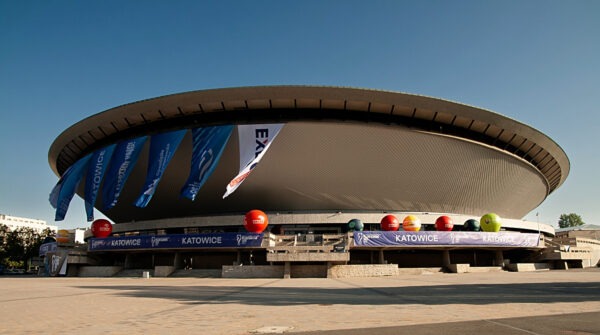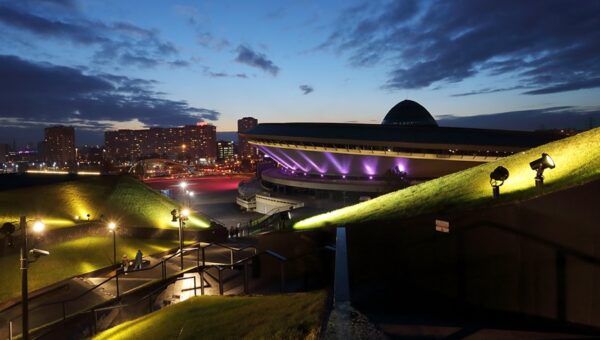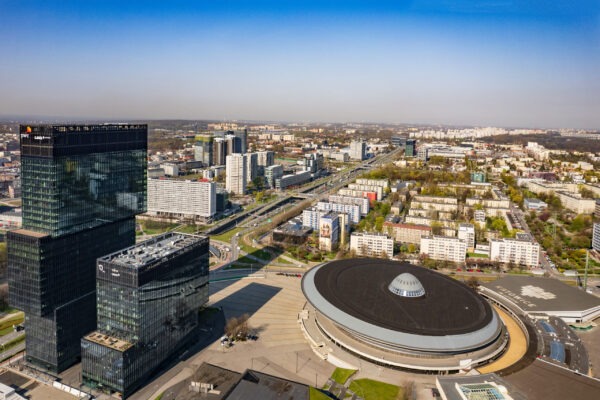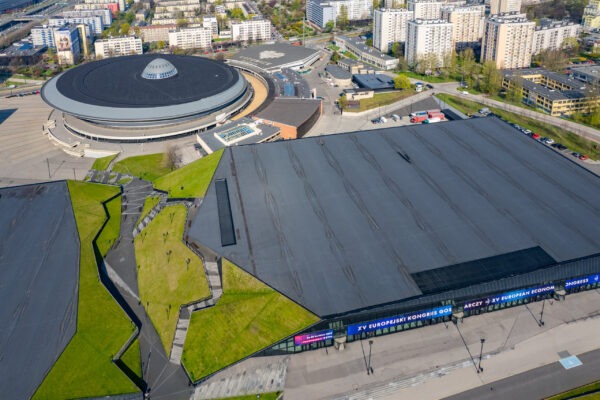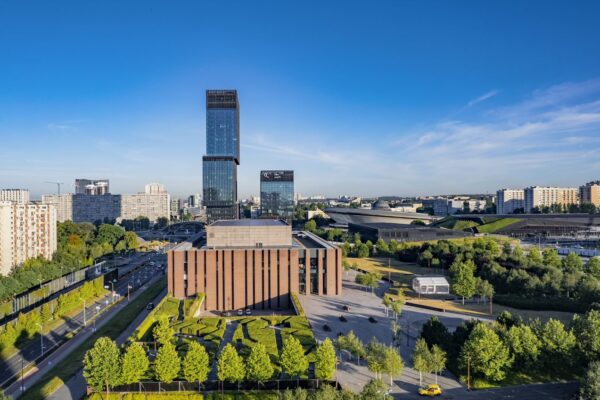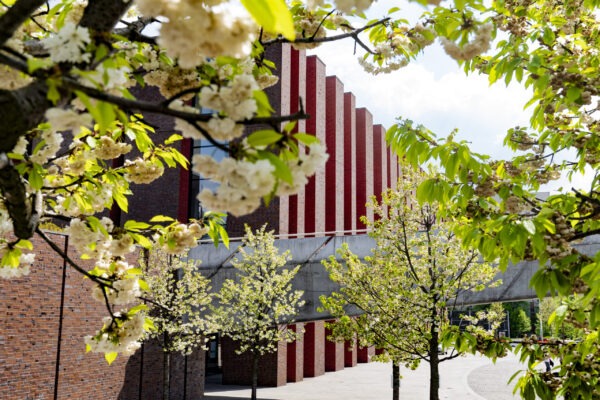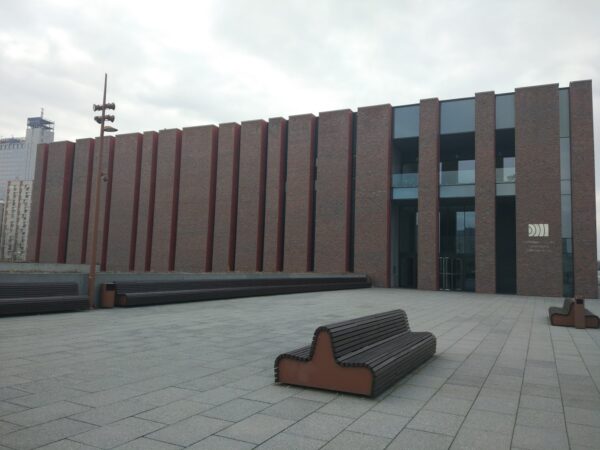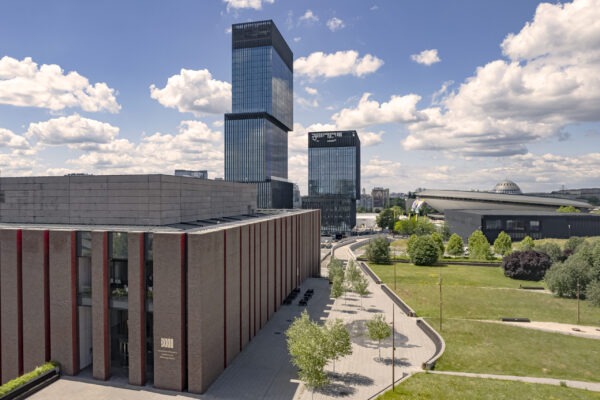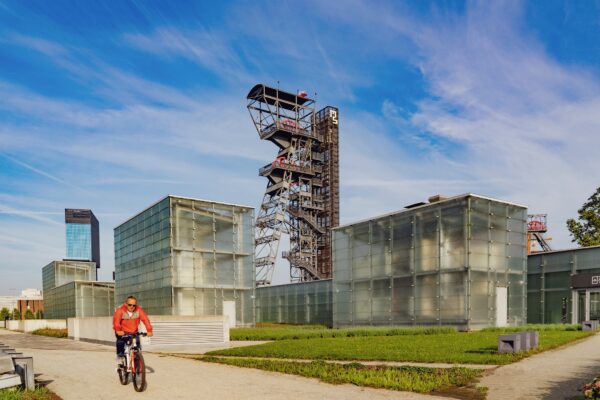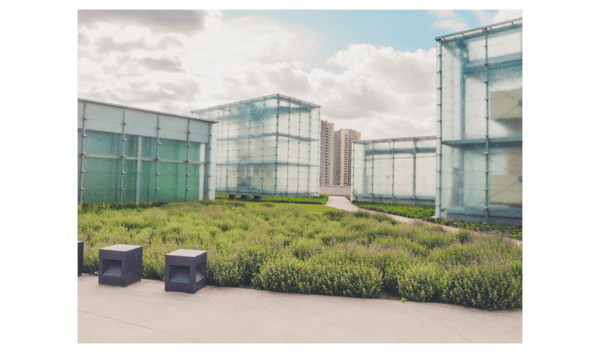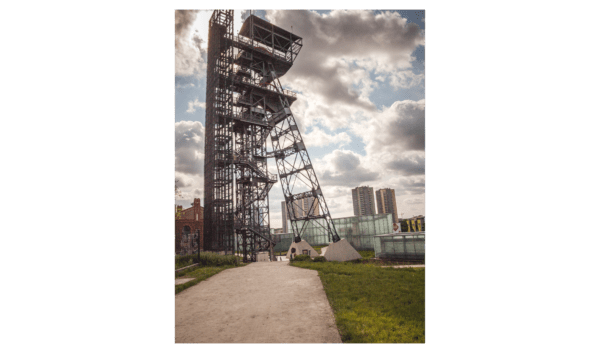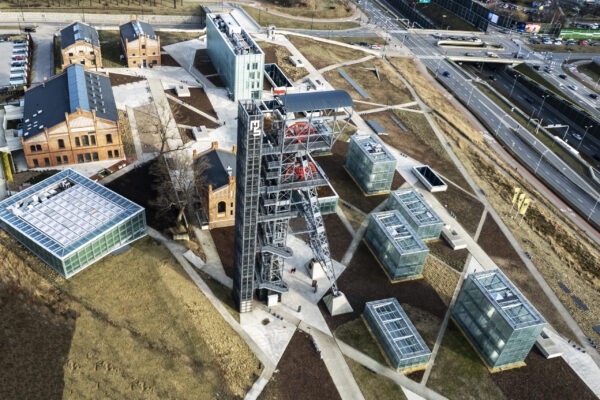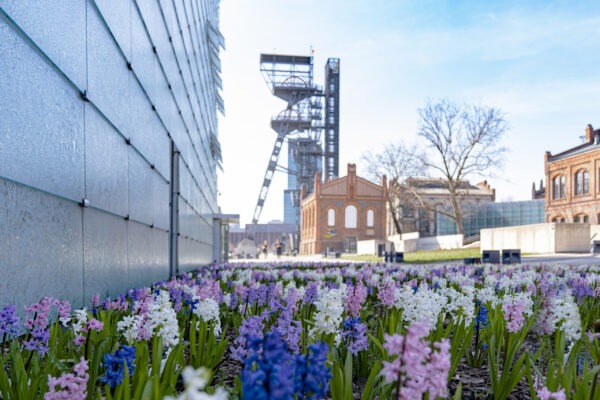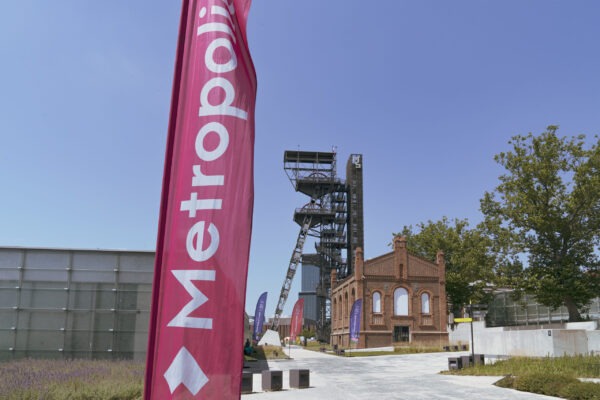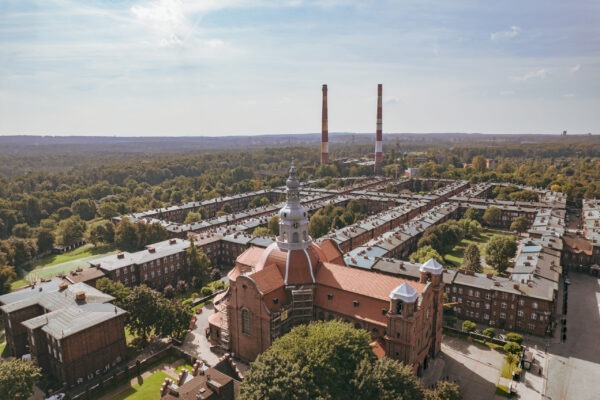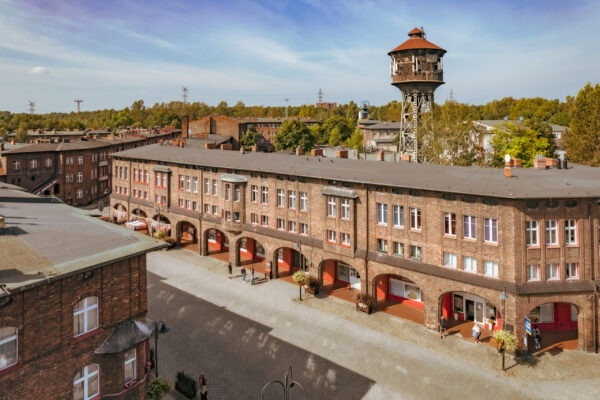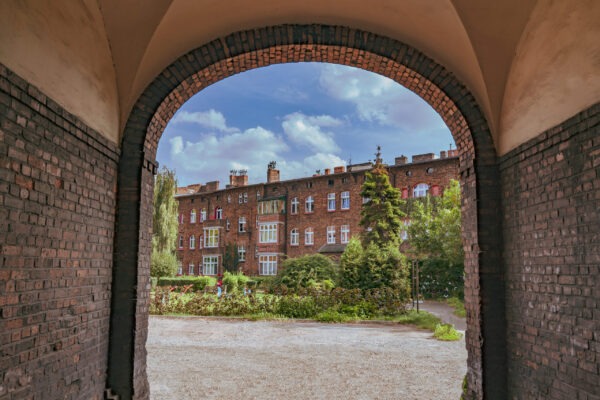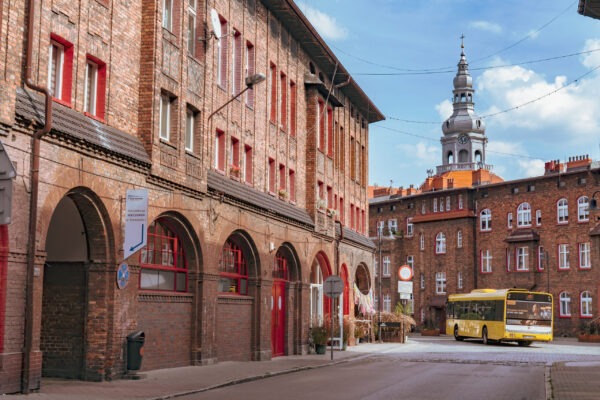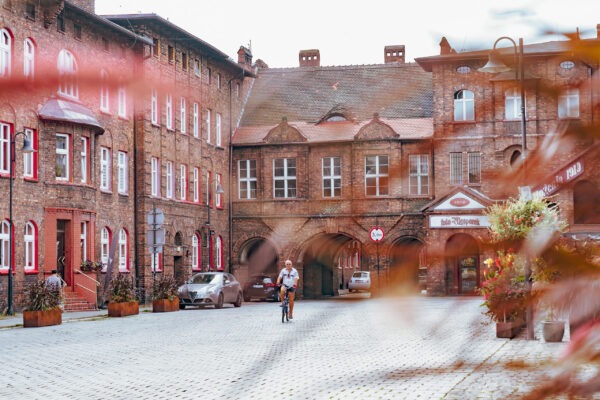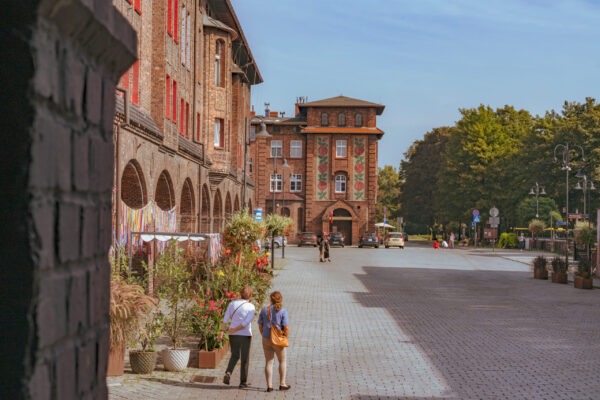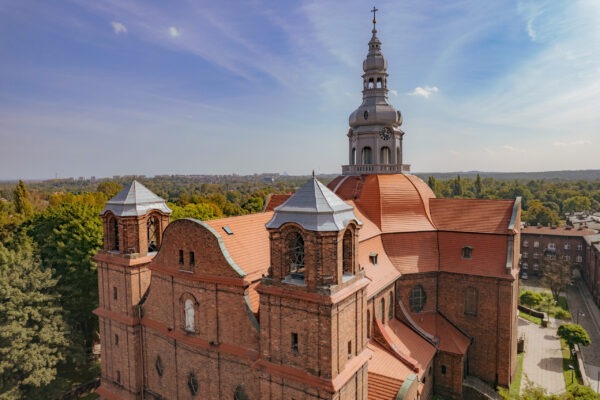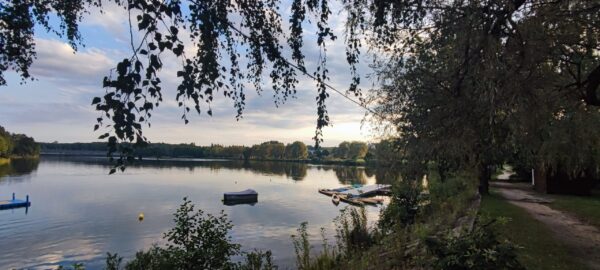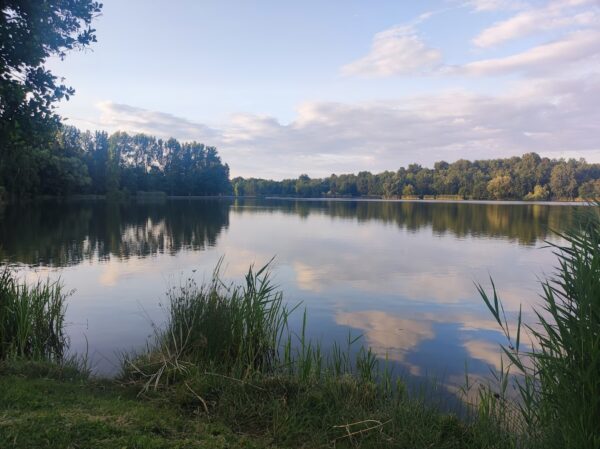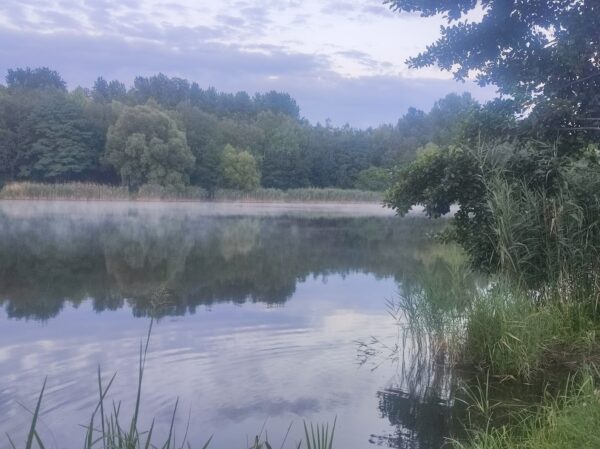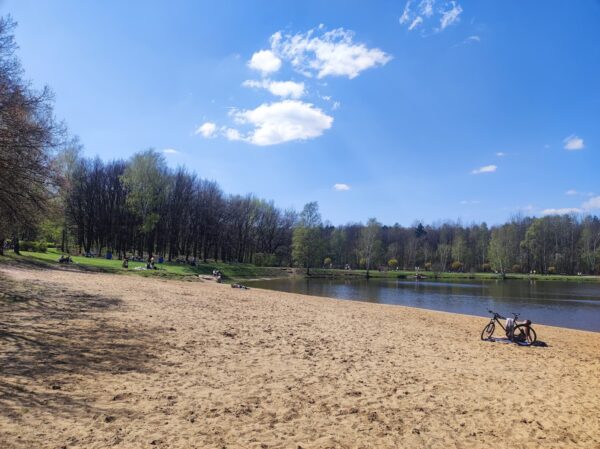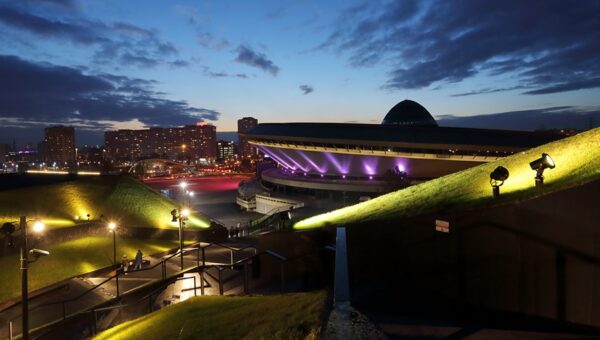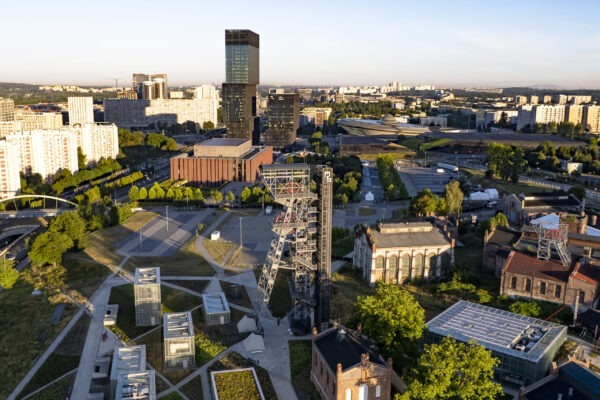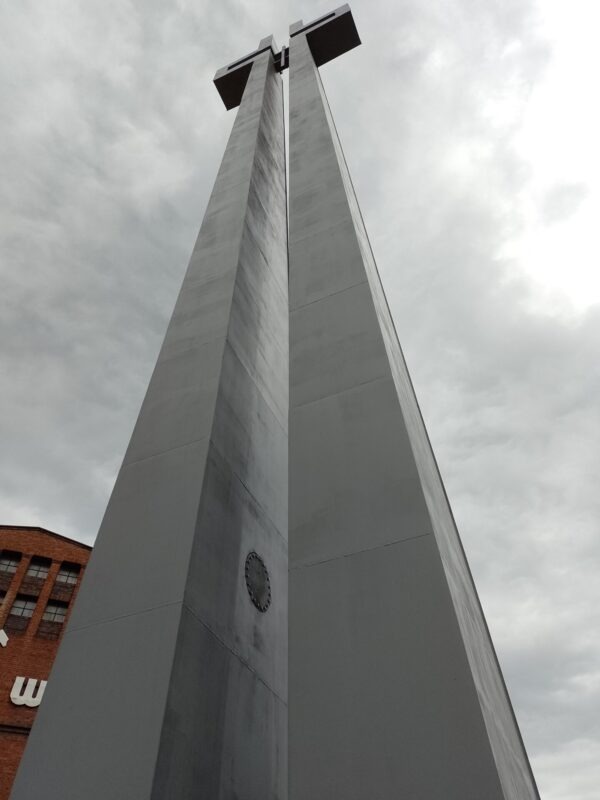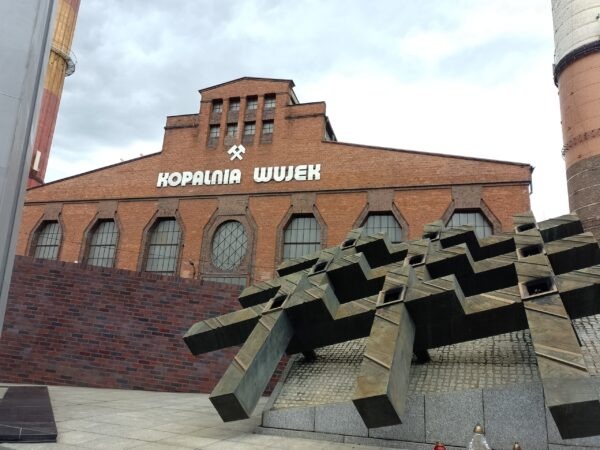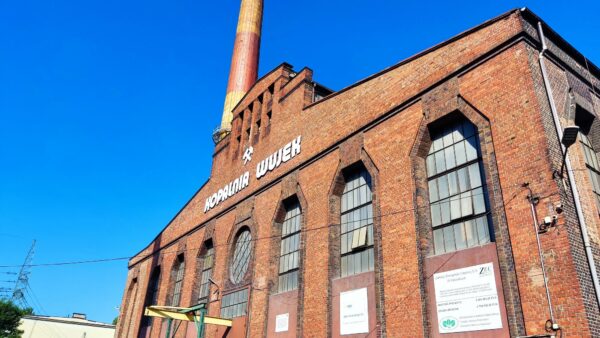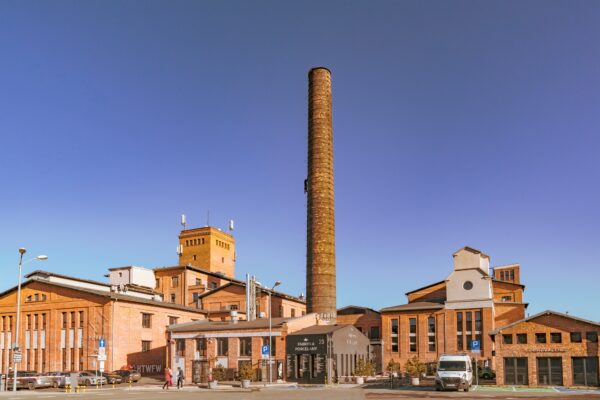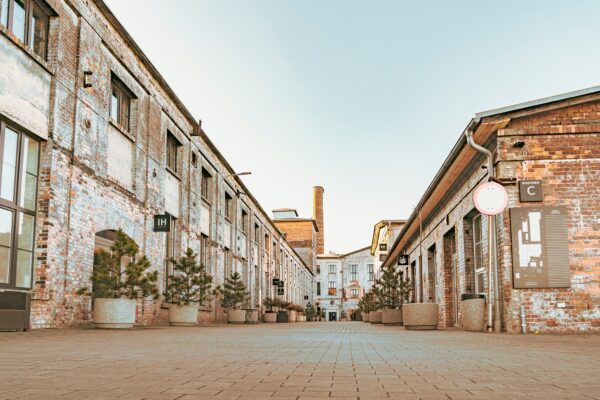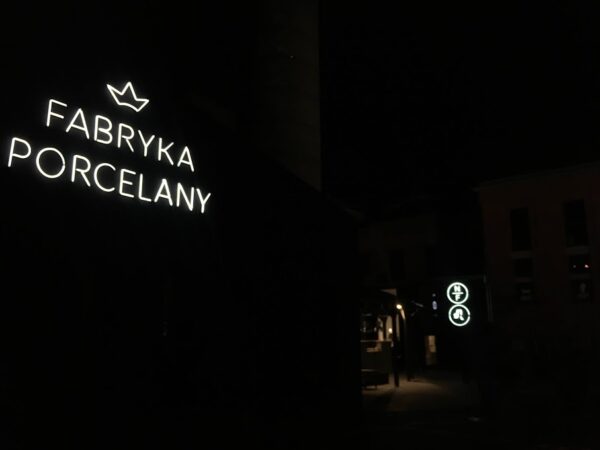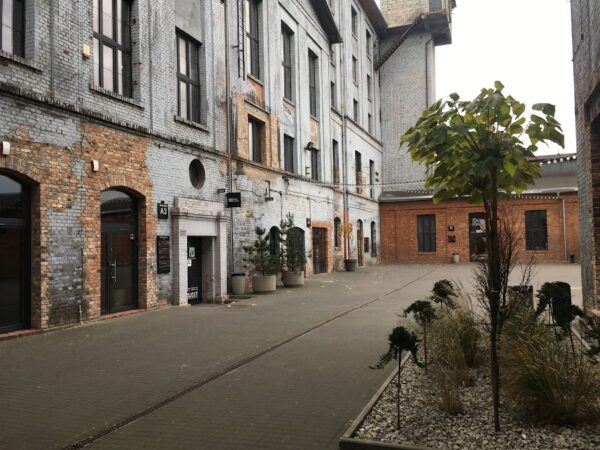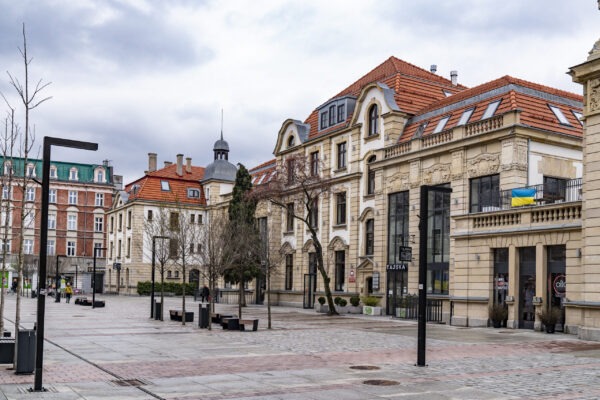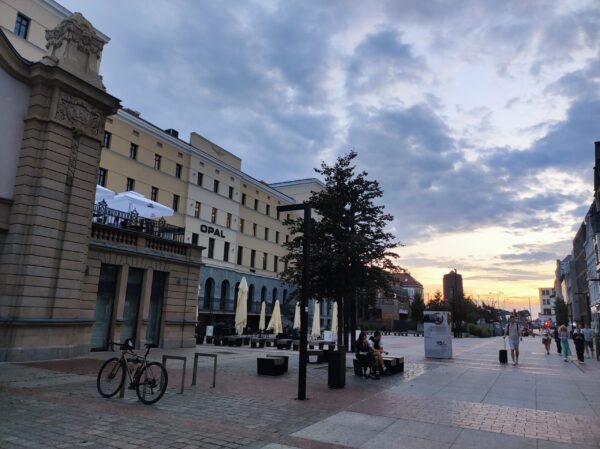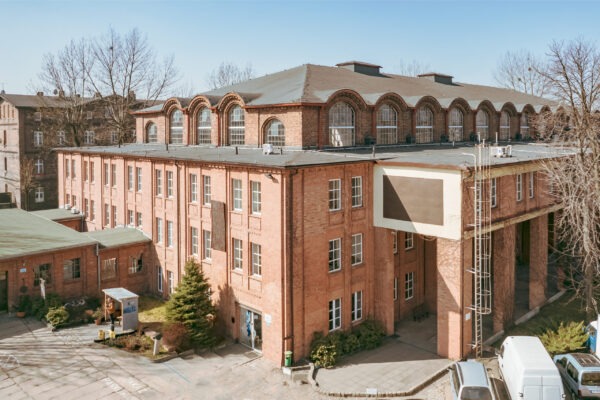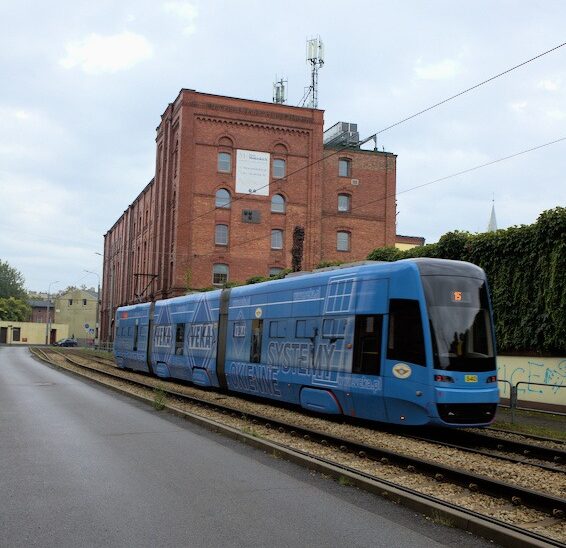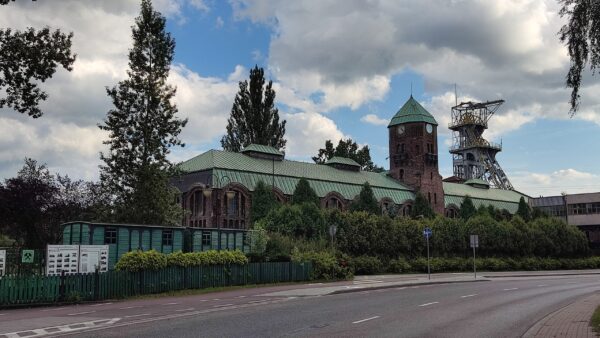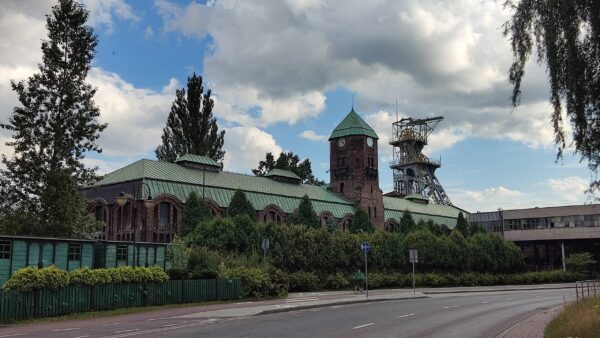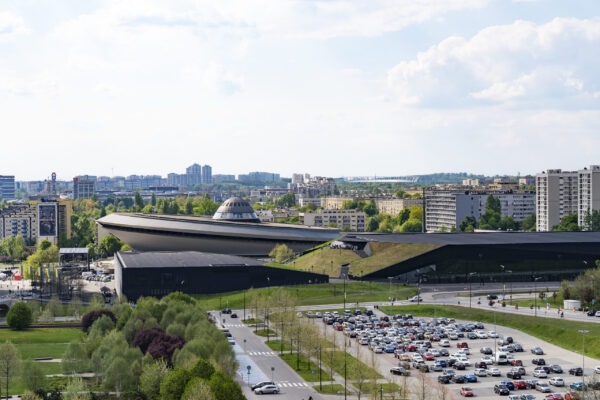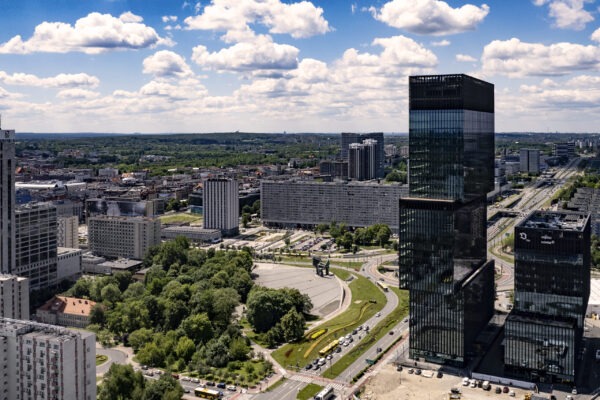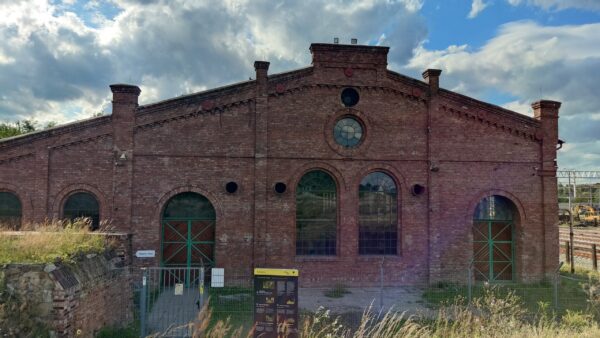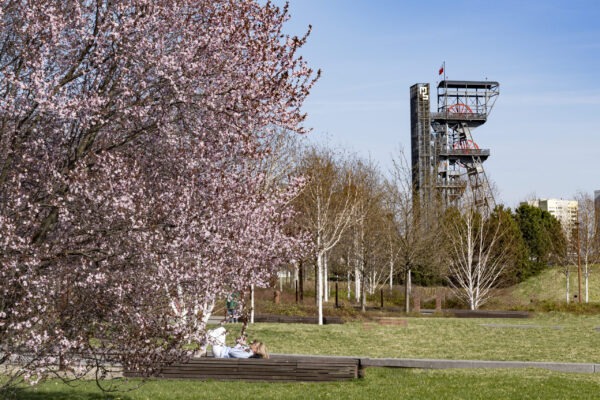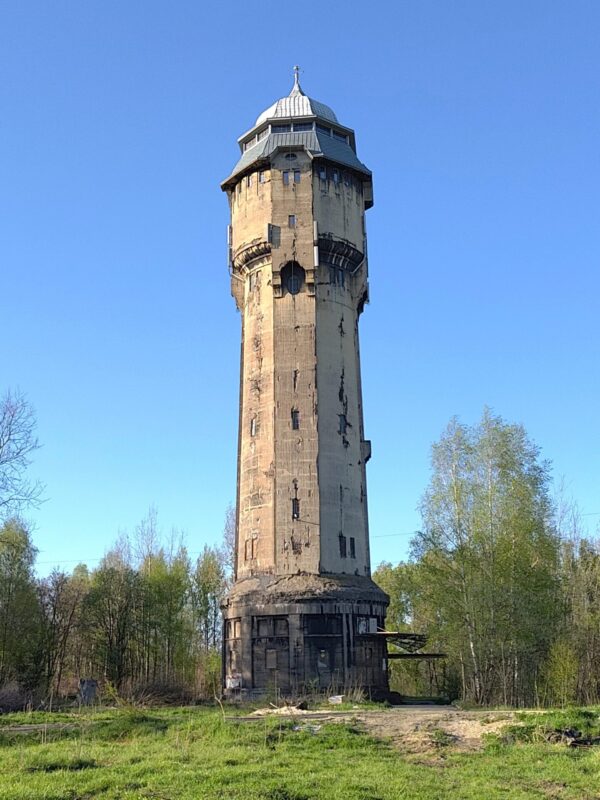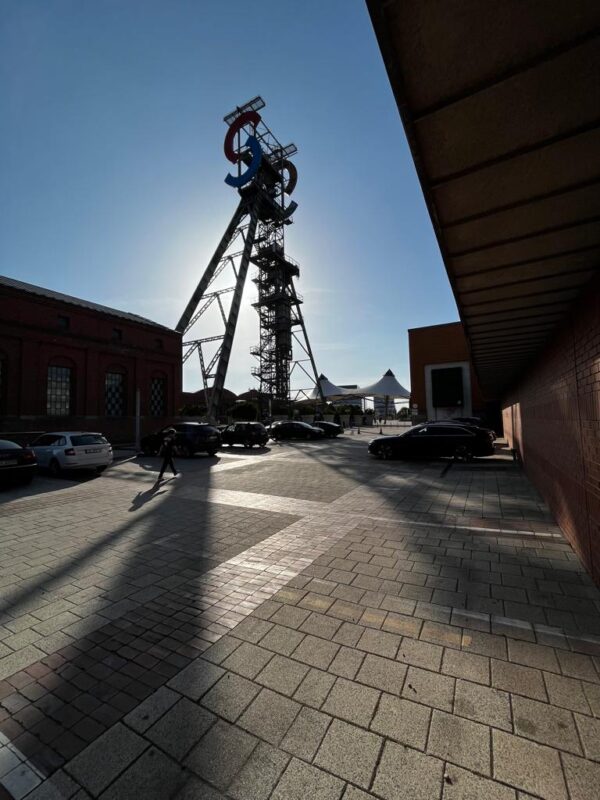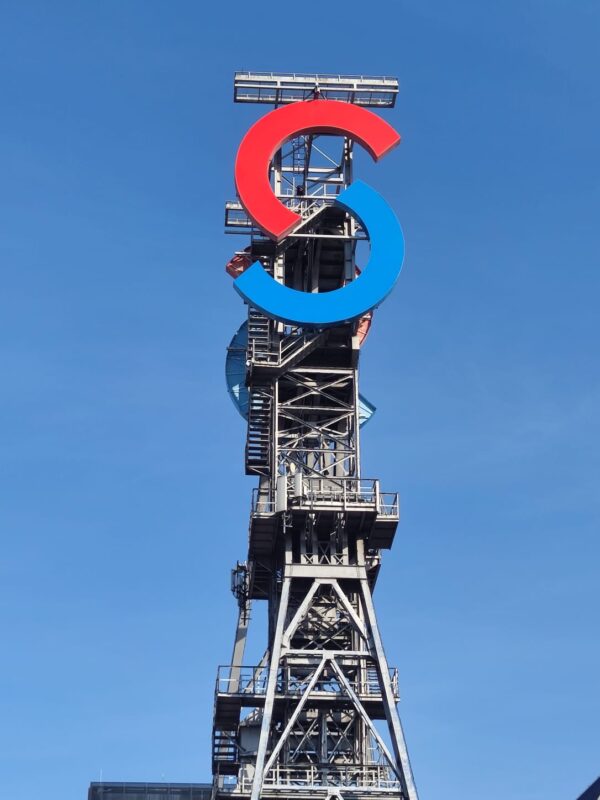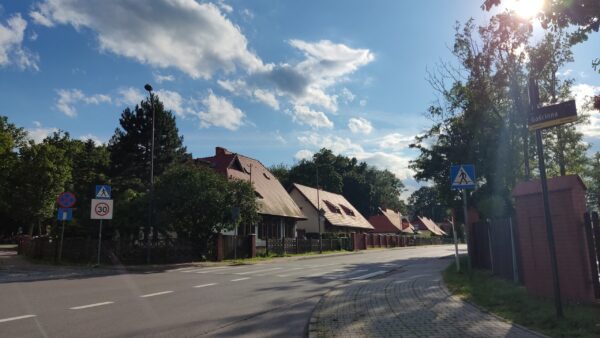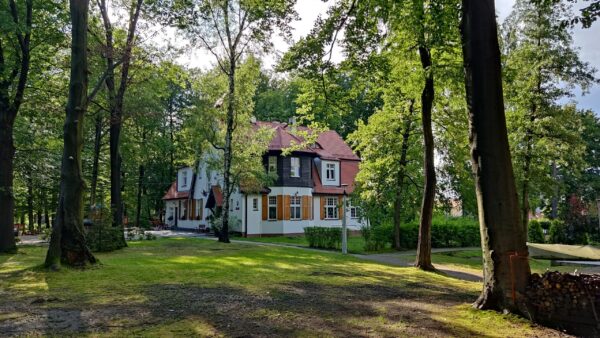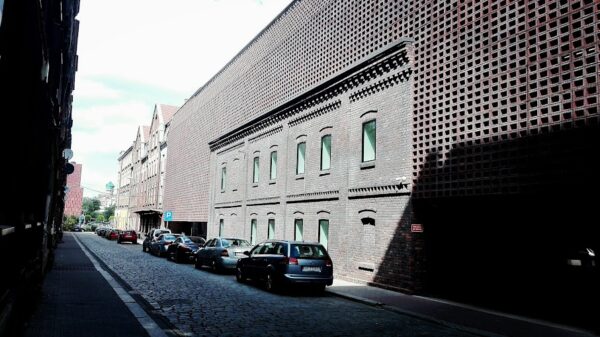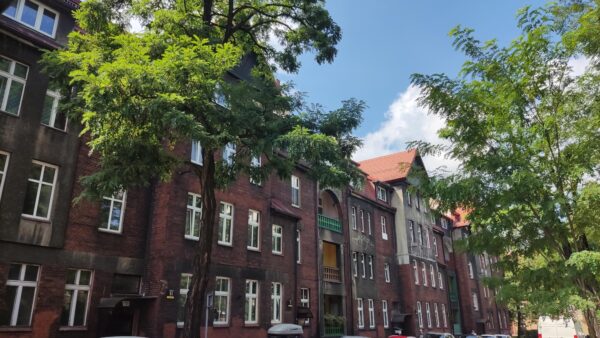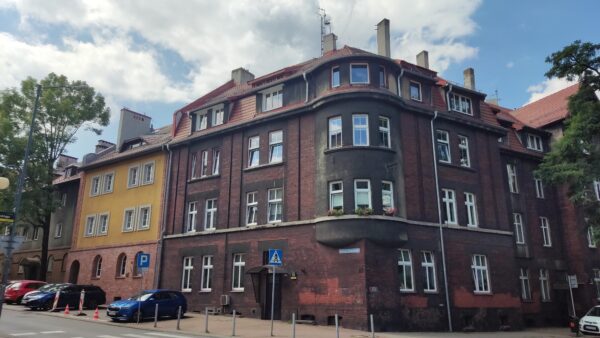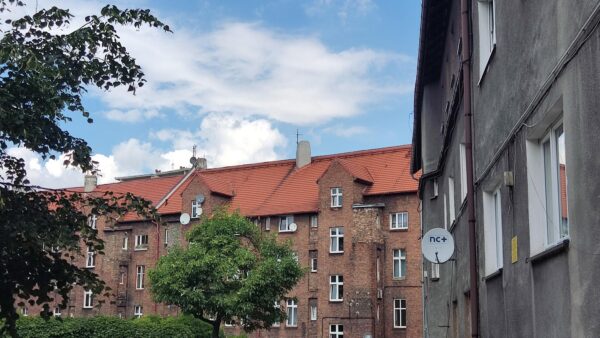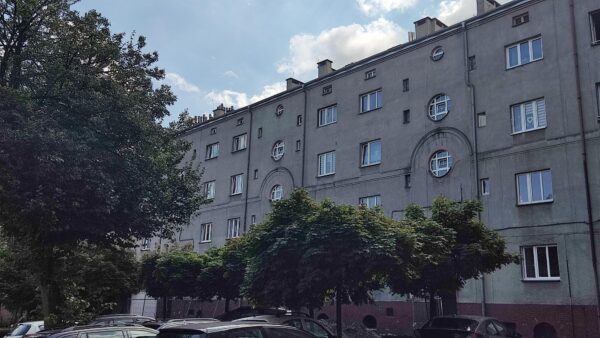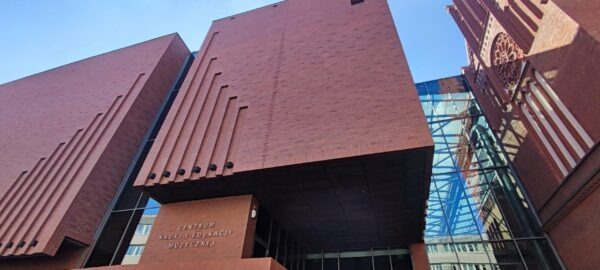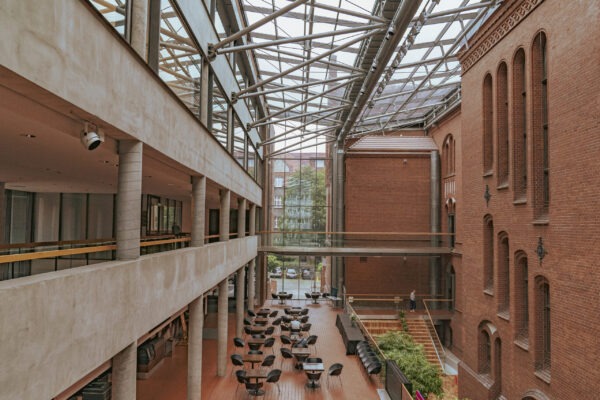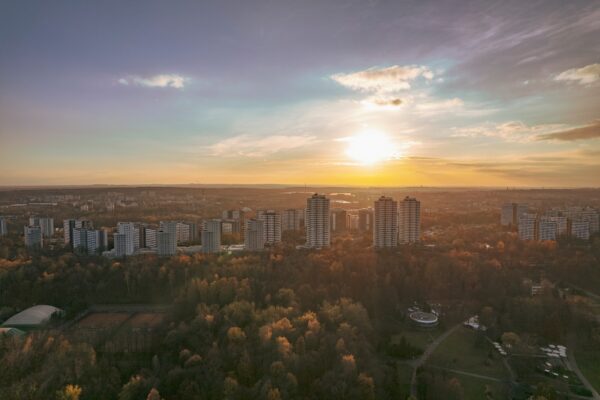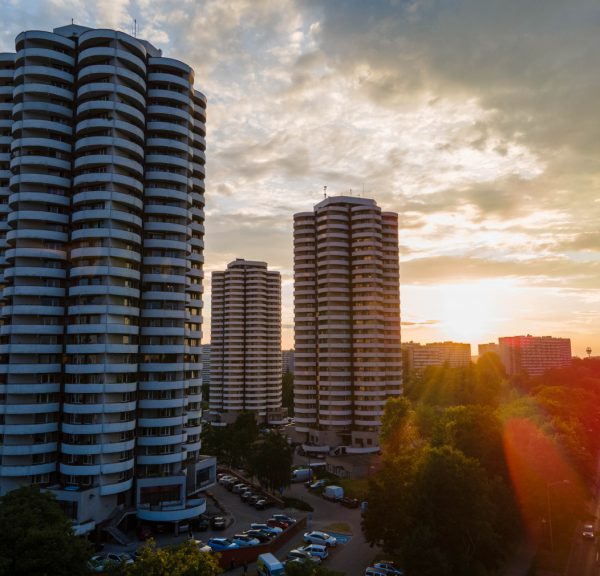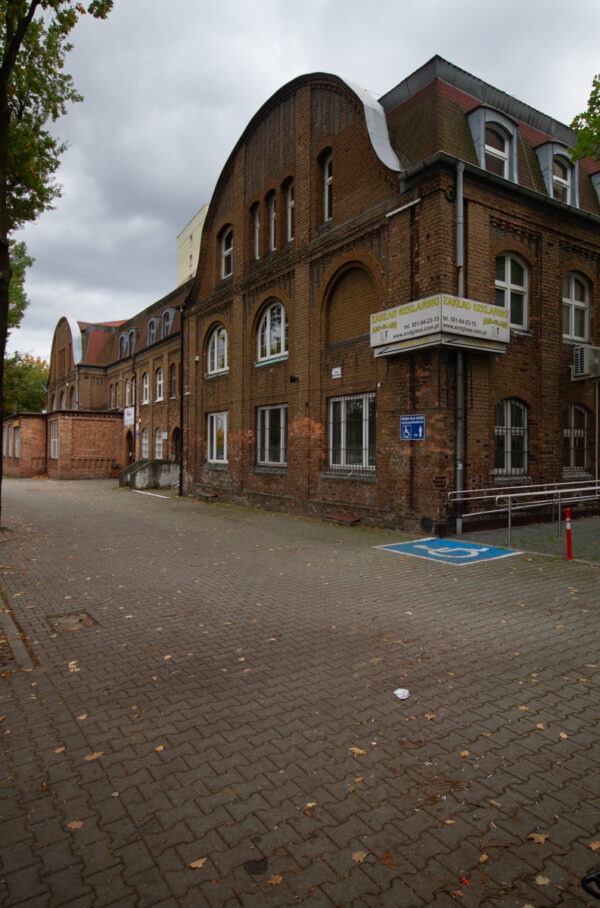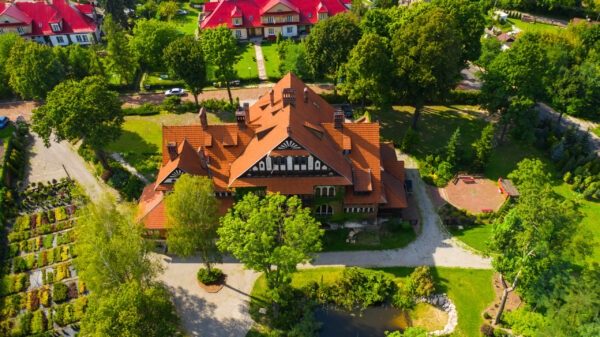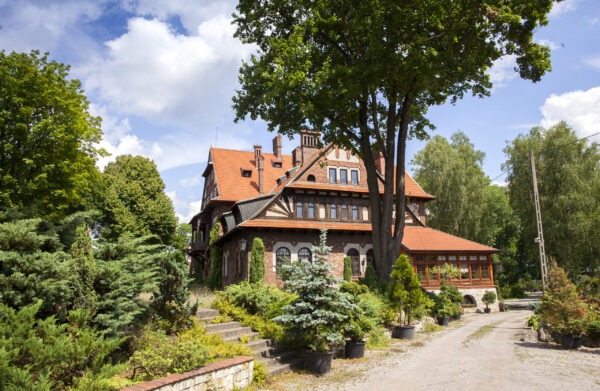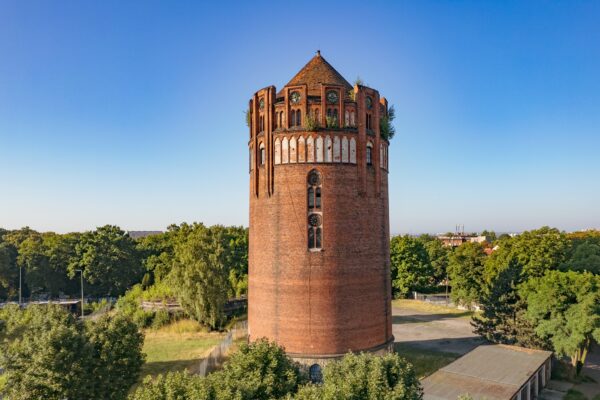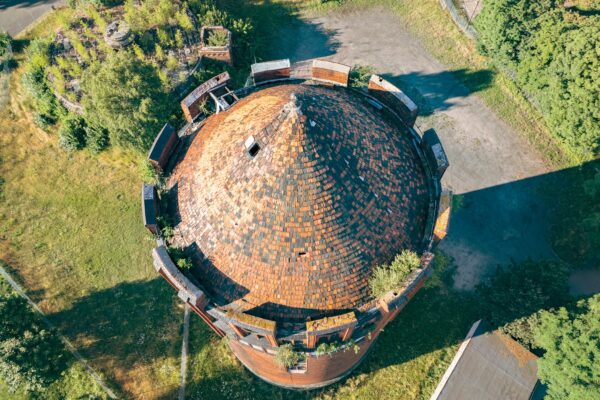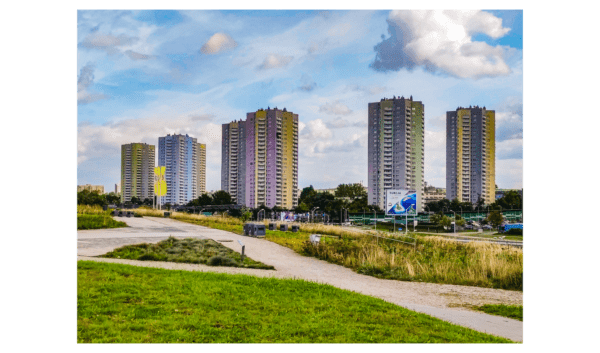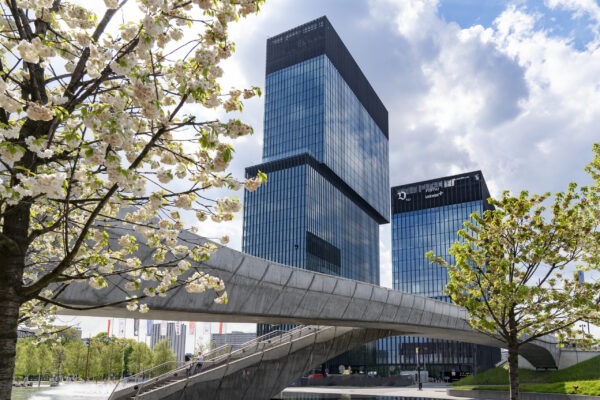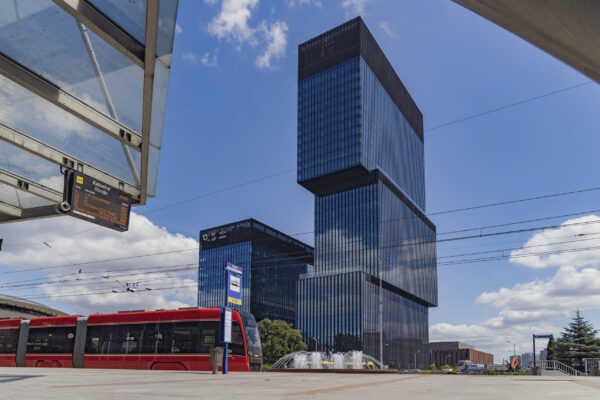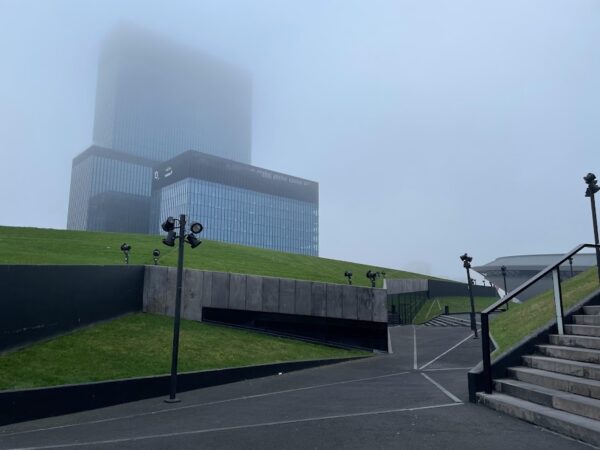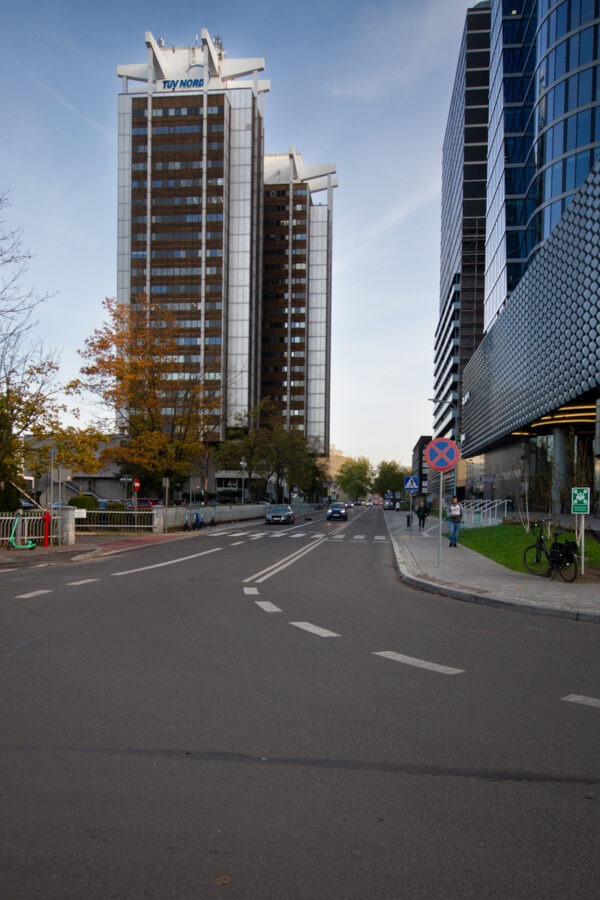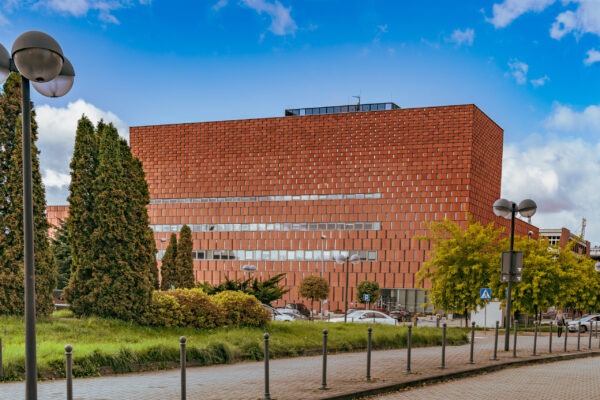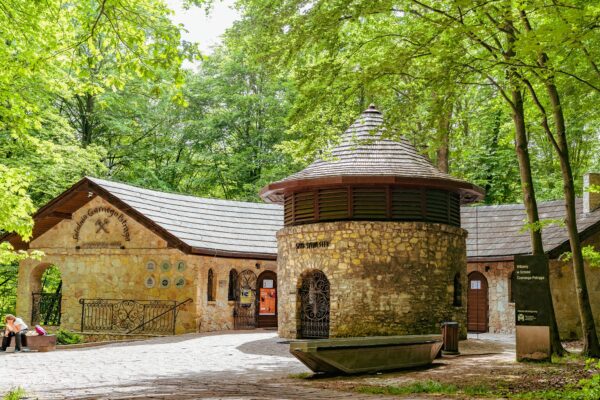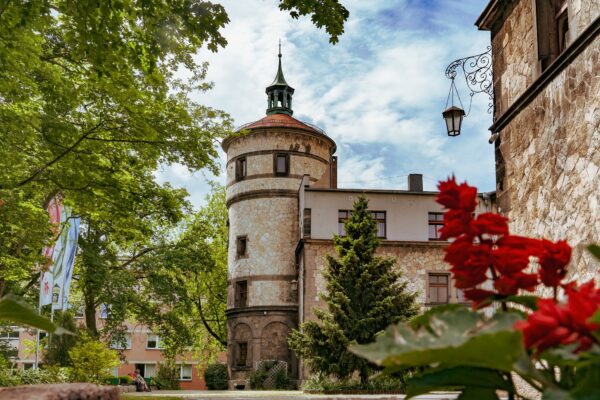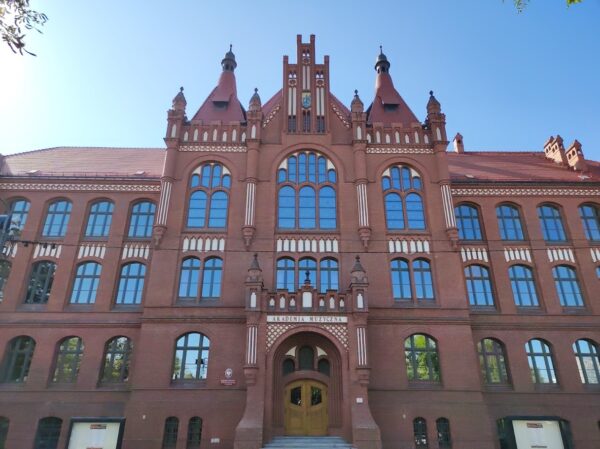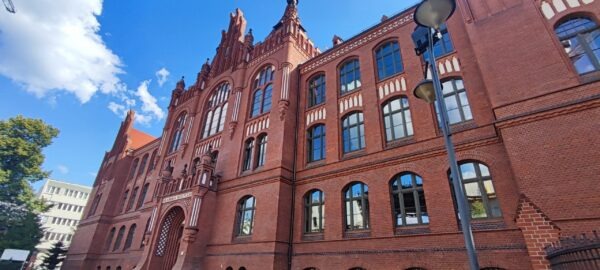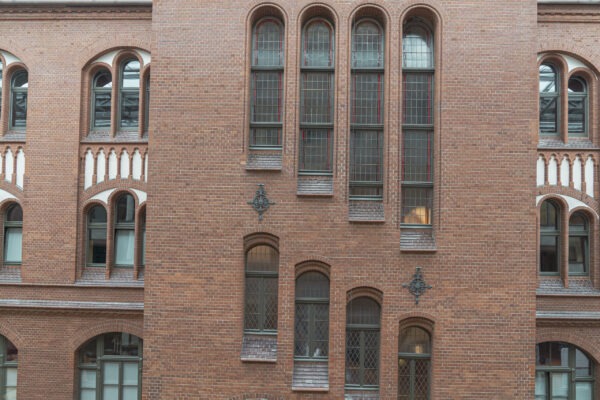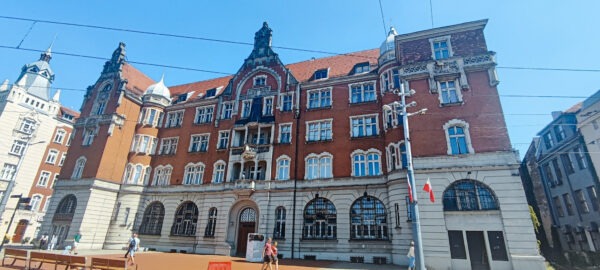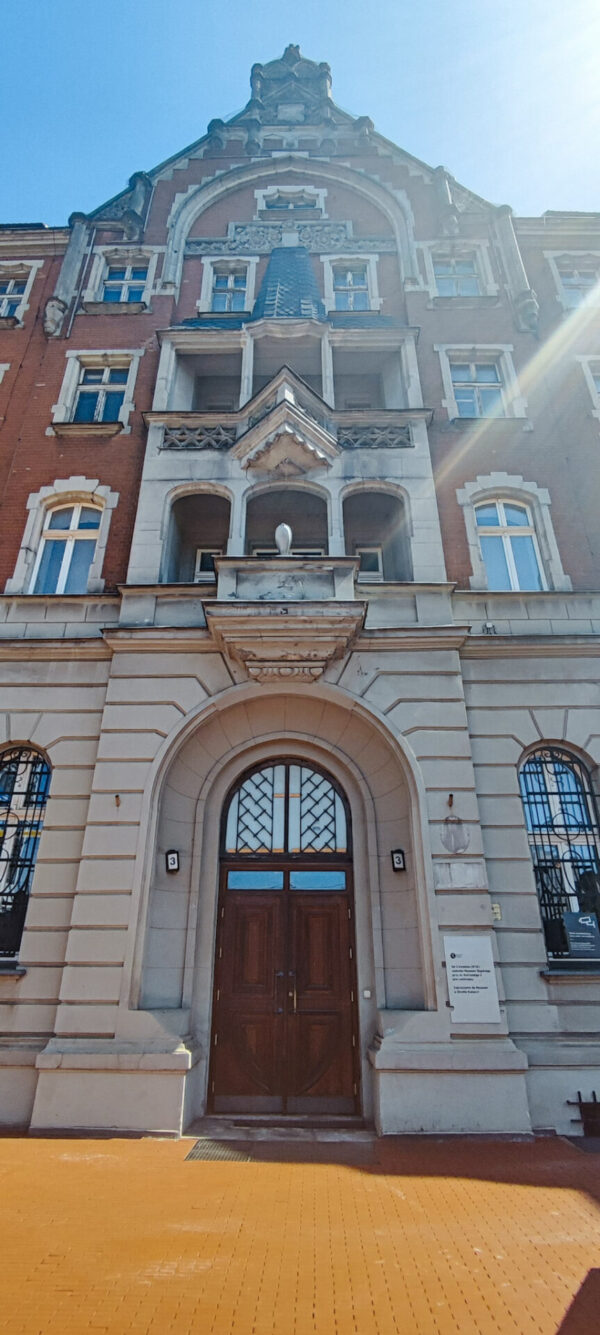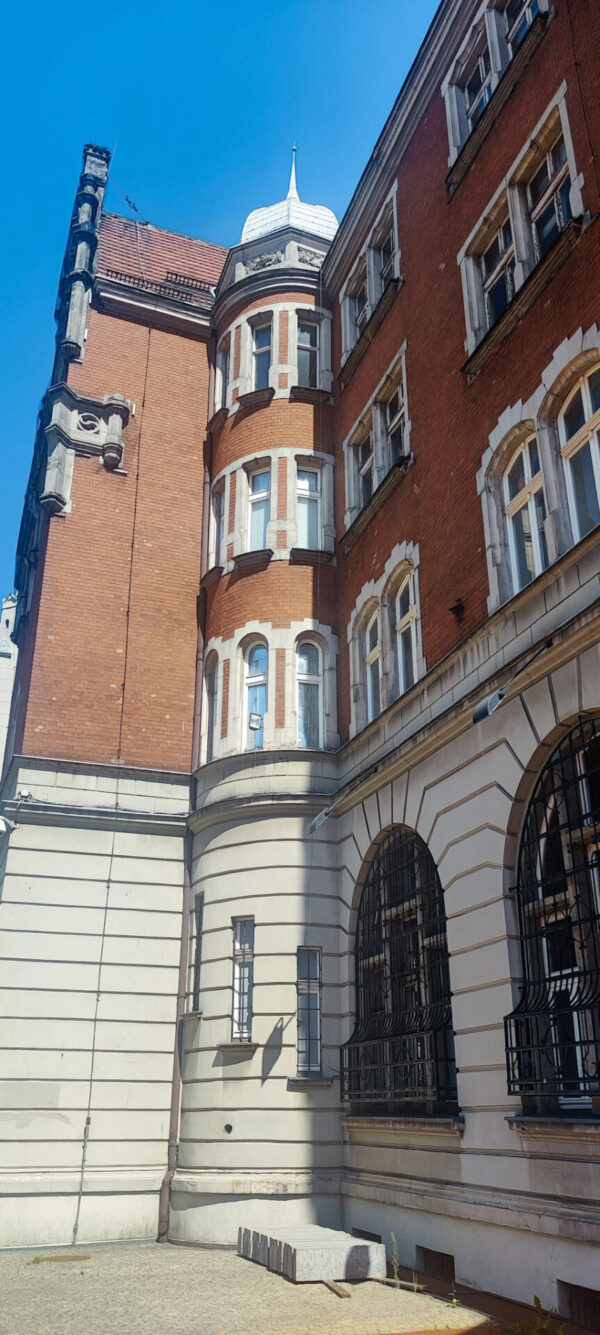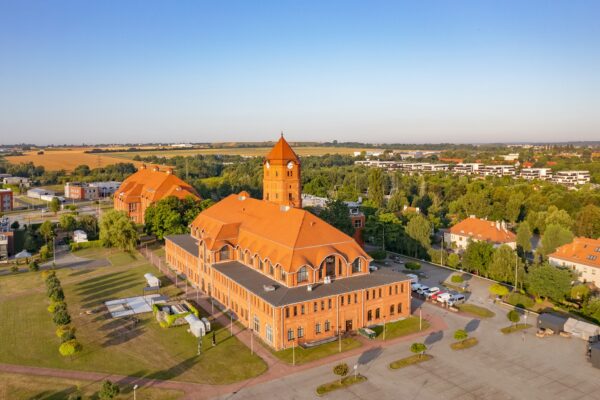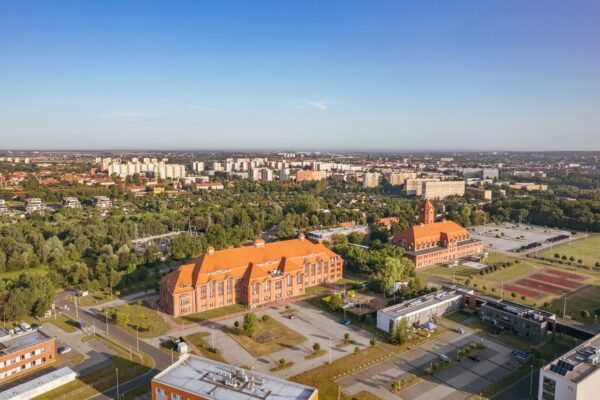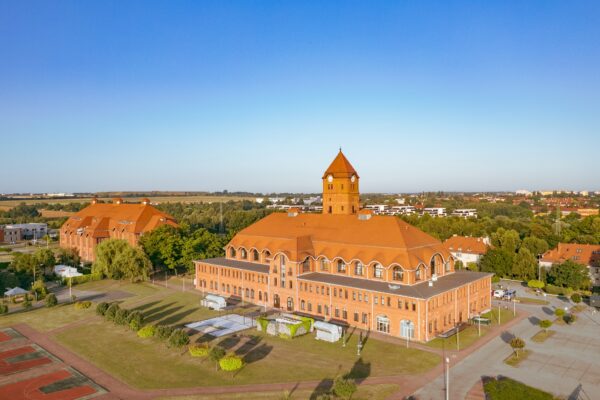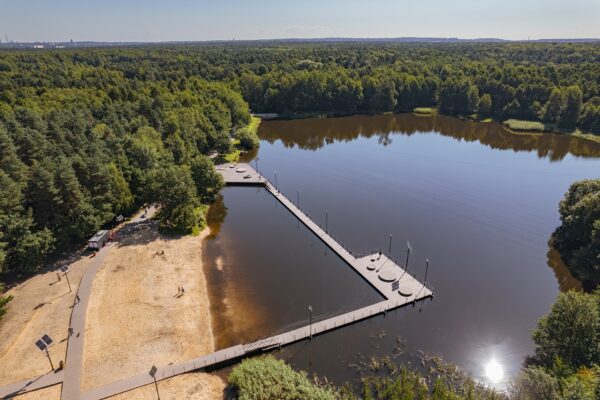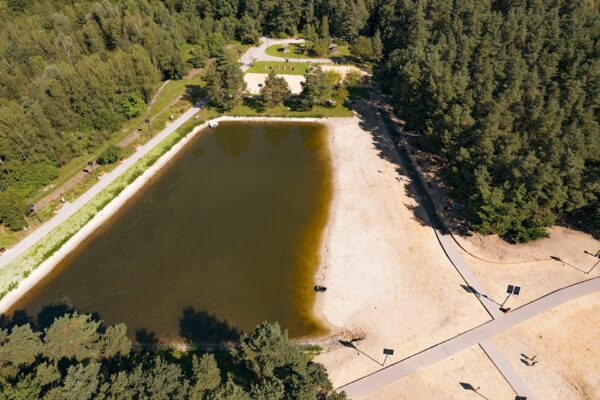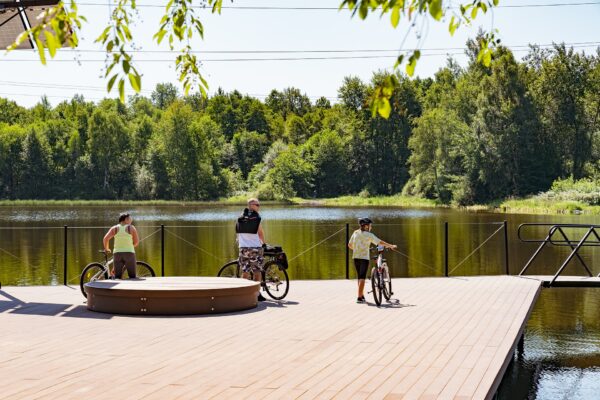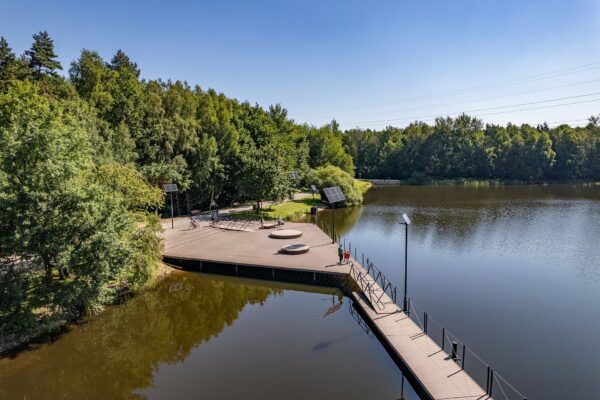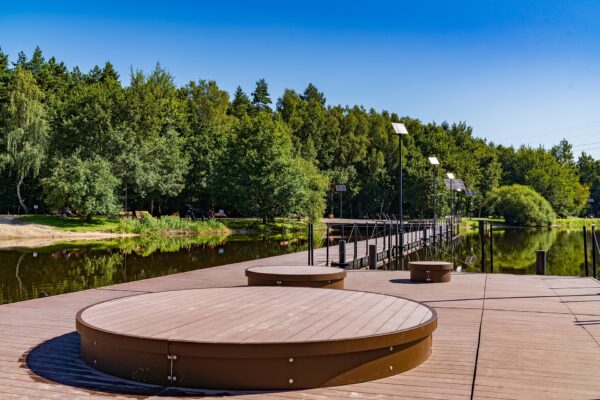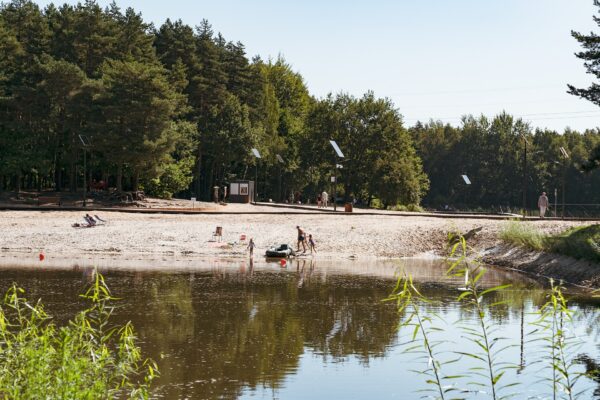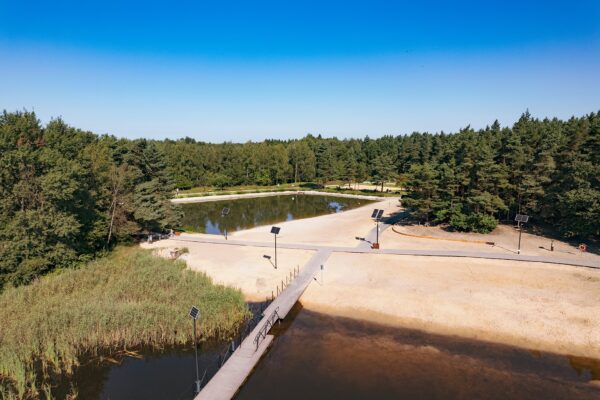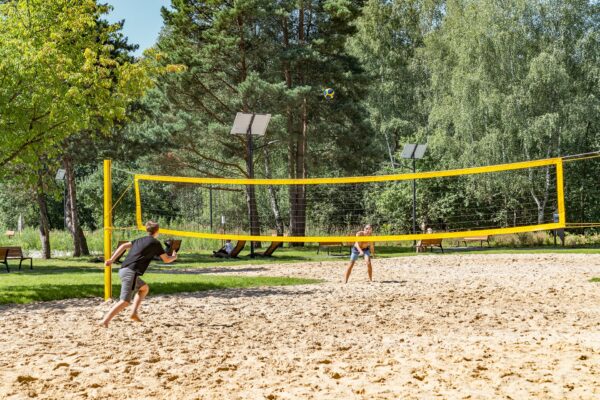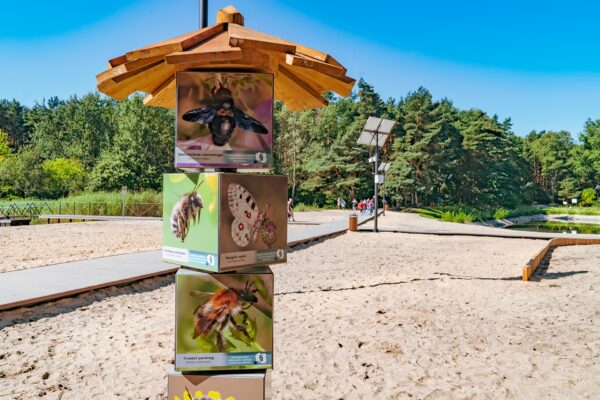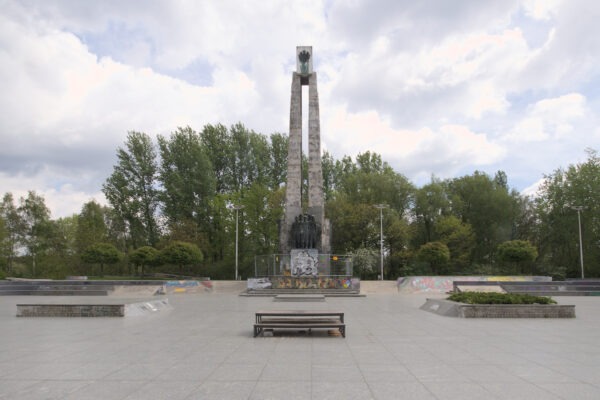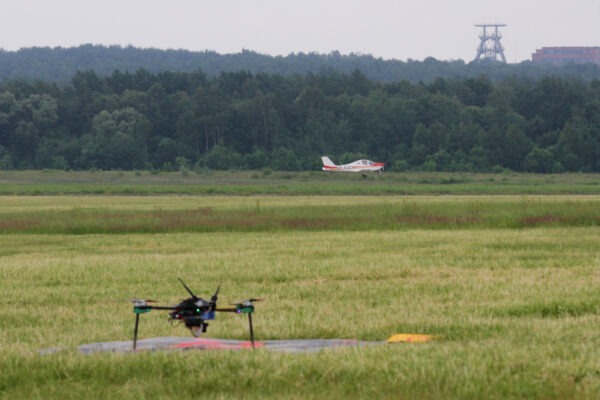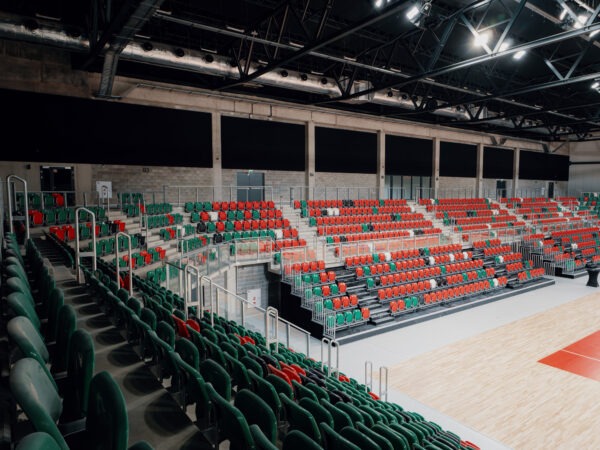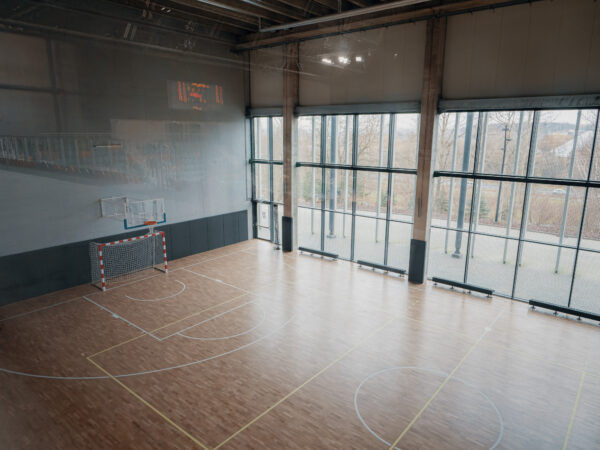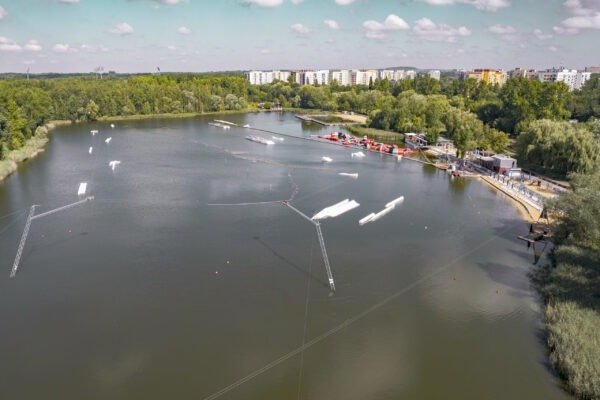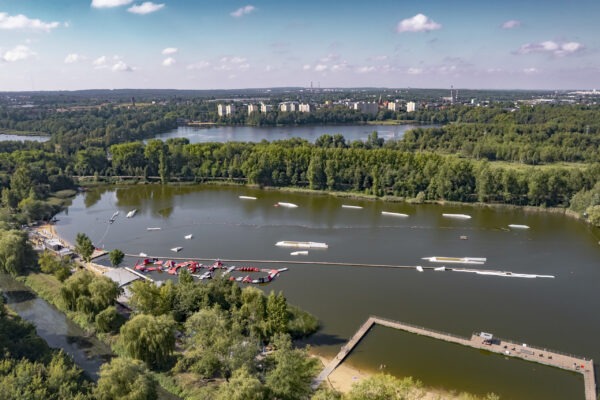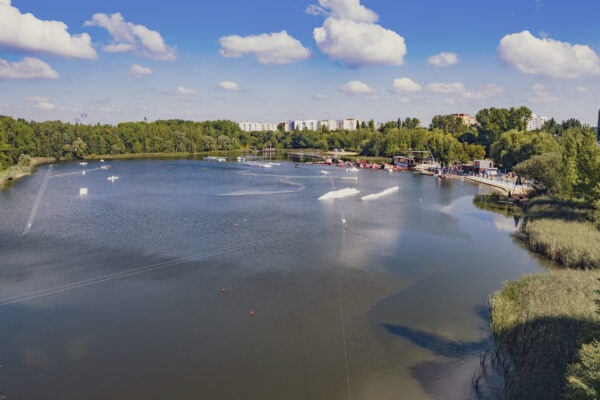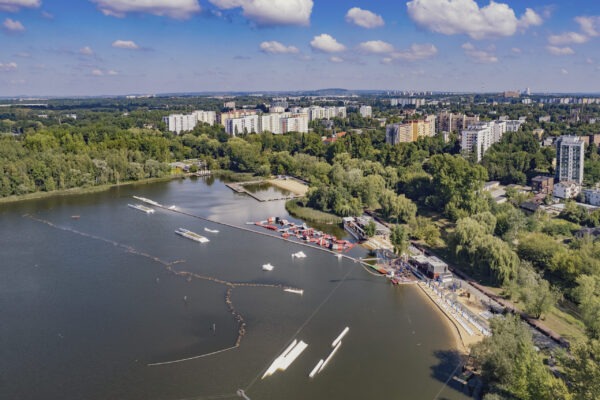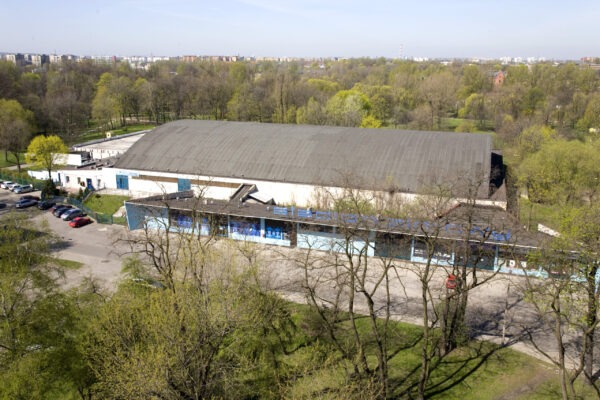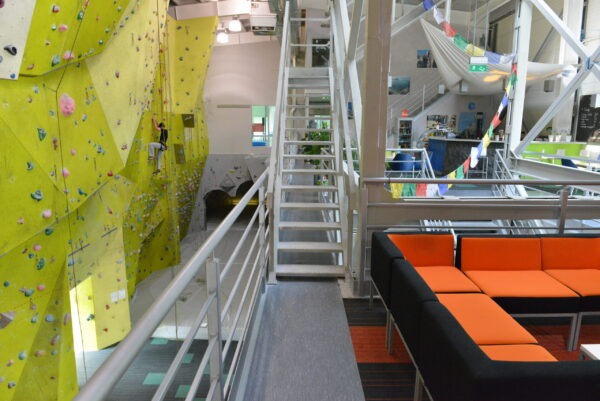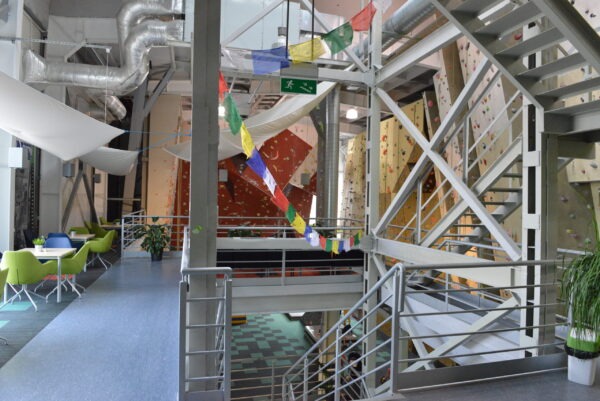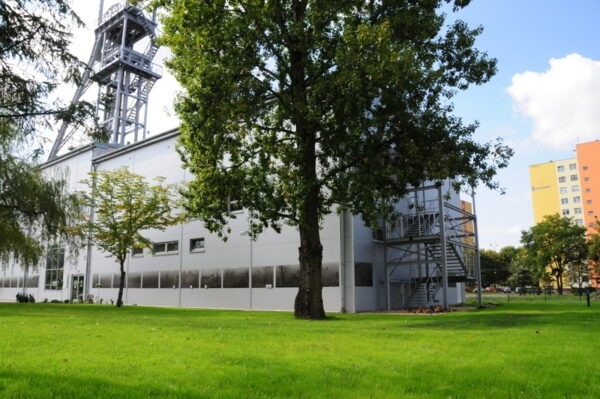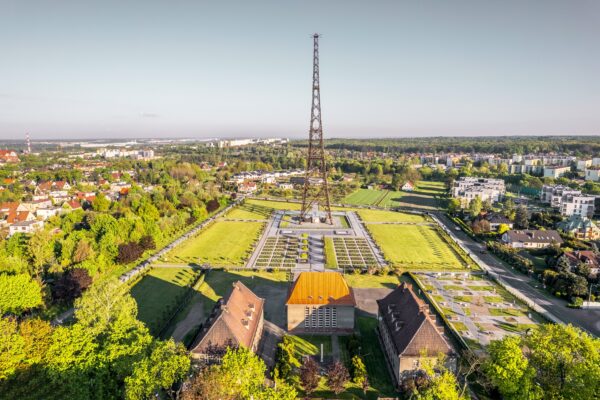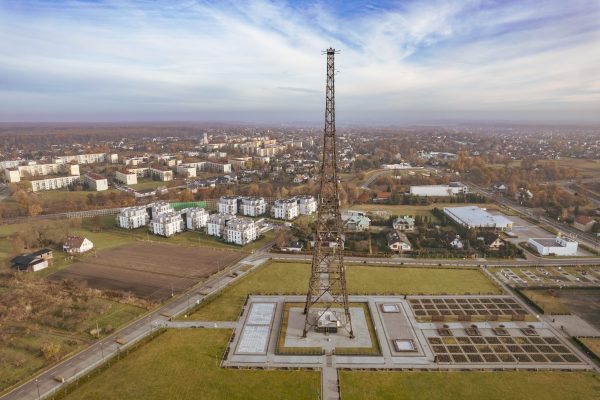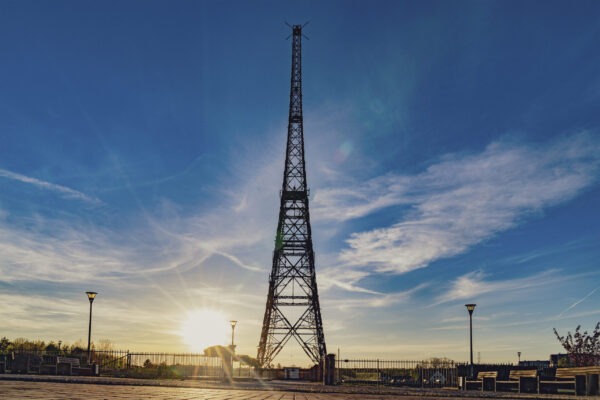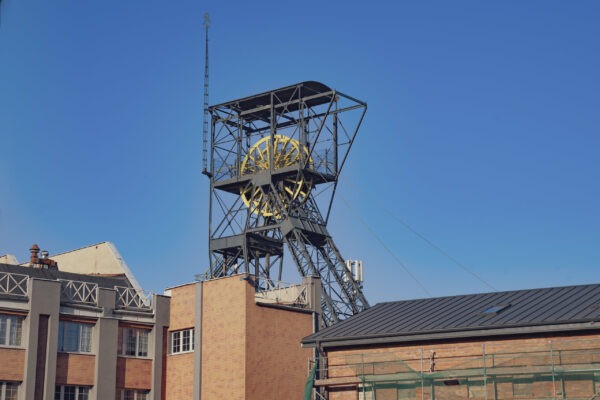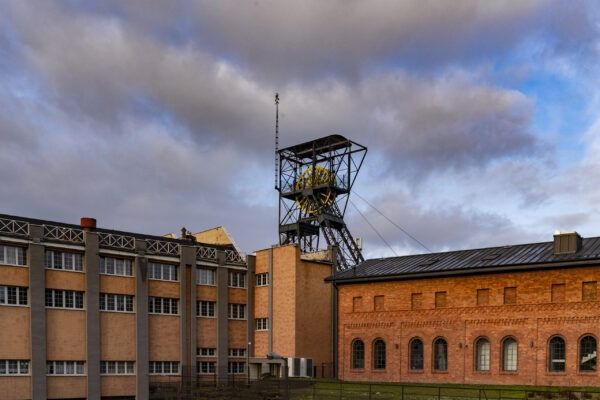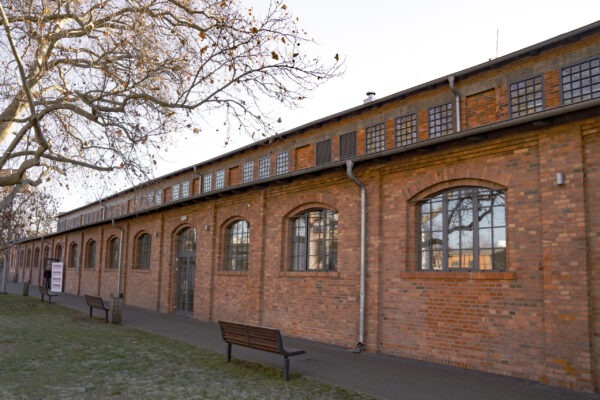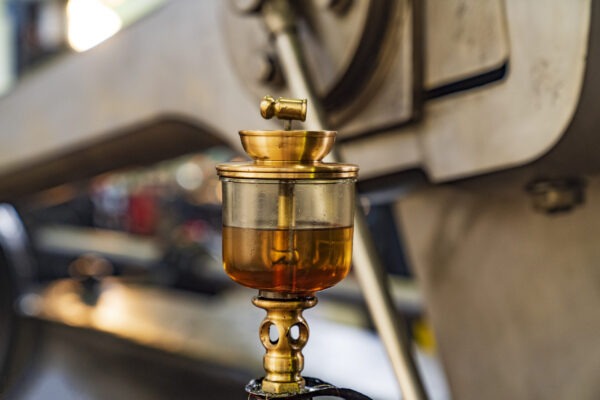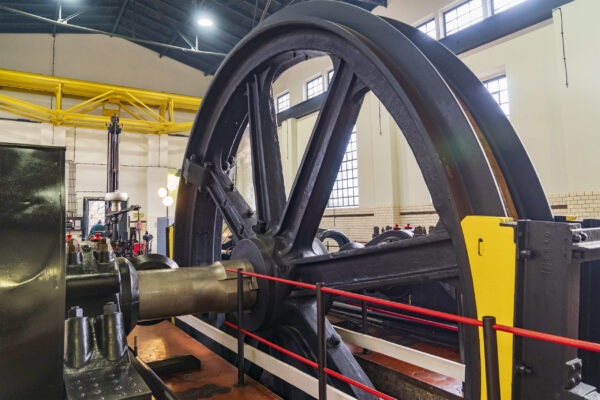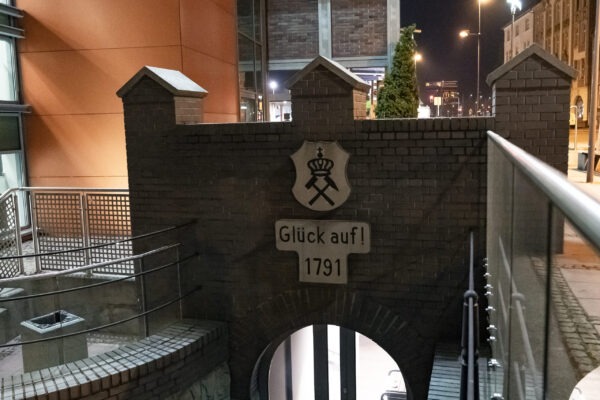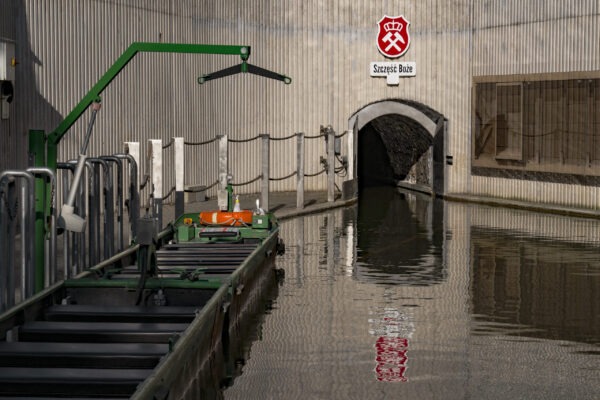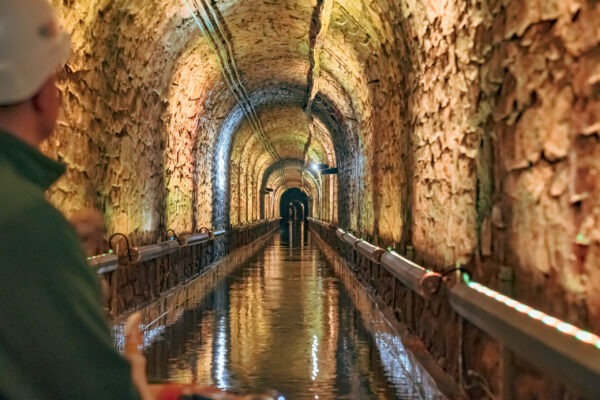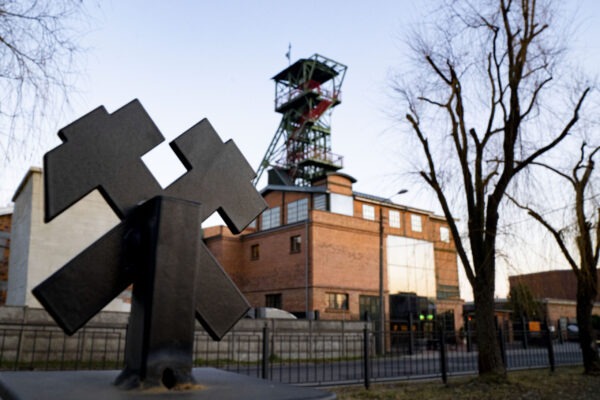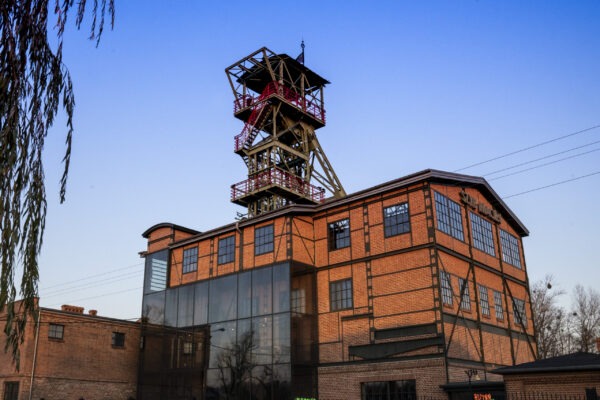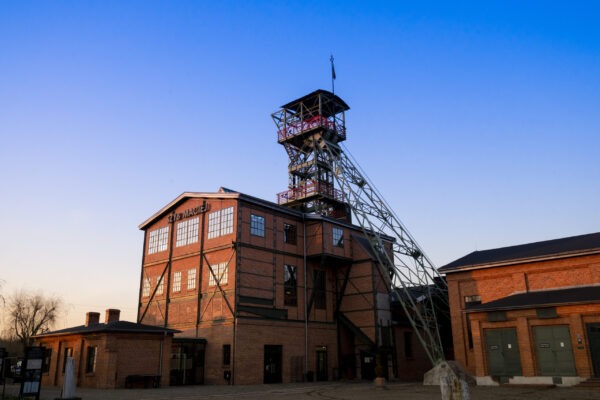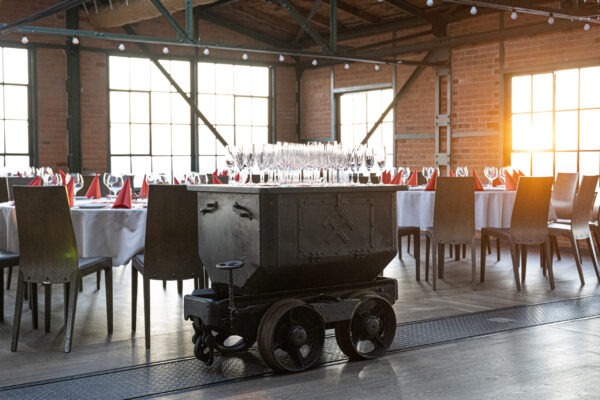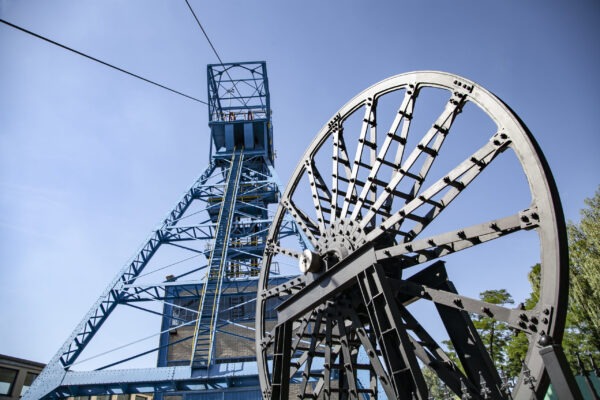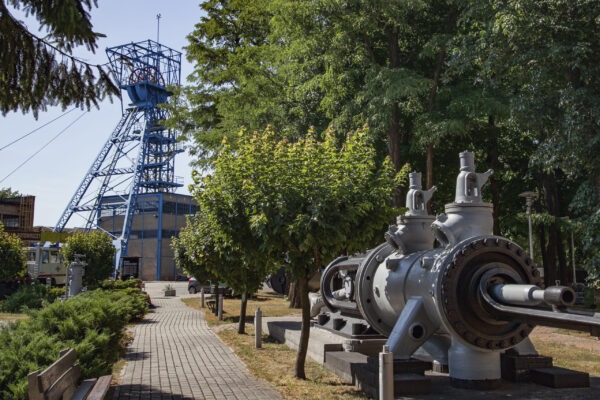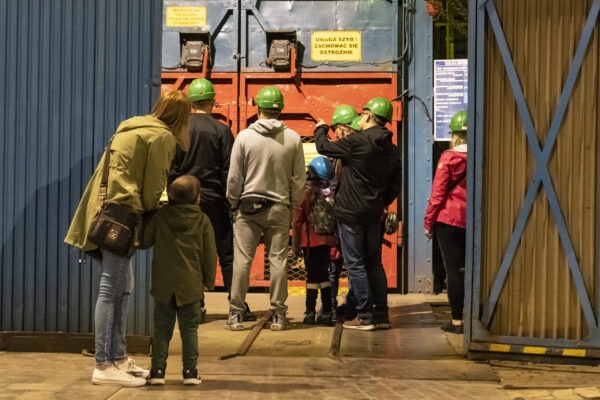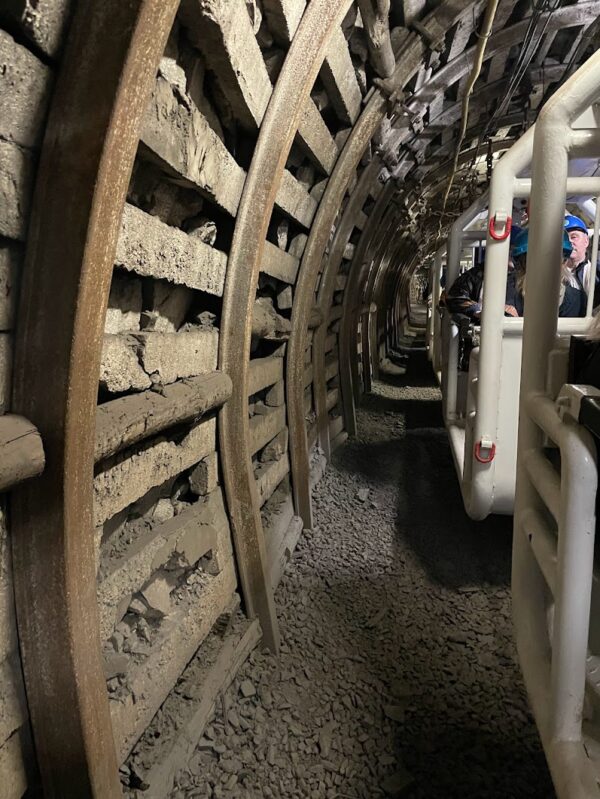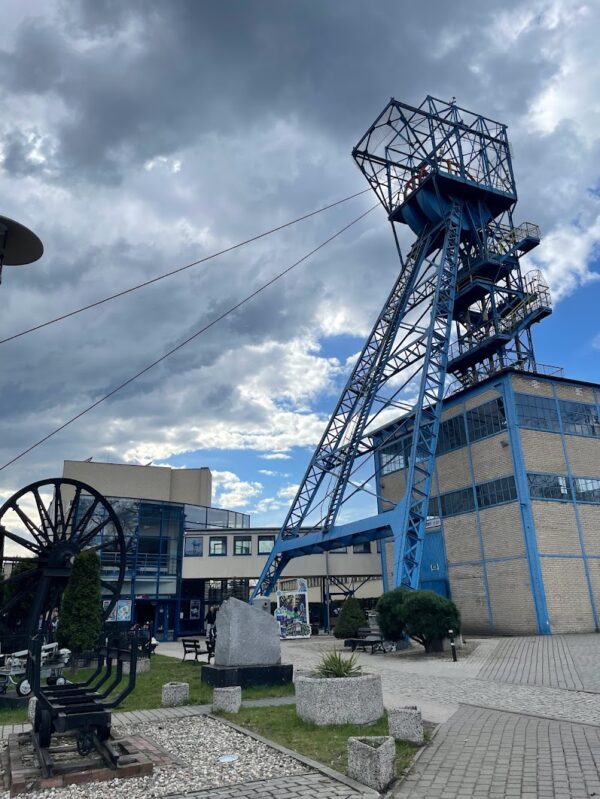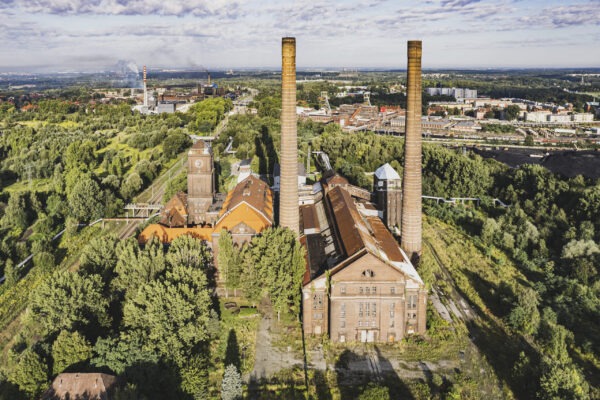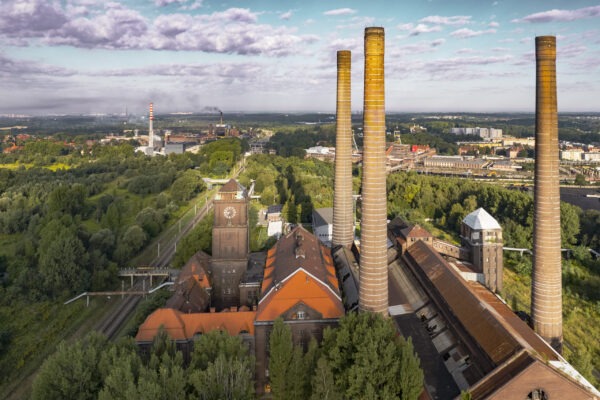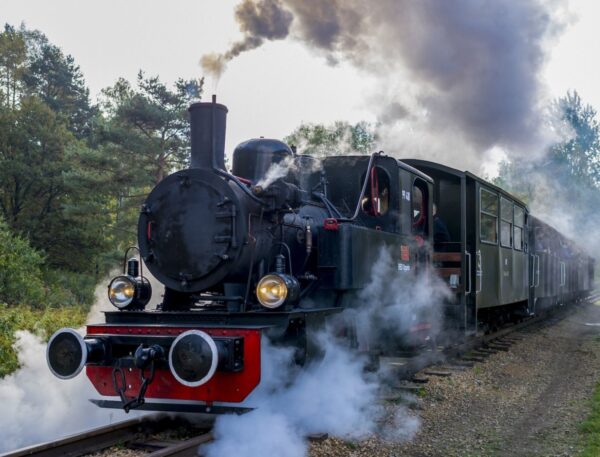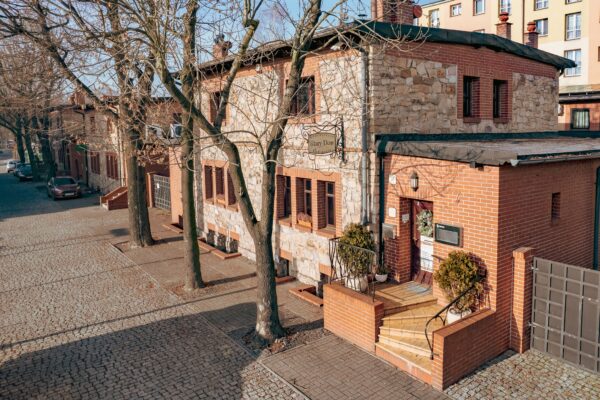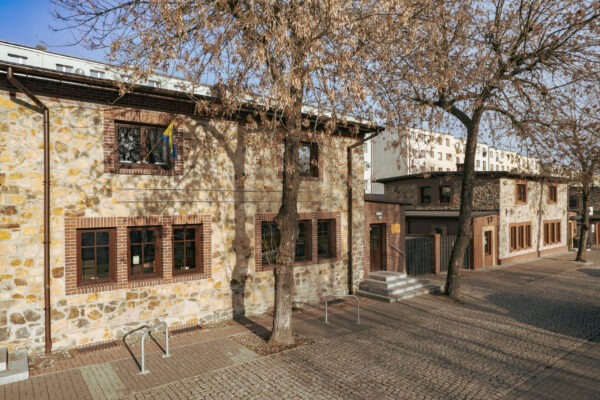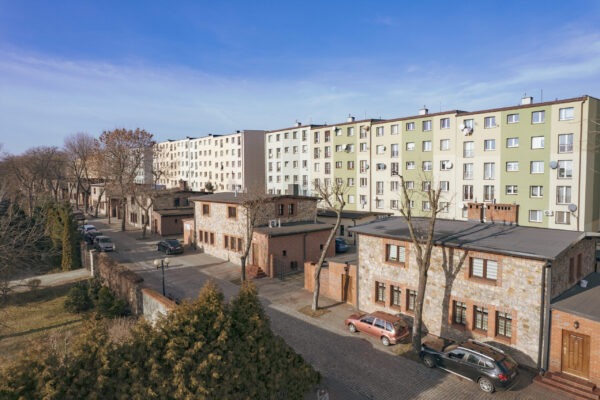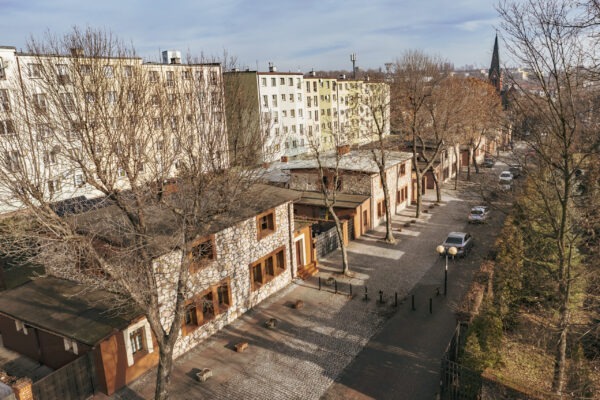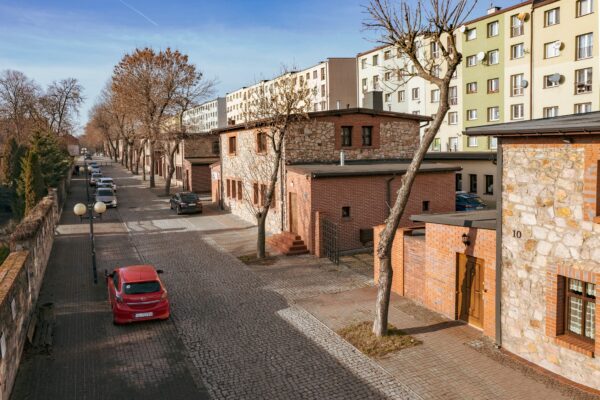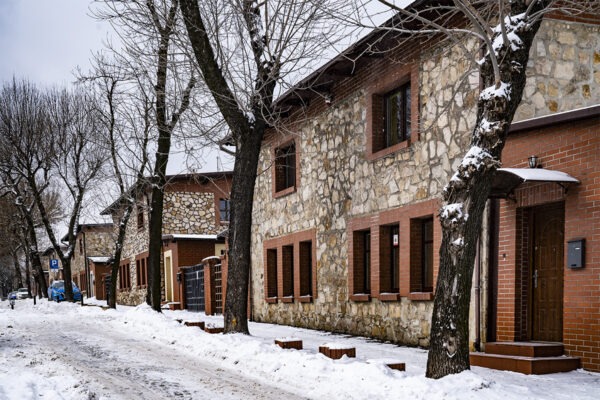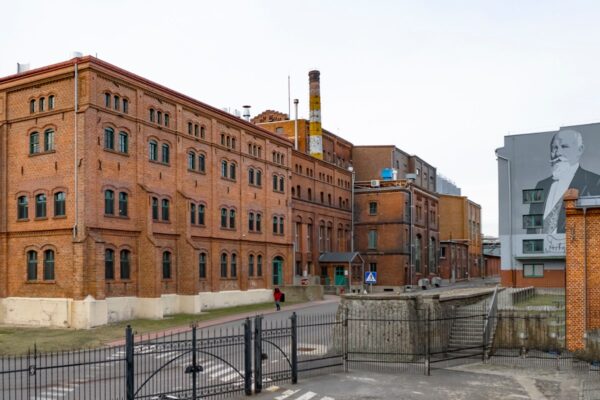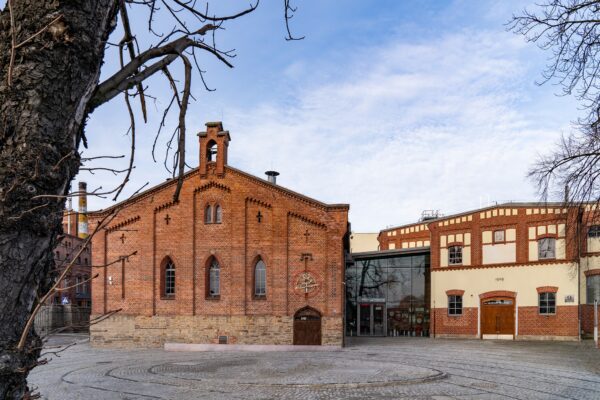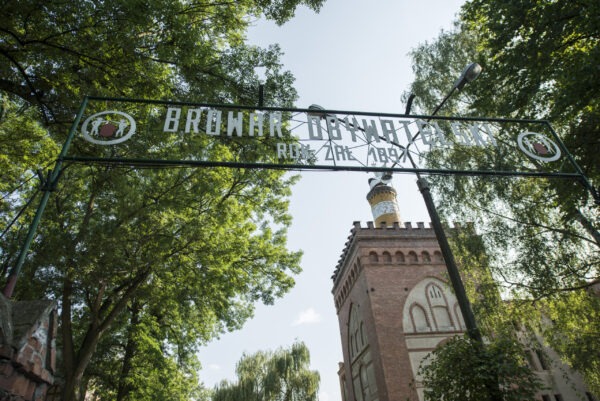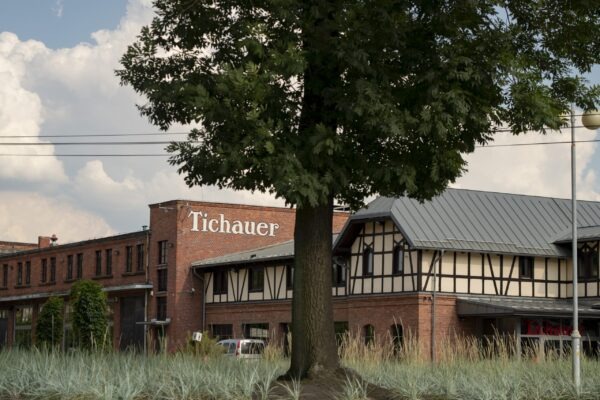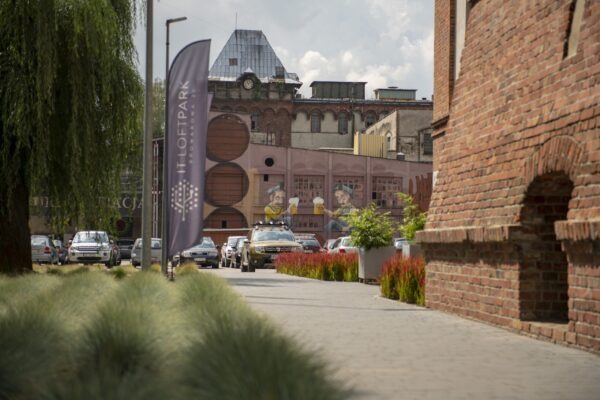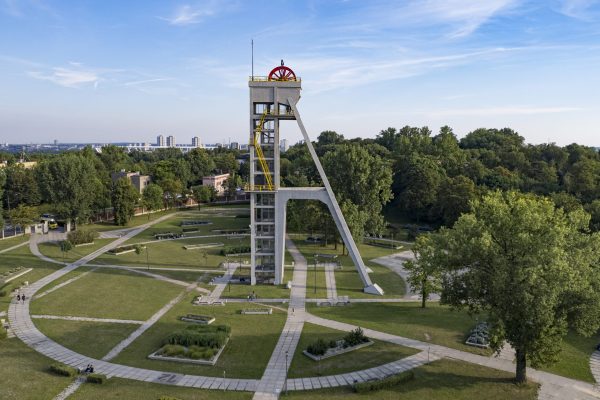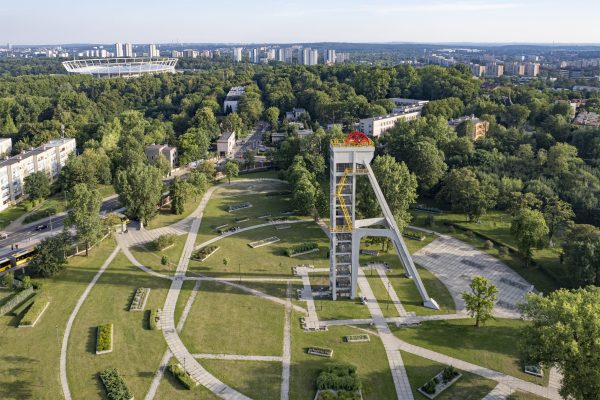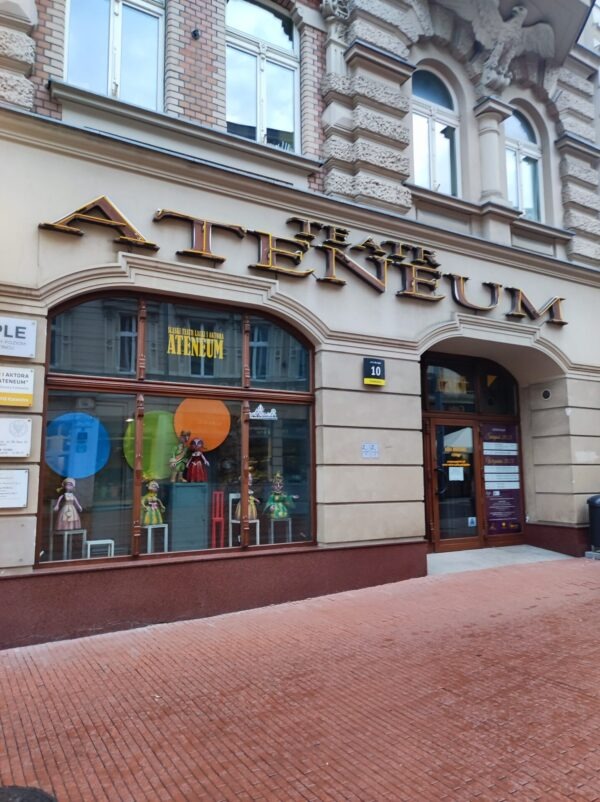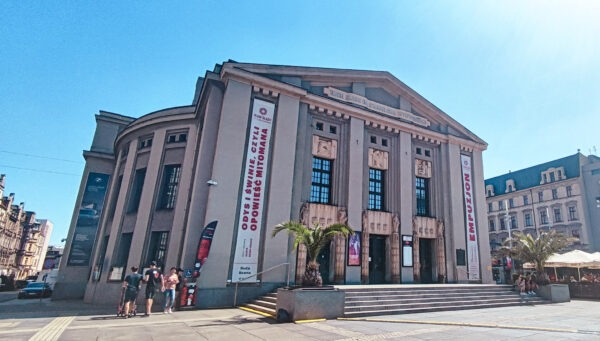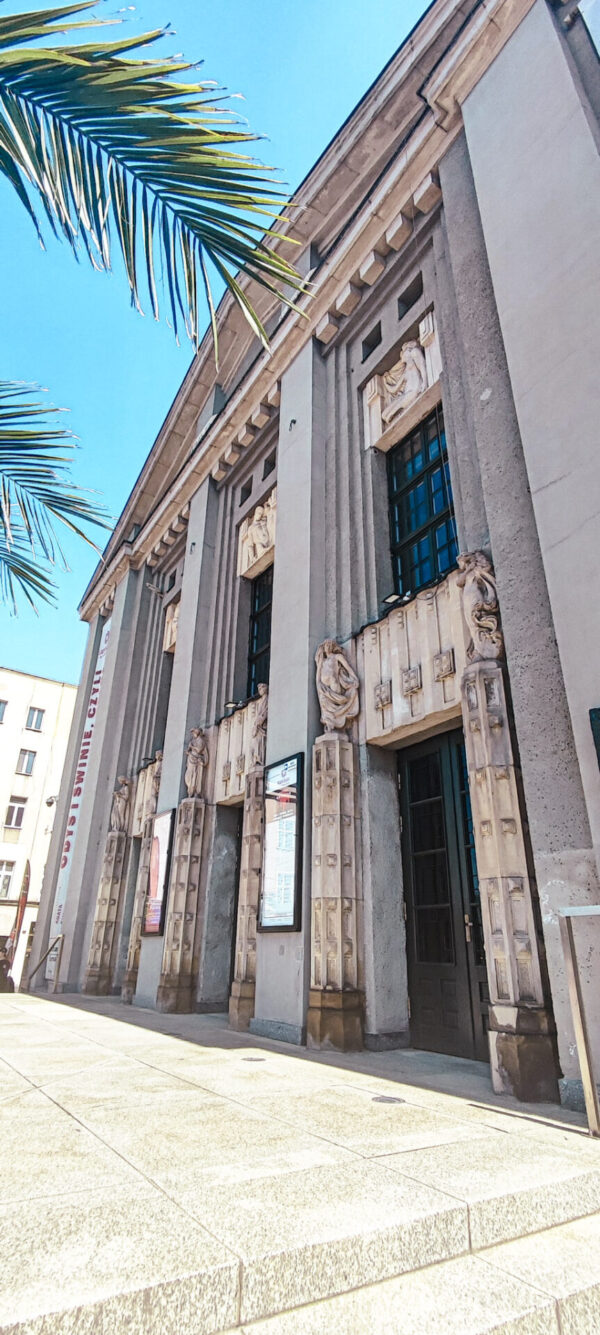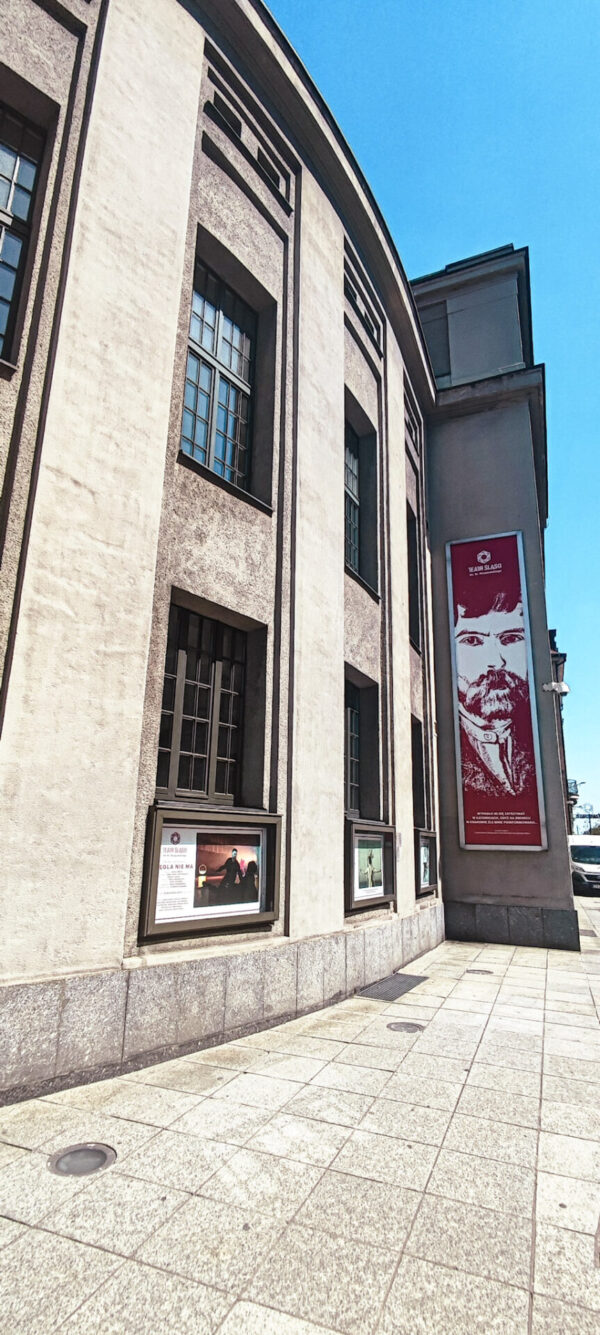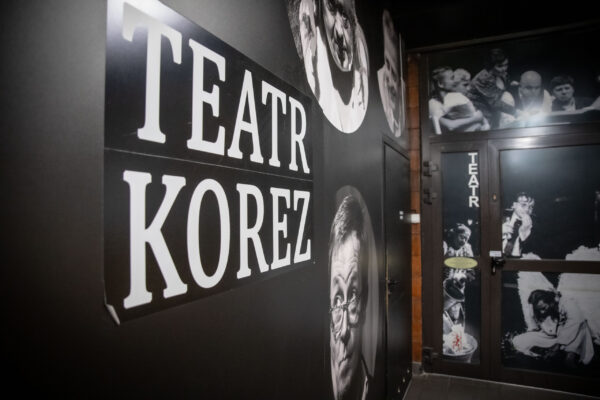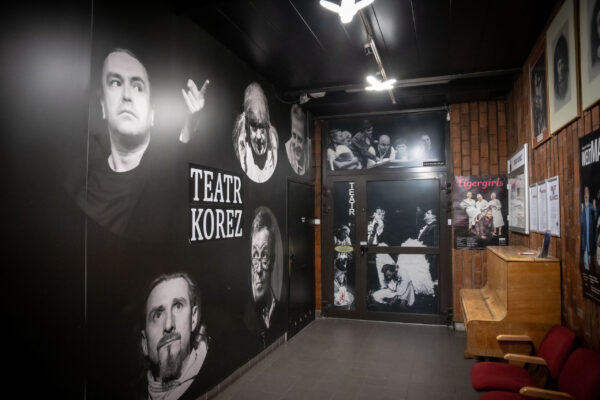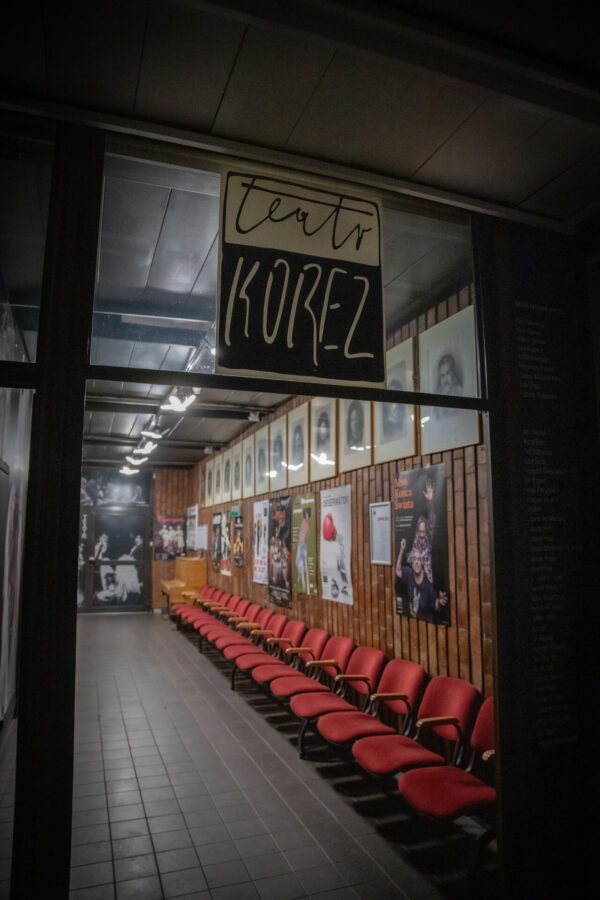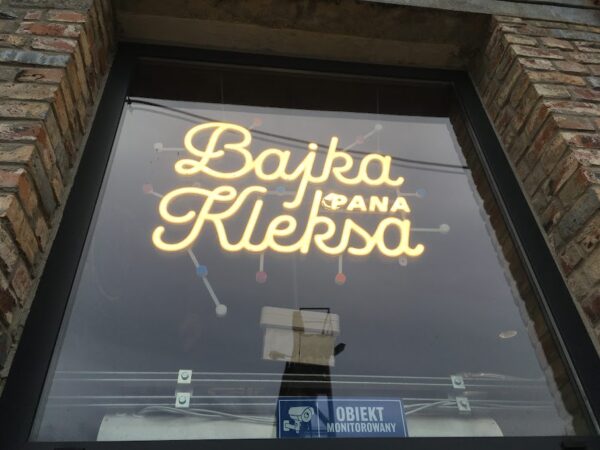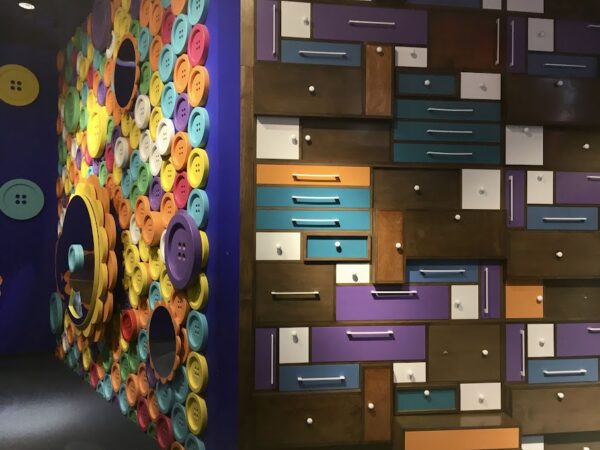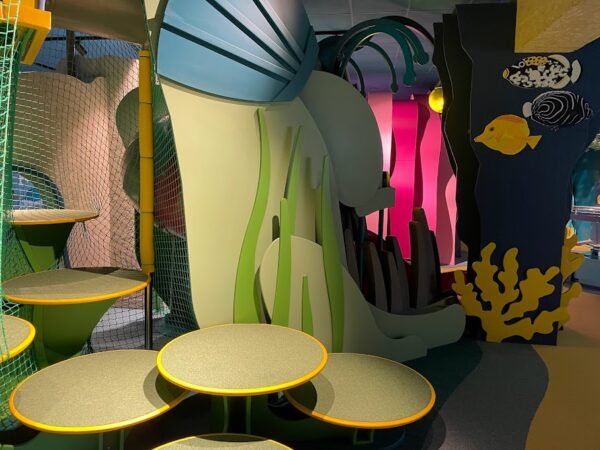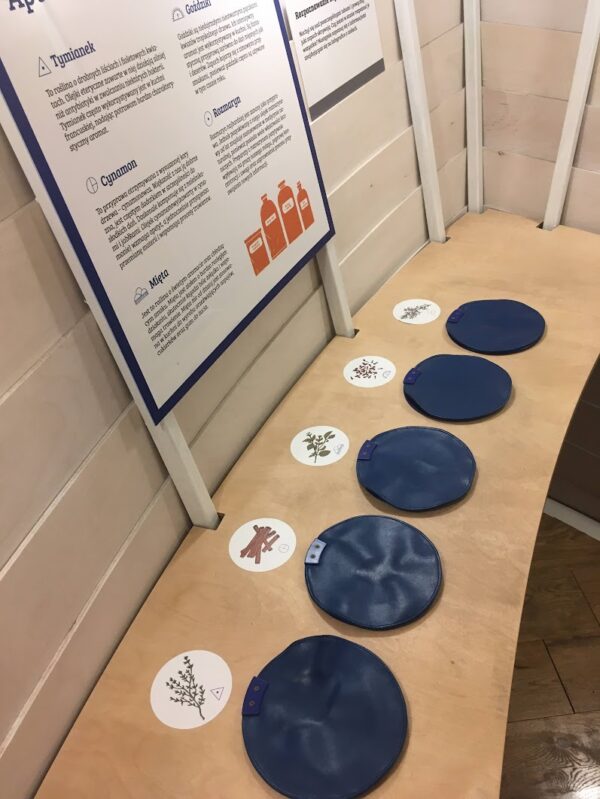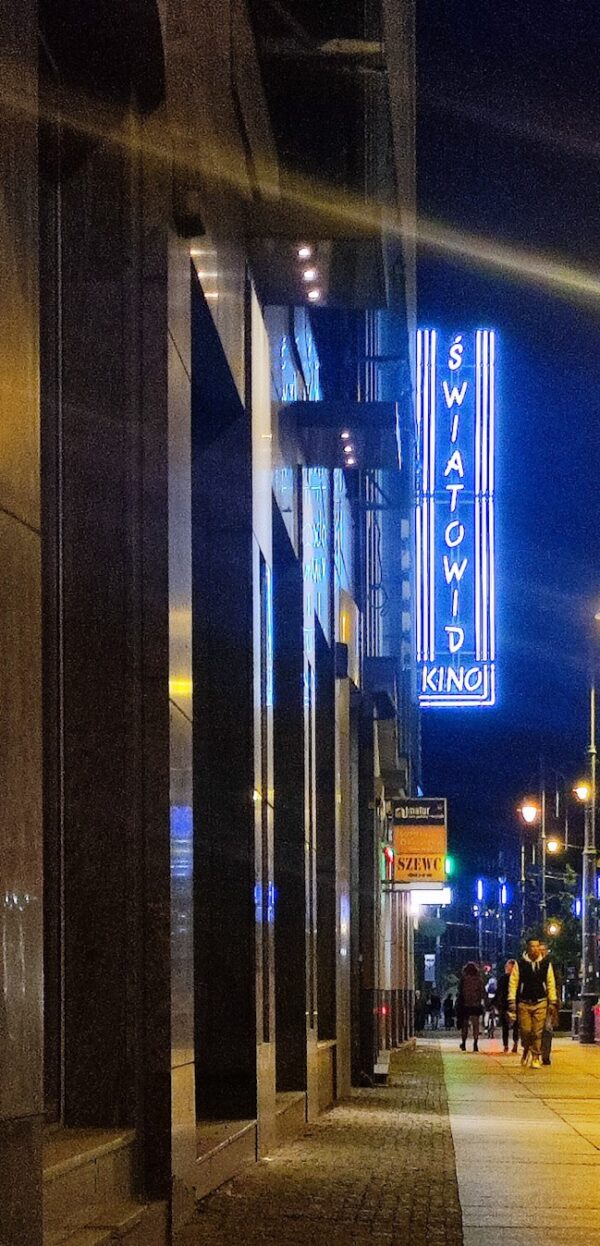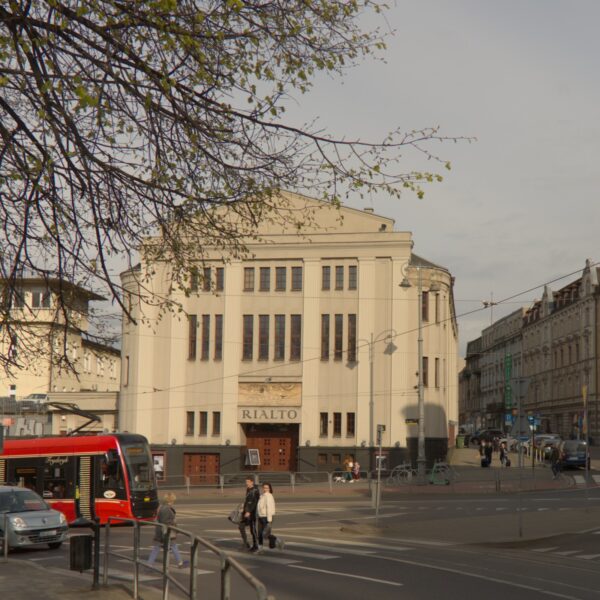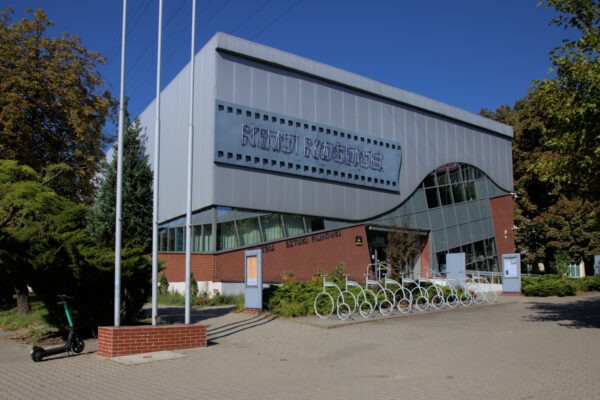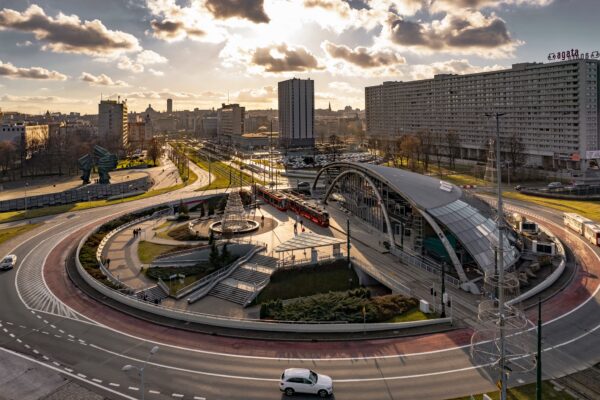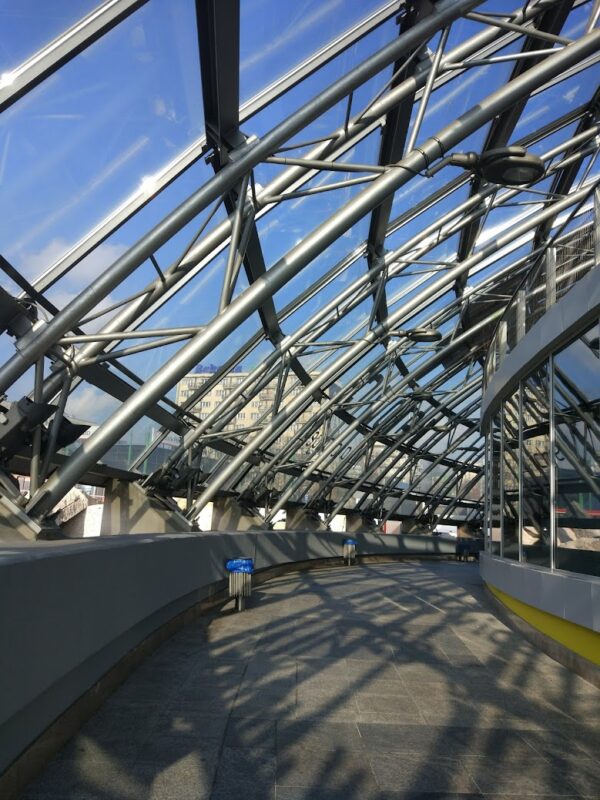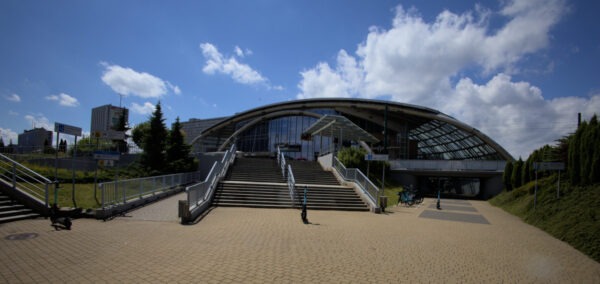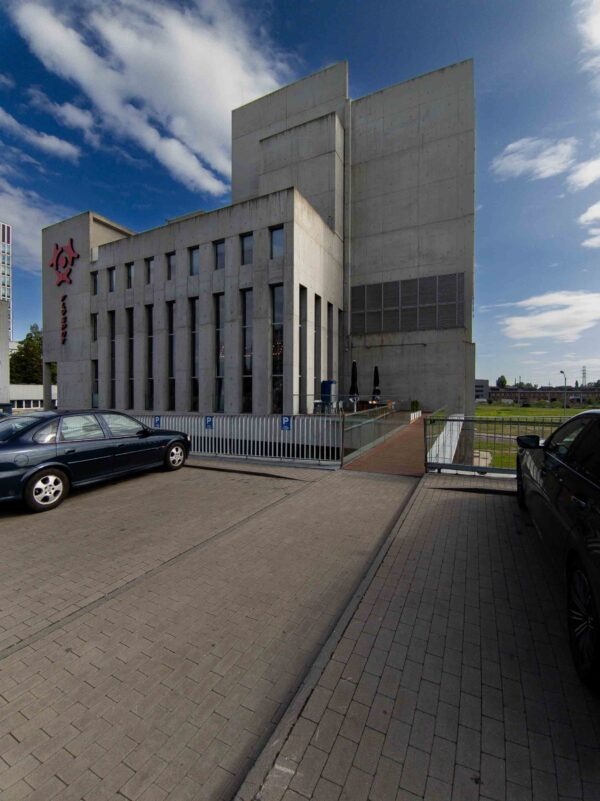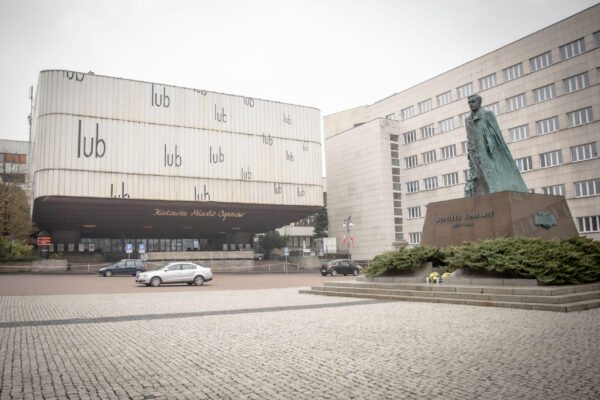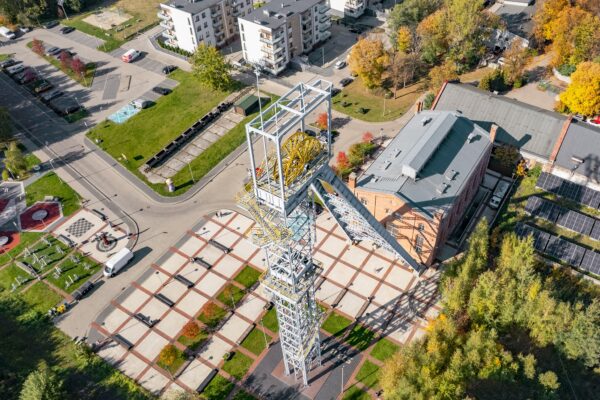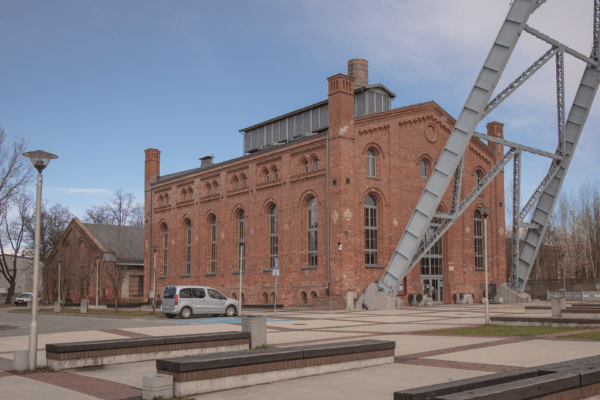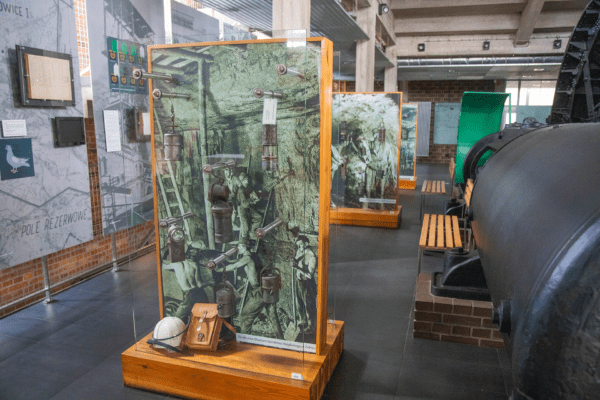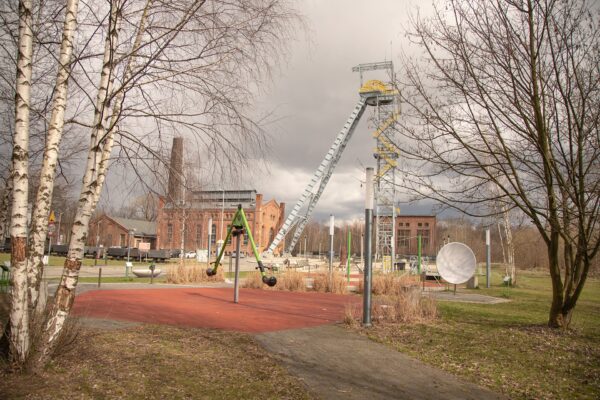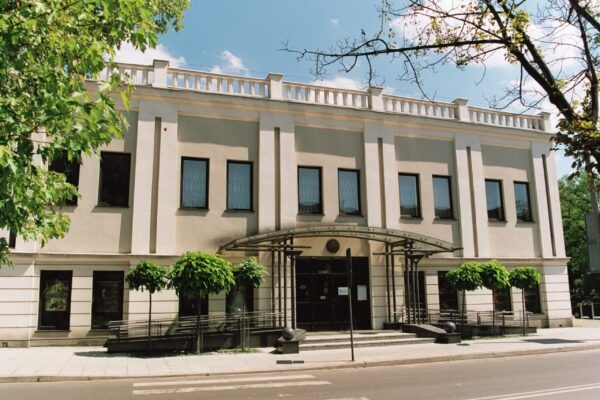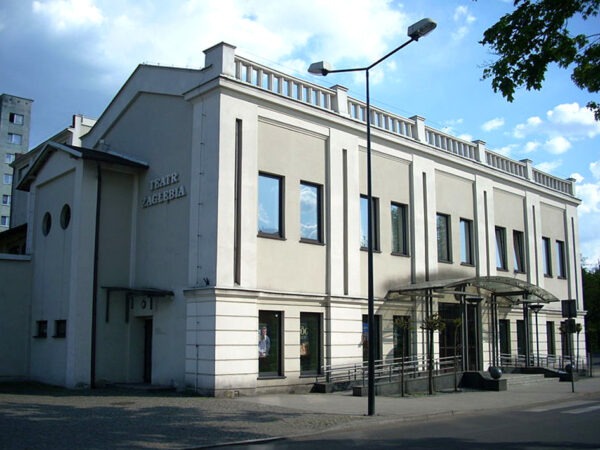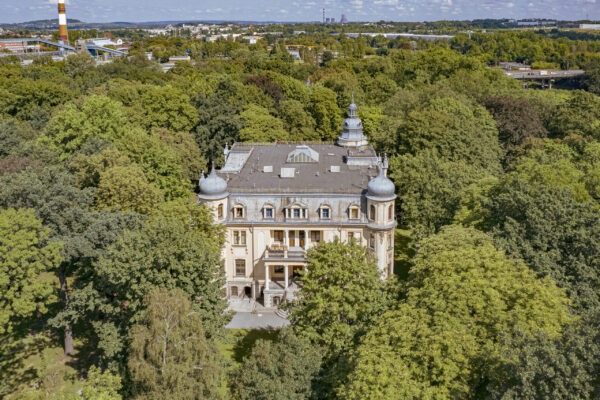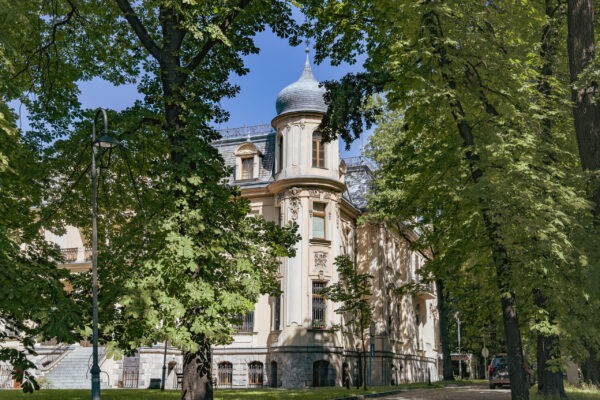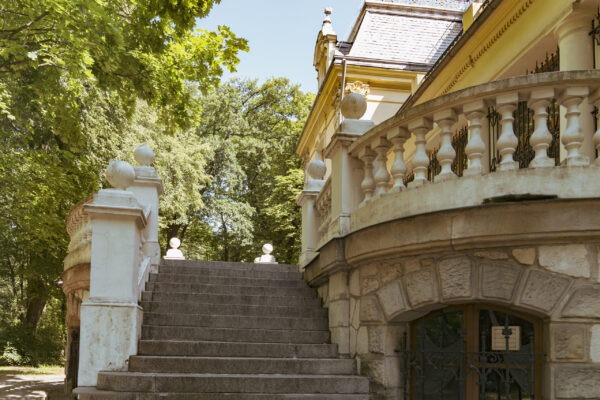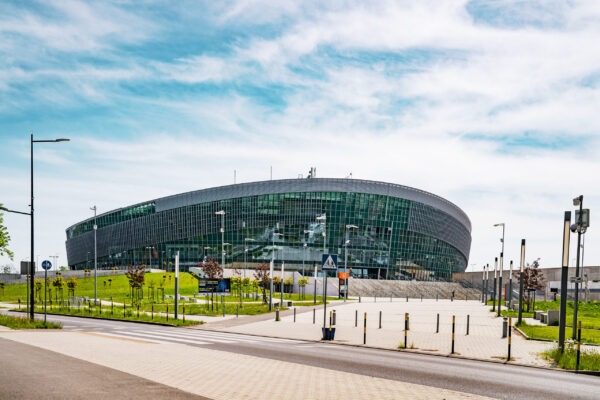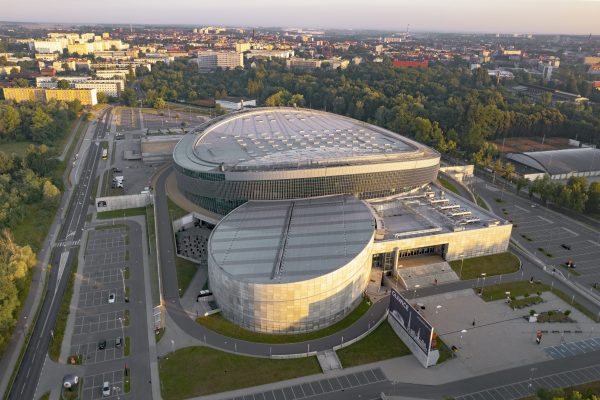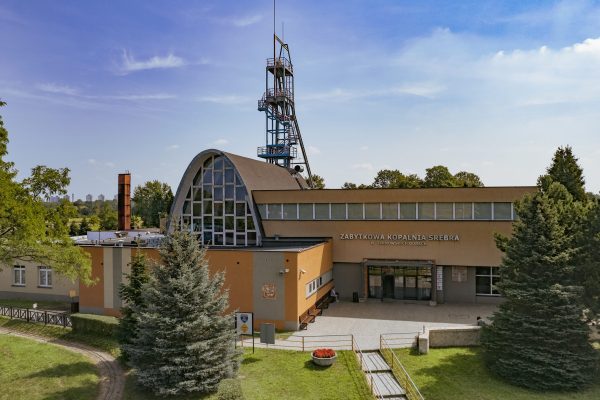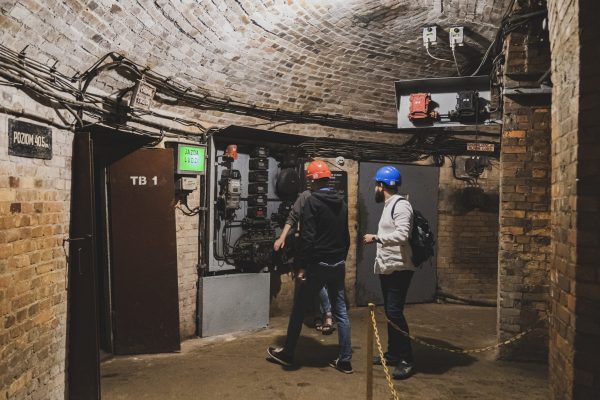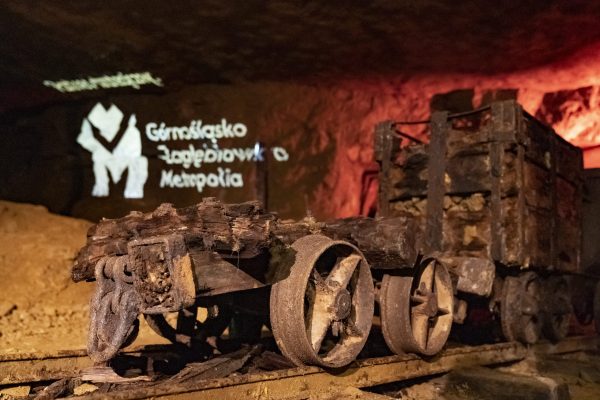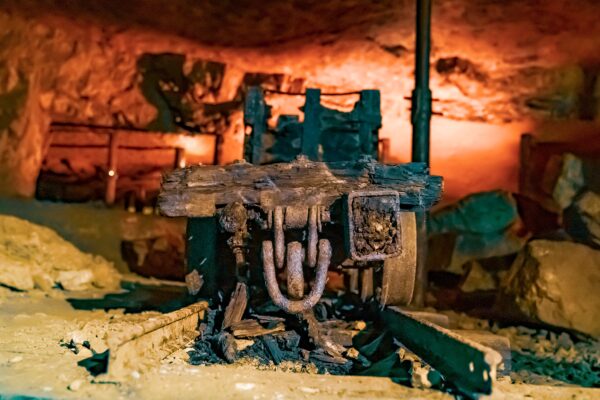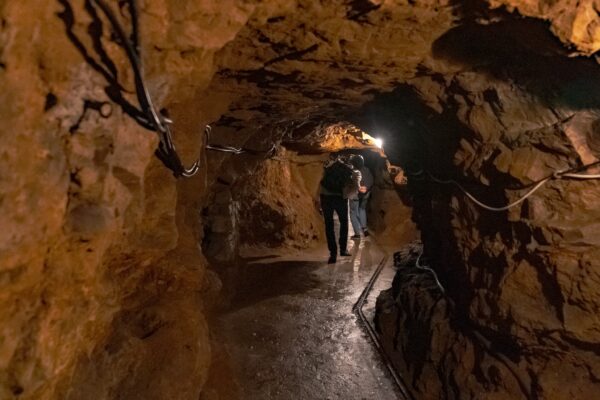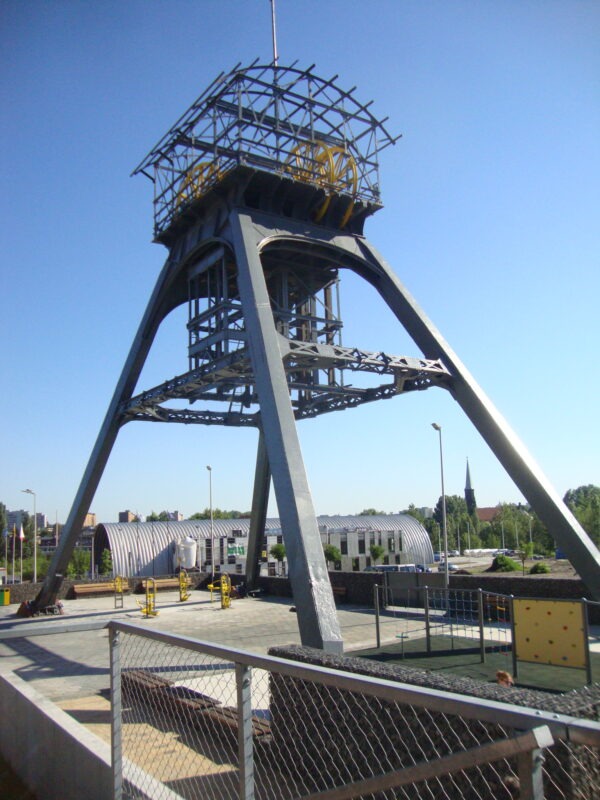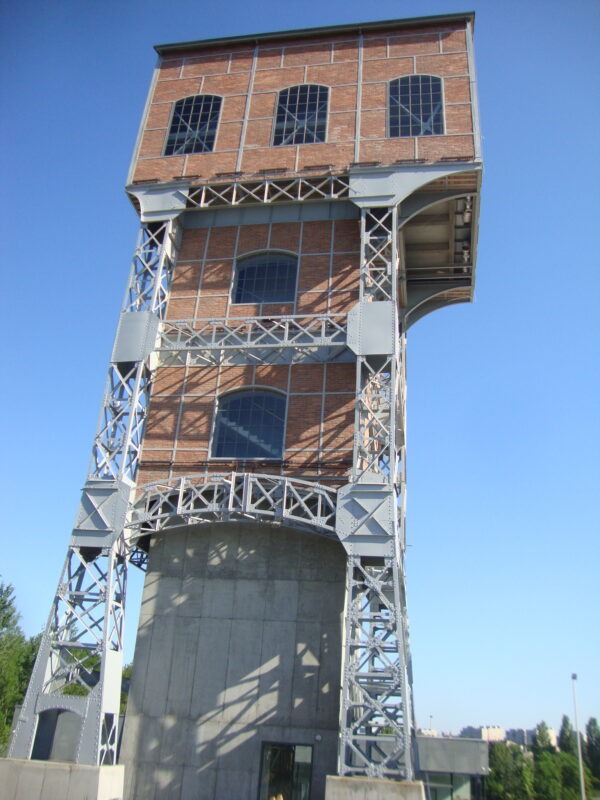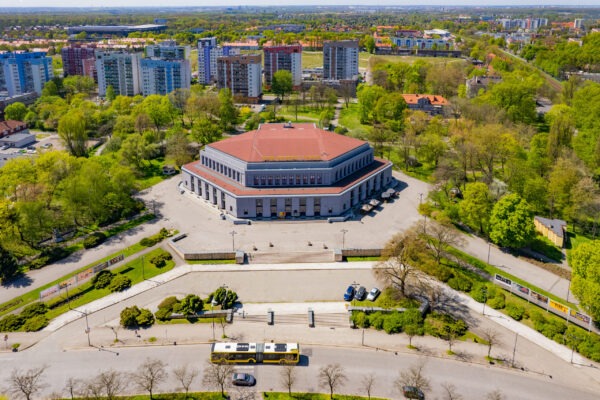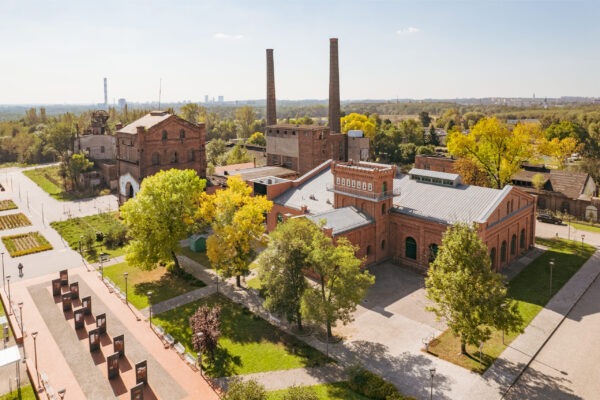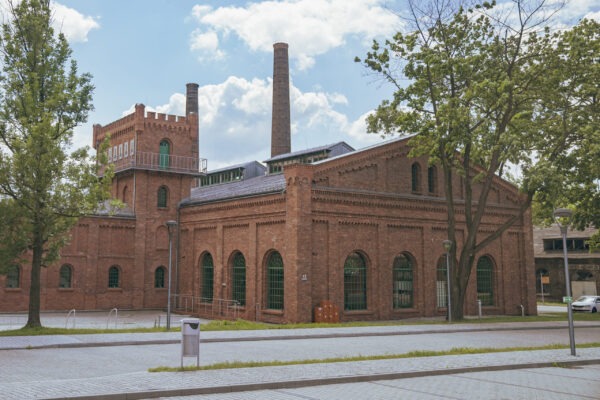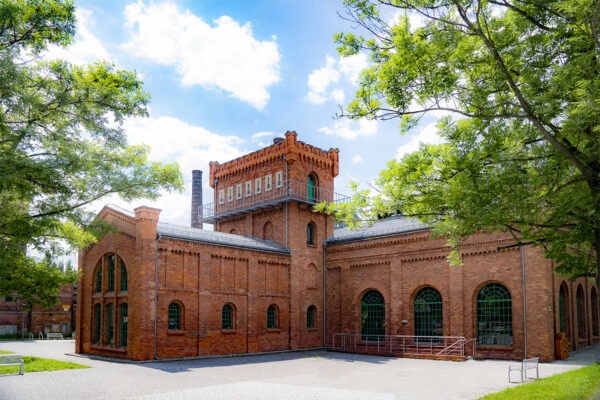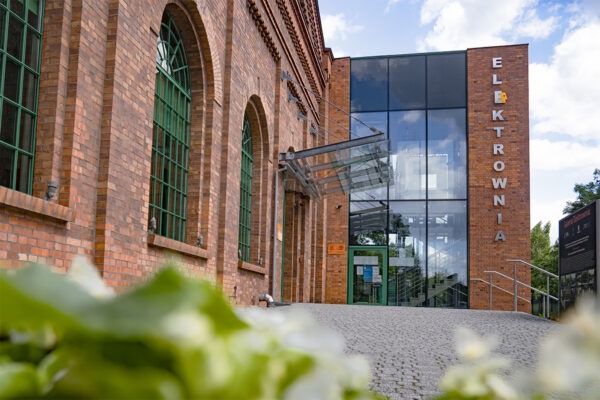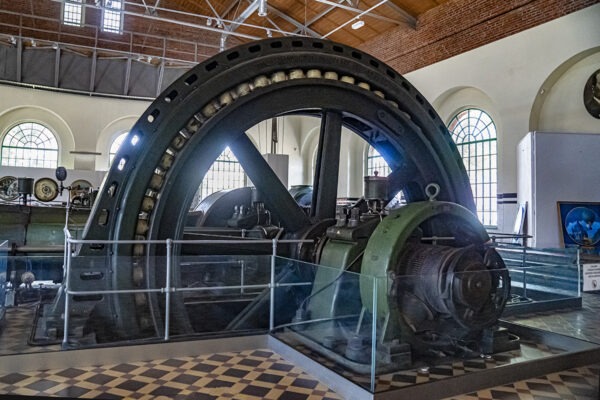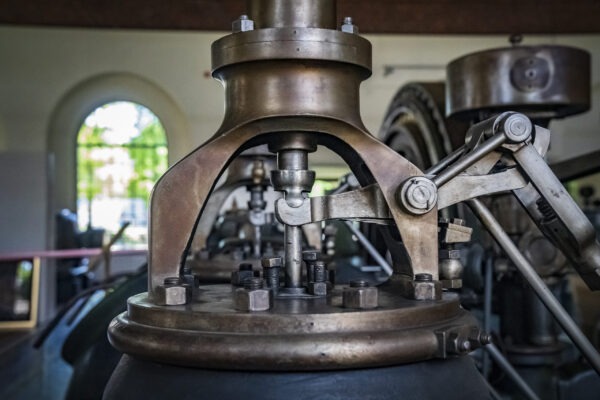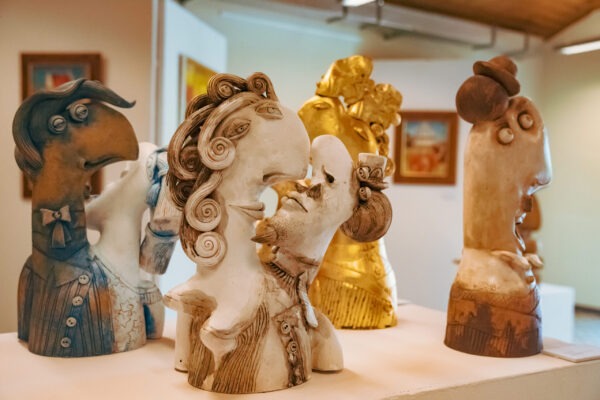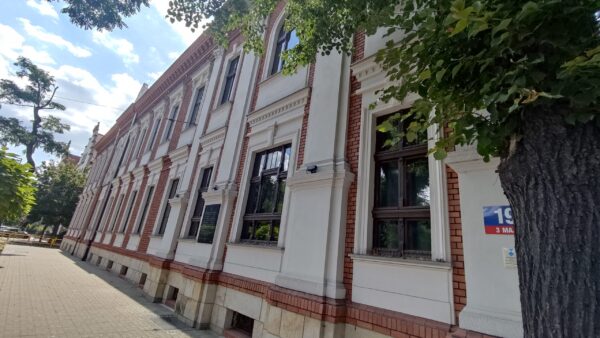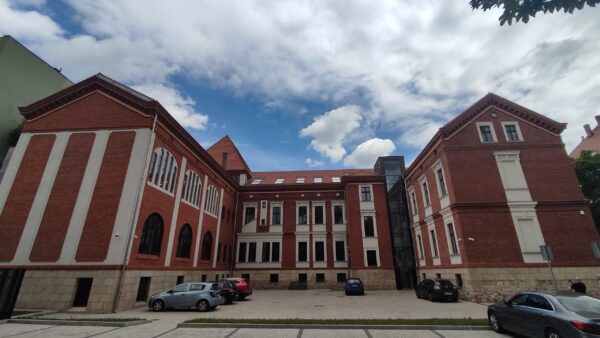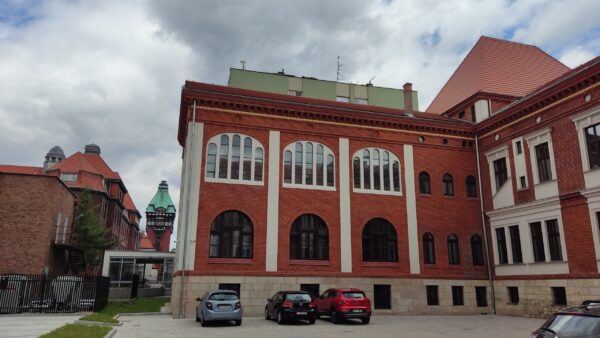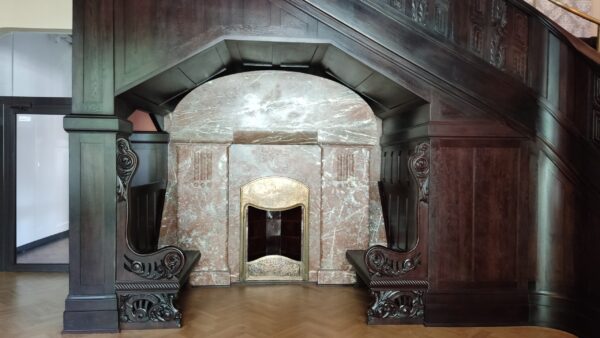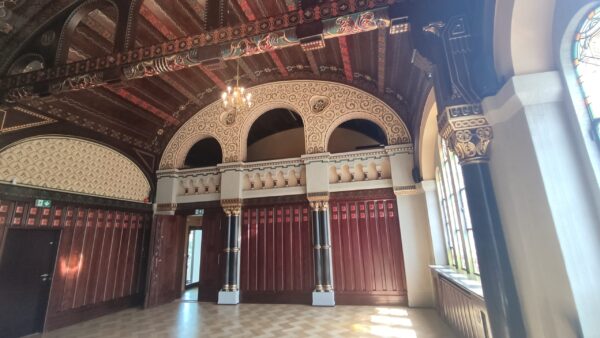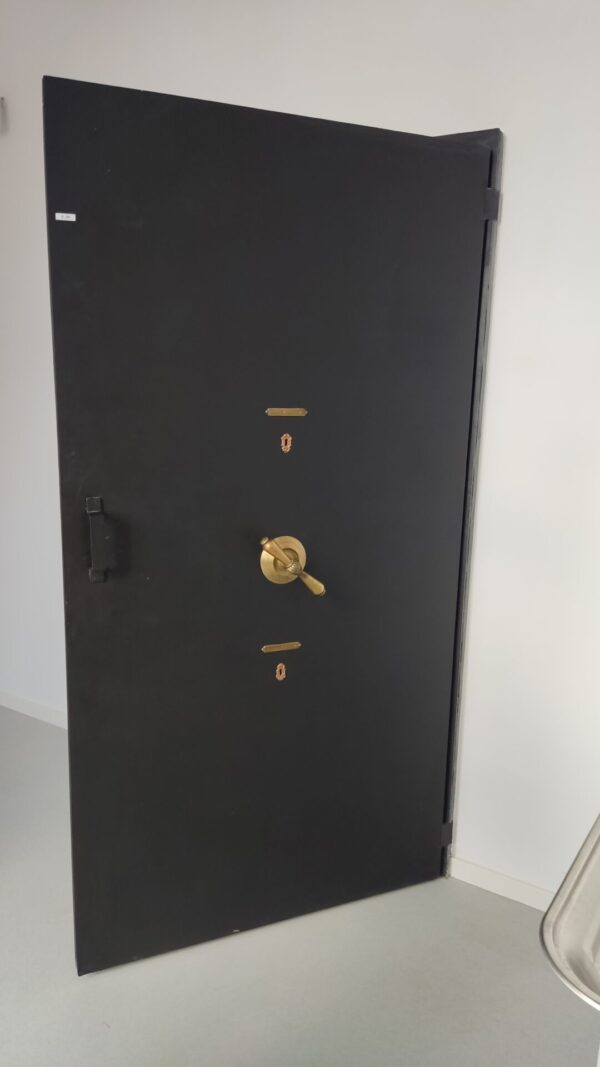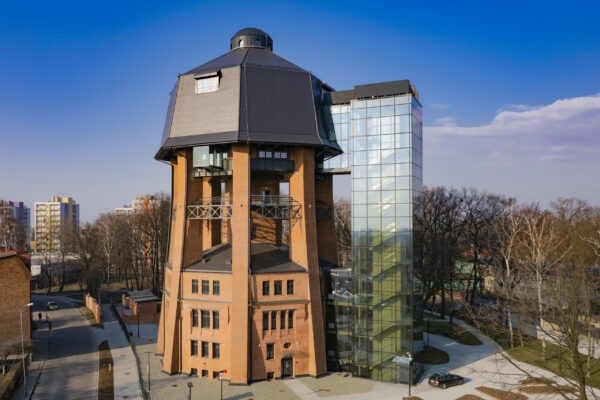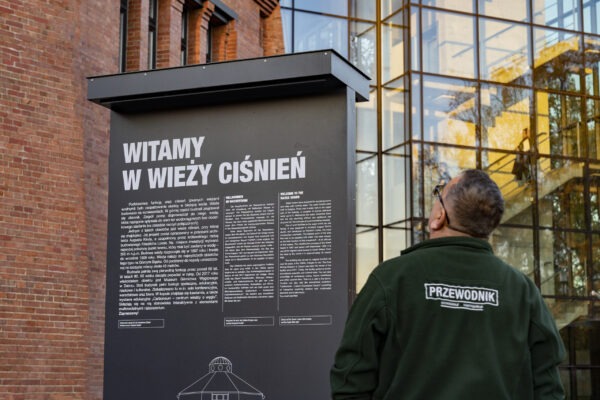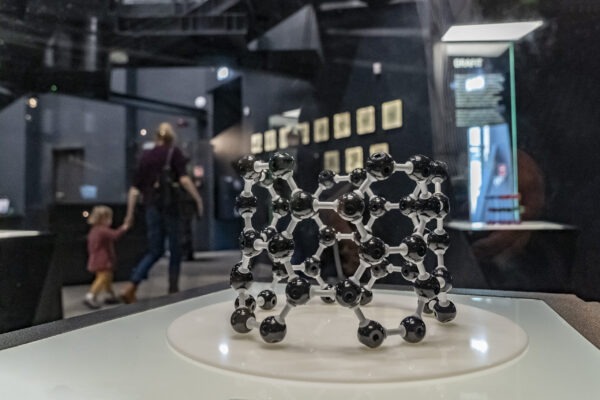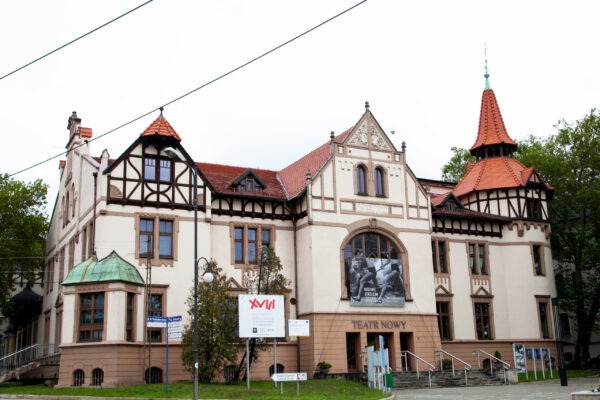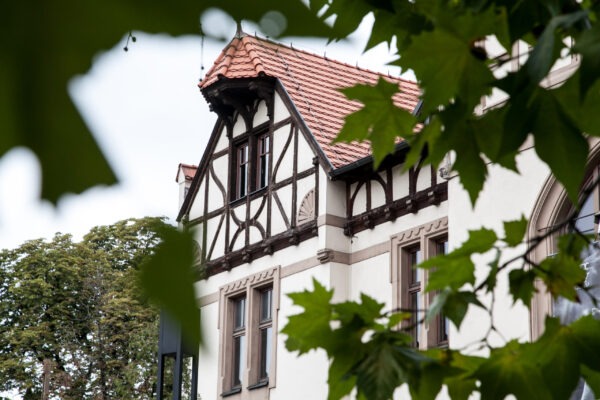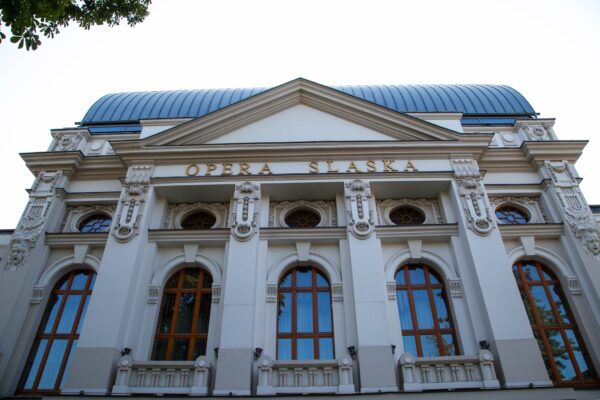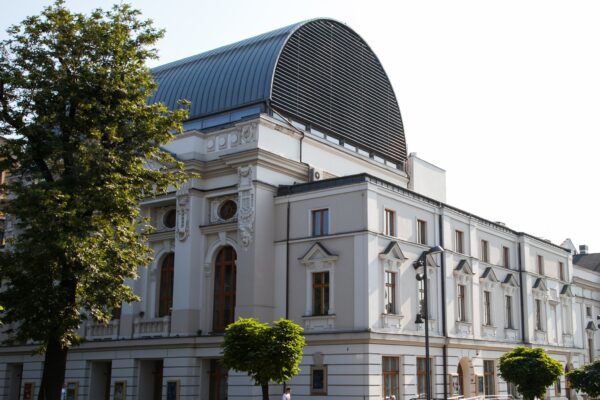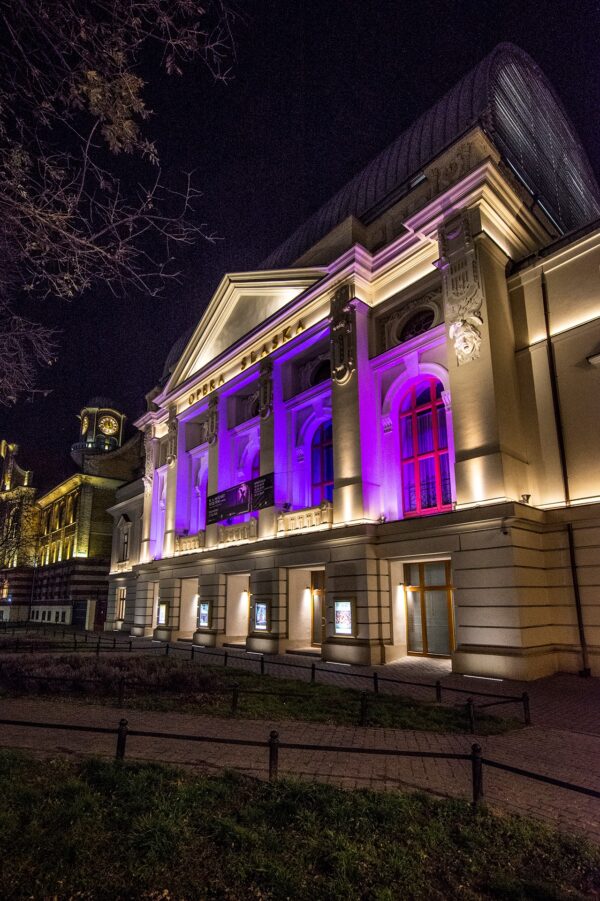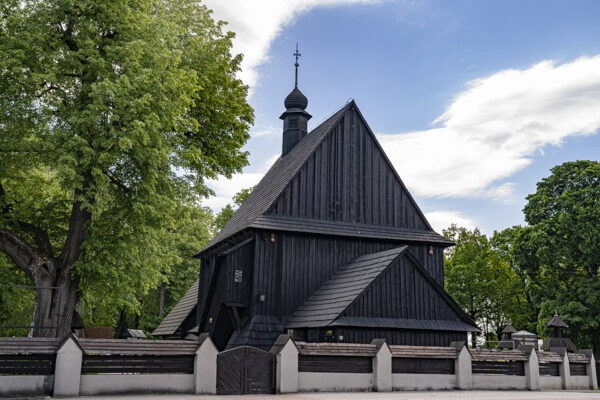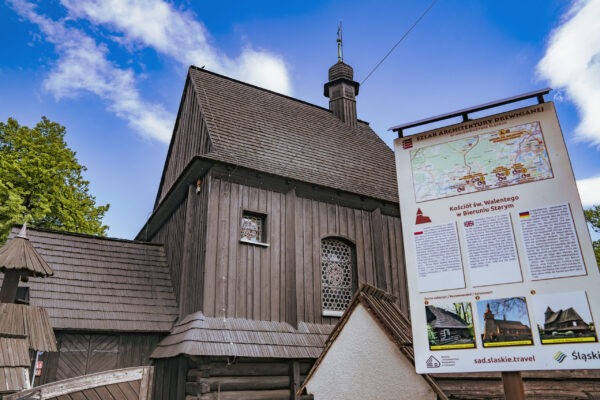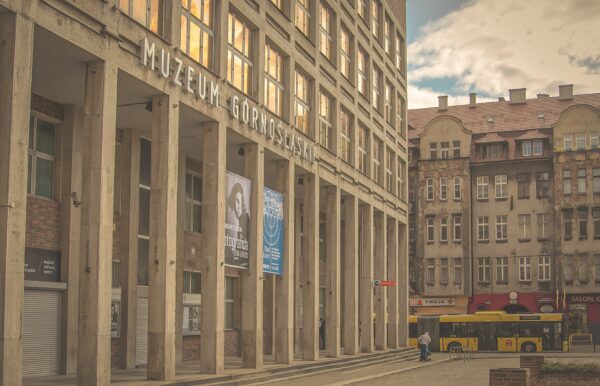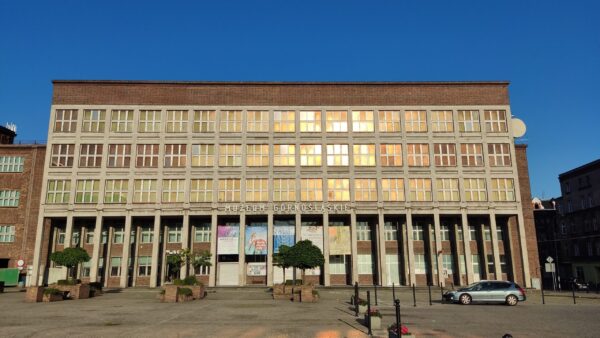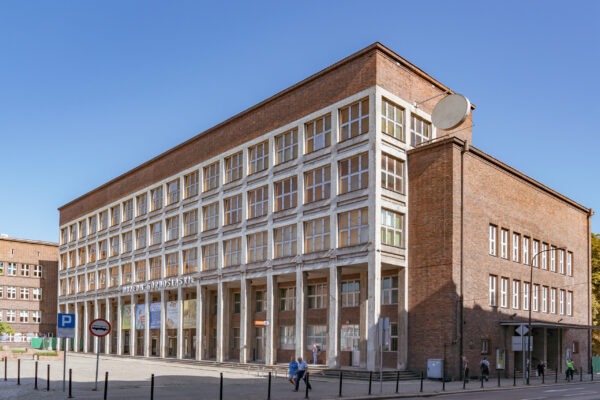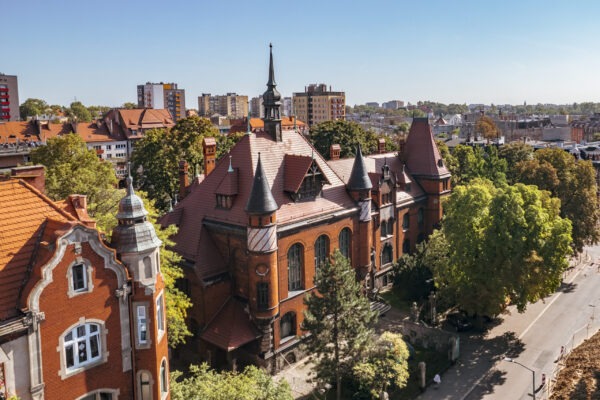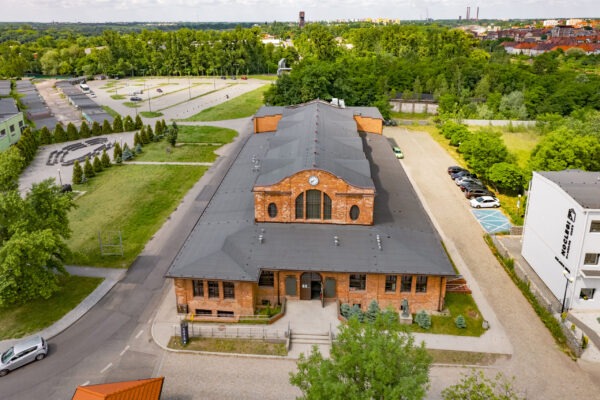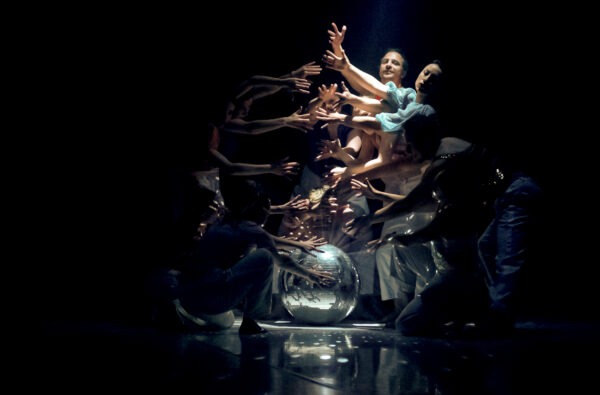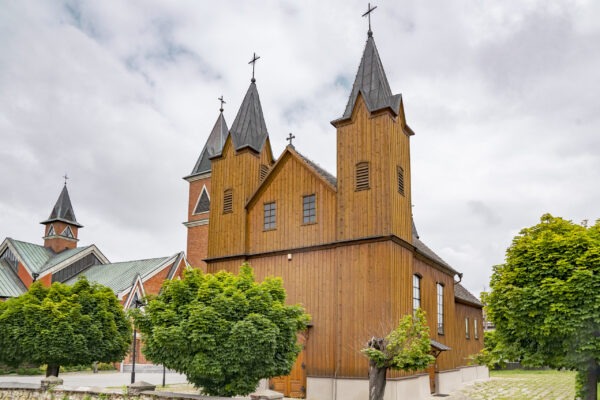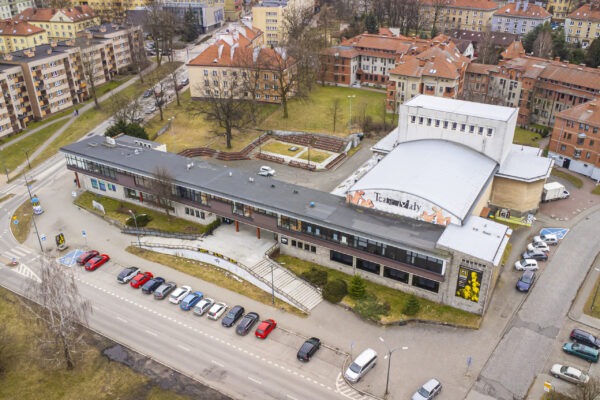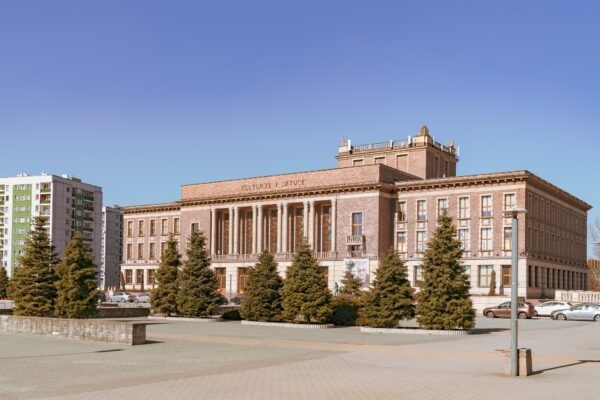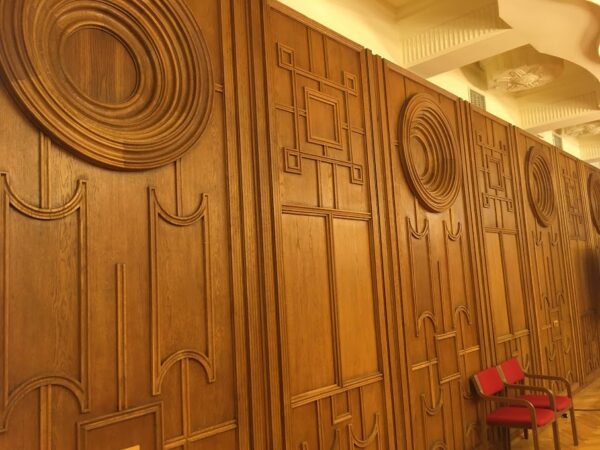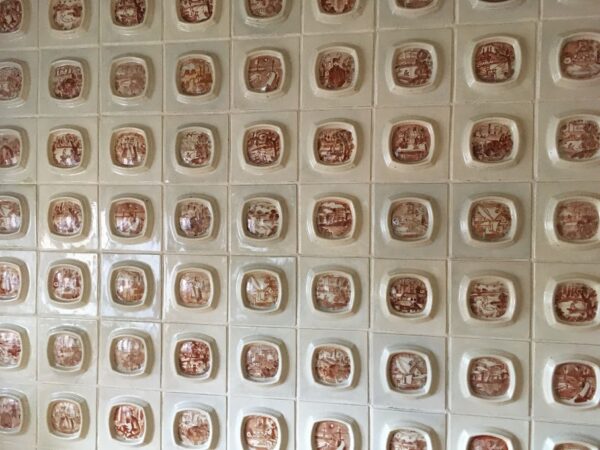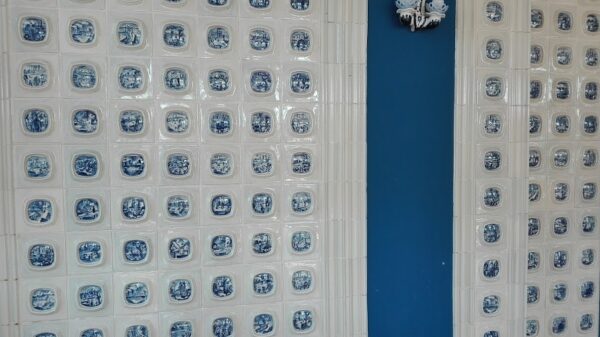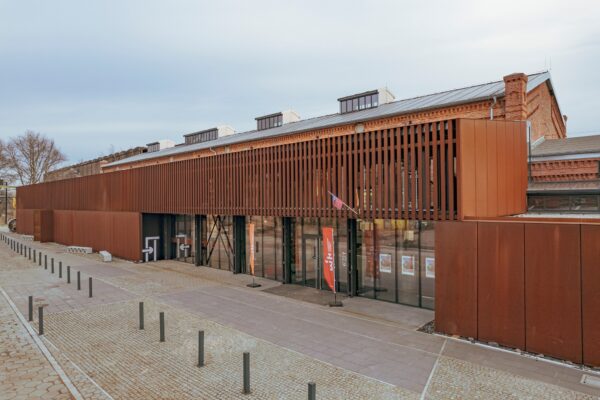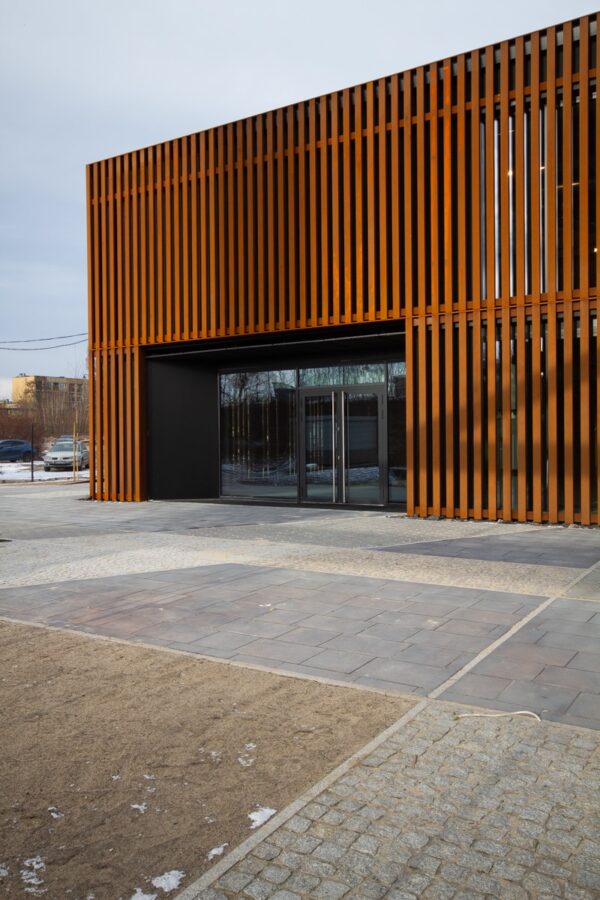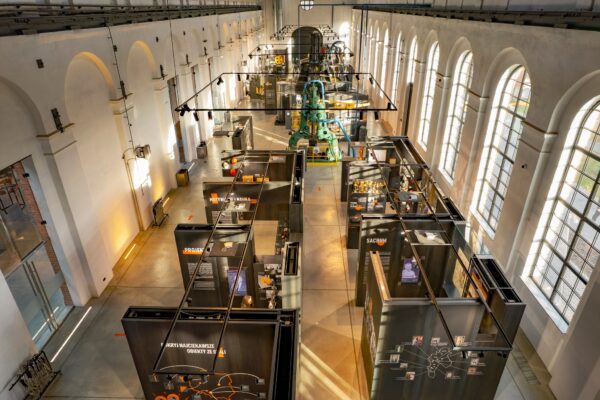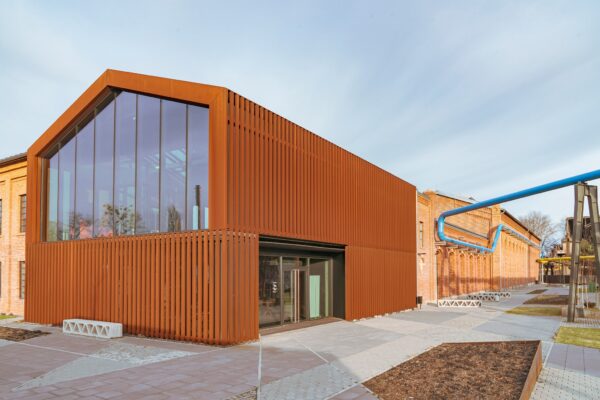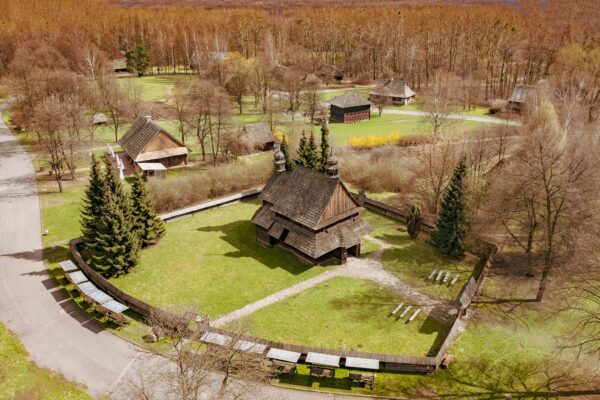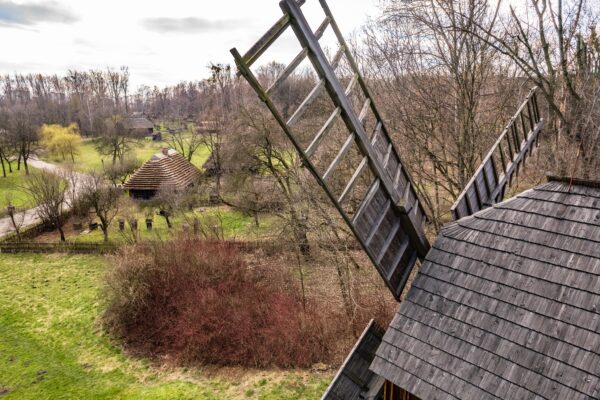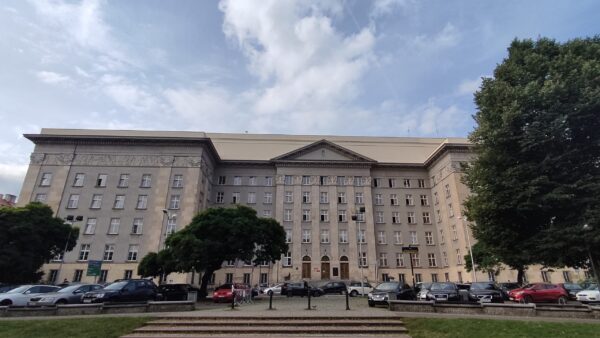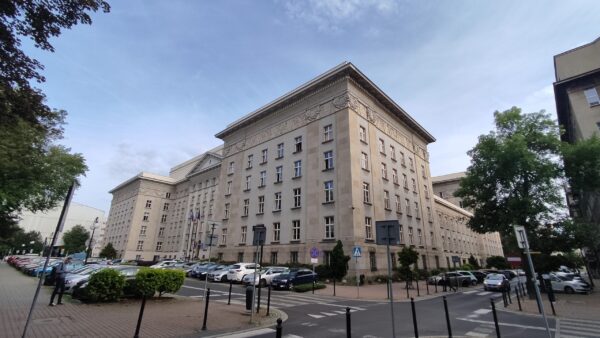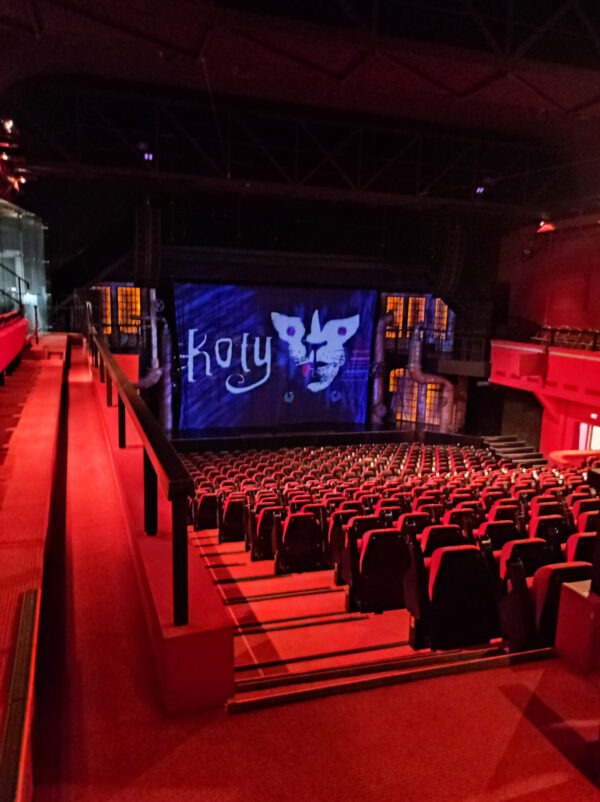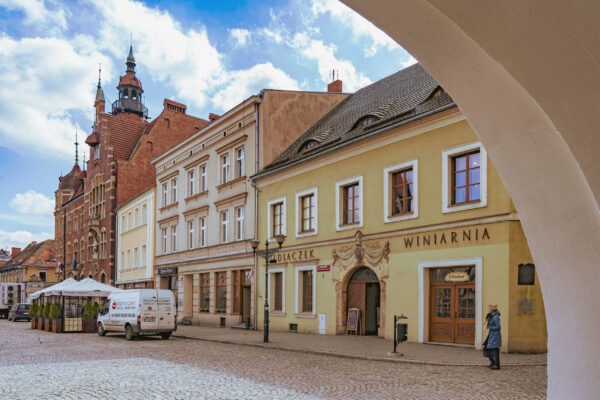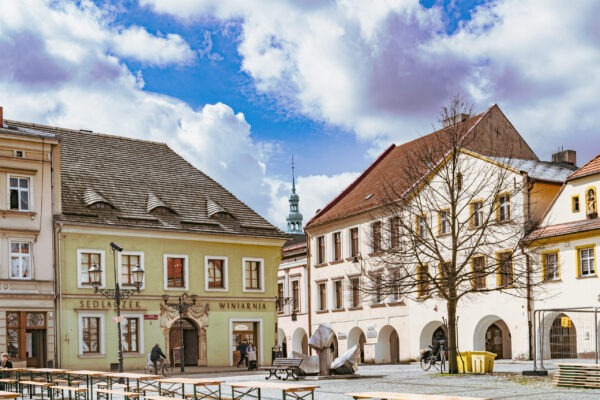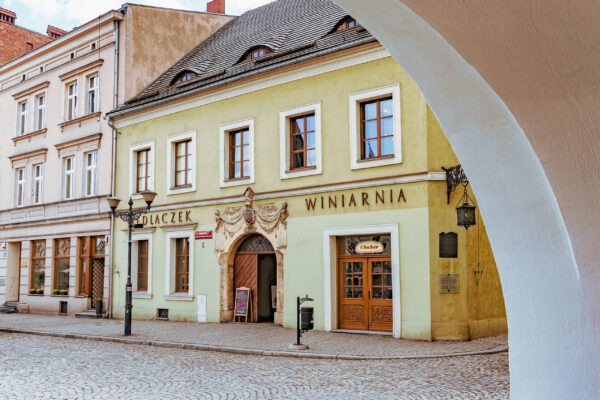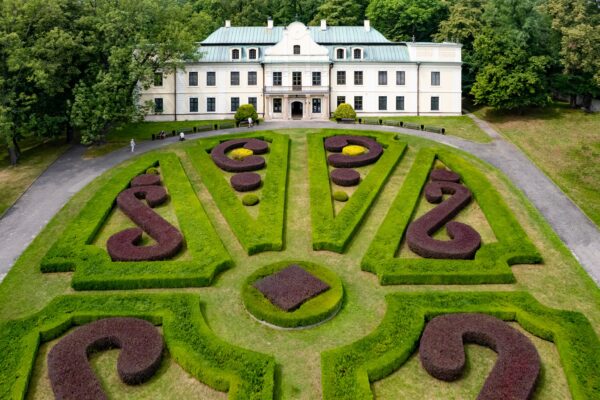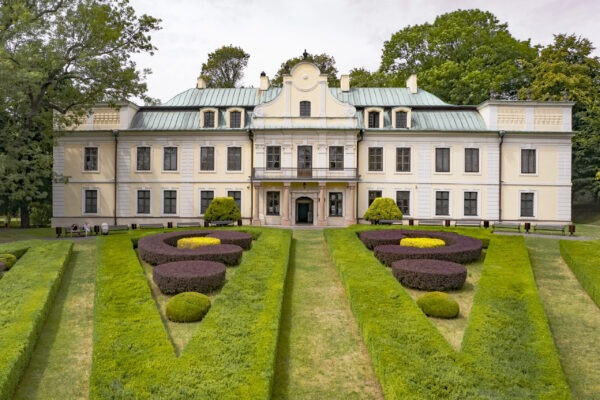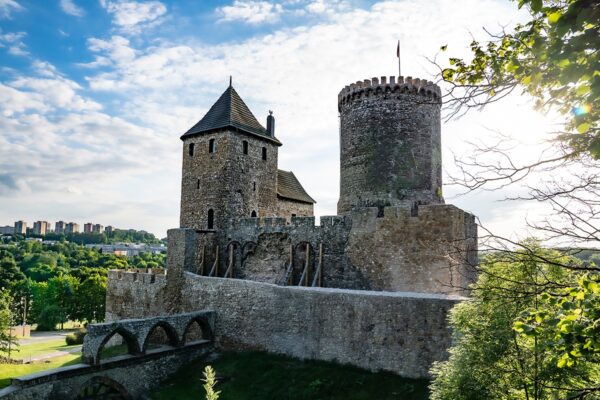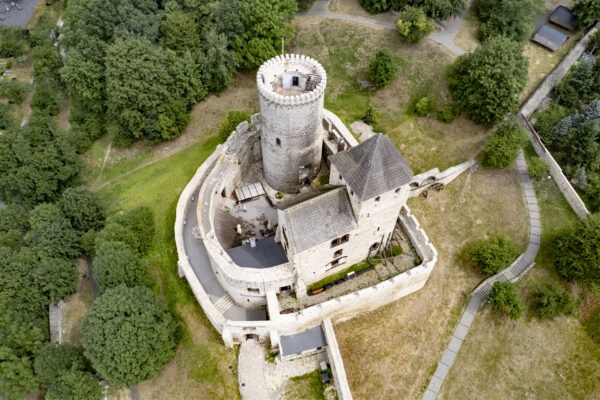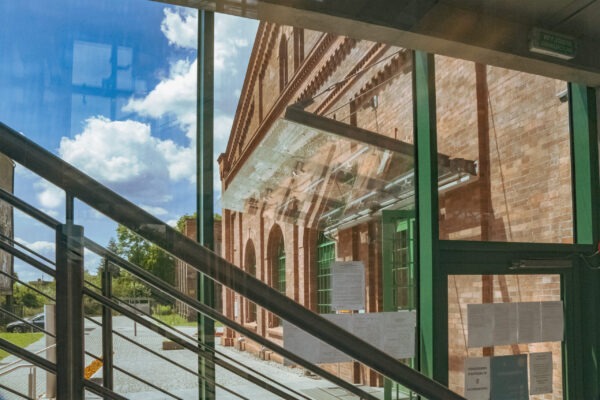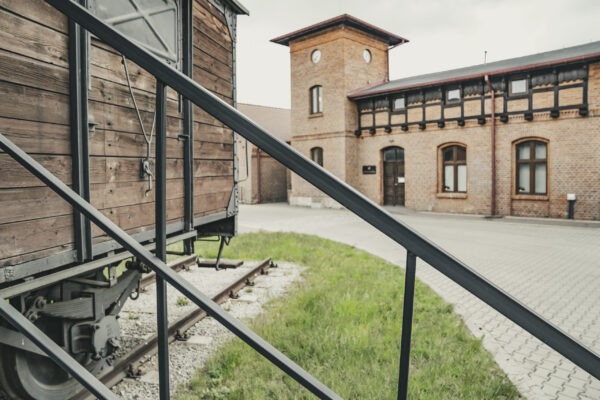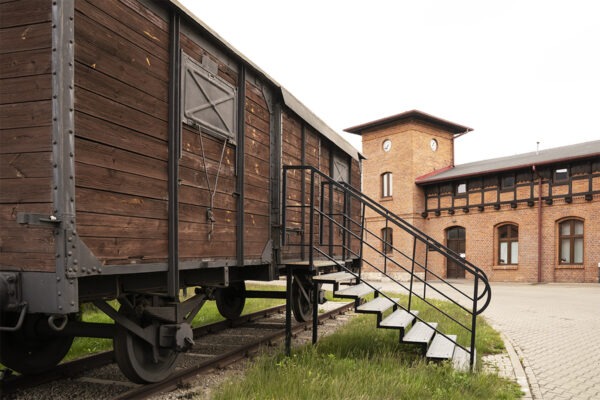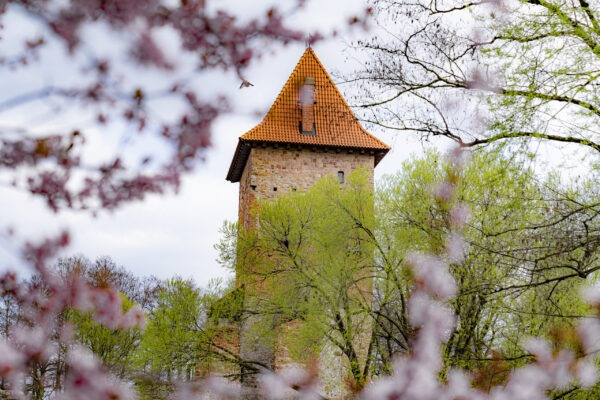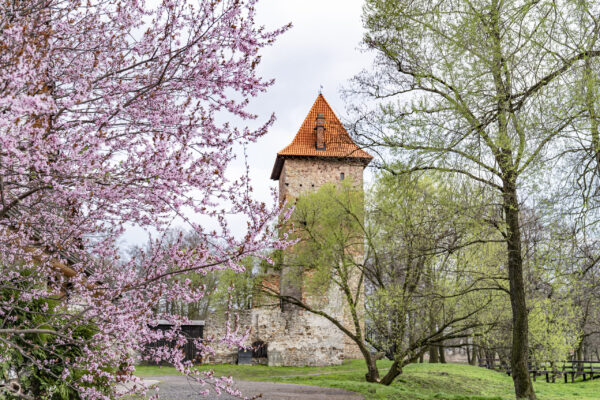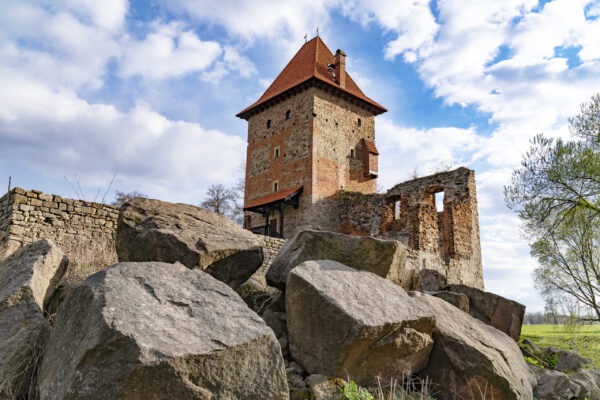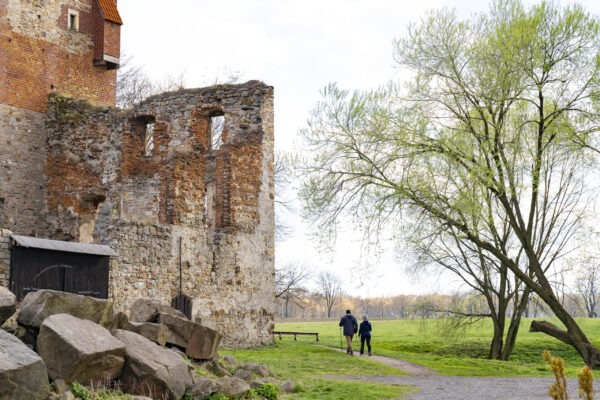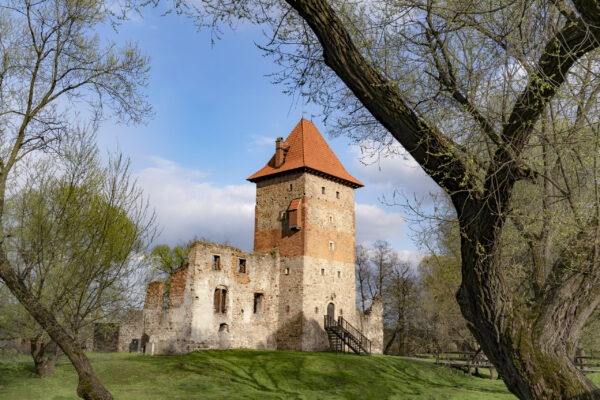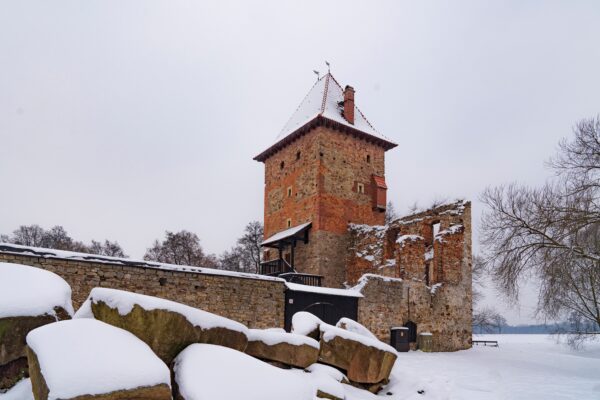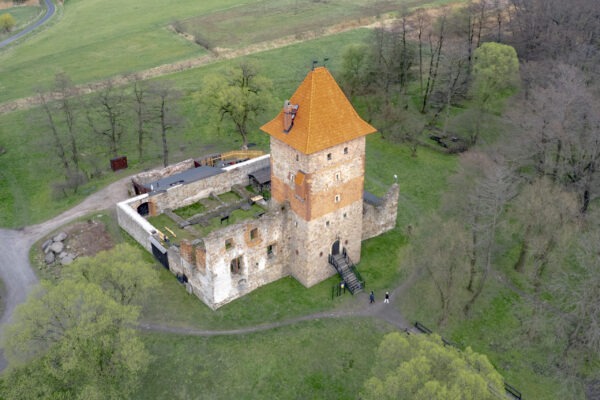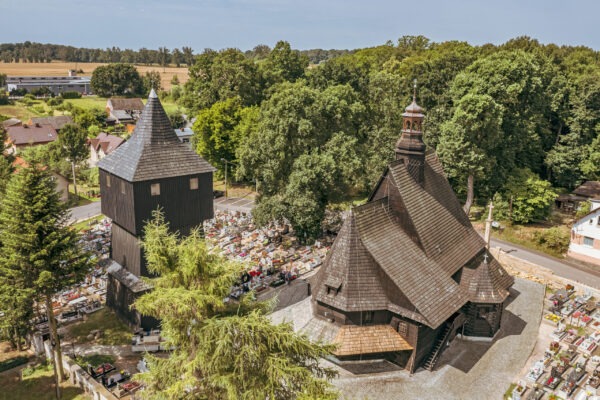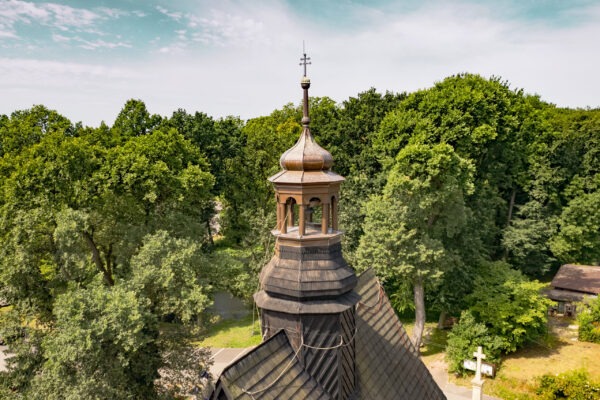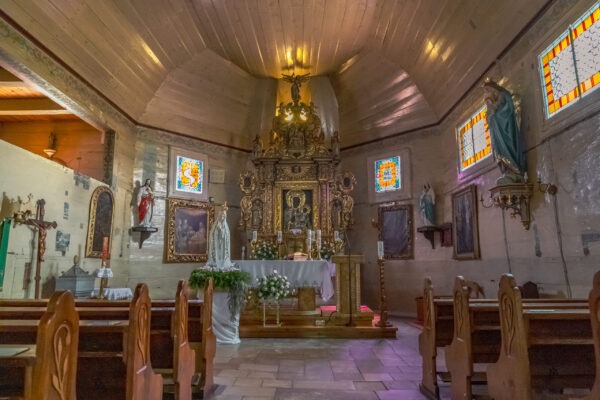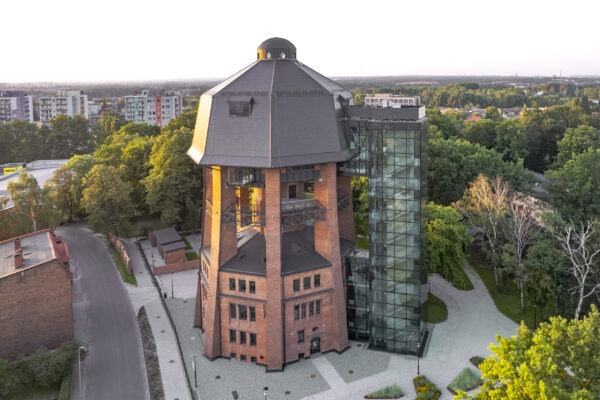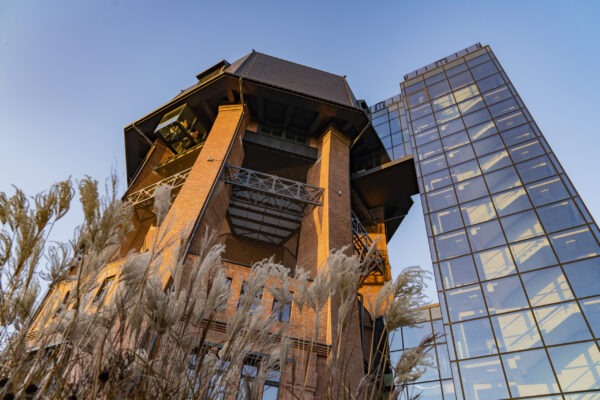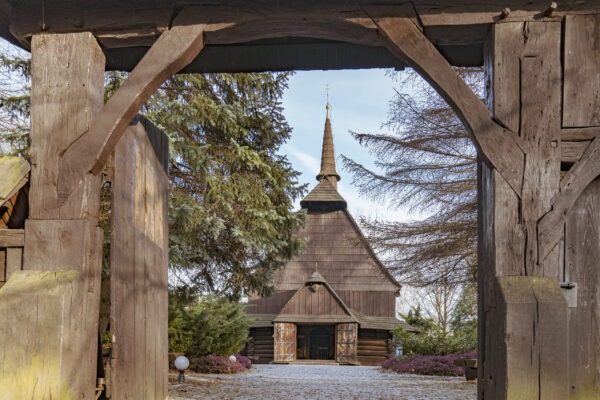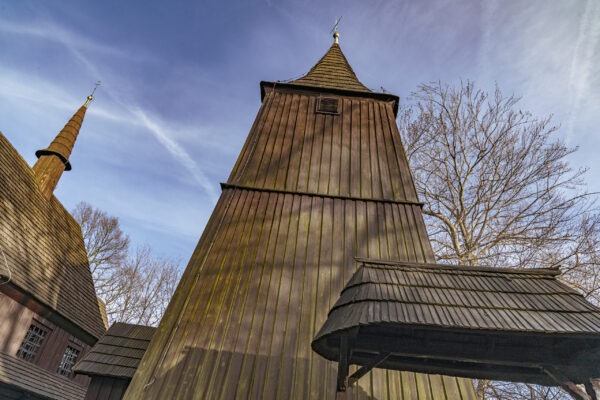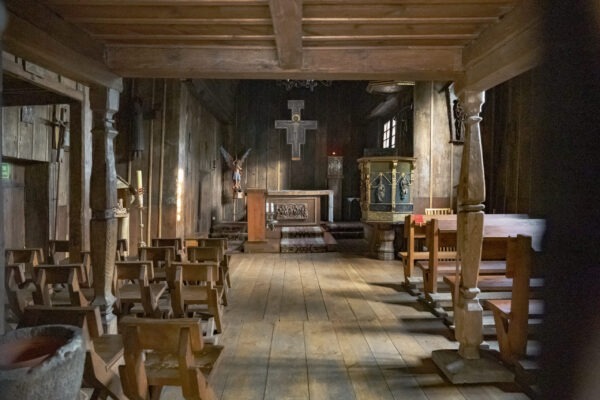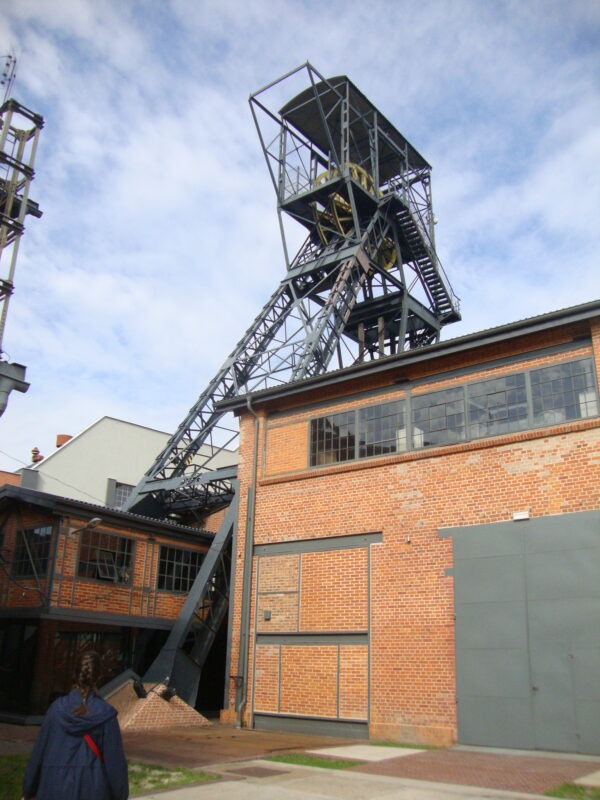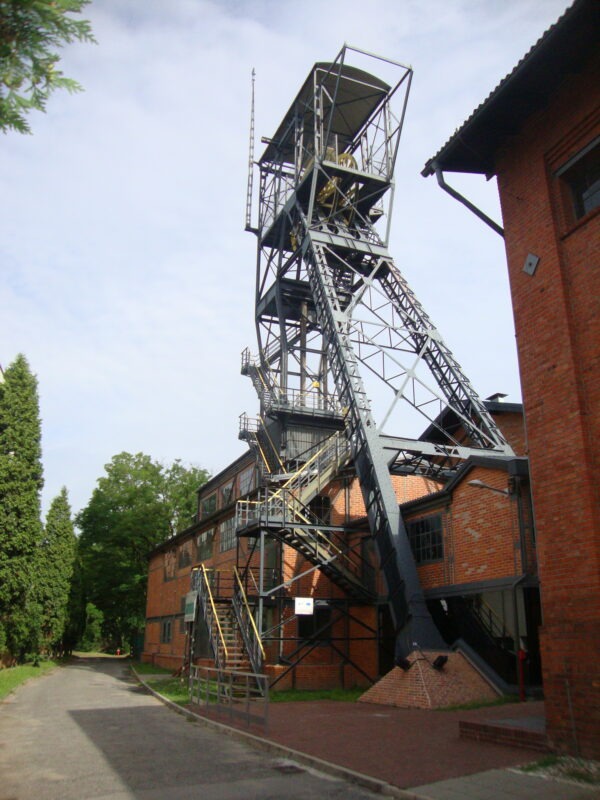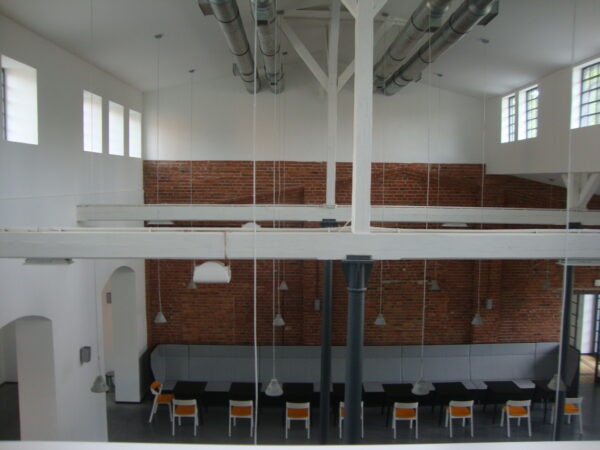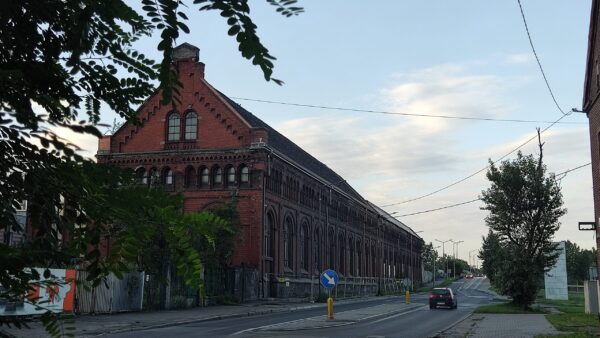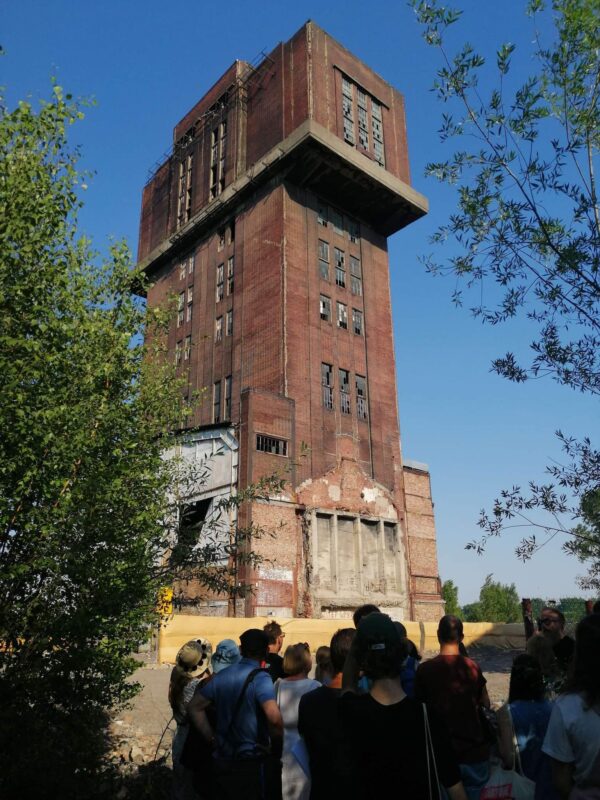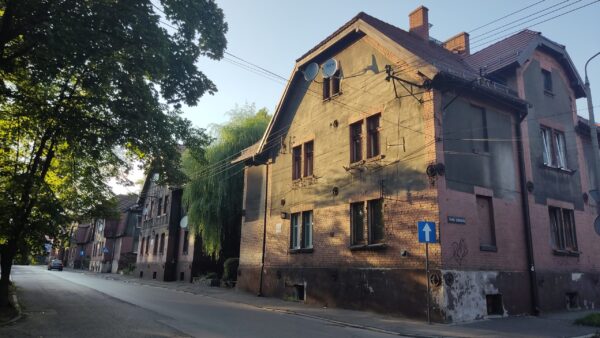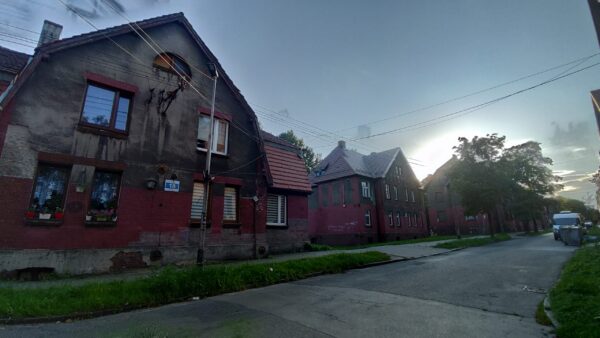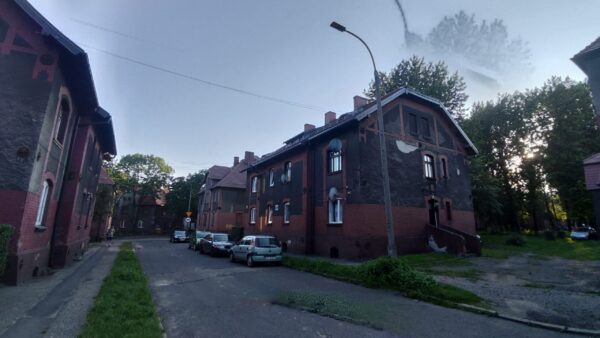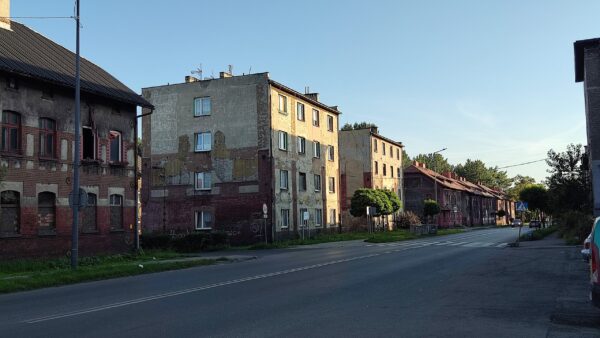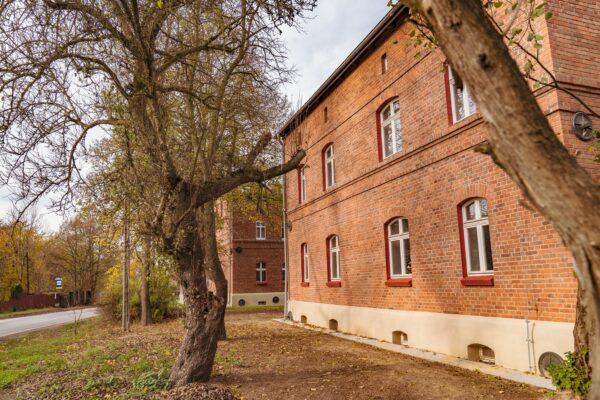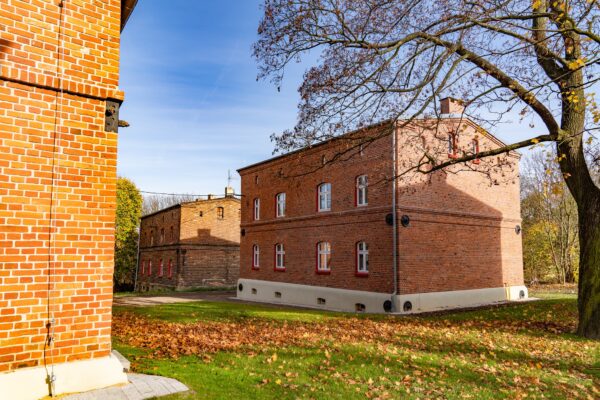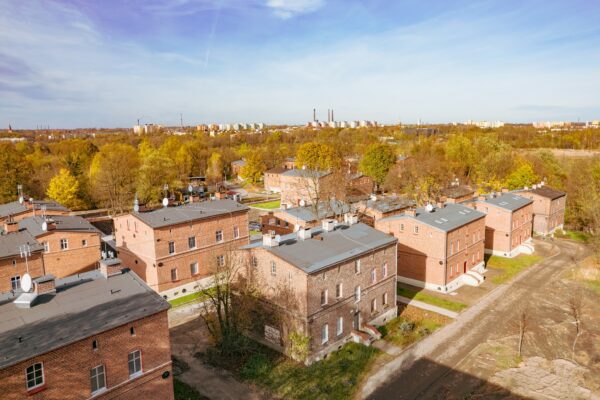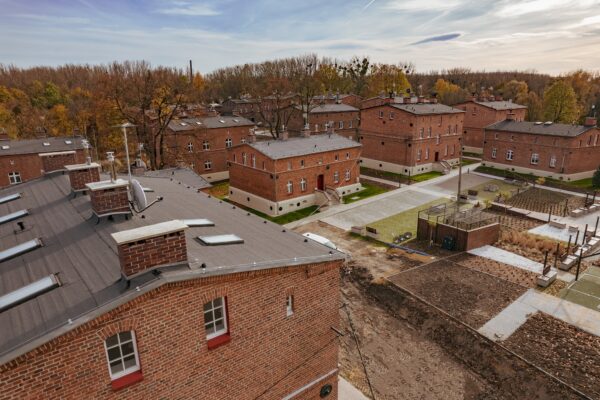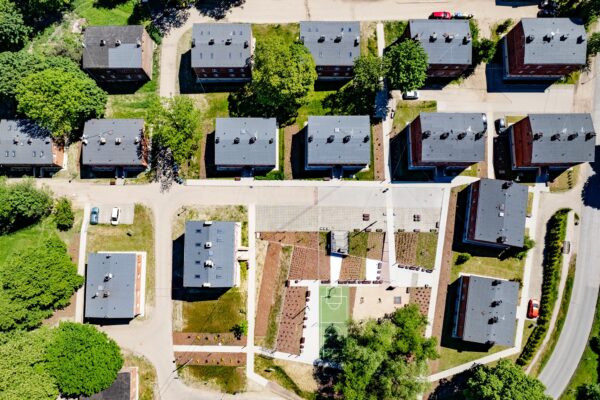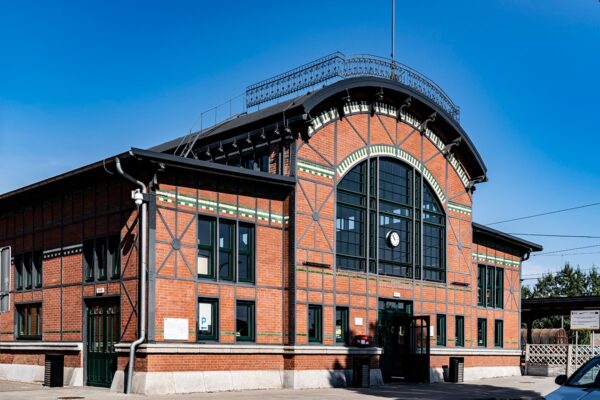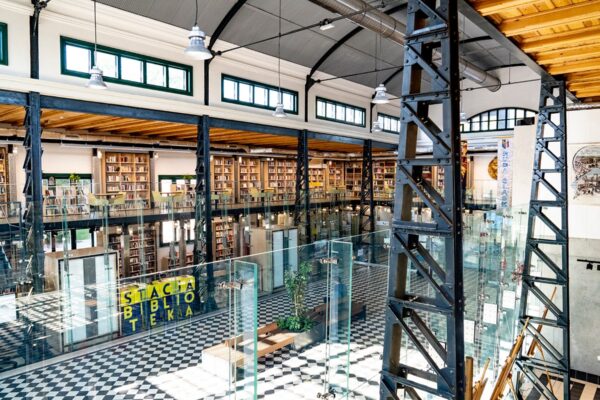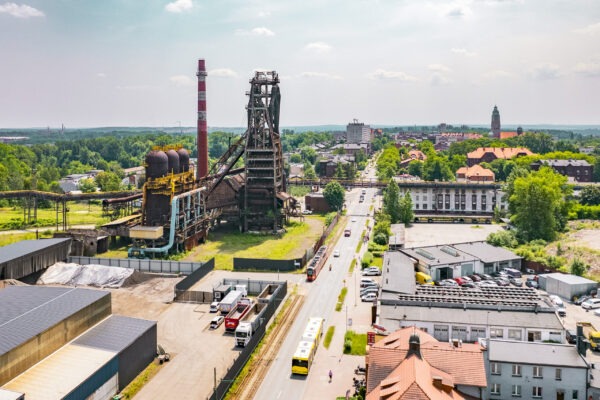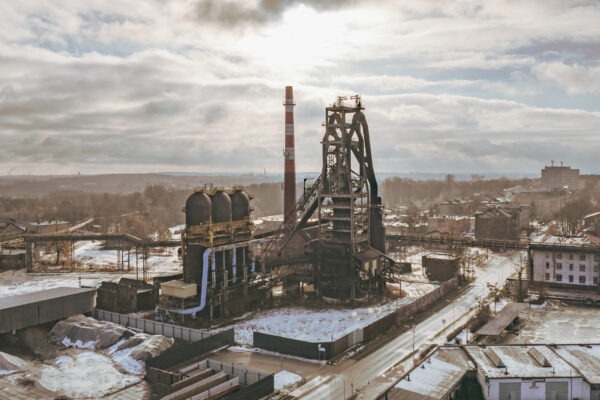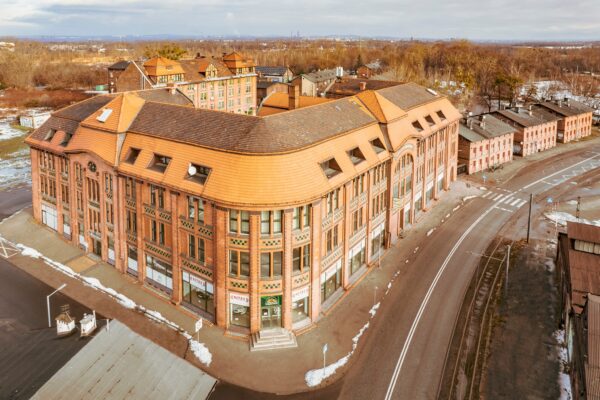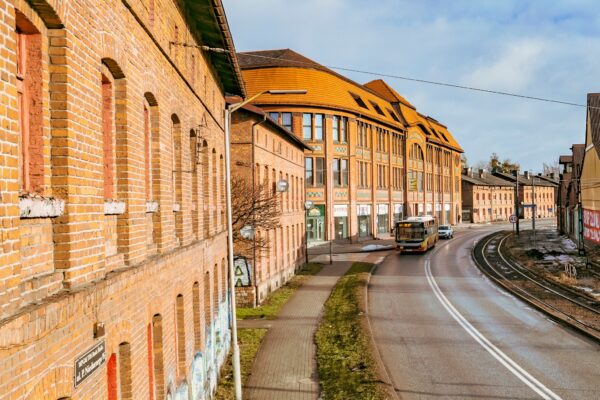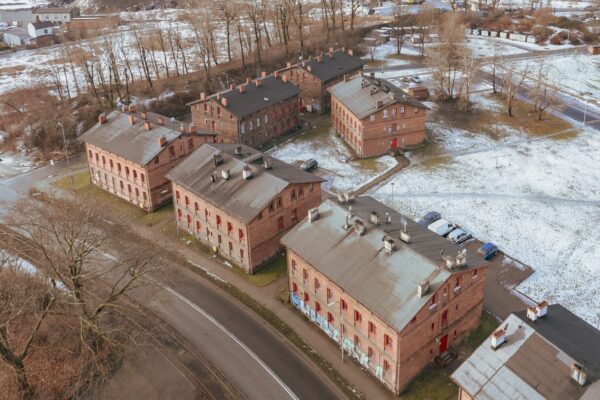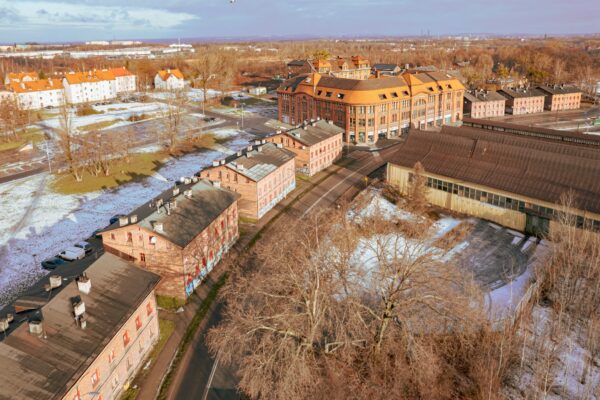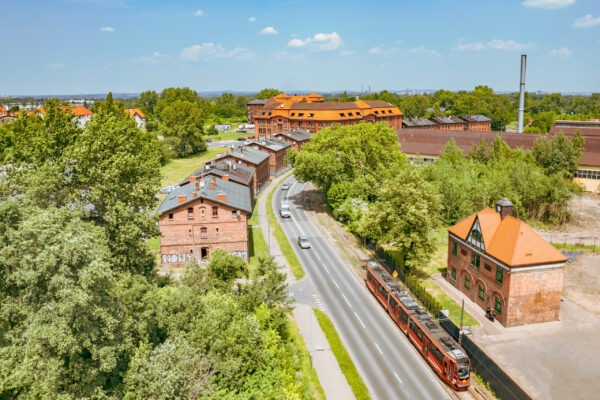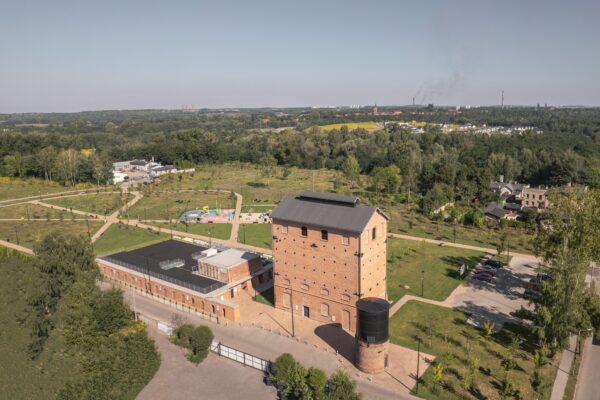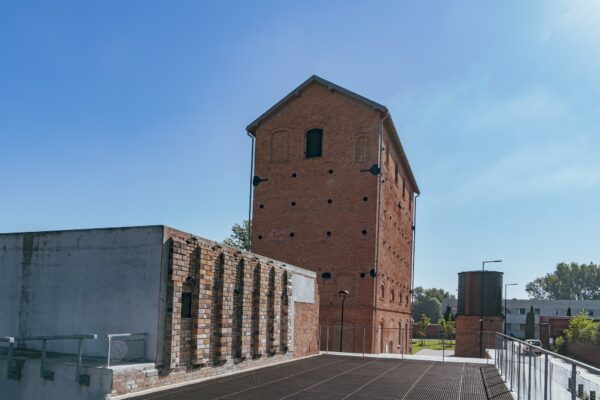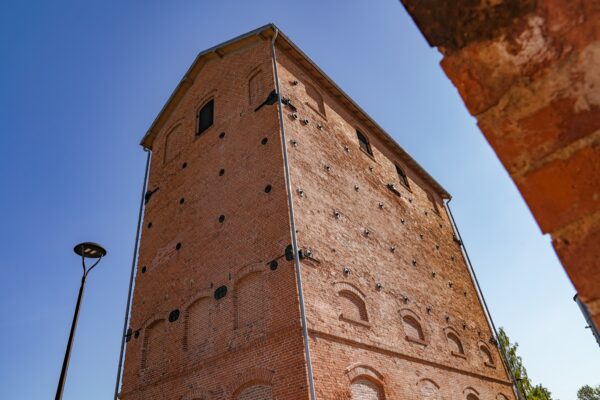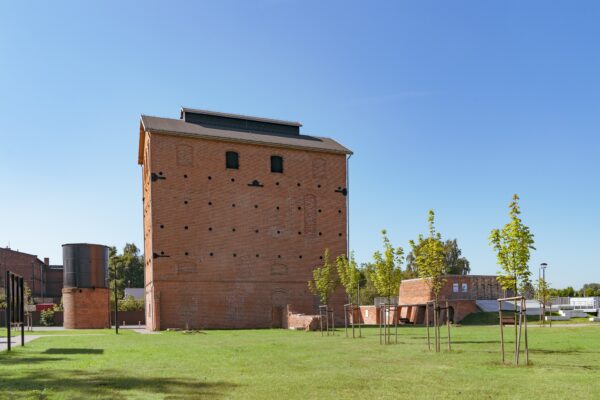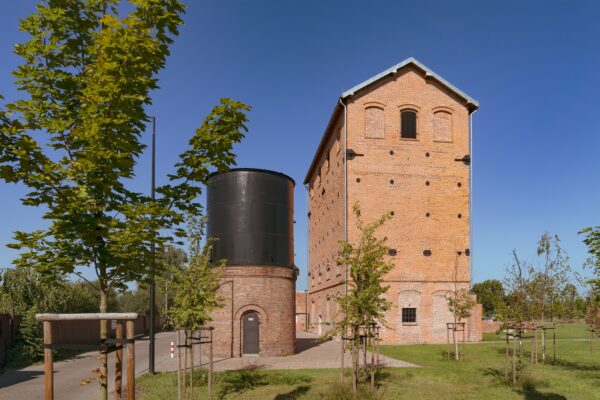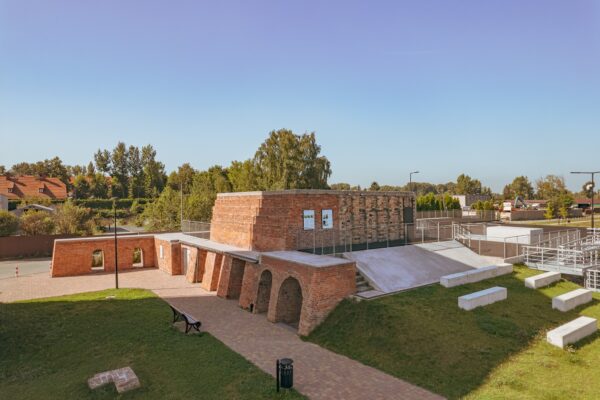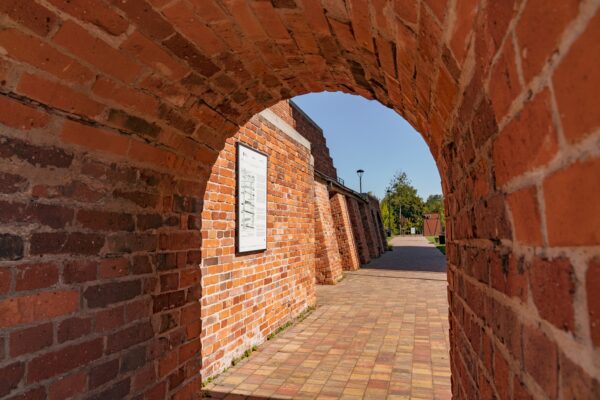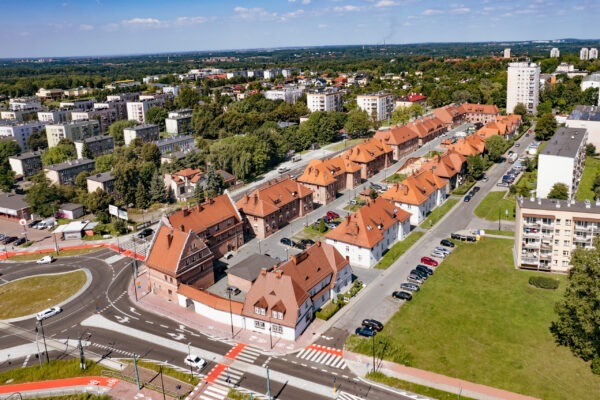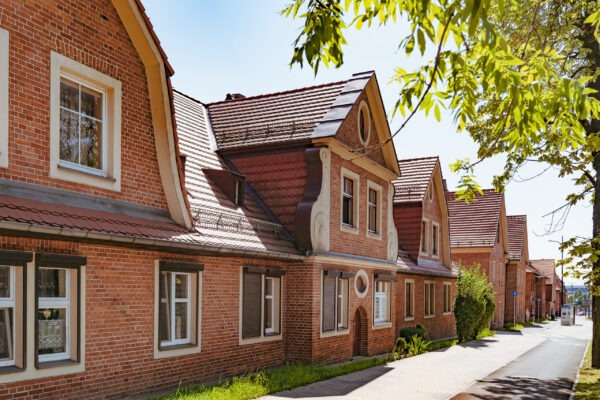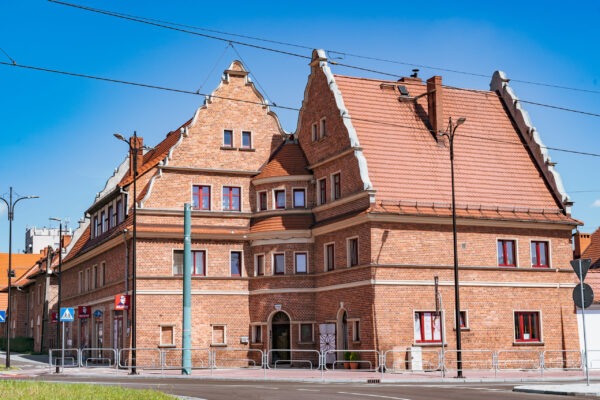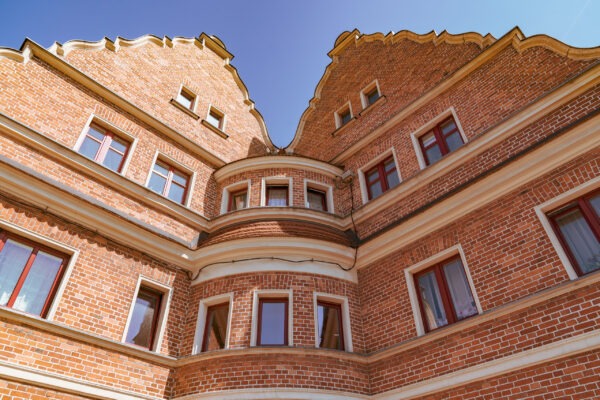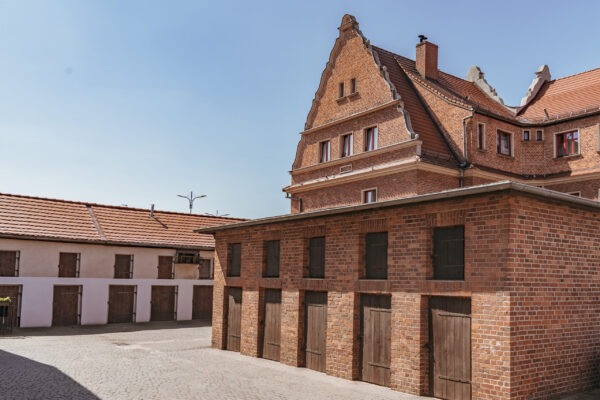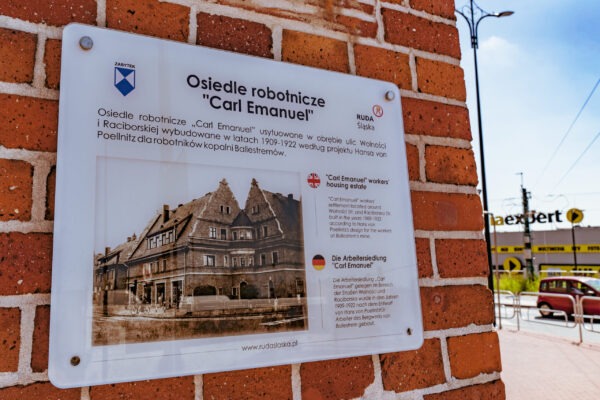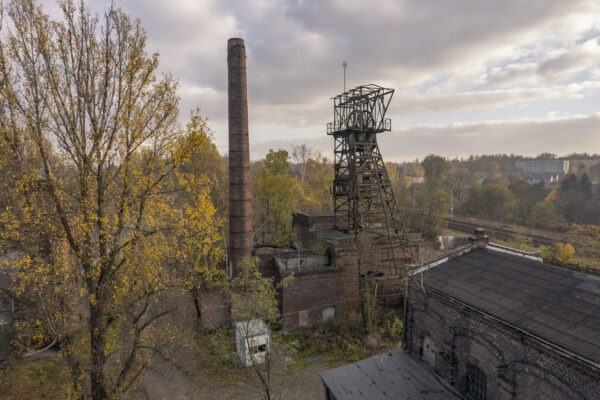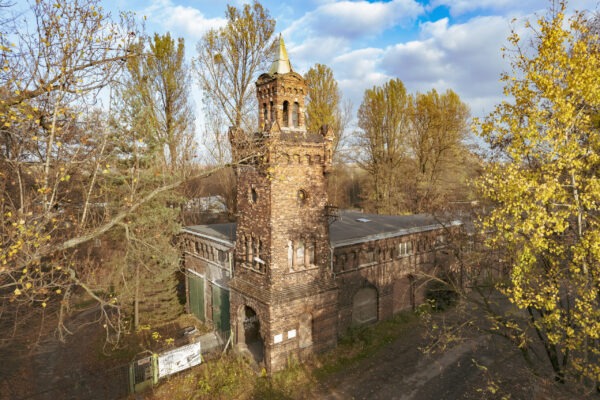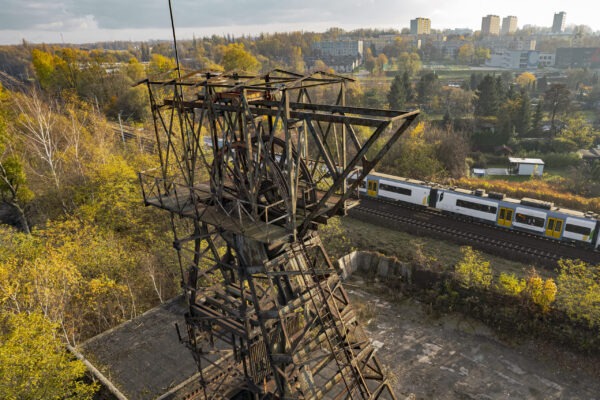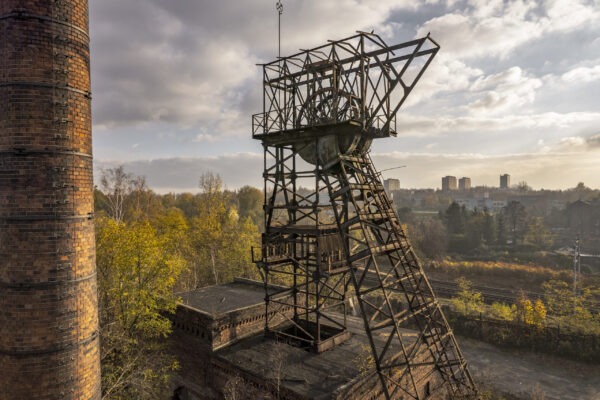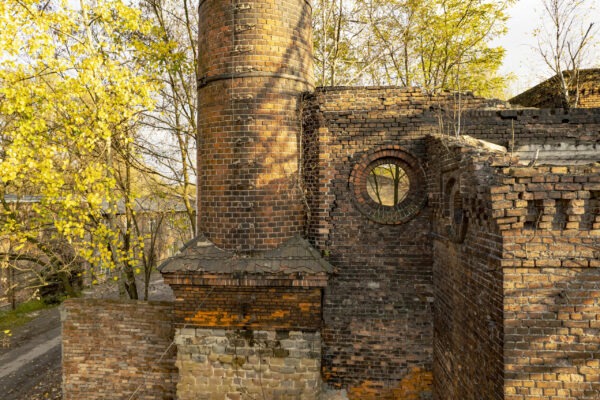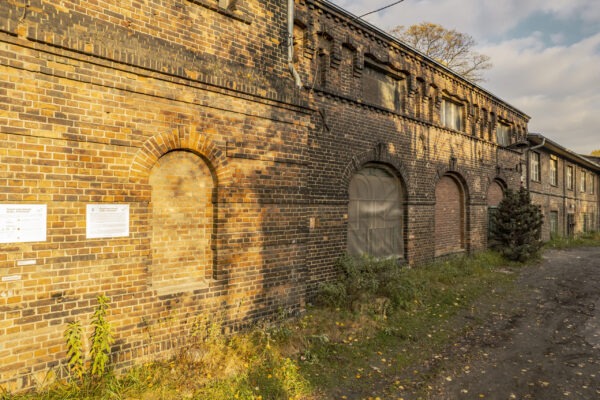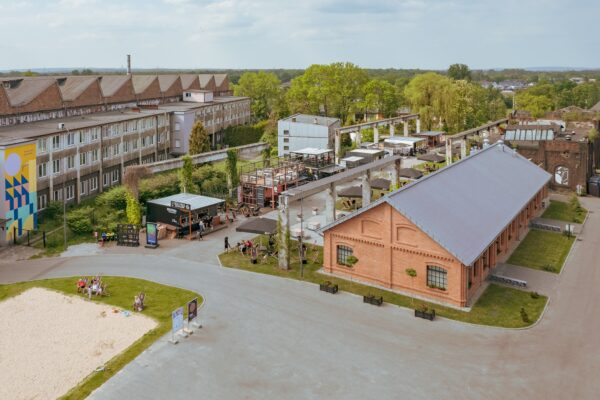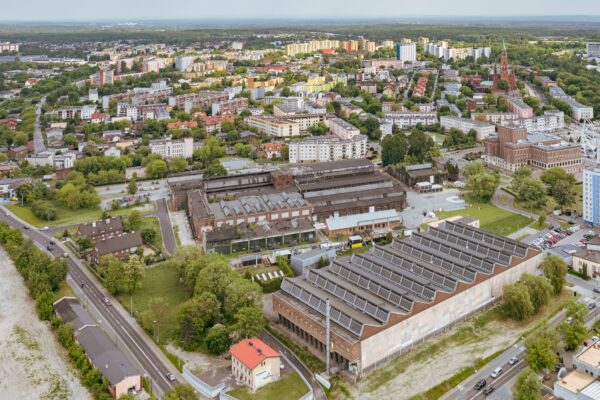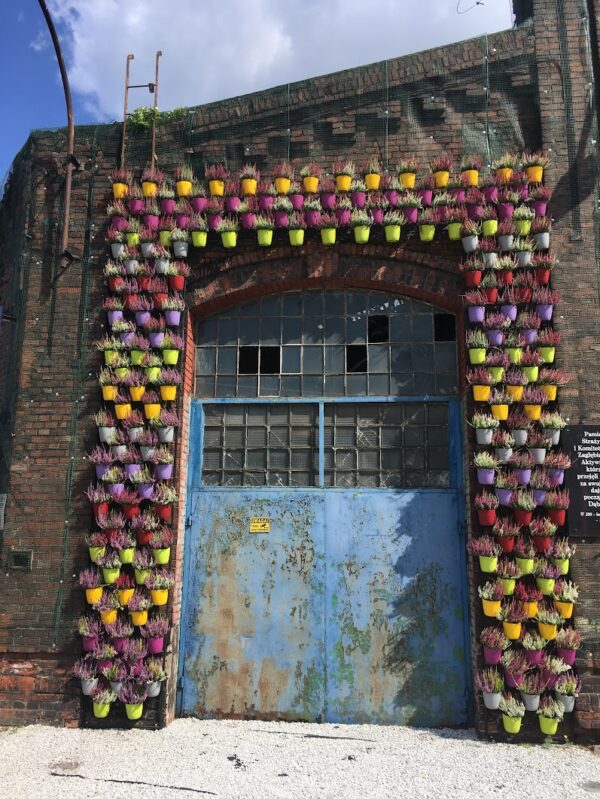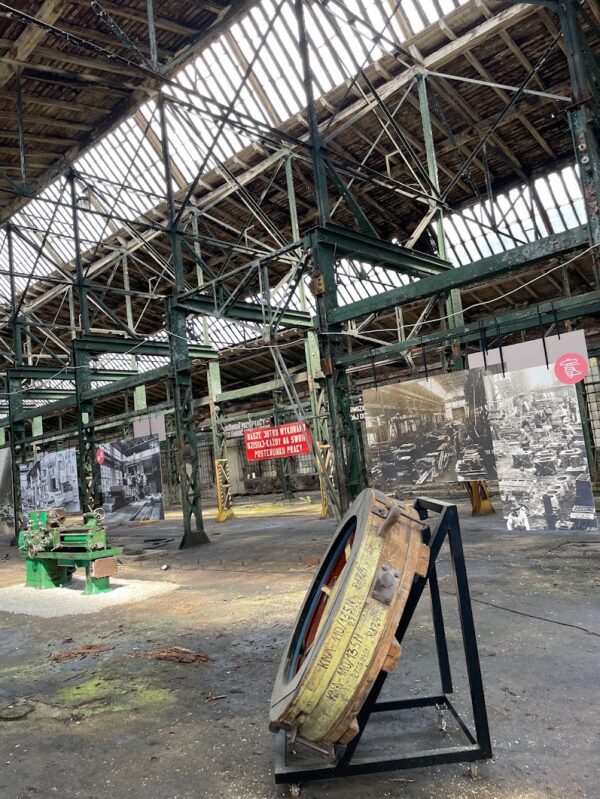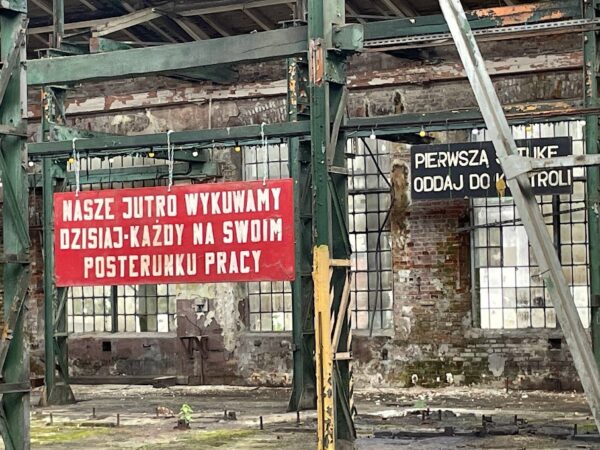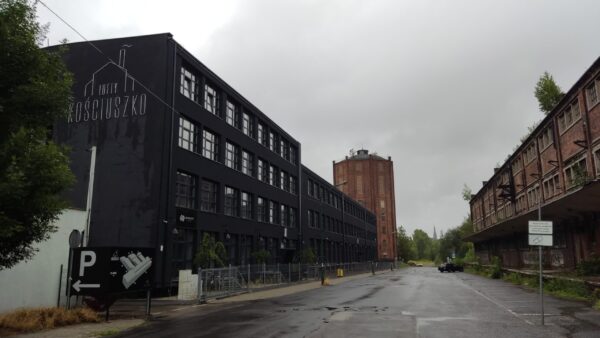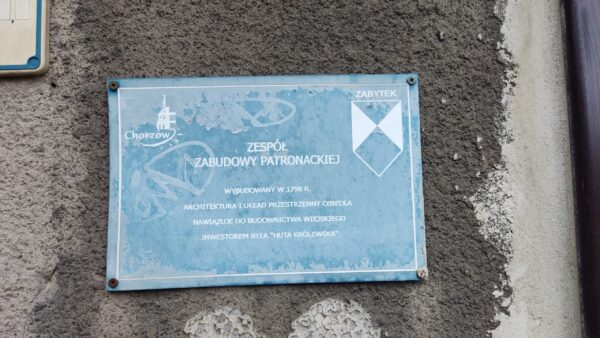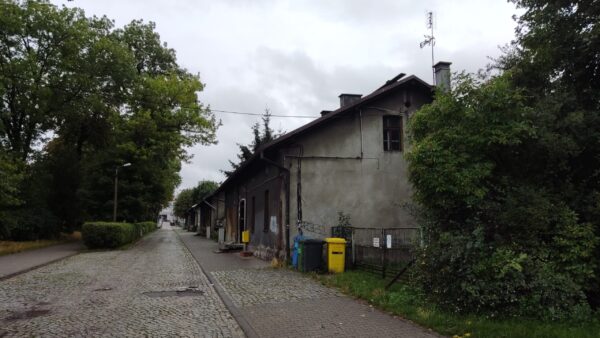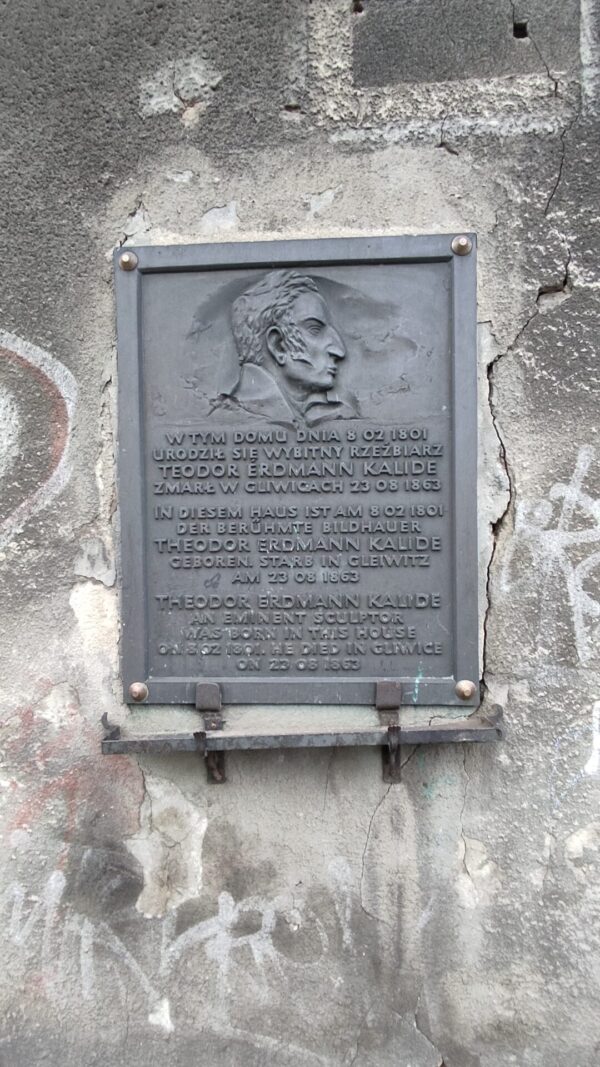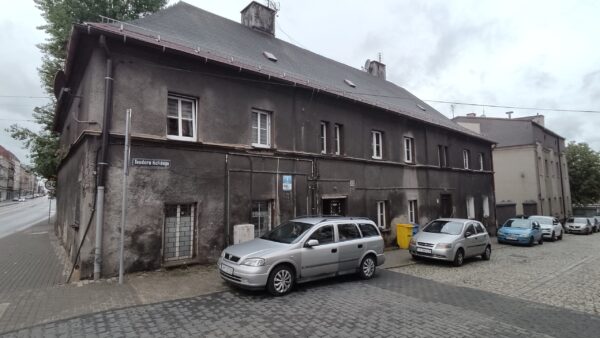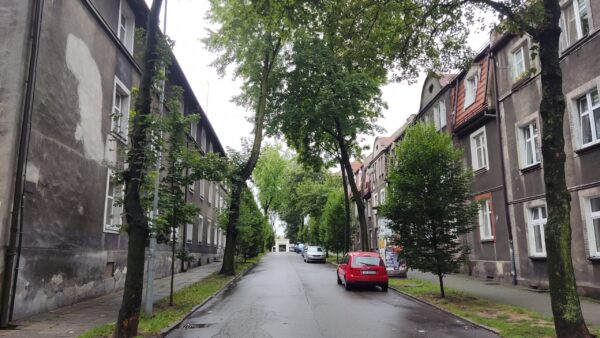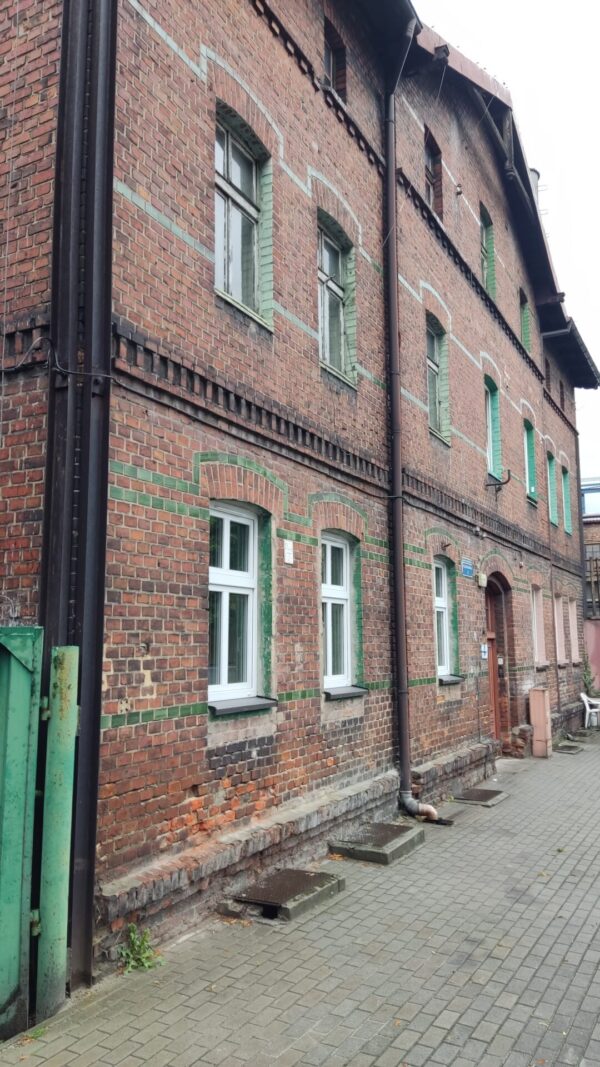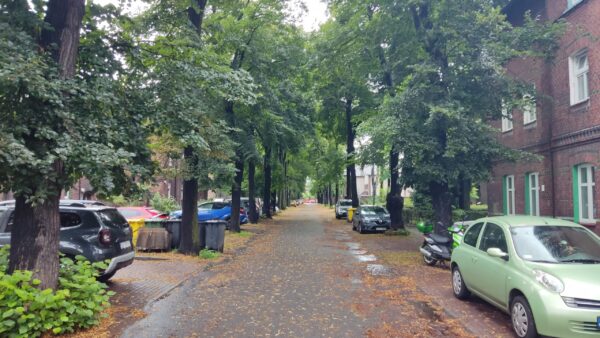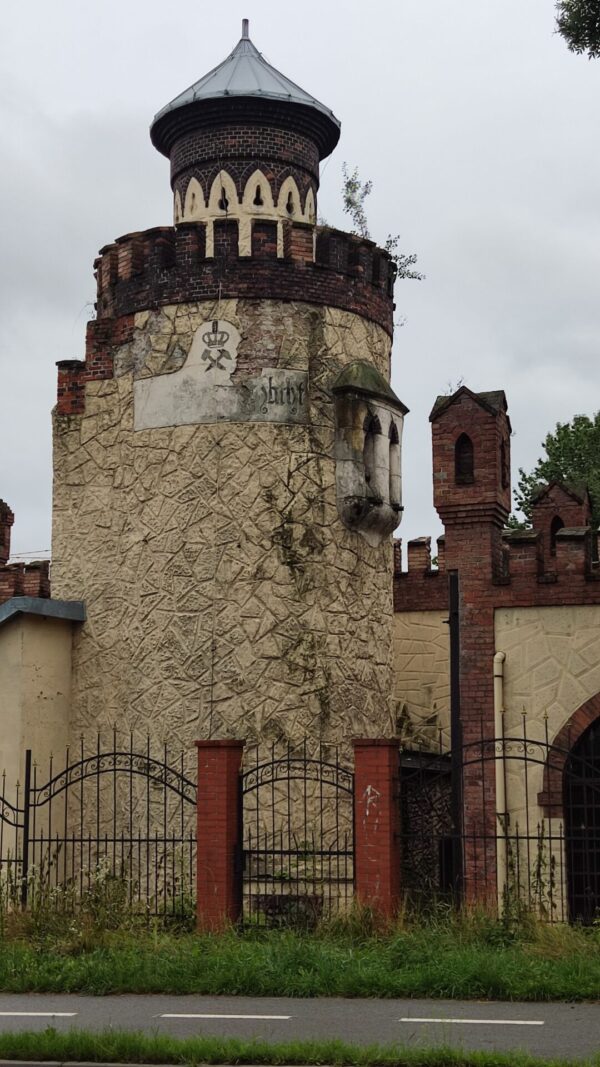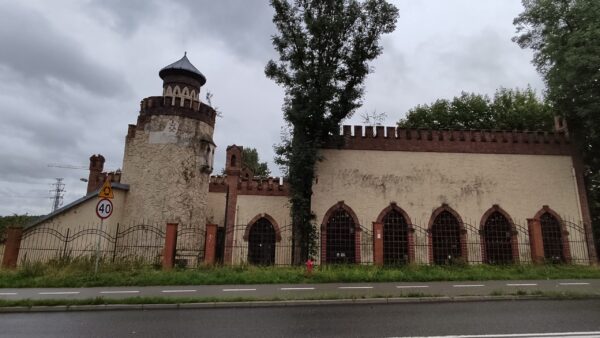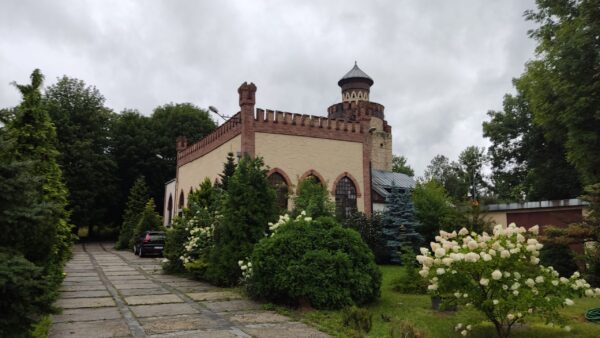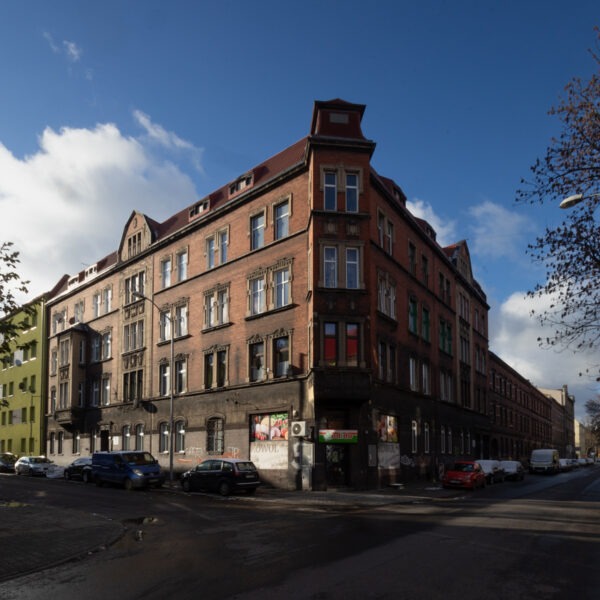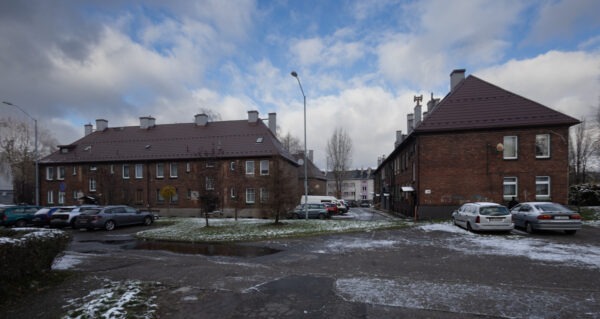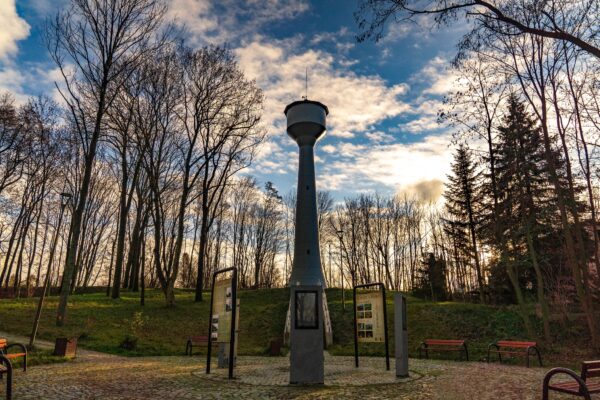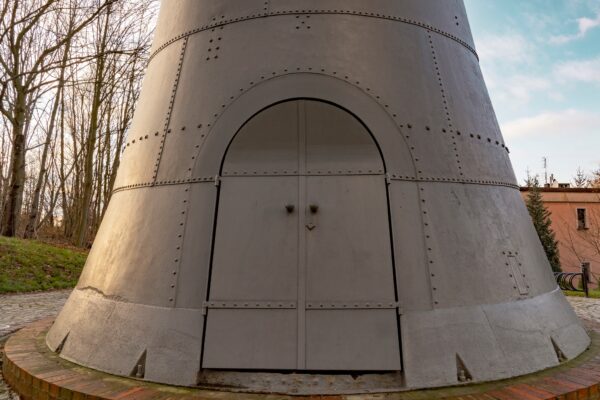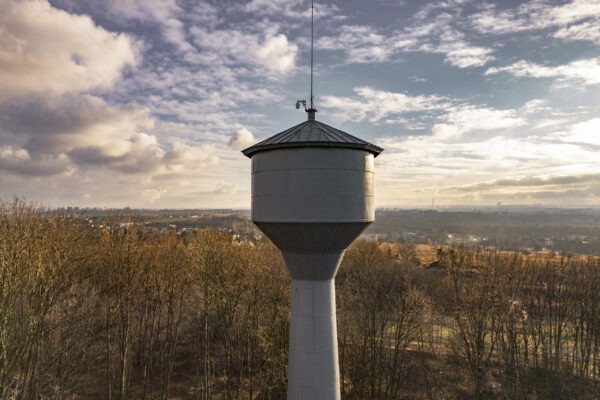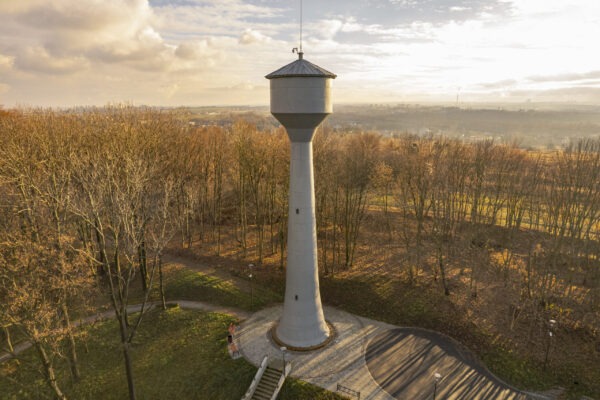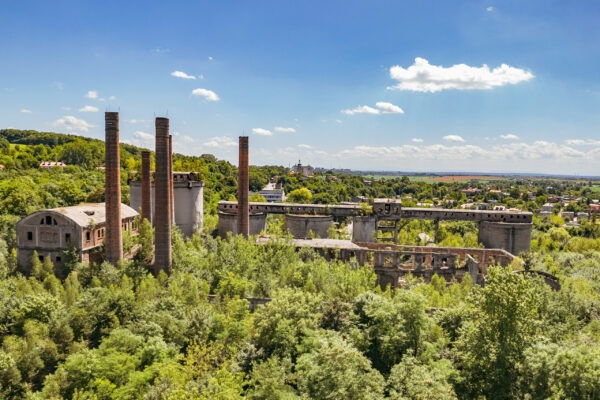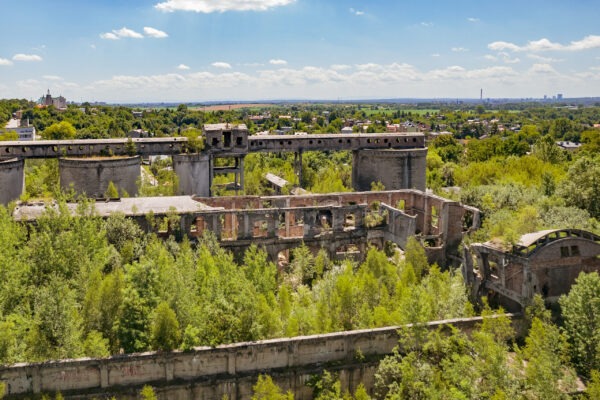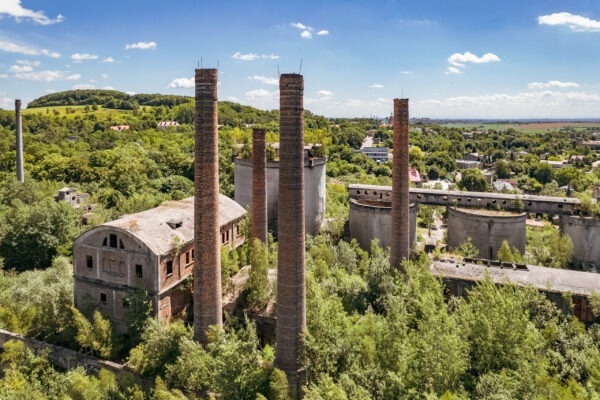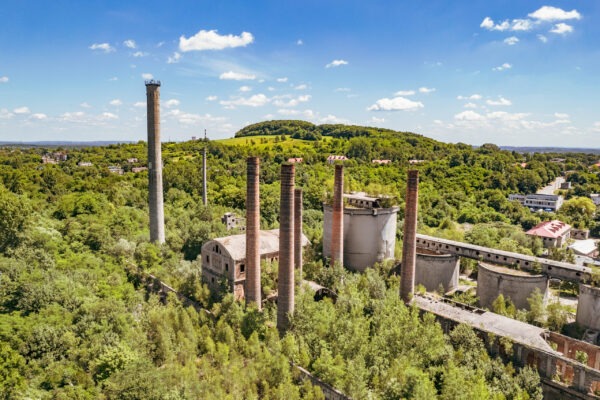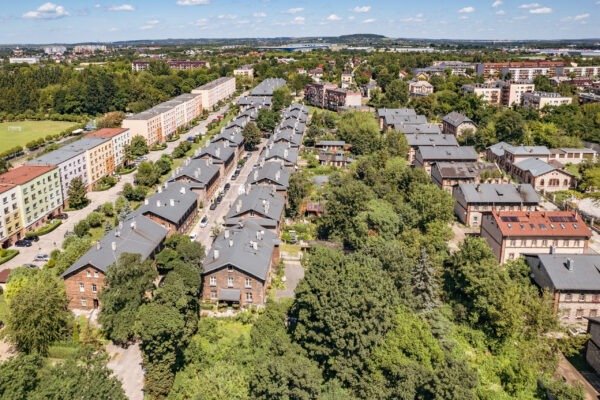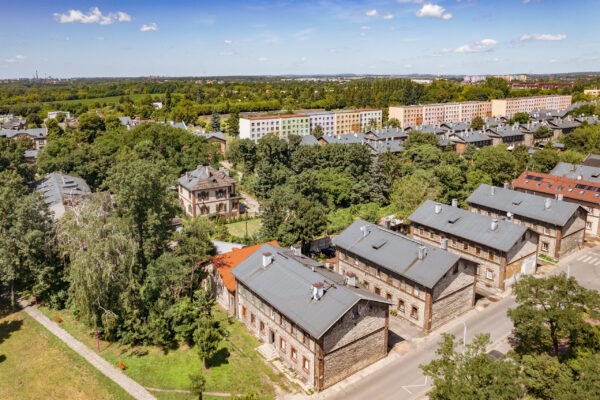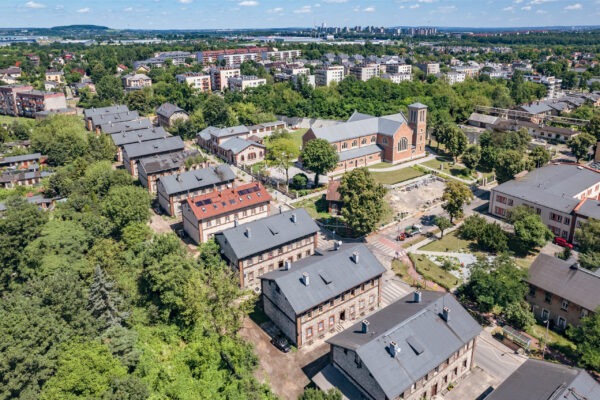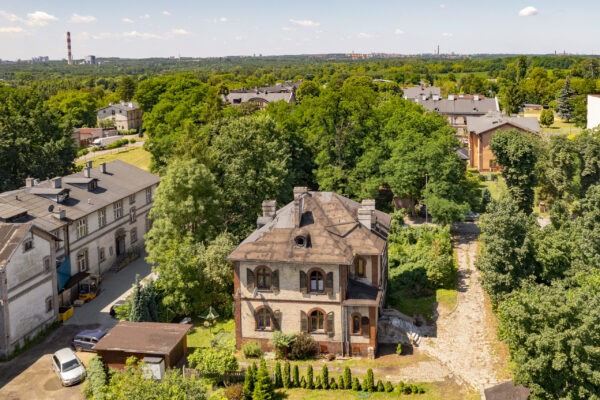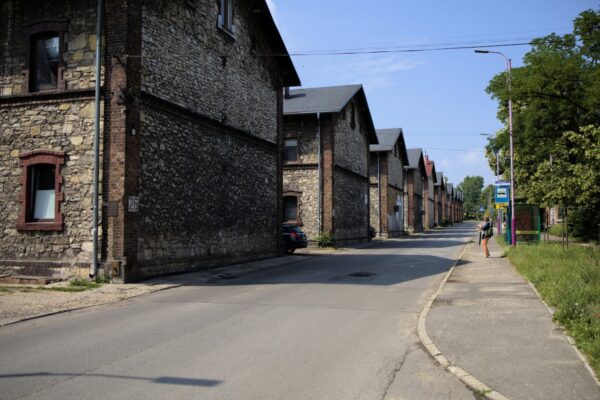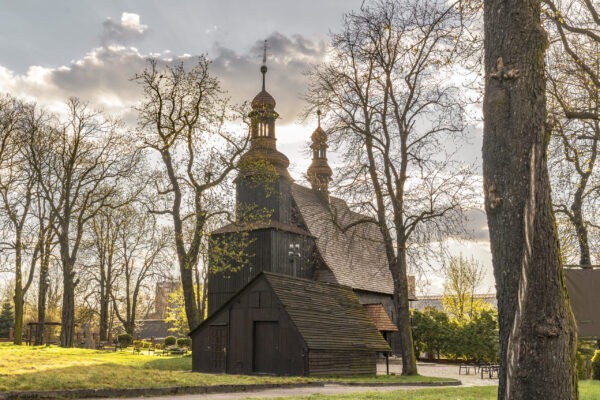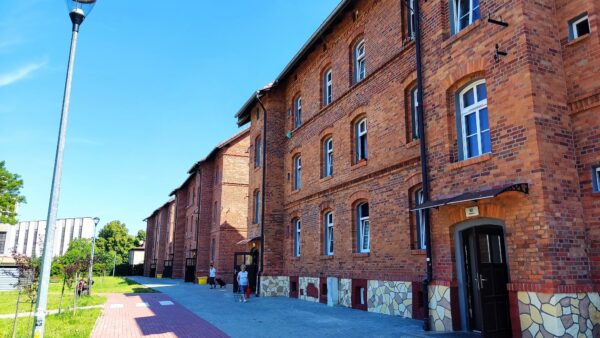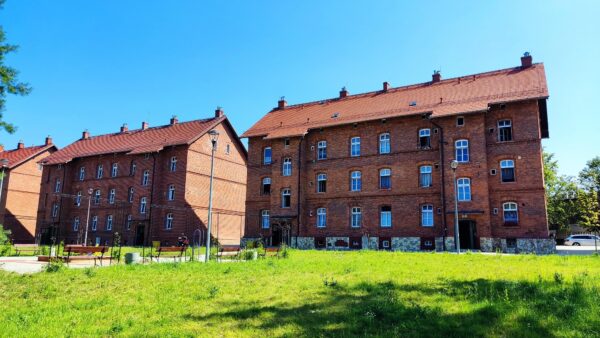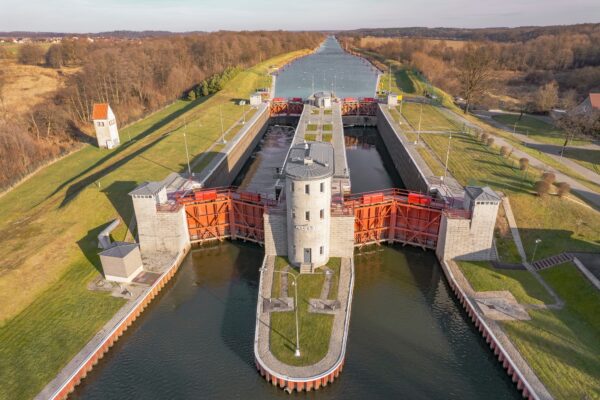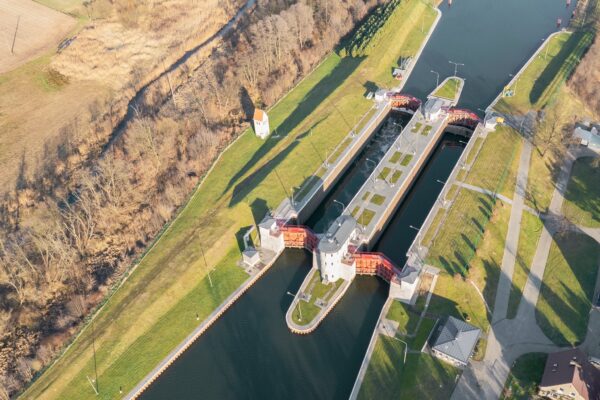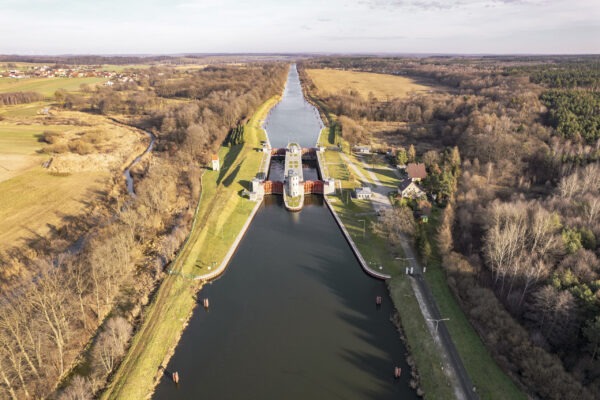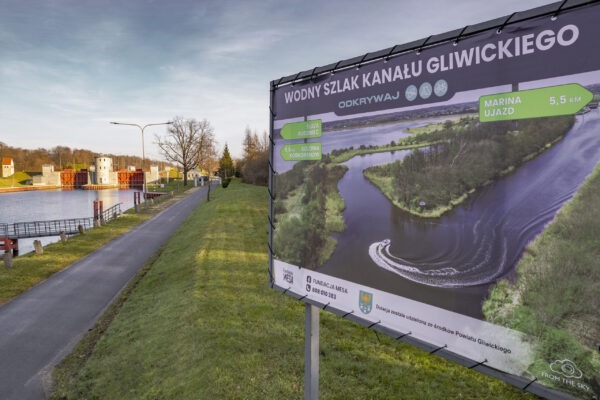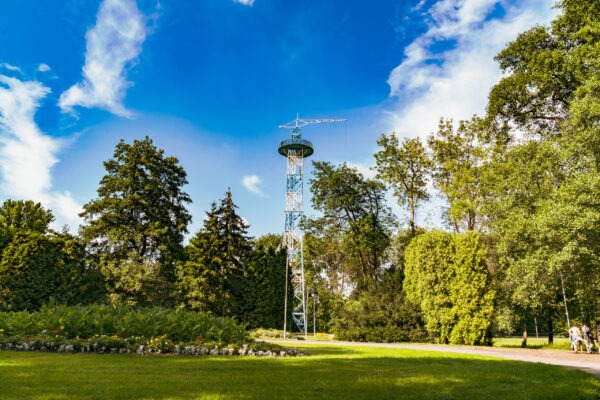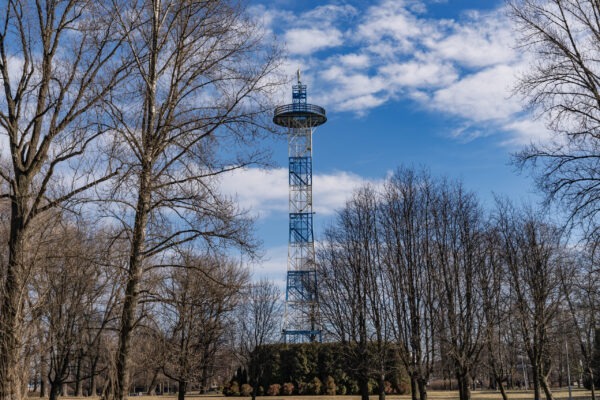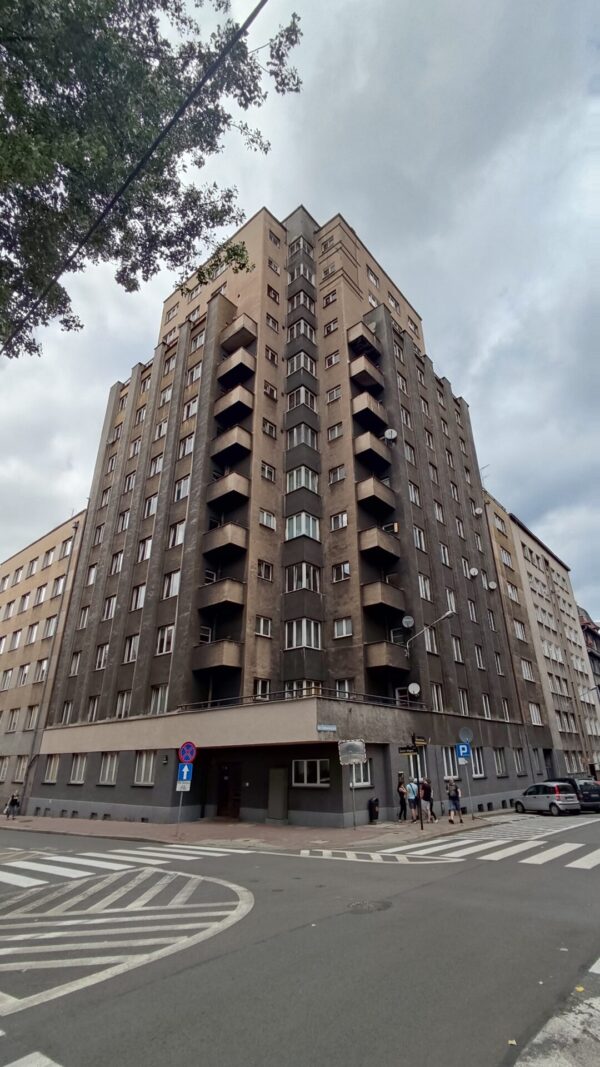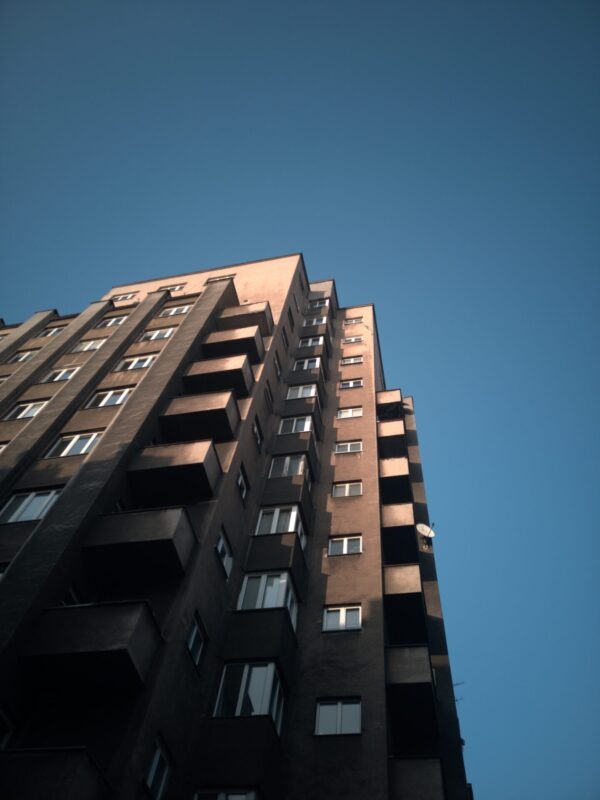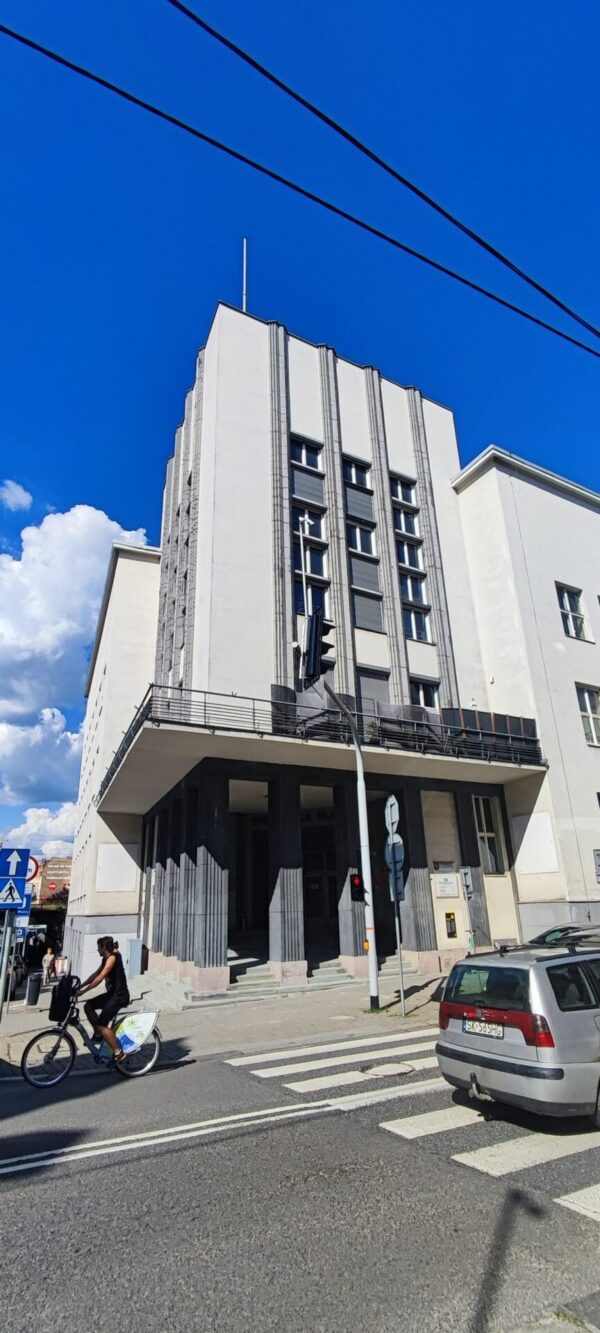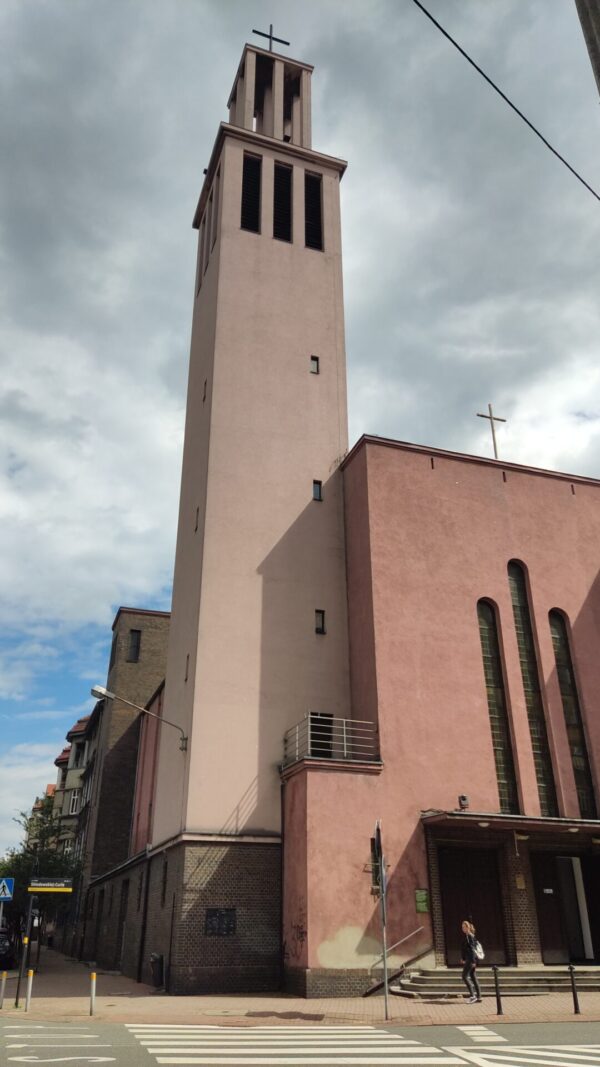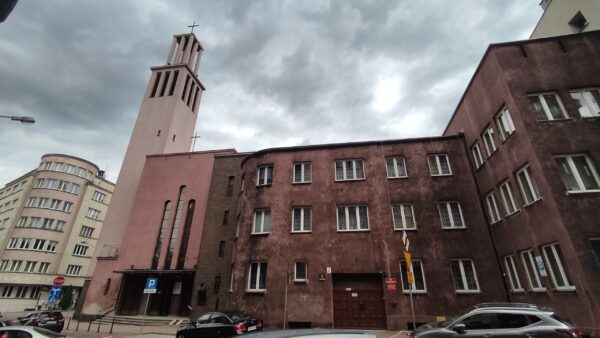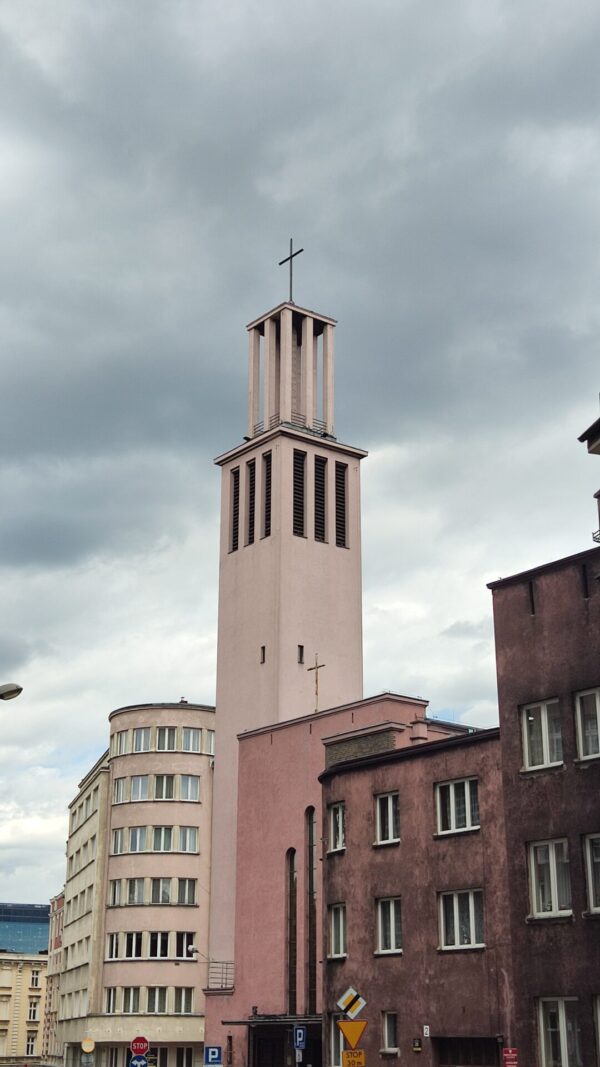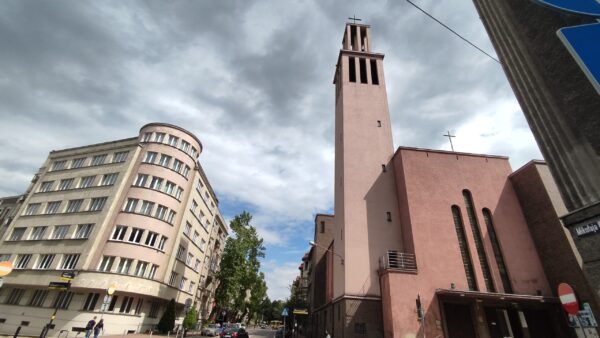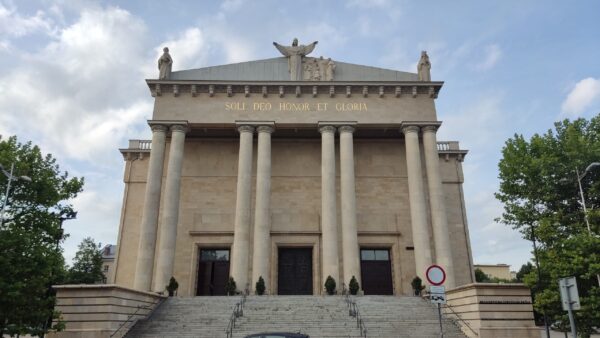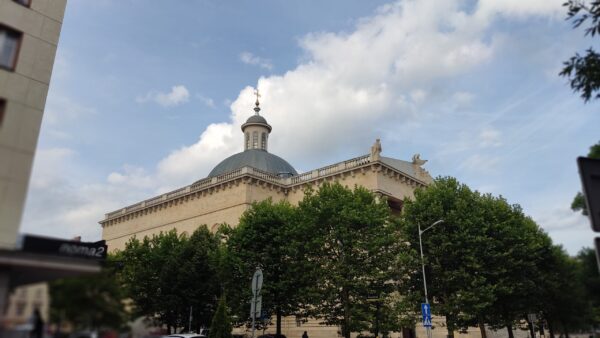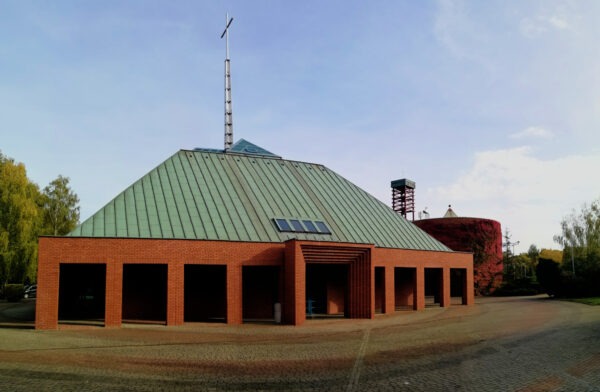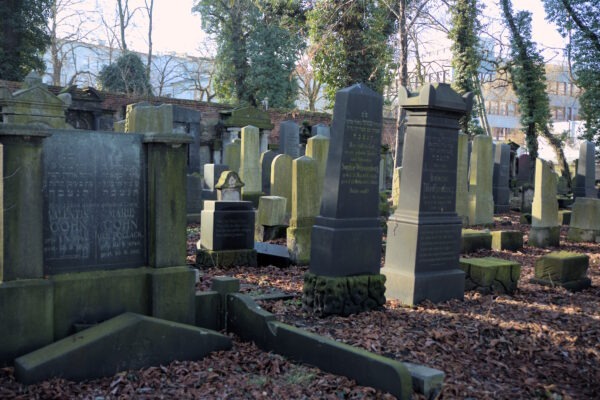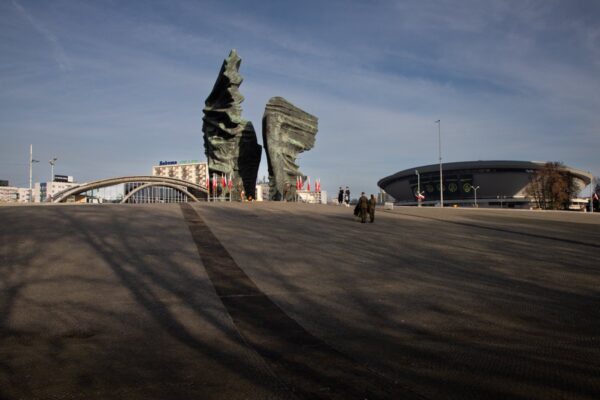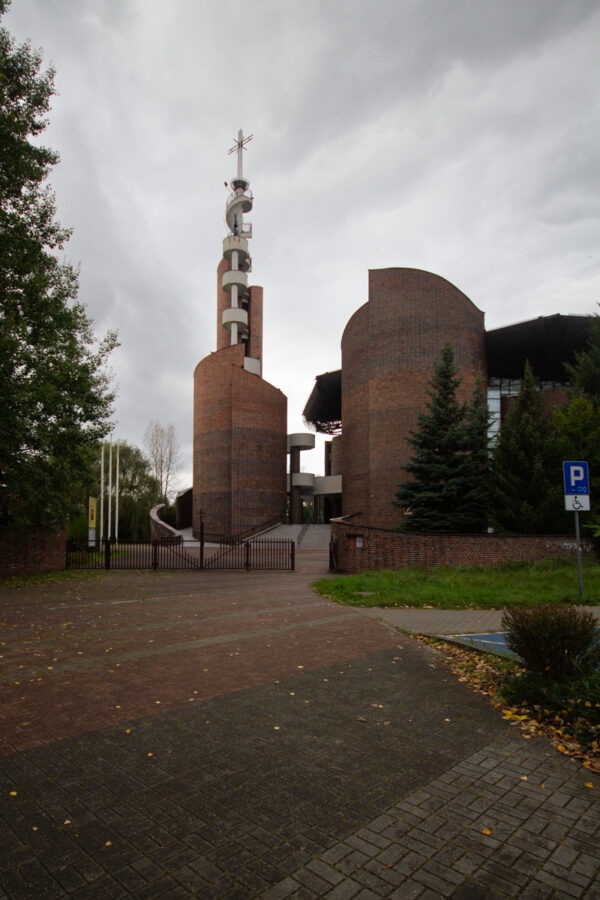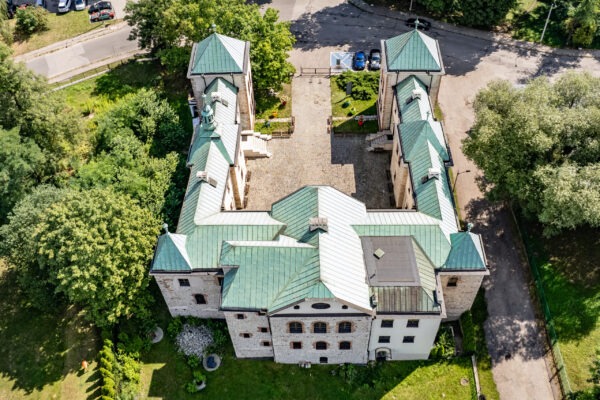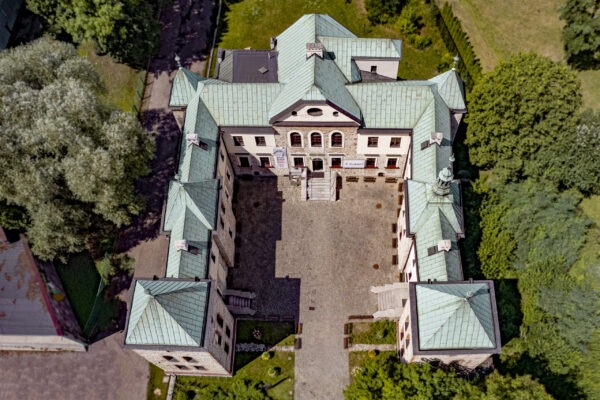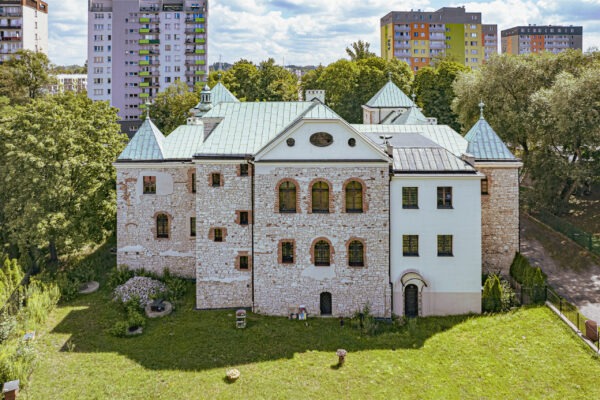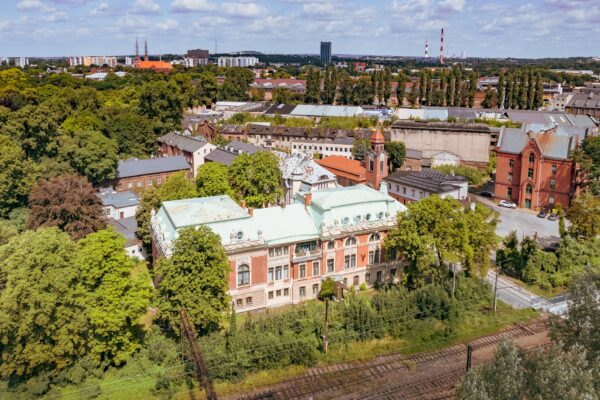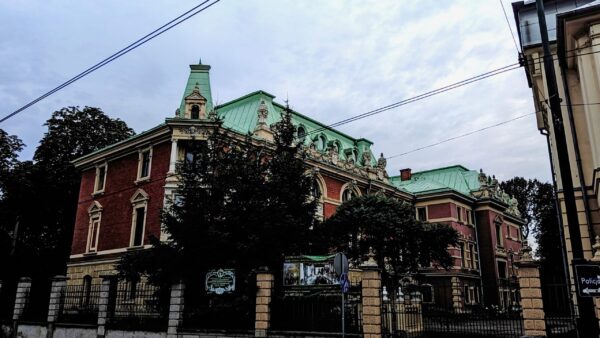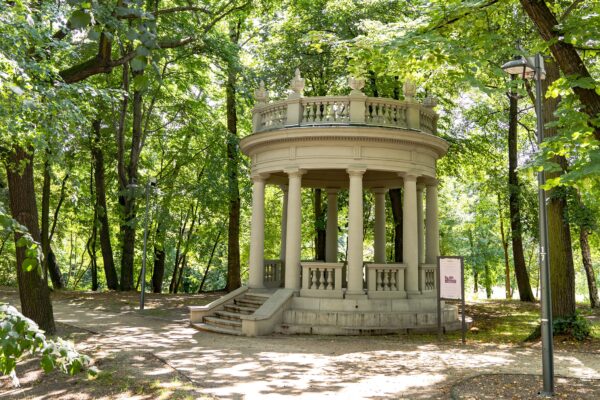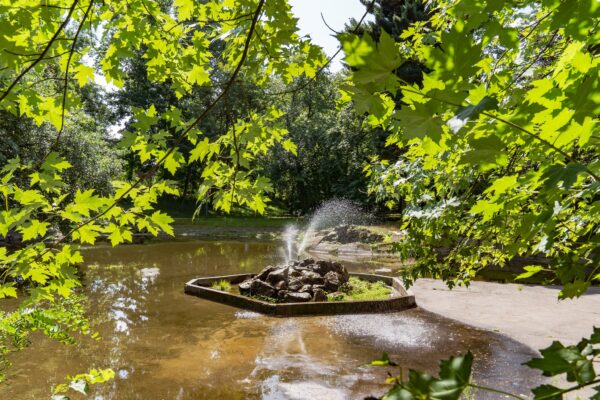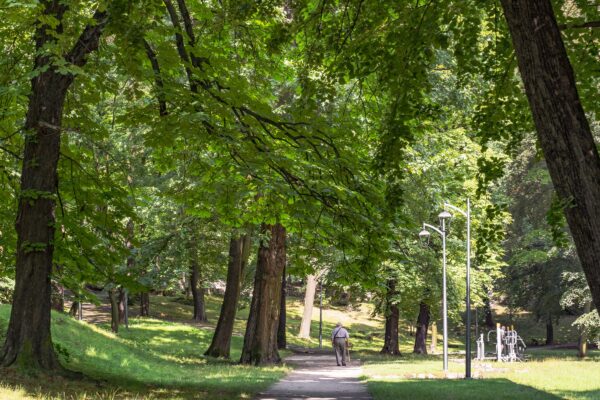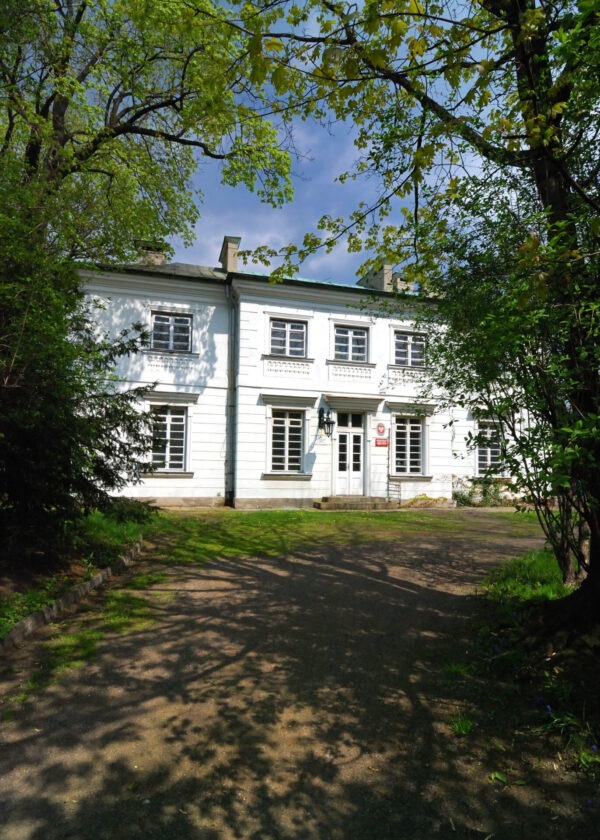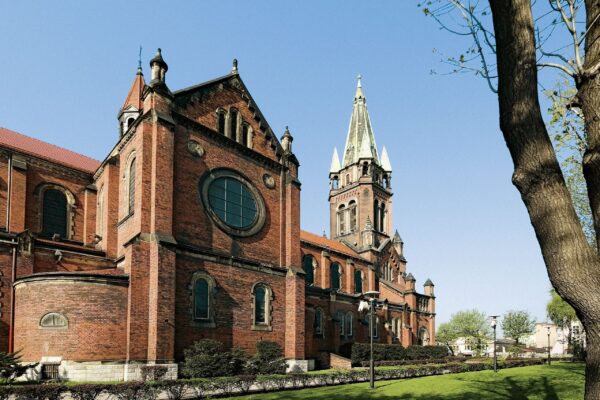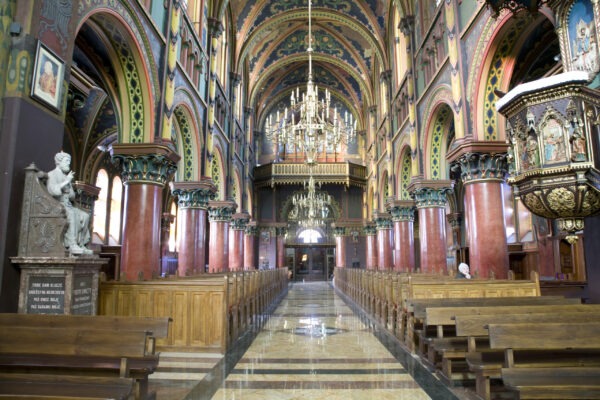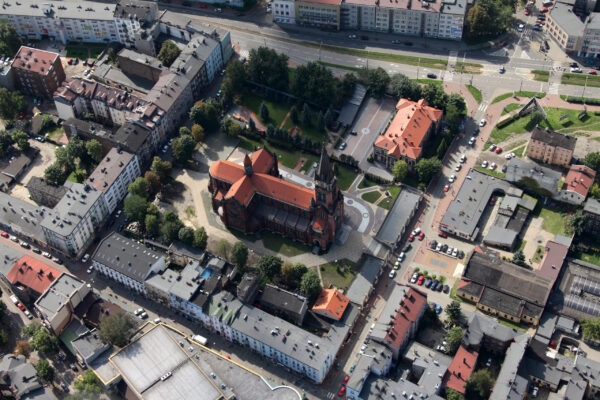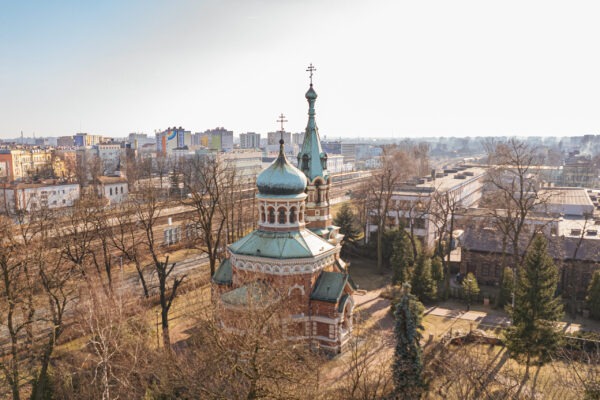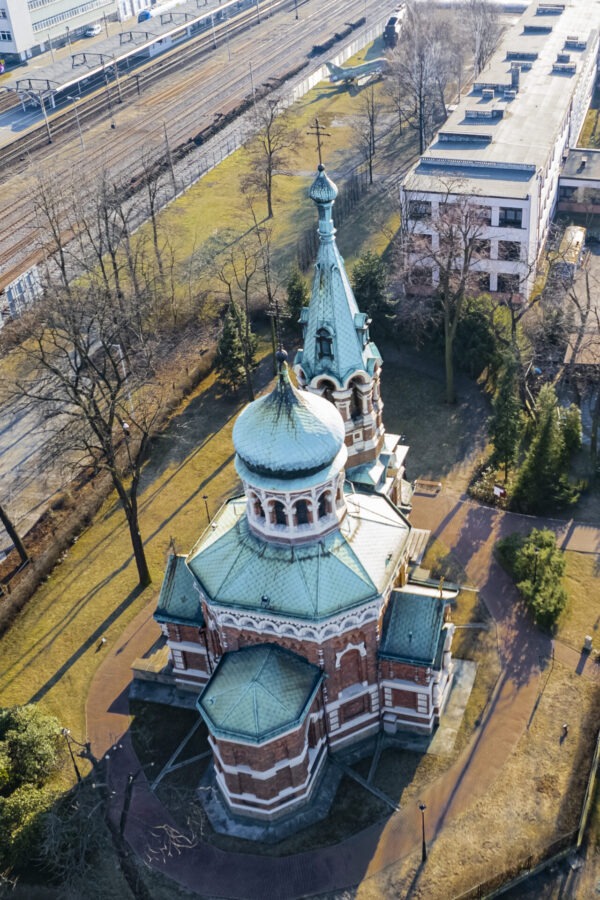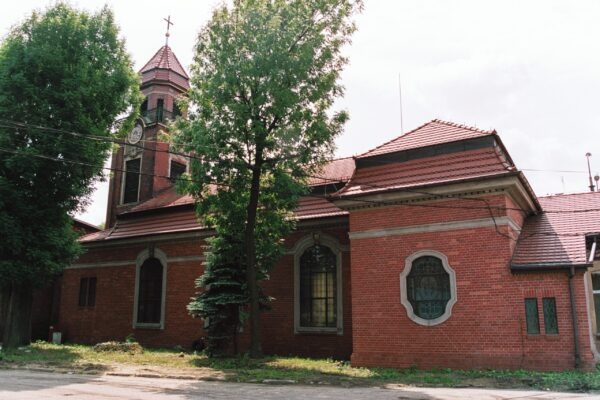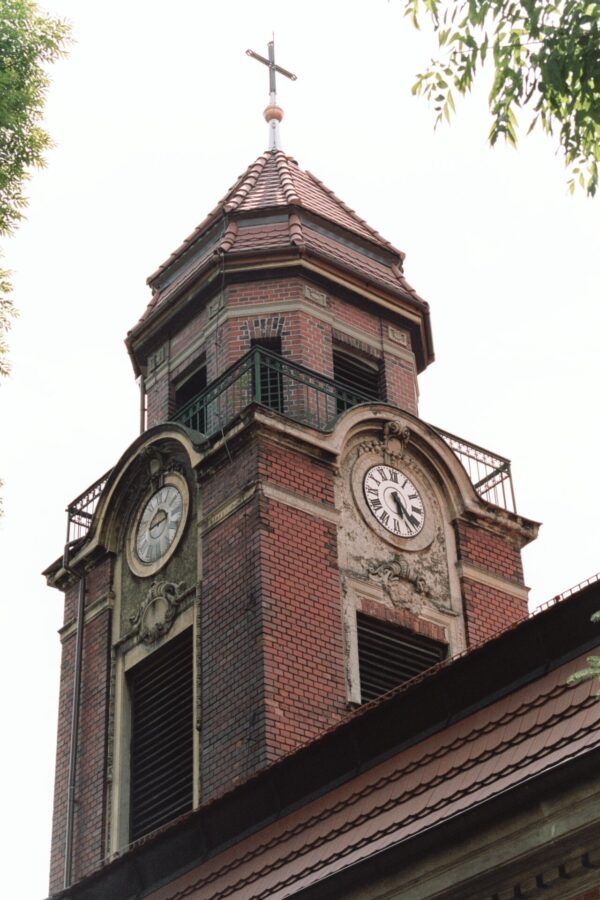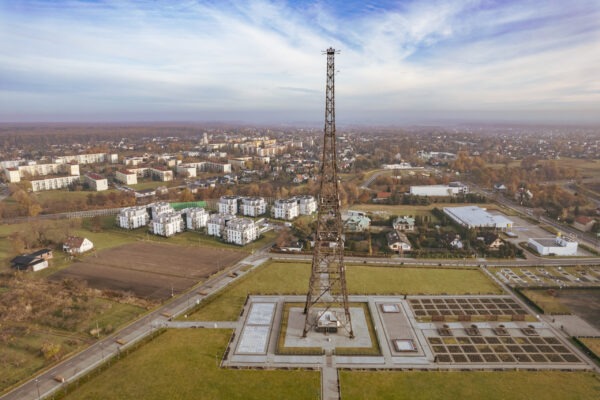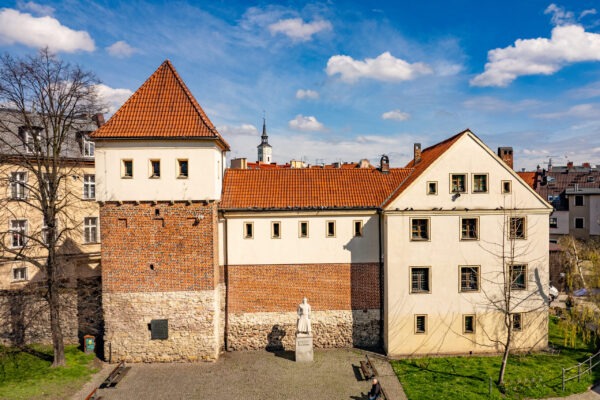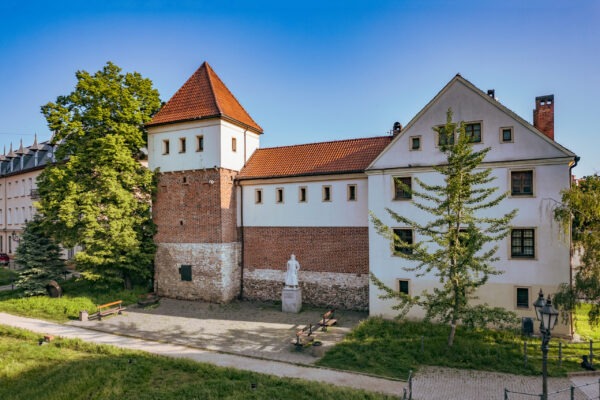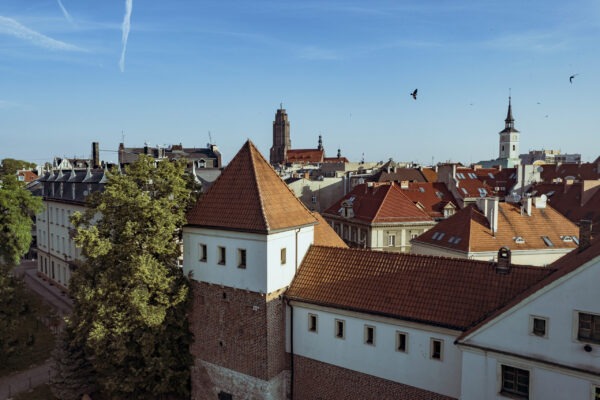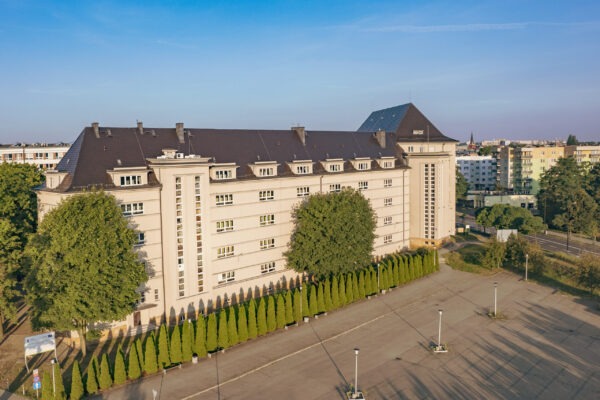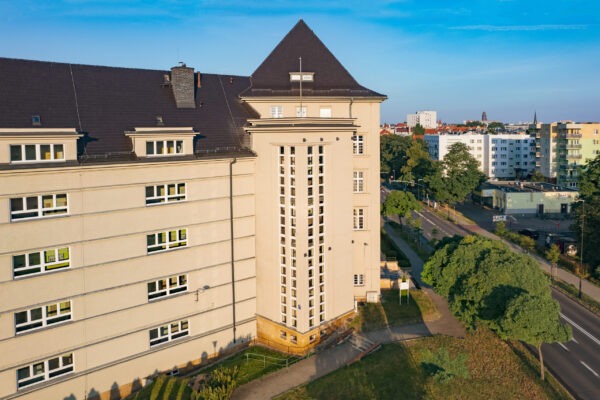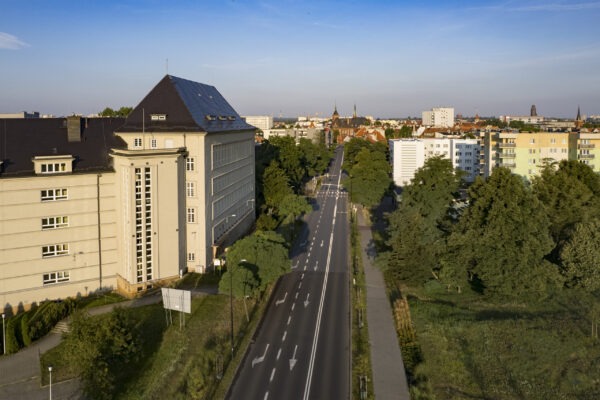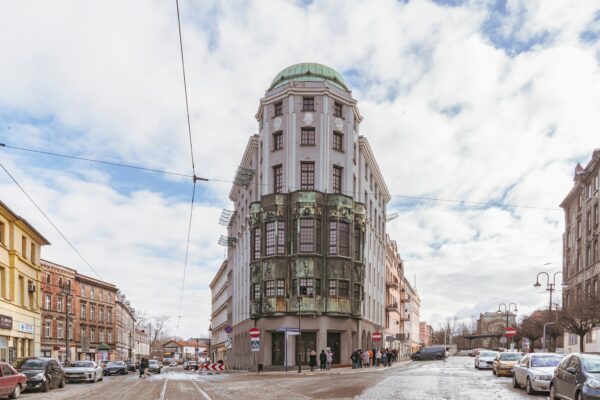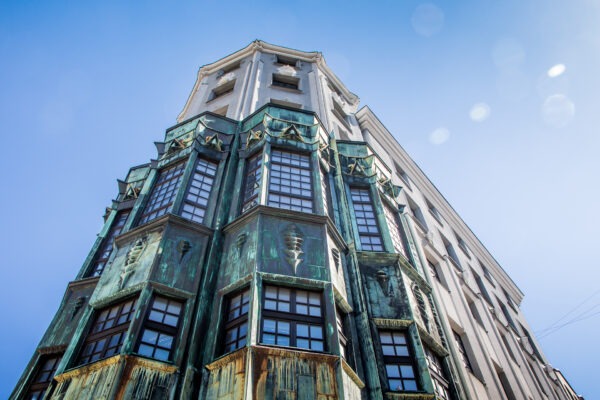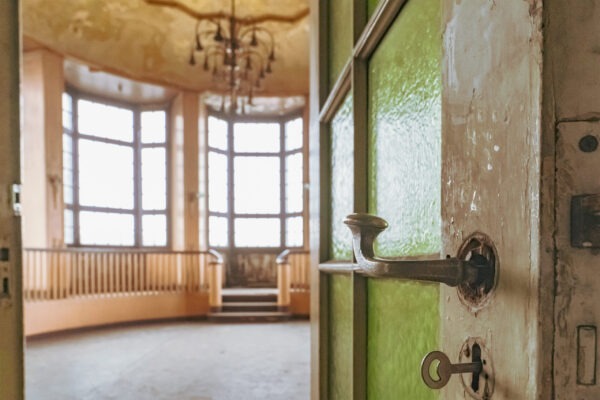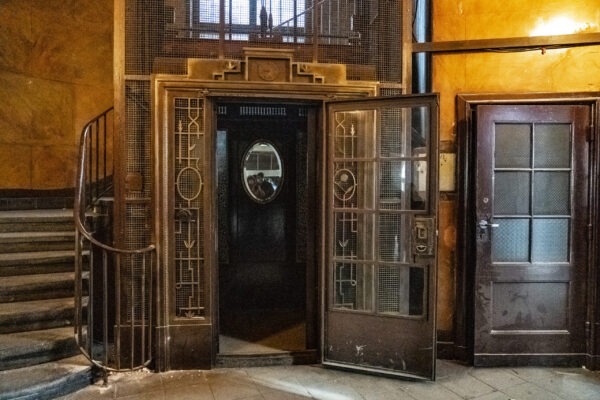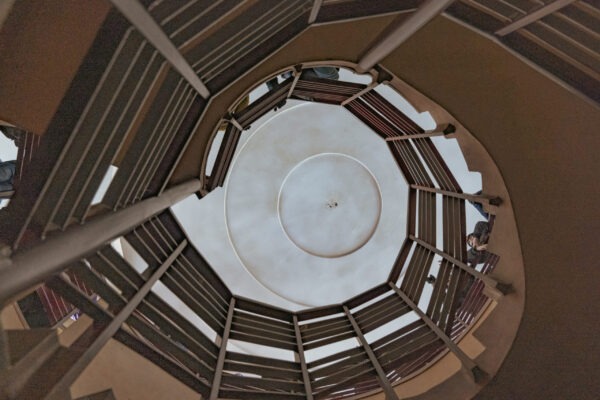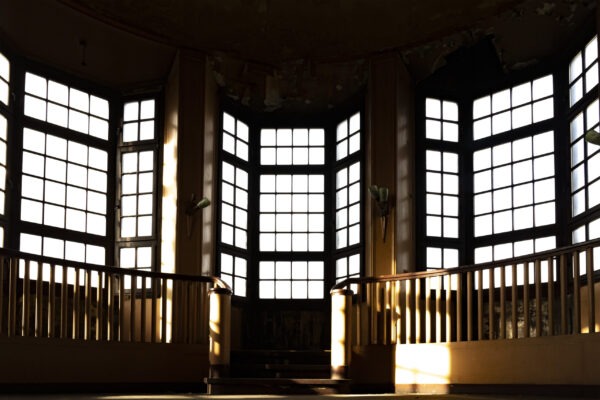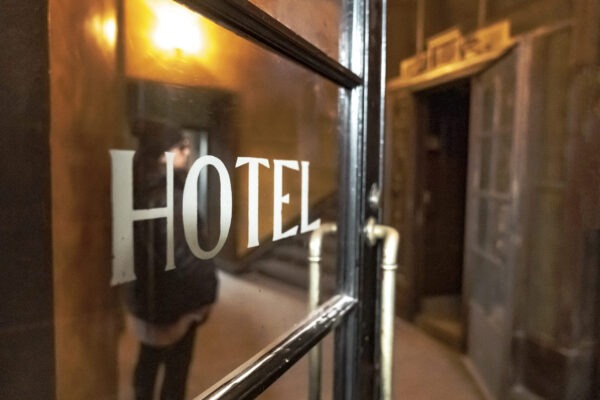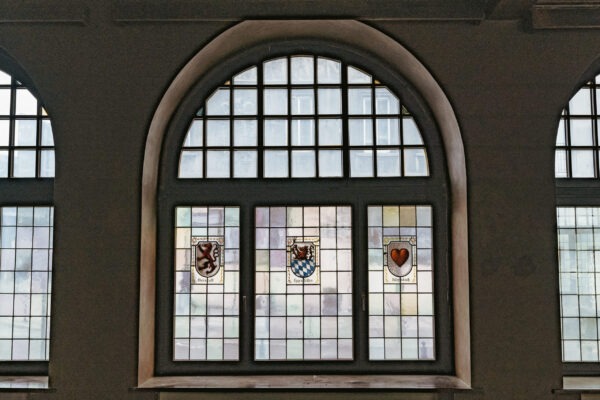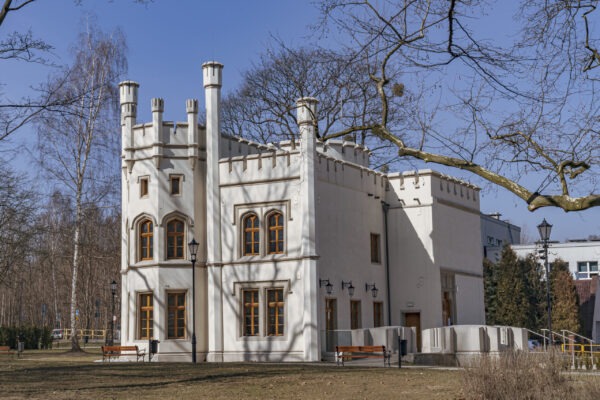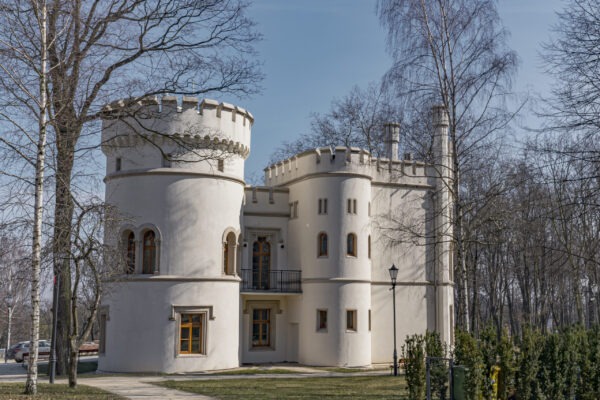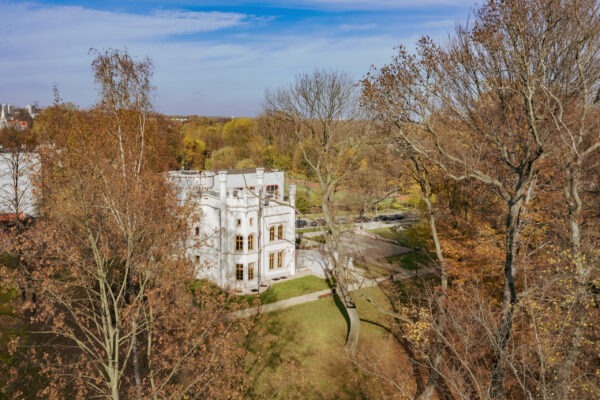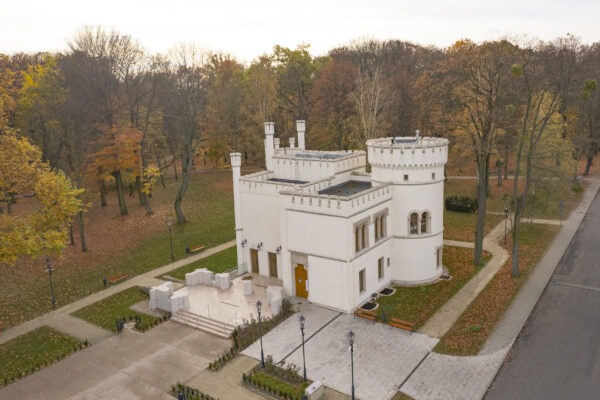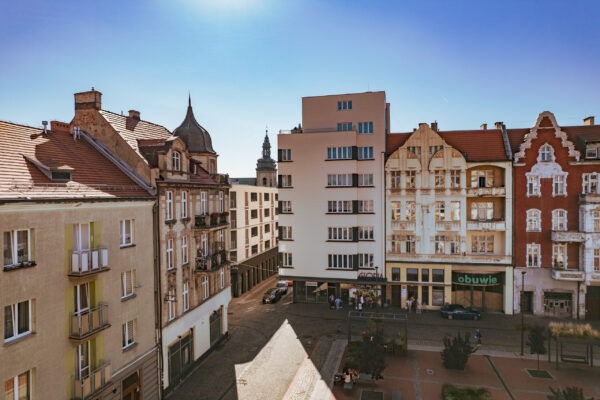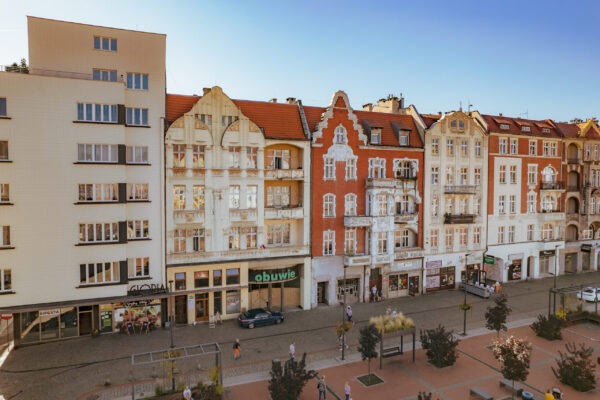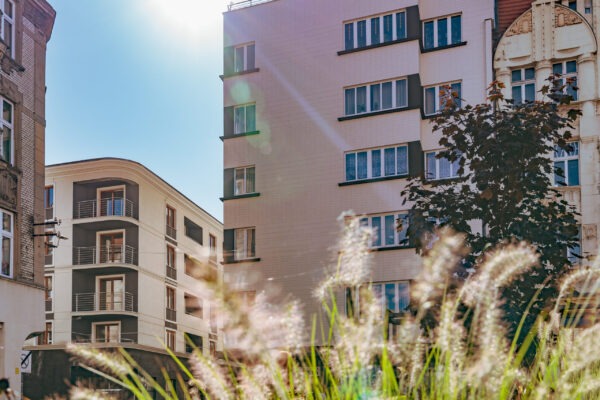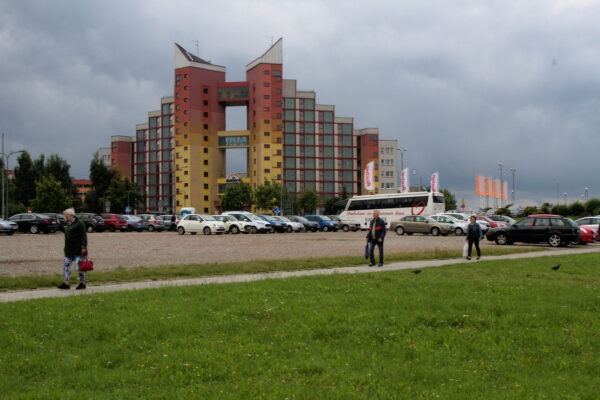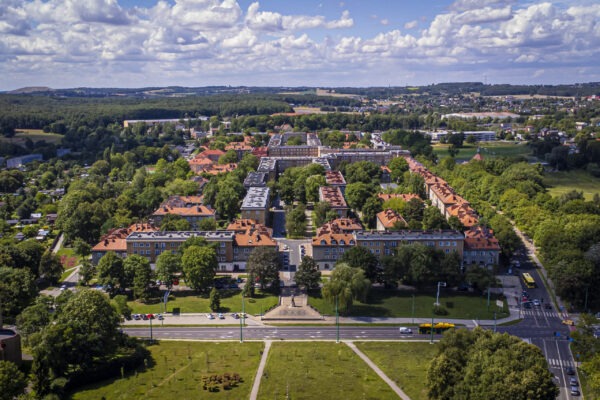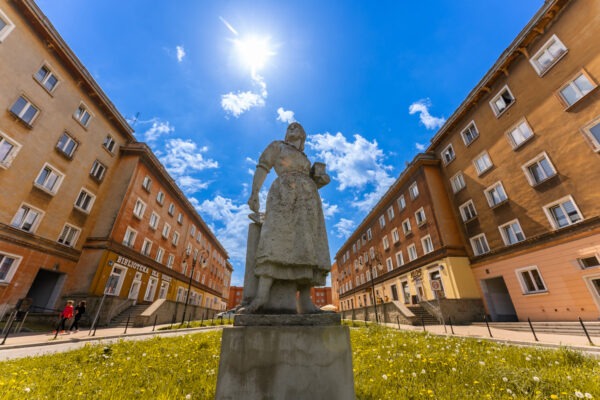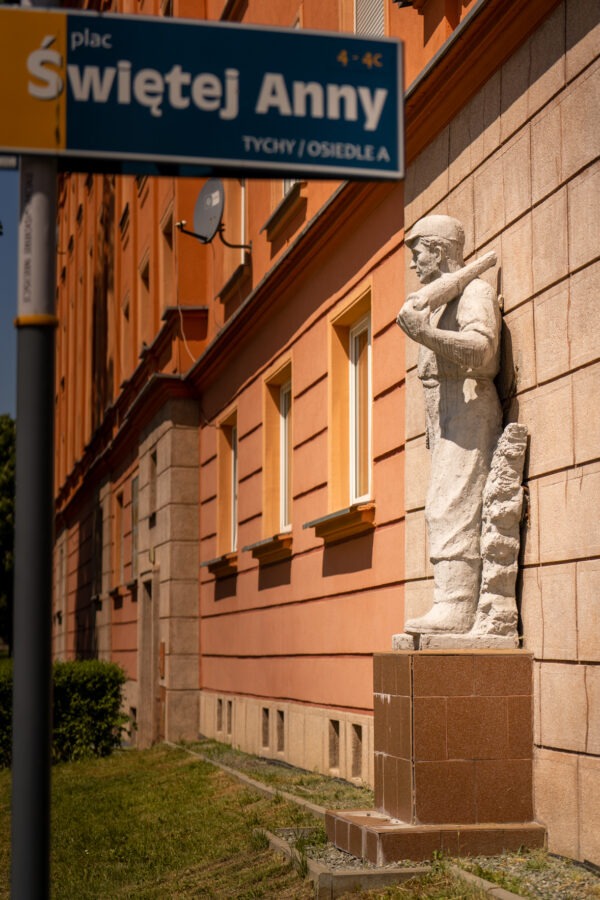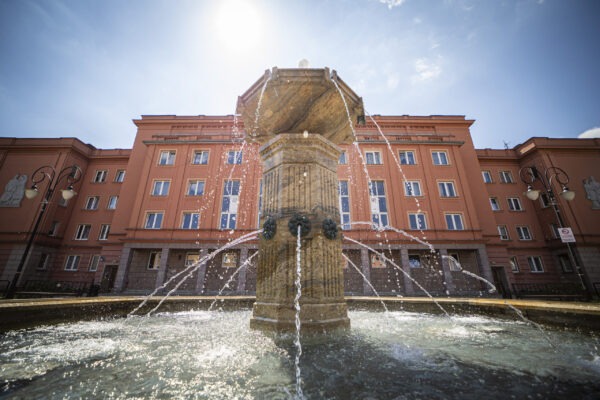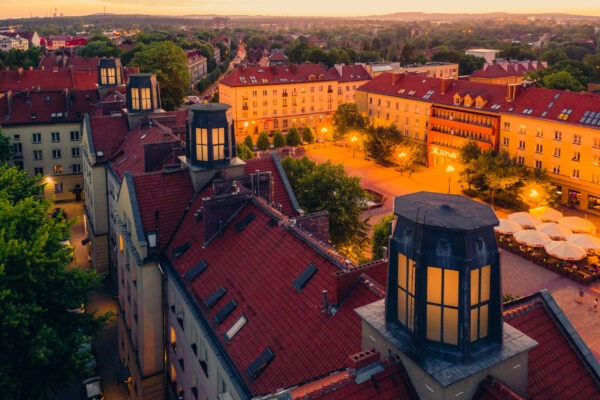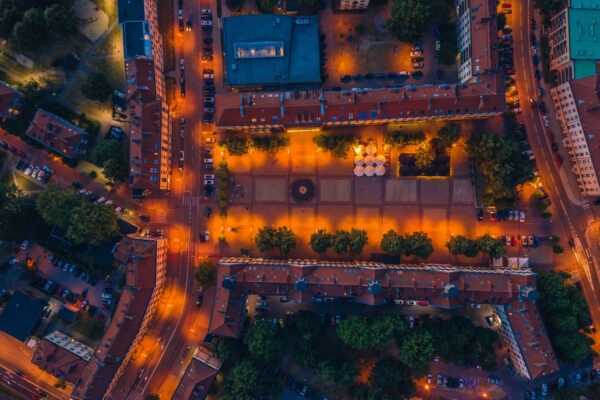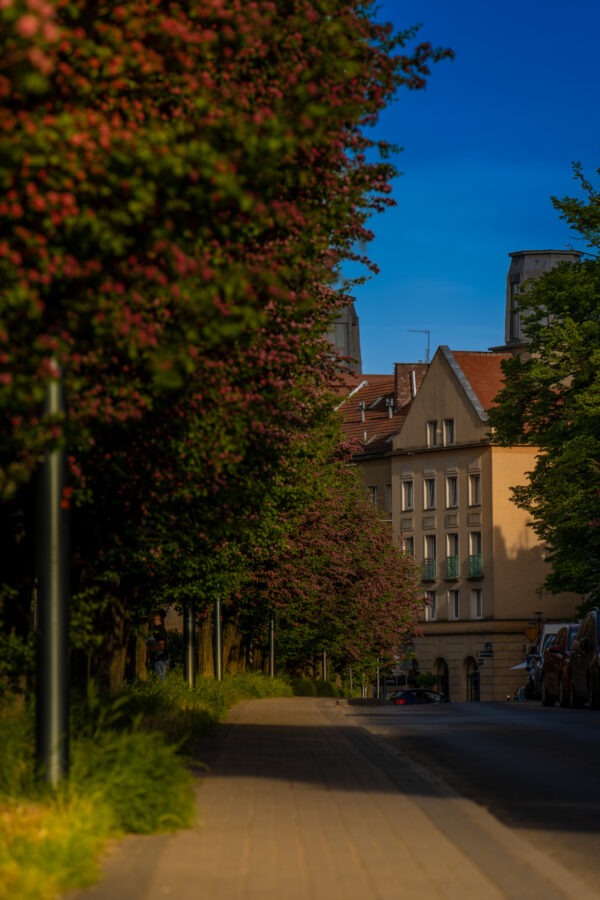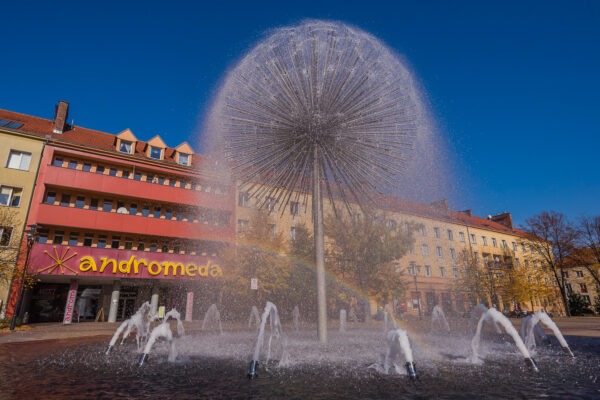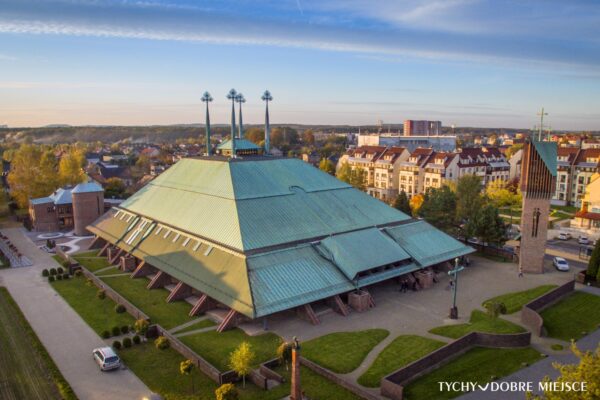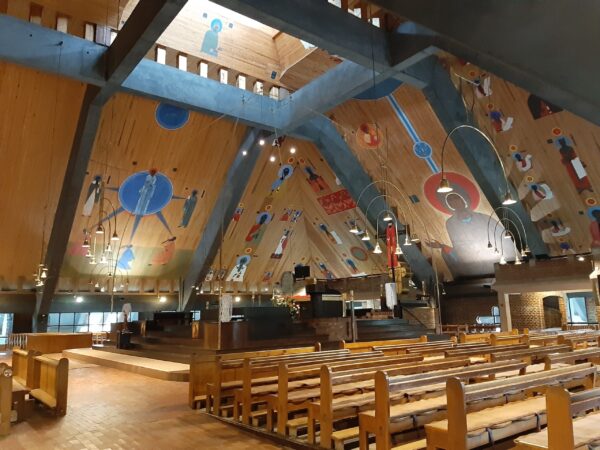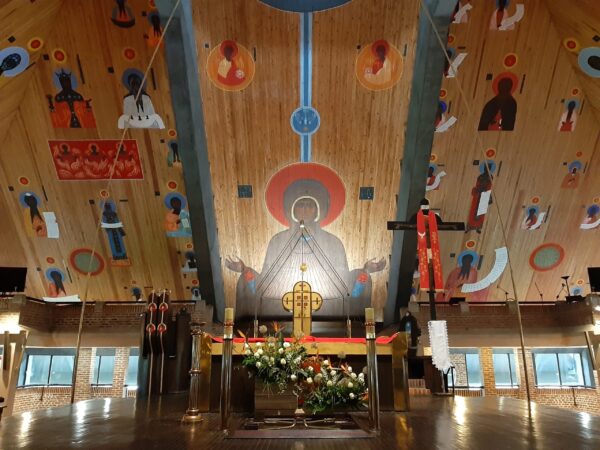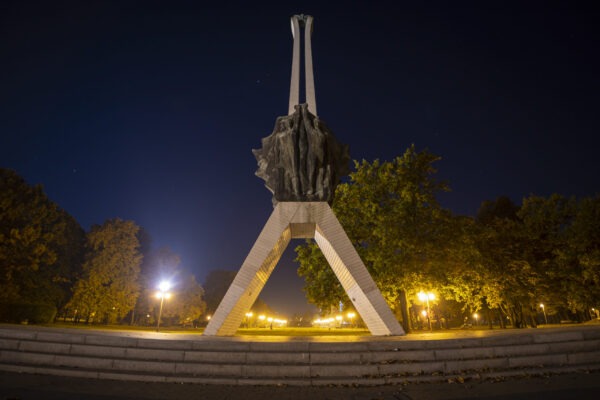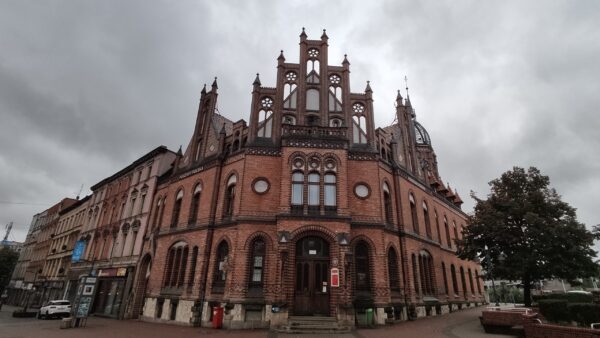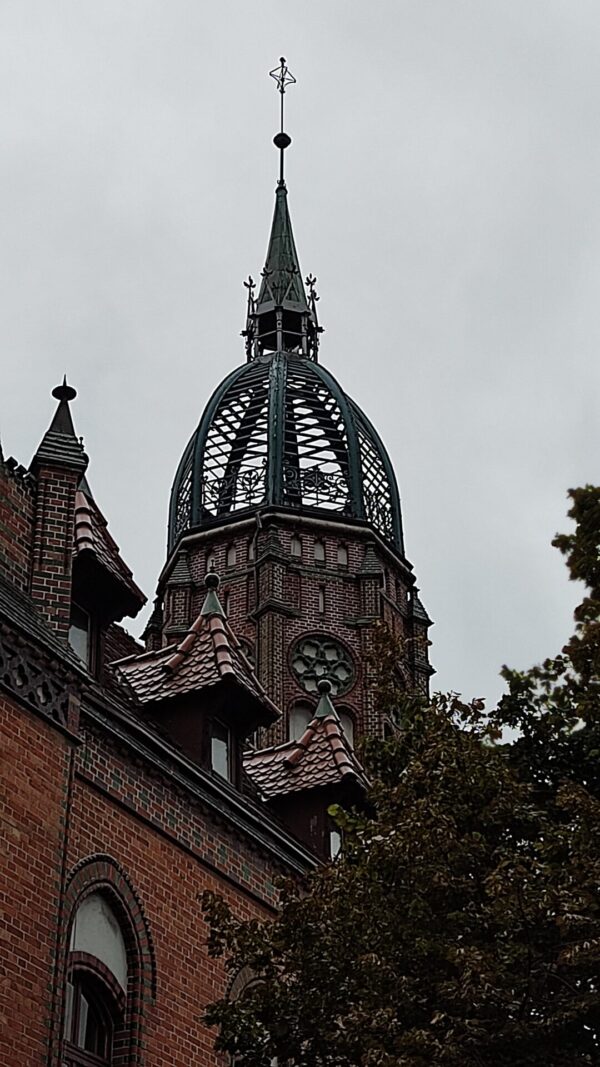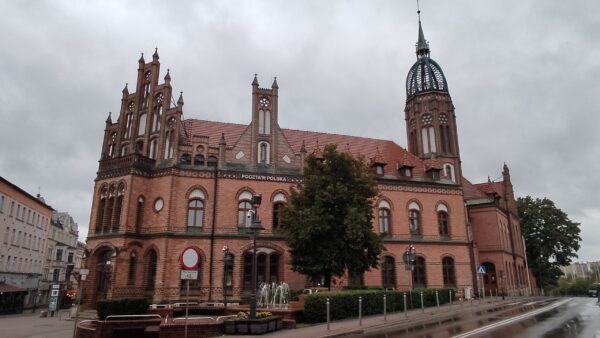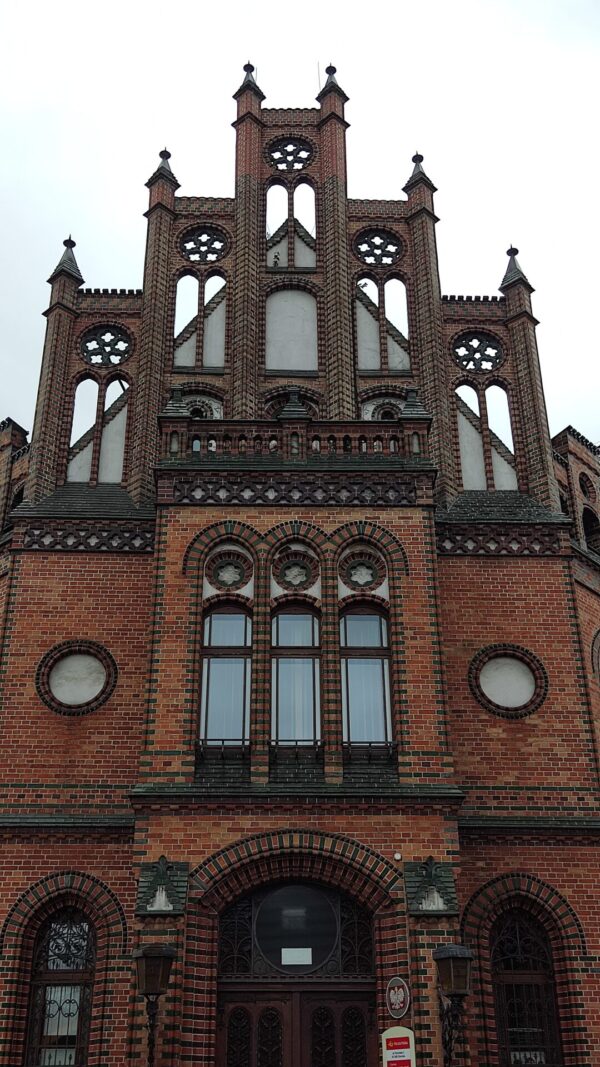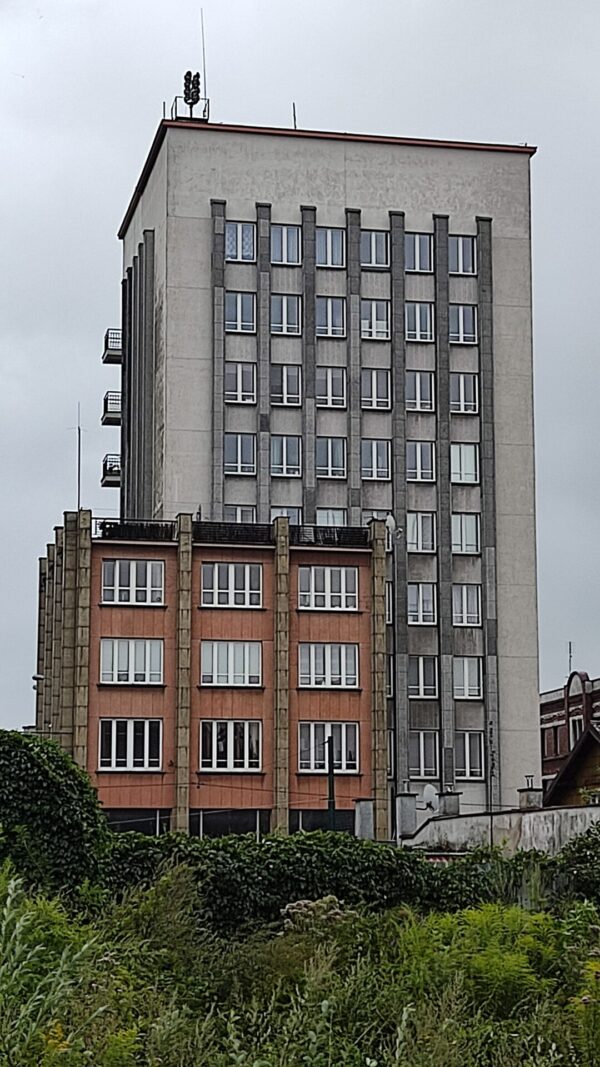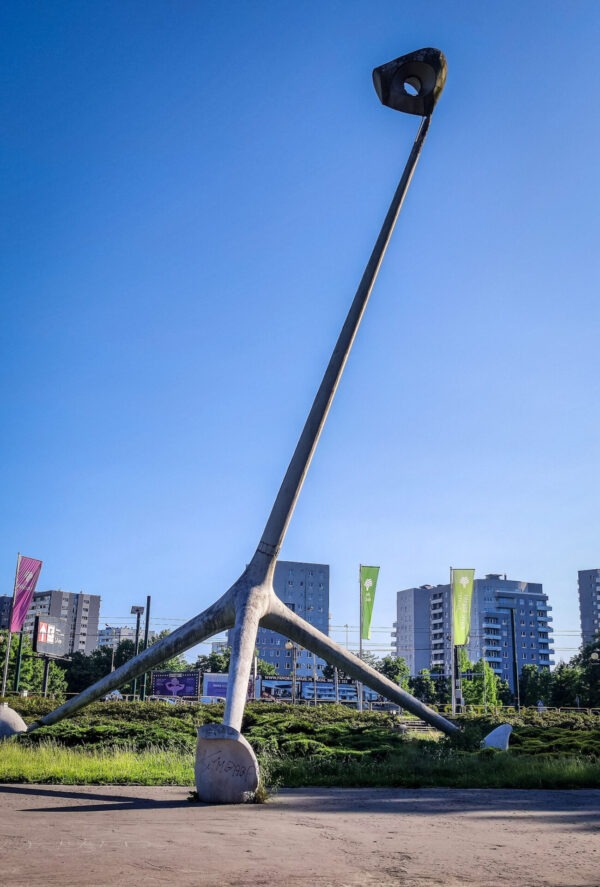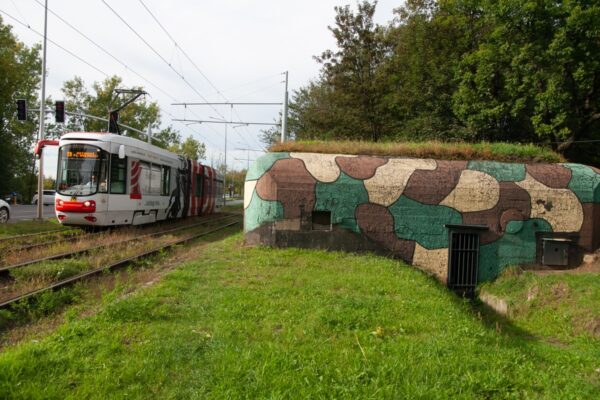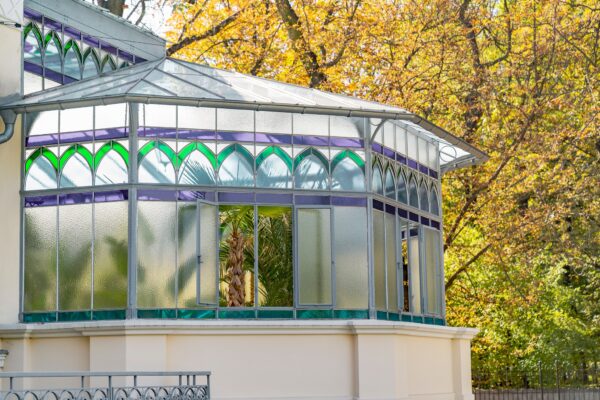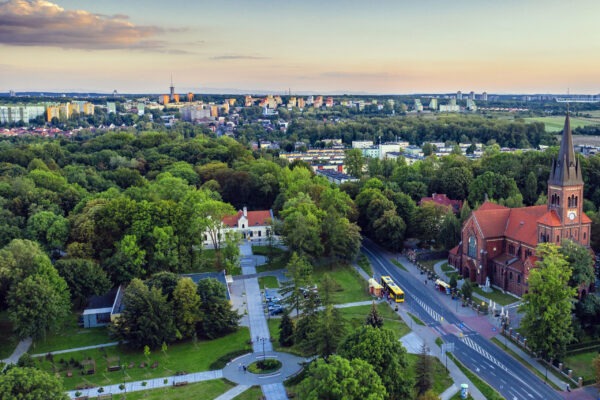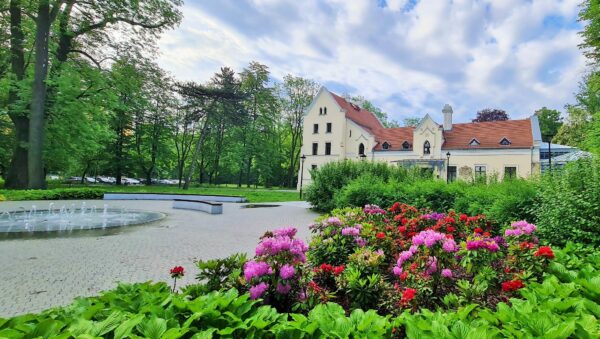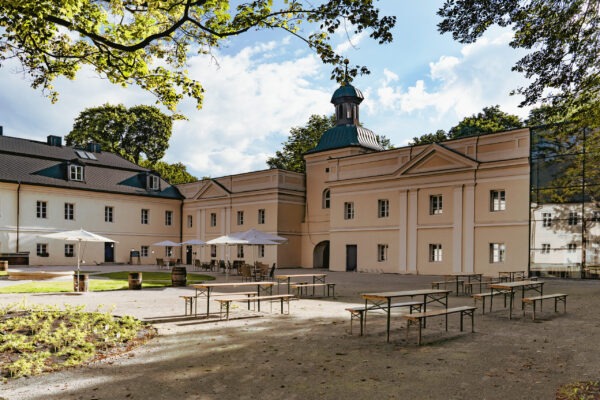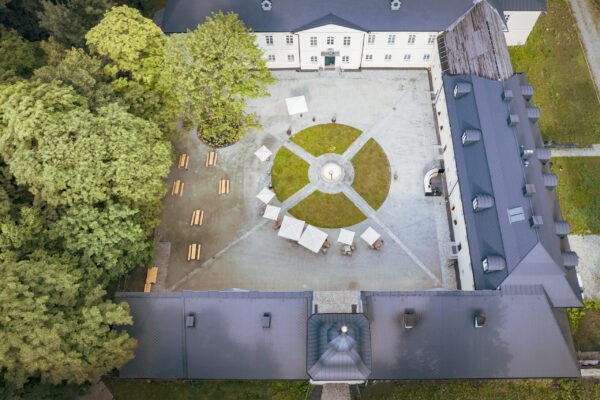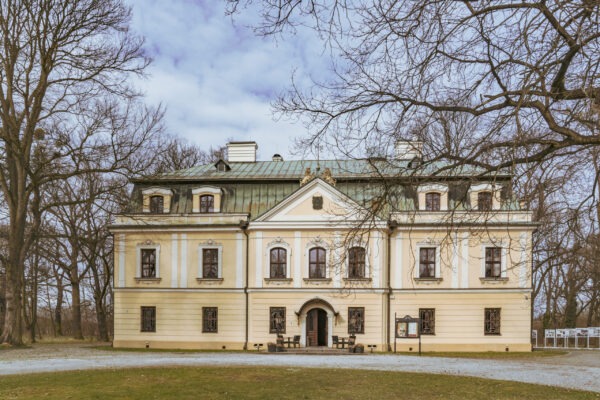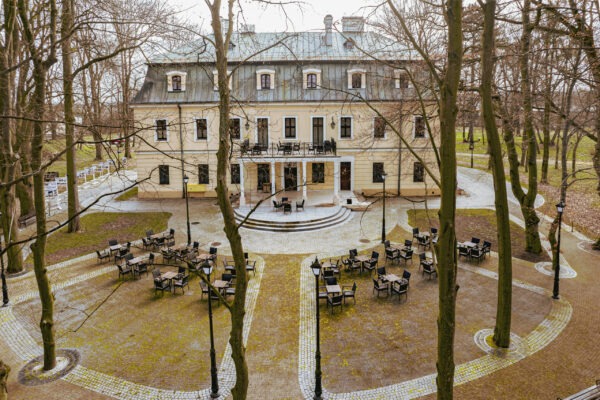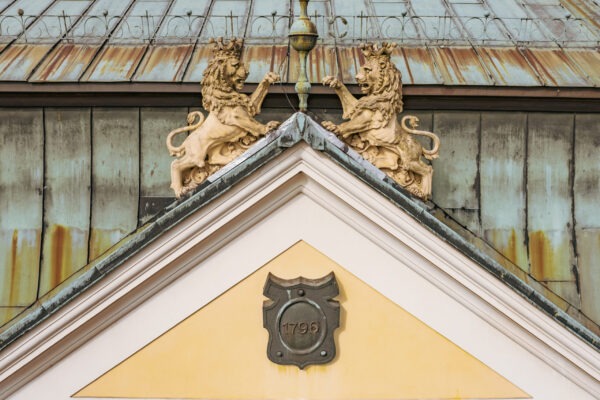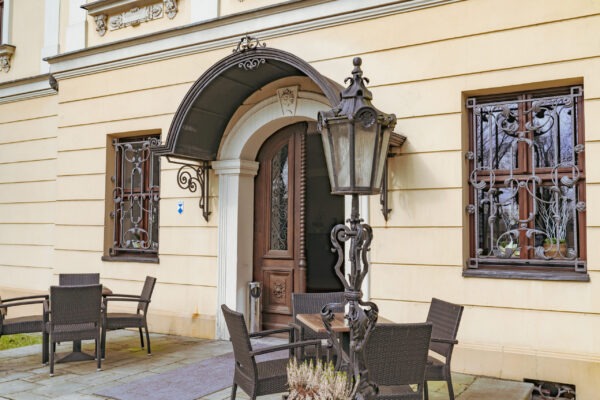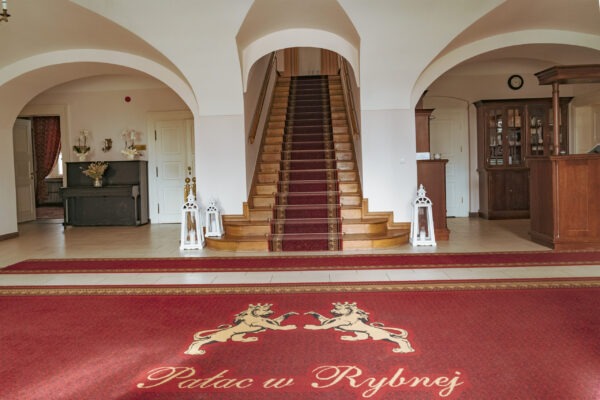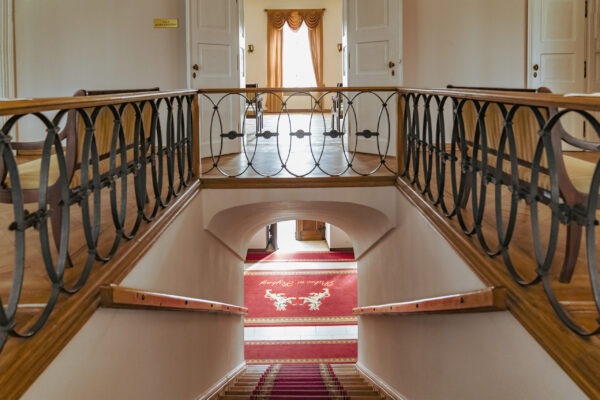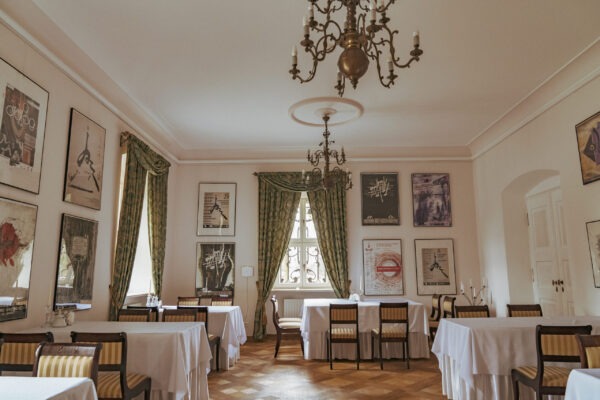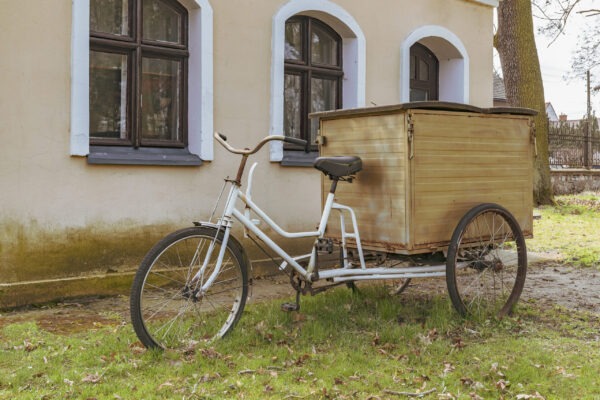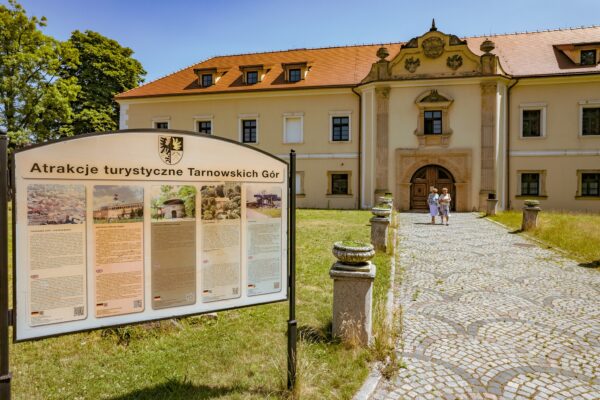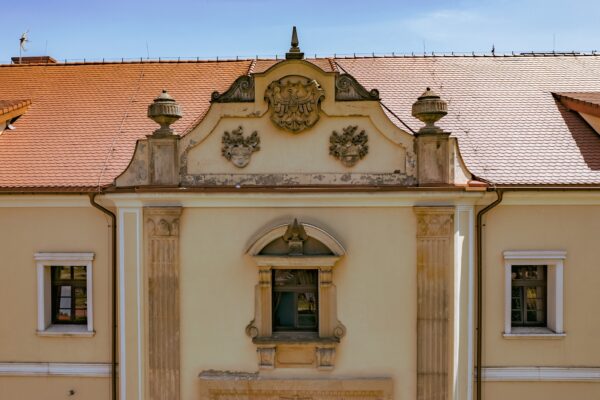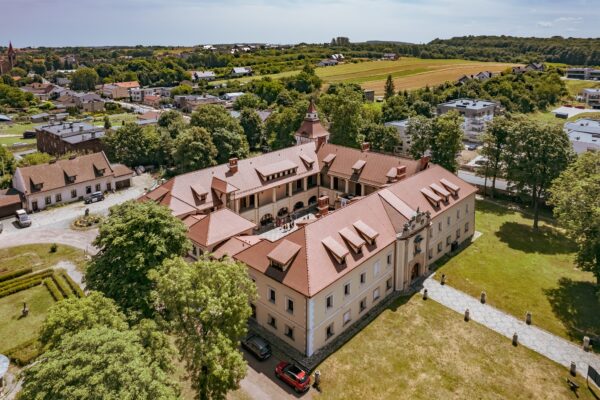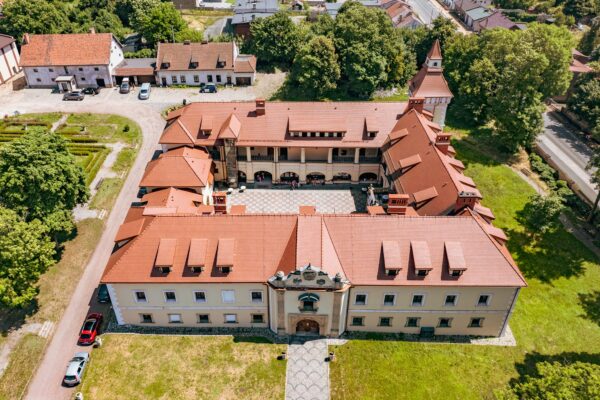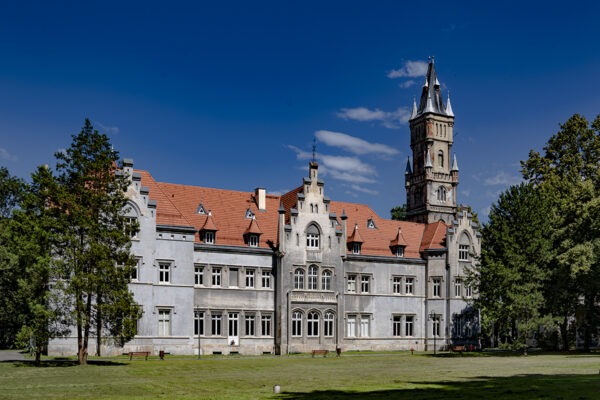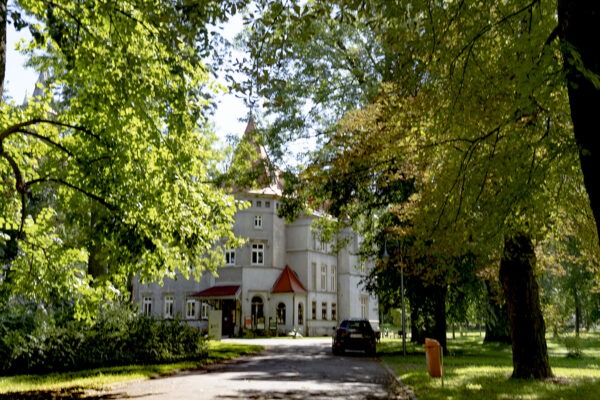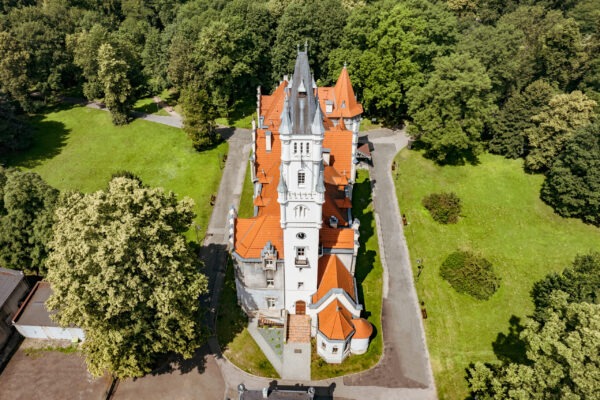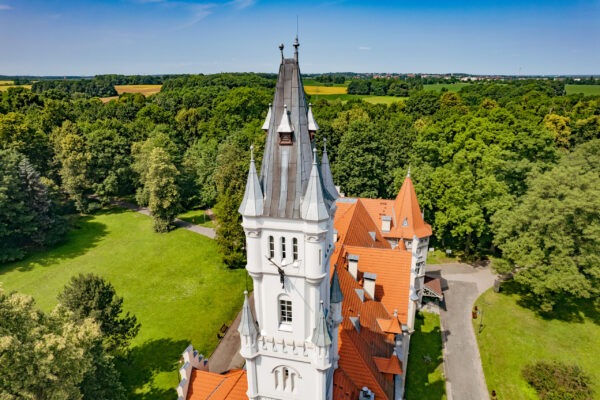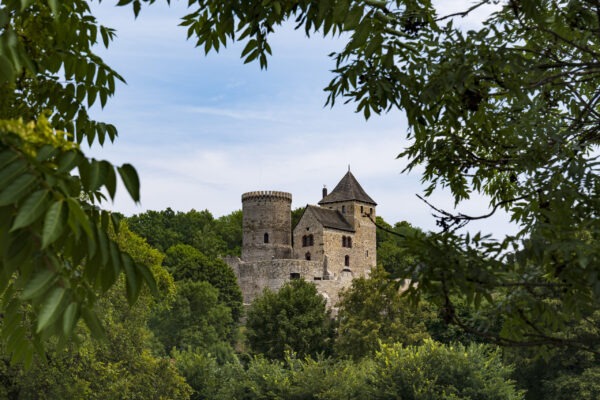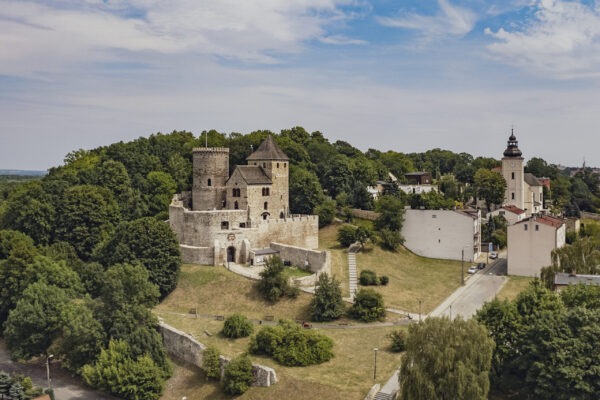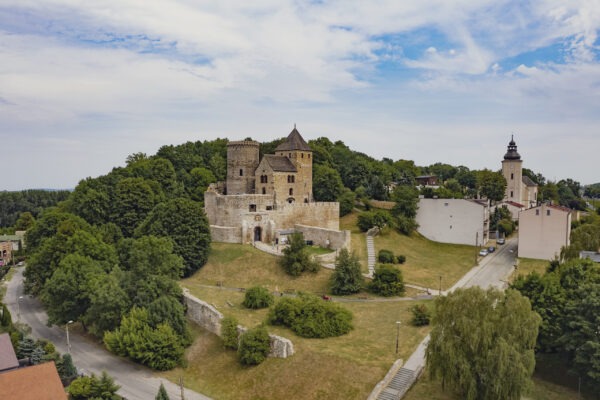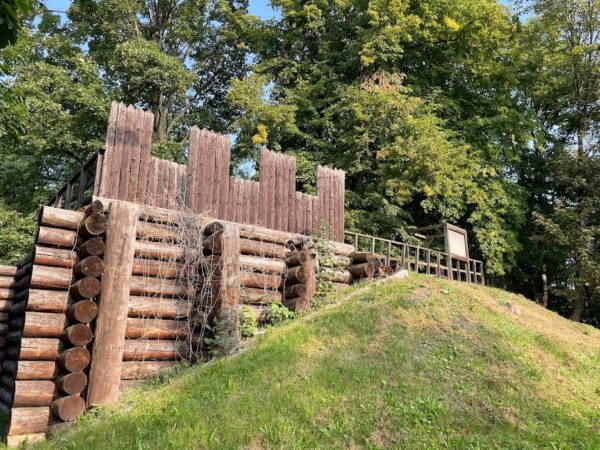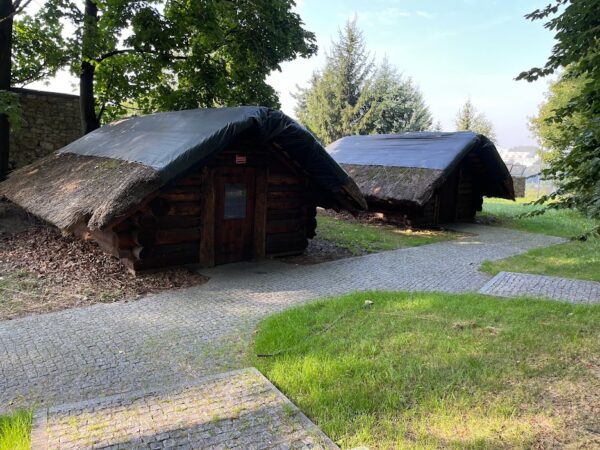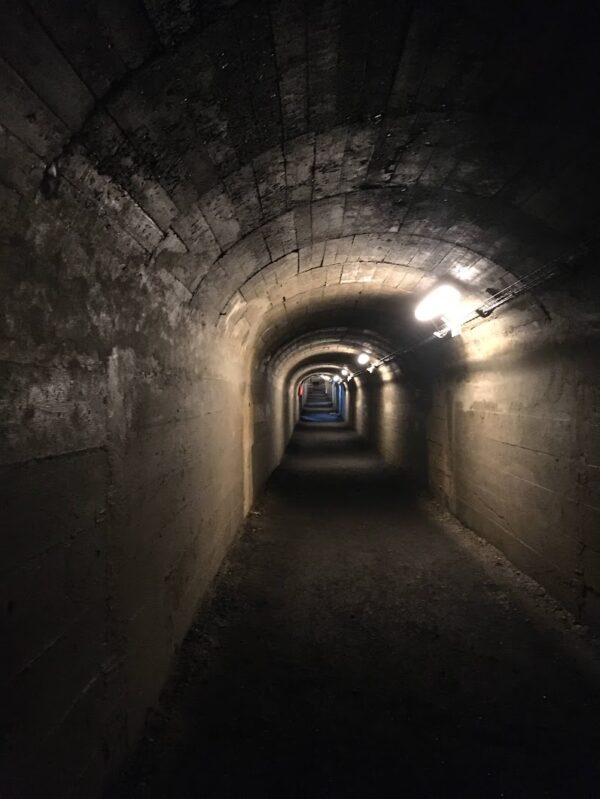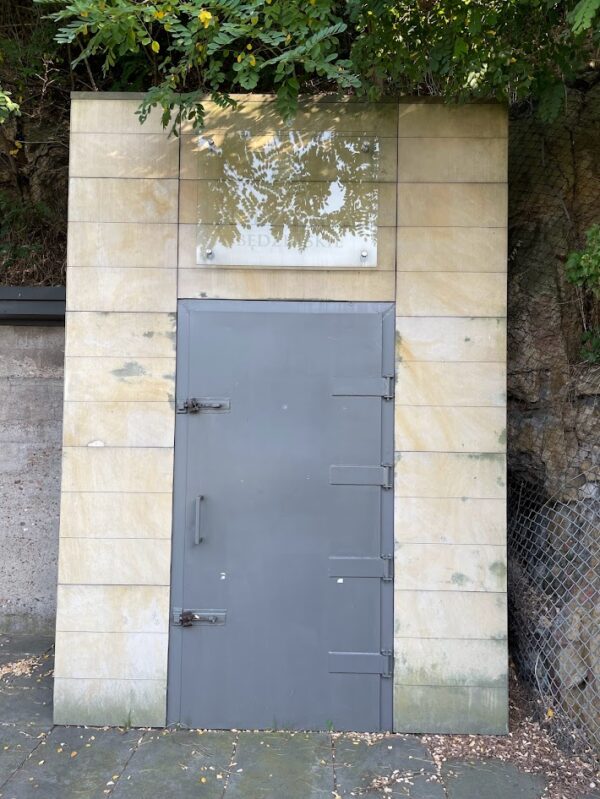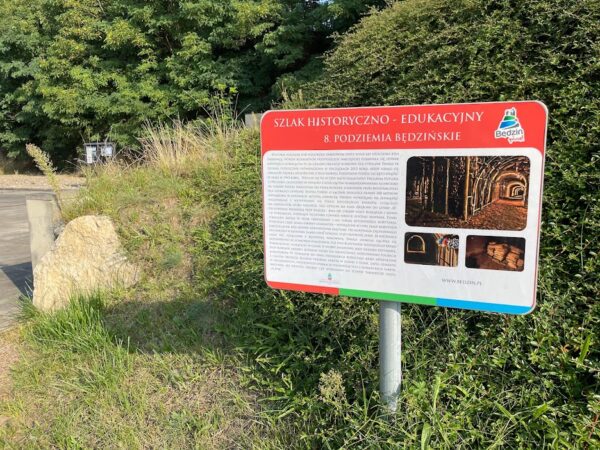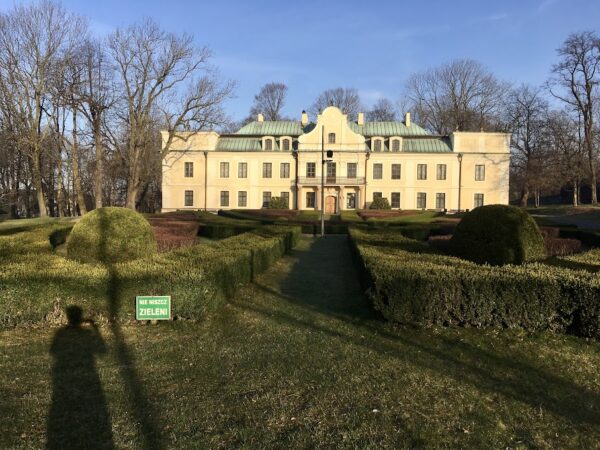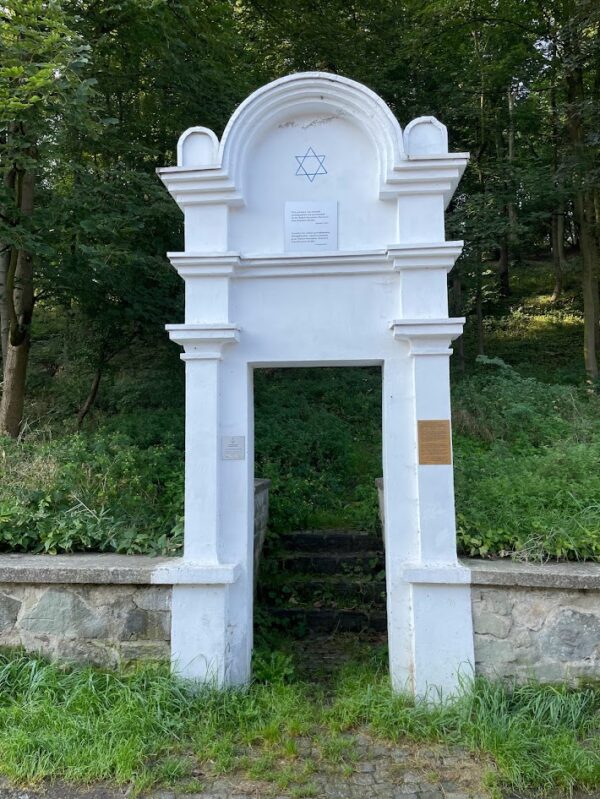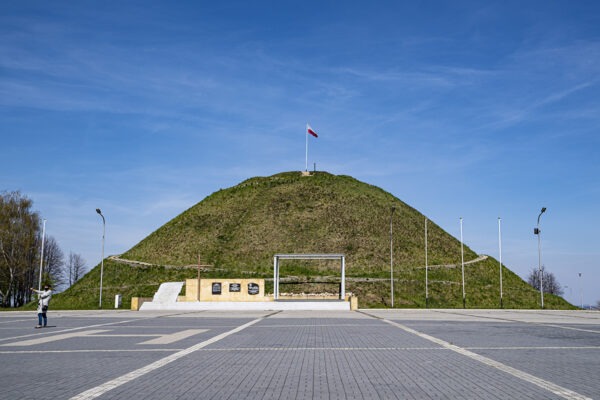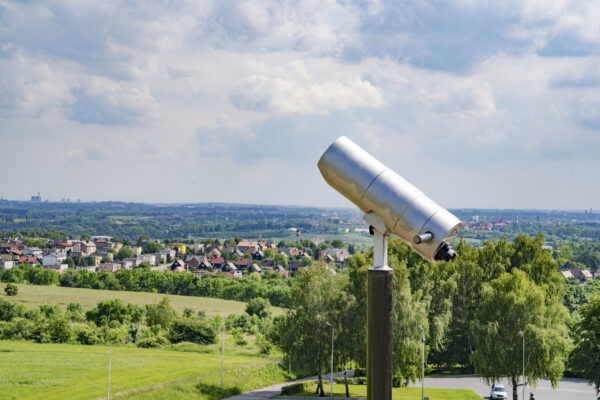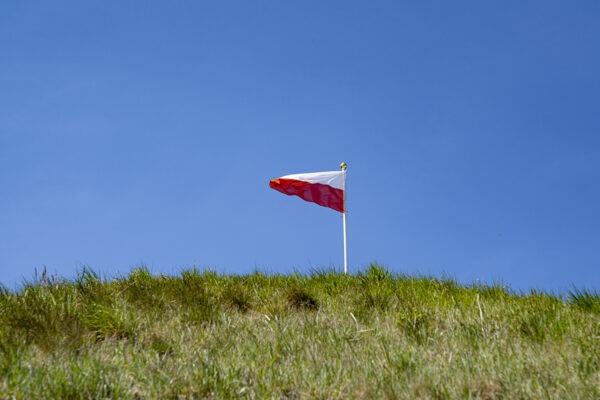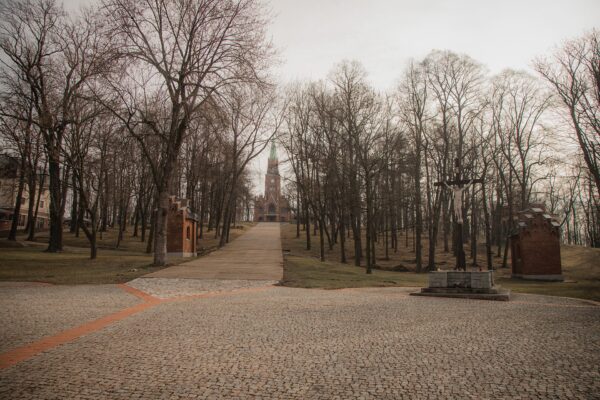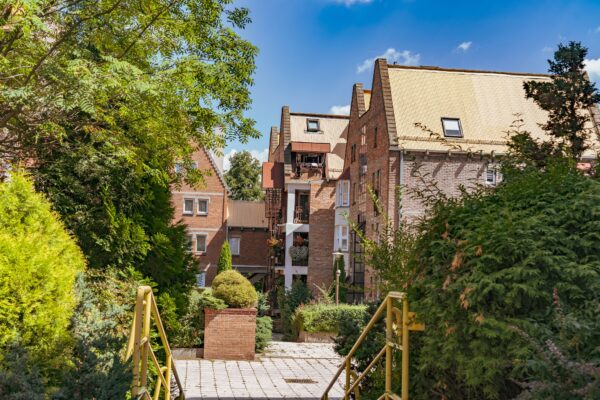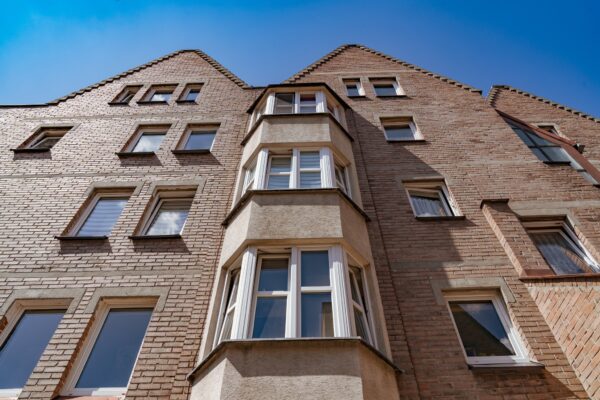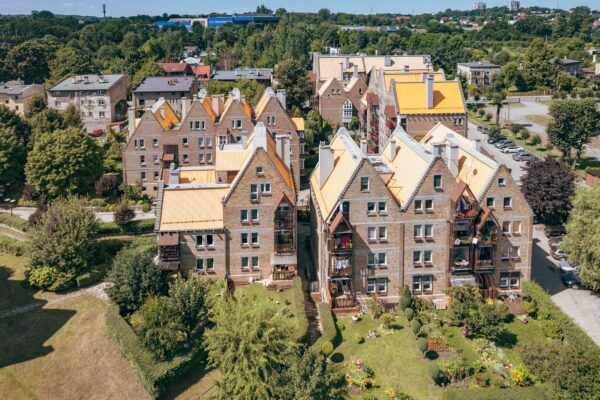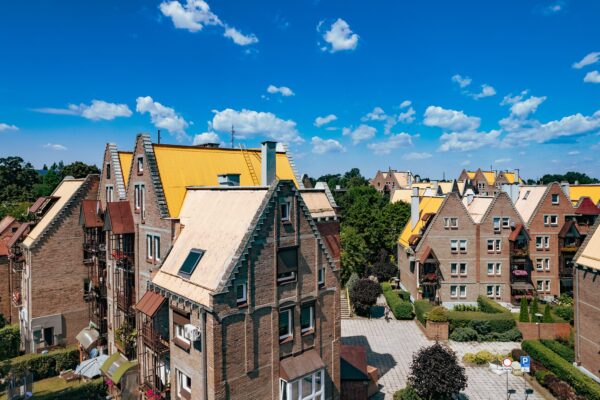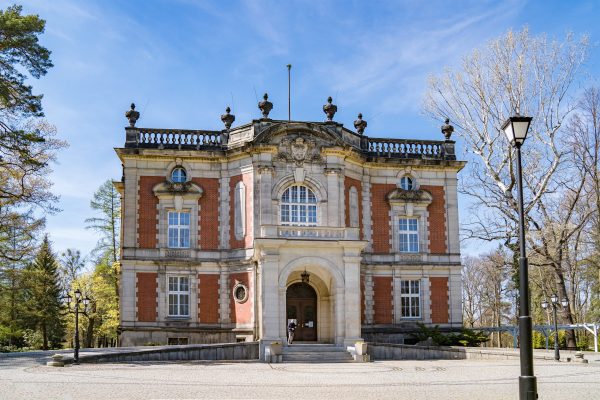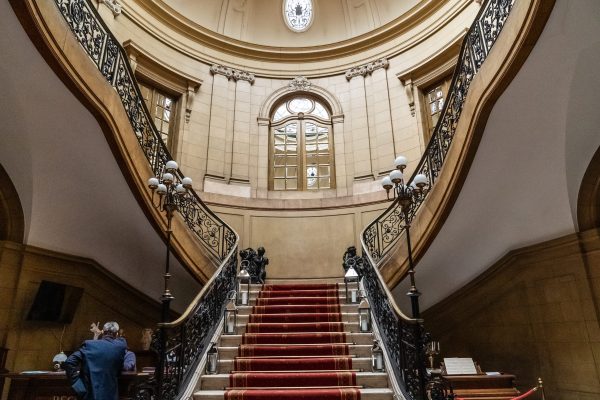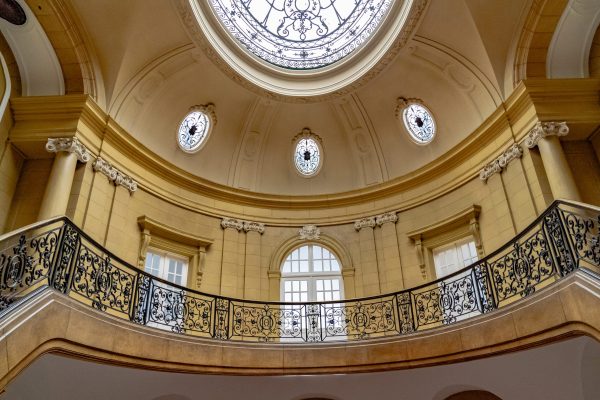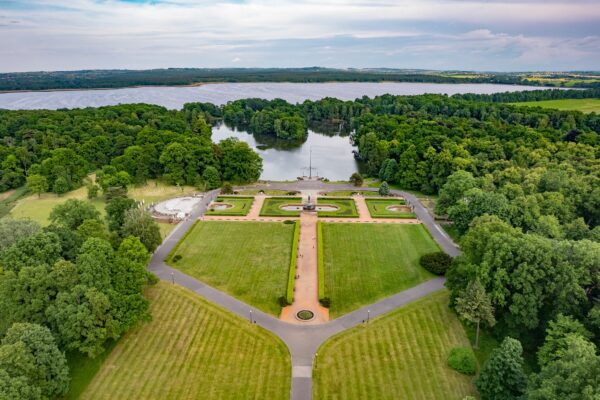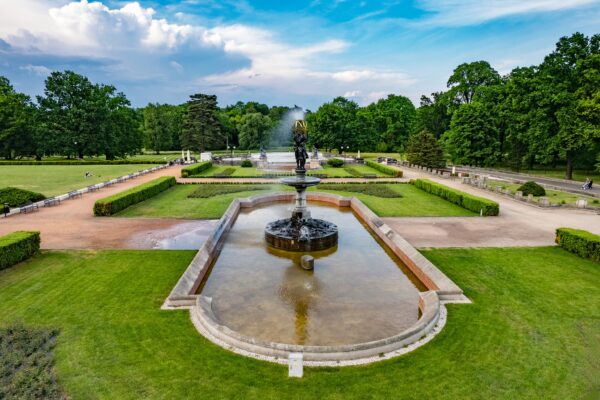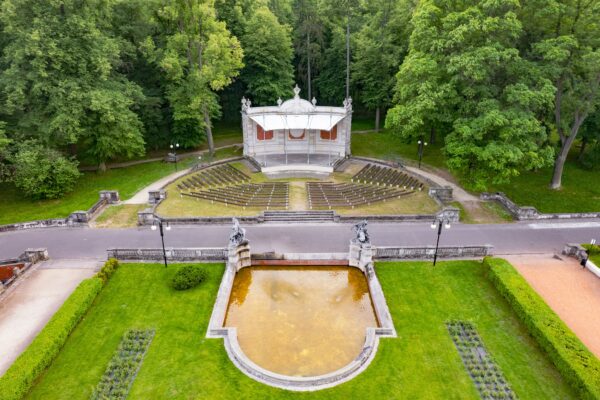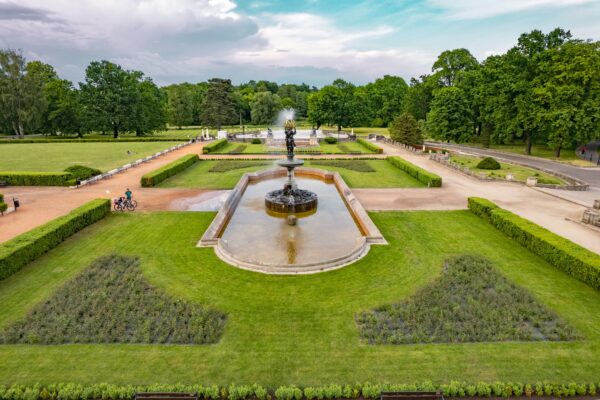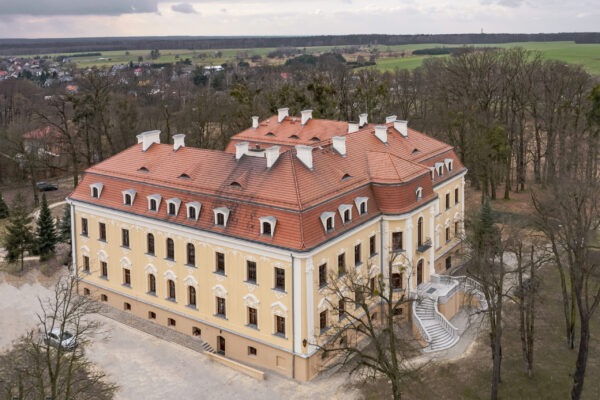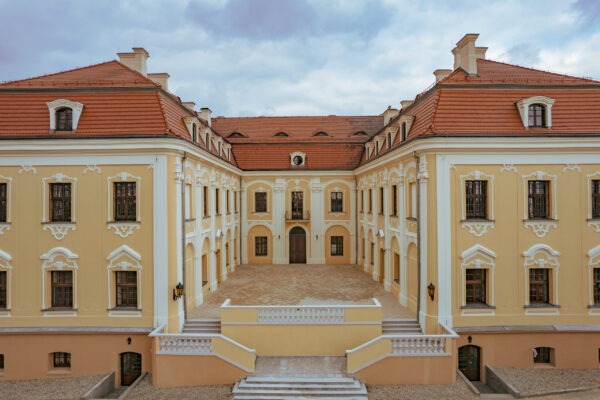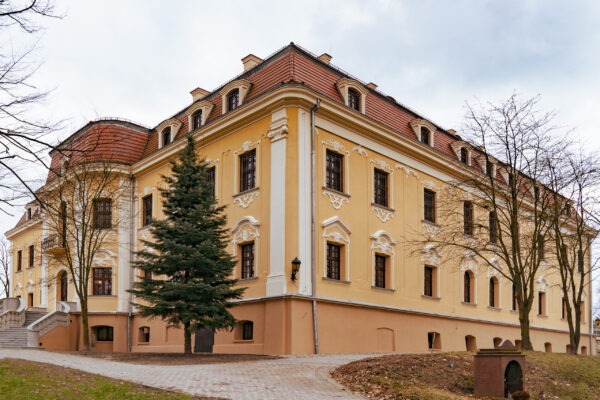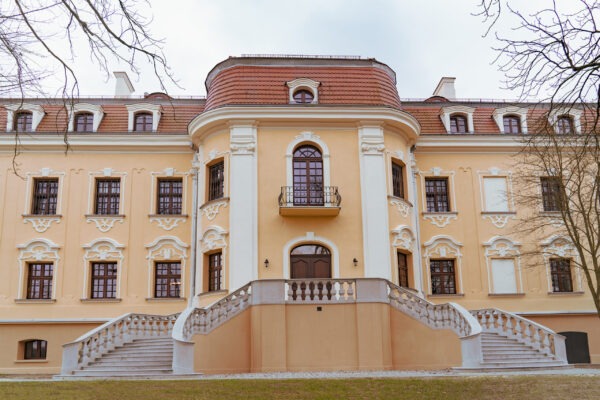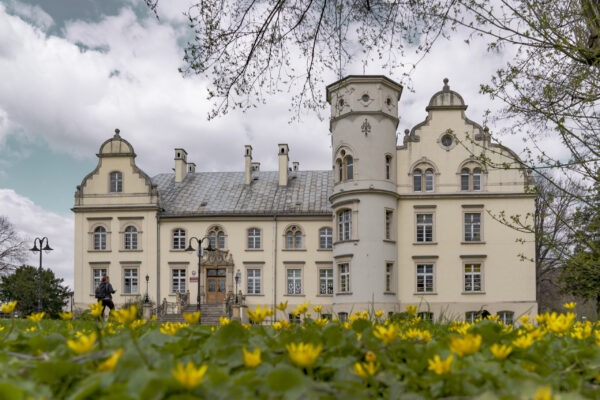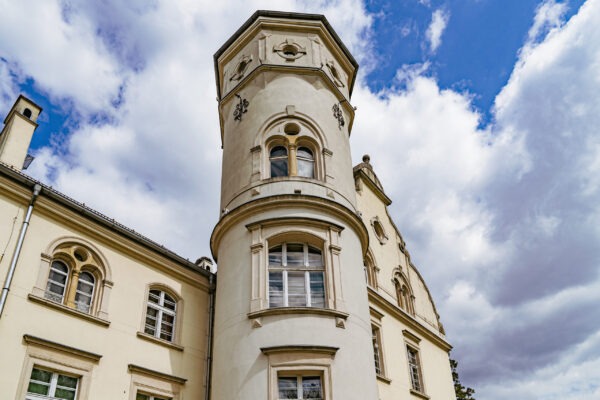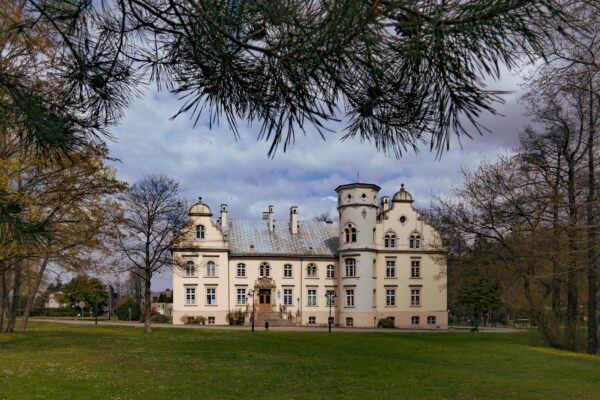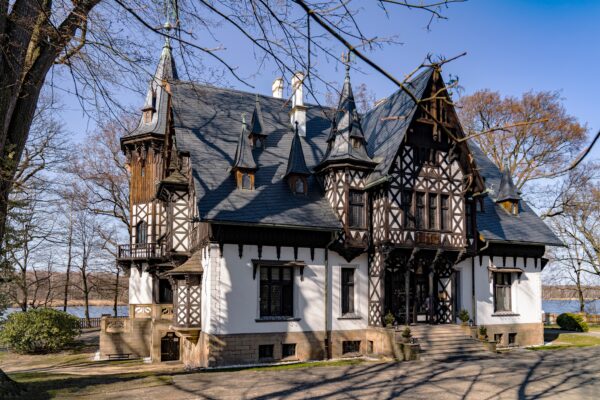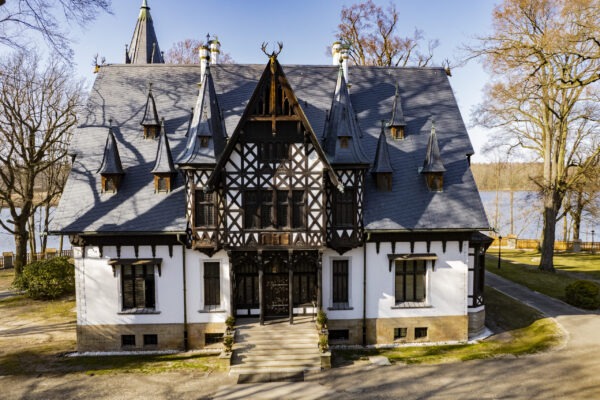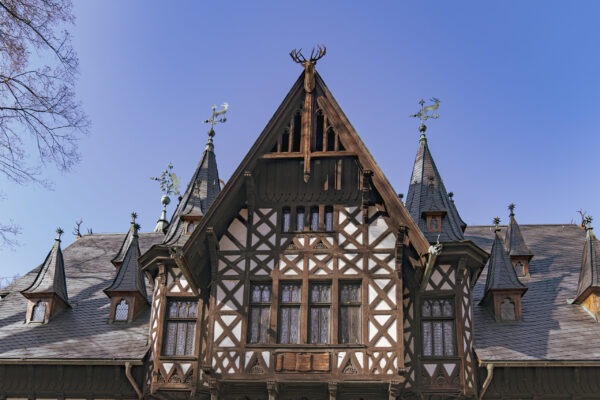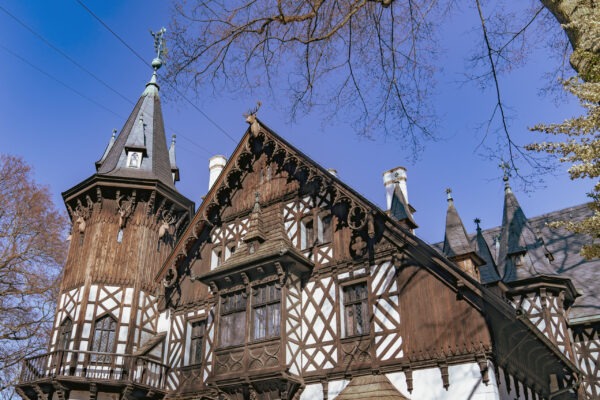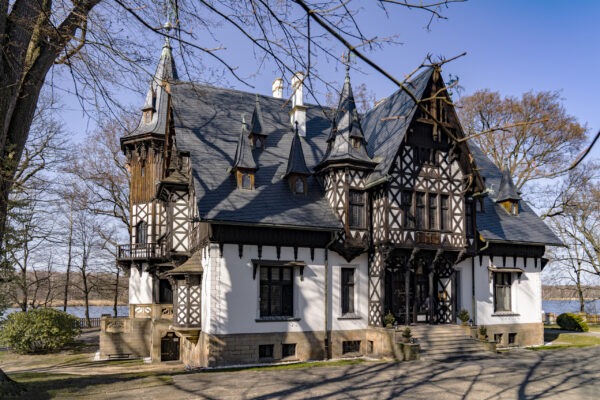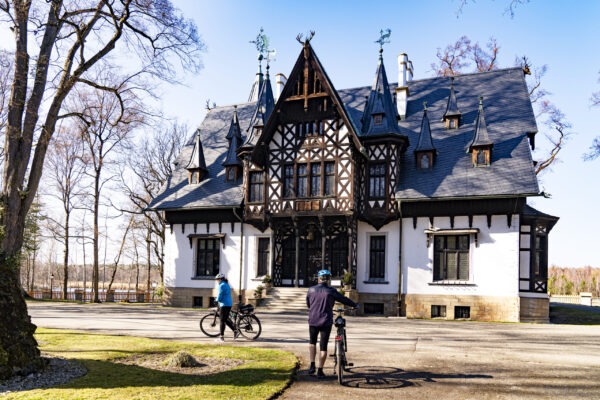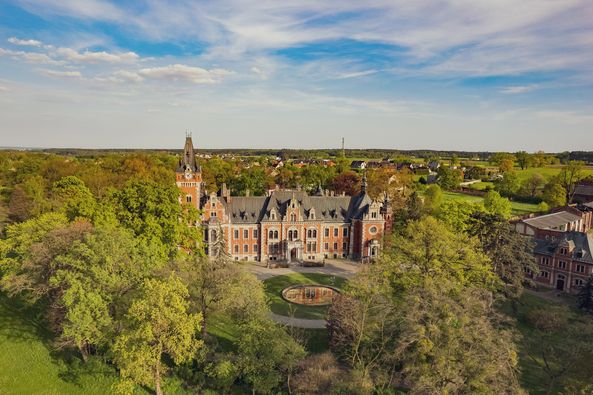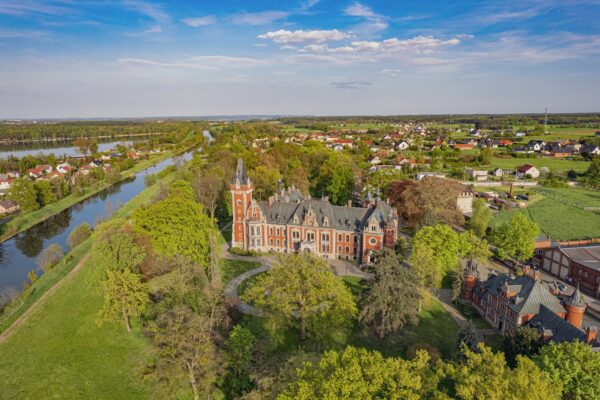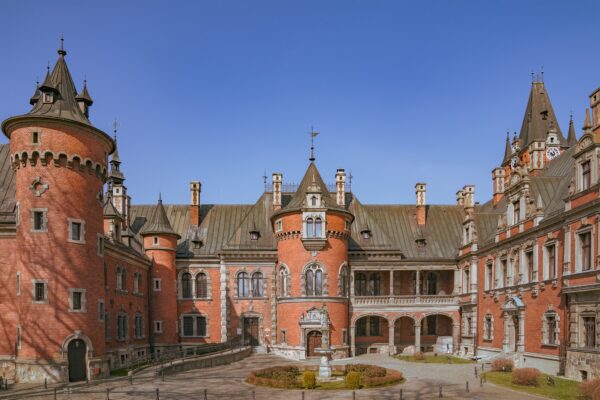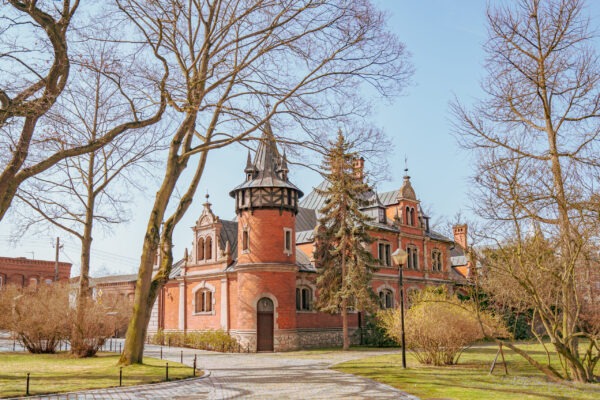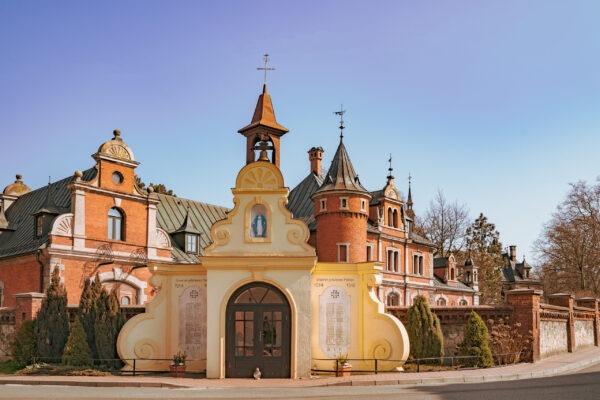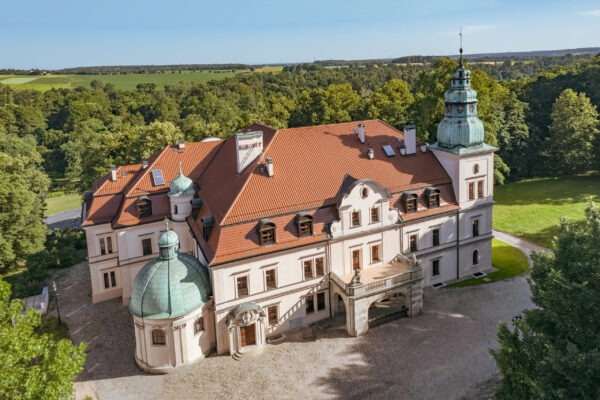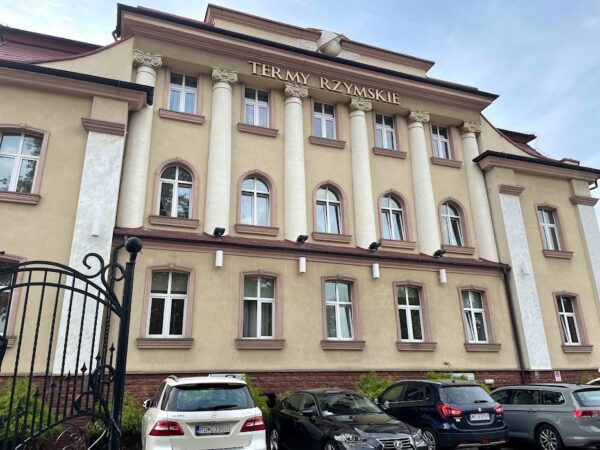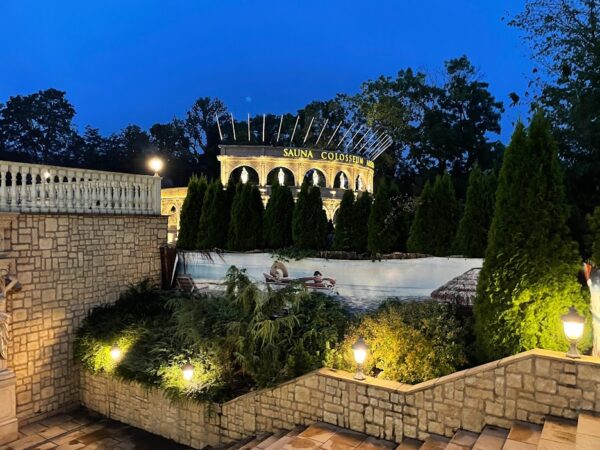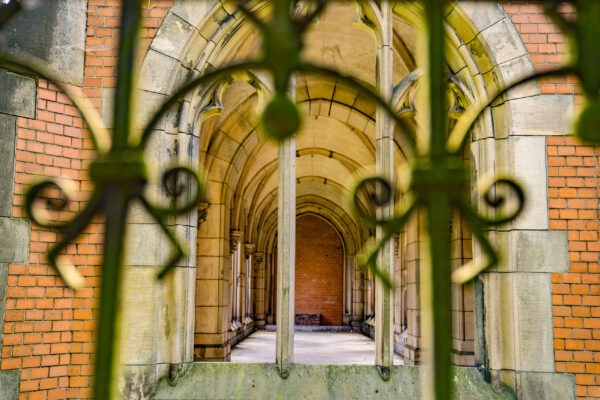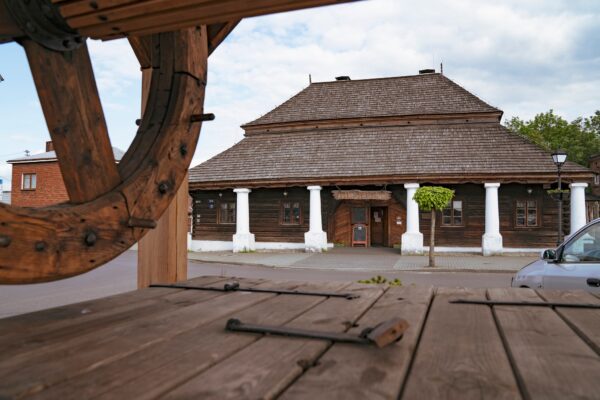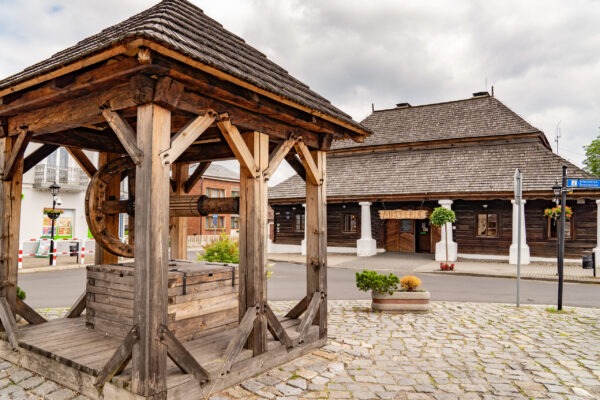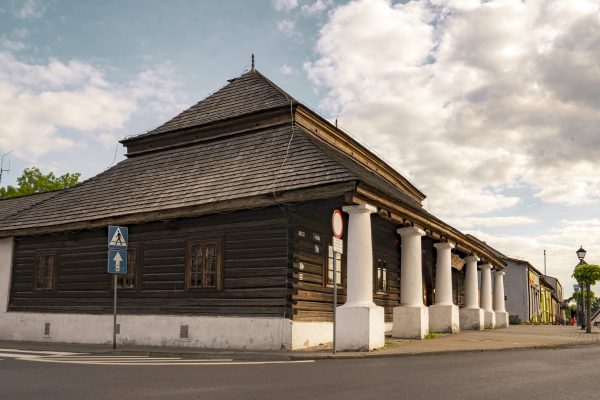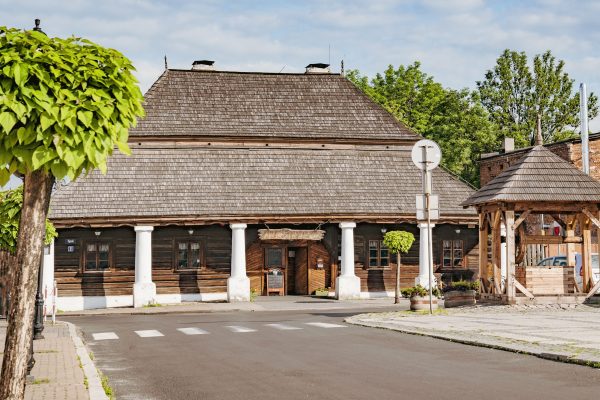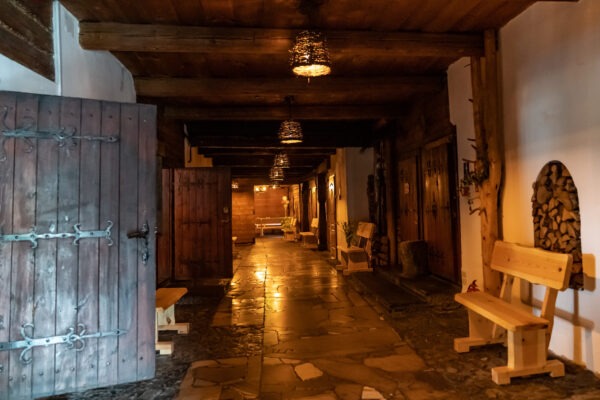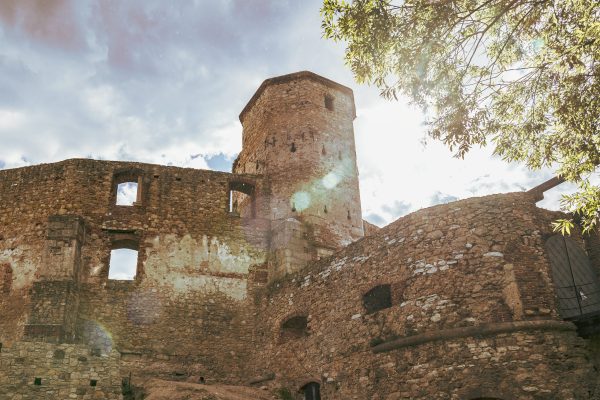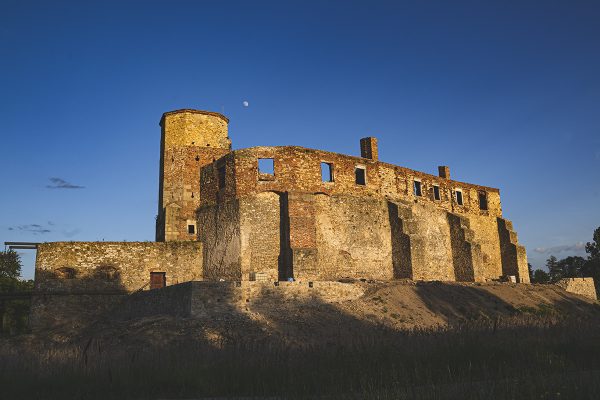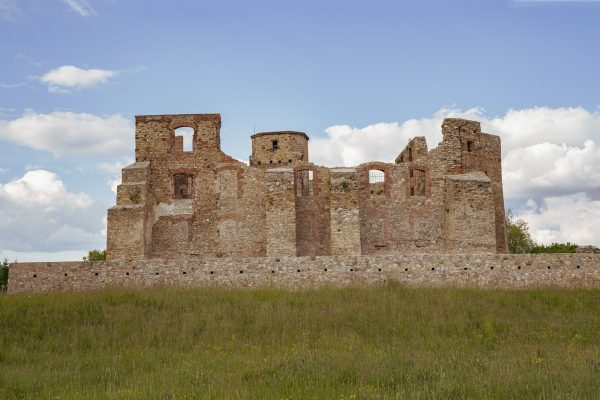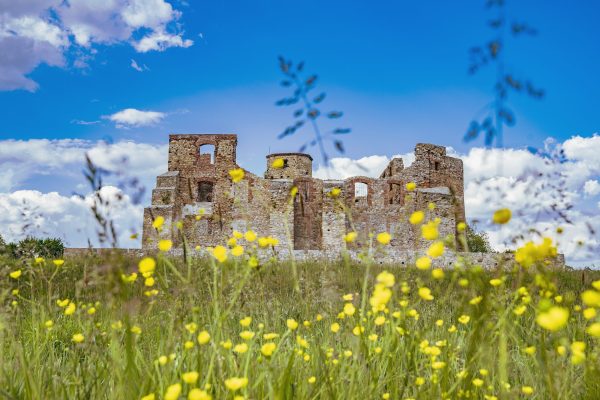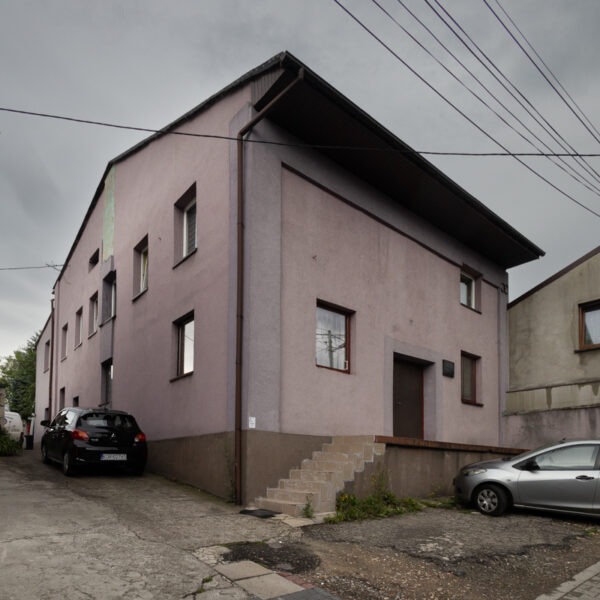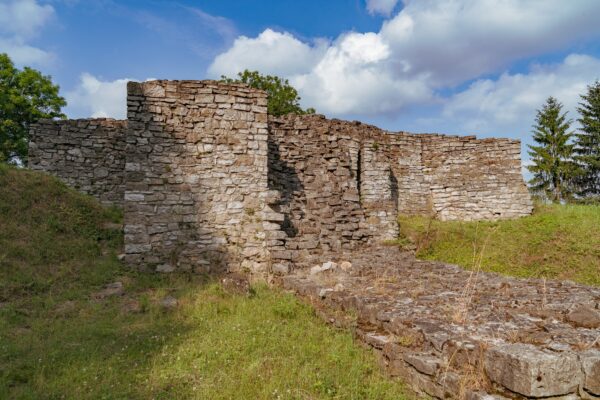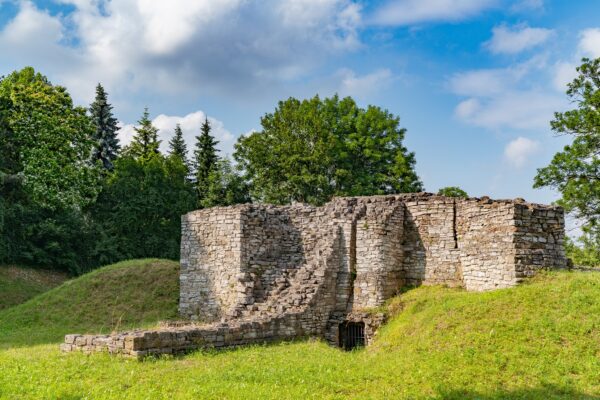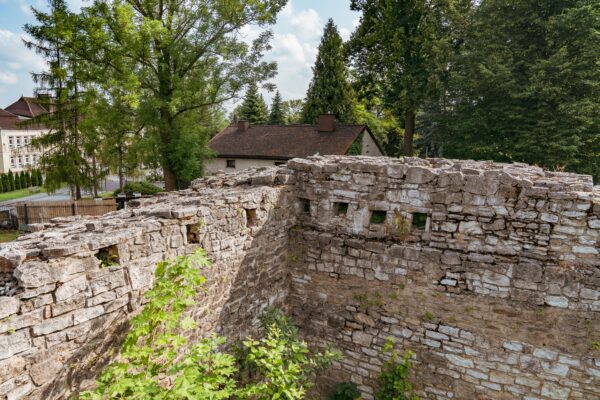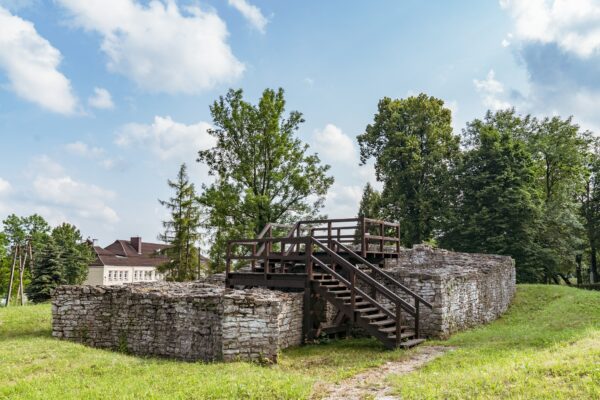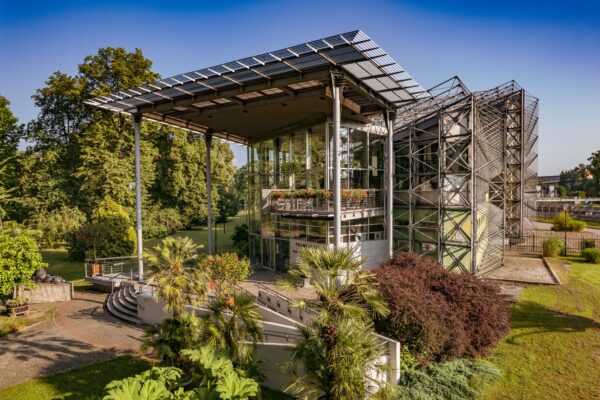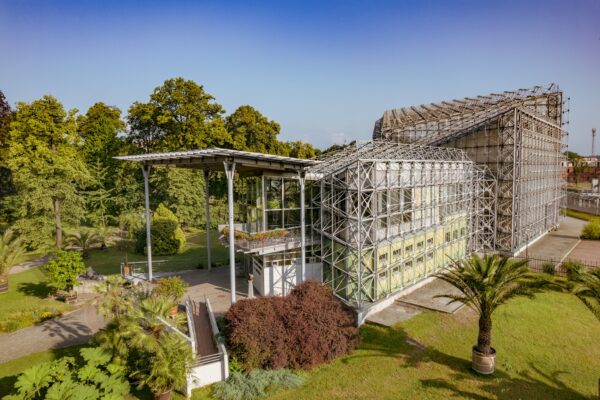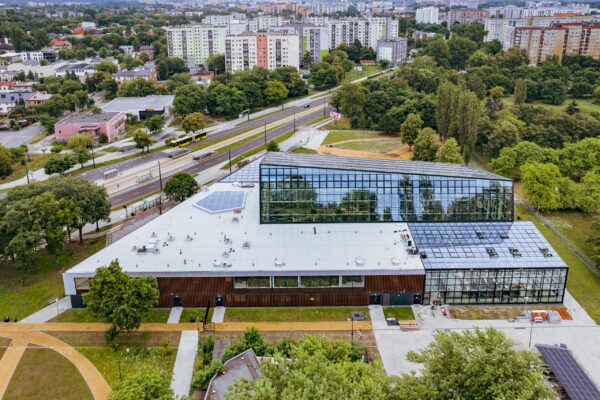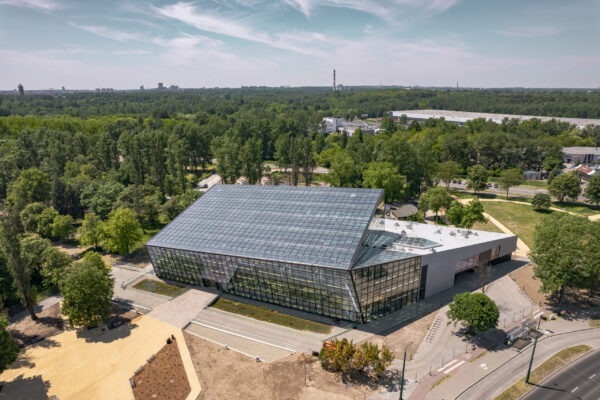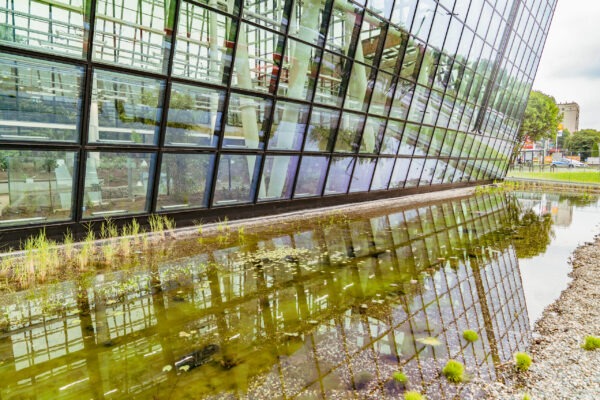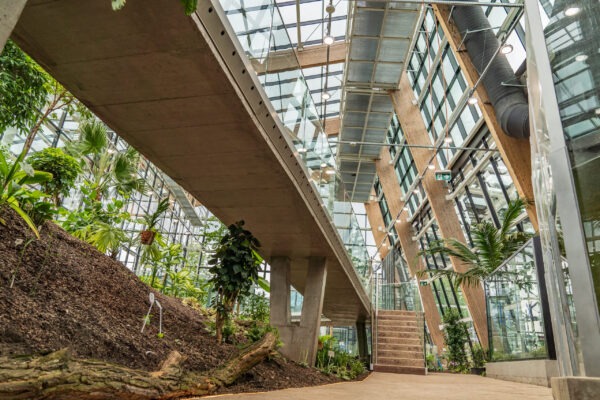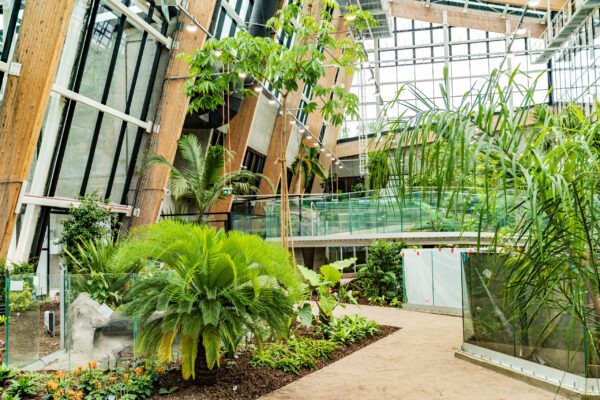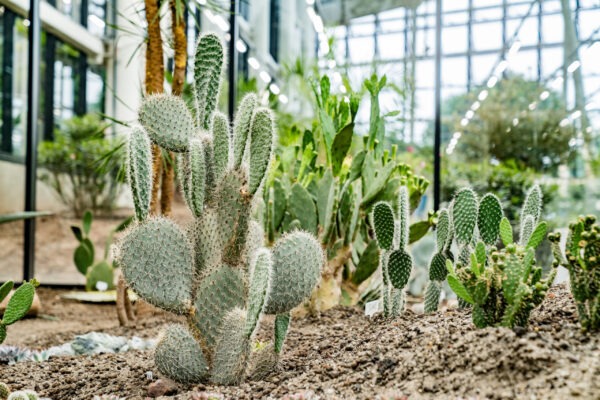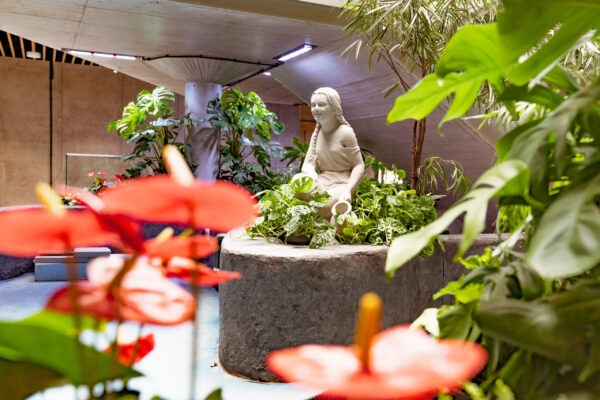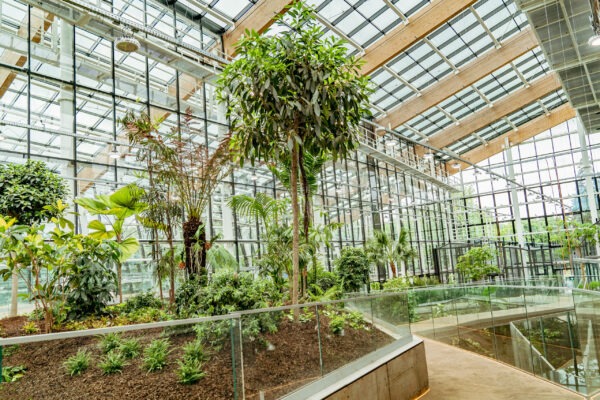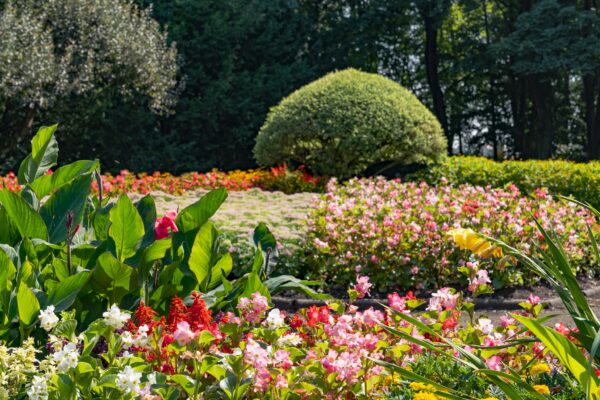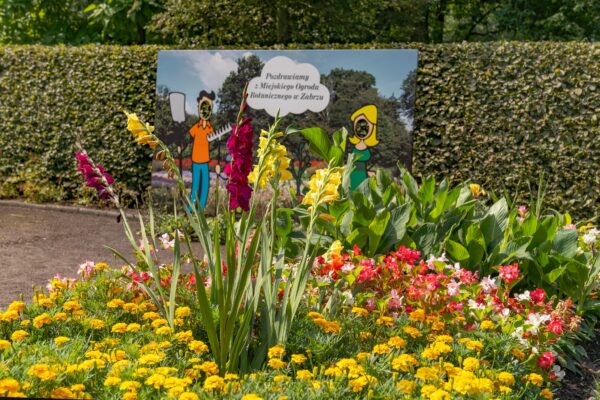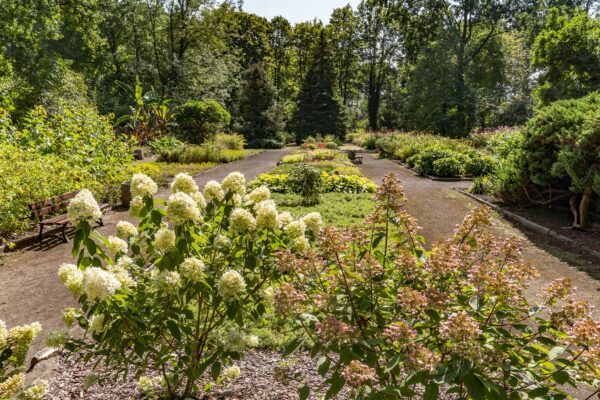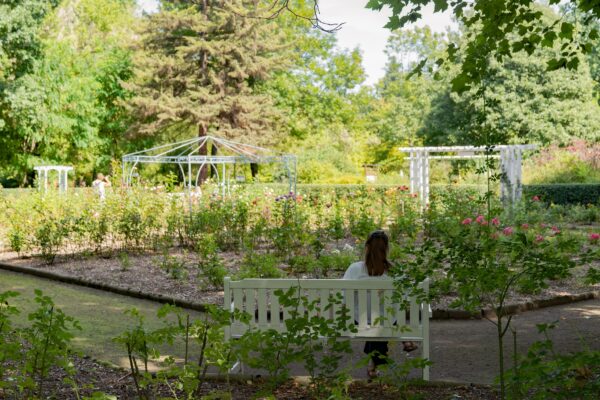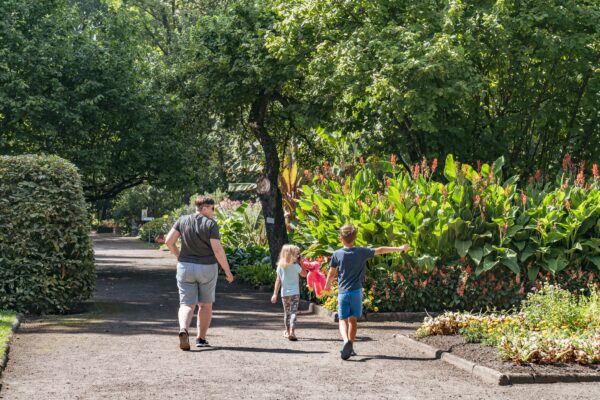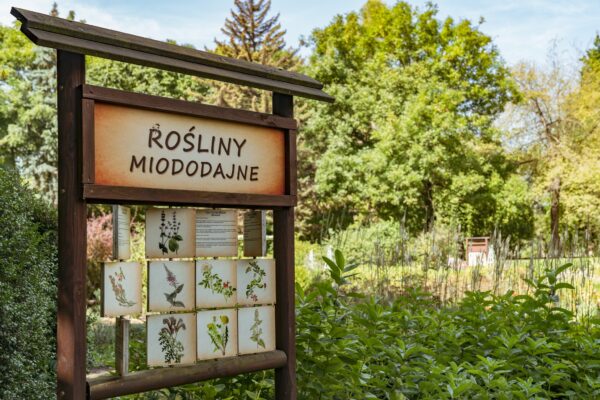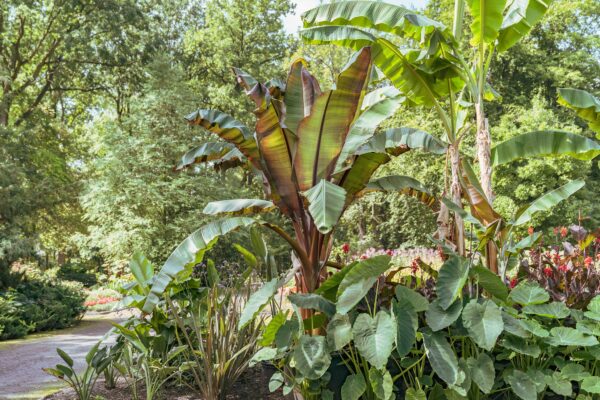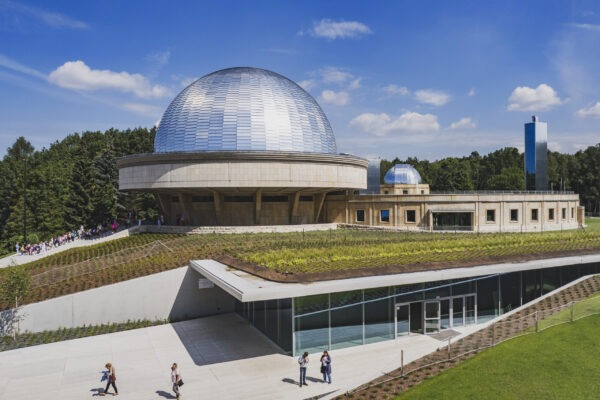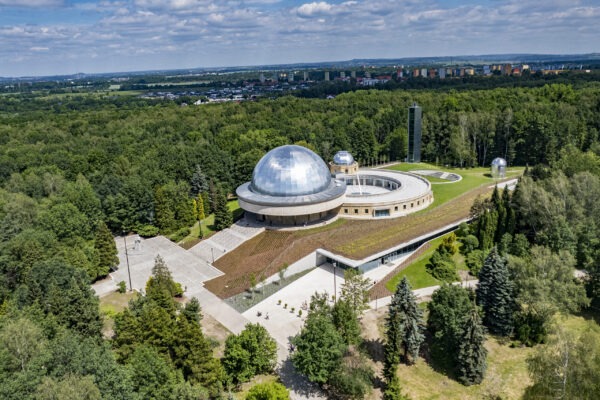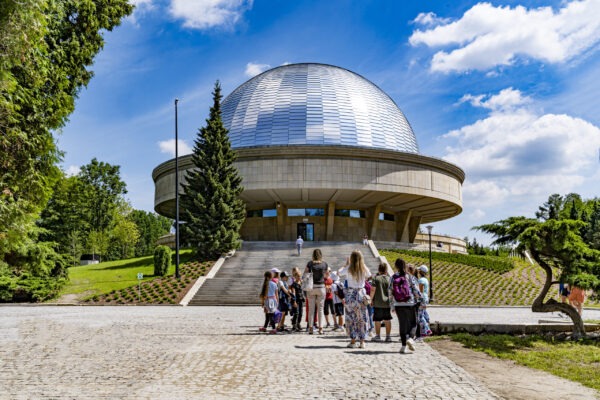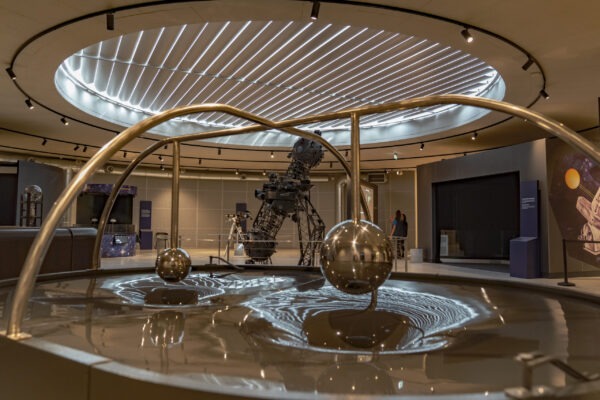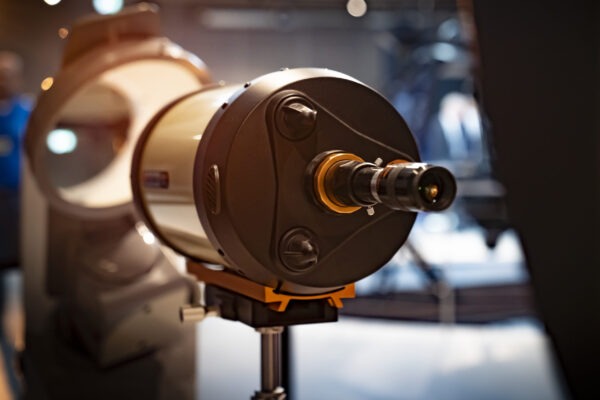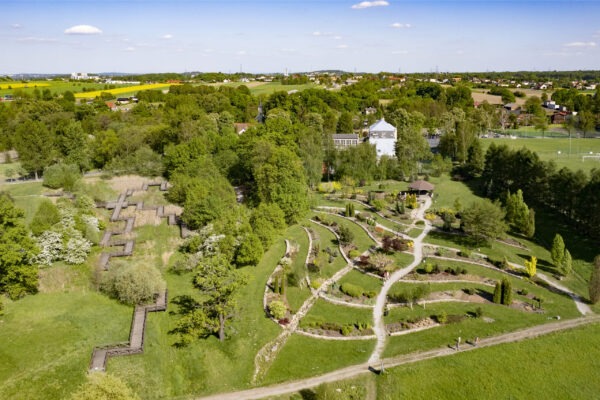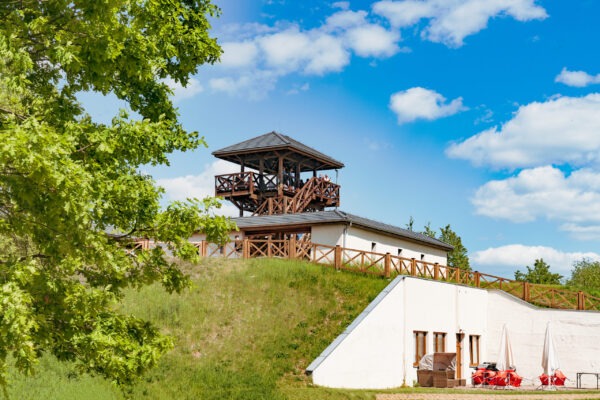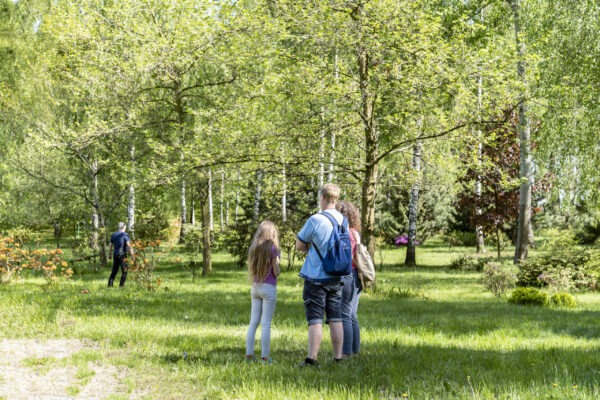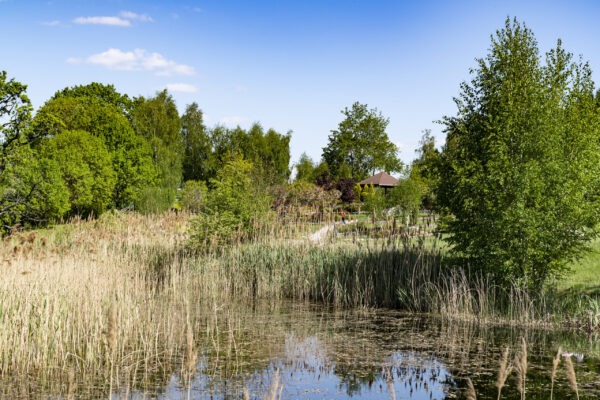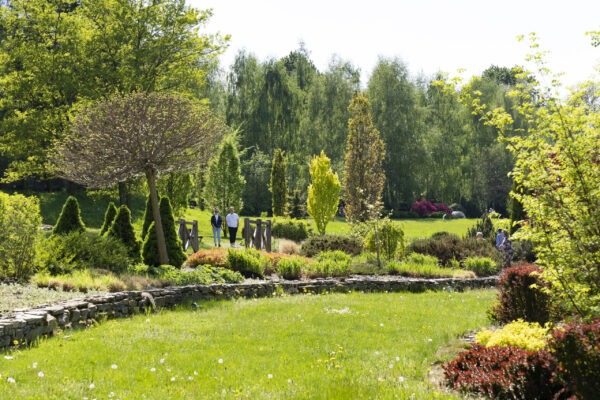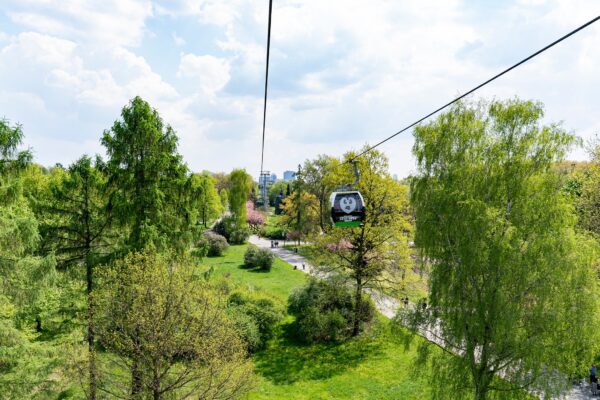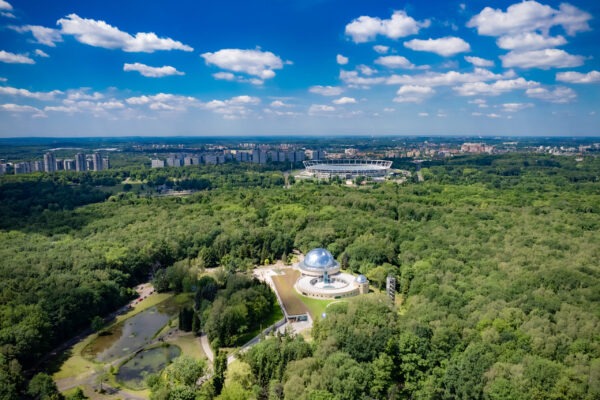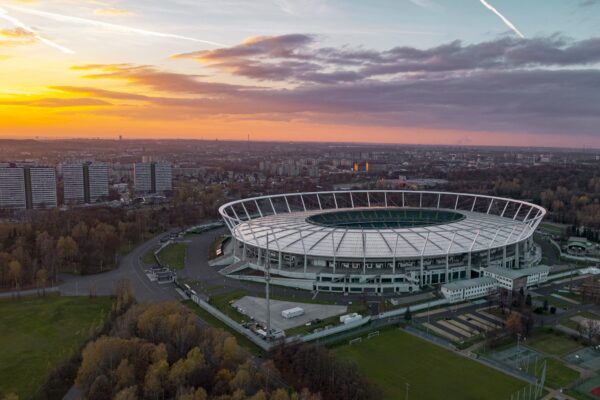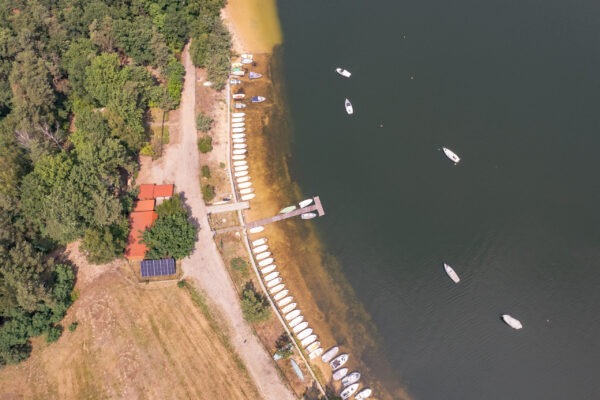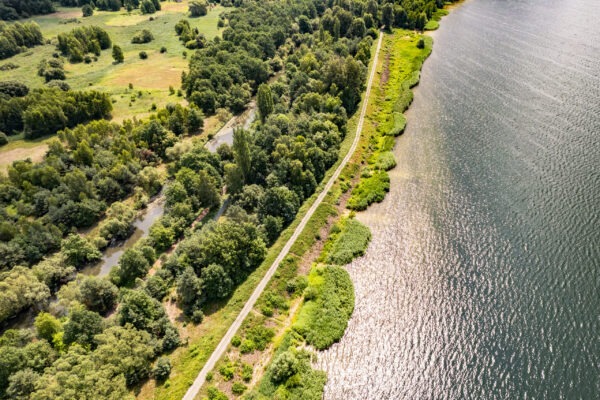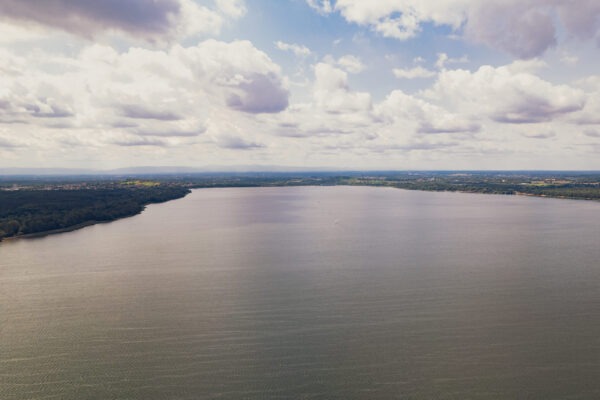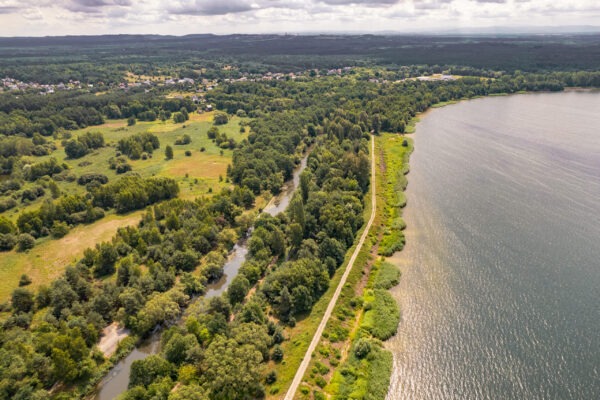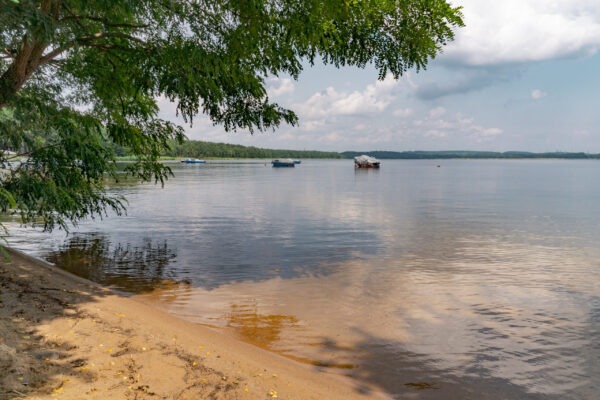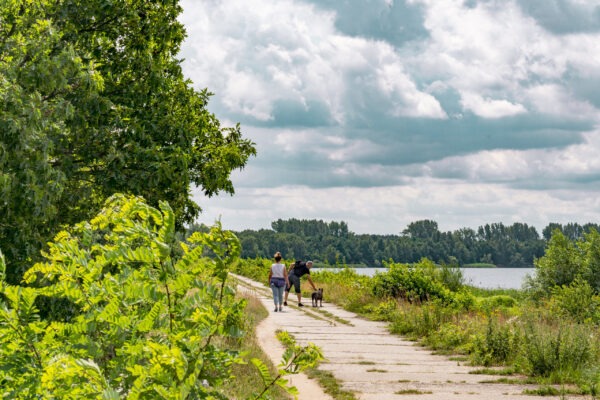VisitGZM features more than 350 sites showcasing the diversity of the GZM and demonstrating the range of leisure activities and interests on offer.
In the GZM, you will find various exciting places depending on your interests: there are cultural venues (cinema, music, theatre, painting and design), recreational areas, sports and active recreation, souvenirs – Judaica, monuments from the distant past such as the Middle Ages, but above all, an enormous post-industrial heritage.
The map is divided into 6 categories: 1) monuments, modern architecture, 2) industrial heritage, 3) culture, 4) sports and recreation, 5) attractions (other), 6) cultural routes, with each divided into subcategories (some places are included in two or more categories, such as sites of the Industrial Monuments Route).
Using the filter options, you can select the subcategories of interest. Additional filter options are available in the side menu.
In compiling the map, materials made available on the official websites of the sites and institutions were used, as well as other sources and materials, including principally the following websites:
- National Institute of Cultural Heritage
- Industrial Monuments Route of the Silesian Voivodeship
- Silesian Voivodeship Tourist Information (śląskie.travel)
- ORSIP Silesia
- Best public space in the Silesian Voivodeship.
Complementing the content of VisitGZM, showing the variety of leisure offerings, is GreenGZM with GZM parks and squares.
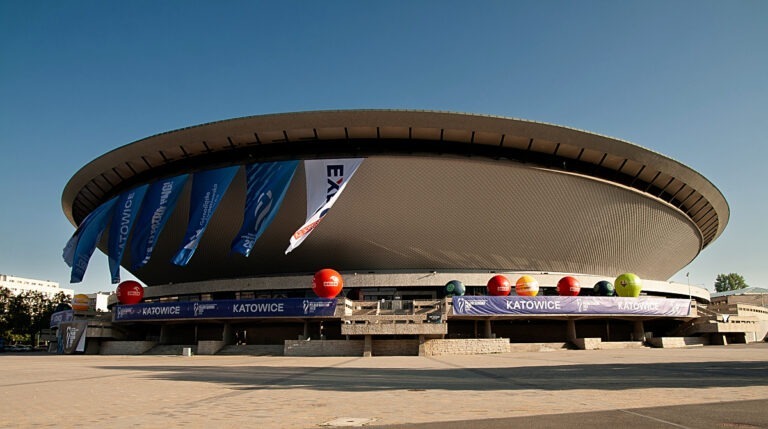
Spodek Sports And Entertainment Arena
Contemporary
Katowice, al. Wojciecha Korfantego 35

Spodek Sports And Entertainment Arena
Entertainment and Sports Arenas and Stadiums
Katowice, al. Wojciecha Korfantego 35
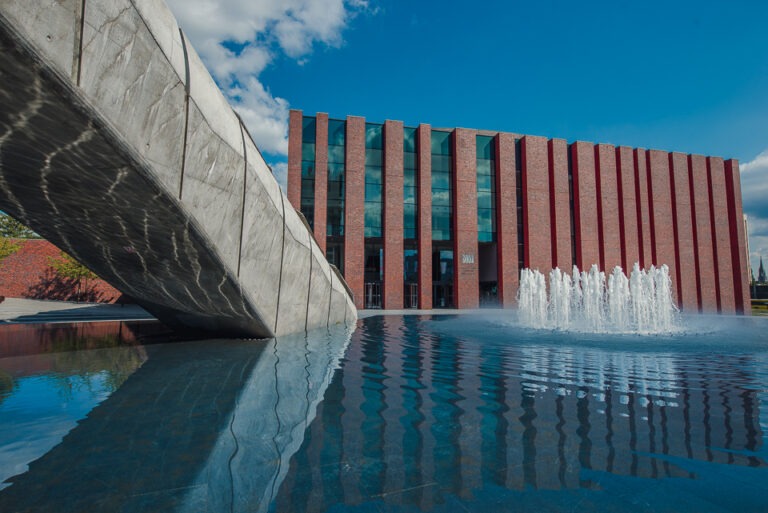
The Polish National Radio Symphony Orchestra (NOSPR),
Contemporary
Katowice, plac Wojciecha Kilara 1
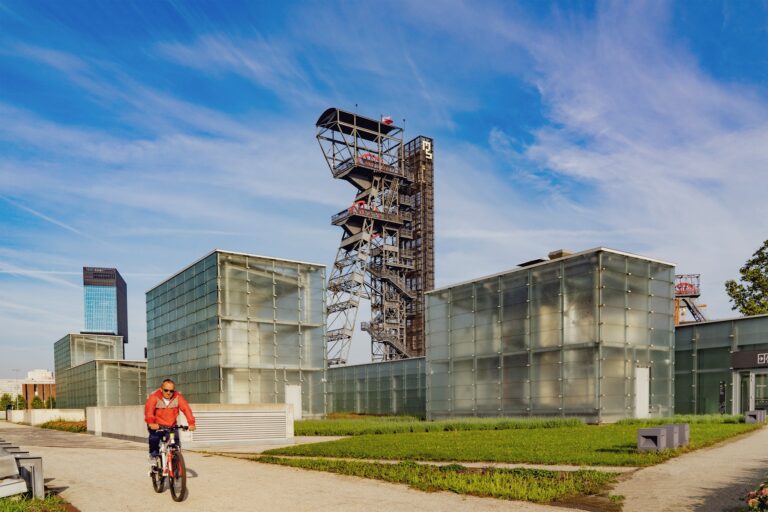
Silesian Museum
Contemporary
Katowice, ul. T. Dobrowolskiego 1

Nikiszowiec Housing Estate
Company-sponsored Architecture
Katowice, os. Nikiszowiec (ul. św. Anny)

Valley of Three Ponds (Katowice Forest Park)
Walking and Recreation
Katowice, ul. Trzech Stawów
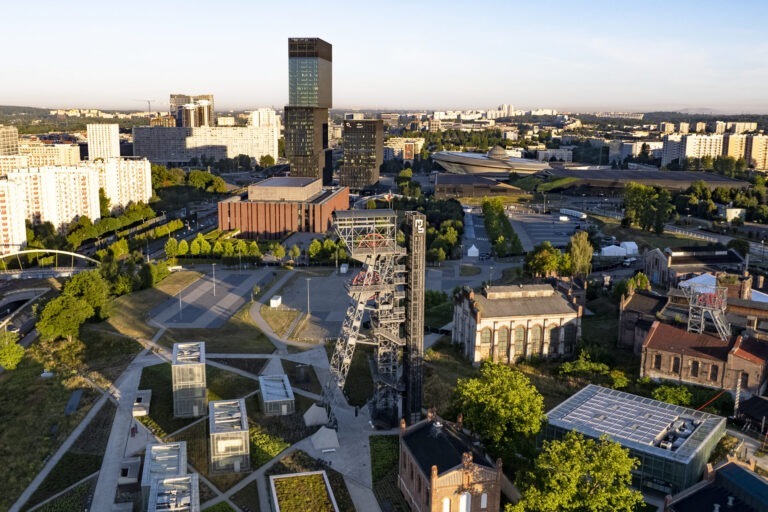
Culture Zone
Revitalised
Katowice, al. Wojciecha Korfantego / pl. Sławika i Antala

Silesian Museum
Revitalised
Katowice, ul. T. Dobrowolskiego 1
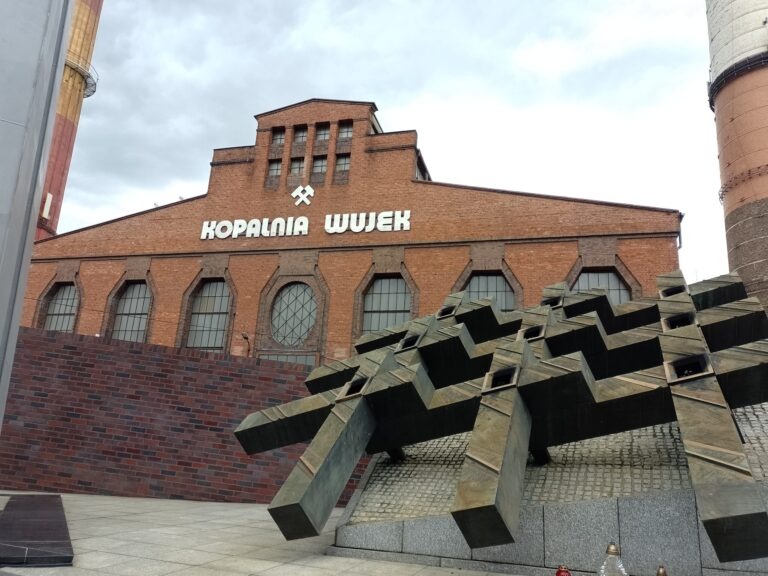
Silesian Freedom and Solidarity Centre and the Monument to the Wujek Nine
Revitalised
Katowice, ul. Wincentego Pola 38

The Monument to the Wujek Nine
Sculptures and Monuments
Katowice, ul. Wincentego Pola 38
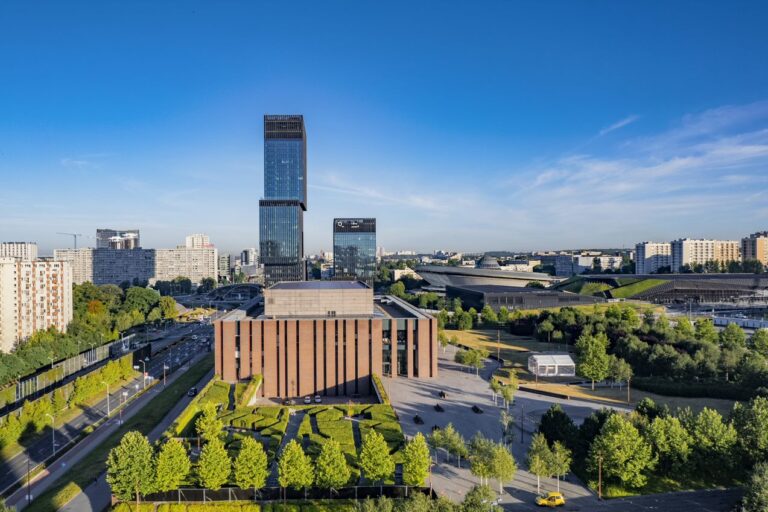
Culture Zone
Contemporary
Katowice, al. Wojciecha Korfantego / pl. Sławika i Antala
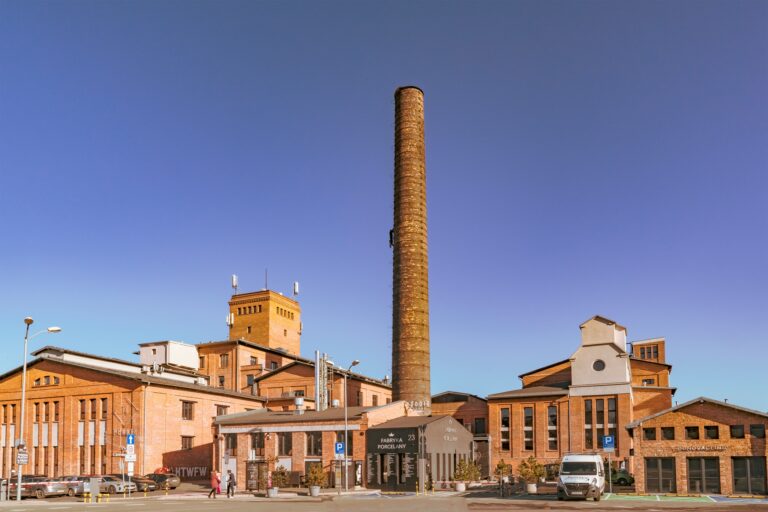
Fabryka Porcelany
Revitalised
Katowice, ul. Porcelanowa 23
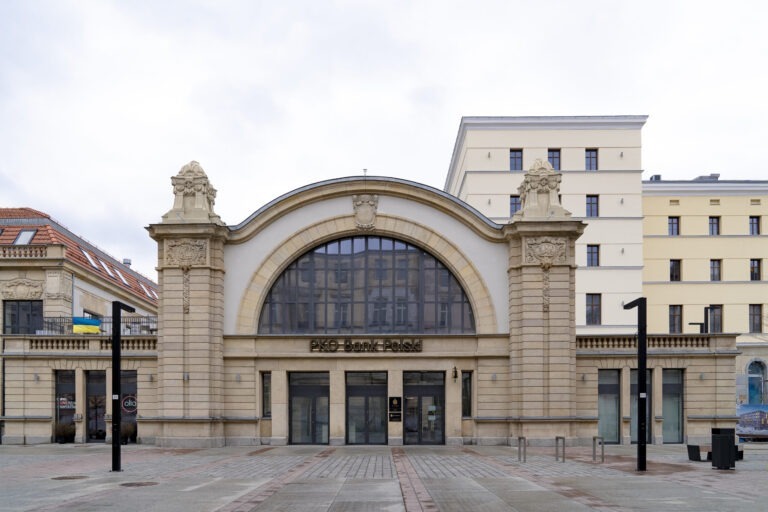
Old Railway Station
Revitalised
Katowice, ul. Dworcowa
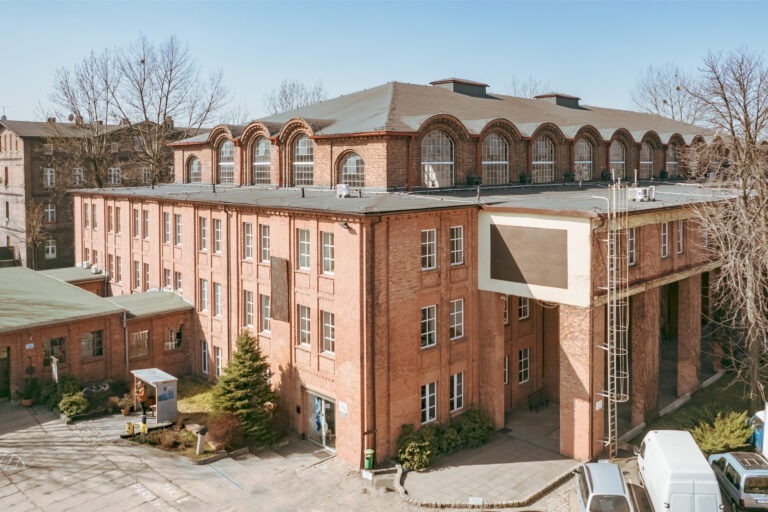
Wilson Shaft Gallery
Revitalised
Katowice, ul. Oswobodzenia 1
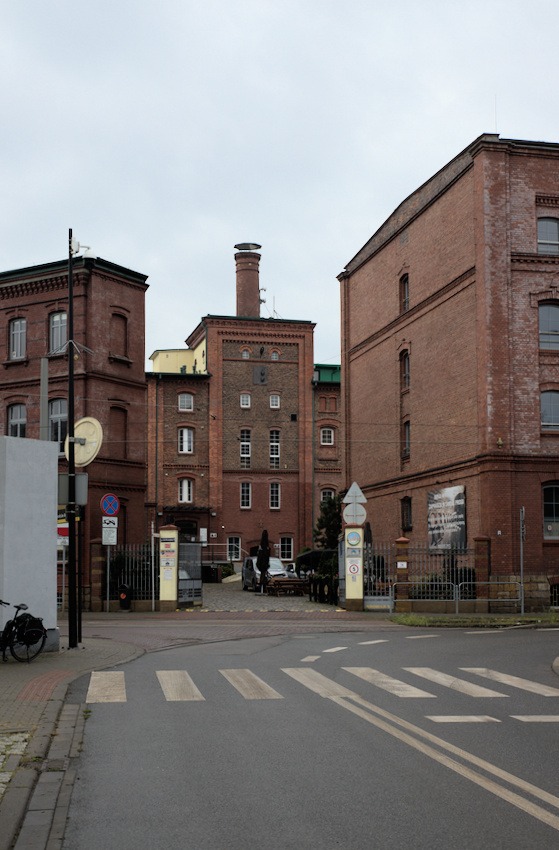
Mokrski Brewery
Revitalised
Katowice, ul. ks. bpa Bednorza 2a-6

Pułaski Shaft and Wieczorek Mine buildings
Mine Shafts and Water Towers
Katowice, ul. Szopienicka
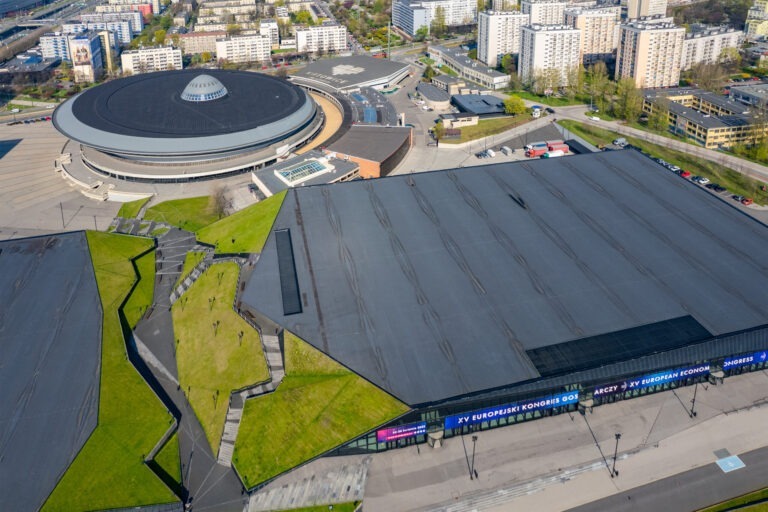
International Congress Centre (MCK)
Contemporary
Katowice, plac Sławika i Antalla 1
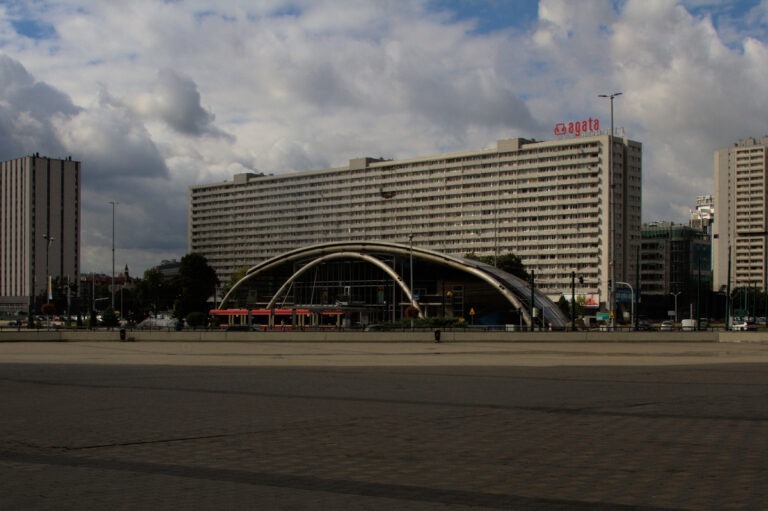
Superjednostka
Contemporary
Katowice, al. Wojciecha Korfantego 16-32
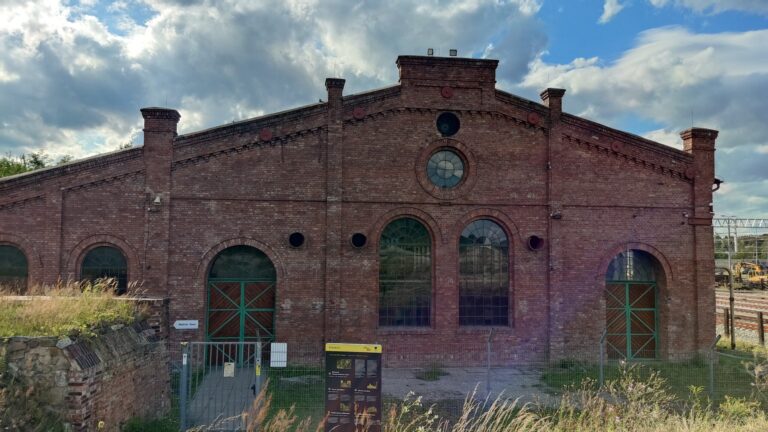
“Walcownia” Museum of Zinc Metallurgy
Industry of the Past
Katowice, ul. 11 Listopada 50
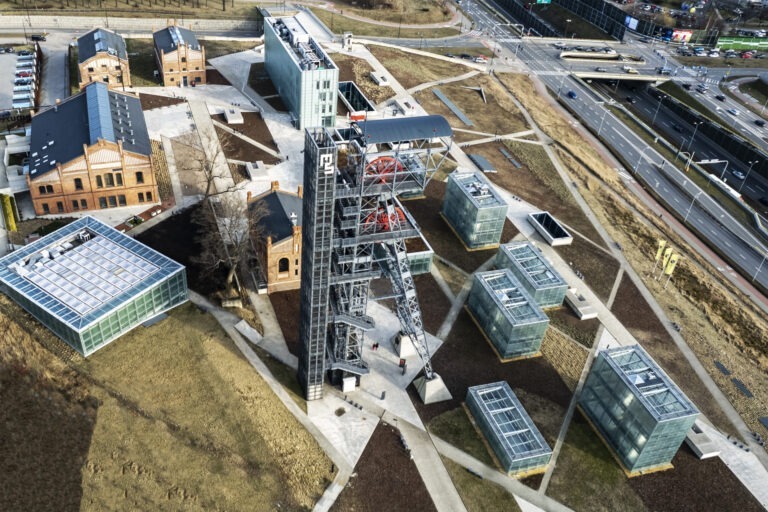
Gallows frame of the Warsaw II shaft
Mine Shafts and Water Towers
Katowice, ul. T. Dobrowolskiego 1
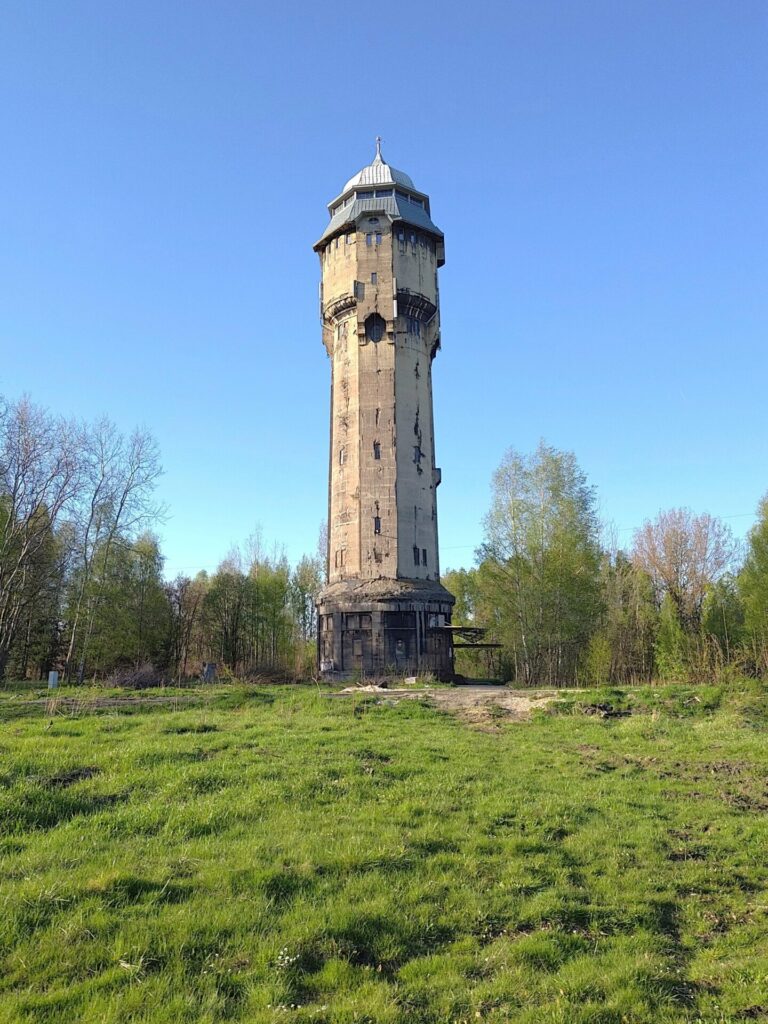
Water tower at J. Korczak Street.
Mine Shafts and Water Towers
Katowice, ul. J. Korczaka
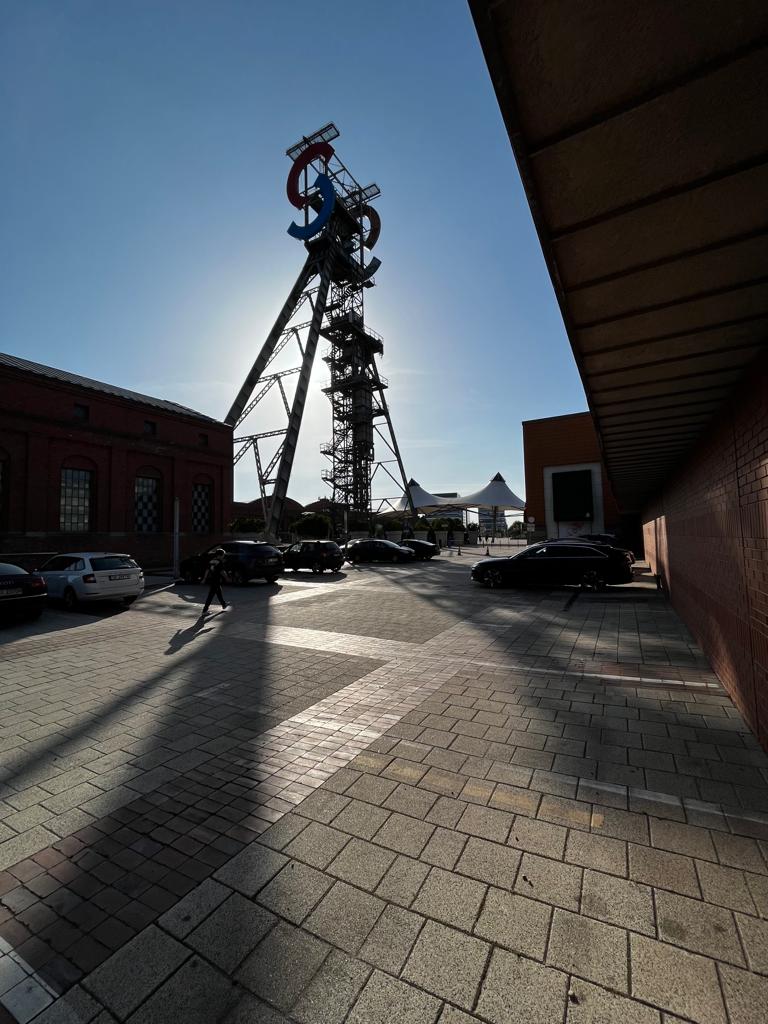
Jerzy (Jorg) Shaft
Mine Shafts and Water Towers
Katowice, ul. Chorzowska 107

Giszowiec Housing Estate
Company-sponsored Architecture
Katowice, os. Giszowiec
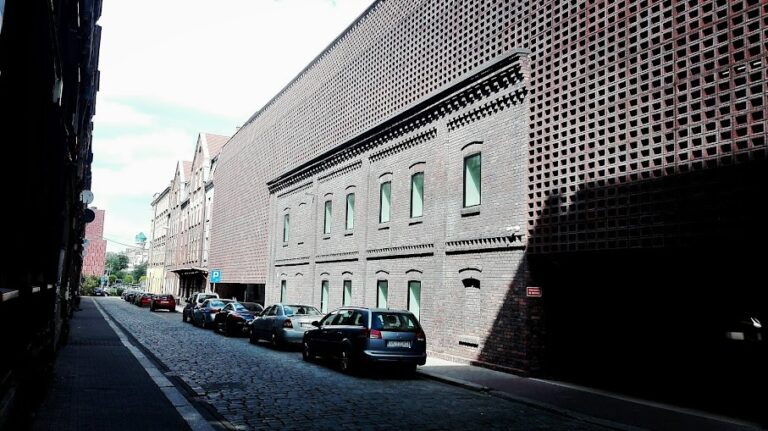
Krzysztof Kieślowski Film School (Faculty of Radio and Television, University of Silesia)
Contemporary
Katowice, ul. Świętego Pawła 7A
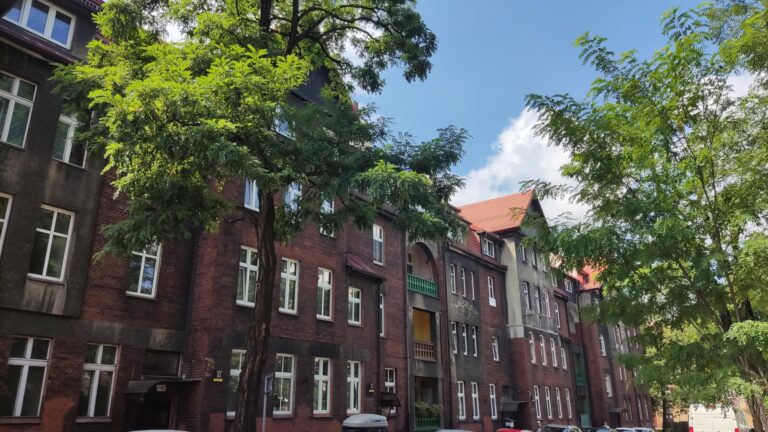
Municipal colony of the “Wujek” mine (Oheim).
Company-sponsored Architecture
Katowice, ul. J. Poniatowskiego, B. Głowackiego, Skalna, Barbary

Katowice-Kostuchna Dormitory (now the seat of the Municipal Cultural Centre “South”)
Company-sponsored Architecture
Katowice, ul. T. B. Żeleńskiego 83
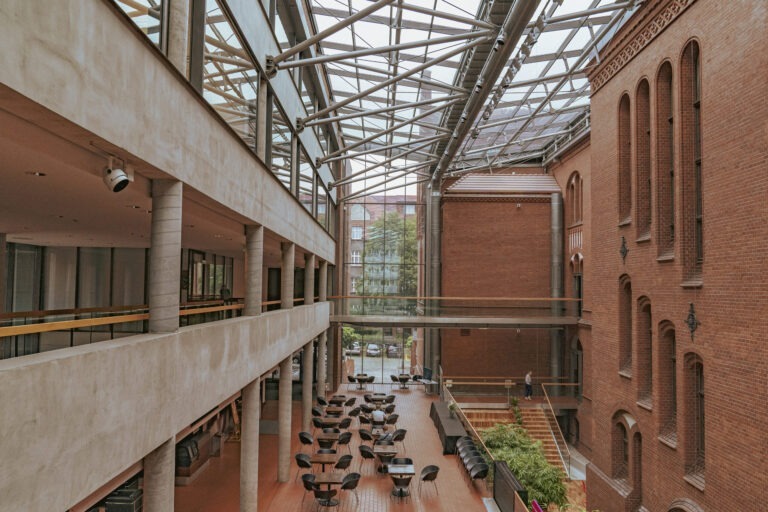
Symfonia Centre for Music Learning and Education
Contemporary
Katowice, ul. Zacisze 3
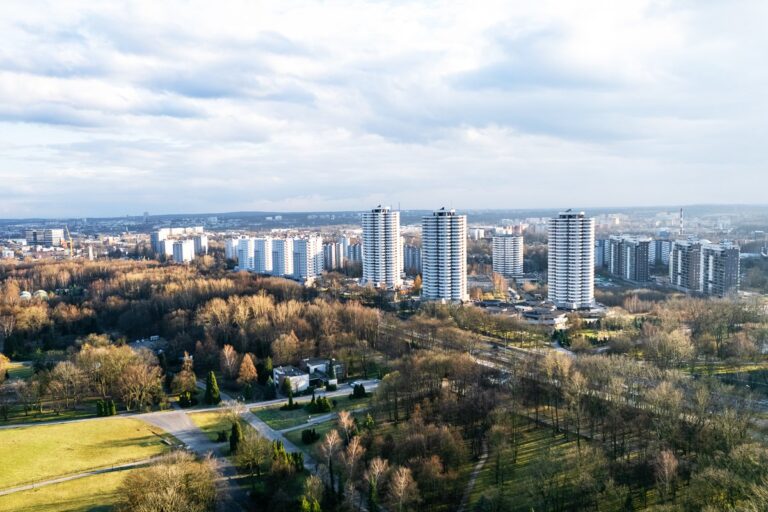
“Maize” on the Tysiąclecia Estate
Contemporary
Katowice, ul. Zawiszy Czarnego
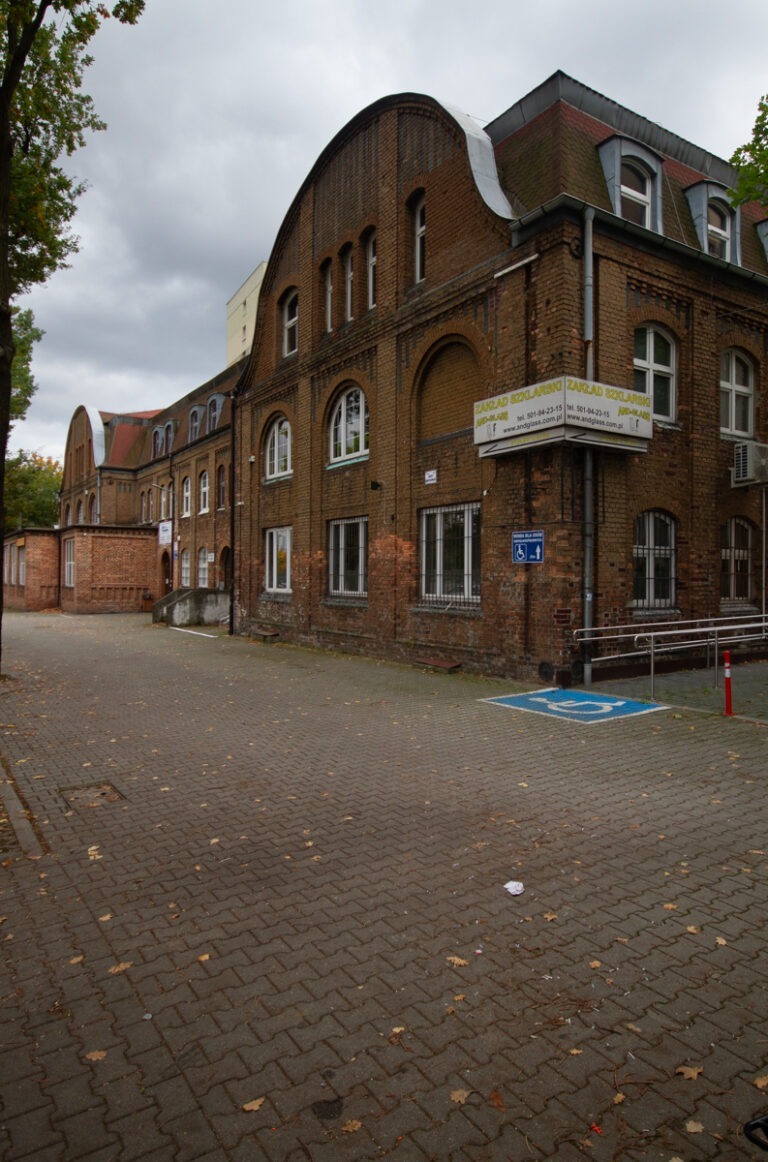
Cleophas (Kleofas) mine workers’ house
Company-sponsored Architecture
Katowice, ul. Gliwicka 204

Eastern Shaft No. II, formerly Kleofas Coal Mine
Mine Shafts and Water Towers
Katowice, ul. F. Bocheńskiego 66

Former zinc works
Non-Revitalised
Katowice, ul. Ks. mjra Karola Woźniaka

Pułaski Shaft and Wieczorek Mine buildings
Non-Revitalised
Katowice, ul. Szopienicka

Company-sponsored Housing Estate of the Warsaw Society of Coal Mines and Steel Works
Company-sponsored Architecture
Sosnowiec, ul. Klubowa

Water tower at Leśna Street in Gliwice
Mine Shafts and Water Towers
Gliwice, ul. Leśna
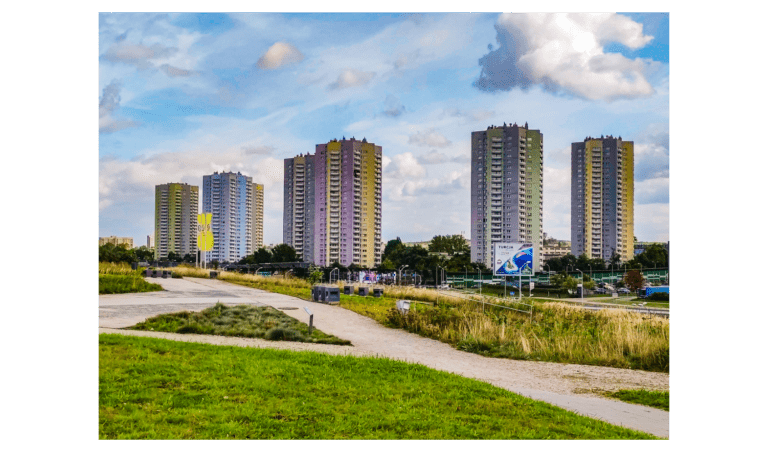
Gwiazdy Housing Estate (Walentego Roździeński Housing Estate)
Contemporary
Katowice, al. W. Roździeńskiego 86, 88, 90, 96, 98, 100

Office buildings .KTW
Contemporary
Katowice, al. Walentego Roździeńskiego 1
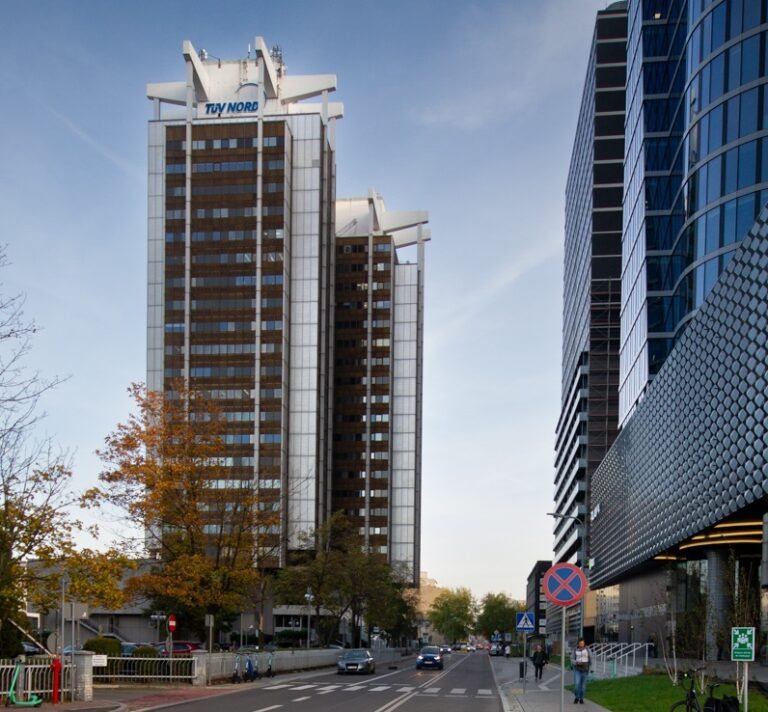
Stalexport buildings – top-down construction
Contemporary
Katowice, ul. A. Mickiewicza 29
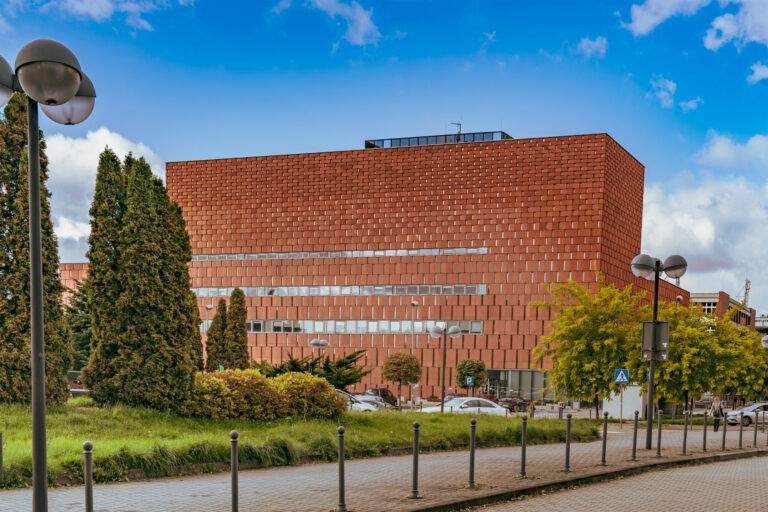
Scientific Information Centre and Academic Library (CINiBA)
Contemporary
Katowice, ul. Bankowa 11a

Black Trout Adit
Heritage and Historic Sites
Tarnowskie Góry, ul. Szczęść Boże 81

Silesian Freedom and Solidarity Centre and the Monument to the Wujek Nine
Heritage and Historic Sites
Katowice, ul. Wincentego Pola 38
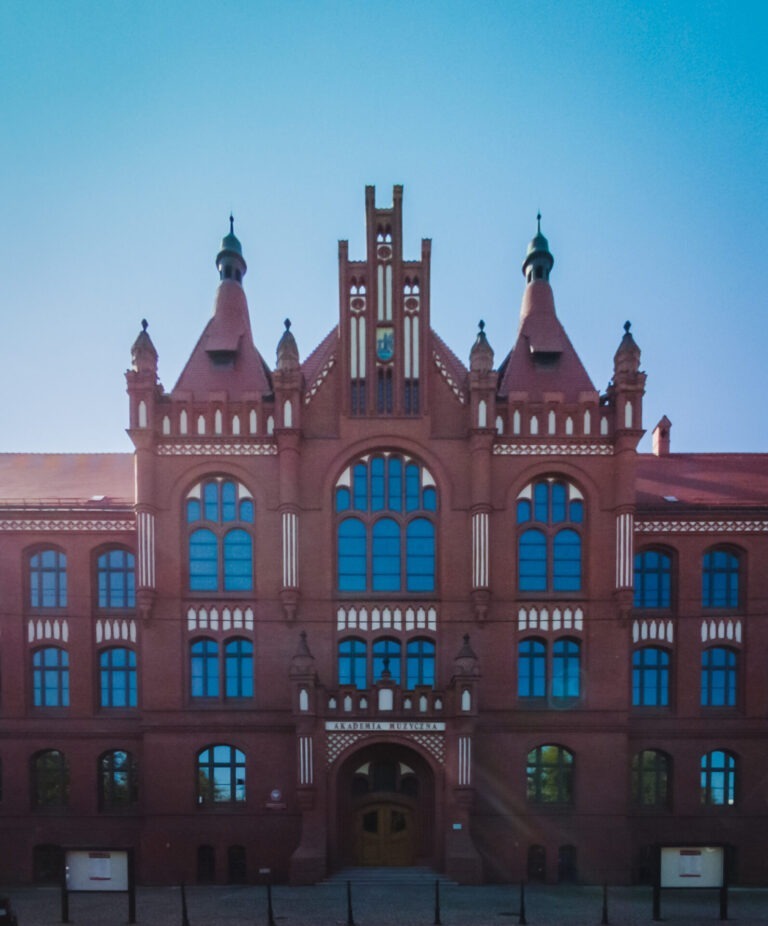
Academy of Music in Katowice
Heritage and Historic Sites
Katowice, ul. Zacisze 3
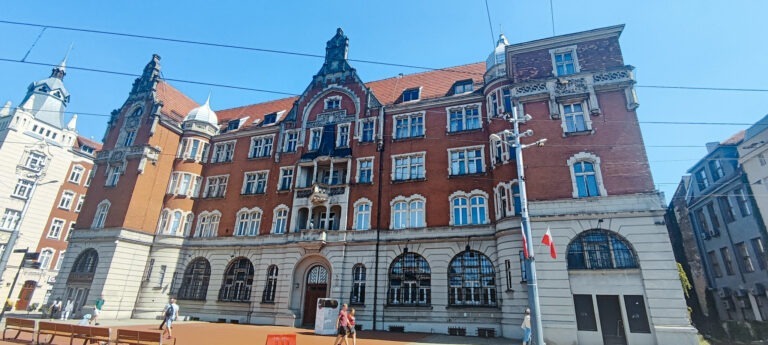
Former home of the Silesian Museum
Heritage and Historic Sites
Katowice, ul. Korfantego 3

Spodek Sports And Entertainment Arena
Entertainment and Sports Arenas and Stadiums
Katowice, al. Wojciecha Korfantego 35
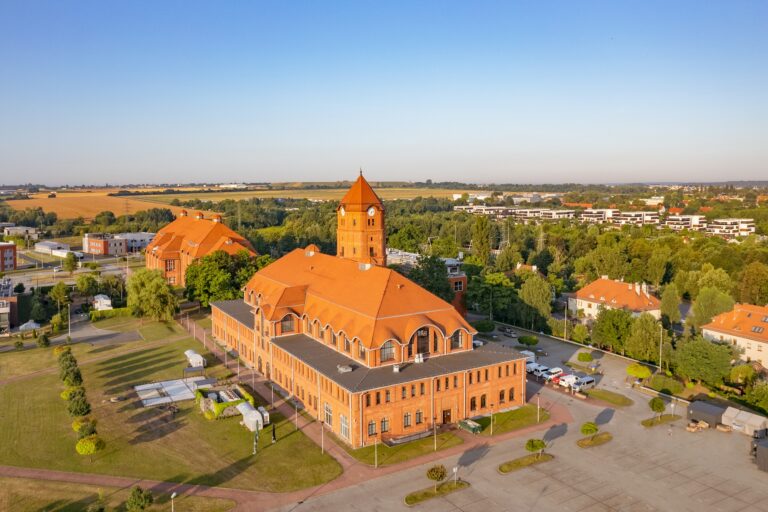
New Gliwice
Revitalised
Gliwice, ul. Bojkowska 37
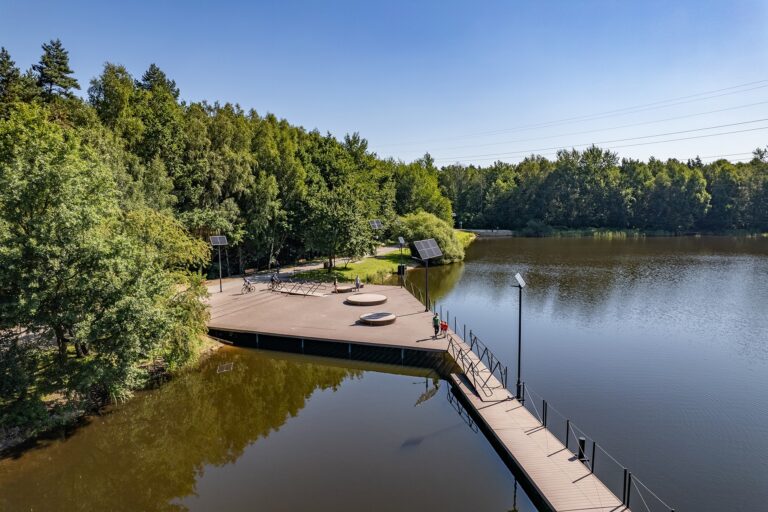
Starganiec
Beaches and Bodies of Water
Mikołów, ul. Owsiana / Katowice

Recreation Center “Zadole”
Beaches and Bodies of Water
Katowice, ul. Wczasowa 8
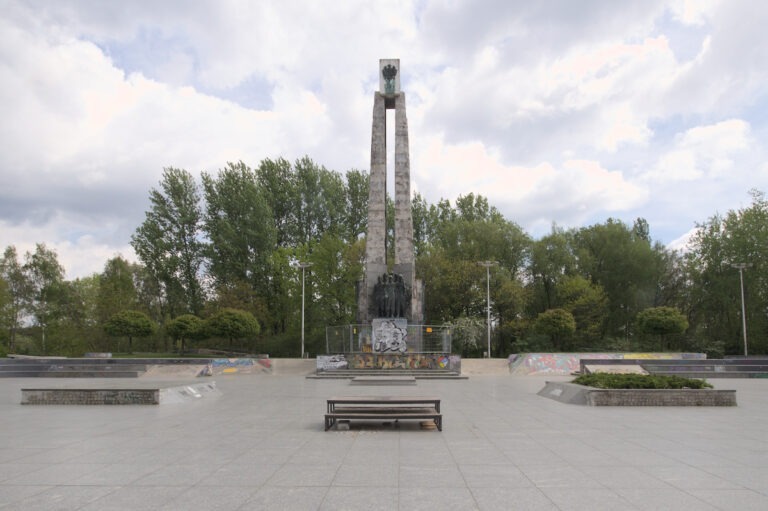
Skatepark PTG
Skateparks and Pump Tracks
Katowice, Pomnik Trudu Górniczego, ul. Górnośląska 57
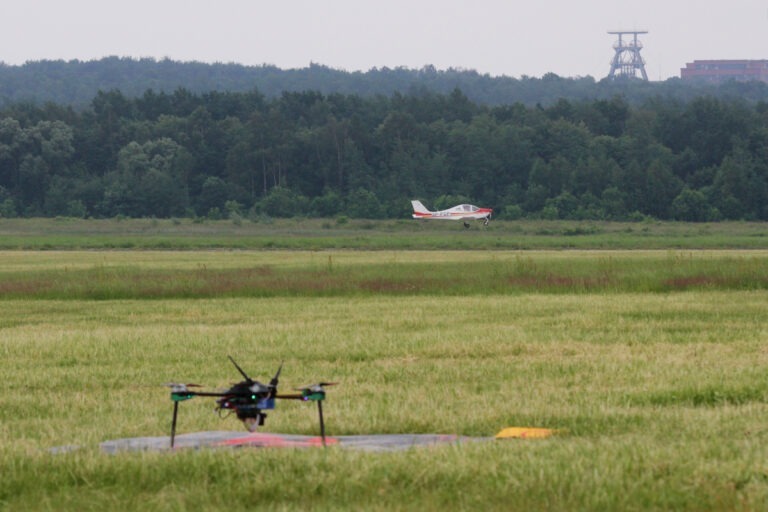
Silesian Aero Club
Aviation
Katowice, ul. Lotnisko 1
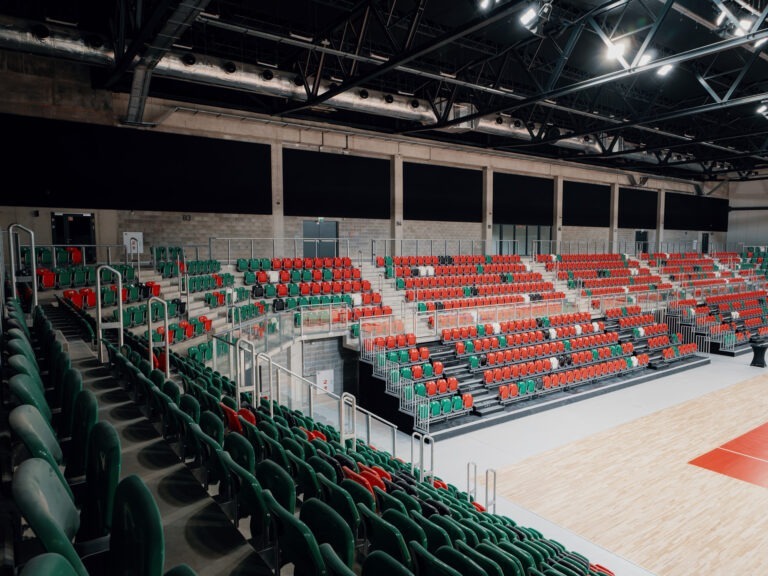
Zagłębiowski Sports Park – ArcelorMittal Park
Entertainment and Sports Arenas and Stadiums
Sosnowiec, ul. gen. Mariusza Zaruskiego 2
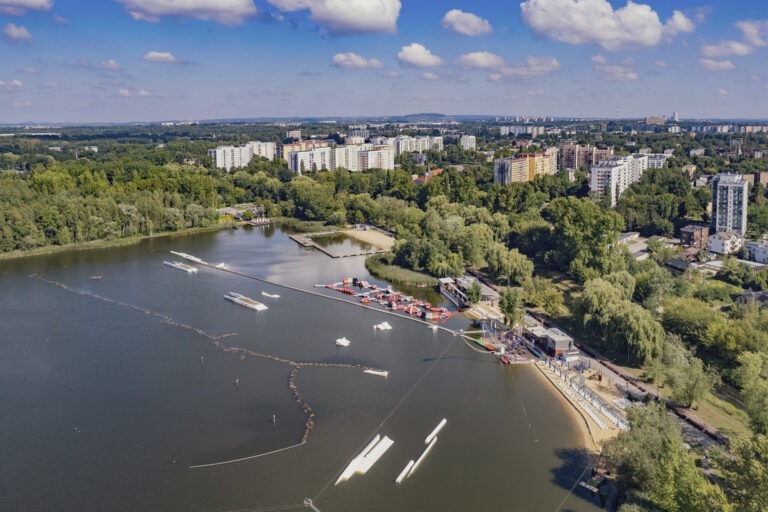
Wake Zone Stawiki
Water Sports
Sosnowiec, ul. Jana III Sobieskiego 49
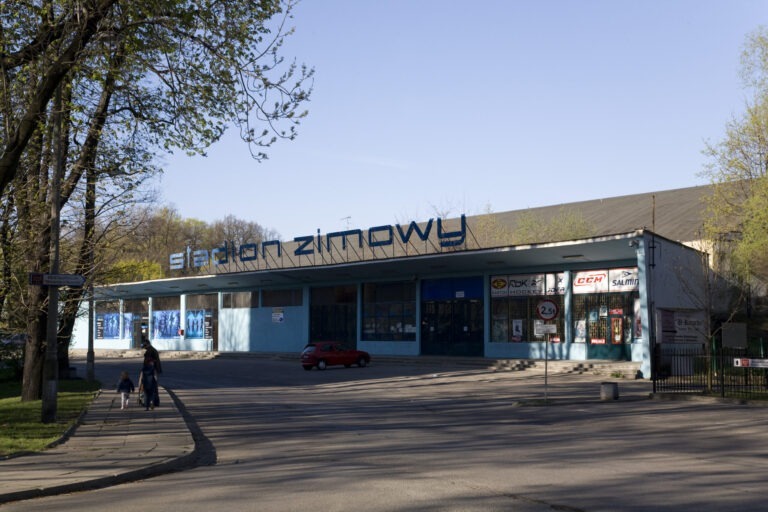
Winter Stadium
Ice Rinks
Sosnowiec, ul. Zamkowa 4

Old Wire Factory
Non-Revitalised
Gliwice, ul. Stanisława Dubois 45c

Climbing Wall “Level 450”
Climbing
Sosnowiec, ul. Narutowicza 51

Silesian Museum
Industrial Monuments Route
Katowice, ul. T. Dobrowolskiego 1

Nikiszowiec Housing Estate
Industrial Monuments Route
Katowice, os. Nikiszowiec (ul. św. Anny)

Giszowiec Housing Estate
Industrial Monuments Route
Katowice, os. Giszowiec

“Walcownia” Museum of Zinc Metallurgy
Industrial Monuments Route
Katowice, ul. 11 Listopada 50

Fabryka Porcelany
Industrial Monuments Route
Katowice, ul. Porcelanowa 23
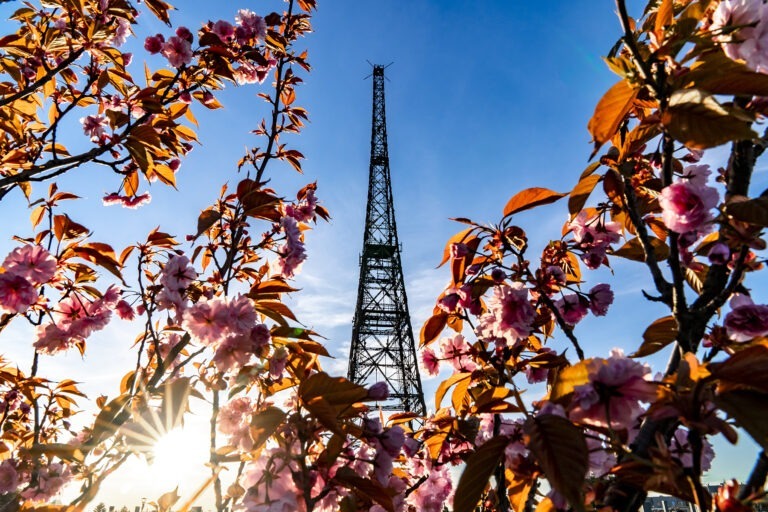
Radio station
Industrial Monuments Route
Gliwice, ul. Tarnogórska 127-129-131

Wilson Shaft Gallery
Industrial Monuments Route
Katowice, ul. Oswobodzenia 1

Museum of Sanitary Technology
Industrial Monuments Route
Gliwice, ul. Edisona 16

Artistic Foundry Branch of the Museum in Gliwice
Industrial Monuments Route
Gliwice, ul. Bojkowska 37
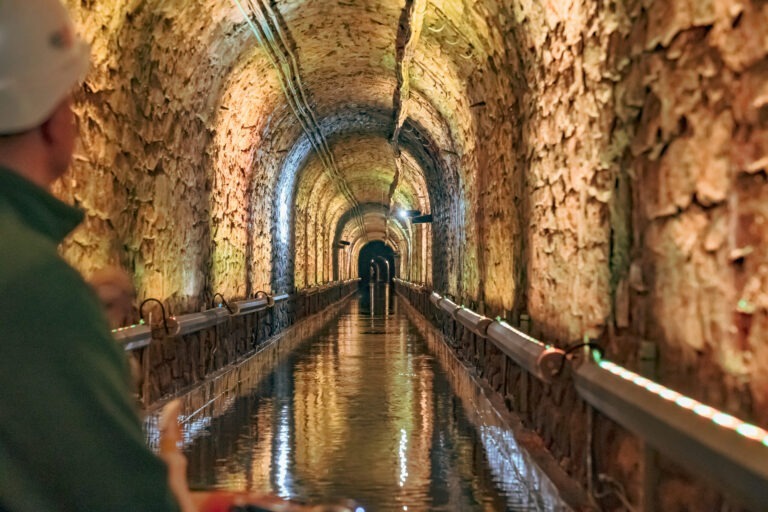
Queen Louise Adit
Industrial Monuments Route
Zabrze, ul. Wolności 408
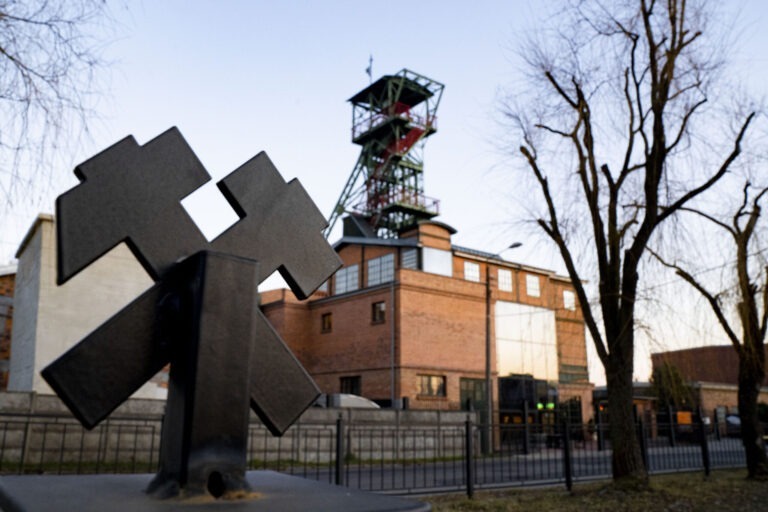
Historic Maciej Shaft
Industrial Monuments Route
Zabrze, ul. Srebrna 6

Guido mine
Industrial Monuments Route
Zabrze, ul. 3 Maja 93

“Bajtel Gruba” – Park 12 C
Industrial Monuments Route
Zabrze, ul. Maurycego Mochnackiego 12
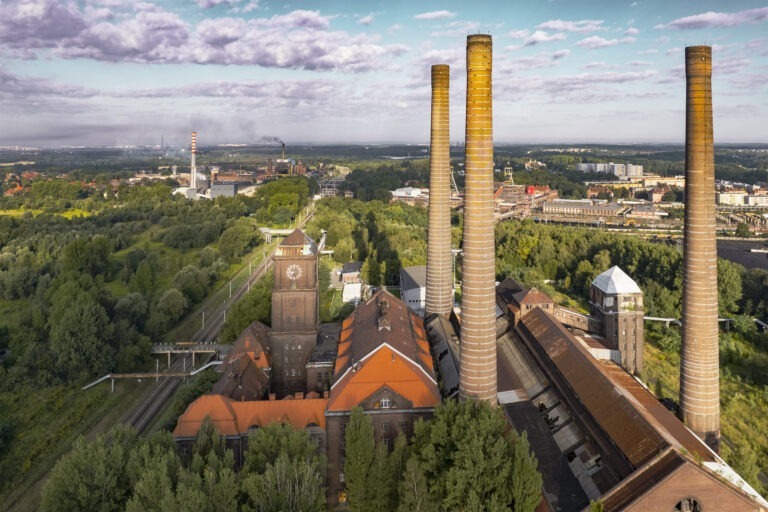
Szombierki Heat and Power Plan
Industrial Monuments Route
Bytom, ul. Kosynierów 30

Upper Silesian Narrow-Gauge Railways
Industrial Monuments Route
Bytom, ul. Reja 1

Ficinus Housing Estate
Industrial Monuments Route
Ruda Śląska, ul. Kubiny
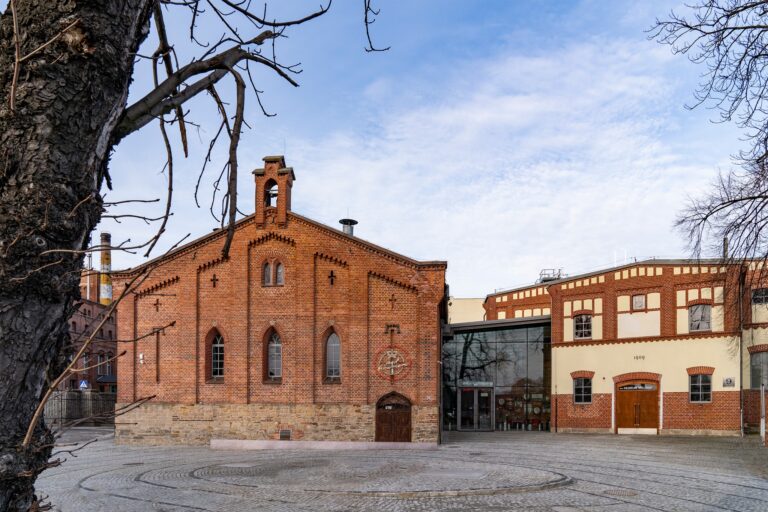
Visitor Centre of Tyskie Browary Książęce
Industrial Monuments Route
Tychy, ul. Katowicka 9
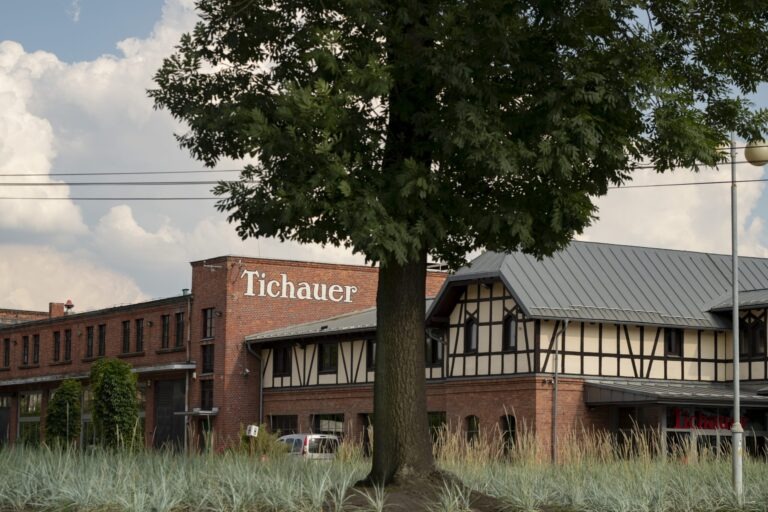
Obywatelski Brewery (Tichauer)
Industrial Monuments Route
Tychy, ul. Browarowa 7

Sztygarka City Museum
Industrial Monuments Route
Dąbrowa Górnicza, ul. Legionów Polskich 69

Prezydent shaft, Sztygarka complex
Industrial Monuments Route
Chorzów, ul. Piotra Skargi 34 a/d

Central Museum of Firefighting
Industrial Monuments Route
Mysłowice, ul. Stadionowa 7a
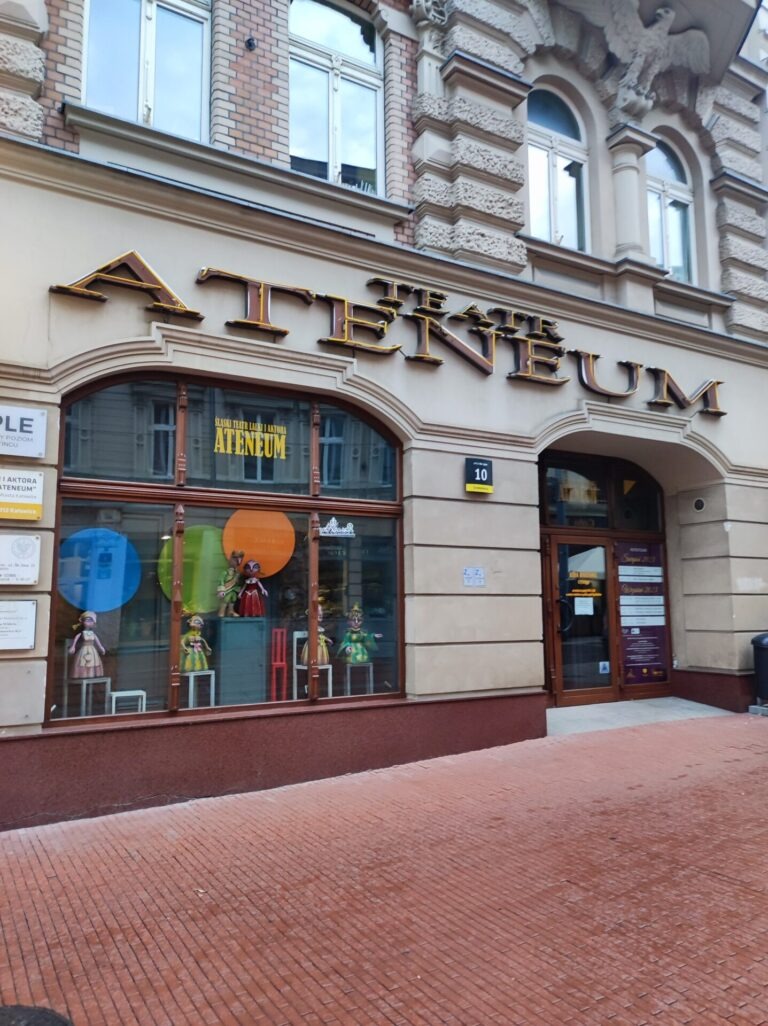
Silesian Puppet and Actor Theater “Ateneum”
For Children
Katowice, ul. św. Jana 10

The Polish National Radio Symphony Orchestra (NOSPR),
Concerts and Music Performances
Katowice, plac Wojciecha Kilara 1

International Congress Centre (MCK)
Multi-Purpose Venues
Katowice, plac Sławika i Antalla 1

Silesian Museum
Museums
Katowice, ul. T. Dobrowolskiego 1

Silesian Freedom and Solidarity Centre and the Monument to the Wujek Nine
Museums
Katowice, ul. Wincentego Pola 38

“Walcownia” Museum of Zinc Metallurgy
Museums
Katowice, ul. 11 Listopada 50
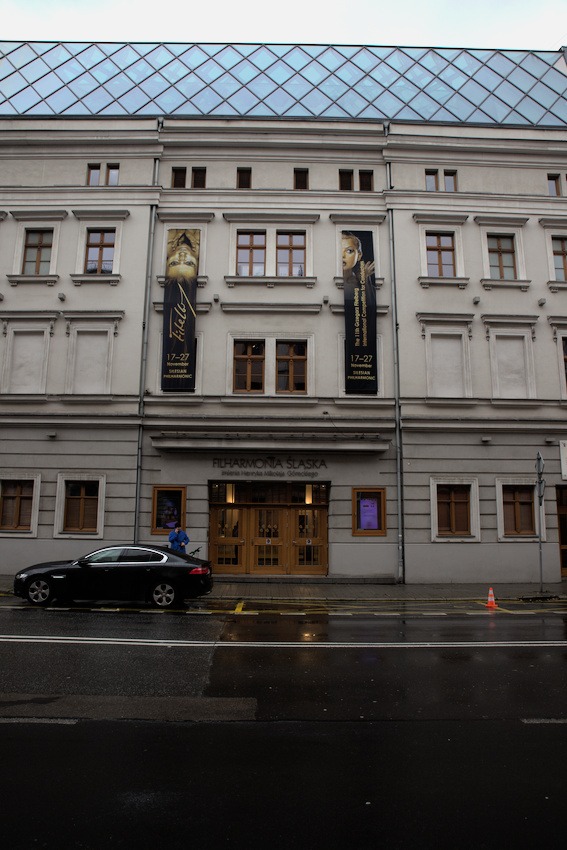
Silesian Philharmonic
Concerts and Music Performances
Katowice, ul. Sokolska 2

Symfonia Centre for Music Learning and Education
Concerts and Music Performances
Katowice, ul. Zacisze 3
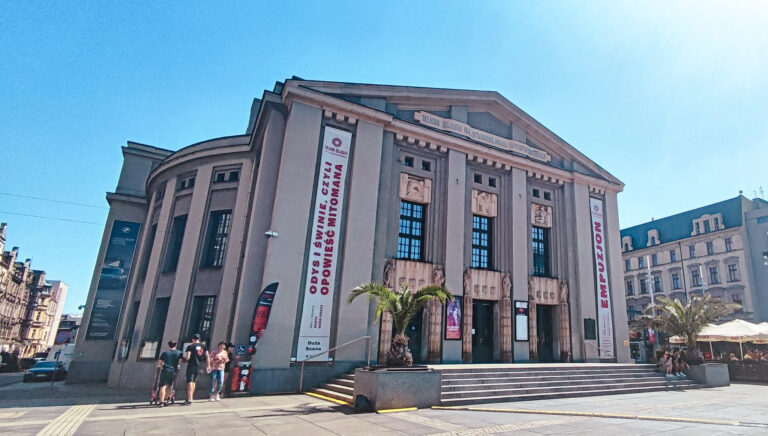
Silesian Theatre
Theathres
Katowice, ul. Rynek 10
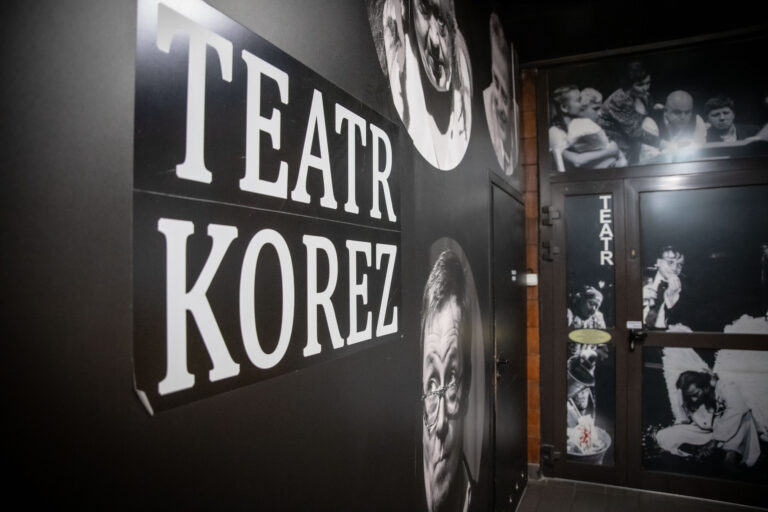
Korez Theatre
Theathres
Katowice, plac Sejmu Śląskiego 2

Silesian Puppet and Actor Theater “Ateneum”
Theathres
Katowice, ul. św. Jana 10
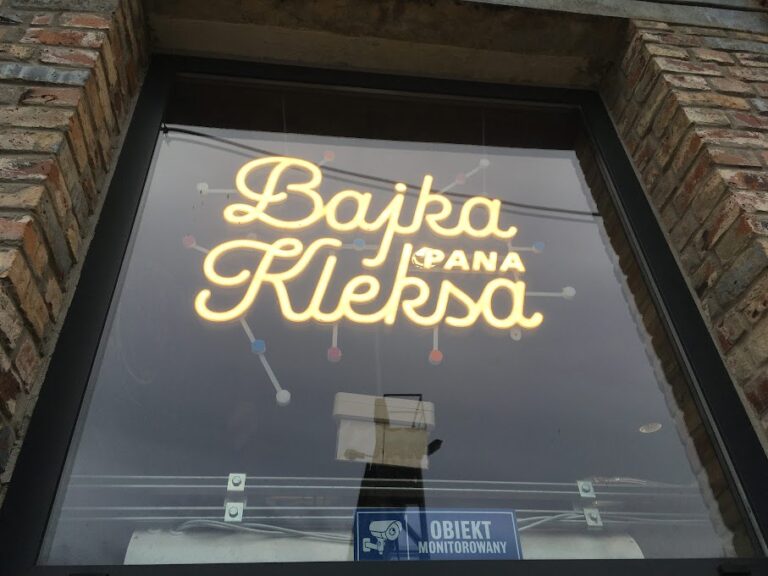
Kleks’ Fairy Tale (Bajka Pana Kleksa)
For Children
Katowice, ul. Porcelanowa 23
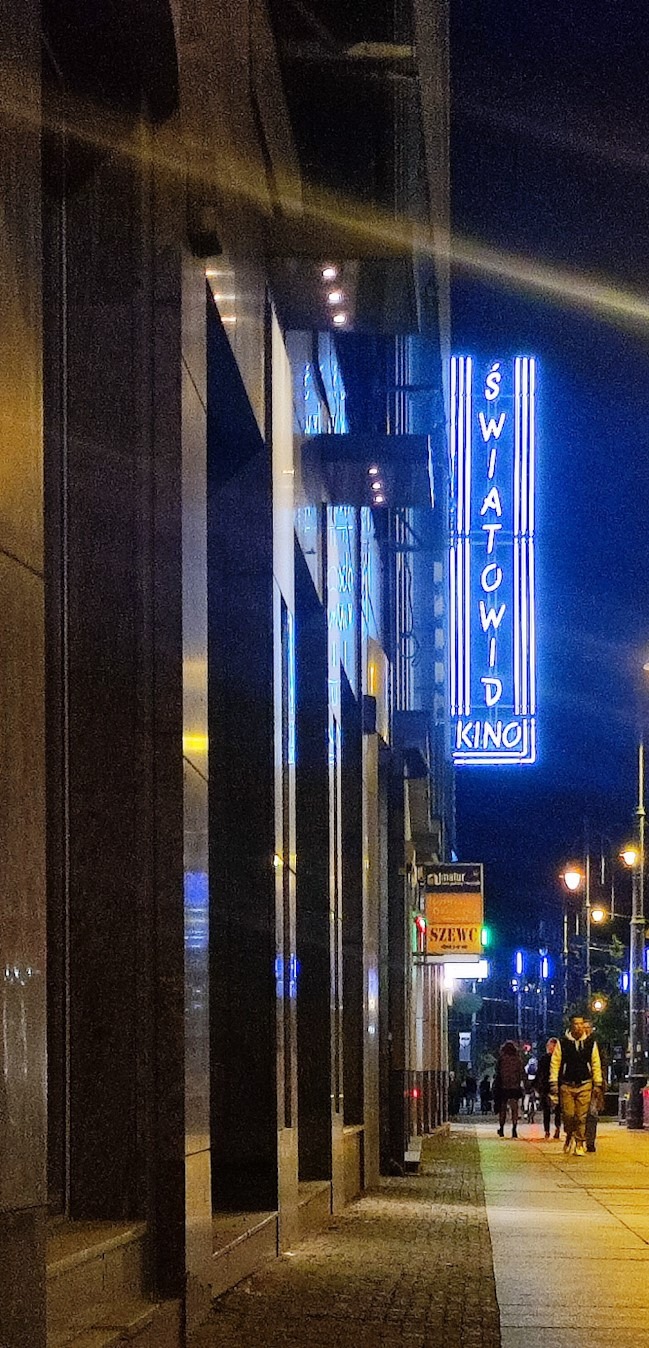
“Światowid” Studio Cinema
Art Cinemas
Katowice, ul. 3 Maja 7
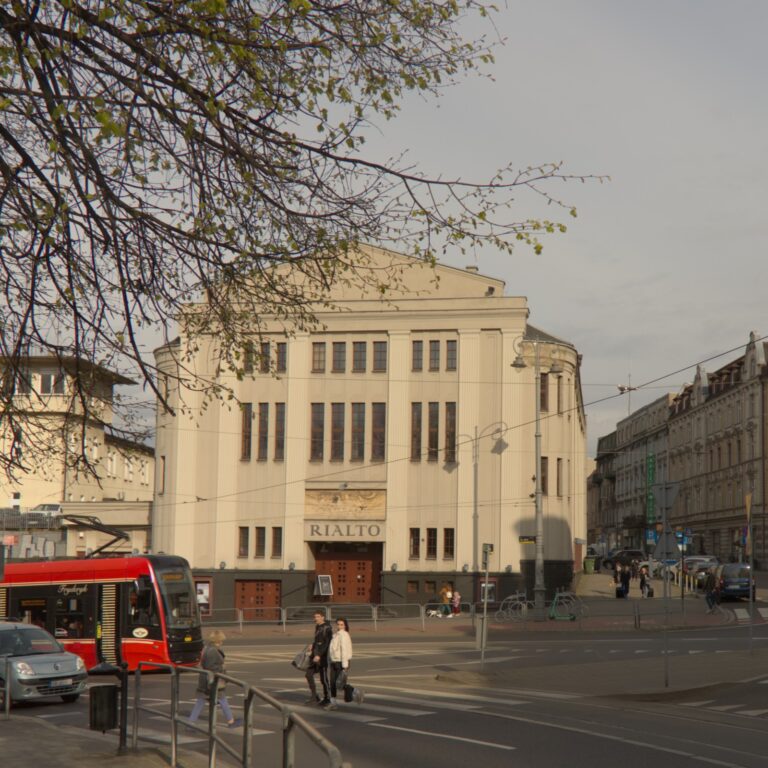
Rialto Cinema
Art Cinemas
Katowice, ul. św. Jana 24
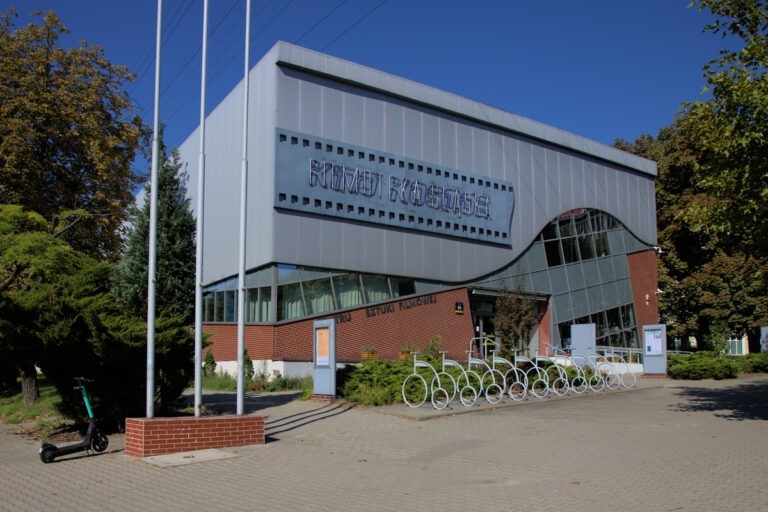
„Kosmos” Studio Cinema
Art Cinemas
Katowice, ul. Sokolska 66

Rondo Sztuki Gallery of the Academy of Fine Arts and Design in Katowice
Art Galleries
Katowice, Rondo im. gen. Jerzego Ziętka 1
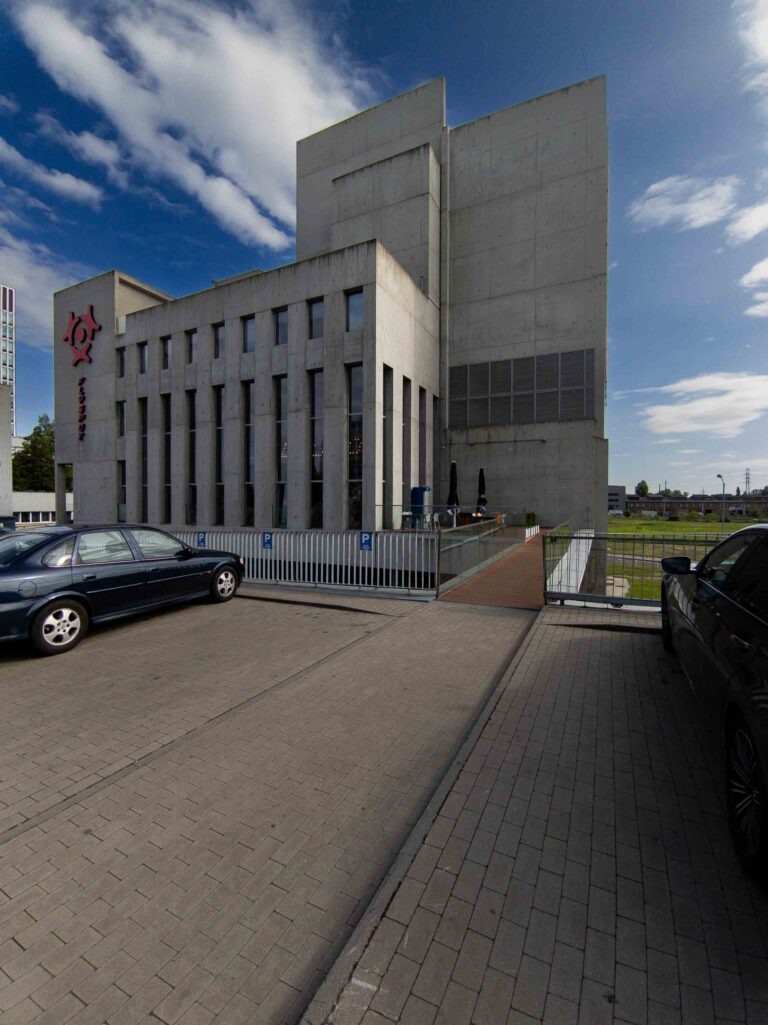
Flyspot
Aero tunnel
Katowice, ul. Chorzowska 100

Wilson Shaft Gallery
Art Galleries
Katowice, ul. Oswobodzenia 1
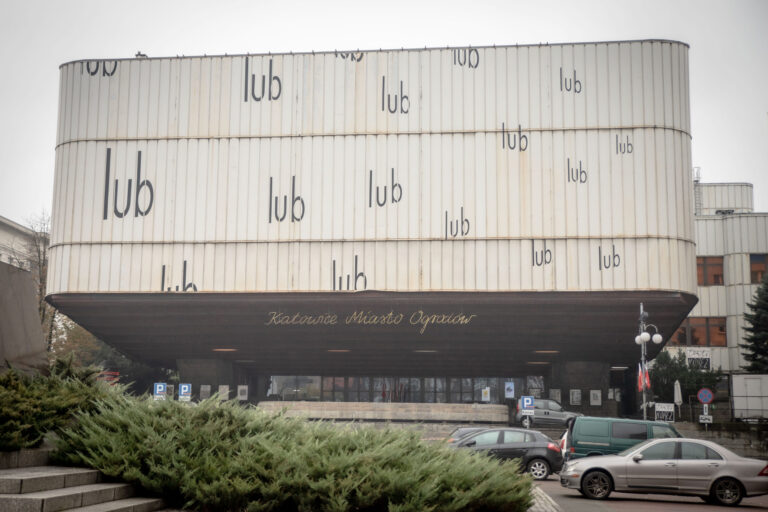
Katowice City of Gardens – Cultural Institution
Multi-Purpose Venues
Katowice, plac Sejmu Śląskiego 2
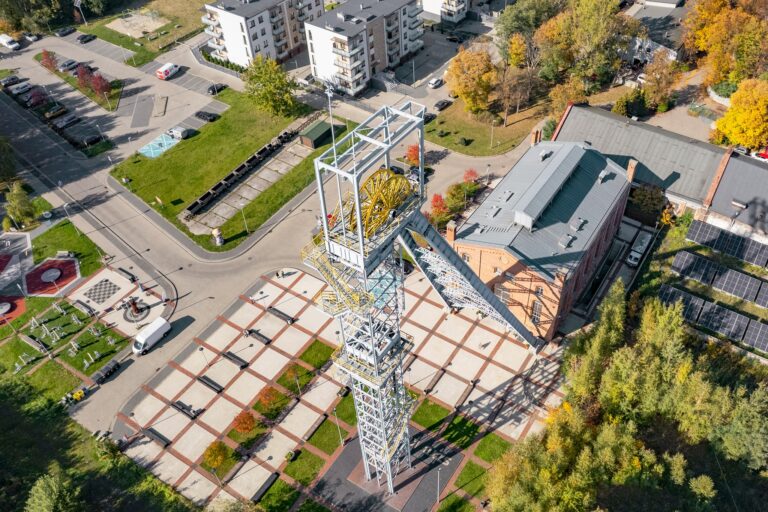
Mining and Metallurgy Tradition Park
Industrial Monuments Route
Siemianowice Śląskie, ul. Elizy Orzeszkowej 12
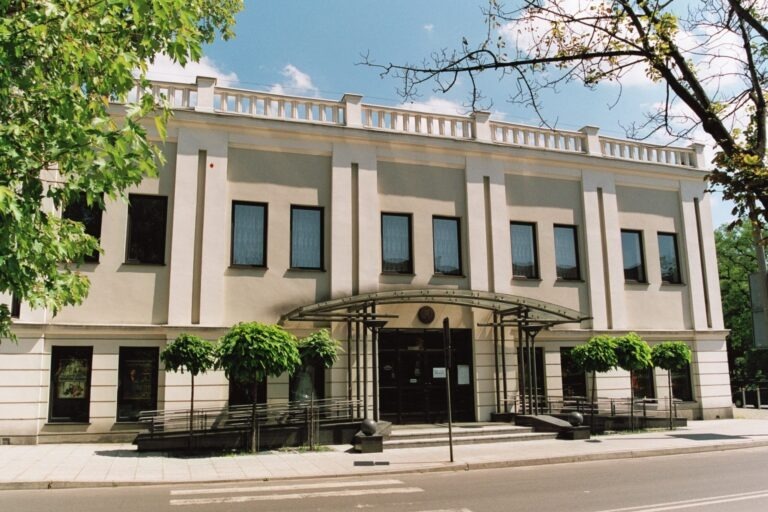
The Zagłębie Theater
Theathres
Sosnowiec, ul. Teatralna 4

Black Trout Adit
Industrial Monuments Route
Tarnowskie Góry, ul. Szczęść Boże 81
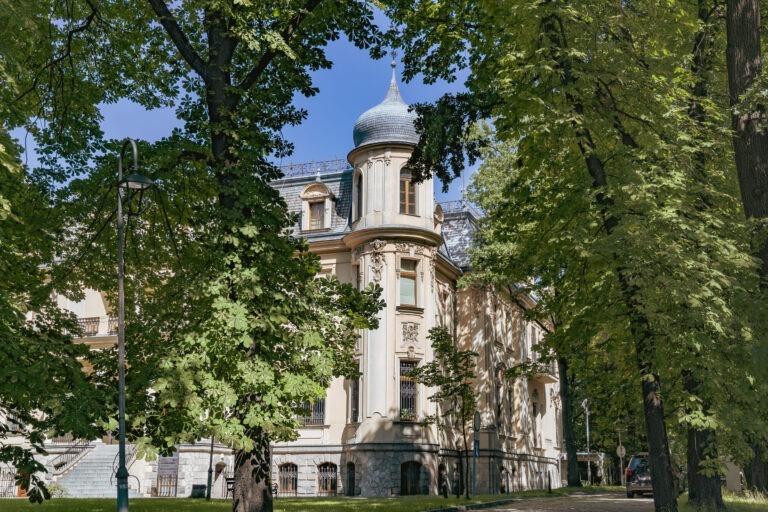
Sosnowiec Museum (Schoen Park and Palace Complex)
Museums
Sosnowiec, ul. Chemiczna
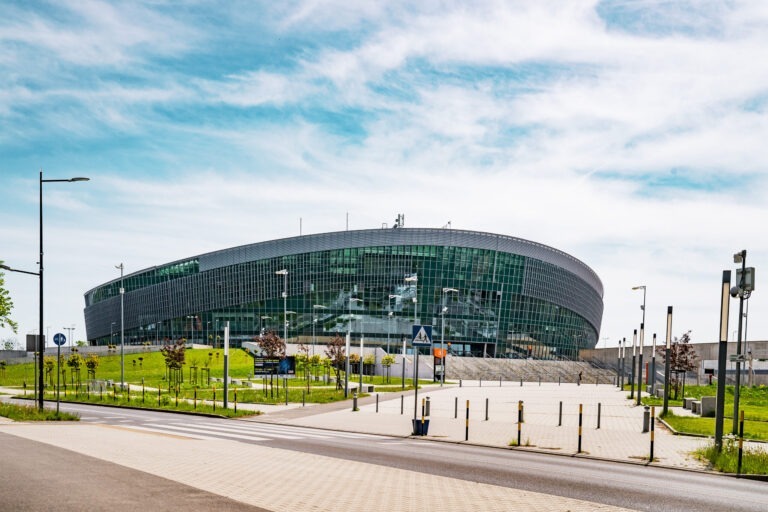
“Arena Gliwice” entertainment and sports hall – PreZero Arena Gliwice
Entertainment and Sports Arenas and Stadiums
Gliwice, ul. Akademicka 50

Municipal Theater in Gliwice
Theathres
Gliwice, ul. Nowy Świat 55-57

Artistic Foundry Branch of the Museum in Gliwice
Museums
Gliwice, ul. Bojkowska 37
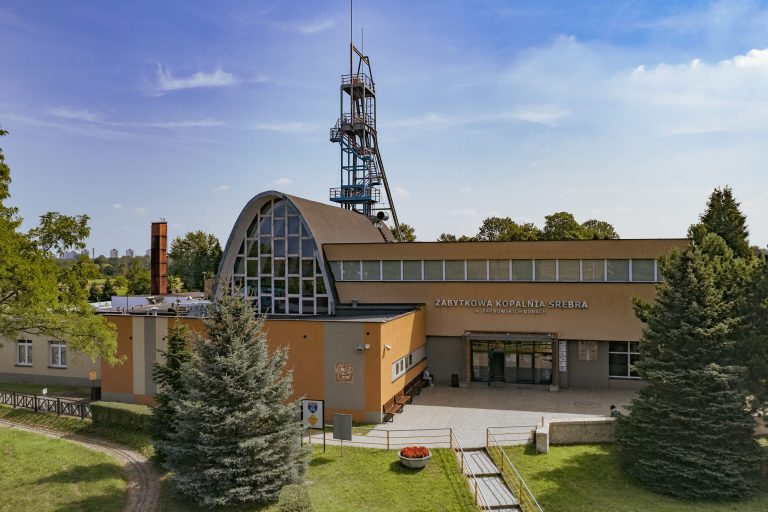
Historic Silver Mine
Industrial Monuments Route
Tarnowskie Góry, ul. Repecka

Historic Silver Mine
Heritage and Historic Sites
Tarnowskie Góry, ul. Repecka

Museum of Sanitary Technology
Museums
Gliwice, ul. Edisona 16

Willa Caro – Gliwice Museum
Museums
Gliwice, ul. Dolnych Wałów 8a

AMOK Cinema
Art Cinemas
Gliwice, ul. Dolnych Wałów 3
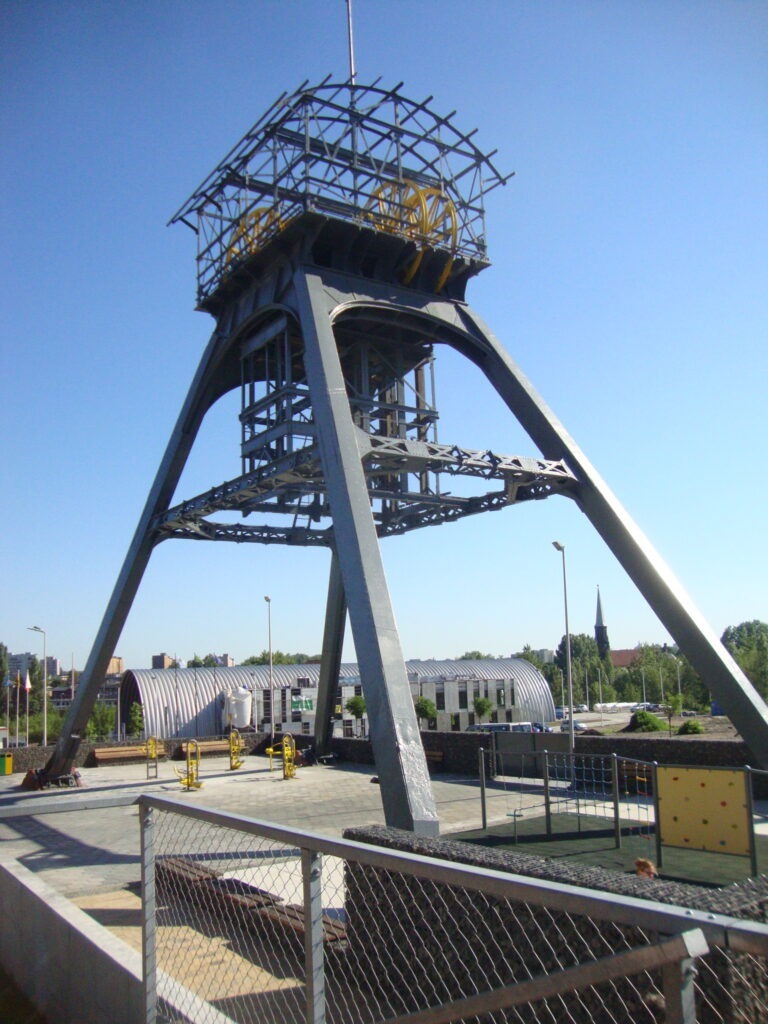
Gallows frame of the Poland Coal Mine
Industrial Monuments Route
Świętochłowice, ul. Wojska Polskiego 16

Upper Silesian Jews House of Remembrance
Museums
Gliwice, ul. Poniatowskiego 14
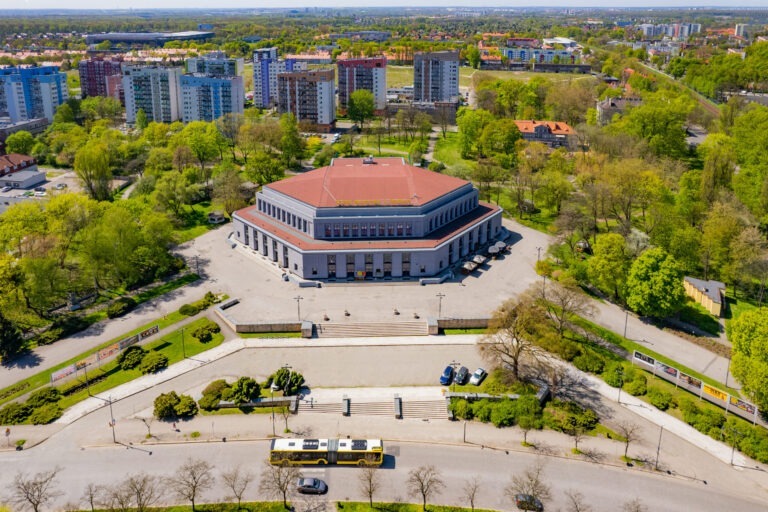
The House of Music and Dance in Zabrze
Multi-Purpose Venues
Zabrze, ul. Gen. de Gaulle’a 17
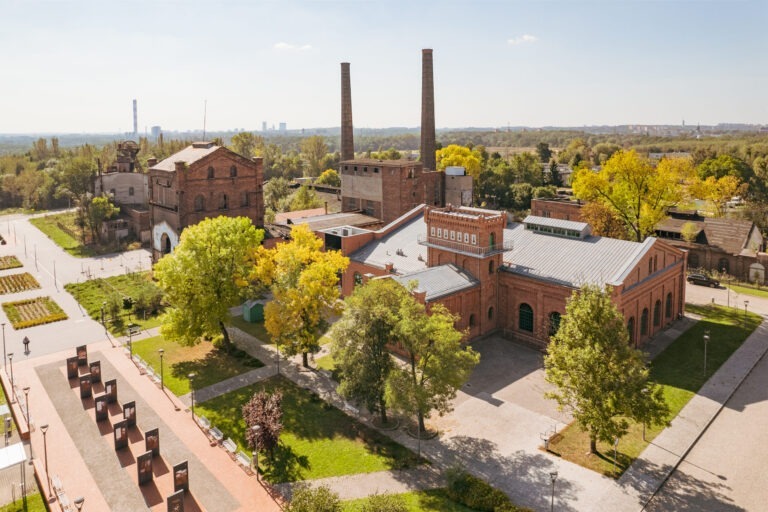
“Elektrownia” Contemporary Art Gallery
Industrial Monuments Route
Czeladź, ul. Dehnelów 45

Energy Museum
Industrial Monuments Route
Łaziska Górne, ul. Wyzwolenia 30

Coal Mining Museum
Museums
Zabrze, 3 Maja 19
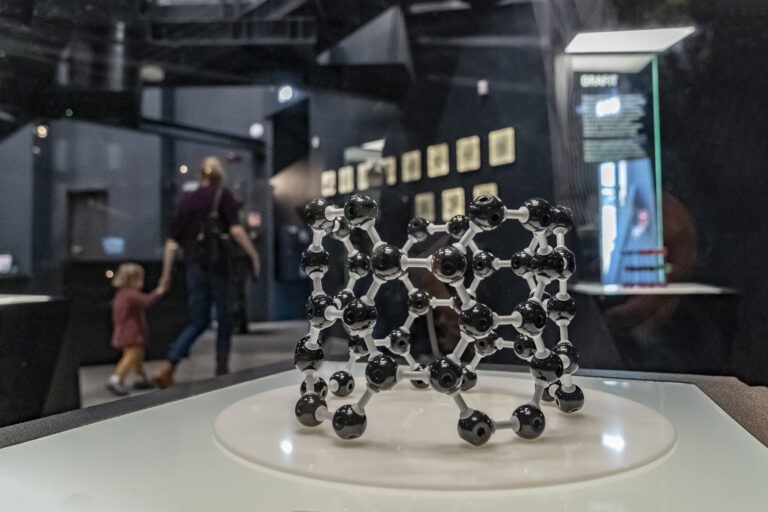
Carboneum – Knowledge Centre For Coal
Museums
Zabrze, ul. Jana Zamoyskiego 2

Zabrze Philharmonic
Concerts and Music Performances
Zabrze, Park Hutniczy 7

Museum of Bread, School and Curiosities
Industrial Monuments Route
Radzionków, ul. Zofii Nałkowskiej 5
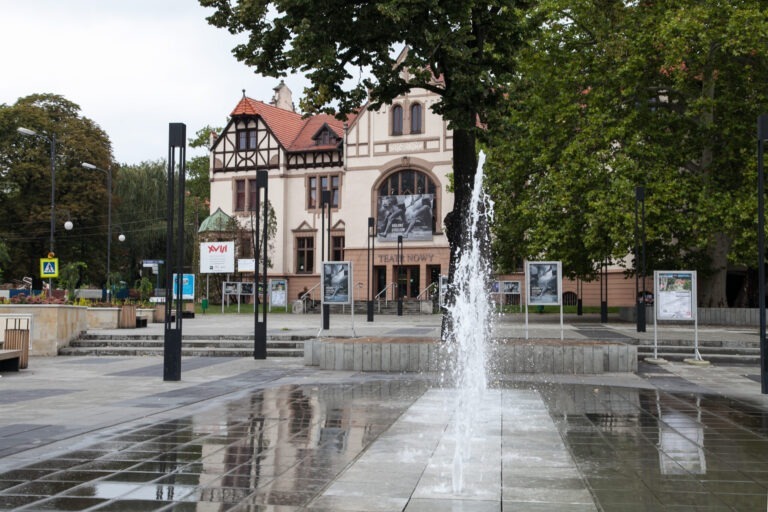
Teatr Nowy
Theathres
Zabrze, plac Teatralny 1

Zawada-Karchowice Water Supply Network Station
Industrial Monuments Route
Karchowice , ul. Bytomska 6
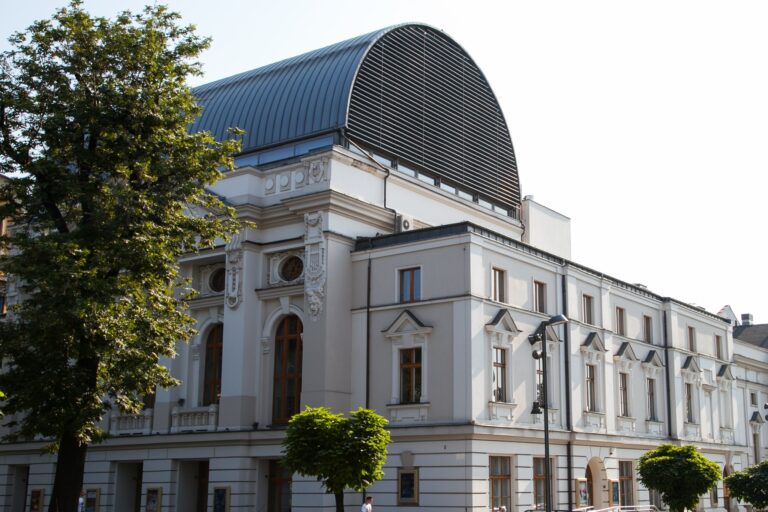
Silesian Opera
Concerts and Music Performances
Bytom, ul. S. Moniuszki 21
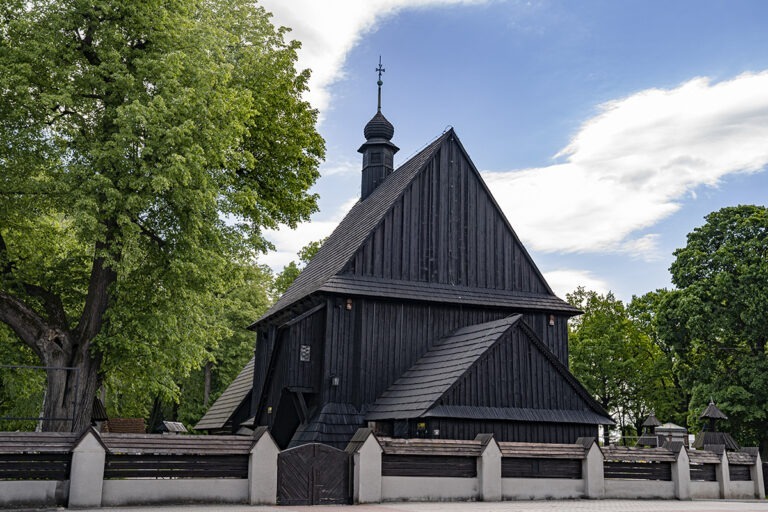
The wooden church of St. Valentine in Bieruń Stary
Wooden Architecture Route
Bieruń, ul. Krakowska 39
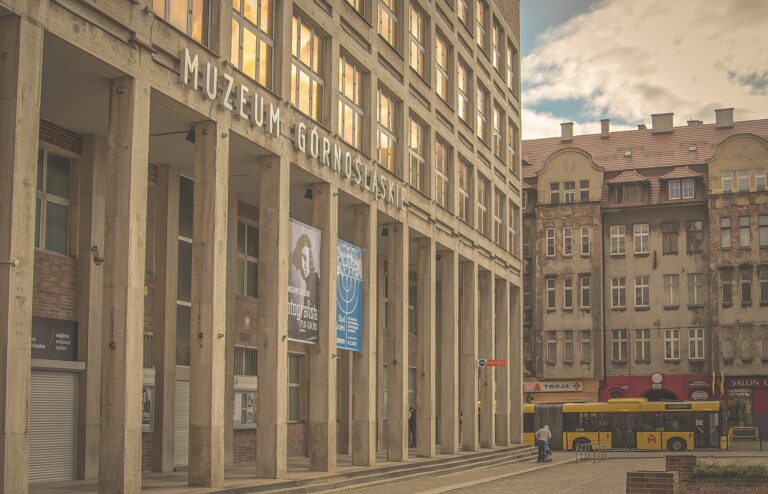
Upper Silesian Museum
Museums
Bytom, pl. Jana III Sobieskiego 2
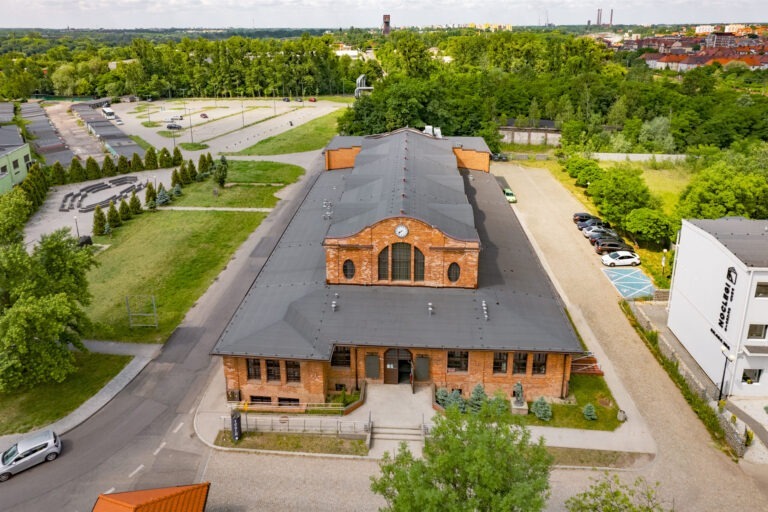
ROZBARK Theatre
Theathres
Bytom, ul. Wojciecha Kilara 29
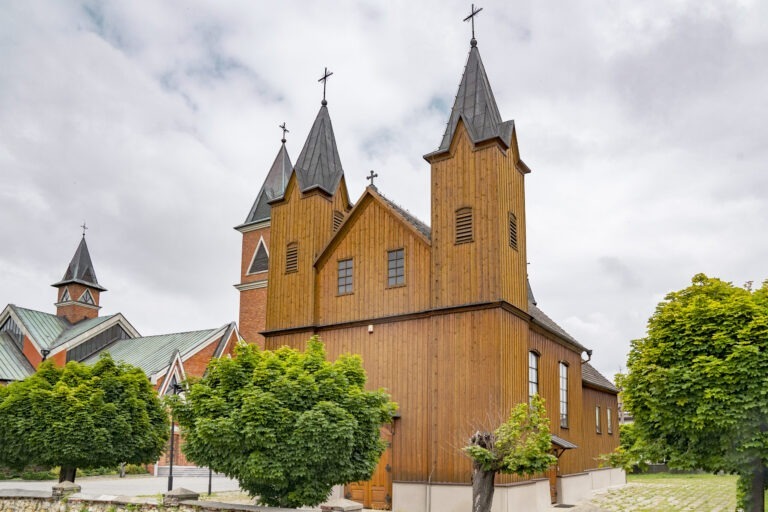
The wooden church of St Lawrence in Bobrowniki
Wooden Architecture Route
Bobrowniki, ul. Henryka Sienkiewicza 224

Museum of the People’s Republic of Poland
Museums
Ruda Śląska, ul. Zajęcza 42

Obywatelski Brewery (Tichauer)
Museums
Tychy, ul. Browarowa 7

Visitor Centre of Tyskie Browary Książęce
Museums
Tychy, ul. Katowicka 9
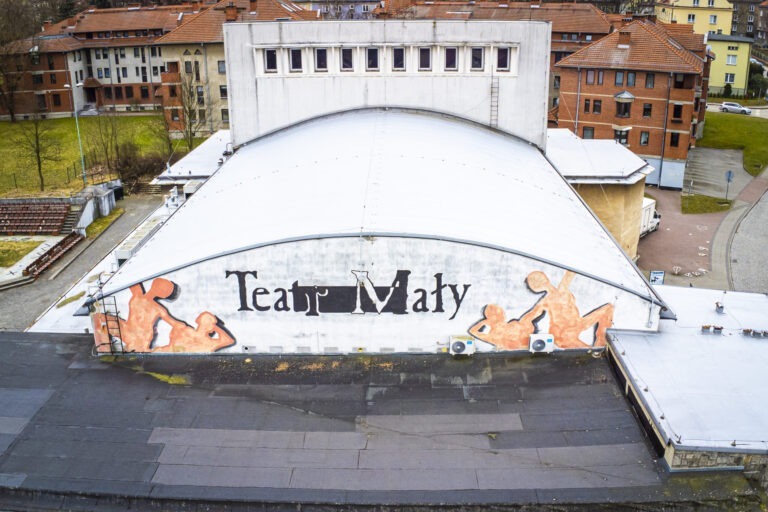
Teatr Mały
Theathres
Tychy, ul. ks. kard. Augusta Hlonda 1
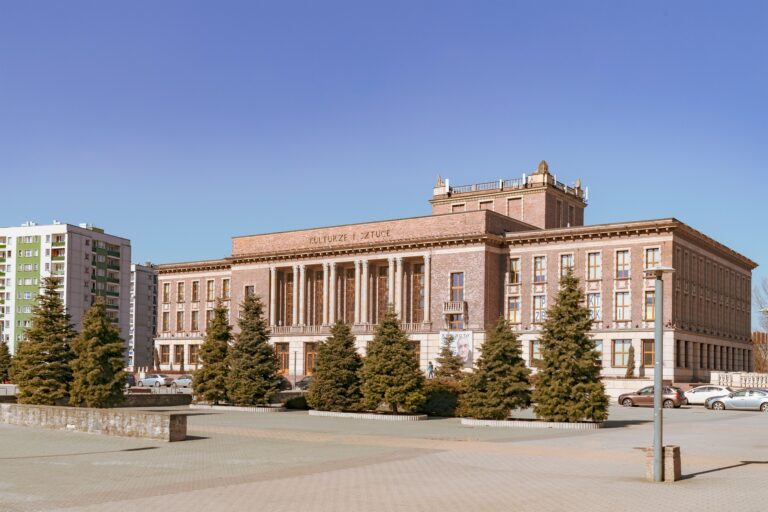
Palace of Culture of the Zagłębie Region
Multi-Purpose Venues
Dąbrowa Górnicza, plac Wolności 1

Sztygarka City Museum
Museums
Dąbrowa Górnicza, ul. Legionów Polskich 69

Museum of Steelwork
Museums
Chorzów, ul. Metalowców 4a
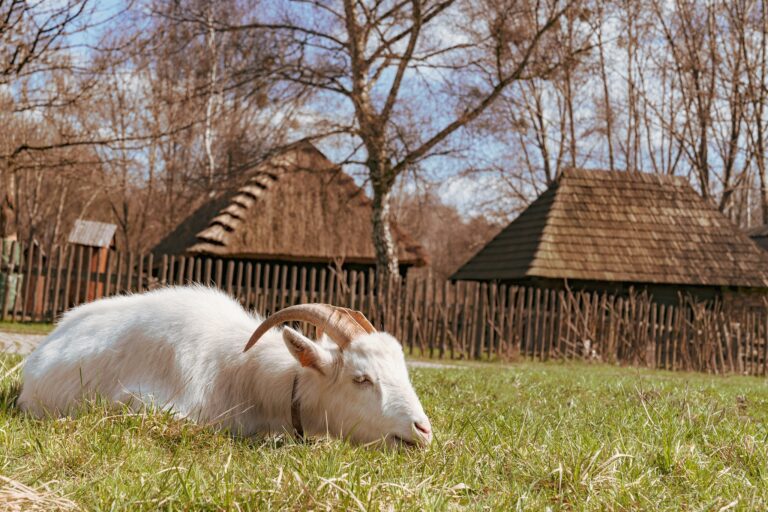
Ethnographic Park in Chorzów
Museums
Chorzów, ul. Parkowa 25
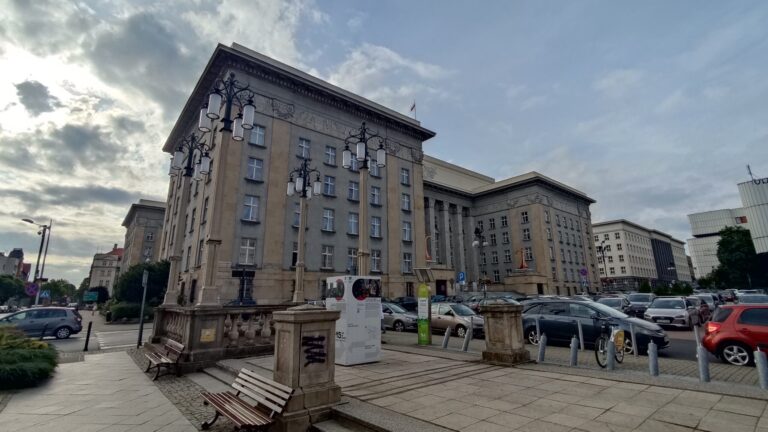
Silesian Voivodeship Office and Silesian Parliament Building
Modernism
Katowice, ul. Jagiellońska 25
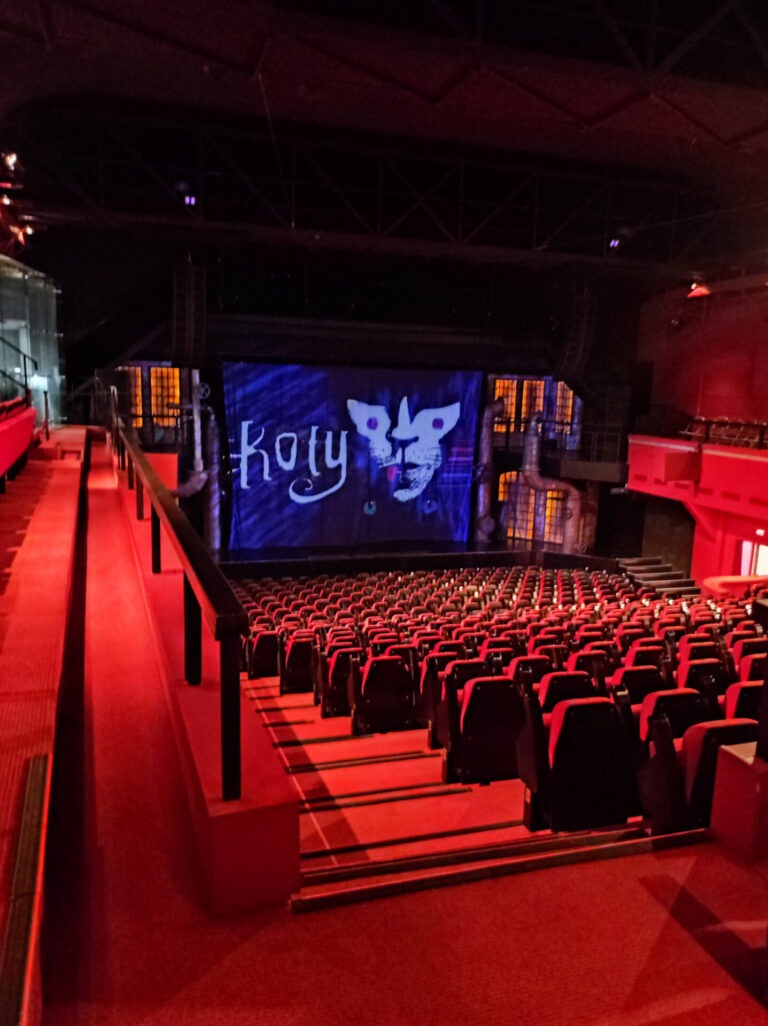
Teatr Rozrywki
Theathres
Chorzów, ul. Marii Konopnickiej 1

Teatr Rozrywki
Concerts and Music Performances
Chorzów, ul. Marii Konopnickiej 1

Central Museum of Firefighting
Museums
Mysłowice, ul. Stadionowa 7a

Open-air Museum of Steam Engines
Museums
Tarnowskie Góry, ul. Szczęść Boże 79H
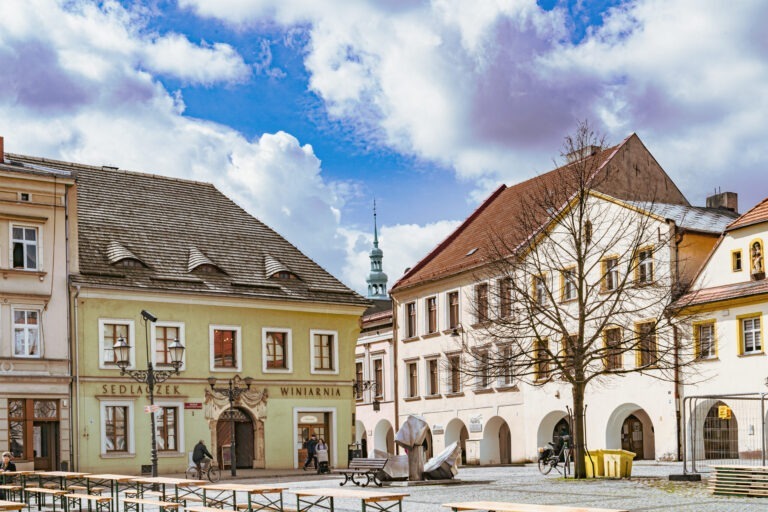
Tarnowskie Góry Museum
Museums
Tarnowskie Góry, ul. Rynek 1
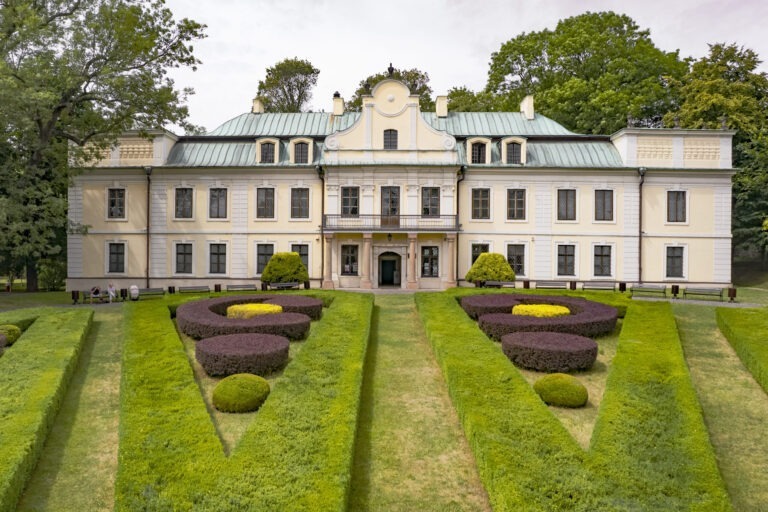
Zagłębie Museum
Museums
Będzin, ul. Zamkowa 1

Museum of the Silesian Uprisings
Museums
Świętochłowice, ul. Wiktora Polaka 1

“Elektrownia” Contemporary Art Gallery
Art Galleries
Czeladź, ul. Dehnelów 45

Open-air railway museum
Museums
Pyskowice, ul. Piaskowa 1

Energy Museum
Museums
Łaziska Górne, ul. Wyzwolenia 30
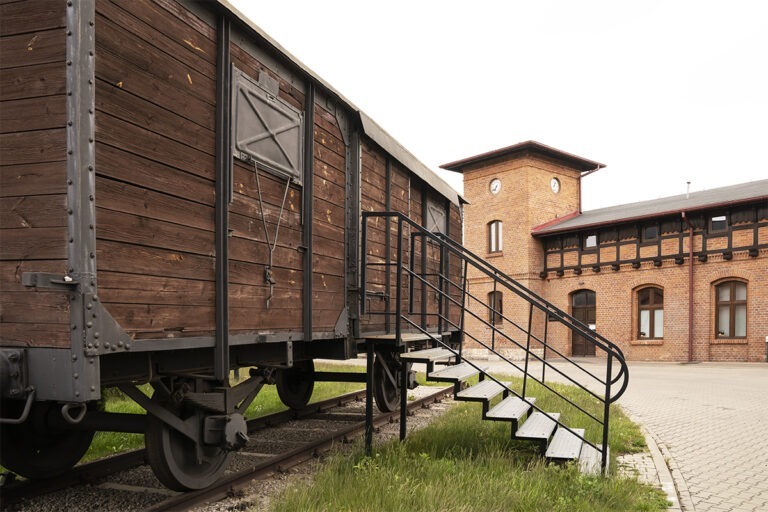
Centre of Documentation of Upper Silesians Deportation to the USSR in 1945
Museums
Radzionków, św. Wojciecha 118

Museum of Bread, School and Curiosities
Museums
Radzionków, ul. Zofii Nałkowskiej 5

The wooden church of St Nicholas in Mikołów
Wooden Architecture Route
Mikołów, ul. Gliwicka 354

“Chudów Castle” Museum
Museums
Chudów, ul. Podzamcze 6

Artistic Foundry Branch of the Museum in Gliwice
Industry of the Past
Gliwice, ul. Bojkowska 37

Marina Gliwice
Water Sports
Gliwice, ul. Portowa 28

The wooden church of the Nativity of the Blessed Virgin Mary
Wooden Architecture Route
Sałsza, ul. Kościelna 78

Revitalised
Gliwice, ul. Zygmunta Starego 24A
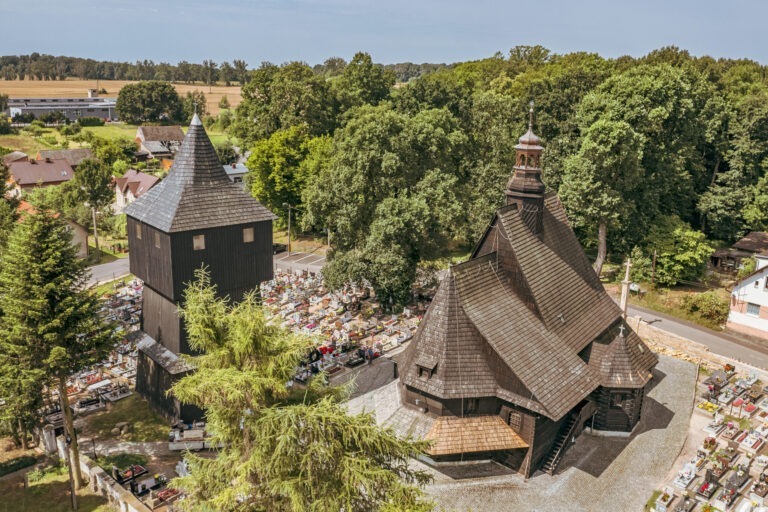
The wooden Church of the Nativity of St John the Baptist and Our Lady of Czestochowa in Poniszowice
Wooden Architecture Route
Poniszowice, ul. Parkowa 5

Museum of Sanitary Technology
Water and Rail Infrastructure
Gliwice, ul. Edisona 16

Queen Louise Adit
Industry of the Past
Zabrze, ul. Wolności 408

Guido mine
Industry of the Past
Zabrze, ul. 3 Maja 93

Historic Maciej Shaft
Mine Shafts and Water Towers
Zabrze, ul. Srebrna 6

Water tower of the Carboneum coal knowledge centre
Mine Shafts and Water Towers
Zabrze, ul. Jana Zamoyskiego 2

The wooden church of St Michael the Archangel in Katowice
Wooden Architecture Route
Katowice, ul. Kościuszki 112
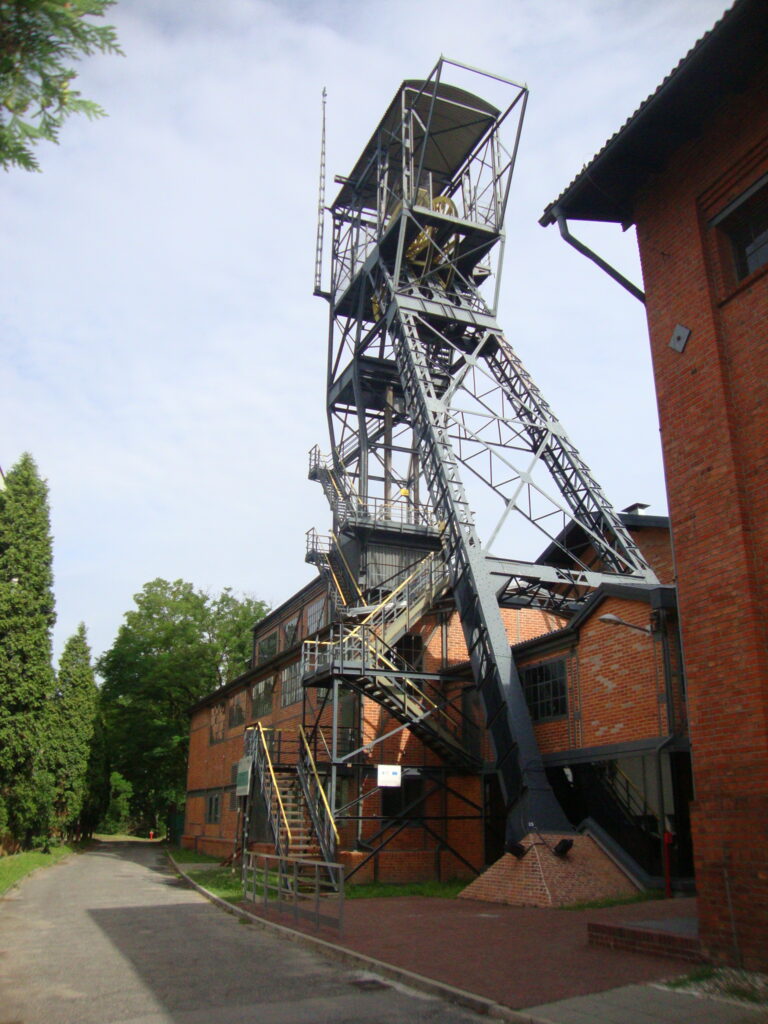
Łańcuszkowa bathhouse of the Queen Louise mine and Park 12c
Industry of the Past
Zabrze, ul. Wolności 410

Borsigwerk Workers’ Colony (Borsiga Estate)
Company-sponsored Architecture
Zabrze, ul. Stefana Okrzei, św. Wojciecha

The Ballestrem Workers’ Housing Estate
Company-sponsored Architecture
Zabrze, ul. Szafarczyka, Nowowiejskiego, Andersa

Workers’ housing estate Kolonia B
Company-sponsored Architecture
Zabrze, ul. Lompy, Wiejska, Bogusławskiego, Wróblewskiego

Donnersmarck Workers’ Housing Estate “Zandka”
Company-sponsored Architecture
Zabrze, os. Zdanka (ul. Cmentarna)

Steel House
Company-sponsored Architecture
Zabrze, ul. Cmentarna 7

Szombierki Heat and Power Plan
Non-Revitalised
Bytom, ul. Kosynierów 30

Bobrek ironworks’ power plant building
Non-Revitalised
Bytom, ul. Konstytucji 61

Historic Rozbark Mine and Bończyk Shaft
Revitalised
Bytom, ul. Chorzowska 12
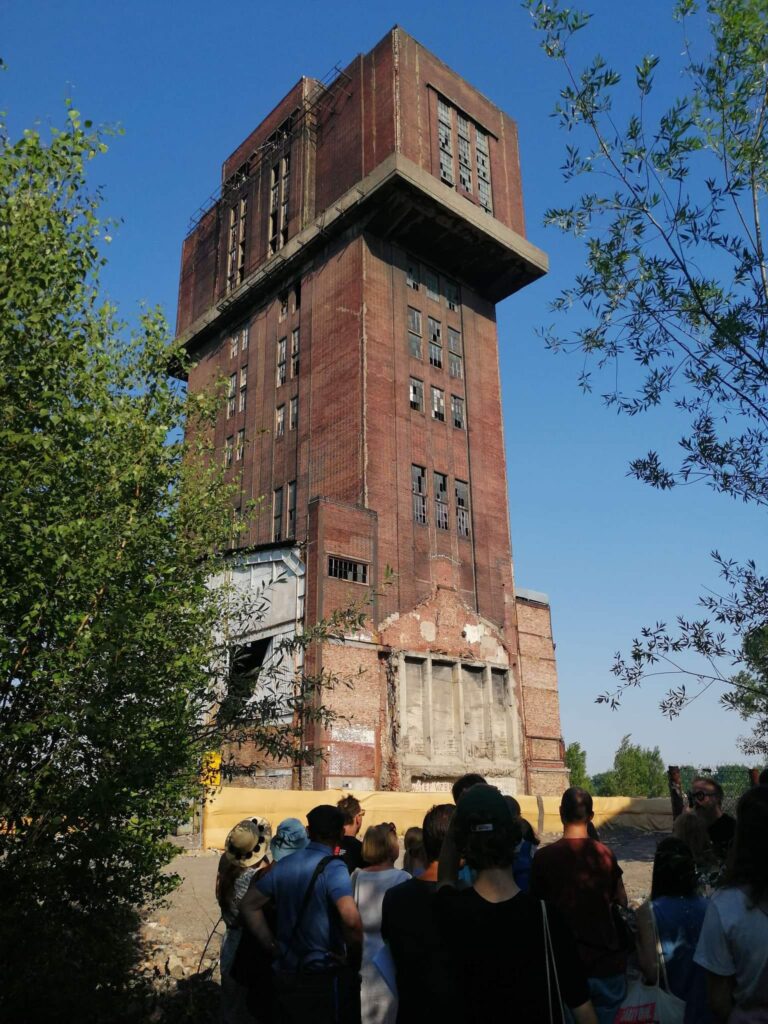
Krystyna Shaft
Mine Shafts and Water Towers
Bytom, ul. Zabrzańska 7

Water tower in Bytom
Mine Shafts and Water Towers
Bytom, ul. Oświęcimska 27/29

Bobrek Workers’ Colonies I, II, and III (also known as the New Workers’ Colony)
Company-sponsored Architecture
Bytom, ul. Czajkowskiego, Olszewskiego, Jachymczyka, Stelmacha, Żwirowa

The wooden church of St Michael the Archangel in Księży Las
Wooden Architecture Route
Księży Las, ul. Wiejska 2
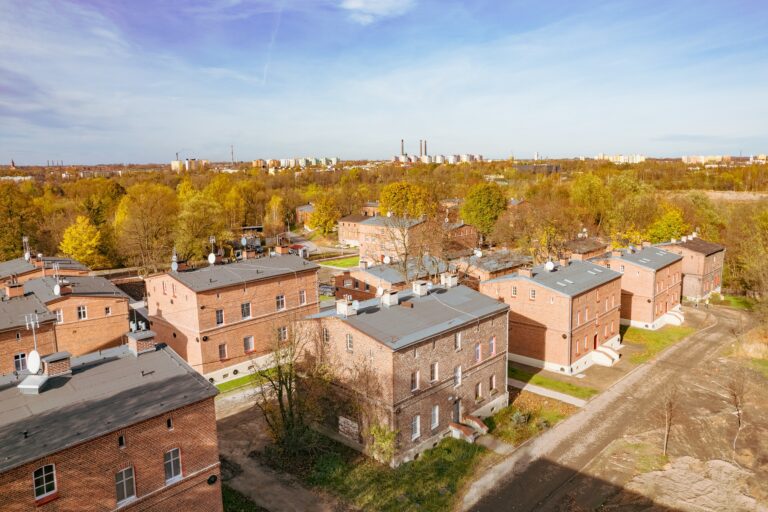
Zgorzelec Colony
Company-sponsored Architecture
Bytom, ul. Kolonia Zgorzelec 13

Bolko Loft
Revitalised
Bytom, ul. Kruszcowa 4a

Upper Silesian Narrow-Gauge Railways
Water and Rail Infrastructure
Bytom, ul. Reja 1
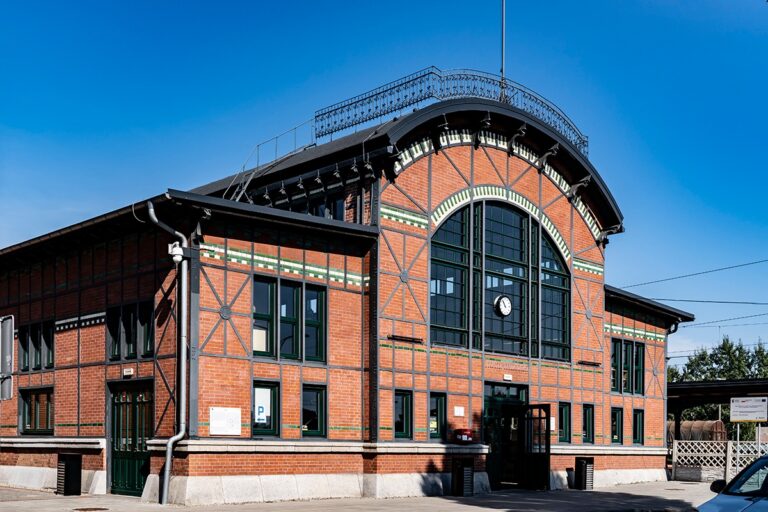
Library station
Revitalised
Ruda Śląska, ul. Dworcowa 33

The Great Blast Furnace in Nowy Bytom
Non-Revitalised
Ruda Śląska, ul. Niedurnego 79
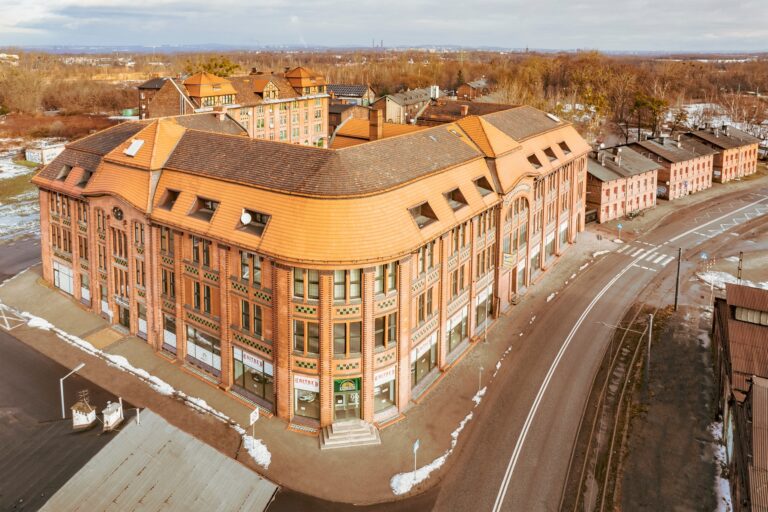
Kaufhaus department store
Revitalised
Ruda Śląska, ul. Piotra Niedurnego 99

Revitalised zinc spoil heap in Ruda Śląska
Revitalised
Ruda Śląska, ul. 1 Maja
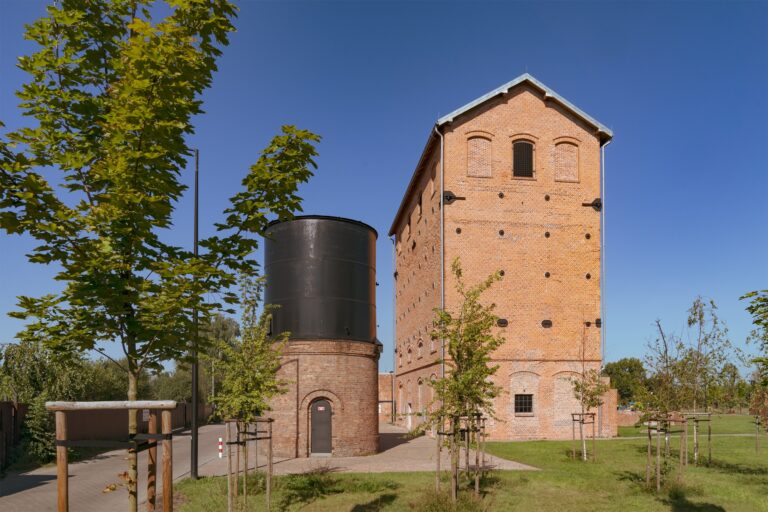
Site of the former Orzegów Coking Plant
Revitalised
Ruda Śląska, ul. Kard. Augusta Hlonda 52

The wooden church of St Hedwig
Wooden Architecture Route
Zabrze, ul. Wolności 504

Mikołaj Shaft
Mine Shafts and Water Towers
Ruda Śląska, ul. Szyb Walenty

The wooden Evangelical church
Wooden Architecture Route
Zabrze, ul. Brygadzistów 14
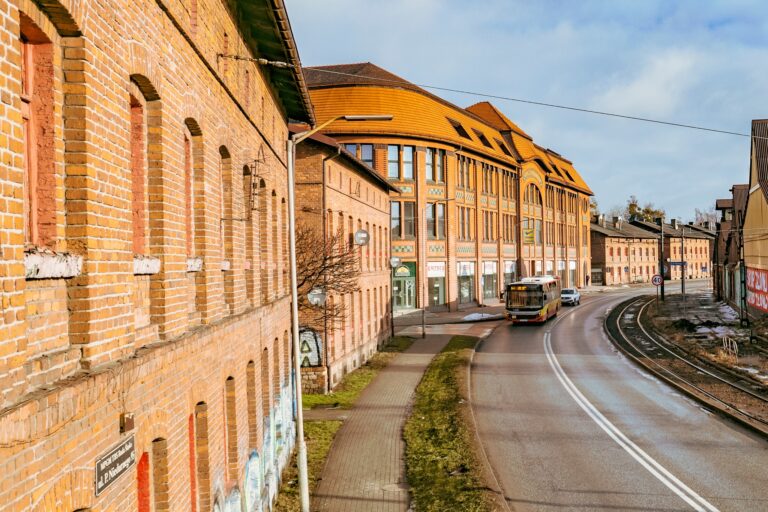
The workers’ housing estate with the Kaufhaus department store
Company-sponsored Architecture
Ruda Śląska, ul. Niedurnego

The wooden church of St Bartholomew
Wooden Architecture Route
Sośnicowice, ul. Kościelna 1
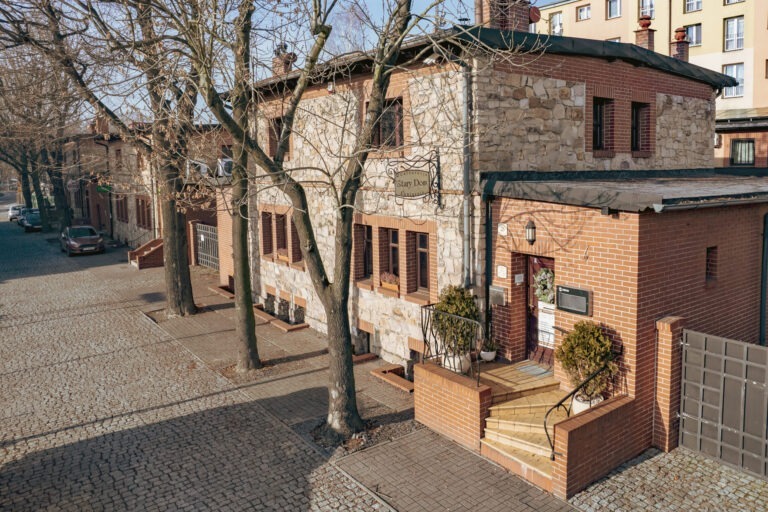
Ficinus Housing Estate
Company-sponsored Architecture
Ruda Śląska, ul. Kubiny

The wooden church of St Catherine of Alexandria in Sierakowice
Wooden Architecture Route
Sierakowice, ul. Wiejska 2

The workers’ housing estate located on Wieniawskiego, Wolności, Staszica, and Kościelna Streets
Company-sponsored Architecture
Ruda Śląska, ul. Wieniawskiego, Wolności, Staszica i Kościelna
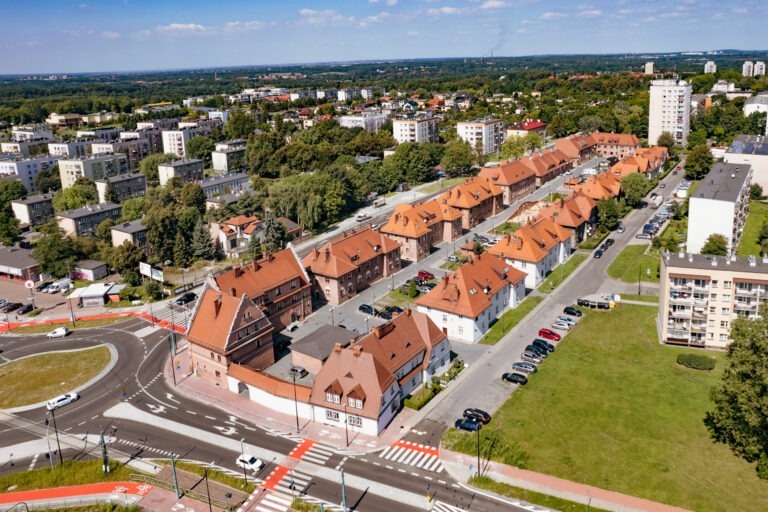
Carl-Emanuel Colonie (also known as Karmańskie)
Company-sponsored Architecture
Ruda Śląska, ul. Raciborska, Zabrzańska, Wolności

Andrzej Shaft
Mine Shafts and Water Towers
Ruda Śląska, ul. Obrońców Westerplatte, ul. Odrodzenia
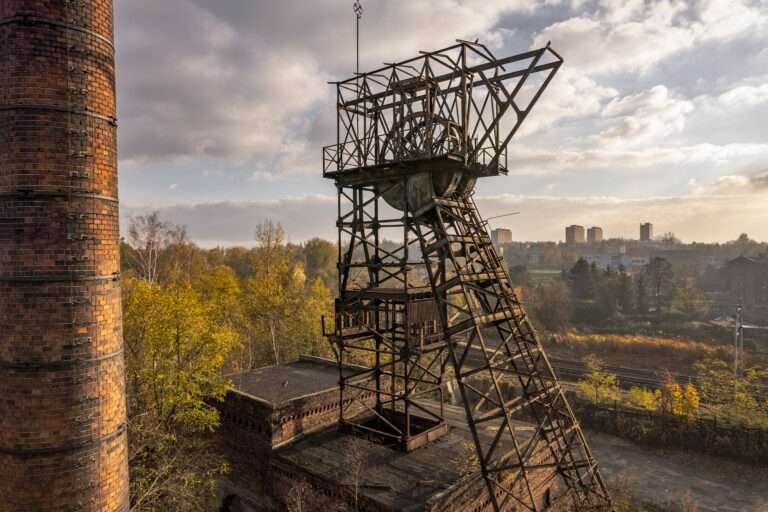
Franciszek Shaft
Mine Shafts and Water Towers
Ruda Śląska, ul. Konopnickiej 18

The Living Factory
Revitalised
Dąbrowa Górnicza, ul. T. Kościuszki 3/101

Museum of Steelwork
Industry of the Past
Chorzów, ul. Metalowców 4a

Prezydent shaft, Sztygarka complex
Revitalised
Chorzów, ul. Piotra Skargi 34 a/d
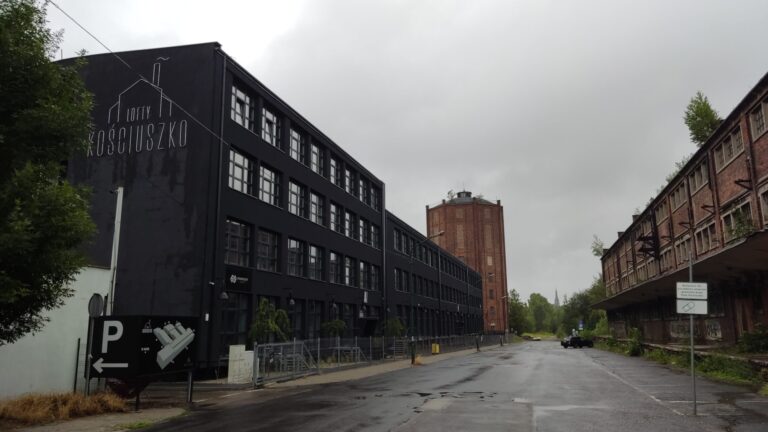
Kościuszko Lofts
Revitalised
Chorzów, ul. Metalowców 13

The wooden church of the Holy Trinity in Rachowice
Wooden Architecture Route
Rachowice, ul. Rachowicka 5/1
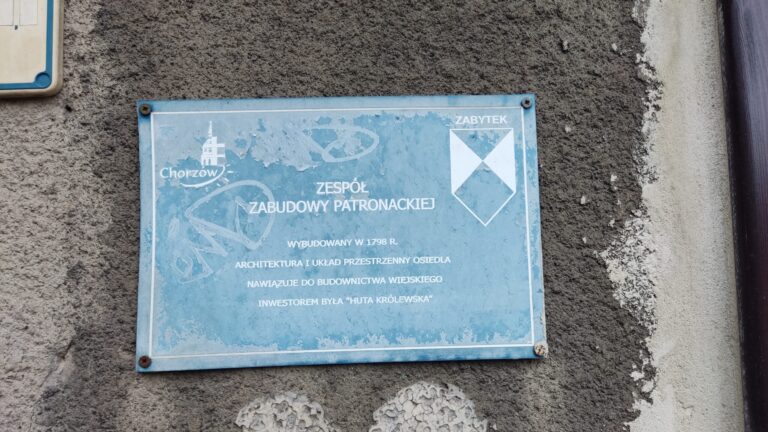
Workers’ colony on Kalidego Street
Company-sponsored Architecture
Chorzów, ul. Kalidego
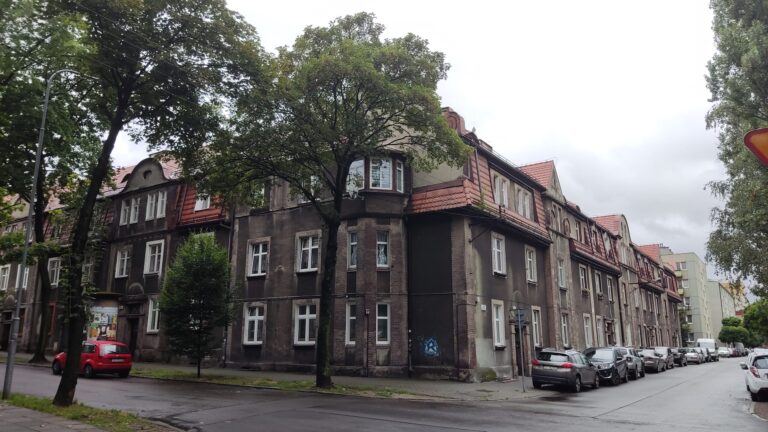
Chorzów-Batory housing development
Company-sponsored Architecture
Chorzów, ul. Batorego, Karłowicza, Szczepańska

The wooden church of St Michael the Archangel in Rudziniec
Wooden Architecture Route
Rudziniec, ul. Lipowa 52

Elżbieta Shaft
Mine Shafts and Water Towers
Chorzów, ul. Siemianowicka 64

Insurgent memorial zone at the Mysłowice mine site
Revitalised
Mysłowice, ul. Bytomska 24

The wooden church of All Saints in Bojszowy
Wooden Architecture Route
Bojszów, ul. Kościelna 2

Mining and Metallurgy Tradition Park
Revitalised
Siemianowice Śląskie, ul. Elizy Orzeszkowej 12
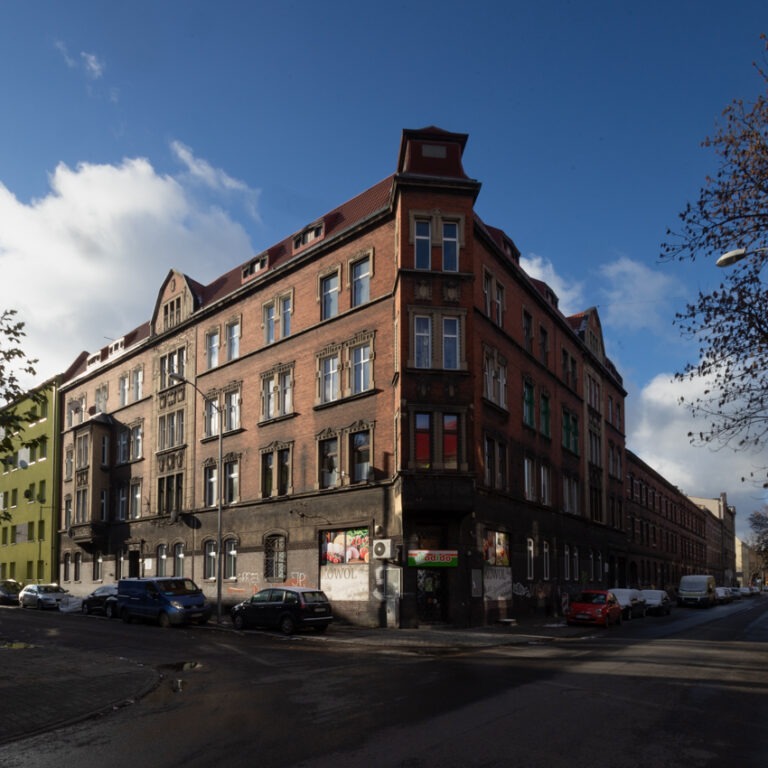
Grabie Workers’ Colony
Company-sponsored Architecture
Siemianowice Śląskie, ul. Hutnicza, a także w rejonie ulic: Szkolnej, M. Kasprzaka, Jedności i Trafalczyka

Historic Silver Mine
Industry of the Past
Tarnowskie Góry, ul. Repecka

Black Trout Adit
Industry of the Past
Tarnowskie Góry, ul. Szczęść Boże 81

Open-air museum of Steam Engines (part of the Historic Silver Mine)
Water and Rail Infrastructure
Tarnowskie Góry, ul. Szczęść Boże 79H
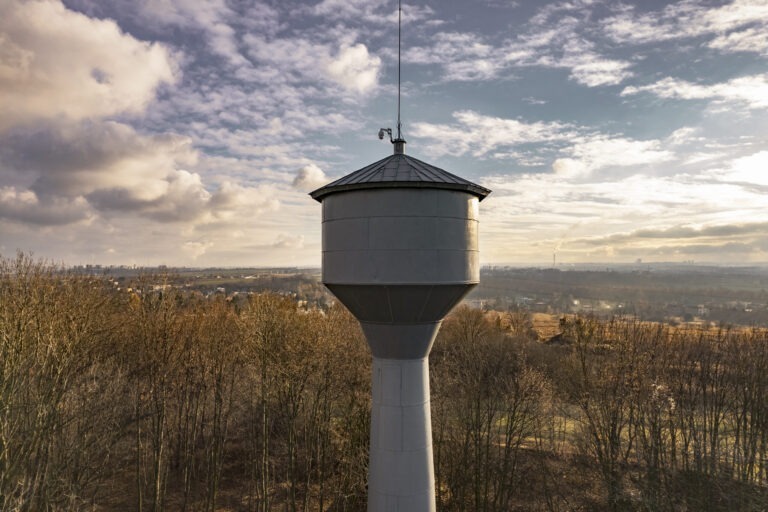
Riveted Grodziec Water Tower
Mine Shafts and Water Towers
Będzin, ul. Willowa
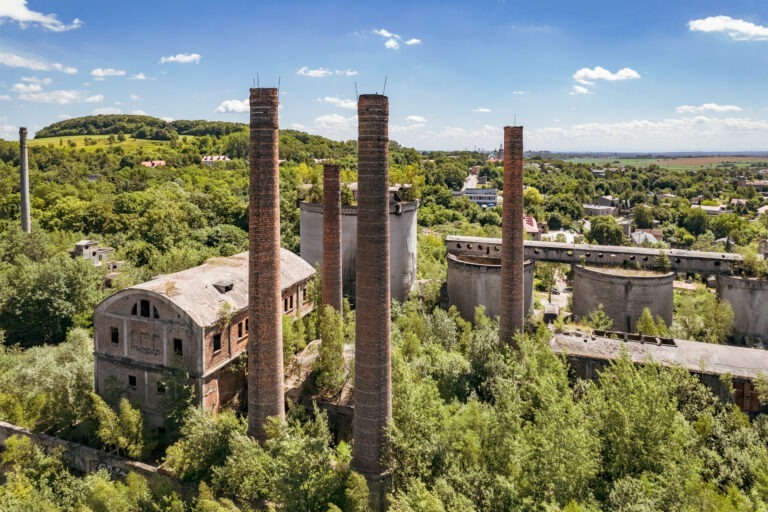
The ruins of the “Saturn” cement works
Non-Revitalised
Będzin, ul. Barlickiego

Gallows frame of the Poland Coal Mine
Revitalised
Świętochłowice, ul. Wojska Polskiego 16

Housing Estate – III Workers’ Colony
Company-sponsored Architecture
Knurów, ul. Dworcowa, Mickiewicza, Damrota, Janty, Kopernika, Kościuszki, Miarki, Poniatowskiego, Sienkiewicza, Ogrodowej i Słoniny

“Elektrownia” Contemporary Art Gallery
Revitalised
Czeladź, ul. Dehnelów 45

The Piaski Housing Estate
Company-sponsored Architecture
Czeladź, ul. Francuska 13/5

Energy Museum
Industry of the Past
Łaziska Górne, ul. Wyzwolenia 30

The wooden church of St Michael the Archangel in Żernica
Wooden Architecture Route
Żernica, ul. Leopolda Miki 3

Śluza Dzierżno – Kanał Gliwicki
Water and Rail Infrastructure
Pyskowice, ul. Śluza

Open-air railway museum
Water and Rail Infrastructure
Pyskowice, ul. Piaskowa 1

The wooden church of St Nicholas in Wilcza
Wooden Architecture Route
Wilcza, ul. Karola Miarki 133

Zawada-Karchowice Water Supply Network Station
Water and Rail Infrastructure
Karchowice , ul. Bytomska 6
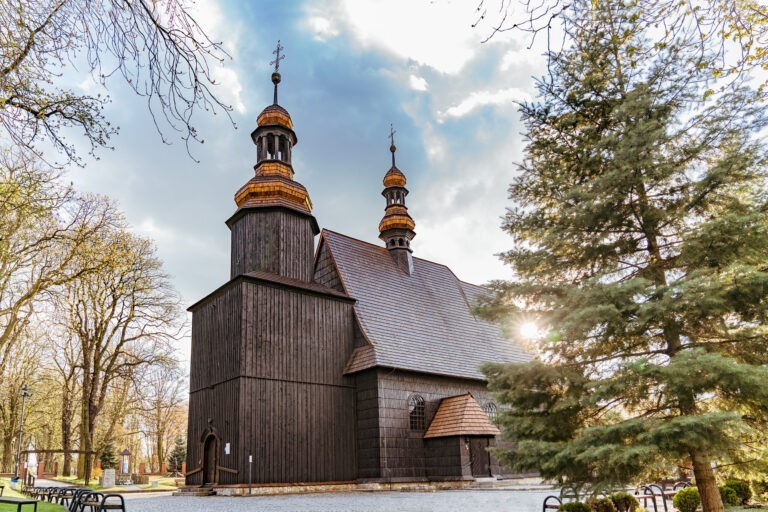
The wooden church of the Assumption of the Blessed Virgin Mary in Gliwice
Wooden Architecture Route
Gliwice, ul. Kozielska 29
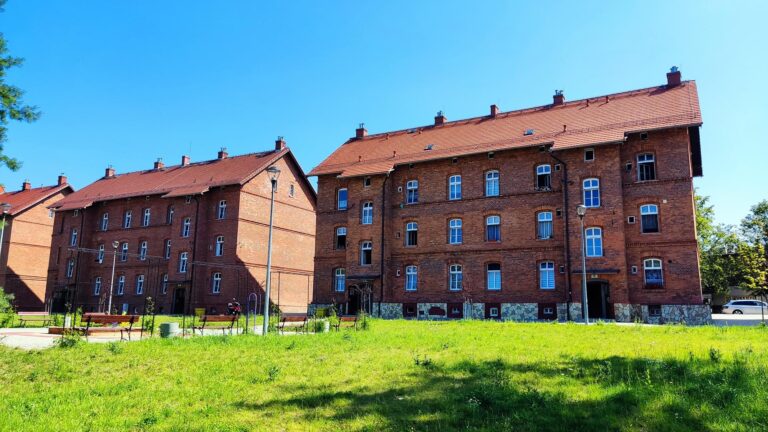
Workers’ housing estate of Hugo and Planty Park
Company-sponsored Architecture
Radzionków, ul. Kużaja

Workers’ housing estate of Hugo and Planty Park
Revitalised
Radzionków, ul. Kużaja

Centre of Documentation of Upper Silesians Deportation to the USSR in 1945
Revitalised
Radzionków, św. Wojciecha 118
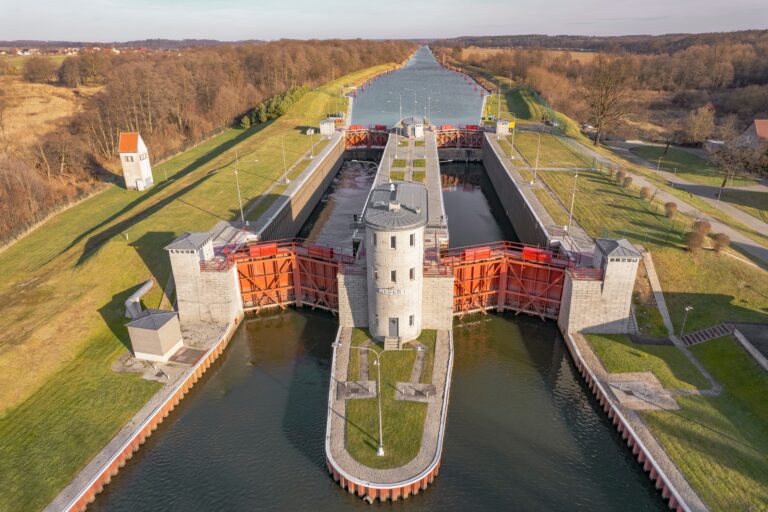
Rudziniec lock – Gliwice Canal
Water and Rail Infrastructure
Rudziniec, ul. Dębowa 1
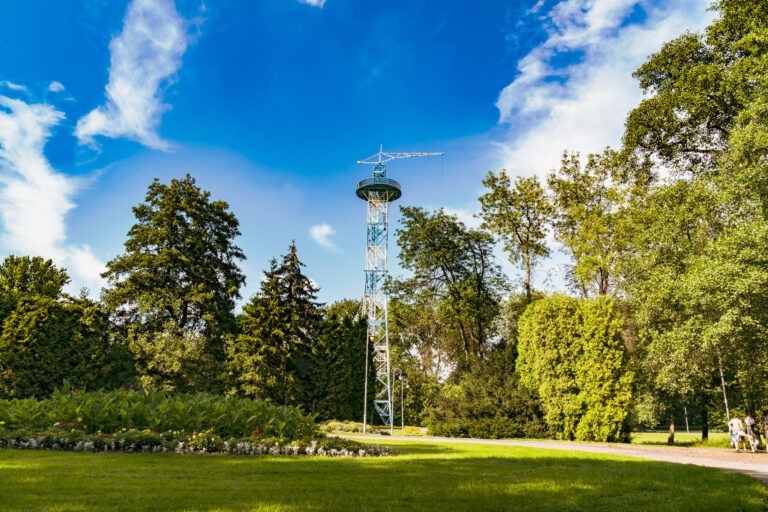
Parachute tower in Kościuszko Park
Heritage and Historic Sites
Katowice, ul. Tadeusza Kościuszki
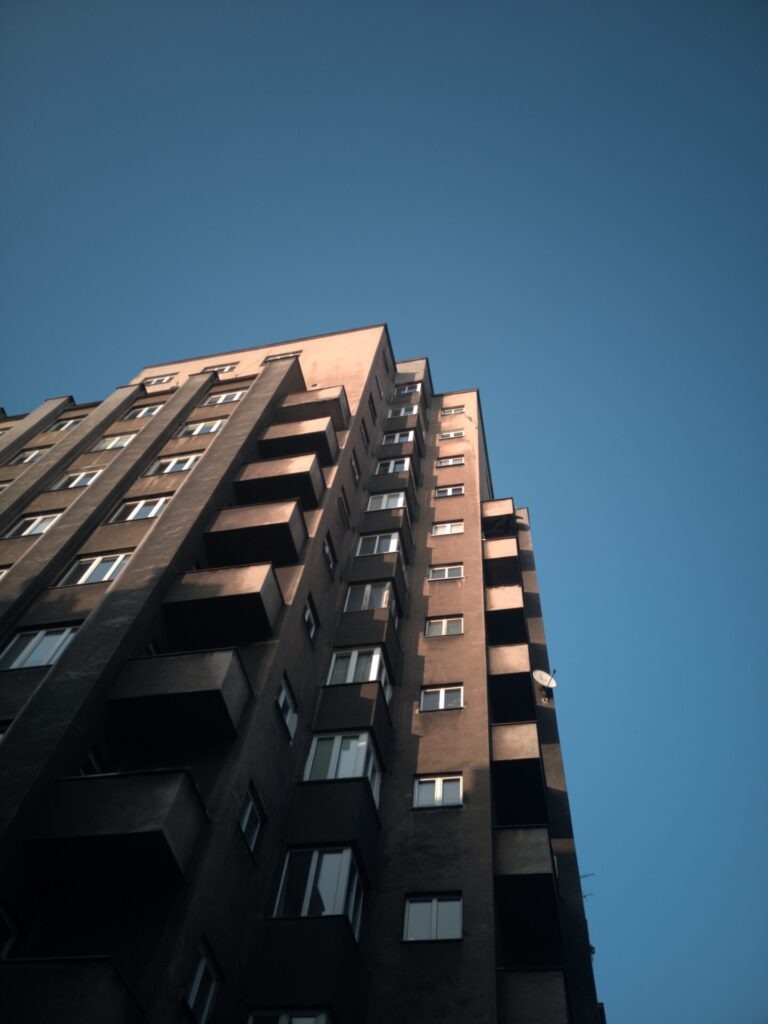
Skyscraper
Modernism
Katowice, ul. Żwirki i Wigury 15

The wooden church of St Michael the Archangel in Katowice
Temples
Katowice, ul. Kościuszki 112
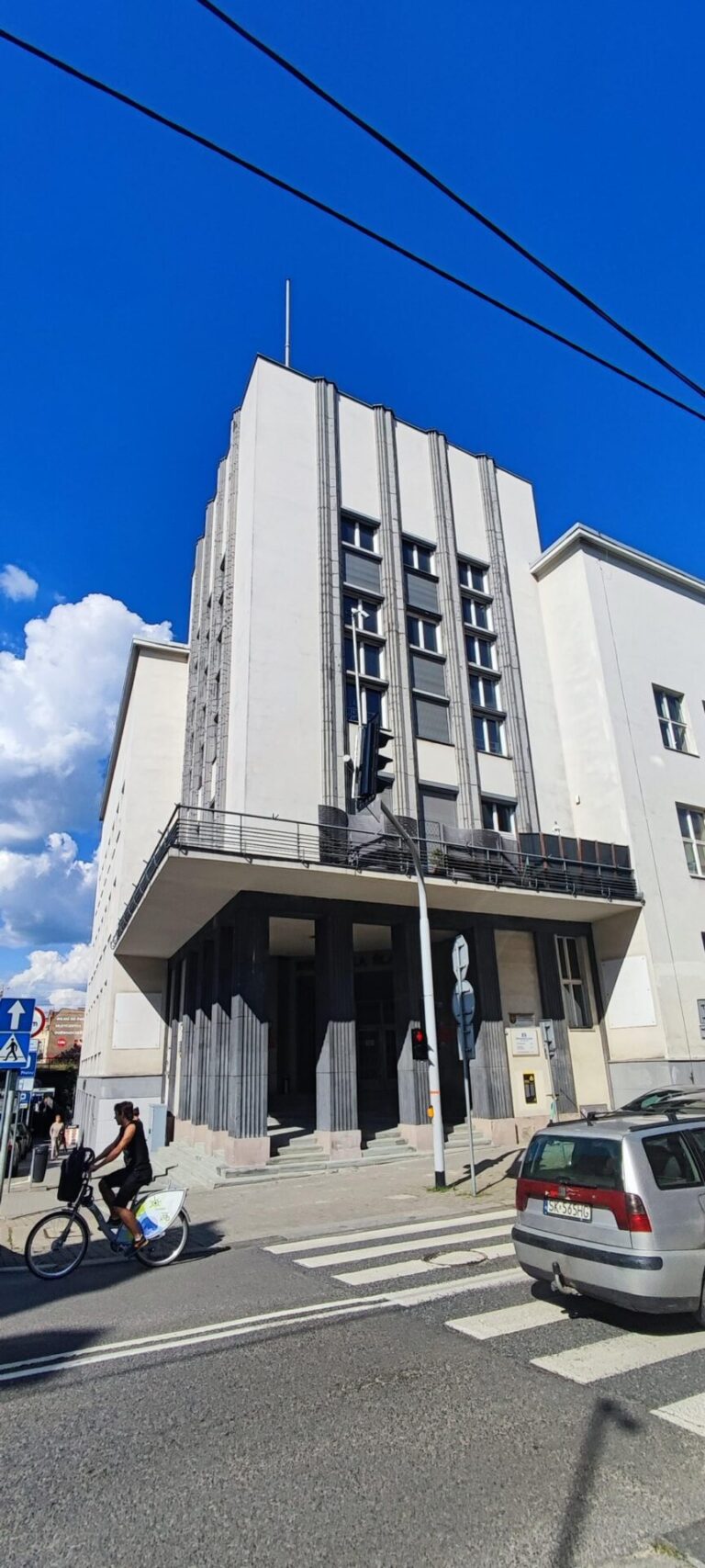
Silesian Library Education House
Modernism
Katowice, ul. Francuska 12

St. Kazimierz garrison church
Modernism
Katowice, ul. Mikołaja Kopernika 10
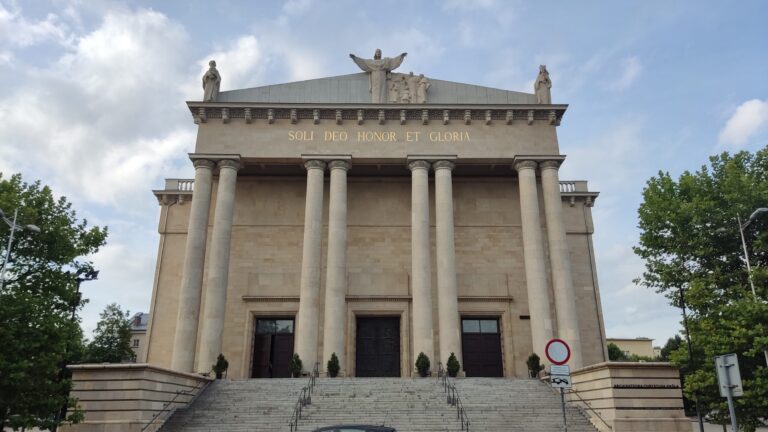
Metropolitan Cathedral of Christ the King
Temples
Katowice, ul. Plebiscytowa 49A

Millennium Housing Estate
Urban Design
Katowice, ul. Zawiszy Czarnego

Church of Our Lady of the Immaculate Dawn of Freedom
Temples
Katowice, ul. Gawronów 20
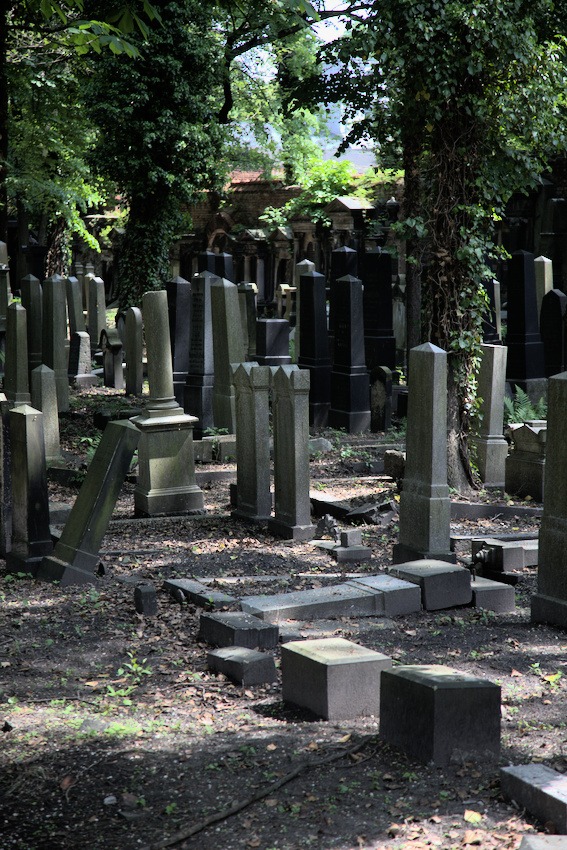
Jewish cemetery in Katowice
Jewish Culture
Katowice, ul. Kozielska 16
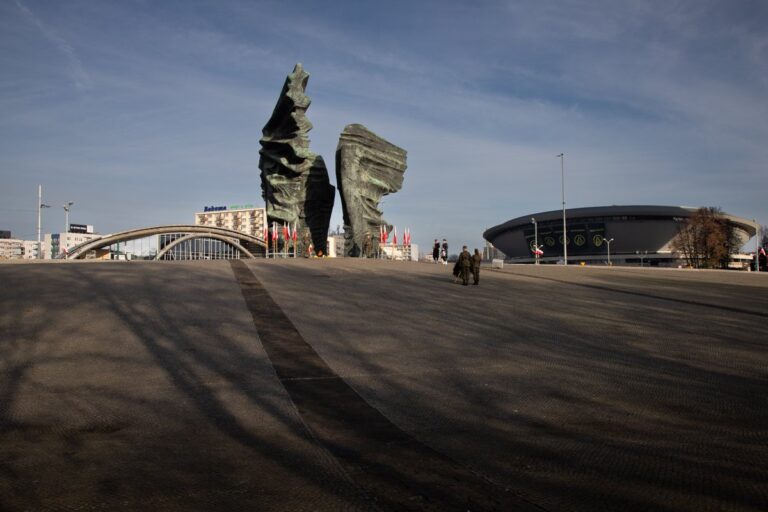
Silesian Insurgents’ Monument
Sculptures and Monuments
Katowice, al. Wojciecha Korfantego
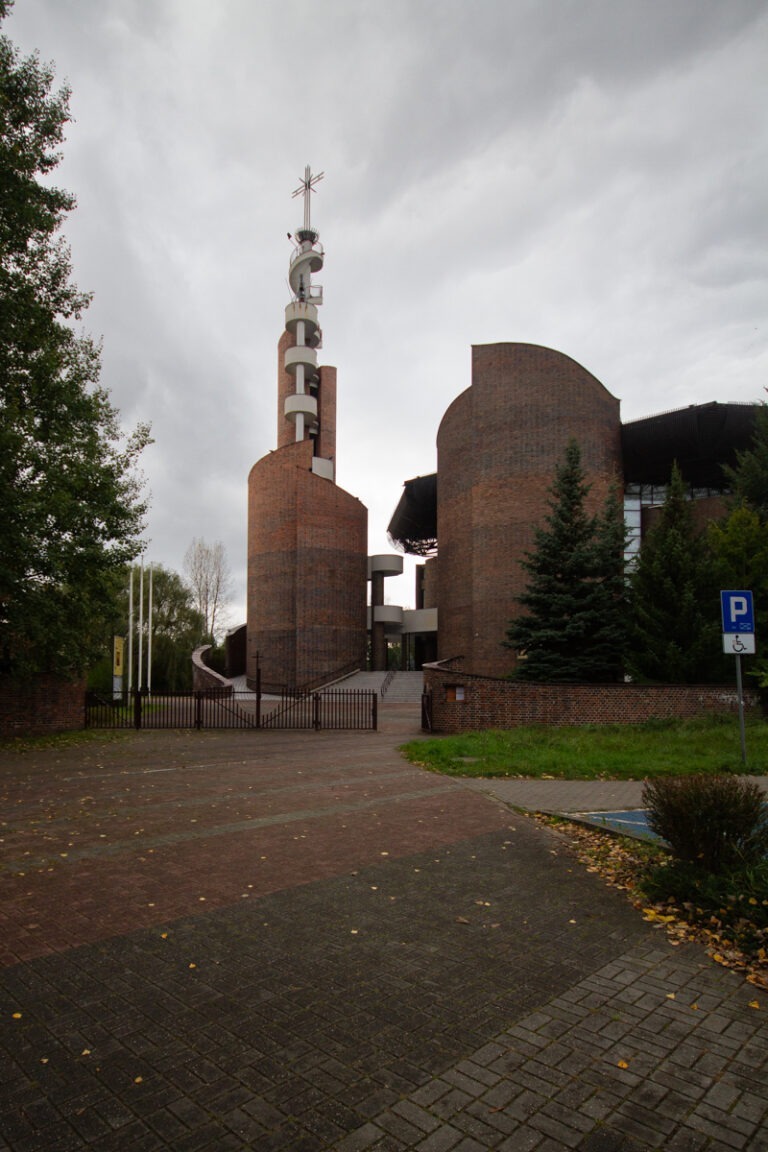
Church of the Exaltation of the Holy Cross and Our Lady of the Healing of the Sick
Temples
Katowice, ul. Mieszka I 6

St. Kazimierz garrison church
Temples
Katowice, ul. Mikołaja Kopernika 10

The wooden church of St George in Gliwice-Ostropa
Wooden Architecture Route
Gliwice, ul. Piekarska 13
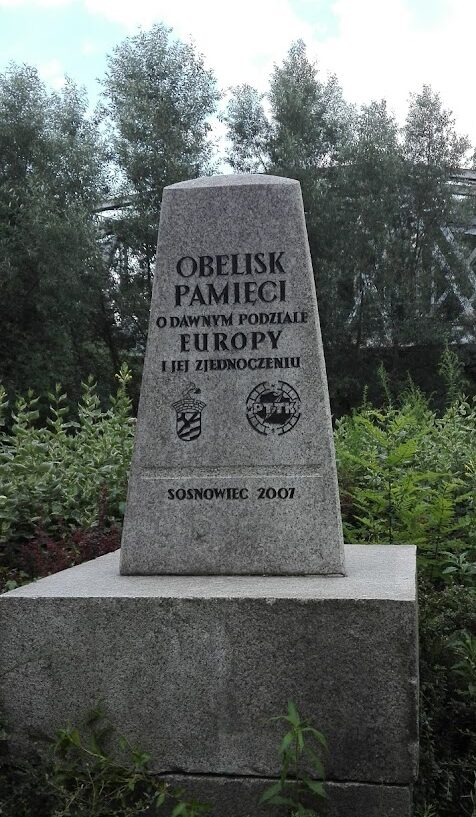
The Three Emperors’ Corner
Heritage and Historic Sites
Sosnowiec, ul. Szlak Dawnego Pogranicza / Mysłowice

Schön palace and park
Villas, palaces, structures
Sosnowiec, ul. Chemiczna
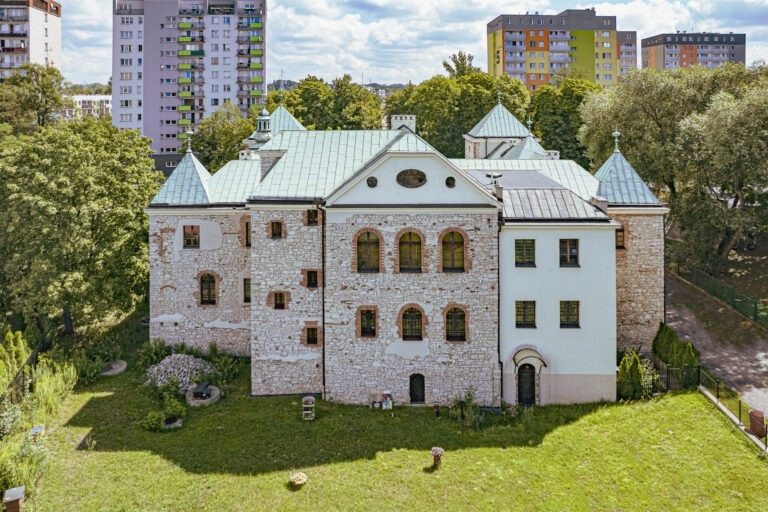
Sielecki Castle
Villas, palaces, structures
Sosnowiec, ul. Zamkowa 2
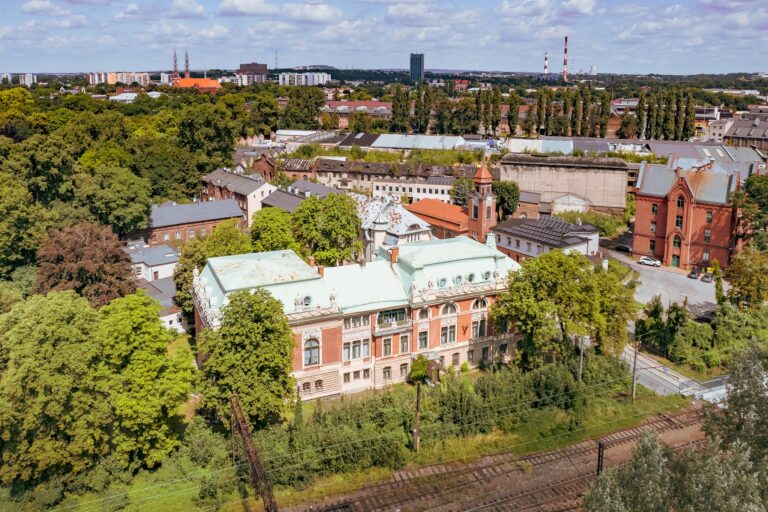
Villas, palaces, structures
Sosnowiec, ul. Żeromskiego 2a

Mieroszewski Manor House
Villas, palaces, structures
Sosnowiec, ul. Dworska / ul. Szpitalna 1
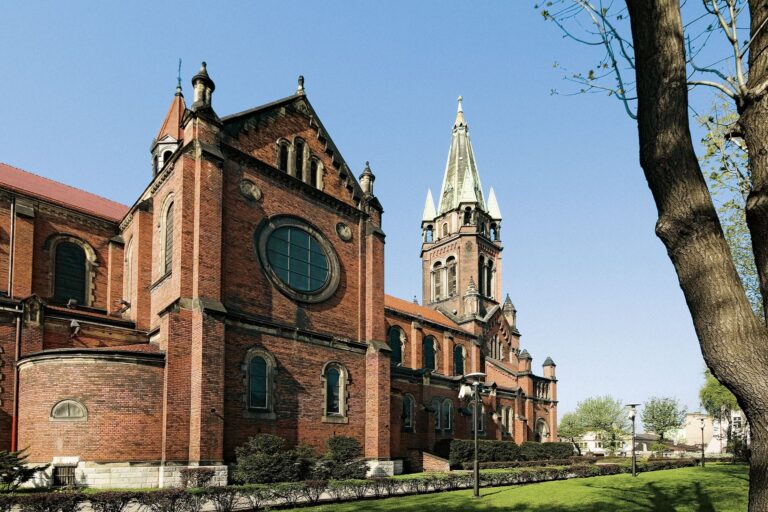
Cathedral Basilica of the Assumption of the Blessed Virgin Mary
Temples
Sosnowiec, ul. Kościelna 1
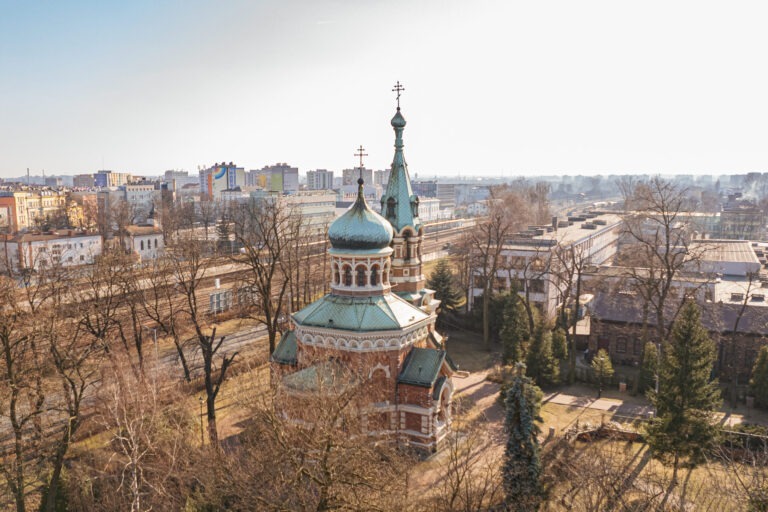
Faith, Hope and Love and Their Mother Sophia Orthodox Church
Temples
Sosnowiec, ul. Jana Kilińskiego 39
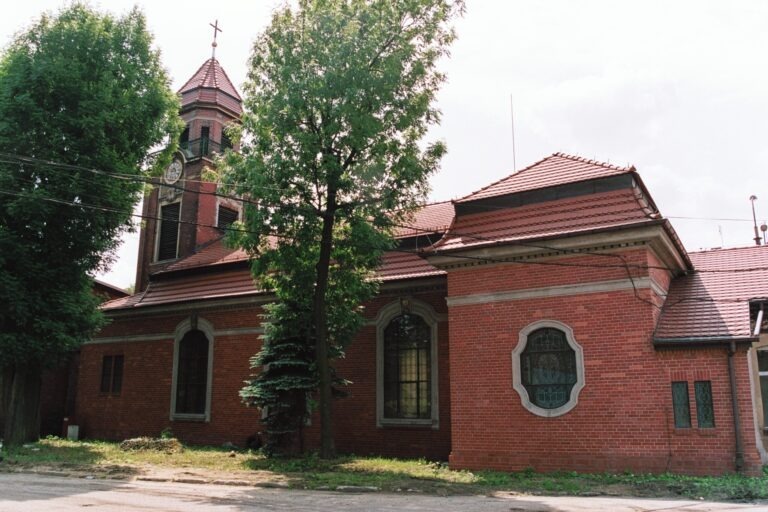
St John’s Church (church of the Evangelical Augsburg Parish in Sosnowiec)
Temples
Sosnowiec, ul. S. Żeromskiego 4

Jewish cemetery in Sosnowiec
Jewish Culture
Sosnowiec, ul. Pastewna

Radio station
Heritage and Historic Sites
Gliwice, ul. Tarnogórska 127-129-131

Willa Caro – Gliwice Museum
Heritage and Historic Sites
Gliwice, ul. Dolnych Wałów 8a

Ruins of the Victoria Theatre
Heritage and Historic Sites
Gliwice, al. Przyjaźni 18
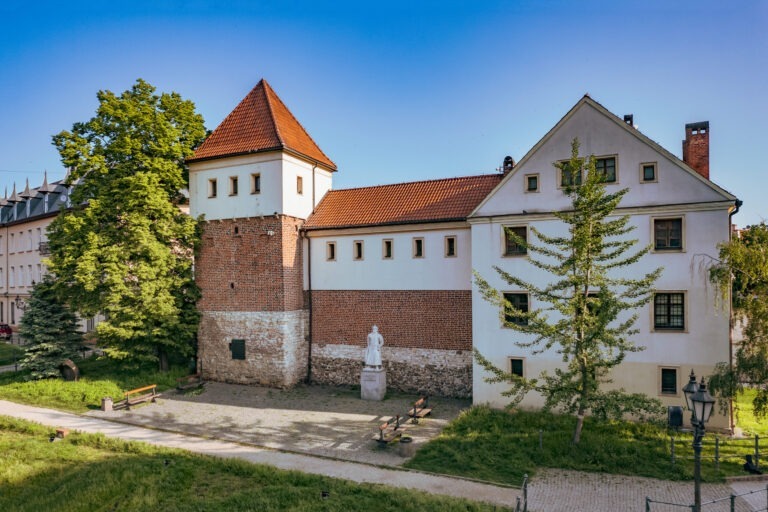
Piast Castle
Middle Ages and Renaissance
Gliwice, ul. Pod Murami 2

Former Central Post Office building
Heritage and Historic Sites
Gliwice, ul. Dolnych Wałów 8

Holy Trinity Armenian Rite Church
Temples
Gliwice, ul. Mikołowska 8

Saints Peter and Paul Cathedral
Temples
Gliwice, ul. Jana Pawła II 5

Weichmann’s Textile House
Modernism
Gliwice, ul. Zwycięstwa 37
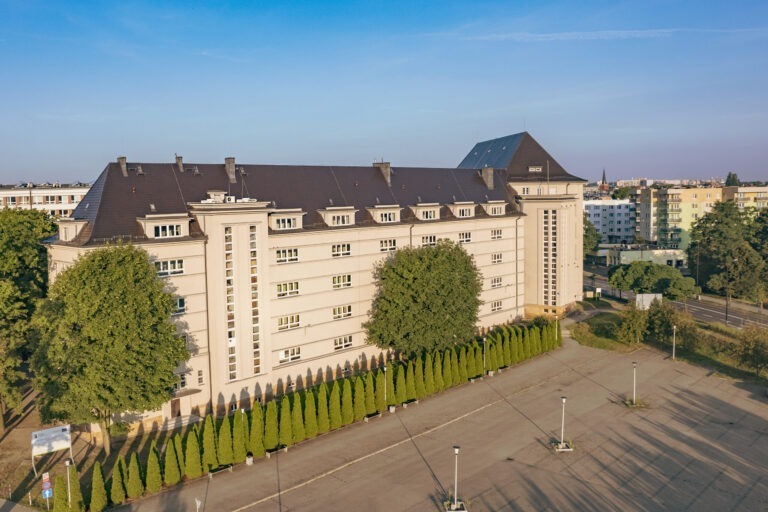
Former Eichendorff High School
Modernism
Gliwice, ul. Konarskiego 18

Old Jewish Cemetery “Na Piasku” in Gliwice
Jewish Culture
Gliwice, ul. Na Piasku 9

New Jewish cemetery in Gliwice
Jewish Culture
Gliwice, ul. Poniatowskiego 23

Upper Silesian Jews House of Remembrance
Jewish Culture
Gliwice, ul. Poniatowskiego 14

Hotel “Admiralspalast” in Zabrze
Modernism
Zabrze, ul. Wolności 305

St Joseph’s Church in Zabrze
Temples
Zabrze, ul. Roosevelta 102

Jewish cemetery in Zabrze
Jewish Culture
Zabrze, ul. Cmentarna 15

Museum of Steelwork
Heritage and Historic Sites
Bytom, pl. Jana III Sobieskiego 2

Tiele-Winckler Palace in Miechowice
Villas, palaces, structures
Bytom, ul. Dzierżonia 30
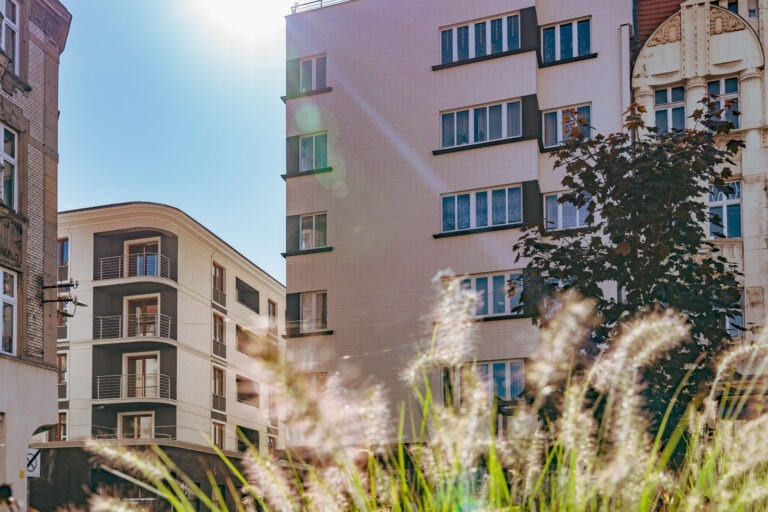
Gloria cinema building
Modernism
Bytom, ul. Szymanowskiego 2

St Paul’s Church in Ruda Śląska
Temples
Ruda Śląska, plac Jana Pawła II 5

Old Jewish cemetery in Bytom
Jewish Culture
Bytom, ul. Piastów Bytomskich 3

New Jewish cemetery in Bytom
Jewish Culture
Bytom, ul. Piekarska 56

Nowy Bytom sundial
Sculptures and Monuments
Ruda Śląska, ul. Niedurnego 30

Ruda Śląska combat bunkers
Military
Ruda Śląska, ul. K. Goduli 41
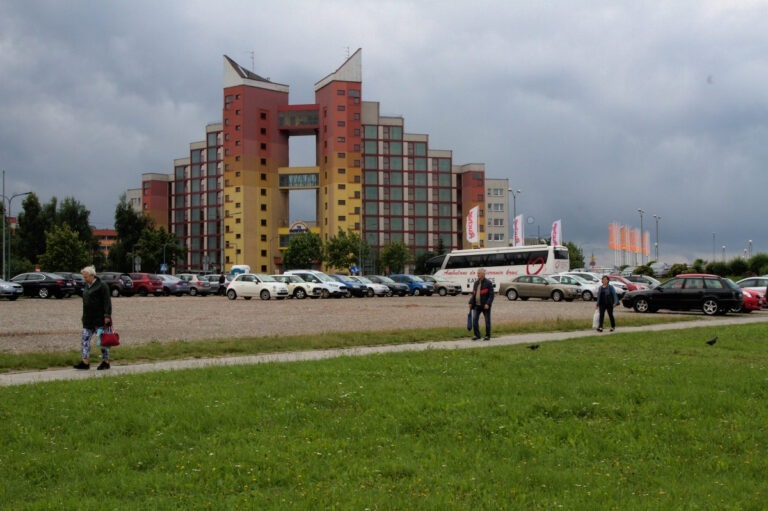
Brama Słońca (Sun Gate)
Contemporary
Tychy, ul. R. Dmowskiego 31-33
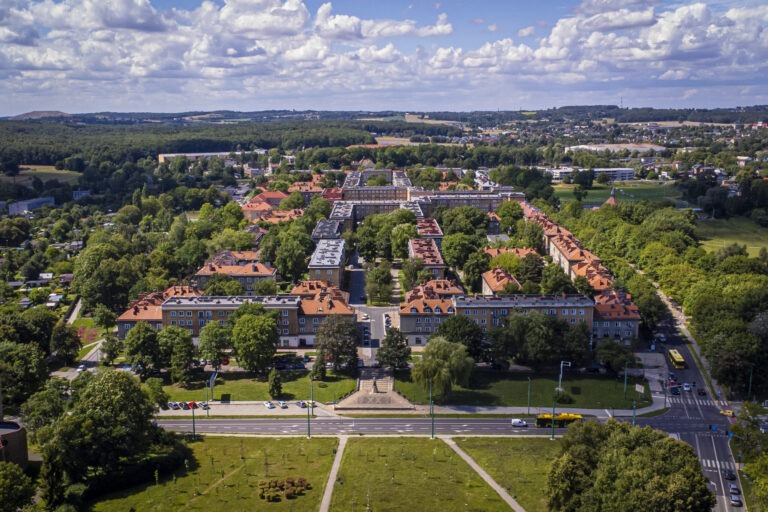
Housing Estate A
Urban Design
Tychy, pl. św. Anny, ul. Arkadowa, Wojska Polskiego, gen. Andersa, Asnyka
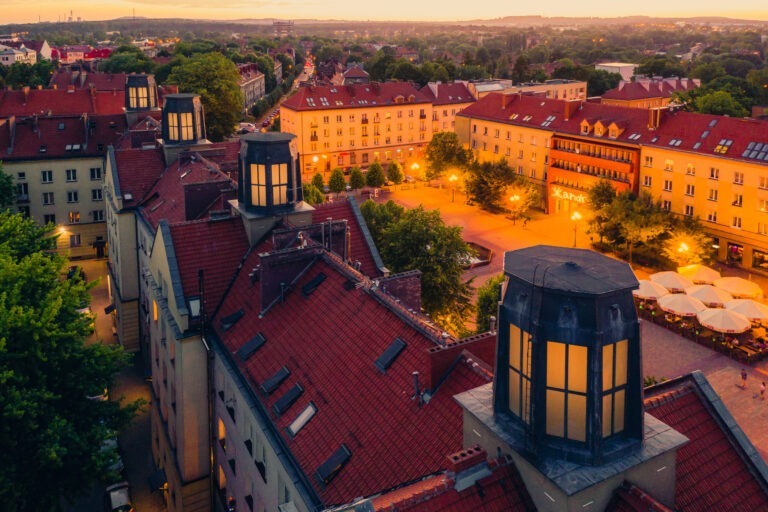
Housing Estate B
Urban Design
Tychy, pl. Baczyńskiego, ulice Brzozowa, Bohaterów Warszawy, Batorego, Braterska, Biblioteczna, Bocheńskiego, Budowlanych
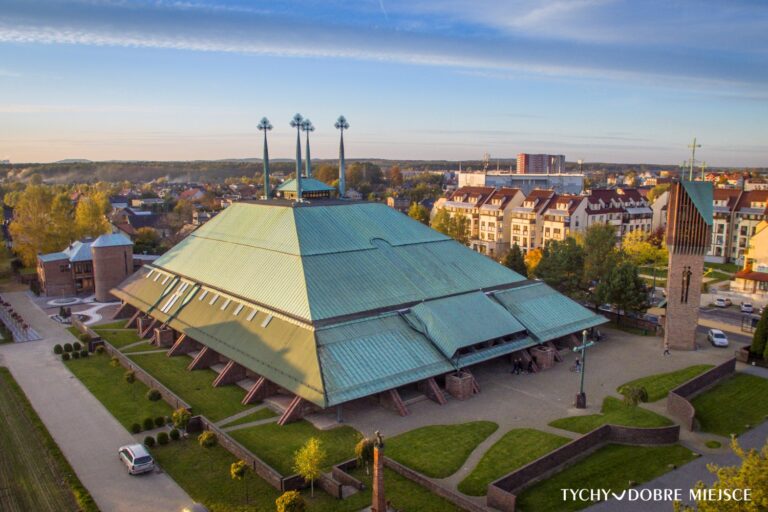
Church of the Holy Spirit in Tychy-Żwaków
Temples
Tychy, ul. Myśliwska 43

Church of St Francis of Assisi and St Clare in Tychy (Little Assisi)
Temples
Tychy, ul. Paprocańska 90

Monument of Struggle and Labour – “Giraffe”
Sculptures and Monuments
Tychy, ul. Edukacji

Palace of Culture of the Zagłębie Region
Contemporary
Dąbrowa Górnicza, plac Wolności 1

Sztygarka City Museum
Heritage and Historic Sites
Dąbrowa Górnicza, ul. Legionów Polskich 69

Basilica of Our Lady of the Angels
Temples
Dąbrowa Górnicza, ul. Królowej Jadwigi 17
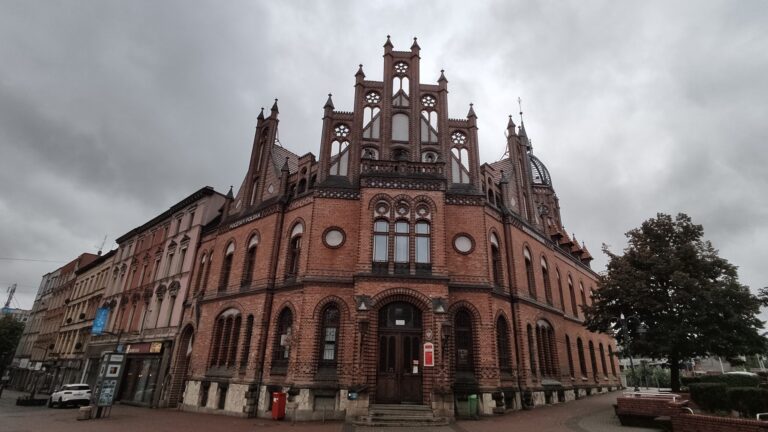
Main Post Office
Heritage and Historic Sites
Chorzów, ul. Pocztowa 1

Municipal Savings Bank building
Modernism
Chorzów, ul. Zjednoczenia 1
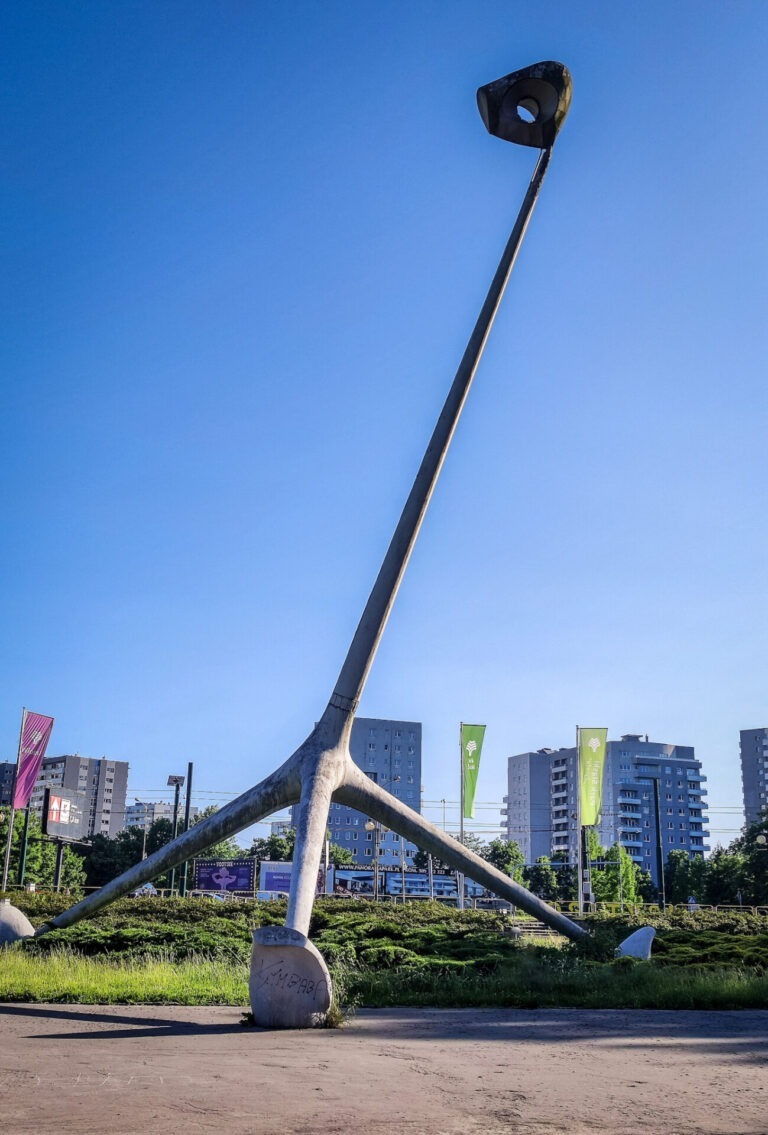
Giraffe statue in Silesian Park
Sculptures and Monuments
Chorzów, aleja Żyrafy

Combat Bunker on Katowicka Street (ul. Katowicka)
Military
Chorzów, ul. Katowicka 168
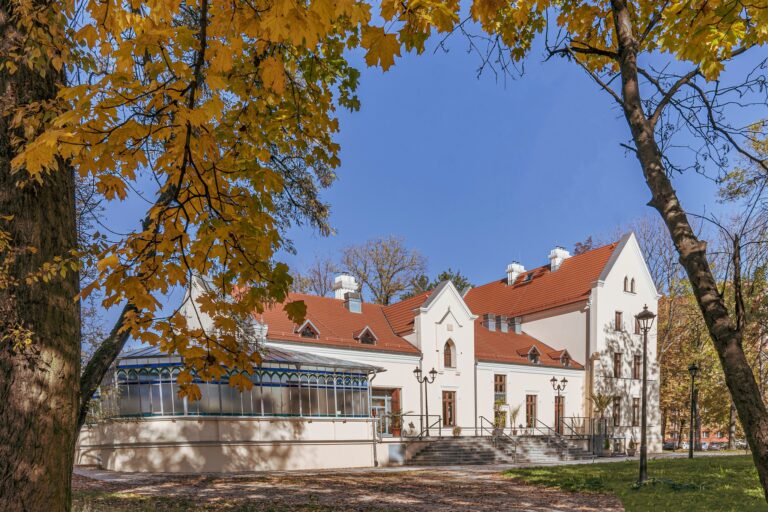
Rheinbaben Palace
Villas, palaces, structures
Siemianowice Śląskie, ul. Oświęcimska 1
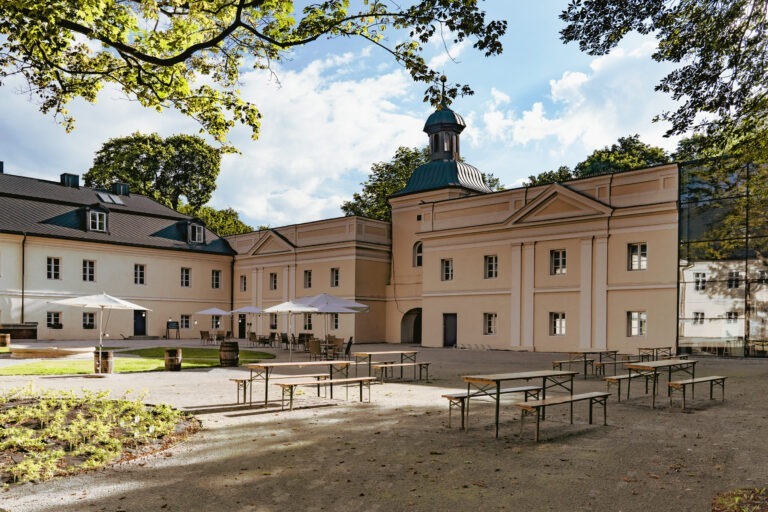
Donnersmarck Palace (also known as Mieroszewski Palace)
Villas, palaces, structures
Siemianowice Śląskie, ul. Fryderyka Chopina 10
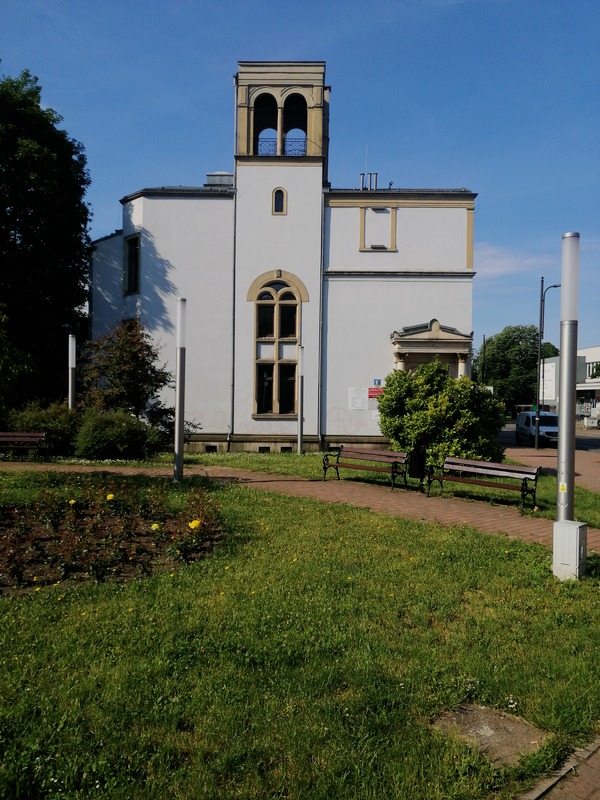
Fitzner Villa
Villas, palaces, structures
Siemianowice Śląskie, ul. Fitznerów 3

The palace and park in Rybna
Villas, palaces, structures
Tarnowskie Góry, ul. Powstańców Warszawskich 90
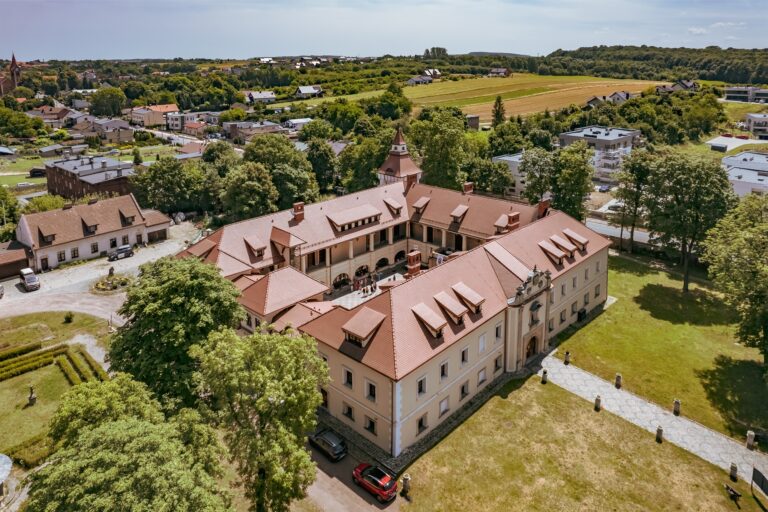
Castle in Tarnowice Stare
Villas, palaces, structures
Tarnowskie Góry, ul. Pyskowicka 39
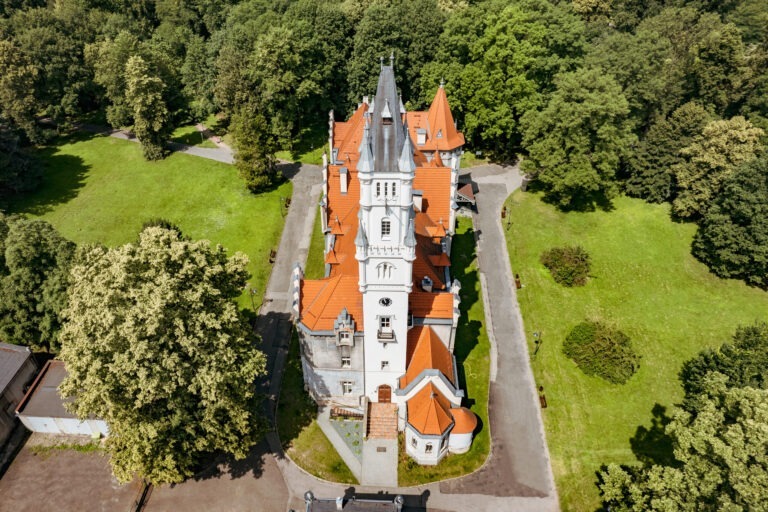
Palace in Nakło Śląskie
Villas, palaces, structures
Nakło Śląskie, ul. Parkowa 1
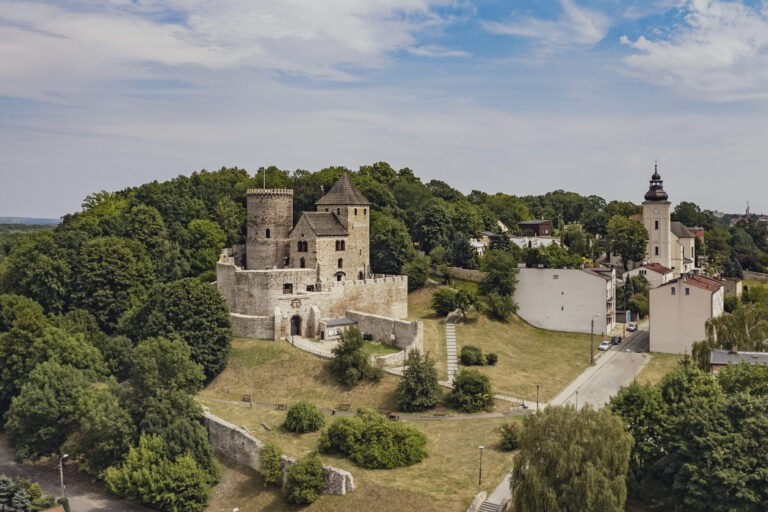
Defensive castle in Bedzin
Middle Ages and Renaissance
Będzin, ul. Zamkowa 1
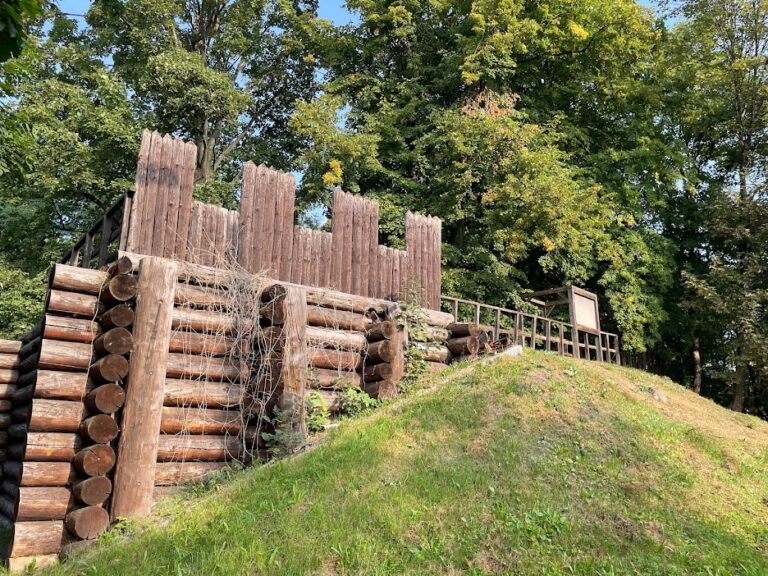
Będzin Underground and Castle Hill
Heritage and Historic Sites
Będzin, ul. Górna

Mieroszewski Palace
Villas, palaces, structures
Będzin, ul. Gzichowska 15

“Mizrachi” Prayer House
Jewish Culture
Będzin, ul. Ignacego Potockiego 3
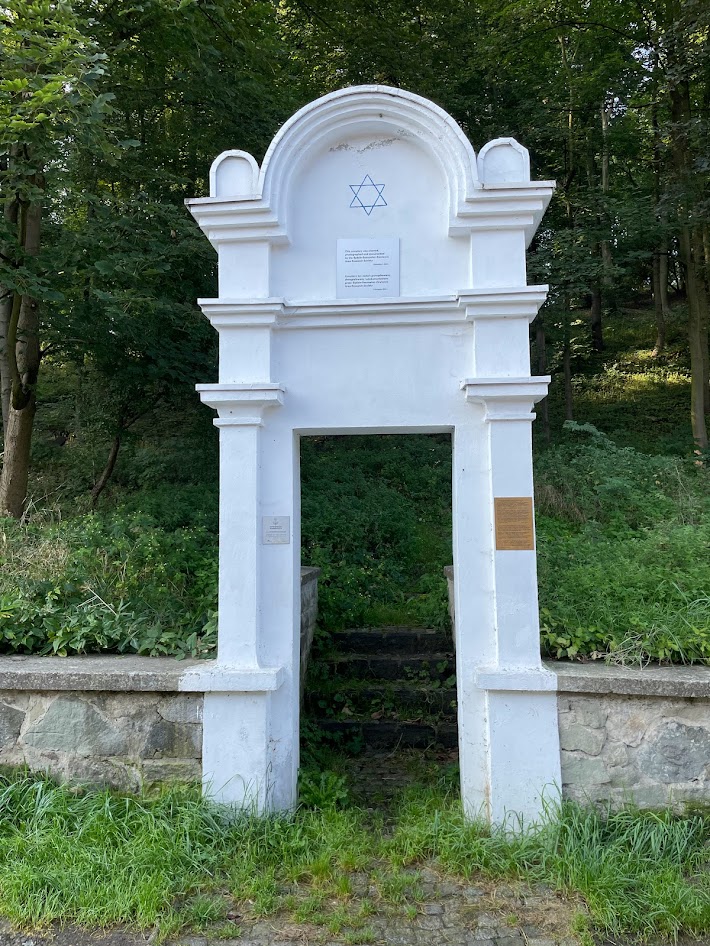
New Jewish cemetery in Będzin
Jewish Culture
Będzin, ul. Podzamcze 8

Mound of Liberation
Heritage and Historic Sites
Piekary Śląskie, ul. Do Kopca Wyzwolenia 2
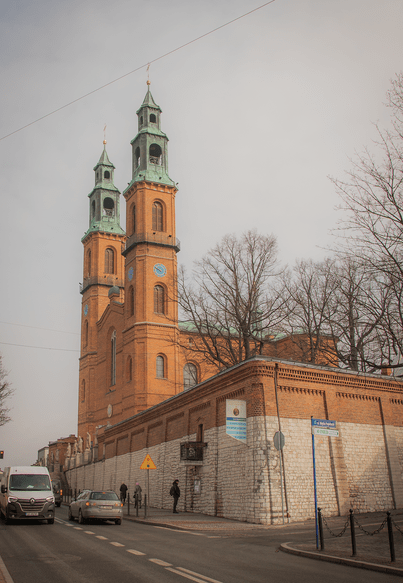
Sanctuary of the Mother of Justice and Social Love in Piekary Śląskie
Temples
Piekary Śląskie, ul. Ks. Ficka 7

Fortifications of the Śląsk Fortified Area
Military
Piekary Śląskie, ul. Długosza 84

Museum of the Silesian Uprisings
Heritage and Historic Sites
Świętochłowice, ul. Wiktora Polaka 1

“Zgoda” concentration camp
Heritage and Historic Sites
Świętochłowice, ul. Wojska Polskiego 121
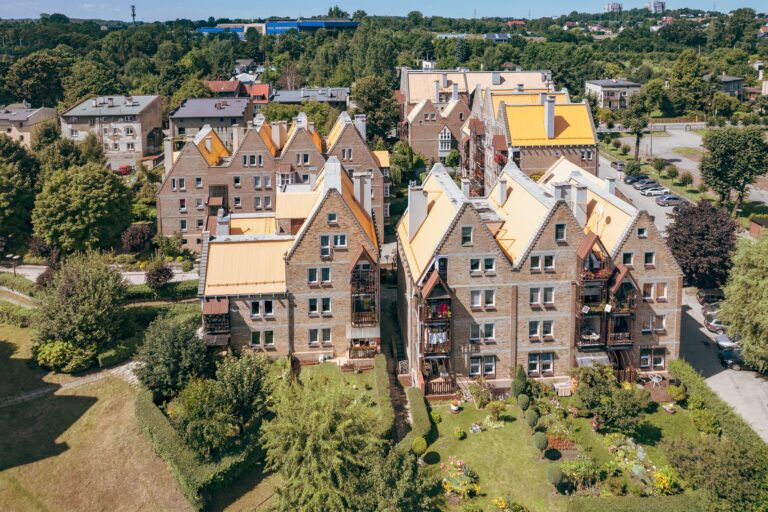
Nad Jamną Estate
Urban Design
Mikołów, ul. Ludwika Waryńskiego 22-40

Jewish cemetery in Mikołów
Jewish Culture
Mikołów, ul. Stara Droga
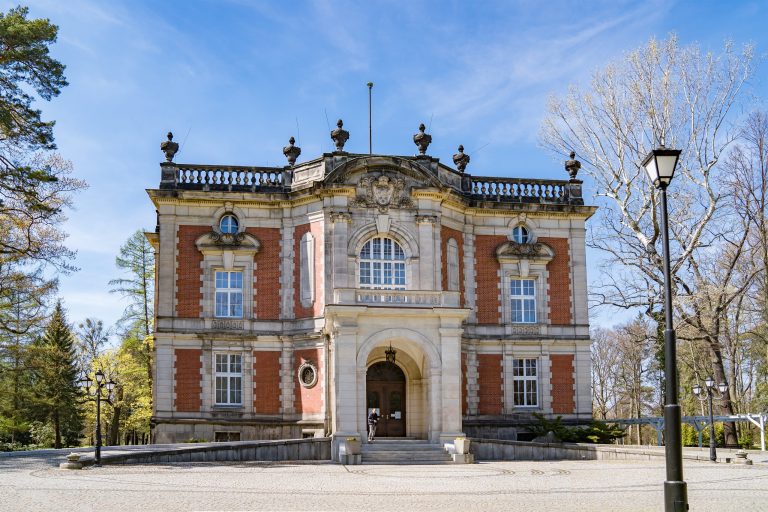
Cavalier Palace
Villas, palaces, structures
Świerklaniec, ul. Parkowa 30

Szałsza Palace
Villas, palaces, structures
Szałsza, ul. Ziemiecicka 6
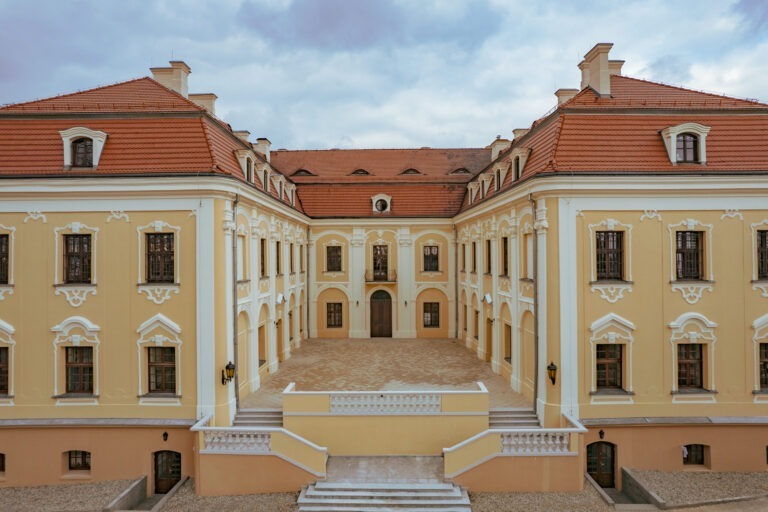
Palace in Sośnicowice
Villas, palaces, structures
Sośnicowice, ul. Kozielska 1
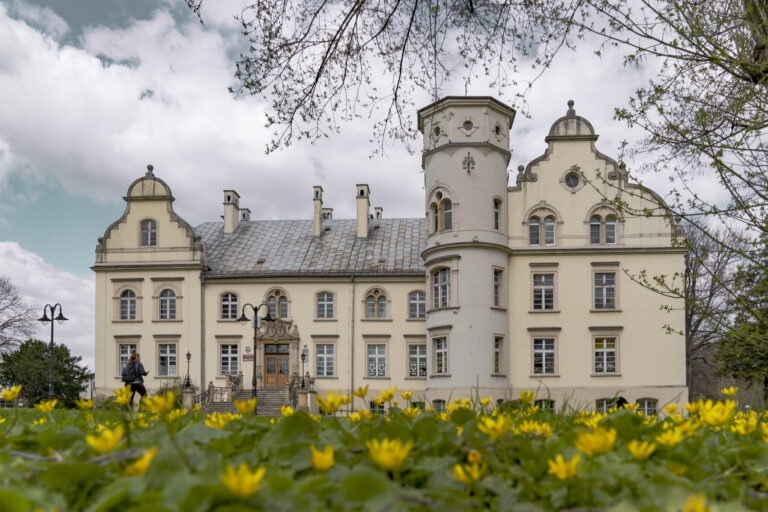
The palace and park in Przyszowice
Villas, palaces, structures
Przyszowice, ul. Parkowa 11
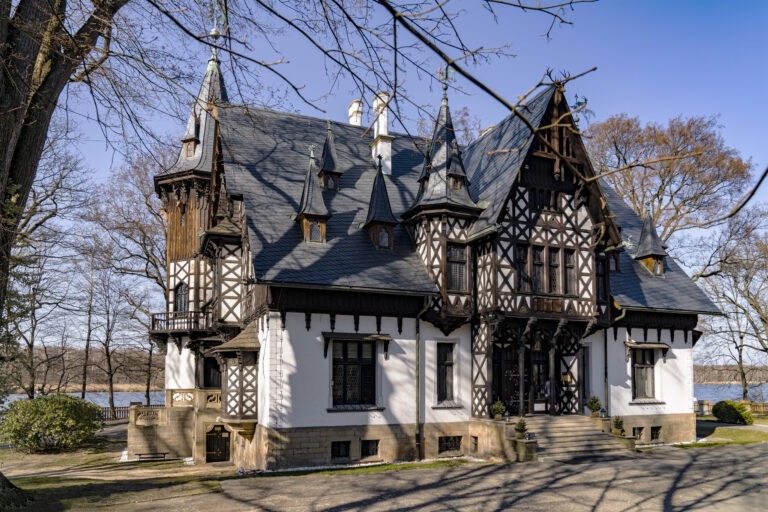
Hunting lodge complex in Promnice
Villas, palaces, structures
Promnice, al. Książęca
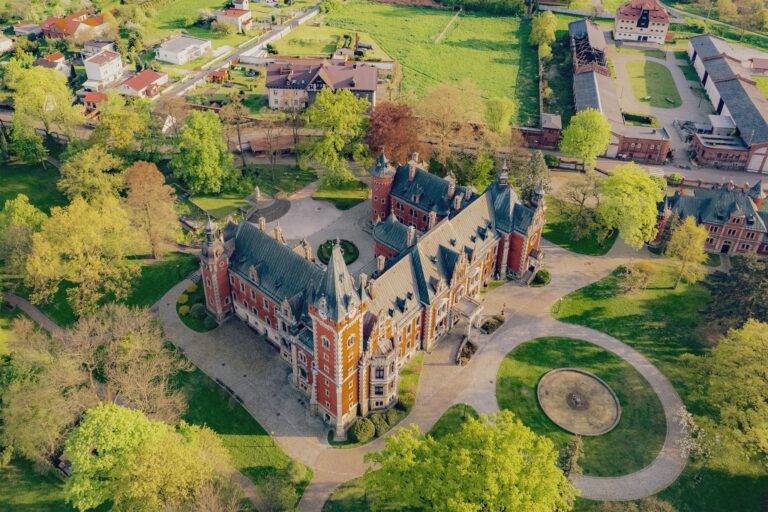
The palace and park in Pławniowice
Villas, palaces, structures
Pławniowice, ul. Gliwicka 46
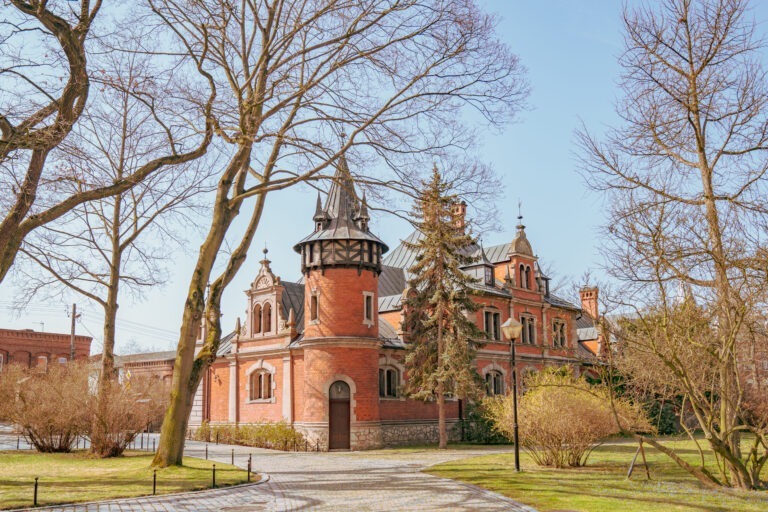
Cavalier House in Pławniowice
Villas, palaces, structures
Pławniowice, ul. Gliwicka 50
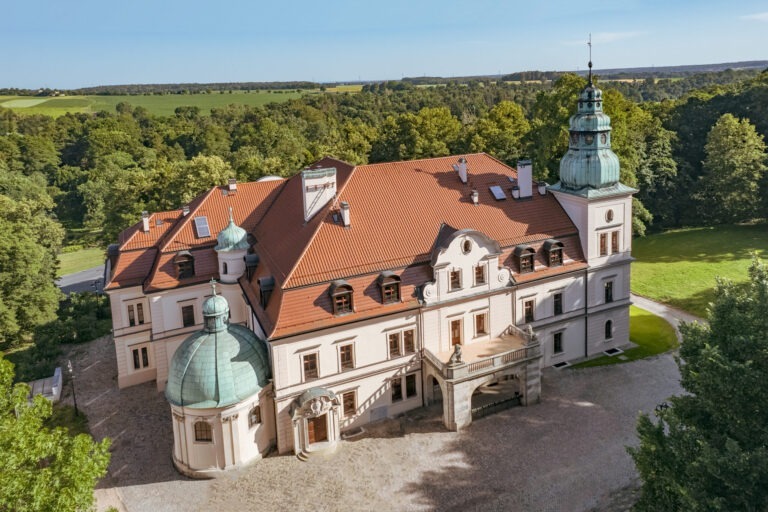
Palace in Kamieniec
Villas, palaces, structures
Kamieniec, ul. Polna 2
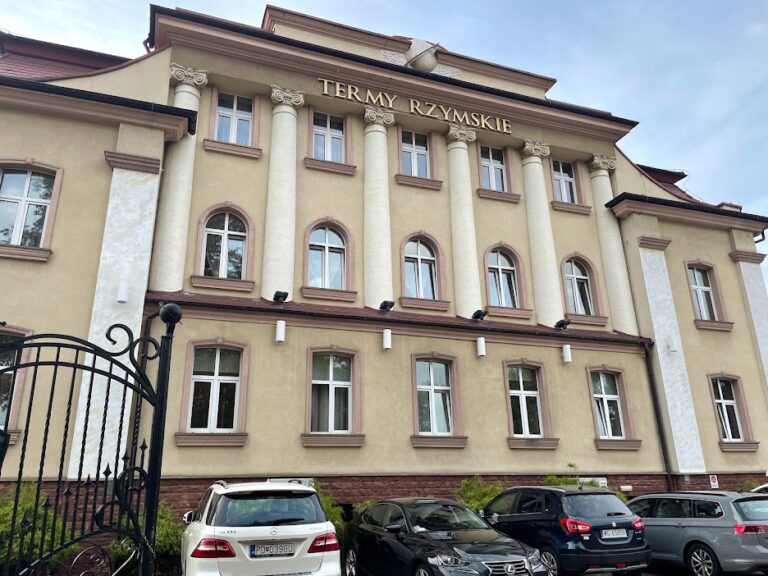
Saturn Palace (Roman Baths)
Villas, palaces, structures
Czeladź, ul. Dehnelów 2

Jewish cemetery in Czeladź
Jewish Culture
Czeladź, ul. Będzińska 68

Jewish cemetery in Bieruń Stary
Jewish Culture
Bieruń, ul. św. Wita

Jewish cemetery in Pyskowice
Jewish Culture
Pyskowice, ul. Zaolszany 12

St. Clement’s Church
Temples
Lędziny, ul. Zabytkowa

Combat bunkers of the Upper Silesian Position
Military
Zbrosławice, ul. Pogodna 1
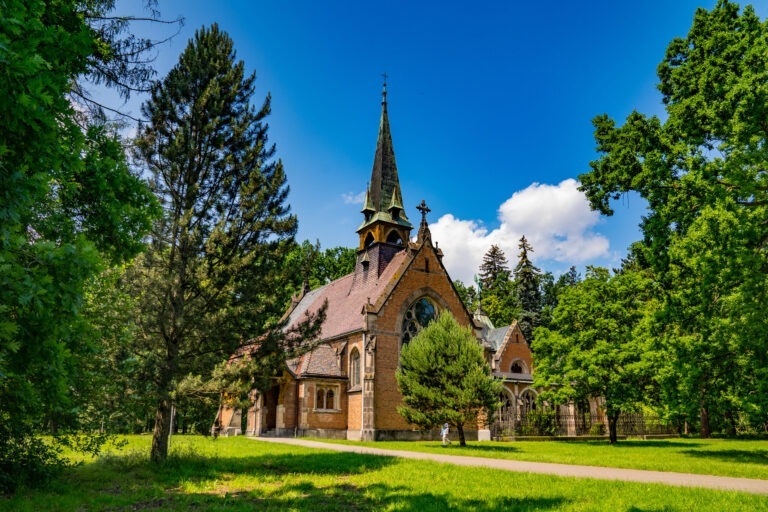
Church and mausoleum of the Donnersmarck family in Świerklaniec
Temples
Świerklaniec, ul. Parkowa 30
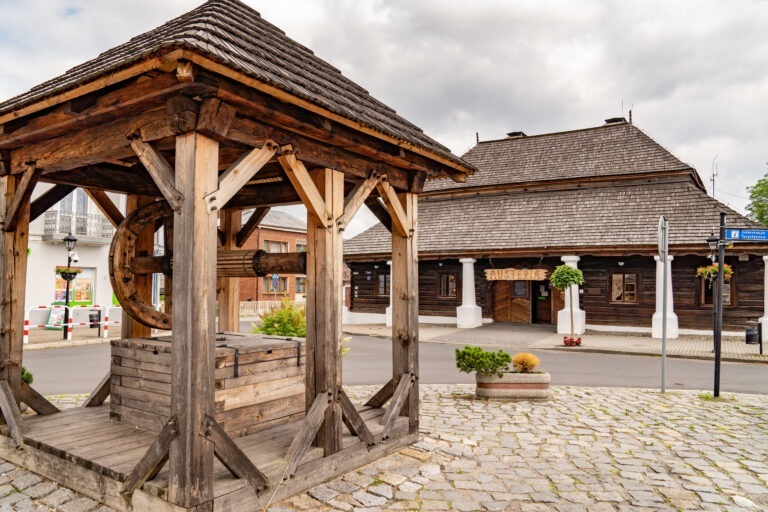
Wooden inn
Middle Ages and Renaissance
Sławków, ul. Rynek 2
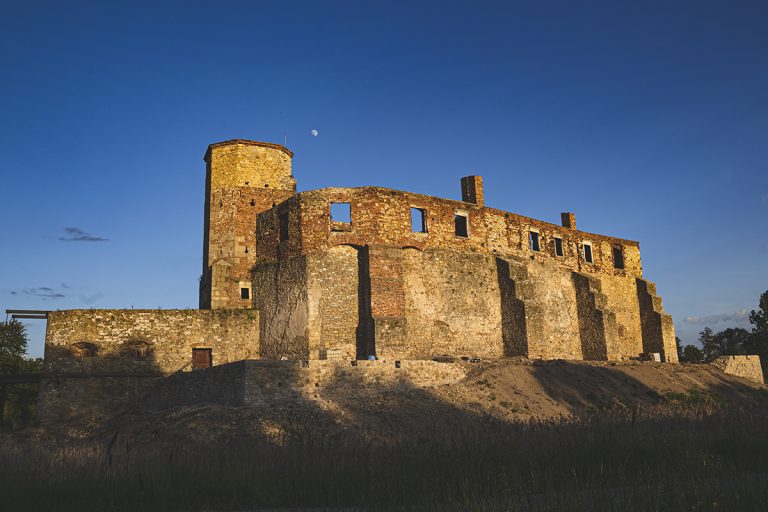
Castle ruins
Middle Ages and Renaissance
Siewierz, ul. Tadeusza Kościuszki 5
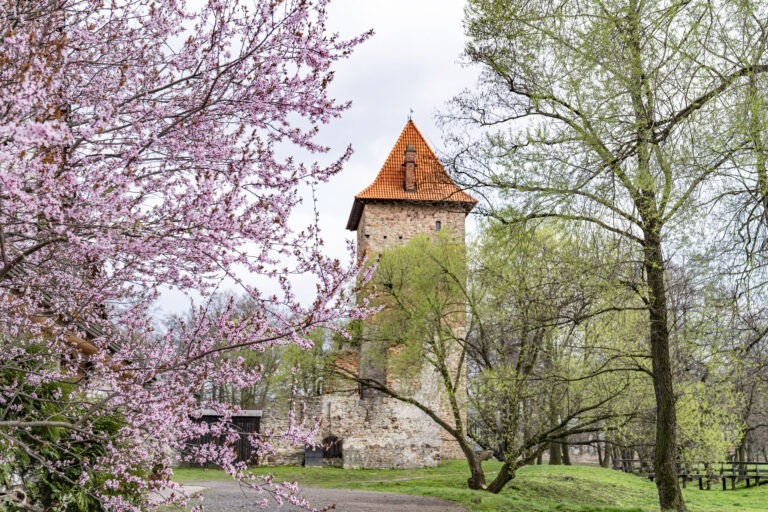
Chudów Castle
Middle Ages and Renaissance
Chudów, ul. Podzamcze 6

Combat Bunker No. 52 “Wesoła”
Military
Dobieszowice, ul. Wesoła

The “Sowiniec” Combat Bunker in Gostynia
Military
Gostyń, ul. Tęczowa

St Barbara’s Church
Temples
Ożarowice, ul. Tarnogórska 35A

Former synagogue
Jewish Culture
Sławków, ul. Biskupia 10
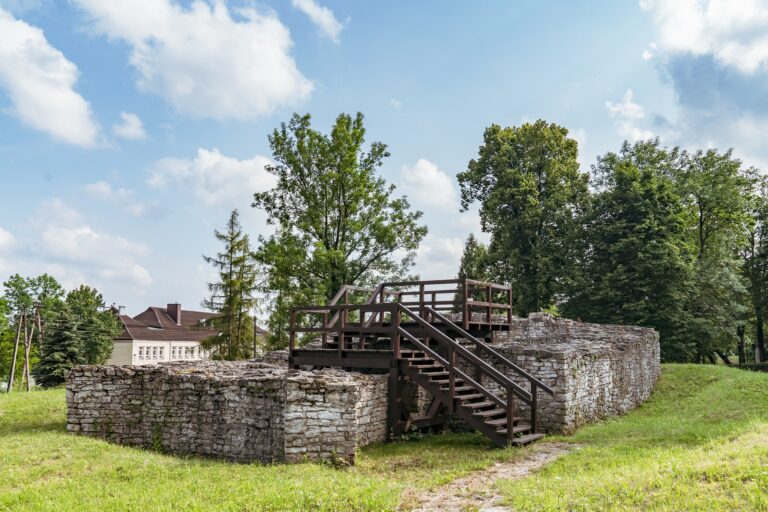
Ruins of the castle of the bishops of Krakow
Middle Ages and Renaissance
Sławków, ul. Staropocztowa

St. Mark’s Church in Slavkov
Temples
Sławków, ul. Świętojańska 33
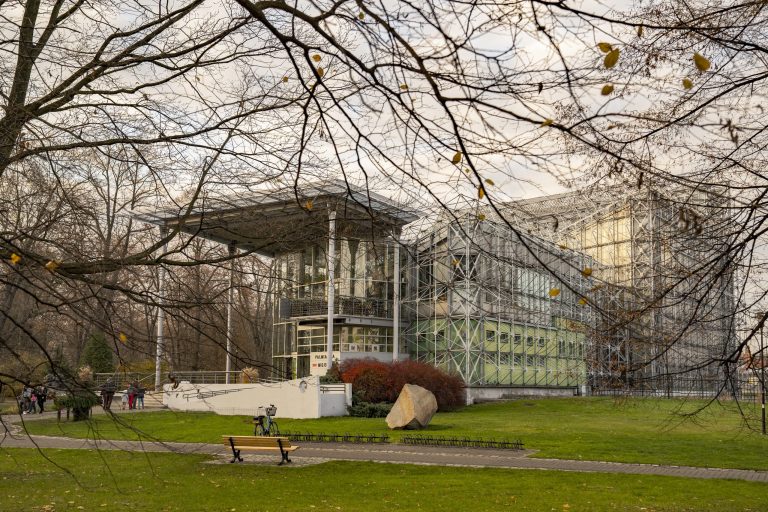
Municipal Palm House
Palm House and Botanical Gardens
Gliwice, ul. Aleksandra Fredry 6
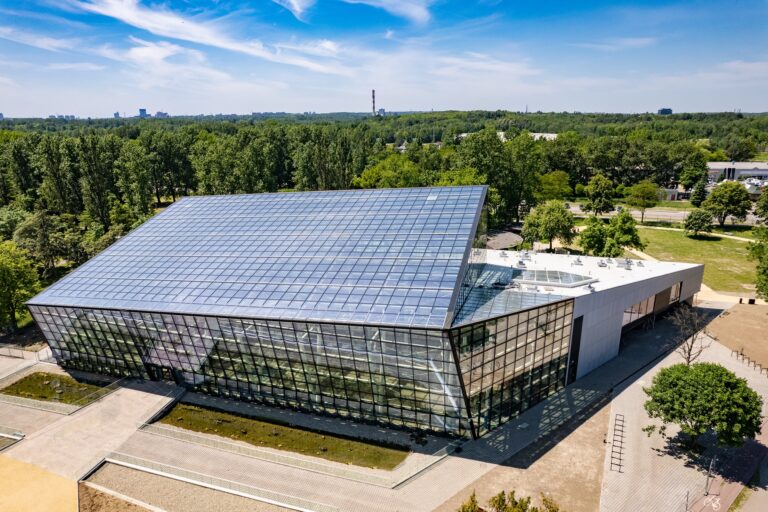
Botanical and Zoological Garden – Exotarium
Palm House and Botanical Gardens
Sosnowiec, ul. Marszałka Józefa Piłsudskiego 116
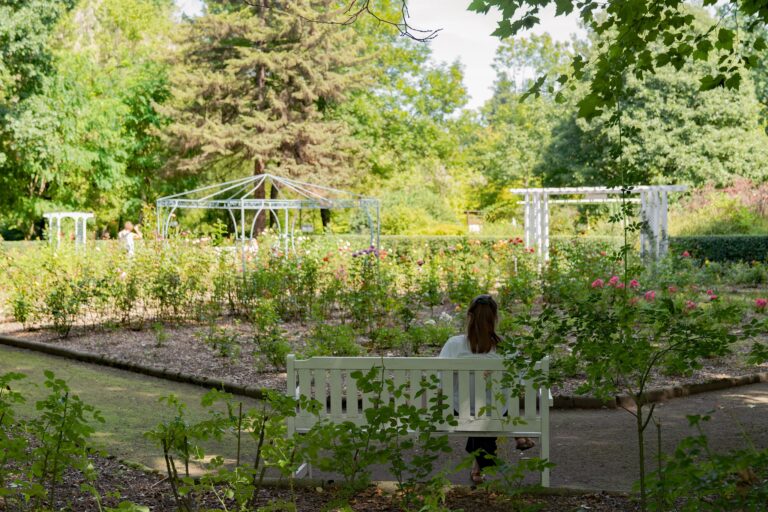
Municipal Botanical Garden
Palm House and Botanical Gardens
Zabrze, ul. Piłsudskiego 60
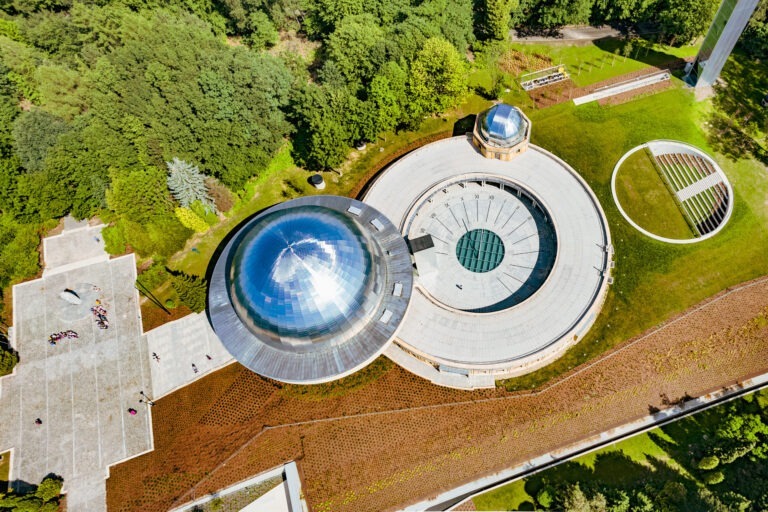
Planetarium – Silesian Science Park
Planetarium
Chorzów, al. Planetarium 4

The wooden parsonic granary in Przyszowice
Wooden Architecture Route
Przyszowice, ul. Powstańców Śląskich 1
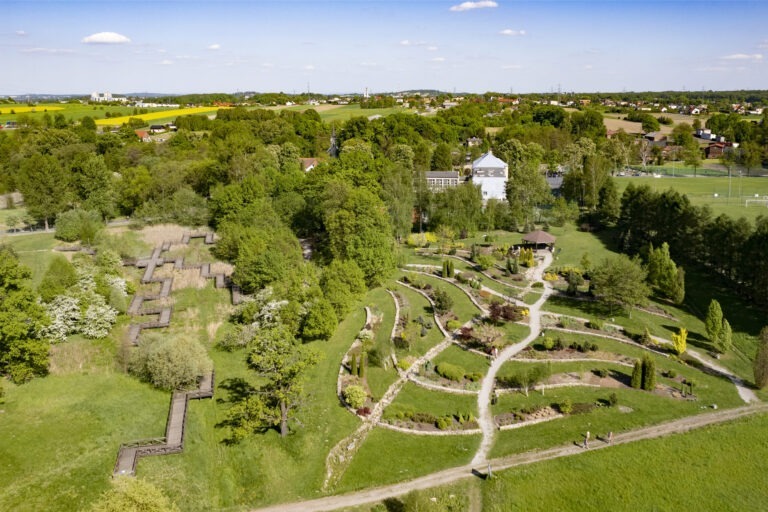
Silesian Botanical Garden in Mikolow
Palm House and Botanical Gardens
Mikołów, ul. Sosnowa 5

AQUADROM – Water Park
Water Parks
Ruda Śląska, ul. Kłodnicka 95

Site of the former Orzegów Coking Plant
Walking and Recreation
Ruda Śląska, ul. Kard. Augusta Hlonda 52
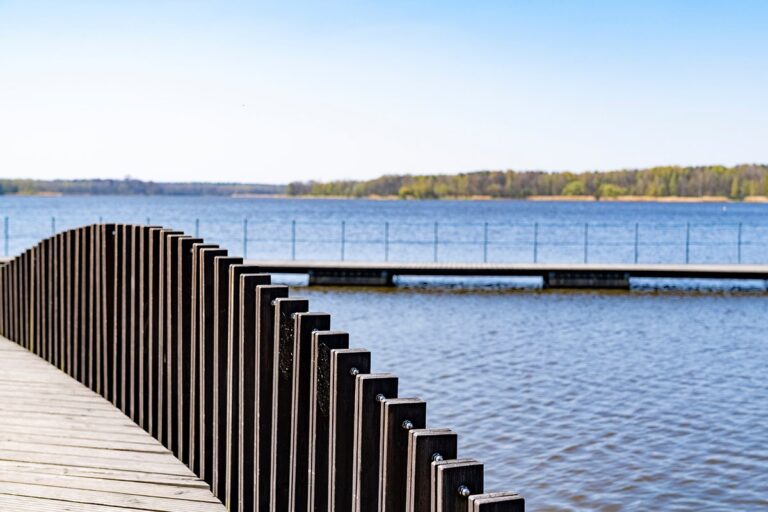
Paprocany
Beaches and Bodies of Water
Tychy, ul. Parkowa
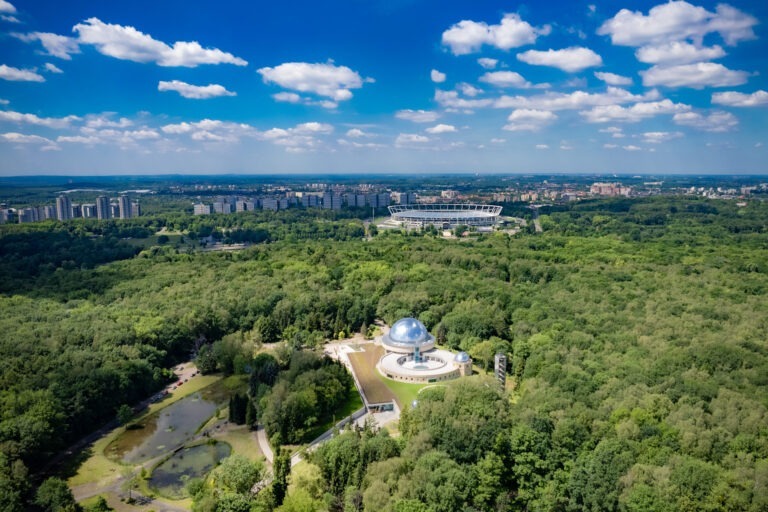
Silesian Park
Walking and Recreation
Chorzów, ul. Różana 2

Gallows frame of the Poland Coal Mine
Walking and Recreation
Świętochłowice, ul. Wojska Polskiego 16

Przeczyce Reservoir
Beaches and Bodies of Water
Przeczyce, ul. Słoneczna
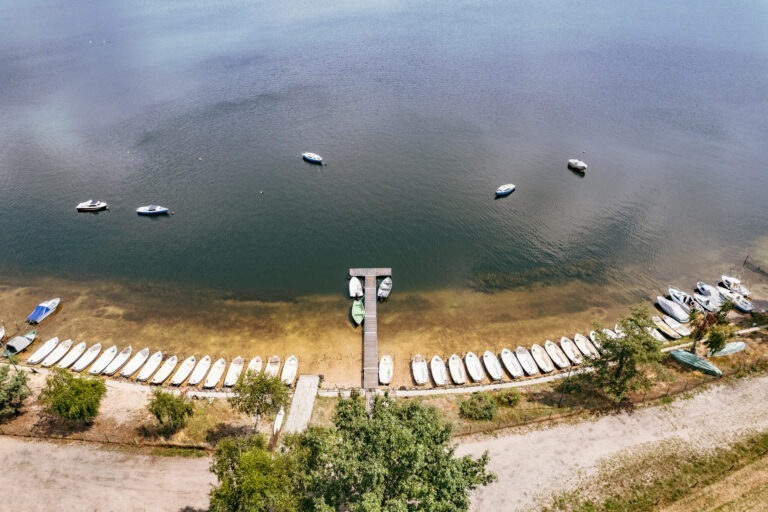
Dziećkowice
Beaches and Bodies of Water
Imielin, ul. Maratońska / Chełm Śląski ul. Gamrot

Prezydent shaft, Sztygarka complex
Mine Shafts and Water Towers
Chorzów, ul. Piotra Skargi 34 a/d

The wooden church of St Lawrence in Chorzów
Wooden Architecture Route
Chorzów, ul. Marii Konopnickiej 29
Spodek, a symbol and icon of Katowice, was opened in 1971. At the time, it was the largest and most modern sports and entertainment facility in Poland. Construction of the entire complex began in 1964 but was interrupted for 1.5 years due to concerns about structural flaws (which were not confirmed). The facility received its customary name “Spodek,” which means “saucer” in Polish, from the local residents who thought that its shape resembled a UFO.
Spodek hosted numerous prestigious cultural events (such as performances by Elton John and Tina Turner) and other significant happenings (including a 6-hour speech by Fidel Castro and the premiere of the Fiat 126p). It was also used for film screenings (with the experience enhanced by a massive screen).
In addition to the main sports and entertainment arena, Spodek complex includes an ice rink, a gymnasium, and a hotel with a restaurant. Today, it is part of the Katowice Cultural Zone, situated near other Katowice landmarks such as the International Congress Centre (MCK), the National Polish Radio Symphony Orchestra (NOSPR), and the Silesian Museum.
The idea of building a sports and entertainment hall in Katowice (then known as Stalinogród) emerged as early as 1955. Initially, the Provincial Park of Culture and Recreation (Polish: Wojewódzki Park Kultury i Wypoczynku) was considered as the location. In 1959, the Association of Polish Architects (SARP) announced a design competition for the project, and the winning design was submitted by a team of architects from the Office for Standard Industrial Building Studies and Projects (Biuro Studiów i Projektów Typowych Budownictwa Przemysłowego) in Warsaw, led by Maciej Gintowt and Maciej Krasiński (the structural engineer, Andrzej Żórawski, designed a roof suspended in a manner similar to the one in the Warsaw Supersam shopping centre). Following the presentation of the project and with the support of the then-Governor and General Jerzy Ziętek, the location was determined near the city centre, on the site of a former steel-mill slag heap and mining-damaged areas.
In 2009, Spodek underwent a comprehensive renovation while preserving its original character. The seating capacity for spectators was increased by 2,500 (now accommodating over 11,000 people).
For the first time in Europe for civilian purposes, the American military “Praetorian” monitoring system was implemented there (in addition to standard video transmission, it integrates information from multiple cameras on one screen).
Spodek, a symbol and icon of Katowice, was opened in 1971. At the time, it was the largest and most modern sports and entertainment facility in Poland. Construction of the entire complex began in 1964 but was interrupted for 1.5 years due to concerns about structural flaws (which were not confirmed). The facility received its customary name “Spodek,” which means “saucer” in Polish, from the local residents who thought that its shape resembled a UFO.
Spodek hosted numerous prestigious cultural events (such as performances by Elton John and Tina Turner) and other significant happenings (including a 6-hour speech by Fidel Castro and the premiere of the Fiat 126p). It was also used for film screenings (with the experience enhanced by a massive screen).
In addition to the main sports and entertainment arena, Spodek complex includes an ice rink, a gymnasium, and a hotel with a restaurant. Today, it is part of the Katowice Cultural Zone, situated near other Katowice landmarks such as the International Congress Centre (MCK), the National Polish Radio Symphony Orchestra (NOSPR), and the Silesian Museum.
The idea of building a sports and entertainment hall in Katowice (then known as Stalinogród) emerged as early as 1955. Initially, the Provincial Park of Culture and Recreation (Polish: Wojewódzki Park Kultury i Wypoczynku) was considered as the location. In 1959, the Association of Polish Architects (SARP) announced a design competition for the project, and the winning design was submitted by a team of architects from the Office for Standard Industrial Building Studies and Projects (Biuro Studiów i Projektów Typowych Budownictwa Przemysłowego) in Warsaw, led by Maciej Gintowt and Maciej Krasiński (the structural engineer, Andrzej Żórawski, designed a roof suspended in a manner similar to the one in the Warsaw Supersam shopping centre). Following the presentation of the project and with the support of the then-Governor and General Jerzy Ziętek, the location was determined near the city centre, on the site of a former steel-mill slag heap and mining-damaged areas.
In 2009, Spodek underwent a comprehensive renovation while preserving its original character. The seating capacity for spectators was increased by 2,500 (now accommodating over 11,000 people).
For the first time in Europe for civilian purposes, the American military “Praetorian” monitoring system was implemented there (in addition to standard video transmission, it integrates information from multiple cameras on one screen).
The headquarters of the Polish National Radio Symphony Orchestra (NOSPR) is one of the most modern music venues in Poland and Europe, built according to the design of the Tomasz Konior architectural studio. Construction began in 2012 and the inaugural concert took place in late 2014 (featuring Krystian Zimerman and the London Symphonic Orchestra, among others).
The façade of the NOSPR draws on the historical buildings of Silesia through brick pillars, plain and bright red recesses, like the windows of the familok of the Nikiszowiec mining residental estate. The interior of the building is very modern, but using natural materials: concrete, marble, wood.
It is part of the Culture Zone of the City of Katowice (other iconic buildings of Katowice are located in the neighbourhood: Spodek, MCK, Silesian Museum).
The centrepiece of the building is a monumental block of coloured concrete with a 1,800-seat concert hall, an auditorium (with an area of more than 250 m2) for an orchestra of more than 120 musicians and a choir of 100 singers. In addition, the building contains approximately 400 rooms for employees. The acoustics of the NOSPR hall were supervised by a master of his craft – Yasuhisa Toyota of Nagata Acoustics, whose portfolio includes projects for the world’s best concert halls.
The museum was established in 2015 on the site of the disused coal mine Katowice (formerly Ferdynand). The building is part of the Culture Zone of the City of Katowice (other icons of Katowice are located in the vicinity: Spodek, NOSPR, MCK).
The architectural concept draws on the industrial history of Silesia and the original function of the site on which it stands – which is why most of the building is underground, while on the surface there are only glazed blocks and restored historical buildings (mainly from the 19th century). The attraction is the 40 m high hoist tower of the Warsaw II shaft, to which a panoramic lift has been added, allowing visitors to reach the upper platform from where there is a view of the entire city. The building has received numerous awards.
The Silesian Museum was established by a resolution of the Silesian Parliament in 1929 and operated until the outbreak of World War II. The first permanent premises were erected in 1939. It was one of the most modern exhibition facilities in Europe in the modernist style. Unfortunately, it never functioned – shortly after the outbreak of World War II, it was demolished by the Germans (the exhibits were saved by being stored in the warehouses of the Upper Silesian Museum in Bytom, although some of the collections were destroyed and dispersed as a result of frontline combat, the Soviet war commissioner’s administration and looters). For 33 years, the Museum was housed in the former Grand Hotel on the Market Square in Katowice (built in 1984, designed by the architect Ignatz Gruenfeld).
Grand Prix Award 2014 of the Association of Architects of the Republic of Poland in the Architecture of the Year competition and the Grand Prix award of the Marshal of the Silesian Voivodeship in 2015 in the competition for the Best Public Space.
Honourable mention by the Marshal of the Silesian Voivodeship in 2018 in the competition for the Best Public Space (“Revitalisation of the historic buildings of the Main Bath and the Carpentry Shop together with the adjacent area of the former Katowice mine and construction of the necessary infrastructure for the Silesian Museum in Katowice”).
The site is located on the Industrial Monuments Route of the Silesian Voivodeship.
A workers’ housing estate for the miners of the Giesche Coal Mine, built between 1908 and 1918, on the initiative of the Georg von Giesche’s Erben concern (Bergwerksgesellschaft Georg von Giesches Erben/Mining Association of Georg von Giesche’s Heirs), designed by Berlin architects Emil and Georg Zillmann. It was constructed when there was no more space left in the Giszowiec estate. It was built on a 20-hectare area, intended to house around 5,000 workers and officials. Nine three-storey buildings were erected, forming quadrangles with inner courtyards (previously, this area housed pigsties, storage rooms, and bread ovens), connected by batten plates. The architectural details are diverse and adorn all the buildings. The entire estate forms a compact, block-like urban development with a central point, Liberation Square [Plac Wyzwolenia], a monumental St. Anne’s Church, and contemporary service buildings such as shops (known as “konzumy”), a restaurant, a police station, a school, a laundry with a drying room, and a bathhouse. Within the estate, there are two charming and stylish places, each with a different atmosphere. The first is a bakery with a long-standing tradition and a developed gastronomic and confectionery section, with an interior reminiscent of an old kitchen with “antique” furniture and a “byfyj” (buffet), located in charming arcades by the market square. The second place is the “Prohibicja” restaurant, somewhat industrial but also retro in style, located in one of familoks [familok – a multi-family house built for coalminers], where the menu combines tradition with modernity.
The name of the estate comes from the name of the Nickischschacht (later Poniatowski) mine shaft from the early 20th century, which commemorated Baron Nickisch von Rosenegk (a member of the supervisory board of the then owner of these areas, the Georg von Giesche’s Erben concern [Bergwerksgesellschaft Georg von Giesches Erben/Mining Association of Georg von Giesche’s Heirs]). Today, Nikiszowiec is becoming increasingly popular, both for permanent living and for tourism. Its undeniable advantage is the preserved urban layout that reflects the atmosphere of the time when the estate was created. The architecture is listed on the Registry of Cultural Property, and in 2011, it was declared a historical monument (by Presidential Decree).
The site is located on the Industrial Monuments Route of the Silesian Voivodeship.
In the Nikiszowiec buildings, the Museum of Katowice History has created an interesting exhibition on what may seem like a mundane topic: soap and laundry – it is available in a virtual version at: https://my.matterport.com/show/?m=bisibUnfTk6
The Culture Zone in Katowice is located in the immediate vicinity of Katowice’s symbol – the Spodek arena, and encompasses three high-class architectural marvels, repeatedly awarded in competitions: the International Congress Centre (MCK), the Polish National Radio Symphony Orchestra (NOSPR), and the Silesian Museum.
The Culture Zone was established in the heart of the city, mostly on the grounds of the former Katowice mine (formerly known as Ferdynand), which operated from the early 19th century until the 1990s (among its founders were Stanisław Mieroszewski and Ignacy Ferdynand von Beym). Thanks to revitalisation efforts, this space has been reclaimed for the residents. The area gained new functions, becoming a meeting place for locals, a major tourist attraction, and above all, a venue for important cultural and business events. The total value of investment projects, including the reconstruction of road infrastructure, exceeds one billion Polish złoty. Their implementation was made possible thanks to the support of European funds.
The museum was established in 2015 on the site of the disused coal mine Katowice (formerly Ferdynand). The building is part of the Culture Zone of the City of Katowice (other icons of Katowice are located in the vicinity: Spodek, NOSPR, MCK).
The architectural concept draws on the industrial history of Silesia and the original function of the site on which it stands – which is why most of the building is underground, while on the surface there are only glazed blocks and restored historical buildings (mainly from the 19th century). The attraction is the 40 m high hoist tower of the Warsaw II shaft, to which a panoramic lift has been added, allowing visitors to reach the upper platform from where there is a view of the entire city. The building has received numerous awards.
The Silesian Museum was established by a resolution of the Silesian Parliament in 1929 and operated until the outbreak of World War II. The first permanent premises were erected in 1939. It was one of the most modern exhibition facilities in Europe in the modernist style. Unfortunately, it never functioned – shortly after the outbreak of World War II, it was demolished by the Germans (the exhibits were saved by being stored in the warehouses of the Upper Silesian Museum in Bytom, although some of the collections were destroyed and dispersed as a result of frontline combat, the Soviet war commissioner’s administration and looters). For 33 years, the Museum was housed in the former Grand Hotel on the Market Square in Katowice (built in 1984, designed by the architect Ignatz Gruenfeld).
Grand Prix Award 2014 of the Association of Architects of the Republic of Poland in the Architecture of the Year competition and the Grand Prix award of the Marshal of the Silesian Voivodeship in 2015 in the competition for the Best Public Space.
Honourable mention by the Marshal of the Silesian Voivodeship in 2018 in the competition for the Best Public Space (“Revitalisation of the historic buildings of the Main Bath and the Carpentry Shop together with the adjacent area of the former Katowice mine and construction of the necessary infrastructure for the Silesian Museum in Katowice”).
The site is located on the Industrial Monuments Route of the Silesian Voivodeship.
A museum set up in a historic building, more than 100 years old, which is part of the Wujek mine. Before World War II, it was used as a place for filling miners’ lamps with carbide and later as a warehouse for working clothes. Yet, the Museum is so much more than just an exhibition — it is a witness to history, the site of the tragic events of 16 December 1981, when shots were fired from the building’s ramp, killing nine miners of the Wujek Mine. This creates a truly solemn atmosphere. One undeniable advantage of the Museum is the possibility to arrange visits accompanied by witnesses of those events.
The new main exhibition opened on the 40th anniversary of the Pacification of the Wujek Mine. The exhibition is primarily devoted to the December 1981 strike at the Wujek Mine and Polish resistance to the communist system in the 1980s.
Honourable mention by the Marshal of the Silesian Voivodeship in 2022 (co-winner), in the competition for the Best Public Space.
The monument designed by Alina Borowczak-Grzybowska and Andrzej Grzybowski consists of a 33-meter high cross. Next to the main cross, on the right side, in the plinth, there are urns with soil from the graves of nine miners – victims of pacification, placed in nine crosses. The facility is included in the register of memorial sites in the Silesian Voivodeship.
The Culture Zone in Katowice is located in the immediate vicinity of Katowice’s symbol – the Spodek arena, and encompasses three high-class architectural marvels, repeatedly awarded in competitions: the International Congress Centre (MCK), the Polish National Radio Symphony Orchestra (NOSPR), and the Silesian Museum.
The Culture Zone was established in the heart of the city, mostly on the grounds of the former Katowice mine (formerly known as Ferdynand), which operated from the early 19th century until the 1990s (among its founders were Stanisław Mieroszewski and Ignacy Ferdynand von Beym). Thanks to revitalisation efforts, this space has been reclaimed for the residents. The area gained new functions, becoming a meeting place for locals, a major tourist attraction, and above all, a venue for important cultural and business events. The total value of investment projects, including the reconstruction of road infrastructure, exceeds one billion Polish złoty. Their implementation was made possible thanks to the support of European funds.
The Porcelain Factory, otherwise known as the “Park” Porcelana Śląska Industrial and Technological Park, is located at ul. Porcelanowa 23 in Katowice, on a former industrial site. The Porcelain Factory is a unique complex of buildings dating from the turn of the 19th and 20th centuries. At that time it served as a feed factory, which was rebuilt as the “Giesche Porcelain” factory in 1923-1925. In 1952, the name of plants and the factory sign were changed to “Bogucice”. Today, the Factory Space is a venue for meetings, concerts and interesting cultural events. It also contains the Bogucice porcelain showroom, as well as a gallery and factory that produces collector and commemorative porcelain series. Revitalisation works of the former porcelain factory began on the initiative of the Giesche Foundation. In addition, the facility is the most multifunctional location in the region, as companies from the creative and IT industries are mainly based here. On its premises, you can find fashion designer boutiques, interior decor shops, restaurants, a music club, a fitness club, medical outpatient clinics, and a creative zone for children called “Bajka Pana Kleksa.”
As part of the Porcelain Factory complex, which is registered as a whole in the Municipal Heritage Inventory, there are highly valuable examples of postindustrial architecture, including the old kiln buildings, paint studios, and pattern rooms that served for nearly 100 years in porcelain production. Additionally, characteristic features of the Upper Silesian landscape include a water tower and a chimney.
The Old Railway Station complex was built in 1906 in the style of historical modernism. It was rebuilt several times in later years. It was the most important railway facility of Upper Silesia. After World War II, the building proved to be too small and decisions were made to build a new railway station, which was put into operation in 1972, at which time the old railway station fell into disuse. The complex has been undergoing renovation since 2016 and used as a service facility.
The complex is listed as a technical monument.
The shaft is the largest private art gallery in Poland, with an exhibition area of more than 2,500 m². It is located in the Wilson Shaft building (formerly Richthofen and Hulda), designed by Berlin architects, cousins Emil and Georg Zillmann.
The gallery was opened in 2001 in the revitalised pithead building and bathhouse of the Wilson shaft of the Wieczorek hard coal mine. The gallery is a combination of the post-industrial past and the present.
The gallery is associated with the so-called Janowska Group (official name: Group of Non-Professional Painters); i.e. amateur painters, coming from a working-class environment, usually miners. It is a cultural phenomenon; the history of the group dates back to the 1930s; it was founded by Teofil Ociepka who was fascinated by occultism (he was considered, next to Krynica’s Nikifor, to be the most famous Polish “primitivist”). After World War II, artists gathered at the company cultural centre at the “Wieczorek” hard coal mine, founded by Otto Klimczok. The gallery has its own unique collection of contemporary art, including the old Janowska Group and contemporary naive artists. One of the most important cyclical events is the Art Naif Festival, presenting works by naive artists from around the world. The gallery is also sometimes made available for holding concerts, festivals, balls, performances, conferences, and is also a venue for shooting films, music videos, artistic photo sessions, fashion shows, etc.
The name of the shaft, given in 1935, comes from the surname of the President of the United States. After the war, the shaft belonged to the Wieczorek Coal Mine. In 1995, the shaft was closed, and in 1998, the process of adapting it into a contemporary art gallery by a private entity began.
The shaft is used to access deposits and provide ventilation to mines. It often consists of several buildings, with the most characteristic and visible on the surface being the gallows frame (headframe and outset). There are various types of shafts. Due to their different functions, there are skip shafts (for removing ore), ventilation shafts (downcast and upcast), dumping shafts, materials transport shafts, and personnel transport shafts. Based on their location, shafts can be categorised as main shafts (in the central part of the mining area) and peripheral/escape shafts (located at the boundaries of the mining area). The components of a shaft include the headframe, the shaft pipe (the section between the headframe and the sump, divided into compartments with different purposes), the shaft bottom (on subsequent levels of the mine, directly adjacent to the shaft); the sump (the lower part of the shaft, below the deepest mining level).
The site is located on the Industrial Monuments Route of the Silesian Voivodeship.
The brewery was built by the Mokrski brothers in the second half of the 19th century. It produced beer and malt until the First World War, then was used as a storage facility. In 1991, it has been revitalised by a private investor, and its buildings now serve as offices and warehouses.
The buildings of the Pułaski Shaft (Carmer) from 1903-1911, in an eclectic style with a predominance of Art Nouveau and historicist elements, designed by Berlin architects: cousins Emil and Georg Zillmann, are a remnant of the Wieczorek (formerly Gische) mine. On the former mine site, you can find:
- pithead building and bathhouse: a single-storey brick building in the shape of an elongated rectangle with a gable roof and a distinctive clock tower. The facade features glazed green bricks with rich decorative elements such as flat pilaster strips (flat vertical projections on the facade), brick friezes (horizontal elements of the cornice), arches, and beams. In the interior, the original equipment is partially preserved;
- headframe with a hoist tower: a three-story building with a steel frame filled with bricks, roughly square in shape, with a gable roof. At the centre of the headframe stands a steel gallows frame, 40 metres in height, equipped with a double four-post headframe with inclined braces (for transporting people and skips (i.e. large containers or buckets for hauling ore, with an automatic loading and unloading device). The shaft, dating back to 1910, reaches a depth of 450 m;
- sorting station: a three-story building with a steel frame filled with bricks, with a layout similar to a rectangle, featuring a gable roof. The historic interior equipment has been preserved.
- engine room and converter building: 1-storey brick buildings (the former on a rectangular plan, the latter trapezoidal). The interior houses preserved Siemens coal haulage machines from 1906.
- smithy and mechanical workshop: a 1-storey brick building in the shape of an elongated rectangle, with a mansard roof (on the west side) and a pulpit roof (on the east side). The facade includes decorative bands, friezes, flat pilaster strips (…), and glazed bricks. In the interior, the original equipment is partially preserved;
- carpentry shop: a 1-storey brick building in the shape of a rectangle, with a gable roof;
The former mine site is currently being transformed into the District of New Technologies – Gaming and Technology HUB which will bring together entrepreneurs from the e-sports and computer gaming industry, as well as technology companies.
The Wieczorek mine (formerly Giesche; named Janów in 1945-1946) was founded at the end of the 19th century (1883) as a result of the acquisition of mines and mining fields by the Georg von Giesche’s Erben concern (Bergwerksgesellschaft Georg von Giesches Erben/Mining Association of Georg von Giesche’s Heirs), which had been buying up mines and mining fields since the 1830s. In total, 11 mines were acquired (Abendroth, Agnes Amanda, Edwin, Elfriede, Giesche, Guter Albert, Auguste, Morgenroth, Teichmannshoffnung, Vitus, Wildsteinssegen).
The mine includes the double Pułaski (Carmer) mining shaft, dating from 1903-1910, with a depth of 450 metres, and the Poniatowski (Nickisch) ventilation and personnel transport shaft, from 1904-1911, with a depth of 400 m. Nearby, workers’ housing estates were built, starting with Giszowiec (rural-style houses) and later Nikiszowiec (familoks – multifamily houses built for coalminers), designed by Berlin architects Emil and Georg Zillmann, who were cousins.
The Polish word for pithead building, i.e. “cechownia”, is a Polonised version of the German term Zechenhaus, meaning “mine house”, i.e. an assembly room/place for miners to gather before and after work and to pray in front of an altar or statue of Saint Barbara (the patron saint of miners); while “zeche” is one of several words for “mine”.
One of the largest congress centres in Poland, commissioned in 2015. It can accommodate 15,000 users at a time, with 12,000 inside the multipurpose hall itself. There are 35 conference rooms of varying sizes. The facility combines congress, conference, exhibition, trade and entertainment functions. The concept for the MCK building was to refer to the modernist architecture of the city, to take into account the proximity of the iconic Spodek building and to create a space for leisure activities. It is part of the Culture Zone of the City of Katowice (other iconic buildings of Katowice are located in the neighbourhood: Spodek, NOSPR, Silesian Museum).
The green roof of the building and the observation deck of the MCK form a “Green Valley”, connecting to the Spodek. The urban and architectural concept for the building was selected in an international competition, in which the design by Warsaw-based JEMS Architekci won first place. The building is distinguished by its post-industrial aesthetic and useful design.
Grand Prix of the Marshal of the Silesian Voivodeship in 2016.
An iconic building inspired by the famous Unité d’Habitation by Le Corbusier in Marseille. A housing machine where thousands of people live. Superjednostka is one of the largest apartment blocks in Poland. It was designed by Mieczysław Król and constructed between 1963 and 1970. The apartment block could accommodate nearly 3,000 residents, which was made possible by 762 small flats, most of which were 37m 2 in size. Within this limited space, there were two rooms, a small kitchen without windows, and a compact bathroom. Each flat was equipped with a balcony. The building stands on reinforced concrete, anthropomorphic pillars designed to give the massive structure a sense of lightness, facilitate airflow, and minimise seismic vibrations.
The elevators stop on every third floor (ground, 2nd, 5th, 8th, 11th, 14th floors). You can only traverse the entire building on the 2nd, 8th, and 14th floors.
The facility presents the history of the development of zinc metallurgy in Upper Silesia in a post-industrial exhibition space of more than 5,000 m2, in the halls of a former zinc rolling mill. The centre-piece of the exhibition is a unique technological line for the production of zinc sheets, consisting of equipment such as smelting furnaces, a heating furnace for zinc plates, a casting carousel, preliminary and finishing rolling mills, and sheet metal cutting shears. Additionally, the museum houses a collection of four original steam engines that were used in the past to power machinery in the rolling mill.
The museum also boasts one of the largest and most comprehensive collections of vintage Harley-Davidson and Indian motorcycles in Poland. The motorcycle models in the collection date from 1920 to 1986. These motorcycles have been meticulously restored and are in good working condition. During periodic “Machine Start-up” events, the motorcycles are started and showcased to visitors. Since 2016, visitors have had the opportunity to view a collection of over 50 antique stationary combustion engines manufactured by Jacob Peping. These engines span the entire 20th century and provide insight into the history of internal combustion engine development. The museum also houses both small workshop engines that were used to power equipment like lathes and saws, as well as powerful 12-cylinder engines capable of driving large machinery and even ships.
The late 18th and early 19th centuries saw Upper Silesia’s intensive industrialisation and urbanisation due to the local natural resources. The ensuing economic changes quickly transformed the agricultural region into one of Europe’s largest industrial centres, operating until the late 1980s and early 1990s. Mines were established in large numbers: firstly of calamine (used to make brass), then of coal; ironworks were built, and attempts were made to smelt zinc (a still little-known technology). The first successful attempts at melting zinc took place in 1792 at the glassworks in Wesoła belonging to the estate of the Pszczyna Princes (by Johann Christian Ruhberg). The importance or even the breakthrough for the history of metallurgy is evidenced by the special protection of this new technology (the author of this feat was nicknamed the “Silesian Faust”); The technology involved liquefying its volatile state while eliminating air. A muffle (i.e. a hermetically sealed chamber made of refractory materials, e.g. clay, steel, chamotte, heated from the outside), modelled on glass pots, was used to do so. Despite the great secrecy, other industrialists soon learned the details. And as early as 1837, as many as 49 plants were melting this metal in the area. Over time, four major manufacturers emerged: Prince Hohenlohe in Wełnowiec and Prince Donnersmarck in Nowa Wieś, as well as Silesian mines and zinc works in Lipiny and Georg von Giesche’s Erben concern (Bergwerksgesellschaft Georg von Giesches Erben). In Szopienice, the Wilhelmina zinc works was established in 1834. Later, further metallurgical plants were built nearby, e.g. Uthemann, Bernhardi, Walter Croneck. In the early 20th century, the Szopienice metallurgical plant produced almost 25,000 tonnes of zinc and employed more than 2,100 people).
The site is located on the Industrial Monuments Route of the Silesian Voivodeship.
The gallows frame of the Warsaw shaft, measuring about 40 m in height, is a remnant of the Katowice (formerly Ferdinand) mine, which operated from the early 19th century (1823) until the 1990s (among its founders were Stanisław Mieroszewski and Ignacy Ferdynand von Beym).
It is now an integral part of the Silesian Museum, serving as a viewpoint over the entire city.
Please make sure the gallows frame is open on the given day before visiting.
Entry to the gallows frame is only with a valid ticket to the Silesian Museum. It is mainly open during the spring and summer seasons and in good weather (visits to the gallows frame last for about 5 to 15 minutes). No more than 10 people can be on the gallows frame at any one time.
The gallows frame is temporarily closed.
Measuring 68 metres in height, the water tower, featuring Art Nouveau-Modernism style, was built between 1911 and 1912 and was designed by the Berlin architects Georg and Emil Zillmann to serve the expanding zinc plant of the Georg von Giesches Erben concern (Mining Association of Georg von Giesche’s Heirs).
In 1919, the tower had 2 telescopes, allowing one to see as far as 40 km all around it. In the interwar years, there was a mine called Poland (formerly Deutschland) next to the tower. In the 1960s, it belonged to the Szopienice Coloured Metals Plant and produced lead shot.
The site is listed on the Registry of Cultural Property.
The Jerzy Shaft (Jorg) is a remnant of the Gottwald mine, along with buildings of boiler room and engine room, as well as various mining machinery and equipment. Nowadays, it is part of the Silesia City Centre (a commercial and entertainment complex). This area represents one of the earliest or perhaps the first revitalisation of a mining site on such a large scale.
The Kleofas mine (formerly Cleophas) was founded in 1840 and operated between 1845 and 2004; originally, it was half owned by a Silesian entrepreneur, the so-called Zinc King (Karol Godula), with another half owned by Loebl Freund (Jewish merchant and entrepreneur from Bytom, tenant of the Bogucice manor), and later by the manager of the estate of Count Andreas Maria von Renard (Karol Neumann). In 1880, Karol Godula’s heiress (Joanna Gryzik-Schaffgotsch) sold it to Georg von Giesches Erben (Mining Association of Georg von Giesche’s Heirs), founded in 1860 in Wrocław (involved in coal mining, galvanising and zinc smelting in Upper Silesia). In 1887, the first water supply system in Katowice was also built, bringing water from the mines to the city. In 1974, the mine was merged with the Gottwald mine.
The property is under conservation protection.
Honourable mention by the Marshal of the Silesian Voivodship in 2006 in the competition for the Best Public Space.
A workers’ housing estate built between 1906 and 1910 for miners from the Giesche coal mine, commissioned by the company’s director Anton Uthemann, designed by Berlin architects Emil and Georg Zillmann, who were cousins. The estate was built on a 800m x 1200m plot, it included 2-, 3-, and 4-family houses with gardens, inspired by Upper Silesian rural cottages, as well as commercial and service facilities, including a communal laundry with 32 washing stations and a bathhouse (which was a very modern solution at the time). The central point was the Square under the Linden Trees [Plac pod Lipami] and the impressive Silesian Inn [Karczmy Śląskie] building.
The estate, located on the edge of a forest, referred to the urban concept of a garden city (originated by the English urban planner Sir Ebenezer Howard). Unfortunately, during the period of the Polish People’s Republic, approximately two-thirds of this complex were demolished in 1969 during the construction of apartment blocks.
The site is located on the Industrial Monuments Route of the Silesian Voivodeship. Buildings are covered by conservation protection.
One of the most frequently awarded structures in the Metropolis in recent years. The existing brick structure was ingeniously incorporated into a bold new design. The minimalist facade, made of openwork ceramic fittings, blends perfectly with the old part of the building as well as the surrounding architecture. The overall design draws inspiration from both traditional Silesian architecture and pre-war modernist heritage. The building was designed by BAAS Arquitectura and Grupa 5 Architekci, who skillfully integrated it into the old 19th-century urban fabric and incorporated a section of the brick facade from a typical Silesian familok [a multi-family house built for coalminers] into its facade.
The design concept aimed to preserve the old familok on Św. Pawła Street (ul. Św. Pawła) and integrate the new WRiTV building into the historic urban structure from the turn of the 19th and 20th centuries.
Award of the Marshal of the Silesian Voivodeship in 2018 in the competition for the Best Public Space.
Workers’ colony located in the city centre of Katowice (within the block formed by J. Poniatowskiego, B. Głowackiego, Skalna, and Barbary streets), dating from 1915-1916 to 1920. It was constructed for the workers of the Wujek coal mine, based on the design by Berlin architect Bruno Taut (who also designed the rowhouse colony in Załęska Hałda), commissioned by the Hohenlohe Werke company (owner of the Oheim [later Wujek] mine).
The colony consists of 11 buildings with simple bodies and diverse architectural details, all inspired by early modernism. The construction of first three buildings (located at 8, 10, and 12 Barbary Street [ul. Barbary 8, 10,12]) began in 1915, followed by other buildings built in 1916 on Głowackiego Street (ul. Głowackiego) and Skalna Street (ul. Skalna). They were added to the tenements of the southern side of J. Poniatowskiego Street (ul. J. Poniatowskiego) of 1907, designed by Joseph Kutz. In later years of the 20th century, some buildings had additional stories added. The layout of the flats (their size and standard) was nearly identical to the Nikiszowiec estate (with apartments featuring enfilade rooms: kitchen and 2 rooms, with access to drying rooms, a laundry room, attic, and cellars; one toilet was shared between two flats on the landing).
Each of the houses has a different facade: sections with brick, plastered and stone finishes, some with semi-circular windows adorned with brickwork, contrasting with plastered facades and rectangular windows on the upper floors.
Inside the block, there are no outbuildings or so-called “pigsties”, which was a reference to the social housing standards of Berlin at the time. The flats were well-lit and ventilated, with inner courtyards featuring greenery, accessible through two gates.
A 1909 building that was expanded between 1913 and 1921, situated on the site of the Boże Dary workers’ colony established between 1901 and 1903 according to the garden city concept (few of its buildings remain, including a 1904 villa at 76 Tadeusza Boya-Żeleńskiego Street).
Originally intended as a home for unmarried workers (with 234 beds), it is now a multifunctional facility offering catering and housing services and serving as home to the Municipal Cultural Centre South.
Initially, its central area included a high, spacious dining hall measuring 200 m². The building’s side areas were used for dormitories and day rooms; the largest dormitory (45 m²) contained 18 beds, while the others had 14 beds each. The building has two staircases — in the west and east sections. The building’s ground floor has been redeveloped to adapt it for use as a community centre.
The building was constructed between 2005 and 2007. It was designed by KoniorStudio. The new building is connected to the main building via a glazed atrium. The newly built part houses, among other things, a concert hall for approximately 400 people, an education centre and libraries.
Best Public Space in the Silesian Voivodeship in 2008.
The housing estate consists of 5 high-rise residential buildings (three 82 m high and two 56 m high), with a shape similar to a corncob and circular balconies (hence the common name “Maize”)), from the 1980s, designed by a well-known duo of Polish architects: Henryk Buszko and Aleksander Franta. It was inspired by the twin skyscrapers of Chicago’s Marina City.
A building from ca. 1907 with elements of the historicist style, commissioned by the Georg von Giesches Erben concern; ca. 1920 it was extended with a second wing; it was used as a workers’ house for miners (so called “Arbeiterheim”), but also as the seat of cultural and sports societies. After World War II, it was used as a workers’ hotel for mine workers and currently it is a retail and service building, at 204 Gliwicka Street.
At the time of its construction, it was very modern – equipped with full kitchen facilities and a large auditorium with a stage, and connected to central heating supplied from a coal-fired boiler room located at the estate bakery.
The Eastern Shaft No. II (formerly Schwarzenfeld II) with its buildings (gallows frame built between 1913 and 1916, with engine room and headframe from 1913–1921) in brick historicist style is a remnant of the Kleofas mine (formerly Cleophas); it served various functions: not only ventilation but also personnel transport, materials transport and mining. The tower features a two-compartment steel structure: the 1921 east shaft reaching down to a level of 519.8 m and the west shaft (completed in 1927), with cast steel wheels measuring over 22 m in diameter (only one pair survives); it is the only such pre-war gallows frame in the Katowice area.
The Eastern Shaft No. I (demolished in the mid-20th century) was built first, followed by the Eastern Shaft No. II (now protected), located 12 m away. The mine had a total of 3 shafts: the Gottwald Mine Shaft (Katowice – Dąb), Eastern Shaft No. I, II (Katowice – Witosa and Załęże Estates) and the Ulrich Shaft (Chorzów-Batory).
The Kleofas mine (formerly Cleophas) was founded in 1840 and operated between 1845 and 2004; originally it was half owned by a Silesian entrepreneur, the so-called Zinc King (Karol Godula), with another half owned by Loebl Freund (Jewish merchant and entrepreneur from Bytom, tenant of the Bogucice manor), and later by the manager of the estate of Count Andreas Maria von Renard (Karol Neumann). In 1880, Karol Godula’s heiress (Joanna Gryzik-Schaffgotsch) sold it to Georg von Giesches Erben (Mining Association of Georg von Giesche’s Heirs), founded in 1860 in Wrocław (involved in coal mining, galvanising and zinc smelting in Upper Silesia). The year 1887 also saw the construction of Katowice’s first water supply system, bringing water from the mines to the city. In 1974, the mine was merged with the Gottwald mine.
The site comprises buildings from 1908 to 1912 — the remnants of the Uthemann Zinc Works (formerly Wilhelmina, dating back to 1834). It is located in what was once the village of Szopienice. It comprises a management building with a clock tower and water tower designed by Berlin architects, the cousins Emil and Georg Zillman, as well as other early 20th-century or modernist-style buildings: a zinc rolling mill hall with historical equipment (machinery and equipment), a high narrow-gauge railway on a flyover, a rolling mill complete with its equipment, a boiler house, a carpenter’s workshop and late 19th-century buildings: a mechanical workshop (a locomotive depot, a rail wagon depot and a staff building).
During the 19th century, the village of Szopienice steadily evolved into a vital zinc smelting centre; an important railway line was also laid here, enabling the transport of industrial products.
The Wilhelmina zinc smelter was built in 1834 by the Georg von Giesches Erben concern (Mining Association of Georg von Giesche’s Heirs). Decades later, in its immediate vicinity, the construction of further metallurgical plants began under the supervision of general manager Anton Uthemann, resulting in the establishment of the Bernhardi, Walter Croneck and Uthemann smelters (with the latter named after Uthemann himself). At the time, the metallurgical plant covered a vast area and comprised two complexes: a zinc works and a sphalerite roasting plant; it also produced cadmium.
In the early 20th century, the Szopienice metallurgical plant produced almost 25,000 tonnes of zinc and employed more than 2,100 people. After the annexation of Upper Silesia to Poland in 1922, most of its production resources ended up on the Polish side. From 1926, the smelter was controlled by the Silesian-American Corporation, a holding company in which shares were held by US capital and the previous owners (Giesche S.A. companies). During World War II, the German owners bought back the shares held by their US counterparts. After the war, the Szopienice zinc works were nationalised and merged into one plant named Zakłady Cynkowe Szopienice (Szopienice Zinc Works), later Zakłady Hutnicze Szopienice (Szopienice Metallurgical Plant), and from 1972 — Huta Metali Nieżelaznych Szopienice (Szopienice Non-Ferrous Metals Plant). In 1998, the state enterprise began its transition into a company wholly owned by the State Treasury. In 2000, it was incorporated into the Impexmetal S.A. group of companies, and in 2008, its liquidation was commenced, a process that was eventually suspended at the request of the State Treasury.
Buildings are covered by conservation protection.
The late 18th and early 19th centuries saw Upper Silesia’s intensive industrialisation and urbanisation due to the local natural resources. The ensuing economic changes quickly transformed the agricultural region into one of Europe’s largest industrial centres, operating until the late 1980s and early 1990s. Mines were established in large numbers: firstly of calamine (used to make brass), then of coal; ironworks were built, and attempts were made to smelt zinc (a still little-known technology).
The first successful attempts at melting zinc took place in 1792 at the glassworks in Wesoła belonging to the estate of the Pszczyna Princes (by Johann Christian Ruhberg). The importance or even the breakthrough for the history of metallurgy is evidenced by the special protection of this new technology (the author of this feat was nicknamed the “Silesian Faust”); The technology involved liquefying its volatile state while eliminating air. A muffle (i.e. a hermetically sealed chamber made of refractory materials, e.g. clay, steel, chamotte, heated from the outside), modelled on glass pots, was used to do so. Despite the great secrecy, other industrialists soon learned the details. And as early as 1837, as many as 49 plants were melting this metal in the area. Over time, four major manufacturers emerged: Prince Hohenlohe in Wełnowiec and Prince Donnersmarck in Nowa Wieś, as well as Silesian mines and zinc works in Lipiny and Georg von Giesche’s Erben concern (Bergwerksgesellschaft Georg von Giesches Erben) in Szopienice (the Wilhelmina zinc works was established there in 1834. Later, further metallurgical plants were built nearby, e.g. Uthemann, Bernhardi, Walter Croneck; at the beginning of the 20th century, the Szopienice metallurgical plant produced almost 25,000 tonnes of zinc and employed more than 2,100 people).
The site is located on the Industrial Monuments Route of the Silesian Voivodeship.
The buildings of the Pułaski Shaft (Carmer) from 1903-1911, in an eclectic style with a predominance of Art Nouveau and historicist elements, designed by Berlin architects: cousins Emil and Georg Zillmann, are a remnant of the Wieczorek (formerly Gische) mine. On the former mine site, you can find:
- pithead building and bathhouse: a single-storey brick building in the shape of an elongated rectangle with a gable roof and a distinctive clock tower. The facade features glazed green bricks with rich decorative elements such as flat pilaster strips (flat vertical projections on the facade), brick friezes (horizontal elements of the cornice), arches, and beams. In the interior, the original equipment is partially preserved;
- headframe with a hoist tower: a three-story building with a steel frame filled with bricks, roughly square in shape, with a gable roof. At the centre of the headframe stands a steel gallows frame, 40 metres in height, equipped with a double four-post headframe with inclined braces (for transporting people and skips (i.e. large containers or buckets for hauling ore, with an automatic loading and unloading device). The shaft, dating back to 1910, reaches a depth of 450 m;
- sorting station: a three-story building with a steel frame filled with bricks, with a layout similar to a rectangle, featuring a gable roof. The historic interior equipment has been preserved.
- engine room and converter building: 1-storey brick buildings (the former on a rectangular plan, the latter trapezoidal). The interior houses preserved Siemens coal haulage machines from 1906.
- smithy and mechanical workshop: a 1-storey brick building in the shape of an elongated rectangle, with a mansard roof (on the west side) and a pulpit roof (on the east side). The facade includes decorative bands, friezes, flat pilaster strips (…), and glazed bricks. In the interior, the original equipment is partially preserved;
- carpentry shop: a 1-storey brick building in the shape of a rectangle, with a gable roof;
The former mine site is currently being transformed into the District of New Technologies – Gaming and Technology HUB which will bring together entrepreneurs from the e-sports and computer gaming industry, as well as technology companies.
The Wieczorek mine (formerly Giesche; named Janów in 1945-1946) was founded at the end of the 19th century (1883) as a result of the acquisition of mines and mining fields by the Georg von Giesche’s Erben concern (Bergwerksgesellschaft Georg von Giesches Erben/Mining Association of Georg von Giesche’s Heirs), which had been buying up mines and mining fields since the 1830s. In total, 11 mines were acquired (Abendroth, Agnes Amanda, Edwin, Elfriede, Giesche, Guter Albert, Auguste, Morgenroth, Teichmannshoffnung, Vitus, Wildsteinssegen).
The mine includes the double Pułaski (Carmer) mining shaft, dating from 1903-1910, with a depth of 450 metres, and the Poniatowski (Nickisch) ventilation and personnel transport shaft, from 1904-1911, with a depth of 400 m. Nearby, workers’ housing estates were built, starting with Giszowiec (rural-style houses) and later Nikiszowiec (familoks – multifamily houses built for coalminers), designed by Berlin architects Emil and Georg Zillmann, who were cousins.
The Polish word for pithead building, i.e. “cechownia”, is a Polonised version of the German term Zechenhaus, meaning “mine house”, i.e. an assembly room/place for miners to gather before and after work and to pray in front of an altar or statue of Saint Barbara (the patron saint of miners); while “zeche” is one of several words for “mine”.
The construction of the estate began in the late 19th century after the Warsaw Society of Coal Mines and Steel Works took over mining interests in 1874. This society not only modernised the mines but also built facilities for workers of the mines. The expansion of the estate continued for many years, encompassing both residential buildings and public utility buildings such as a school, children’s shelter, community house, a hall for games and theatrical performances, library, inn with a ballroom, billiards, and reading room, bathhouse, and a home economics school for girls, as well as a hospital. The largest and most interesting structure in the complex is the inn from 1902-1903, designed in the Zakopane style (now a hotel and restaurant), created by renowned Warsaw architects – Franciszek Lillpop and Kazimierz Jankowski. This architectural style during the period of partitions was a form of patriotic expression (promoted, among others, by Stanisław Witkiewicz in the 1890s).
The creation of this workers’ estate was linked to the accidental discovery of coal deposits in 1814 in the village of Ostrowy Górnicze (formerly known as Niemce). Sosnowiec still has dozens of different types of workers’ estates to this day, although they are in varying states of preservation.
It is one of Upper Silesia’s most beautiful water towers and the oldest in Gliwice. Constructed in 1894 in the Neo-Gothic style (backsteingotik), the tower is a brick cylinder set up on a stone plinth with a diameter of about 17.5 m. Its upper part is topped with a 2-storey decorative arcaded frieze with battlements and brick rosettes forming an attic and a flat conical roof with a spire. The tower’s architectural style hearkens back as much as possible to the medieval history of the city of Gliwice.
Today, the tower is owned by the Gliwice Water and Sewage Company (PWiK). There are plans to revitalise it and have a selected tenant establish a club café there for about 150 people. The tower is located next to the Municipal Stadium and adjacent to an early 20th-century water reservoir owned by the city.
The estate consists of 7 apartment blocks built between 1970 and 1978 in the shape of an eight-armed star (hence the nickname “Gwiazdy,” which means “Stars” in English), designed by three well-known Polish architects: Henryk Buszko, Aleksander Franta, and Tadeusz Szewczyk.
An office complex consisting of two office buildings: .KTW I which is 66 m high, and .KTW II which is 134 m high. The first building was constructed in 2018, while the second was built in 2019. The architectural concept was developed by Przemo Łukasik and Łukasz Zagała of the Bytom-based Medusa Group. The office buildings were built on the site of a demolished skyscraper of the State Railways Directorate, right next to the Culture Zone. It was awarded a BREEAM Interim certificate of Excellent in 2018 (a multi-criteria building certification system (Building Research Establishment Environmental Assessment Method), introduced in 1990 in the UK; used in 77 countries).
The two buildings joined together at the base were constructed in 1981 and 1982, built using the top-down construction method. Such building are rare in Europe. The structure’s core is a reinforced concrete shaft, transferring vertical compressive loads to the building foundation. On top of it are set ceilings in the form of prestressed platforms suspended from steel cables. Cables – tensile elements are fixed to the top of the shaft and carry the weight of the ceilings onto it; they are also anchored at ground floor level to reinforce the structure.
Katowice’s unique buildings were designed by Yugoslav architect Georg Gruićić in the late 1970s. They are among the tallest buildings in Katowice, rising to 97 and 92 metres.
A shared library of two higher education institutions: the University of Economics and the University of Silesia. The CINiBA is a so-called hybrid library enabling, among other things, all types of documents to be collected and made available in parallel, regardless of their storage medium. The library was launched in 2012. It also doubles as a venue for exhibitions, cultural meetings and scientific conferences.
The Black Trout Adit is a section of a drainage adit built in the 19th century to dewater the royal silver, zinc, and lead mine, Fryderyk. It was carved into the dolomite rock to prevent the inflow of water into the mines – a function it still serves today . The site is located in the central part of the Repty Park (covering an area of approximately 200 hectares), with a rich tree stand (including beeches, oaks, hornbeams, ash trees, and lime trees).
This establishment is listed on the UNESCO World Heritage List (the only such place in the Silesian Voivodeship and one of 17 in Poland). Together with the underground chambers of the Historic Silver Mine, it is a monument of history (Decree of the President of the Republic of Poland of 14 April 2004).
The site is located on the Industrial Monuments Route of the Silesian Voivodeship.
A film about the lead, silver, and zinc ore mines, including the underground water management system: https://www.youtube.com/watch?v=Vo2EHCY3u0M
A museum set up in a historic building, more than 100 years old, which is part of the Wujek mine. Before World War II, it was used as a place for filling miners’ lamps with carbide and later as a warehouse for working clothes. Yet, the Museum is so much more than just an exhibition — it is a witness to history, the site of the tragic events of 16 December 1981, when shots were fired from the building’s ramp, killing nine miners of the Wujek Mine. This creates a truly solemn atmosphere. One undeniable advantage of the Museum is the possibility to arrange visits accompanied by witnesses of those events.
The new main exhibition opened on the 40th anniversary of the Pacification of the Wujek Mine. The exhibition is primarily devoted to the December 1981 strike at the Wujek Mine and Polish resistance to the communist system in the 1980s.
Honourable mention by the Marshal of the Silesian Voivodeship in 2022 (co-winner), in the competition for the Best Public Space.
A historic building from the turn of the 20th century, extended between 2005 and 2007 to house the SYMFONIA Centre for Music Learning and Education. It has maintained an excellent, balanced relationship between “old and new”, i.e. contemporary elements, with extensive glazing, fit harmoniously into the historic fabric of the original building.
A neo-Gothic building constructed between 1899 and 1901, designed by Albert Weiss; it was built for the Royal School of Building Crafts (until 1922), then became the seat of the Silesian Voivodeship Office and the Silesian Parliament (until 1929), until the establishment of the State Conservatory of Music, the starting point of today’s university.
Award of the Marshal of the Silesian Voivodeship in 2008 in the competition for the Best Public Space in the category of modernisation.
The former hotel building from the turn of the 20th century, located at 3 Wojciecha Korfantego Street, was home to the Silesian Museum from December 1984. The adaptation of the four-storey building continued until 1992, when the final exhibition rooms were made available.
The Silesian Museum has a collection of over 118,000 artefacts from various fields of art, as well as archaeology, ethnography, history, photography and non-professional art.
Today, the Silesian Museum is headquartered on the premises of the former “Katowice” Coal Mine.
Spodek, a symbol and icon of Katowice, was opened in 1971. At the time, it was the largest and most modern sports and entertainment facility in Poland. Construction of the entire complex began in 1964 but was interrupted for 1.5 years due to concerns about structural flaws (which were not confirmed). The facility received its customary name “Spodek,” which means “saucer” in Polish, from the local residents who thought that its shape resembled a UFO.
Spodek hosted numerous prestigious cultural events (such as performances by Elton John and Tina Turner) and other significant happenings (including a 6-hour speech by Fidel Castro and the premiere of the Fiat 126p). It was also used for film screenings (with the experience enhanced by a massive screen).
In addition to the main sports and entertainment arena, Spodek complex includes an ice rink, a gymnasium, and a hotel with a restaurant. Today, it is part of the Katowice Cultural Zone, situated near other Katowice landmarks such as the International Congress Centre (MCK), the National Polish Radio Symphony Orchestra (NOSPR), and the Silesian Museum.
The idea of building a sports and entertainment hall in Katowice (then known as Stalinogród) emerged as early as 1955. Initially, the Provincial Park of Culture and Recreation (Polish: Wojewódzki Park Kultury i Wypoczynku) was considered as the location. In 1959, the Association of Polish Architects (SARP) announced a design competition for the project, and the winning design was submitted by a team of architects from the Office for Standard Industrial Building Studies and Projects (Biuro Studiów i Projektów Typowych Budownictwa Przemysłowego) in Warsaw, led by Maciej Gintowt and Maciej Krasiński (the structural engineer, Andrzej Żórawski, designed a roof suspended in a manner similar to the one in the Warsaw Supersam shopping centre). Following the presentation of the project and with the support of the then-Governor and General Jerzy Ziętek, the location was determined near the city centre, on the site of a former steel-mill slag heap and mining-damaged areas.
In 2009, Spodek underwent a comprehensive renovation while preserving its original character. The seating capacity for spectators was increased by 2,500 (now accommodating over 11,000 people).
For the first time in Europe for civilian purposes, the American military “Praetorian” monitoring system was implemented there (in addition to standard video transmission, it integrates information from multiple cameras on one screen).
The buildings from the early 20th century, remnants of the Gliwice coal mine (Gliwitzer Grube), include a pithead building with a monumental pressure tower, a bathhouse, and an engine room, designed by Berlin architects who were cousins, Emil and Georg Zillmann.
Currently, the engine room houses a branch of the Museum in Gliwice called the Artistic Foundry Branch (offering a multimedia exhibition showcasing artistic castings and the history of foundry work in the city).
The Gliwice coal mine (formerly Gliwitzer Grube) traces its origins back to 1901 when 16 adjacent mining fields belonging to William Suermondt and a group of entrepreneurs from the Rhineland were merged. Construction of offices, workshops, warehouses, and workers’ quarters began, and the sinking of shafts commenced nine years later. The first operated level, at a depth of 185 metres, was opened in 1911, and operations ceased in 2000.
The Polish word for pithead building, i.e. ‘cechownia’, is a Polonised version of the German term Zechenhaus, meaning ‘mine house’, i.e. an assembly room/place for miners to gather before and after work and to pray in front of an altar or statue of Saint Barbara (the patron saint of miners); while ‘zeche’ is one of several words for ‘mine’.
The site is located on the Industrial Monuments Route of the Silesian Voivodeship.
Starganiec is a former pond, which during the times of the People’s Republic of Poland, was adapted by Baildon Smelter into a water and recreational centre for its employees. The creation of recreational centres for heavy industry workers and the inhabitants of today’s Metropolis was a constant practice of workplaces operating in the 20th century, examples of which include: Nakło-Chechło in the Tarnogórski district, the Miner’s Valley for employees of the Barbara coalmine in Chorzów, Pogoria lakes in Dąbrowa Górnicza, or Lake Paprocańskie. Following modernisation by the City of Katowice, a holiday complex was opened in 2023. It consists of a combination of fixed and floating piers, new paths and footbridges over the water at the extension of the paths. The banks were reinforced and the whole area was made free of architectural barriers so that it can be used by people with limited mobility. Small architectural elements appeared around Starganiec: arbours, benches, deckchairs, bicycle racks, as well as portable toilets, hotels for insects, nesting boxes for birds, new trees: apple trees, cherry trees, pear trees and plum trees; beach volleyball courts, a barbecue area and a small catering area (stands for food trucks). The whole area is illuminated by solar lamps and protected by municipal CCTV.
A 2-storey post-production hall from the end of the 19th century, at the time part of the largest in Upper Silesia (Obereisen). The lower part serves as a concert venue and the upper part is an exhibition space. It is now a venue for cultural events – concerts, exhibitions, workshops, film screenings. The lower part of the hall is used for concerts, the upper part mainly for exhibitions. There are plans to revitalise the building.
The Obereisen concern was founded in 1887 by the German industrialist Wilhelm Hegenscheidt (a Westphalian manufacturer of innovative products such as wire cables and cold-formed nails) together with his competitor Oscar Caro, the entrepreneur from Gliwice.
The site is located on the Industrial Monuments Route of the Silesian Voivodeship.
The museum was established in 2015 on the site of the disused coal mine Katowice (formerly Ferdynand). The building is part of the Culture Zone of the City of Katowice (other icons of Katowice are located in the vicinity: Spodek, NOSPR, MCK).
The architectural concept draws on the industrial history of Silesia and the original function of the site on which it stands – which is why most of the building is underground, while on the surface there are only glazed blocks and restored historical buildings (mainly from the 19th century). The attraction is the 40 m high hoist tower of the Warsaw II shaft, to which a panoramic lift has been added, allowing visitors to reach the upper platform from where there is a view of the entire city. The building has received numerous awards.
The Silesian Museum was established by a resolution of the Silesian Parliament in 1929 and operated until the outbreak of World War II. The first permanent premises were erected in 1939. It was one of the most modern exhibition facilities in Europe in the modernist style. Unfortunately, it never functioned – shortly after the outbreak of World War II, it was demolished by the Germans (the exhibits were saved by being stored in the warehouses of the Upper Silesian Museum in Bytom, although some of the collections were destroyed and dispersed as a result of frontline combat, the Soviet war commissioner’s administration and looters). For 33 years, the Museum was housed in the former Grand Hotel on the Market Square in Katowice (built in 1984, designed by the architect Ignatz Gruenfeld).
Grand Prix Award 2014 of the Association of Architects of the Republic of Poland in the Architecture of the Year competition and the Grand Prix award of the Marshal of the Silesian Voivodeship in 2015 in the competition for the Best Public Space.
Honourable mention by the Marshal of the Silesian Voivodeship in 2018 in the competition for the Best Public Space (“Revitalisation of the historic buildings of the Main Bath and the Carpentry Shop together with the adjacent area of the former Katowice mine and construction of the necessary infrastructure for the Silesian Museum in Katowice”).
The site is located on the Industrial Monuments Route of the Silesian Voivodeship.
A workers’ housing estate for the miners of the Giesche Coal Mine, built between 1908 and 1918, on the initiative of the Georg von Giesche’s Erben concern (Bergwerksgesellschaft Georg von Giesches Erben/Mining Association of Georg von Giesche’s Heirs), designed by Berlin architects Emil and Georg Zillmann. It was constructed when there was no more space left in the Giszowiec estate. It was built on a 20-hectare area, intended to house around 5,000 workers and officials. Nine three-storey buildings were erected, forming quadrangles with inner courtyards (previously, this area housed pigsties, storage rooms, and bread ovens), connected by batten plates. The architectural details are diverse and adorn all the buildings. The entire estate forms a compact, block-like urban development with a central point, Liberation Square [Plac Wyzwolenia], a monumental St. Anne’s Church, and contemporary service buildings such as shops (known as “konzumy”), a restaurant, a police station, a school, a laundry with a drying room, and a bathhouse. Within the estate, there are two charming and stylish places, each with a different atmosphere. The first is a bakery with a long-standing tradition and a developed gastronomic and confectionery section, with an interior reminiscent of an old kitchen with “antique” furniture and a “byfyj” (buffet), located in charming arcades by the market square. The second place is the “Prohibicja” restaurant, somewhat industrial but also retro in style, located in one of familoks [familok – a multi-family house built for coalminers], where the menu combines tradition with modernity.
The name of the estate comes from the name of the Nickischschacht (later Poniatowski) mine shaft from the early 20th century, which commemorated Baron Nickisch von Rosenegk (a member of the supervisory board of the then owner of these areas, the Georg von Giesche’s Erben concern [Bergwerksgesellschaft Georg von Giesches Erben/Mining Association of Georg von Giesche’s Heirs]). Today, Nikiszowiec is becoming increasingly popular, both for permanent living and for tourism. Its undeniable advantage is the preserved urban layout that reflects the atmosphere of the time when the estate was created. The architecture is listed on the Registry of Cultural Property, and in 2011, it was declared a historical monument (by Presidential Decree).
The site is located on the Industrial Monuments Route of the Silesian Voivodeship.
In the Nikiszowiec buildings, the Museum of Katowice History has created an interesting exhibition on what may seem like a mundane topic: soap and laundry – it is available in a virtual version at: https://my.matterport.com/show/?m=bisibUnfTk6
A workers’ housing estate built between 1906 and 1910 for miners from the Giesche coal mine, commissioned by the company’s director Anton Uthemann, designed by Berlin architects Emil and Georg Zillmann, who were cousins. The estate was built on a 800m x 1200m plot, it included 2-, 3-, and 4-family houses with gardens, inspired by Upper Silesian rural cottages, as well as commercial and service facilities, including a communal laundry with 32 washing stations and a bathhouse (which was a very modern solution at the time). The central point was the Square under the Linden Trees [Plac pod Lipami] and the impressive Silesian Inn [Karczmy Śląskie] building.
The estate, located on the edge of a forest, referred to the urban concept of a garden city (originated by the English urban planner Sir Ebenezer Howard). Unfortunately, during the period of the Polish People’s Republic, approximately two-thirds of this complex were demolished in 1969 during the construction of apartment blocks.
The site is located on the Industrial Monuments Route of the Silesian Voivodeship. Buildings are covered by conservation protection.
The facility presents the history of the development of zinc metallurgy in Upper Silesia in a post-industrial exhibition space of more than 5,000 m2, in the halls of a former zinc rolling mill. The centre-piece of the exhibition is a unique technological line for the production of zinc sheets, consisting of equipment such as smelting furnaces, a heating furnace for zinc plates, a casting carousel, preliminary and finishing rolling mills, and sheet metal cutting shears. Additionally, the museum houses a collection of four original steam engines that were used in the past to power machinery in the rolling mill.
The museum also boasts one of the largest and most comprehensive collections of vintage Harley-Davidson and Indian motorcycles in Poland. The motorcycle models in the collection date from 1920 to 1986. These motorcycles have been meticulously restored and are in good working condition. During periodic “Machine Start-up” events, the motorcycles are started and showcased to visitors. Since 2016, visitors have had the opportunity to view a collection of over 50 antique stationary combustion engines manufactured by Jacob Peping. These engines span the entire 20th century and provide insight into the history of internal combustion engine development. The museum also houses both small workshop engines that were used to power equipment like lathes and saws, as well as powerful 12-cylinder engines capable of driving large machinery and even ships.
The late 18th and early 19th centuries saw Upper Silesia’s intensive industrialisation and urbanisation due to the local natural resources. The ensuing economic changes quickly transformed the agricultural region into one of Europe’s largest industrial centres, operating until the late 1980s and early 1990s. Mines were established in large numbers: firstly of calamine (used to make brass), then of coal; ironworks were built, and attempts were made to smelt zinc (a still little-known technology). The first successful attempts at melting zinc took place in 1792 at the glassworks in Wesoła belonging to the estate of the Pszczyna Princes (by Johann Christian Ruhberg). The importance or even the breakthrough for the history of metallurgy is evidenced by the special protection of this new technology (the author of this feat was nicknamed the “Silesian Faust”); The technology involved liquefying its volatile state while eliminating air. A muffle (i.e. a hermetically sealed chamber made of refractory materials, e.g. clay, steel, chamotte, heated from the outside), modelled on glass pots, was used to do so. Despite the great secrecy, other industrialists soon learned the details. And as early as 1837, as many as 49 plants were melting this metal in the area. Over time, four major manufacturers emerged: Prince Hohenlohe in Wełnowiec and Prince Donnersmarck in Nowa Wieś, as well as Silesian mines and zinc works in Lipiny and Georg von Giesche’s Erben concern (Bergwerksgesellschaft Georg von Giesches Erben). In Szopienice, the Wilhelmina zinc works was established in 1834. Later, further metallurgical plants were built nearby, e.g. Uthemann, Bernhardi, Walter Croneck. In the early 20th century, the Szopienice metallurgical plant produced almost 25,000 tonnes of zinc and employed more than 2,100 people).
The site is located on the Industrial Monuments Route of the Silesian Voivodeship.
The Porcelain Factory, otherwise known as the “Park” Porcelana Śląska Industrial and Technological Park, is located at ul. Porcelanowa 23 in Katowice, on a former industrial site. The Porcelain Factory is a unique complex of buildings dating from the turn of the 19th and 20th centuries. At that time it served as a feed factory, which was rebuilt as the “Giesche Porcelain” factory in 1923-1925. In 1952, the name of plants and the factory sign were changed to “Bogucice”. Today, the Factory Space is a venue for meetings, concerts and interesting cultural events. It also contains the Bogucice porcelain showroom, as well as a gallery and factory that produces collector and commemorative porcelain series. Revitalisation works of the former porcelain factory began on the initiative of the Giesche Foundation. In addition, the facility is the most multifunctional location in the region, as companies from the creative and IT industries are mainly based here. On its premises, you can find fashion designer boutiques, interior decor shops, restaurants, a music club, a fitness club, medical outpatient clinics, and a creative zone for children called “Bajka Pana Kleksa.”
As part of the Porcelain Factory complex, which is registered as a whole in the Municipal Heritage Inventory, there are highly valuable examples of postindustrial architecture, including the old kiln buildings, paint studios, and pattern rooms that served for nearly 100 years in porcelain production. Additionally, characteristic features of the Upper Silesian landscape include a water tower and a chimney.
A 11-metre-high antenna tower, made of larch wood, bolted together with brass screws. To this day it is the tallest wooden structure in Europe. Its history is linked to the so-called Gliwice provocation (31 August 1939). It was an attack by a seven-person German unit disguised as Silesian insurgents on a building on Tarnogórska Street (ul. Tarnogórska), with the aim of holding Poland responsible for the outbreak of World War II and justifying its start by the Germans (as necessary defence). After the staff had been terrorised, the attackers attempted to read out in Polish a proclamation announcing the Polish offensive and calling for an uprising. Only the beginning of the proclamation was delivered, and the content did not gain much coverage, as the actual sound equipment was elsewhere. This was confirmed in the testimony given at the Nuremberg trial by the commander of the action, Alfred Helmut Naujocks (SD security service officer and SS officer). In 2017, it was included in the list of Monuments of History, which includes objects of special tangible and intangible value for Poland’s cultural heritage. Today, the surroundings of the tower are open to visitors, and the tower itself still serves communication purposes as a mast for dozens of different antennas.
Gliwice was a border town in 1939 (the border with Poland ran beyond the turnpike). In order to spread the propaganda message about the German role of Gliwice, a transmitter station (Gleiwitzer Sender) was commissioned in 1935 on Tarnogórska Street (ul. Tarnogórska) and a vertical antenna was placed on the tower. The radio station was used for retransmission of the programme of the Breslau radio station, the Reichssender Breslau (the broadcasts could be heard on both sides of the Upper Silesian border, and at night (when the signal transmission was better) also throughout Europe, parts of Asia and even North America.
The attack on the Gliwice radio station (code-named “Tannenberg”) was part of a wider operation involving a string of border provocations – similar attacks on a German customs post in Stodoly (Hochlinden) and a forester’s lodge in Byczyna (Pitschen), and simulated attacks on German institutions and symbols in the Silesian Voivodeship, in Polish Pomerania and Greater Poland. In Katowice, SD agents planted a bomb under the printing house of the “Kattowitzer Zeitung”, the leading German daily newspaper in the Silesian Voivodeship.
Award of the Marshal of the Silesian Voivodeship in 2010 in the competition for the Best Public Space, in the urban planning category.
The site is located on the Industrial Monuments Route of the Silesian Voivodeship.
The shaft is the largest private art gallery in Poland, with an exhibition area of more than 2,500 m². It is located in the Wilson Shaft building (formerly Richthofen and Hulda), designed by Berlin architects, cousins Emil and Georg Zillmann.
The gallery was opened in 2001 in the revitalised pithead building and bathhouse of the Wilson shaft of the Wieczorek hard coal mine. The gallery is a combination of the post-industrial past and the present.
The gallery is associated with the so-called Janowska Group (official name: Group of Non-Professional Painters); i.e. amateur painters, coming from a working-class environment, usually miners. It is a cultural phenomenon; the history of the group dates back to the 1930s; it was founded by Teofil Ociepka who was fascinated by occultism (he was considered, next to Krynica’s Nikifor, to be the most famous Polish “primitivist”). After World War II, artists gathered at the company cultural centre at the “Wieczorek” hard coal mine, founded by Otto Klimczok. The gallery has its own unique collection of contemporary art, including the old Janowska Group and contemporary naive artists. One of the most important cyclical events is the Art Naif Festival, presenting works by naive artists from around the world. The gallery is also sometimes made available for holding concerts, festivals, balls, performances, conferences, and is also a venue for shooting films, music videos, artistic photo sessions, fashion shows, etc.
The name of the shaft, given in 1935, comes from the surname of the President of the United States. After the war, the shaft belonged to the Wieczorek Coal Mine. In 1995, the shaft was closed, and in 1998, the process of adapting it into a contemporary art gallery by a private entity began.
The shaft is used to access deposits and provide ventilation to mines. It often consists of several buildings, with the most characteristic and visible on the surface being the gallows frame (headframe and outset). There are various types of shafts. Due to their different functions, there are skip shafts (for removing ore), ventilation shafts (downcast and upcast), dumping shafts, materials transport shafts, and personnel transport shafts. Based on their location, shafts can be categorised as main shafts (in the central part of the mining area) and peripheral/escape shafts (located at the boundaries of the mining area). The components of a shaft include the headframe, the shaft pipe (the section between the headframe and the sump, divided into compartments with different purposes), the shaft bottom (on subsequent levels of the mine, directly adjacent to the shaft); the sump (the lower part of the shaft, below the deepest mining level).
The site is located on the Industrial Monuments Route of the Silesian Voivodeship.
This institution features exhibitions primarily showcasing the interiors of flats and everyday objects used in Poland from 1945 to 1989. Additionally, the museum has a Monument Park where monuments from the PRL (Polish People’s Republic) era are displayed. The outdoor exhibition also includes collections related to automotive technology from that period.
The museum is located on the premises of the former Dwór Nowa Ruda estate, which belonged to the von Ballestrem family.
The museum is operated by the Minionej Epoki Foundation and is open seasonally.
This branch of the Museum in Gliwice exhibits a collection of artistic bronze and iron castings and is located in the former engine room of the Gliwice mine.
The origins of the Gliwice mine (Gliwitzer Grube) date back to 1901 (when 16 mining fields belonging to William Suermondt and several entrepreneurs from the Rhineland were merged). The mine operated from 1912 to 2000.
Visiting this branch of the Museum is free for everyone on Saturdays [as of July 2023].
An underground and surface mining complex open to visitors, based on one of the oldest coal mines in Upper Silesia. It stands as a true monument to the industrial history of the region while also being a unique tourist attraction in Europe. The Zabrze section, approximately 2.5 km in length, is open to tourists (the total length is over 14 km, from the outlet in the centre of Zabrze to the former Król mine in Chorzów – Krug shaft, which has been closed since 2015). The exploration of this complex begins at the Łańcuszkowa Bathhouse [Łaźnia Łańcuszkowa].
The Main Key Hereditary Adit is an outstanding engineering feat that reflects technological advancements in the first half of the 19th century (one of the challenges at the time was tunneling from two opposite directions while maintaining proper water flow). Its origins date back to the 18th century when coal deposits were discovered, necessitating the removal of the incoming water. Before the advent of steam engines, water was manually drawn into barrels using winches or horse-driven whims, or pumps operated by horse-powered whims. The high costs of mine dewatering and coal transportation prompted the need for an innovative drainage and transport system.
The construction of the adit lasted 64 years (1799–1863) and was initiated by Count Friedrich Wilhelm von Reden, who observed this solution during his visit to England. It became the longest underground hydrotechnical structure associated with coal mining in Europe. It facilitated the dewatering of two state-owned mines and approximately 20 private mines, as well as provided access to deeper coal seams for extraction. It also served as part of a waterway connecting Upper Silesia with Western European ports through the Kłodnica Canal, with its starting point being the outlet of the adit.
The site is located on the Industrial Monuments Route of the Silesian Voivodeship.
Dating back to the first half of the 20th century, the Maciej Shaft features a Siemens-Schuckertwerke double-drum winding machine and is a remnant of the Concordia Mine. Other surviving parts of the facility include a complex of 7 buildings and a waste rock dump. Today, the headframe building houses the industrial restaurant and bistro Pod Napięciem, as well as a banquet hall on its top level. The adjacent timber yard includes a railway overpass that once connected the mine to Gliwice and Bytom and now serves as an open-air stage.
The Concordia mine operated from 1841 and belonged to Karl Lazarus Henckel von Donnersmarck (owner of Zabrze). More than a decade later, the Donnersmarck coking plant and ironworks were established near the mine, and in 1801 the Amalia Mine (the first private mine in Zabrze) began its operations.
The site is located on the Industrial Monuments Route of the Silesian Voivodeship. The complex is listed in the Register of Historic Monuments.
A historic coal mine open for tours. This unique place in Europe was actually created in a functioning mine founded by Count Guido Henckel von Donnersmarck in 1855. Visitors can descend to two levels, 170 and 320 metres below ground, ride on cable cars, hear the roar of combined cutter loader, navigate through narrow corridors, touch a real coal wall, and finally enjoy a slice of bread with lard. This place vividly illustrates the work of miners and the specific nature of the mine. Since 2013, it has been merged with the Coal Mining Museum in Zabrze to form a single institution called the Coal Mining Museum in Zabrze.
The coal reserves in the mine gradually depleted (even in the 1920s). In the 1960s, the Experimental Mine M-300 was established there to test new mining machinery and equipment. In 1982, a Guido Open-Air Museum of Mining was created on the 170-metre level for tours.
Grand Prix of the Marshal of the Silesian Voivodeship in 2015 in the competition for the Best Public Space.
The mine is listed on the Registry of Cultural Property. The mine is located on the Industrial Monuments Route. Guido Mine and Queen Louise Adit, as part of the Guido Mine complex, are points on the European Route of Industrial Heritage.
The complex of buildings of the Bobrek power plant (Kraftwerk Oberschlesien, Kraftwerk Bobrek, Bobrek power plant, later Szombierki) from 1920, designed by Berlin architects Georg and Emil Zillmann. Covering an area of almost 18 ha, there are facilities such as the boiler house, pump house, engine house, power distribution, “Clock” water tower, coal tower, three factory chimneys, management building, guard house and surroundings.
The Bobrek power plant was opened in 1920 and ended electricity generation between 1995 and 1998 EC Szombierki (production ceased in 2011).
It was originally planned as a gunpowder factory (as can be seen from its robust and powerful construction, typical of buildings of a military nature), but due to the need to use waste coal from the Bobrek and Szombierki mines owned by the company, the building was adapted for use as a power plant. The investor was a German company owned by Joanna Gryzik, heiress to the estate of Karol Godula.
In 1925, a four-sided clock by Siemens und Halske was installed on the tower of the power plant, coupled with 54 clocks operating in the plant (during the best period of the plant around 1930, more than 900 people worked here). In 1937, The tallest of the 3 chimneys of the power plant was erected, reaching a height of 120 m. In 1945, Red Army units dismantled some of the equipment and transported it deep into Russia.
The site is located on the Industrial Monuments Route of the Silesian Voivodeship.
This is a railway with a track gauge of 785 mm, established in the mid-19th century and primarily serving the transportation of raw materials and semi-finished products between industrial facilities in the Upper Silesian Industrial District.
Today, the Upper Silesian Narrow-Gauge Railways (in Polish: Górnośląskie Koleje Wąskotorowe) operate as a tourist railway on a portion of the former rail network with a length of 21 km, running between Bytom and Miasteczko Śląskie (now the oldest historical line).
Location of individual stations:
- Bytom Wąskotorowy (Bytom station, from the side of Zabrzańska Street)
- Szombierki Elektrownia
- Bytom Karb Wąskotorowy (end of Reja Street in Bytom)
- Dąbrowa Miejska (request stop)
- Sucha Góra (Łokietka Street near the former Jopka plant)
- Kopalnia Srebra (Staffa Street, a 7-minute walk to the silver mine)
- Tarnowskie Góry Wąskotorowe (near Blachnicki Roundabout, Bytomska Street)
- Lasowice Zalew
- Miasteczko Śląskie Zalew (about a 5-minute walk from the Miasteczko Śląskie Reservoir)
- Miasteczko Śląskie Wąskotorowe
The site is located on the Industrial Monuments Route of the Silesian Voivodeship.
The Ficinus Housing Estate is one of the oldest workers’ colonies in Upper Silesia, dating back to the second half of the 19th century (1860 – 1867). It was established for the workers of the Gottessegen mine (later renamed Błogosławieństwo Boże with the Andrzej Shaft) and founded by one of the branches of the Henckel von Donnersmarck family. Approximately 90% of the residential buildings have been preserved, forming a compact complex consisting of 16 detached four-family houses (the outbuildings were demolished due to their poor technical condition). Each flat consisted of a porch, kitchen, and a small room, with outbuildings and small cultivated fields located behind them. The architecture of the estate has a rural-industrial character and is distinguished by its unusual construction material: the buildings were built using natural sandstone from local quarries, rather than bricks as in the case of typical familoks [multi-family houses built for coalminers]. The buildings are currently owned by the city, and revitalisation works were carried out in the 1990s (including the creation of commercial and service premises).
The name of the colony comes from Georg Ficinus, the initiator of the estate’s construction, who was a mining councilor and the general director of the properties owned by Count Łazarz Henkel von Donnersmarck.
The site is located on the Industrial Monuments Route of the Silesian Voivodeship.
For more information about the history of this unique site, please visit the website of the municipal conservator of monuments (also available in English and German).
It was established at the end of 2004 in one of the oldest breweries in Poland – beer has been brewed here since the beginning of the 17th century (1629). It was founded on the initiative of the Promnitz family, but it was extended by Hans Heinrich XV von Hochberg, Prince of Pszczyna, a visionary and entrepreneur.
Buildings are covered by conservation protection.
The existing buildings result from a significant expansion in the second half of the 19th century. At that time, a brewhouse, a cold store, a malthouse with an attic to store barley, two grain expansion facilities with an attic to store malt, a malt mill, a drying room and an industrial icehouse (one of the first in Europe) were built. The brewery was also equipped with a 16 HP steam engine and had electric lighting, introduced just 11 years after Thomas Edison invented the light bulb.
Honourable mention by the Marshal of the Silesian Voivodeship in 2005 in the competition for the Best Public Space.
The site is located on the Industrial Monuments Route of the Silesian Voivodeship.
A historic complex of several post-industrial buildings from the 19th century, built according to a unified design (as one establishment). It boasts great architectural (detailing) and historical and cognitive qualities (well-preserved spatial layout of the brewing plant). The former brewhouse and malthouse with a drying room have been converted into a restaurant, serving its own beer, an art gallery and a science and technology park. The Obywatelski Brewery has a unique spot in the industrial style: Tichauer restaurant and art gallery.
The Obywatelski Brewery was built at the end of the 19th century (between 1895 and 1897) on the initiative of Brieger Aktien Brauerei-Gesellschaft (as a competitor to the Tyskie Browary Książęce, at the time the largest in Europe) and expanded between 1919 and 1935.
At the end of the 19th century, the two breweries reached an agreement on prices, but in 1918, 90% of the shares of the Obywatelski Brewery were bought out by the administration of the Principality of Pszczyna. In 1939, Hans Heinrich XV von Hochberg, Prince of Pszczyna, and his son and director of the City Bank of Katowice founded Browary Książęce S.A. in Tychy. In 1945, the plant became the property of the State Treasury. It produced beer until 1999.
The site is located on the Industrial Monuments Route of the Silesian Voivodeship.
The building which now houses the museum was built between 1839 and 1842 on the initiative of the Management Board of the Polish Bank in Warsaw. It was the headquarters of the Western Mining District Board, and from 1889. School of Mining and Metallurgy, known as the Sztygarka. In 2010, it was opened to the public as an underground tourist route.
Construction of the Exercise Mine at the State School of Mining and Metallurgy began in 1927 in order to familiarise students with various mining equipment, take measurements in the field of ventilation and underground surveying, carry out practice drifts, etc.
The site is located on the Industrial Monuments Route of the Silesian Voivodeship.
The Prezydent shaft (formerly św. Jacek) from 1933, designed in the modernist style, is a remnant of the Prezydent mine (formerly Prezydent Mościcki, originating from the division of the Król mine, previously Prinz Carl zu Hessen). It boasts a unique reinforced concrete structure with a height of 42 metres (maintaining the form of a headframe with inclined brace). At the time, it was one of the most modern gallows frames in Europe, equipped with two parallel wire rope drums with a diameter of 5.5 m each (capable of extracting over 320 tonnes of coal per hour). The tower was designed by engineer Ryszard Heileman from Katowice, who utilised French technological patterns. The Sztygarka Complex comprises directorate buildings, an old assembly hall, and a casino, a new casino, steiger’s residential building, mining fire station, and a liquid air storage facility. The name of the complex refers to the fact that steigers lived in one of the buildings during the interwar period. Nowadays, it functions as a hotel and gastronomic complex, including a restaurant, café, loft-style music club, and gallery (with a conference room). The site became a registered monument.
The Król mine (formerly Prinz Karl von Hesse) was a state-owned or fiscal mine, founded at the end of the 18th century (1791) by F.W. von Reden. It was one of the oldest and longest-operating mines in the region, as well as one of the largest and best-equipped. Over time, it expanded and was divided into four mining fields: western (Św. Barbara), eastern (Św. Jacek, later Prezydent), southern (Król Piast), and northern (Wyzwolenie). In 1937, it was split into two mines: Prezydent Mościcki and Barbara-Wyzwolenie. Meanwhile, the Gräffin Laura mine (renamed Chorzów in 1936) was separated from the reserve field of the Król mine in 1780. In 1970, the Barbara-Wyzwolenie and Chorzów mines were merged into one called Barbara-Chorzów, while the Prezydent mine was incorporated into the Polska mine in Świętochłowice. Both mines ceased operations in the mid- 1990s.
Award of the Marshal of the Silesian Voivodeship in 2013 in the competition for the Best Public Space, in the category of revitalised public space, for the Natural and Landscape Revitalisation of the gallows frame of the Prezydent Shaft in Chorzów, and in the same competition the Honourable mention of the Marshal of the Silesian Voivodeship in 2015 in the competition for the Best Public Space, in the category of revitalised public facility: Revitalisation of the Sztygarka Complex.
The site is located on the Industrial Monuments Route of the Silesian Voivodeship.
A museum presenting the achievements and heritage of Polish firefighting and documenting the development of firefighting history and technology in our country. It boasts more than 4,000 exhibits. The museum was opened on 14 September 1975, with its first headquarters being the buildings of the former Nazi camp on Powstańców Street in Mysłowice. In 1991, the museum was moved to Stadionowa Street in Mysłowice. In 1992, the museum was incorporated into the structures of the State Fire Service and renamed the Central Museum of Firefighting.
The site is located on the Industrial Monuments Route of the Silesian Voivodeship.
The headquarters of the Polish National Radio Symphony Orchestra (NOSPR) is one of the most modern music venues in Poland and Europe, built according to the design of the Tomasz Konior architectural studio. Construction began in 2012 and the inaugural concert took place in late 2014 (featuring Krystian Zimerman and the London Symphonic Orchestra, among others).
The façade of the NOSPR draws on the historical buildings of Silesia through brick pillars, plain and bright red recesses, like the windows of the familok of the Nikiszowiec mining residental estate. The interior of the building is very modern, but using natural materials: concrete, marble, wood.
It is part of the Culture Zone of the City of Katowice (other iconic buildings of Katowice are located in the neighbourhood: Spodek, MCK, Silesian Museum).
The centrepiece of the building is a monumental block of coloured concrete with a 1,800-seat concert hall, an auditorium (with an area of more than 250 m2) for an orchestra of more than 120 musicians and a choir of 100 singers. In addition, the building contains approximately 400 rooms for employees. The acoustics of the NOSPR hall were supervised by a master of his craft – Yasuhisa Toyota of Nagata Acoustics, whose portfolio includes projects for the world’s best concert halls.
One of the largest congress centres in Poland, commissioned in 2015. It can accommodate 15,000 users at a time, with 12,000 inside the multipurpose hall itself. There are 35 conference rooms of varying sizes. The facility combines congress, conference, exhibition, trade and entertainment functions. The concept for the MCK building was to refer to the modernist architecture of the city, to take into account the proximity of the iconic Spodek building and to create a space for leisure activities. It is part of the Culture Zone of the City of Katowice (other iconic buildings of Katowice are located in the neighbourhood: Spodek, NOSPR, Silesian Museum).
The green roof of the building and the observation deck of the MCK form a “Green Valley”, connecting to the Spodek. The urban and architectural concept for the building was selected in an international competition, in which the design by Warsaw-based JEMS Architekci won first place. The building is distinguished by its post-industrial aesthetic and useful design.
Grand Prix of the Marshal of the Silesian Voivodeship in 2016.
The museum was established in 2015 on the site of the disused coal mine Katowice (formerly Ferdynand). The building is part of the Culture Zone of the City of Katowice (other icons of Katowice are located in the vicinity: Spodek, NOSPR, MCK).
The architectural concept draws on the industrial history of Silesia and the original function of the site on which it stands – which is why most of the building is underground, while on the surface there are only glazed blocks and restored historical buildings (mainly from the 19th century). The attraction is the 40 m high hoist tower of the Warsaw II shaft, to which a panoramic lift has been added, allowing visitors to reach the upper platform from where there is a view of the entire city. The building has received numerous awards.
The Silesian Museum was established by a resolution of the Silesian Parliament in 1929 and operated until the outbreak of World War II. The first permanent premises were erected in 1939. It was one of the most modern exhibition facilities in Europe in the modernist style. Unfortunately, it never functioned – shortly after the outbreak of World War II, it was demolished by the Germans (the exhibits were saved by being stored in the warehouses of the Upper Silesian Museum in Bytom, although some of the collections were destroyed and dispersed as a result of frontline combat, the Soviet war commissioner’s administration and looters). For 33 years, the Museum was housed in the former Grand Hotel on the Market Square in Katowice (built in 1984, designed by the architect Ignatz Gruenfeld).
Grand Prix Award 2014 of the Association of Architects of the Republic of Poland in the Architecture of the Year competition and the Grand Prix award of the Marshal of the Silesian Voivodeship in 2015 in the competition for the Best Public Space.
Honourable mention by the Marshal of the Silesian Voivodeship in 2018 in the competition for the Best Public Space (“Revitalisation of the historic buildings of the Main Bath and the Carpentry Shop together with the adjacent area of the former Katowice mine and construction of the necessary infrastructure for the Silesian Museum in Katowice”).
The site is located on the Industrial Monuments Route of the Silesian Voivodeship.
A museum set up in a historic building, more than 100 years old, which is part of the Wujek mine. Before World War II, it was used as a place for filling miners’ lamps with carbide and later as a warehouse for working clothes. Yet, the Museum is so much more than just an exhibition — it is a witness to history, the site of the tragic events of 16 December 1981, when shots were fired from the building’s ramp, killing nine miners of the Wujek Mine. This creates a truly solemn atmosphere. One undeniable advantage of the Museum is the possibility to arrange visits accompanied by witnesses of those events.
The new main exhibition opened on the 40th anniversary of the Pacification of the Wujek Mine. The exhibition is primarily devoted to the December 1981 strike at the Wujek Mine and Polish resistance to the communist system in the 1980s.
Honourable mention by the Marshal of the Silesian Voivodeship in 2022 (co-winner), in the competition for the Best Public Space.
The facility presents the history of the development of zinc metallurgy in Upper Silesia in a post-industrial exhibition space of more than 5,000 m2, in the halls of a former zinc rolling mill. The centre-piece of the exhibition is a unique technological line for the production of zinc sheets, consisting of equipment such as smelting furnaces, a heating furnace for zinc plates, a casting carousel, preliminary and finishing rolling mills, and sheet metal cutting shears. Additionally, the museum houses a collection of four original steam engines that were used in the past to power machinery in the rolling mill.
The museum also boasts one of the largest and most comprehensive collections of vintage Harley-Davidson and Indian motorcycles in Poland. The motorcycle models in the collection date from 1920 to 1986. These motorcycles have been meticulously restored and are in good working condition. During periodic “Machine Start-up” events, the motorcycles are started and showcased to visitors. Since 2016, visitors have had the opportunity to view a collection of over 50 antique stationary combustion engines manufactured by Jacob Peping. These engines span the entire 20th century and provide insight into the history of internal combustion engine development. The museum also houses both small workshop engines that were used to power equipment like lathes and saws, as well as powerful 12-cylinder engines capable of driving large machinery and even ships.
The late 18th and early 19th centuries saw Upper Silesia’s intensive industrialisation and urbanisation due to the local natural resources. The ensuing economic changes quickly transformed the agricultural region into one of Europe’s largest industrial centres, operating until the late 1980s and early 1990s. Mines were established in large numbers: firstly of calamine (used to make brass), then of coal; ironworks were built, and attempts were made to smelt zinc (a still little-known technology). The first successful attempts at melting zinc took place in 1792 at the glassworks in Wesoła belonging to the estate of the Pszczyna Princes (by Johann Christian Ruhberg). The importance or even the breakthrough for the history of metallurgy is evidenced by the special protection of this new technology (the author of this feat was nicknamed the “Silesian Faust”); The technology involved liquefying its volatile state while eliminating air. A muffle (i.e. a hermetically sealed chamber made of refractory materials, e.g. clay, steel, chamotte, heated from the outside), modelled on glass pots, was used to do so. Despite the great secrecy, other industrialists soon learned the details. And as early as 1837, as many as 49 plants were melting this metal in the area. Over time, four major manufacturers emerged: Prince Hohenlohe in Wełnowiec and Prince Donnersmarck in Nowa Wieś, as well as Silesian mines and zinc works in Lipiny and Georg von Giesche’s Erben concern (Bergwerksgesellschaft Georg von Giesches Erben). In Szopienice, the Wilhelmina zinc works was established in 1834. Later, further metallurgical plants were built nearby, e.g. Uthemann, Bernhardi, Walter Croneck. In the early 20th century, the Szopienice metallurgical plant produced almost 25,000 tonnes of zinc and employed more than 2,100 people).
The site is located on the Industrial Monuments Route of the Silesian Voivodeship.
The Philharmonic was founded in 1945. From its earliest days, it has been very active in promoting music, organising concerts, also outside its premises. In 2011, it was named in memory of Henryk Mikołaj Górecki.
The building that houses the Silesian Philharmonic was built in 1873 at what was then Karlsstraße 2 (now Sokolska Street). The building was constructed in neoclassical style. It was renovated between 2010 and 2013.
The building was constructed between 2005 and 2007. It was designed by KoniorStudio. The new building is connected to the main building via a glazed atrium. The newly built part houses, among other things, a concert hall for approximately 400 people, an education centre and libraries.
Best Public Space in the Silesian Voivodeship in 2008
The theater was founded in 1990 by Michał Bryś (later replaced by Mirosław Neinert), Bogdan Kalus and Grzegorz Wolniak. Since 1997, the theater has been based in the so-called December Palasta. The stage of the Korez Theater is one of the smaller theater stages. It hosts own performances, guest performances and non-theatrical performances. The theater is a co-organizer of the Summer Theater Garden.
One of the oldest puppet groups in Poland, existing since 1945. The current repertoire is addressed mainly to children, both as classic fairy tales and contemporary items. The theater is located in a historic, neo-baroque tenement house from the end of the 19th century, at św. John 10.
Since 2002, the theater has been organizing the International Puppet Theater Festival “Katowice – for Children”.
Building completed in 2006; located on a roundabout in Katowice, in the immediate vicinity of Spodek
The structure was erected as part of the construction of Drogowa Trasa Średnicowa, together with a tunnel under the centre of Katowice. It forms a peculiar glass and steel dominant feature on the east–west route (Sosnowiec–Chorzów); it is complemented by a square with a fountain, seating and greenery.
The shaft is the largest private art gallery in Poland, with an exhibition area of more than 2,500 m². It is located in the Wilson Shaft building (formerly Richthofen and Hulda), designed by Berlin architects, cousins Emil and Georg Zillmann.
The gallery was opened in 2001 in the revitalised pithead building and bathhouse of the Wilson shaft of the Wieczorek hard coal mine. The gallery is a combination of the post-industrial past and the present.
The gallery is associated with the so-called Janowska Group (official name: Group of Non-Professional Painters); i.e. amateur painters, coming from a working-class environment, usually miners. It is a cultural phenomenon; the history of the group dates back to the 1930s; it was founded by Teofil Ociepka who was fascinated by occultism (he was considered, next to Krynica’s Nikifor, to be the most famous Polish “primitivist”). After World War II, artists gathered at the company cultural centre at the “Wieczorek” hard coal mine, founded by Otto Klimczok. The gallery has its own unique collection of contemporary art, including the old Janowska Group and contemporary naive artists. One of the most important cyclical events is the Art Naif Festival, presenting works by naive artists from around the world. The gallery is also sometimes made available for holding concerts, festivals, balls, performances, conferences, and is also a venue for shooting films, music videos, artistic photo sessions, fashion shows, etc.
The name of the shaft, given in 1935, comes from the surname of the President of the United States. After the war, the shaft belonged to the Wieczorek Coal Mine. In 1995, the shaft was closed, and in 1998, the process of adapting it into a contemporary art gallery by a private entity began.
The shaft is used to access deposits and provide ventilation to mines. It often consists of several buildings, with the most characteristic and visible on the surface being the gallows frame (headframe and outset). There are various types of shafts. Due to their different functions, there are skip shafts (for removing ore), ventilation shafts (downcast and upcast), dumping shafts, materials transport shafts, and personnel transport shafts. Based on their location, shafts can be categorised as main shafts (in the central part of the mining area) and peripheral/escape shafts (located at the boundaries of the mining area). The components of a shaft include the headframe, the shaft pipe (the section between the headframe and the sump, divided into compartments with different purposes), the shaft bottom (on subsequent levels of the mine, directly adjacent to the shaft); the sump (the lower part of the shaft, below the deepest mining level).
The site is located on the Industrial Monuments Route of the Silesian Voivodeship.
A revitalised space and building of the former Michal mine, combining the past with the present. Inside there is a historical coal haulage machine and an exhibition presenting the history of the industry and the traditions of the mining profession, while at the same time it is a modern auditorium with a recreational and cultural function. It is now the Siemianowice Cultural Centre.
The Michal mine was under construction from 1881 and ceased operations in the 1990s; it originally belonged to the Rheinbaben family. It had 6 mining shafts: Zachodni [West] (extraction shaft), Wschodni [East] (extraction shaft), Północny I [North I] – decommissioned as the first one around 1990 (ventilation, upcast and personnel transport shaft), North II (ventilation, downcast and personnel transport shaft), Krystyn (materials transport, extraction and escape shaft) and South (ventilation shaft with fan station but without gallows frame). There was also the Ignacy dipheading to the level of 240 m (i.e. a dog heading, located in the deposit, inclined up to 45° from the horizontal and connecting different levels of the mine). After the outbreak of World War II, the mine was taken over by the Hermann Göring concern (there was fighting on the site between Freikorps units and the Polish army and scouts. The Poles managed to retake the mine but not for long. On 8 September 1939, six Poles were executed by shooting.
Award of the Marshal of the Silesian Voivodeship in 2013 (co-winner) in the competition for the Best Public Space in the category of revitalised public utility facility.
The site is located on the Industrial Monuments Route of the Silesian Voivodeship.
The theater in Sosnowiec was founded in 1897 and was the sixth permanent stage in Poland (after Warsaw, Krakow, Lviv, Lublin and Kalisz). It was planned as a complex: Winter Theater, Summer Theater and Hotel Saski.
The theater building was built with private funds from the entrepreneur Count Mortimer Renard. The building, which is currently the theater’s independent seat, was built according to the plans of architect Karol Steczkowski and was then an element of the entire planned complex. The complex included:
- Winter Theater (unofficial name at that time, the building survives to this day and is the seat of the Theater)
- Guest rooms – Hotel Saski
- Wooden Summer Theater.
The building of the Winter Theater – the current theater – was rebuilt many times. It gained its current form during the modernization carried out in 1976-1978 and after the expansion in 1992. Elements of the original interior design and furnishings have not survived.
The Black Trout Adit is a section of a drainage adit built in the 19th century to dewater the royal silver, zinc, and lead mine, Fryderyk. It was carved into the dolomite rock to prevent the inflow of water into the mines – a function it still serves today . The site is located in the central part of the Repty Park (covering an area of approximately 200 hectares), with a rich tree stand (including beeches, oaks, hornbeams, ash trees, and lime trees).
This establishment is listed on the UNESCO World Heritage List (the only such place in the Silesian Voivodeship and one of 17 in Poland). Together with the underground chambers of the Historic Silver Mine, it is a monument of history (Decree of the President of the Republic of Poland of 14 April 2004).
The site is located on the Industrial Monuments Route of the Silesian Voivodeship.
A film about the lead, silver, and zinc ore mines, including the underground water management system: https://www.youtube.com/watch?v=Vo2EHCY3u0M
Historic English-style park, which was established in 1885 by the Schön brothers, designed in neo-Romantic style around the Schön and Wilhelm Palace complex.
A 3-storey palace, in Neo-Baroque style, from the end of the 19th century, built by the brothers Ernst and Franz Schoen of Saxony (descendants of German industrialists), according to the design of the Wrocław architect Karl Grosser. To this day, the body of the building has not changed, but the interior has been rebuilt over the years. It is located in a park, with which it forms a palace and park complex.
Today it is the headquarters of the Sosnowiec Museum. In the Palace, a branch of the Upper Silesian Museum in Bytom was established in 1985, and 10 years later the facility was taken over by the Sosnowiec local government as an independent cultural institution. The mission of the Museum is to preserve the cultural heritage of Sosnowiec for future generations and to disseminate the material and spiritual culture of the city, as well as the Dąbrowa Basin (Zagłębie Dąbrowskie), through many years of collecting memorabilia of the past and scientific research.
The Schön brothers came to Sosnowiec (at that time located on the western edge of the Russian Empire) – they were industrialists and factory owners, but also social activists. They built two textile factories there: a worsted wool spinning mill in Środula (on Chemiczna Street) and a vicuña wool spinning mill on today’s 1 Maja Street. The profits were partially used to launch another knitwear and stockings factory in Sielec in 1902. It operated through a company called Dom Handlowy C.G. Schön. Before World War I, it was one of the largest of its kind operating in the Kingdom of Poland and Russia. Franz tried to have the settlement of Sosnowice granted a town charter and later sat on the first town council and was one of the 4 honorary councillors.
In the immediate vicinity of their plants, the brothers also built estates for workers and officials, as well as their own mansions. They also co-financed public projects, organised charitable events (for example, together with H. Dietel, they founded the Orthodox Church of Saints Faith, Hope and Charity, and their mother Sophia), and their heirs, who lived in Sosnowiec until 1945 supported the Polish resistance movement during World War II.
This branch of the Museum in Gliwice exhibits a collection of artistic bronze and iron castings and is located in the former engine room of the Gliwice mine.
The origins of the Gliwice mine (Gliwitzer Grube) date back to 1901 (when 16 mining fields belonging to William Suermondt and several entrepreneurs from the Rhineland were merged). The mine operated from 1912 to 2000.
Visiting this branch of the Museum is free for everyone on Saturdays [as of July 2023].
Underground tourist route in the tunnels of a silver ore mine, carved through Triassic dolomite and limestone. The mine’s facilities include a cinema/conference room and a restaurant. Since 2017, it has been listed as a UNESCO World Heritage Site (encompassing the Tarnowskie Góry underground including drainage systems, water supply infrastructure and numerous cultural landscapes).
In the late 15th century, the area saw an influx of prospectors — silver and lead diggers (legend has it that it was likely Jan Rybka, a peasant from the Tarnowice settlement, who discovered the first lump of ore in the roots of a fallen tree while ploughing a field). Soon, a mining settlement was established along with the “góry”, meaning “mines” or “mining shafts” in Old Polish, hence the name of the city — Tarnowskie Góry. From the 16th century, it was one of the most crucial silver, zinc and lead ore mining centres in this area of Europe. Towards the end of the 18th century, mining began at the state-owned Fryderyk Mine; over the course of several centuries, some 20,000 shafts, 150 km of galleries and dozens of kilometres of drainage adits were excavated on the areas now belonging to the city.
The site is located on the Industrial Monuments Route of the Silesian Voivodeship.
Underground tourist route in the tunnels of a silver ore mine, carved through Triassic dolomite and limestone. The mine’s facilities include a cinema/conference room and a restaurant. Since 2017, it has been listed as a UNESCO World Heritage Site (encompassing the Tarnowskie Góry underground including drainage systems, water supply infrastructure and numerous cultural landscapes).
In the late 15th century, the area saw an influx of prospectors — silver and lead diggers (legend has it that it was likely Jan Rybka, a peasant from the Tarnowice settlement, who discovered the first lump of ore in the roots of a fallen tree while ploughing a field). Soon, a mining settlement was established along with the “góry”, meaning “mines” or “mining shafts” in Old Polish, hence the name of the city — Tarnowskie Góry. From the 16th century, it was one of the most crucial silver, zinc and lead ore mining centres in this area of Europe. Towards the end of the 18th century, mining began at the state-owned Fryderyk Mine; over the course of several centuries, some 20,000 shafts, 150 km of galleries and dozens of kilometres of drainage adits were excavated on the areas now belonging to the city.
The site is located on the Industrial Monuments Route of the Silesian Voivodeship.
This institution features exhibitions primarily showcasing the interiors of flats and everyday objects used in Poland from 1945 to 1989. Additionally, the museum has a Monument Park where monuments from the PRL (Polish People’s Republic) era are displayed. The outdoor exhibition also includes collections related to automotive technology from that period.
The museum is located on the premises of the former Dwór Nowa Ruda estate, which belonged to the von Ballestrem family.
The museum is operated by the Minionej Epoki Foundation and is open seasonally.
Willa Caro from the late 19th century (1882 – 1885), built in the Neo-Renaissance style. The interior is very representative, eclectic, representing various styles (from Neo-Renaissance, to Neo-Baroque, to Empire and Biedermeier). In the interiors, the well-preserved decoration remains: richly decorated ceilings, panelling, parquet floors, door and window woodwork. It is named after the Gliwice industrialist Oscar Caro, to whom it belonged. In 1934, it was donated by the city as the permanent home of the Museum.
Oscar Caro, aged less than 30 (son of the owner of the Hermina steelworks in Łabędy) came from Wrocław to Gliwice in the early 1880s. He married Flora Lubowski, and as a wedding gift they received a villa, probably designed by his father-in-law (Salomon Lubowski) and the owner of a construction company. In 1883, Oscar and his brother Georg became owners of the Julia steelworks in Bobrek near Bytom, and in 1887, they merged the Hermina metallurgical plant in Łabędy (Gliwice) with the Heinrich Kern& Co wire factory and the Baildon metallurgical plant in Katowice (creating the Oberschlesische Eisenindustrie AG für Bergbau und Hüttenbetrieb – Górnośląskie Hutnictwo Sp. z o.o. for the Mining and Metallurgical Industry, with its registered office in Gliwice).
The two gallows frames of shafts I and II, dating back to the late 19th century (1873), are structures of unique but different design. They are remnants of the Poland Coal Mine (much like the preserved buildings of the mine management office — now the Świętochłowice police headquarters).
Dating back to 1908, the shaft I gallows frame is a bascule structure about 30 m high and reaching down to as far as 180 m deep. It is based on a support structure comprising four riveted lattice pillars, braced at three levels, with stud walls (steel grates filled with brick). The top (head) houses a hoisting device, including one of Europe’s first electric hoist machinery. It is one of the first towers of this type and the oldest of the three surviving in the Silesian Voivodeship.
A trestle structure dating back to 1889–1891, the shaft II gallows frame is about 23 m high and reaches down to 225 m. It is made of steel, solid-wall elements, and is set up on a superstructure comprising 4 riveted corner posts with a rectangular cross-section, inclined at about 60 degrees. The posts support a platform with 4 hoist wheels (this is the only such tower preserved).
Today, it serves as a recreation zone, allowing visitors to relax in the presence of a “witness” to the industrial past. The gallows frame serves as a viewpoint (accessible by lift), and its head features an exhibition space which houses an exhibition on the city’s mining history. The idea of how to develop the surroundings of the gallows frame was based on the mine elements and environments, with the area eventually separated into water, earth, wood, steel and air zones.
The Poland Coal Mine (formerly Deutschland) was established in 1873 and owned by Guido Henckel von Donnersmarck. Following its 1972 merger with the President Mine in Chorzów, it continued to operate under the name Poland until 1995 (when the coal deposits were exhausted). Award of the Marshal of the Silesian Voivodeship in 2016 in the competition for the Best Public Space.
Award of the Marshal of the Silesian Voivodeship in 2016 in the competition for the Best Public Space, Revitalised Public Space category.
The site is located on the Industrial Monuments Route of the Silesian Voivodeship.
A former pre-funeral house on the site of the new Jewish cemetery (Kirkut) dating back to 1902–1903, designed by the famous Viennese architect Max Fleischer (now the only surviving cemetery designed by Fleischer left in Poland). It is likely the second largest of its kind in Poland, after the pre-funeral house in Łódź.
The neo-Gothic building is made of red clinker bricks. The main hall – the prayer room (10.5 m x 17.6 m, height of 10 m) with a rib vault, decorated with a painting depicting a starry sky, two monumental stained-glass windows in the gable walls, and an ornamental arrangement of black and white ceramic tiles on the floor (one of the toilets preserved the original tiles, now somewhat worn out). Award of the Marshal of the Silesian Voivodeship in 2016 in the competition for the Best Public Space in the category of revitalised public utility facility. It is now a branch of the Museum in Gliwice (the building is listed on the Registry of Cultural Property).
Originally the building was divided into 3 parts: the prayer room, from which one could proceed directly to the cemetery; the mortuary, where the body of the deceased was prepared for the traditional burial; and the dwelling of the building’s watchman. During World War II, the building served as a military warehouse and was therefore not destroyed. In the post-war years, it was used by the Jewish Community, but over time this was abandoned and the building deteriorated; in 2007, the Jewish Community handed it over to the city.
The gallery is a former mine power plant converted into a cultural facility. The power plant building was built in 1902-1908 based on the design of the Polish architect Józef Pius Dziekoński. A characteristic element of the building is a Gothic-style tower with embrasures. The façade of the building consists of brick, unplastered walls in a frame division with axes, cornices and brick architectural details. Inside the building there are original machines and equipment of the former power plant preserved in excellent condition.
The Saturn hard coal mine (Czerwona Gwardia in the years 1950–1990), operating from 1887 to 1993. It was located on the grounds of the parsonage in Czeladź, which was purchased in 1869 by a Warsaw lawyer, Ludwik Kozłowski (who discovered coal at a depth of 122 m). The intensive development of the mine took place at the beginning of the 20th century (shaft deepening, modernisation and mechanisation of sorting station, and the introduction of electric transport in some underground routes).
In the early 20th century, a facilitation for sales was the construction of a railway siding connecting the mine to the network of the Warsaw-Vienna Railway.
The site is located on the Industrial Monuments Route of the Silesian Voivodeship.
A facility providing exhibits illustrating the history of the electricity industry, including: equipment, documents and photographs relating to the generation, transmission and application of electricity.
The site is located on the Industrial Monuments Route of the Silesian Voivodeship.
Tours only possible with prior application and confirmation by the Energy Museum.
The Coal Mining Museum in Zabrze is one of the most important tourist and cultural facilities operating in the post-industrial space, being a unique monument of mining technology on a global scale. Since 2013, following the merger of the Guido Historic Coal Mine and the former Coal Mining Museum, it has been a single cultural institution. It also includes the Queen Louise Adit complex (the name “Queen Louise Adit” is a modern name, created in order to carry out tourist traffic in two connected historic buildings: the “Queen Louise” mine and the Main Key Hereditary Adit), consisting of the excavations of the Queen Louise Mine and the Main Key Hereditary Adit, which, together with the Guido mine, ranks among the most interesting tourist attractions in Silesia
Carboneum – Knowledge Centre for Coal is a modern exhibition combining a science centre and a classical educational exhibition. It features a scientific exhibition on carbon as an element. It is located in an old water tower.
The water tower is part of Zabrze’s municipal water supply system that dates back to 1909; it is 46 m tall and has an unusual shape, designed by the architect August Kind and building adviser Friedrich Loose. It is an octagonal plan brick building with eight side pillars and one central pillar, with a mansard roof. Lower floors were once used as residential quarters and utility rooms.
The philharmonic building was formerly the Donnersmarck library, dating back to the interwar period of the 20th century. In the 1950s, it served as the administrative building of the Zabrze Steelworks. As a result of industrial restructuring, it lost its purpose and was gradually destroyed.
A private educational and cultural museum, mainly exhibiting equipment and objects relating to the history of bread making, as well as ethnographic artefacts and school memorabilia.
Teatr Nowy was established in 1959. In 1974, the institution was awarded the Golden Badge of Merit in the Development of the Katowice Voivodeship. It was also awarded the Medal of the National Education Commission. The theatre is housed in the historic building of the former Donnersmarck Ironworks casino, built in 1901, which is part of the company-sponsored Donnersmarck Ironworks complex set up between 1903 and 1922. The complex includes, among other things, the Małe Zabrze housing estate, a library, a Housekeeping School, an indoor swimming pool and gymnasium and the Ironworks Park.
The office building from the end of the 19th century, where some historic documents and photographs are on display (the construction of the station began between 1894 and 1895). A little later, there was a reconstruction of the facility in the modernist style (1927-1929) – the pumping station was renovated and additional structures were built, including a workshop, bath house, warehouse, garages, fire station building and chimney. To this day, the historic interior furnishings have been preserved in the facility (including the original equipment for steam-driven pumping station, which is preserved at its former workstations). Clean water is still drawn from a deep well drilled in 1882, at a depth of approximately 200 m. This site is a registered monument and is open for free visits.
The establishment of the Water Supply Network Station is linked to the development of industry in Upper Silesia. In the early 19th century the population drew water from surface intakes (rivers and ponds) and from dug shallow wells. The development of the mining industry in the second half of the 19th century resulted in a constant flow of water into the mining excavations, which affected the water deficit of the existing intakes. The Prussian authorities launched the Zawada waterworks, which provided access to water and improved the economic condition of the state-owned KWK Królowa Luiza coal mine in Zabrze (the largest recipient of water from Zawada).
The site is located on the Industrial Monuments Route of the Silesian Voivodeship.
A music theatre founded in 1945 by Adam Didur. The seat of the Silesian Opera is located in the building of the former municipal theatre, which was constructed between 1899 and 1901 according to the design of Berlin architect Albert Bohm in the neoclassical style. The official founding date of the opera is considered to be the premiere of Stanisław Moniuszko’s “Halka” on 14 June 1945. The Opera building consists of two interconnected parts – the opera house and the Concert Hall. In 1927, the Concert Hall underwent modernisation and reconstruction by architect Hans Poelzig, which included changes to the interior of the Concert Hall and the appearance of the facade. The building underwent several renovations and reconstructions in the 1950s and and 1960s.
Every ten years, the ensemble prepares a new production of Stanisław Moniuszko’s “Halka.” The Silesian Opera was the first in Poland to be present in people’s homes through a radio broadcast of “Halka” in December 1945. It was also the first to perform abroad after the war and received the “Golden Record.”
Honourable mention by the Marshal of the Silesian Voivodeship in 2017 (co-winner) in a competition for the Best Public Space for the building’s illumination project.
The building probably dates from the late 16th century or early 17th century; commonly known as “Walencinek”. Now a sanctuary with the relics of St Valentine.
The facility opened in 1932, built in modernist style (from 1929-1930), designed by A. Stütz and H. Hettler; only half of the facility was completed due to the world economic crisis.
The museum currently has five substantive departments: Archaeology, Ethnography, History, Nature and Art, as well as auxiliary departments: such as Education or the Promotion and Publishing Department. The museum also has a specialist library with around 61,000 volumes.
Thanks to the facility, it was possible to save the exhibits of the Silesian Museum in Katowice, whose brand-new building, which was not yet operational, was demolished right at the beginning of the war by the Germans. Between 1943 and 1944, the most valuable collections (including those from Katowice) were evacuated to the western part of Upper Silesia. As a result of frontline fighting, the administration of the Soviet war commissar and looters, the building was damaged and part of the collection destroyed and dispersed.
Free admission to the permanent exhibitions on Sunday.
Bytom’s ROZBARK Theatre was established in 2013. The theatre is housed in the historic guildhall (assembly hall) of the Rozbark mine (in operation from 1870 to 2004), which is listed in the Registry of Cultural Property (as are other mine buildings). The theatre has a mobile auditorium with approximately 200 seats. The theatre is a result of a long-standing tradition of contemporary dance created in Bytom by the defunct Silesian Dance Theatre.
In 2017, a 1935 statue of a miner (by Walter Tuckermann) was placed in front of the building, which was previously located on the site of Bytom’s Centrum mine.
The pithead building, designed by Berlin architects – cousins Emil and Georg Zilmann, is the most interesting structure in the development complex: 2-storey building, based on an elongated rectangle plan, neo-Baroque or historicist style, with sharp-arched windows and a façade in green and red colours; three-nave interior, the walls of the assembly hall covered with white and green glazed bricks; used for example for celebrating Saint Barbara’s feasts (there was an altar in honour of Saint Barbara which is currently in the parish of Saint Hyacinth in Bytom).
The Polish word for pithead building, i.e. ‘cechownia’, is a Polonised version of the German term Zechenhaus, meaning ‘mine house’, i.e. an assembly room/place for miners to gather before and after work and to pray in front of an altar or statue of Saint Barbara (the patron saint of miners); while ‘zeche’ is one of several words for ‘mine’.
The Rozbark mine (formerly Heinitzgrube) operated from 1870 to 2004 (merged with the Łagiewniki mine in 1971).
An early 16th century building; interior with a Baroque main altar with a 17th century painting of St Lawrence. (dating from 1880, transferred from the demolished wooden church of St Margaret in Bytom) and side altars from the 18th century, an 18th century pulpit and a sculpture of Christ from the 17th century.
This institution features exhibitions primarily showcasing the interiors of flats and everyday objects used in Poland from 1945 to 1989. Additionally, the museum has a Monument Park where monuments from the PRL (Polish People’s Republic) era are displayed. The outdoor exhibition also includes collections related to automotive technology from that period.
The museum is located on the premises of the former Dwór Nowa Ruda estate, which belonged to the von Ballestrem family.
The museum is operated by the Minionej Epoki Foundation and is open seasonally.
A historic complex of several post-industrial buildings from the 19th century, built according to a unified design (as one establishment). It boasts great architectural (detailing) and historical and cognitive qualities (well-preserved spatial layout of the brewing plant). The former brewhouse and malthouse with a drying room have been converted into a restaurant, serving its own beer, an art gallery and a science and technology park. The Obywatelski Brewery has a unique spot in the industrial style: Tichauer restaurant and art gallery.
The Obywatelski Brewery was built at the end of the 19th century (between 1895 and 1897) on the initiative of Brieger Aktien Brauerei-Gesellschaft (as a competitor to the Tyskie Browary Książęce, at the time the largest in Europe) and expanded between 1919 and 1935.
At the end of the 19th century, the two breweries reached an agreement on prices, but in 1918, 90% of the shares of the Obywatelski Brewery were bought out by the administration of the Principality of Pszczyna. In 1939, Hans Heinrich XV von Hochberg, Prince of Pszczyna, and his son and director of the City Bank of Katowice founded Browary Książęce S.A. in Tychy. In 1945, the plant became the property of the State Treasury. It produced beer until 1999.
The site is located on the Industrial Monuments Route of the Silesian Voivodeship.
It was established at the end of 2004 in one of the oldest breweries in Poland – beer has been brewed here since the beginning of the 17th century (1629). It was founded on the initiative of the Promnitz family, but it was extended by Hans Heinrich XV von Hochberg, Prince of Pszczyna, a visionary and entrepreneur.
Buildings are covered by conservation protection.
The existing buildings result from a significant expansion in the second half of the 19th century. At that time, a brewhouse, a cold store, a malthouse with an attic to store barley, two grain expansion facilities with an attic to store malt, a malt mill, a drying room and an industrial icehouse (one of the first in Europe) were built. The brewery was also equipped with a 16 HP steam engine and had electric lighting, introduced just 11 years after Thomas Edison invented the light bulb.
Honourable mention by the Marshal of the Silesian Voivodeship in 2005 in the competition for the Best Public Space.
The site is located on the Industrial Monuments Route of the Silesian Voivodeship.
The theatre was established in 1965 as a company cultural centre at the “Ziemowit” Coal Mine, and later at Fabryka Samochodów Małolitrażowych, an automotive manufacturing plant. In 1991, it was acquired by the city and later became a seat of the Municipal Cultural Centre following a 1994 refurbishment. Since 2000, it has been a municipal cultural institution financed by the Tychy City Council. The theatre does not have its own ensemble of actors; it functions as an impresario theatre.
A 3-storey building from 1951-1958, in the socialist realist style, with a facade made of red brick and sandstone, designed by architect Zbigniew Rzepecki. It is an example of a bygone era in architecture: a monumental structure with rich ornamentation, marble interiors, spacious halls with massive pillars, walls covered with hand-painted tiles, historic wood paneling, and large mirrored panels.
The concept of building the Palace of Culture of the Zagłębie Region was born in 1945 on the initiative of the Silesian-Dąbrowa Governor and Deputy Prime Minister, General Aleksander Zawadzki. Its construction used, among other materials, marbles and stone blocks from the demolished ruins of the Cavalier Palace (known as Silesian Versailles or Little Versailles) in Świerklaniec. Over the years, the institution changed its name (in 1964 to the Palace of Culture of the Zagłębie Region, and in 1992 to the Dąbrowa Palace of Culture). It includes a Theatre Hall (588 seats) with a revolving stage with a diameter of 11 metres, a Theatre Cellar (90 seats), Conference Hall I (100 seats) and Conference Hall II (50 seats), Agora Hall (a typical banquet hall with catering facilities, 150 seats), Chamber Hall with a grand piano (100 seats), a Cinema Hall (88 seats), a Dance hall, a Ballet hall, an Art Gallery, and a Café. There is also a representative Wedding Hall (and after a major renovation in 2011-2014, a recording studio, rehearsal room, and art studio).
The building which now houses the museum was built between 1839 and 1842 on the initiative of the Management Board of the Polish Bank in Warsaw. It was the headquarters of the Western Mining District Board, and from 1889. School of Mining and Metallurgy, known as the Sztygarka. In 2010, it was opened to the public as an underground tourist route.
Construction of the Exercise Mine at the State School of Mining and Metallurgy began in 1927 in order to familiarise students with various mining equipment, take measurements in the field of ventilation and underground surveying, carry out practice drifts, etc.
The site is located on the Industrial Monuments Route of the Silesian Voivodeship.
The Museum of Steelwork is located on the Industrial Monuments Route of the Silesian Voivodeship. The facility allows visitors to learn more about the history of steelwork (human toil, machinery, history) in the Chorzów area (formerly the Royal Ironworks), which has been present here for more than 200 years, as well as more about the specifics of this branch of industry, integrally connected with the history of Upper Silesia up to the times of political and socio-economic transformation at the turn of the 1980s and 1990s. Museum located in a revitalised historic gym building dating from 1895. A facility created in a real post-industrial space combined with modernity. The site was originally the power station of the Huta Królewska. From 1898 to 1911, it powered the town of Królewska Huta (now Chorzów), and after the Chorzów power station took over this function, it powered the steelworks.
The origins of the museum date back to 2010, when Chorzów purchased the historic hall from Bank Handlowy in Warsaw. The roof was repaired and the disused power station became the venue for various events (including the World Press Photo exhibition). In 2017, the city became a partner and beneficiary of the project entitled Revitalisation and access to the post-industrial heritage of Upper Silesia, as part of the Regional Operational Programme Infrastructure and Environment (RPO IŚ) – it received around PLN 16.6 million. (the main beneficiary is the Coal Mining Museum in Zabrze). It is a self-governing cultural institution of the City of Chorzów, opened in 2021.
Honourable mention by the Marshal of the Silesian Voivodeship in 2022 (co-winner), in the competition for the Best Public Space.
Open-air ethnographic museum with an area of 22 hectares, established in 1975 on the premises of the Silesian Park (formerly the Provincial Park of Culture and Recreation), where 70 historical rural buildings from five Upper Silesian sub-regions (Beskid, Podgórze, Pszczyna-Rybnica, industrial subregion, and Lubliniec) and the Dąbrowa Basin (Zagłębie Dąbrowskie) region are gathered.
The building is located on the Wooden Architecture Route of the Silesian Voivodeship.
A monumental and extremely interesting building from 1929. It consists of 4 main wings, with a central parliamentary section (the Silesian Parliament Hall for 140 people) inside. The building comprises 4 high floors, a low ground floor, and 2 underground floors (with a shelter and vault protected against undermining by a pool and an underground tunnel leading outside). The building’s volume is almost 161,500 cubic metres, with over 600 rooms and 1,300 windows, a total corridor length of over 6 km, and a perimeter corridor on the upper floor of about 400 metres (similar to an athletics track).
The most representative place, resembling Renaissance courtyards with cloisters, is the vestibule with a dome-shaped roof with rosette panels (featuring the coat of arms of Silesia as a district of Poland and 11 coats of arms of cities that were part of the Silesian Voivodeship during the interwar period). A unique attraction is the so-called paternoster lift (a rare sight in Europe, with only 2-3 such devices in Poland).
The construction of the Silesian Voivodeship Office building was linked to the establishment of the Silesian Voivodeship after the division of Upper Silesia into Polish and German parts in 1922. At the time, the voivodeship had extensive autonomy, including its own Sejm (parliament) and Silesian Treasury. In 1923, a design competition was announced, and in 1929, the building was consecrated by Bishop Arkadiusz Lisiecki and handed over by the then President of the Second Polish Republic, Ignacy Mościcki.
In addition to its administrative function, the building housed other public institutions (e.g., the Silesian Museum) and residential apartments for the Governor and Marshal of the Sejm (the only Governor to reside in these quarters was Michał Grażyński). During World War II, it served as the headquarters of the German administrative unit.
A theatre specialising in musical shows and musicals. Though the theatre’s beginnings date back to the 1970s, it has only been operating under its current name since 1985. Based in Chorzów, the institution has theatre, vocal and ballet ensembles, as well as its own orchestra. Its repertoire includes both large-scale musical shows (such as the famous musicals “Fiddler on the Roof” and “Jesus Christ Superstar”) and chamber forms. The theatre is housed in the historic building of Królewska Huta’s former exclusive hotel — the “Graf von Reden”. One distinctive feature of the building is the oriel window, decorated with statues of a steelworker and a miner and topped with a turret. Currently, the theatre has two stages — a large and a small one (600 and 100 seats, respectively). The year 2008 saw the completion of modernisation work on the building, an effort met with rave reviews and several architectural awards.
Award of the Marshal of the Silesian Voivodeship in 2009 in the competition for the Best Public Space, Modernisation Category.
A theatre specialising in musical shows and musicals. Though the theatre’s beginnings date back to the 1970s, it has only been operating under its current name since 1985. Based in Chorzów, the institution has theatre, vocal and ballet ensembles, as well as its own orchestra. Its repertoire includes both large-scale musical shows (such as the famous musicals “Fiddler on the Roof” and “Jesus Christ Superstar”) and chamber forms. The theatre is housed in the historic building of Królewska Huta’s former exclusive hotel — the “Graf von Reden”. One distinctive feature of the building is the oriel window, decorated with statues of a steelworker and a miner and topped with a turret. Currently, the theatre has two stages — a large and a small one (600 and 100 seats, respectively). The year 2008 saw the completion of modernisation work on the building, an effort met with rave reviews and several architectural awards.
Award of the Marshal of the Silesian Voivodeship in 2009 in the competition for the Best Public Space, Modernisation Category.
A museum presenting the achievements and heritage of Polish firefighting and documenting the development of firefighting history and technology in our country. It boasts more than 4,000 exhibits. The museum was opened on 14 September 1975, with its first headquarters being the buildings of the former Nazi camp on Powstańców Street in Mysłowice. In 1991, the museum was moved to Stadionowa Street in Mysłowice. In 1992, the museum was incorporated into the structures of the State Fire Service and renamed the Central Museum of Firefighting.
The site is located on the Industrial Monuments Route of the Silesian Voivodeship.
An open-air museum established in 1976 and devoted to the history of the Tarnowskie Góry mining industry, at that time based on steam technology. It contains several dozen exhibits, such as steam engines and steam locomotives, a road roller, a railroad crane, a compressor, a locomobile, a power generator, steam pumps, and coal haulage machinery. Admission to the open-air museum is free. The open-air museum is part of the Historic Silver Mine and is open to the public during its opening hours.
In the open-air museum, there is a unique railway, even smaller than a narrow-gauge railway, which covers a track of approximately 0.5 km in length. The train consists of several wagons that accommodate approximately 20 people. Next to the open-air museum is the Historic Silver Mine (UNESCO) and in the Repecki Park the Black Trout Adit (UNESCO).
The museum commenced its operations in 1958. The museum’s first exhibitions were located in a townhouse on the market square, known as Sedlaczek’s house, which is still the seat of the institution today. The following year, the museum was a branch of the Upper Silesian Museum in Bytom, while later it was administered by the Presidium of the National Council of the City of Tarnowskie Góry. In 1990, It was transformed into an independent cultural institution run by the Municipality of Tarnowskie Góry.
At present, the Museum’s collection comprises more than 8,000 exhibits. They are collected in three departments: History, Ethnography and Art. The History Department is mainly objects related to local mining, municipal organisations, cartographic and iconographic artefacts, old prints and prints, as well as military accessories. The Department of Ethnography boasts numerous collections, mainly from the late 19th and early 20th centuries, including folk costumes, jewellery, furniture and other furnishings, everyday equipment and tools, objects related to rituals, children’s toys and works by local non-professional artists. In the Art Department, in addition to paintings, “Sobiesciana” (works connected with the Sobieski family) and tin, it is worth noting the collection of exhibits related to the Tarnowskie Góry crafts guilds, examples of artistic craftsmanship, contemporary paintings and artistic photography.
The Zagłębie Museum in Będzin was established in 1956. Currently, the Museum offers to visit: Mieroszewski Palace, the Castle including the tower, the “Mizrachi” House of Prayer, the revitalised Castle Hill. The Będzin Underground has also been opened to the public under the Museum’s Castle Hill, which will in time be enriched with designed arrangements referring to the history of Będzin throughout history.
The facility presents and protects tangible and intangible heritage assets relating to the history of the three Silesian Uprisings and the city of Świętochłowice.
A facility located in a building (dating from 1907) erected for the administration of the Prince Donnersmarck court area, designed by Berlin architects, cousins Emil and Georg Zillmann. It housed the Świętochłowice Municipality Office from 1916 to 1939, the German Schutzpolizei during World War II, the militia headquarters from 1945 to 1989 and the police since 1989.
Award of the Marshal of the Silesian Voivodeship in 2015 (co-winner) in the competition for the Best Public Space in the category of revitalised public utility facility.
The gallery is a former mine power plant converted into a cultural facility. The power plant building was built in 1902-1908 based on the design of the Polish architect Józef Pius Dziekoński. A characteristic element of the building is a Gothic-style tower with embrasures. The façade of the building consists of brick, unplastered walls in a frame division with axes, cornices and brick architectural details. Inside the building there are original machines and equipment of the former power plant preserved in excellent condition.
The Saturn hard coal mine (Czerwona Gwardia in the years 1950–1990), operating from 1887 to 1993. It was located on the grounds of the parsonage in Czeladź, which was purchased in 1869 by a Warsaw lawyer, Ludwik Kozłowski (who discovered coal at a depth of 122 m). The intensive development of the mine took place at the beginning of the 20th century (shaft deepening, modernisation and mechanisation of sorting station, and the introduction of electric transport in some underground routes).
In the early 20th century, a facilitation for sales was the construction of a railway siding connecting the mine to the network of the Warsaw-Vienna Railway.
The site is located on the Industrial Monuments Route of the Silesian Voivodeship.
This is the only facility of its kind in Silesia. It was built on the basis of a complex of railway roundhouse buildings. The museum contains 60 exhibits, including steam locomotives, diesel locomotives, freight and passenger wagons, EW90 Electric Multiple Unit, EDK300 crane. The collection of steam locomotives has also been enriched by exhibits from Łazy and the open-air museum in Krzeszowice.
Interesting facts: In 1879, a railway line was built from Opole to Gliwice via Pyskowice. At the end of the 19th century, a locomotive shed and marshalling yard were built there (1898). In 1913, a 23 km long sand railway line was opened (financed by Borsig and Ballestrem capital) and transported (to the Rokitnica, Mikulczyce, Wawel, Ludwik, Jadwiga mines) filling sand, which was extracted near Pyskowice. Nowadays, these excavations are the Dzierżno Duże and Dzierżno Małe reservoirs. Until the end of the Second World War, Pyskowice was within German borders and during this time the station was modernised (a railway estate was also built). The development of the railways drove Silesian industry and trade for a century and a half, contributing to the development of the area and the establishment of many towns. It is important to remember that one of the factors in terms of delineation of railway routes was the borders of the partitions, which met each other in today’s Upper Silesia and Dąbrowa Basin (Zagłębie Dąbrowskie) (an example of such a meeting point is the Three Emperors’ Corner – another fascinating historical landmark). An example of this can be the construction in 1858 (as a result of an agreement between the Upper Silesian Railway and the Warsaw-Vienna Iron Road) of a link between Ząbkowice and Szopienice. This allowed trains heading towards Warsaw to bypass the territory of the Austrian Empire, and at the same time, it contributed to the construction of the train station in Katowice (now referred to as the old station, which operated until 1972), and a water tower (30 m) – also preserved to this day.
After regaining independence in 1918, it was necessary to merge the three different railway systems, not to mention the legal, monetary, administrative and other systems.
A facility providing exhibits illustrating the history of the electricity industry, including: equipment, documents and photographs relating to the generation, transmission and application of electricity.
The site is located on the Industrial Monuments Route of the Silesian Voivodeship.
Tours only possible with prior application and confirmation by the Energy Museum.
The institution presents the tragic story of the deportation to forced labour in the Soviet Union in 1945 of tens of thousands of inhabitants of Upper Silesia (which in 1939 belonged to the German Reich); the Soviets treated them as a “form of war reparations” for the damage caused by the Germans in the USSR. People from the territory of the Republic of Poland were also deported (activists of the Polish independence underground, soldiers of the Home Army and people who were victims of denunciation).
The facility was built in a mid-19th century building, which no longer served as a railway station and had been neglected by the Polish Railway. It was handed over to the town, and under an agreement between the Municipality of Radzionków and the Katowice branch of the Institute of National Remembrance (IPN), this unique memorial was created. It is a moving exhibition, created in a symbolic place – the railway station, naturally associated with departures – but also in an authentic spot, as some 250 people were deported from Radzionków in 1945. Artefacts have been successfully collected, but you can still bring memorabilia recording this time. Also movingly impressive is the “krowiak” – a wagon used to transport people over very difficult and long distances.
The mass detentions in Upper Silesia began under a Soviet directive and were mainly concentrated in Bytom, Gliwice and Zabrze, but they also affected the inhabitants of the then-border towns of the former Silesian Voivodeship, such as Radzionków. Around 40,000 people were subjected to internment as part of this operation. They were held in transit camps (in Bytom, Knurów and Łabędy – Gliwice), and after the railway tracks were widened to USSR standards, the transports moved eastwards. Many did not survive the journey, and those who managed to survive experienced hard labour and deplorable conditions of the gulags. The vast majority of Upper Silesians were sent to labour battalions, including in the Donetsk Basin (Donbas), Belarus (near Minsk) and Georgia (near Borjomi ) – as shown on the map. In the summer of 1945, the then Deputy Governor of Silesia, Jarzy Ziętek (soldier, Silesian insurgent), appointed a commission to undertake a census of miners forcibly deported to the USSR after the Red Army occupied Upper Silesia (9,877 names were determined). The commission also took steps to seek their release. He cooperated with Edward Gierek (first secretary of the Polish United Workers’ Party). Returns began as early as mid-1945 (mainly the elderly and people unfit for work were released), but the last deportees were still coming back in the early 1950s. These events were officially kept quiet for a long time, and the memory was kept in homes; it only came to light after the regime changed in 1989.
One of the pushes for the creation of the museum was also the exhibition entitled Deportations of Upper Silesians to the USSR in 1945 (Branch Office of National Education Office of the Institute of National Remembrance in Katowice), held in 2003 at the Upper Silesian Museum in Bytom.
Award of the Marshal of the Silesian Voivodeship in 2015 (co-winner) in the competition for the Best Public Space in the category of revitalised public utility facility.
It is necessary to book a tour at least one day in advance.
A private educational and cultural museum, mainly exhibiting equipment and objects relating to the history of bread making, as well as ethnographic artefacts and school memorabilia.
Object from the 17th or 18th century; relocated from nearby Przyszowice in 1937-1939; rectangular nave with triangular enclosed presbytery; roof with bell-shaped spire; a tower with a chamber with an onion-shaped, Baroque spire with a lantern of columnar construction (i.e. the vertical columns are joined at the top by a horizontal joist which supports the ceiling); furnishings mostly from the Baroque and early Baroque periods and late Gothic reliefs of Saints Peter and Paul.
The “Chudów Castle” Museum has an archaeological and historical profile. It operates in the partially reconstructed tower of the 16th century castle built by Jan Gierałtowski. Its collections were created mainly thanks to the archaeological research carried out at the castle by the “Chudów Castle” Foundation (the initiator of the action to save the castle). The Chudów historical complex includes 3 buildings: the ruins of a 16th century castle, a two-storey granary from the 18th century (the mansard roof was reconstructed at the end of the 1990s) and the building of a former inn (reconstructed on the basis of old illustrations) – today the Oberża pod Swietym Jerzym restaurant.
The castle ruins are a venue for outdoor events.
The 16th-century castle (in the shape of a rectangle) consisted of three-storey residential buildings with a five-storey tower, as well as Renaissance cloisters and a courtyard. It was constructed by Jan Gierałtowski (the owner of the village of Chudów since 1532) and expanded in the first half of the 18th century (by the Foglar family). From the second half of the 18th century, it lost its significance and frequently changed owner. One of them, Alexander von Bally, added a sixth floor to the tower around 1837 (altering the original Renaissance appearance of the building). The castle burnt down in 1847 and has been in ruins ever since.
This branch of the Museum in Gliwice exhibits a collection of artistic bronze and iron castings and is located in the former engine room of the Gliwice mine.
The origins of the Gliwice mine (Gliwitzer Grube) date back to 1901 (when 16 mining fields belonging to William Suermondt and several entrepreneurs from the Rhineland were merged). The mine operated from 1912 to 2000.
Visiting this branch of the Museum is free for everyone on Saturdays [as of July 2023].
Tourist marina in the Gliwice Port on the Gliwice Canal, with motorboat and kayak rental as well as mooring spots for your own vessel. Foxtrot and Dziewanna passenger ship cruises start from here. This waterway can take you from Gliwice to Amsterdam, Paris and even Marseille. The hydrotechnical infrastructure of the Gliwice Canal (locks and weirs) was built just before World War II. It allows covering approx. 41 km from Gliwice to Koźle, with a terrain level difference of up to 43 m. Navigation is enabled by 6 locks, of which the 2 most important are over 10 m high, and the lowest (Łabędy lock in Gliwice) is 4.2 m high.
The Gliwice Canal is the result of several decades of design work for the modernisation of the Kłodnica Canal (dating back to the turn of the 18th and 19th centuries) and its adaptation to increasingly larger vessels (the first modernisation plans were made as early as the 1880s: a debate began over the course of action: whether to modernise the old waterway or build a new one). After the crisis of the 1920s, a decision was issued by the Third Reich Chancellor A. Hitler in 1933 for the immediate construction of the Upper Silesian Canal. In mid-November 1933, 800 workers were employed, the canal route was marked out, the land was expropriated and the area was cleared of buildings. In the face of mass unemployment caused by the economic crisis, a number of works took the form of public works with little use of construction machinery and equipment. The pace of work was fast. As early as 1934, the first kilometre of the Gliwice Canal bed on the Miedary – Blachownia section was filled with water, and at the end of the year the first steel elements were hammered in, marking the outline of the lock chambers at the first lock No. V – “Dzierżno”. The work on the construction of the canal (41.2 km long) was divided into 11 autonomous tasks (earthworks, but also the construction of various types of additional facilities: locks, installation of mechanical and electrical equipment, staff welfare buildings).
Many innovative solutions (rarely seen before) were introduced during construction. A unique engineering solution is the collision-free crossing of two watercourses (the canal and the Kłodnica River), known as the Kłodnica siphon, located below the Nowa Wieś lock (the other similar solution in Poland, but on a smaller scale, is under the Bydgoszcz Canal). The work was completed around 1940. During the Red Army offensive (until March 1945), the canal and locks were not excessively damaged, but the retreating German troops blew up 14 of the 20 bridge crossings. The handover of the canal to the Polish administration took place in mid-June 1946. By the end of 1949, the original capacity of the canal had been restored and most of the repair work had been completed.
The 1970s was a time of increased freight traffic (the number of locks was so high that a pumping station at Dzierżno lock was opened). The economic crisis of the 1980s and regime changes brought about the decline of inland shipping. The Gliwice Canal was almost deserted and gradually degraded over the years.
The modernisation of locks and weirs has been underway for several years. The work has been divided into 3 stages, with the last one involving desilting and restoring the necessary depth of the canal. The Gliwice Canal has also been recognised as an attractive water tourism route. Motorboats and cruises have appeared.
A mid-17th century building; nave and presbytery of a log frame construction (i.e. horizontally laid wooden joists connected at the corner and projecting beyond the outline of the building); tower of post construction (i.e. vertical joists connected at the top by a horizontal joist supporting the ceiling); all covered with shingles; roof with bell-shaped spire; inside, a valuable Gothic painting Ognissanti Madonna surrounded by apostles.
The Gliwice lofts, located on the site of the former barracks, were built in a 19th-century granary which served the Prussian, later Soviet and Polish armies (it was, among other things, a warehouse for grain and flour, uniforms and medicines). It is now a multi-storey building, with an area of 5,000 m2 (including: 30 residential lofts ranging from 80 m2 to over 300 m2 and commercial units), completed in 2009, following redevelopment as part of a plan to revitalise the entire complex of buildings of the former Prussian Provision Office.
The redevelopment carried out has the advantage of little interference with the exterior of the building (external staircases have been added) and the internal structure has been preserved (including many of the original elements such as wooden ceilings and beams, large windows, concrete floors and measurement markers). The unique wooden grain chute running through the floors has become a modern sculpture.
The site is located on the Industrial Monuments Route of the Silesian Voivodeship.
A timber-framed building built in the 17th century and extended in the 18th century; of a log frame construction (i.e. horizontally laid wooden joists connected at the corner and projecting beyond the outline of the building); square nave, gabled roof with a little bell and a Baroque spire; next to it stands a belfry with a chamber and a pyramidal spire from 1520; the oldest of the four bells was cast in 1536.
This institution features exhibitions primarily showcasing the interiors of flats and everyday objects used in Poland from 1945 to 1989. Additionally, the museum has a Monument Park where monuments from the PRL (Polish People’s Republic) era are displayed. The outdoor exhibition also includes collections related to automotive technology from that period.
The museum is located on the premises of the former Dwór Nowa Ruda estate, which belonged to the von Ballestrem family.
The museum is operated by the Minionej Epoki Foundation and is open seasonally.
An underground and surface mining complex open to visitors, based on one of the oldest coal mines in Upper Silesia. It stands as a true monument to the industrial history of the region while also being a unique tourist attraction in Europe. The Zabrze section, approximately 2.5 km in length, is open to tourists (the total length is over 14 km, from the outlet in the centre of Zabrze to the former Król mine in Chorzów – Krug shaft, which has been closed since 2015). The exploration of this complex begins at the Łańcuszkowa Bathhouse [Łaźnia Łańcuszkowa].
The Main Key Hereditary Adit is an outstanding engineering feat that reflects technological advancements in the first half of the 19th century (one of the challenges at the time was tunneling from two opposite directions while maintaining proper water flow). Its origins date back to the 18th century when coal deposits were discovered, necessitating the removal of the incoming water. Before the advent of steam engines, water was manually drawn into barrels using winches or horse-driven whims, or pumps operated by horse-powered whims. The high costs of mine dewatering and coal transportation prompted the need for an innovative drainage and transport system.
The construction of the adit lasted 64 years (1799–1863) and was initiated by Count Friedrich Wilhelm von Reden, who observed this solution during his visit to England. It became the longest underground hydrotechnical structure associated with coal mining in Europe. It facilitated the dewatering of two state-owned mines and approximately 20 private mines, as well as provided access to deeper coal seams for extraction. It also served as part of a waterway connecting Upper Silesia with Western European ports through the Kłodnica Canal, with its starting point being the outlet of the adit.
The site is located on the Industrial Monuments Route of the Silesian Voivodeship.
A historic coal mine open for tours. This unique place in Europe was actually created in a functioning mine founded by Count Guido Henckel von Donnersmarck in 1855. Visitors can descend to two levels, 170 and 320 metres below ground, ride on cable cars, hear the roar of combined cutter loader, navigate through narrow corridors, touch a real coal wall, and finally enjoy a slice of bread with lard. This place vividly illustrates the work of miners and the specific nature of the mine. Since 2013, it has been merged with the Coal Mining Museum in Zabrze to form a single institution called the Coal Mining Museum in Zabrze.
The coal reserves in the mine gradually depleted (even in the 1920s). In the 1960s, the Experimental Mine M-300 was established there to test new mining machinery and equipment. In 1982, a Guido Open-Air Museum of Mining was created on the 170-metre level for tours.
Grand Prix of the Marshal of the Silesian Voivodeship in 2015 in the competition for the Best Public Space.
The mine is listed on the Registry of Cultural Property. The mine is located on the Industrial Monuments Route. Guido Mine and Queen Louise Adit, as part of the Guido Mine complex, are points on the European Route of Industrial Heritage.
Dating back to the first half of the 20th century, the Maciej Shaft features a Siemens-Schuckertwerke double-drum winding machine and is a remnant of the Concordia Mine. Other surviving parts of the facility include a complex of 7 buildings and a waste rock dump. Today, the headframe building houses the industrial restaurant and bistro Pod Napięciem, as well as a banquet hall on its top level. The adjacent timber yard includes a railway overpass that once connected the mine to Gliwice and Bytom and now serves as an open-air stage.
The Concordia mine operated from 1841 and belonged to Karl Lazarus Henckel von Donnersmarck (owner of Zabrze). More than a decade later, the Donnersmarck coking plant and ironworks were established near the mine, and in 1801 the Amalia Mine (the first private mine in Zabrze) began its operations.
The site is located on the Industrial Monuments Route of the Silesian Voivodeship. The complex is listed in the Register of Historic Monuments.
The water tower is part of Zabrze’s municipal water supply system that dates back to 1909; it is 46 m tall and has an unusual shape, designed by the architect August Kind and building adviser Friedrich Loose. It is an octagonal plan brick building with eight side pillars and one central pillar, with a mansard roof. Lower floors were once used as residential quarters and utility rooms. Today, the interior houses the state-of-the-art Carboneum exhibition. It features a scientific exhibition on carbon as an element. Parachute tower in Kościuszko Park.
A building from the early 16th century, single-nave, of a log construction, but made of round logs (i.e. horizontally laid wooden joists, joined at the corner and protruding beyond the outline of the building); roof with a little bell; moved in 1938 from Syrynia (in the Rybnik district) along with a wooden fence featuring three gates and a freestanding belfry from the 17th century; it was intended to be the beginning of an open-air museum; inside, there is a late Gothic sculpture of Our Lady with the Child from the early 16th century, 17th-century pulpit, a 15th-century stoup and remnants of the original polychrome.
A mine bathhouse from 1890, the first of its kind in Upper Silesia. It was a significant testimony to the social level of the establishment, deviating from the common standards of the time. It is a magnificent brick building with a basilica layout, an area of 1,500 m² and a height of 10 m; the original division of the main rooms, structural elements and some of the original furnishings have been preserved to this day. Currently, this is the first element of the tourist route in the Queen Louise Adit complex, from where the tour of the complex begins, with the main attraction being the Main Key Hereditary Adit. The interior of the building is also a good space for cultural events.
The Queen Louise Mine operated from 1791 until 1998; in the past it was considered one of the largest and most modern in Europe; historically it was a state-owned mine that benefited from high government subsidies, resulting in large investments, including not only directly related to production activities, but also social needs.
Marshal of the Silesian Voivodeship in 2016 in the competition for the Best Public Space and in the same competition an honourable mention by the Marshal of the Silesian Voivodeship in 2017 (equivalent) for Park 12c.
This company-sponsored housing estate was built in the 1860s and 1870s for the workers of the Borsig industrial facilities, under the initiative of the son of August Borsig, the industrialist. It consists of approximately 60 nearly identical single- or two-storey brick buildings (often referred to as “familoki”), each with a gabled roof. Those houses were constructed along a regular grid of streets and were originally occupied by around 3,000 people (families only; single men were accommodated in workers’ hostels). In addition to residential buildings, the complex also included public utility facilities such as a school, teachers’ residence, gymnasium, an evangelical chapel with a cemetery, a canteen, shops, and a post office.
To the north of the housing estate, there is a smaller residential area for technical staff, featuring more diverse, larger, and better-equipped flats. In 1855, a Neo-Renaissance palace with some classical elements, known as the “castle”, was built in a small landscape park (today serving as the seat of the Institute for Chemical Processing of Coal).
August Borsig (the father of the benefactor of this estate) was the founder of the Borsigwerke industrial conglomerate, which included locomotive manufacturing (the conglomerate has existed since 1837). In the mid-19th century, he invested in building an industrial complex in Biskupice (on lands owned by the Ballestrem family). In 1854, he acquired a water mill, leased mining fields, and constructed mines, coking plans, and other industrial facilities.
The estate from the late 19th century (1899) for workers from the nearby Castellengo mine, built at the initiative of Count Franciszek von Ballestrem, according to the design of Berlin architect Hans von Poellnitz (the count’s brother-in-law). It was constructed in three stages: 1905-1908, then 1912-1915, and in the 1930s. At the time of its creation, it was one of the most modern company-sponsored housing estates in Poland and Europe.
The architecture had a rural character but exceeded the standards of existing company-sponsored housing estates of the Donnersmarck and Borsig families. A symbol of comfort was the widespread presence of bathrooms with toilets. There were 64 houses in a compact layout, all diverse in terms of construction technology or details (including typical Prussian brickwork and rarely used steel structures), as well as public utility buildings such as a school, pharmacy, shops, inn, and bathhouse.
The housing estate was built for the miners of the Luiza coal mine, starting from 1869 under the initiative of the treasury management. Over time, the estate was expanded, and the new section was called Kolonia B – Na Czternastym, named after the nearby shaft No.14 of the Main Key Hereditary Adit. The construction system involved providing workers with free land plots and allowing them to take non-bearing interest loans for the construction of two-storey familoks [familok – a multi-family house built for coalminers]. Public utility facilities were also constructed as part of the development.
A workers’ housing estate (built in 1903-1922) designed by a group of architects from Berlin. It consists of approximately 40 three-storey residential buildings, with similar symmetrical layouts but diverse shapes and roofs. The facades are made of red brick, with elements of wooden timber framing (inspired by historicism, Art Nouveau, folk architecture, and English architecture). A separate villa was built next to it, which belonged to the director of the ironworks.
The housing estate comprised three parts: a residential colony to the south of the ironworks, residential buildings, and a complex of service and recreational facilities, including a kindergarten, school, retirement home, casino, library, sports hall, and indoor swimming pool. It was distinguished by a significant amount of greenery, reminiscent of villa estates.
A 2-storey house, dating from 1927, which contains 4 flats of approximately 50 m2 (two-room). Built of metal walls, composed of eight parts, cast in the Donnersmarck Ironworks (later the Zabrze Ironworks). At the time, it was a very economical and innovative solution as well as the result of construction experiments originating in America in the first half of the 19th century (the building was erected in just 26 days, with only one crew of 16 people).
The building was part of a complex of workers’ dwellings and public buildings associated with the Donnersmarck Ironworks.
To this day, there are 5 similar buildings in Zabrze (e.g. on Szafarczyka Street from 1928-1929, belonging to the Ballestrem Workers’ Housing Estate, but due to their painted walls, they are indistinguishable from other buildings). These are the only buildings of this kind in Europe.
The complex of buildings of the Bobrek power plant (Kraftwerk Oberschlesien, Kraftwerk Bobrek, Bobrek power plant, later Szombierki) from 1920, designed by Berlin architects Georg and Emil Zillmann. Covering an area of almost 18 ha, there are facilities such as the boiler house, pump house, engine house, power distribution, “Clock” water tower, coal tower, three factory chimneys, management building, guard house and surroundings.
The Bobrek power plant was opened in 1920 and ended electricity generation between 1995 and 1998 EC Szombierki (production ceased in 2011).
It was originally planned as a gunpowder factory (as can be seen from its robust and powerful construction, typical of buildings of a military nature), but due to the need to use waste coal from the Bobrek and Szombierki mines owned by the company, the building was adapted for use as a power plant. The investor was a German company owned by Joanna Gryzik, heiress to the estate of Karol Godula.
In 1925, a four-sided clock by Siemens und Halske was installed on the tower of the power plant, coupled with 54 clocks operating in the plant (during the best period of the plant around 1930, more than 900 people worked here). In 1937, The tallest of the 3 chimneys of the power plant was erected, reaching a height of 120 m. In 1945, Red Army units dismantled some of the equipment and transported it deep into Russia.
The site is located on the Industrial Monuments Route of the Silesian Voivodeship.
The only relic of the Bobrek ironworks (former Julia – Julienhutte), which operated from the end of the 19th century for almost a century and a half. It includes two interconnected brick buildings with a gable roof, a Neo-Romanesque style, of a long rectangular plan: the first building is from 1900, the second from 1908. Nearby are the workers’ colonies of the Julia ironworks and the Joanna mine.
The Julia Ironworks (Julienhütte, later Bobrek) began operations in 1856 and ended in 1994. At first, there were four blast furnaces, then more, and then open-hearth furnaces for melting steel. At the end of the 19th century, one of its subsequent owners was the Gliwice industrialist Oscar Caro. In the 1940s, it housed a forced labour camp (for 65 people).
The late 18th and early 19th centuries saw Upper Silesia’s intensive industrialisation and urbanisation due to the local natural resources. The ensuing economic changes quickly transformed the agricultural region into one of Europe’s largest industrial centres, operating until the late 1980s and early 1990s.
Mines were established in large numbers: firstly of calamine (used to make brass), then of coal; ironworks were built, and attempts were made to smelt zinc (a still little-known technology).
The first successful attempts at melting zinc took place in 1792 at the glassworks in Wesoła belonging to the estate of the Pszczyna Princes (by Johann Christian Ruhberg); the importance or even the breakthrough for the history of metallurgy is evidenced by the special protection of this new technology (the author of this feat was nicknamed the “Silesian Faust”); the technology involved liquefying its volatile state while eliminating air; a muffle (i.e. a hermetically sealed chamber made of refractory materials, e.g. clay, steel, chamotte, heated from the outside), modelled on glass pots, was used to do so; despite the great secrecy, other industrialists soon learned the details. And as early as 1837, as many as 49 plants were melting this metal in the area. Over time, four major manufacturers emerged: Prince Hohenlohe in Wełnowiec and Prince Donnersmarck in Nowa Wieś, as well as Silesian mines and zinc works in Lipiny and Georg von Giesche’s Erben concern (Bergwerksgesellschaft Georg von Giesches Erben) in Szopienice (the Wilhelmina zinc works was established there in 1834. Later, further metallurgical plants were built nearby, e.g. Uthemann, Bernhardi, Walter Croneck; at the beginning of the 20th century, the Szopienice metallurgical plant produced almost 25,000 tonnes of zinc and employed more than 2,100 people).
The site is listed on the Registry of Cultural Property.
Dating back to the turn of the 19th and 20th centuries, these buildings are the remnants of the Rozbark Mine (formerly Heinitzgrube). The following have been preserved: the 1907 engine room of the Bończyk Shaft (formerly Mauve or Malwa) and the 1911 guildhall (now housing the ROZBARK Dance and Movement Theatre), both designed by Berlin architects Emil and Georg Zilmann, as well as a 1915 boiler house (partly destroyed by a collapsed chimney), and an 1886 retaining wall. Reaching down to a minimum depth of 540 m, the Bończyk shaft is a 2-storey rectangular brick building. Designed as a neo-Gothic style hall with a hipped roof, it features large windows with cascades, arcades and pointed arches on its facade. Around 1912, an innovative electric hoist machinery powered by a steam turbine was fitted inside it. The pithead building is the most intriguing part of the development complex: this 2-storey elongated rectangle building in Neo-Baroque or historicist style features windows with sharp arches and a red and green facade. It has a three-nave interior; the walls of the assembly hall are covered with white and green glazed bricks. The building was used, among other things, to celebrate St Barbara’s Day (it housed an altar to St Barbara, now moved to St Hyacinth parish in Bytom). Scenes for Kazimierz Kutz’s films Pearl in the Crown and Salt of the Black Earth were filmed inside. The pithead building was converted into an auditorium with a capacity of around 200 (it has been home to the Rozbark Dance and Movement Theatre since 2013). In 2017, a 1935 miner statue, previously located on the premises of Bytom’s Centrum Mine, was placed in front of the guildhall. Next to it is the former mine administration building, which has been converted into a hotel. Buildings are covered by conservation protection.
The Rozbark mine (formerly Heinitz-grube) operated between 1870 and 2004 (merged with the Łagiewniki mine in 1971). Some of the mine’s buildings were commissioned by the Georg von Giesches concern (Mining Association of Georg von Giesche’s Heirs).
The Krystyna Shaft (formerly Kaiser Wilhelm), built in 1928, is a remnant of the Hohenzollern mine (later Szombierki), founded in 1870 by Joanna Gryzik (an adopted daughter of the Silesian industrialist Karol Godula). It is a modernist brick flanking tower, standing at a height of 57 metres, shaped similarly to a mining hammer and pick emblem. The first electric coal haulage machines in Silesia, with a power of 2700 and 2400 horsepower (originating from the Donnersmarck Ironworks in Zabrze), were used there, powering wheels with diameters of up to 7 m.
The Szombierki mine operated until 1997, and most of its infrastructure was demolished in 2001. The area is currently undergoing development, including the construction of a golf course, shopping centre, and residential district. Industrialisation in the present-day Bytom area began in the second half of the 18th century when the first primitive coal mine was established in Szombierki. In the first half of the 19th century (1826), Szombierki was purchased by the Silesian industrialist Karol Godula (who built his palace there). His adopted daughter was Joanna Gryzik (who was granted the title von Schomberg Godulla by the King of Prussia and later became Countess Schaffgotsch after marriage).
Made of reinforced concrete and high-quality cement and measuring over 44 metres in height, this is one of Upper Silesia’s most interesting water towers in terms of structure. It was built between 1934 and 1935 and its architectural design refers to functionalism, which made the shape of a building dependent on its function. The water tower rests on deep foundations and pillars arranged in an octagon shape (inscribed in a circle with a radius of 16 m). The water tank (the wider part at the top) is a cylinder with a flat roof and a lantern. The tank’s capacity is 1,000 m3.
Water towers were once used as part of water supply systems. Their role was to regulate the pressure and control the flow of water in a small area by exploiting basic laws of physics. Its location is key: it must be situated at the highest point in the area it is intended to serve (the water in the tank must be higher than the consumer water take-off systems). The operation of the water tower’s hydraulic system consists in drawing water from the deep reservoir (using a pump) and pumping it to the water tank at the top. Then, under its own weight and gravity, the water is forced out of the pipes (according to the communicating vessels principle). The design of each water tower is similar and comprises a plinth, a riser shaft (support), a head with a tank, filters, a pumping station and piping). Many of them were built in the late 19th century and early 20th century. Hence, the architectural style of the towers would typically reflect the popular styles of the time, e.g. historicism, especially neo-Gothic (references to medieval castles and flanking towers) and later modernism (functionalism). Modernised water and sewerage systems did not appear until the 19th century, with the process of urbanisation and industrialisation. Their construction was made possible by technological advancements (electric machines, concrete and reinforced concrete, the ball valve and other new techniques). Pioneers in this field included the UK, France and Germany. In Upper Silesia, the construction of water supply networks was prompted by mines ( which caused the loss of groundwater in wells), as well as the Asiatic cholera epidemic of 1873 (the seedbed for which was the domestic water intake). The Silesian waterworks used mine shaft intakes (e.g. Königsgrube and Gräfin Laura-grube supplied Chorzów, Cleophas supplied Katowice, Karsten Centrum supplied Bytom). Later, the largest supplier was the state-operated intakes in the area of Zawada near Pyskowice and in the silver, zinc and lead mine Fryderyk (Friedrichsgrube) near Tarnowskie Góry.
The workers’ colonies known as the New Workers’ Colony were constructed in the early 20th century at the initiative of the owners of the Julia Ironworks (Julienhutte, later Bobrek) and the Graefin Johanna Coal Mine (later Bobrek).
Today, more than 50 structures have survived (located in the streets of Czajkowskiego, Olszewskiego, Jachymczyka, Stelmacha, and Żwirowa).
The first buildings for the employees of the Julia Ironworks were constructed in 1907. Those were brick, three-storey houses with decorations imitating timber framing, and half-hipped roofs. The architecture was influenced by historic styles and Art Nouveau. At the turn of the first and second decades of the 20th century, buildings were erected for the employees of the Graefin Johanna Coal Mine (later Bobrek Coal Mine) in a similar style to those of the Julia Ironworks but with more variety. Those included two- or three-storey houses, some with mansard roofs (located on streets such as Czajkowskiego, Stalmacha, Konstytucji, Wytrwałych, Zabrzańska, Baczyńskiego, and Na Bobrku Square). In 1922, the Julia Ironworks constructed the final part of the colony, which featured three-storey buildings in the functionalist style (located on streets such as Olszewskiego, Jachymczyka, Stalmacha, and Żwirowa).
The colonies are listedon the Registry of Cultural Property (although unfortunately, the buildings are undergoing gradual degradation).
A late Gothic-style building, dating from the 15th century but rebuilt a few times; roughly square in plan, of a log frame construction (i.e. horizontally laid wooden joists connected at the corner and projecting beyond the outline of the building), on a brick and stone foundation, covered by shingle eaves; all covered with shingles; gabled roof topped by a bell-shaped spire from 1960.
This workers’ colony, dating from the turn of the 19th and 20th centuries, was established for the employees of the Hubertus Ironworks (later Zygmunt Ironworks). It is one of the best-preserved examples of company-sponsored complexes in Bytom (alongside the colonies of the former Johann mine and Julia ironworks in Bobrek). Today, over 30 bungalows and single-storey brick houses have survived, along with separate buildings for laundry facilities, bakeries, and characteristic pigsties. After 1989, the colony underwent partial revitalisation.
The complex is listed on the Registry of Cultural Property.
One of the first lofts in Poland, located in Bytom. The residential building was constructed between 2002 and 2003 following the modernisation and adaptation of the lamp room building of the former Orzeł Biały mining and smelting works at Bolko shaft. The Bolko loft is a single-storey building supported by eight reinforced concrete columns. It was designed by Przemo Łukasik of Medusa Group Architects.
This is a railway with a track gauge of 785 mm, established in the mid-19th century and primarily serving the transportation of raw materials and semi-finished products between industrial facilities in the Upper Silesian Industrial District.
Today, the Upper Silesian Narrow-Gauge Railways (in Polish: Górnośląskie Koleje Wąskotorowe) operate as a tourist railway on a portion of the former rail network with a length of 21 km, running between Bytom and Miasteczko Śląskie (now the oldest historical line).
Location of individual stations:
- Bytom Wąskotorowy (Bytom station, from the side of Zabrzańska Street)
- Szombierki Elektrownia
- Bytom Karb Wąskotorowy (end of Reja Street in Bytom)
- Dąbrowa Miejska (request stop)
- Sucha Góra (Łokietka Street near the former Jopka plant)
- Kopalnia Srebra (Staffa Street, a 7-minute walk to the silver mine)
- Tarnowskie Góry Wąskotorowe (near Blachnicki Roundabout, Bytomska Street)
- Lasowice Zalew
- Miasteczko Śląskie Zalew (about a 5-minute walk from the Miasteczko Śląskie Reservoir)
- Miasteczko Śląskie Wąskotorowe
The site is located on the Industrial Monuments Route of the Silesian Voivodeship.
A disused railway station from the end of the 19th century, made available after revitalisation for social and cultural purposes to the inhabitants of the city, especially the Chebzie district. In addition to its function as a library, the historic building has retained its passenger function. It will be the focal point of the planned interchange station in the Chebzie district.
Very modern building at the time, modelled on industrial construction; brick façade with exposed steel (welded and riveted) structure, reminiscent of “half-timbering”, decorative elements in different coloured bricks (dominant colours are red brick and white-green ornamentation), dark-green woodwork. The front elevation (main entrance to the station) features a glass dominant feature of the building, which is the main decorative element (the window is made of thick riveted metal structural elements and smaller fine metal bolections, with a centrally located round clock).
Award of the Marshal of the Silesian Voivodeship in 2019 (co-winner), in the competition for the Best Public Space.
An imposing, monumental structure measuring 40 m in height. Located in Ruda Śląska – Nowy Bytom, it is now one of the most important symbols of Polish metallurgy. The furnace was finally damped for environmental reasons in 2004. In 2012, the site became a registered monument.
To learn more about the history of the Great Blast Furnace, visit the website of the city’s Heritage Conservator (also available in English and German): and in a dedicated brochure (in Polish and English): https://www.wirtualnaruda.pl/wielki%20piec/Broszura_WielkiPiec.pdf
Founded in 1840, the Pokój Ironworks (Friedenshütte) included a coke-fired blast furnace, foundry hall, boiler house and carpentry shop. Since 1851, it changed owners several times: the first one was Count Andrzej Renard (of French origin, one of the founders of industry in Upper Silesia and the Dąbrowa Basin (Zagłębie Dąbrowskie)); the second was the Wrocław-based Silesian Forest Mining and Smelting Company Minerwa. Following the economic collapse of the steel market, it passed into the hands of the Oberbedarf company (Oberschlesische Eisenbahn-Bedarfs-Aktiengesellschaf), founded by Count Karl Wolfgang Ballestrem and was further expanded between 1881 and 1887 with the addition of a forge, a Thomas steelworks facility and a Siemens-Martin steelworks facility. After the division of Upper Silesia in 1922, the Ironworks remained on the Polish side (74% of the new company’s capital belonged to Count Ballestrem and 26% to the Oberbedarf company). In 1928, it merged with the Baildon Ironworks in Katowice (the assets included the Pokόj Ironworks and the Baildon Ironworks, 4 mines named Friedens (Peace), Eminenz (Gottwald), Graf Franz (Count Francis) and Wolfgang, as well as the Mikołaj power plant. The year 1934 saw the Polish state become the majority shareholder; at that time, the first cold mill was opened, using the ground-breaking invention of engineer Tadeusz Sendzimir (a new type of rolling mill allowing a several-fold reduction in sheet metal thickness with a single contact with the rollers). It was Poland’s largest ironworks in the interwar period. During World War II, the occupation authorities renamed the steelworks (Friedenshütte – Schlesische Berg – und Hütten Werke AG) and incorporated it into the Gliwice-based Oberhütten company. Additionally, production shifted to support the war effort.
The name of Ruda Śląska’s Nowy Bytom district refers to the city of Bytom. It hearkens back to the Upper Silesia plebiscite when the area became part of Poland and was named “Nowy Bytom”, while the actual city of Bytom became part of Germany.
two-storey department store from the early 20th century, with a mansard roof, on an L-shaped plan (from which the estate gets its name). It is one of the first department stores in Europe (predating the famous London Harrods by a year).
The heap is an example of the revitalisation of a metallurgical waste landfill (usually difficult to manage due to its chemical composition). This is one of the 4 zinc spoil heaps in Ruda Śląska, a remnant of the Liebe-Hoffnung zinc works, operating from the first half of the 19th century to 1925, which is located almost in the city centre. The area of the heap is 6.5 hectares.
During the revitalisation, for the first time on a large scale in the country, supported phytostabilisation was used, i.e. the introduction of appropriate additives to the soil to limit the bioavailability of heavy metals, and the sowing of selected grass species that do not absorb pollutants into the above-ground (leafy) part.
Reclamation was carried out on the basis of scientific research and in consultation with the Institute for Ecology of Industrial Areas in Katowice. The heap was formed, illuminated walking paths were created, with benches, hammocks and spacious cubes with lounge sunbeds, as well as a large playground, a BMX track, a climbing wall and a fragment of the cliff as the so-called witness to history – which allows visitors to see a cross-section of the heap. What is more, an illuminated sledding hill was created in the northern part of the heap. A telescope installed at the top of the heap allows visitors to see the Beskids in clear weather A historical and educational path is also located there.
A recreational space on a former industrial site, comprising a park with two zones: an area next to the historic buildings, with footpaths and small architectural elements, and a green area without defined footpaths. It features two children’s playgrounds, park benches and deckchairs, lighting fixtures, a toilet and parking spaces.
One challenge in the redevelopment process was neutralising hazardous chemicals in the ground and groundwater, as well as securing the remnants of the former coking plant buildings: the coal tower, tar tank and coke oven battery (part of the battery’s ceiling now serves as a terrace, providing a viewing point).
A building from 1928-29, on an atypical twelve-sided ground plan, with four surrounding towers with copper spires; furnishings from 1930-41; the second church in Zabrze from the Wooden Architecture Route is the Evangelical church in Mikulczyce.
The Mikołaj shaft from 1912 is a remnant of the Wolfgang mine (later Walenty). It consists of an engine room with a powerful coal haulage machine made by Siemens, featuring a flywheel with a diameter of 6 m and weighing 20 tonnes. Initially, it reached a depth of 445 meters into the ground, later extending to 800 metres. The complete set of shaft buildings belongs to the city. For more information about the history of the Shaft, please visit the website of the municipal conservator of monuments (also available in English and German): https://www.wirtualnaruda.pl/1851.htm
Coal mining in Ruda dates back to the mid-18th century. The first mine (likely an open-pit mine) was established in 1752 and transformed into the Brandenburg Coal Mine (later Wawel) in 1770 by new owners of the Ruda estate, the von Ballestrem family. In the 1930s, it was merged with the Walenty mine, forming the Walenty-Wawel mine. Together with the neighbouring coking plant and heat generating plant, it constituted a large industrial complex, mining coal until 1997 (for nearly 220 years).
The building was built in 1937 in less than two months using ecological Scandinavian solutions (the air between the two layers of wall boards acts as a thermal insulator); one nave with a presbytery and a small belfry; internal walls lined with panels made from compressed wood processing waste; modest decoration; the second church in Zabrze from the Wooden Architecture Route is the St Hedwig’s Church.
The workers’ housing estate, located on the border of the districts of Nowy Bytom and Chebzie, dates back to the mid-19th century and early 20th century. It was built for workers by the owners of the Friedenshütte ironworks (later known as Pokój Ironworks). The oldest buildings are brick two-storey multi-family houses, commonly known as “familoks” (located on Niedurnego Street [ul. Niedurnego]), with gable roofs (flats are small, and the toilets are either in the hallway or outside).
One of the estate’s attractions is the two-storey Kaufhaus department store from the early 20th century, featuring a mansard roof, and it has an L-shaped layout (from which the estate gets its name). It is one of the first department stores in Europe (predating the famous London Harrods by a year). On one of the buildings from 1910 at 30 Niedurnego Street (ul. Niedurnego 30), there is a sundial located on the southern façade. The name of the district “Nowy Bytom” in Ruda Śląska refers to the city of Bytom and dates back to the division of Upper Silesia during the plebiscite, when this area became part of Poland and was named “Nowy Bytom,” while the actual city of Bytom was annexed by Germany.
For more information about the history of this unique site, please visit the website of the municipal conservator of monuments (also available in English and German).
An early 17th century building, on a stone foundation, of a log frame construction (i.e. horizontally laid wooden joists connected at the corner and projecting beyond the outline of the building) rectangular ground plan, with a trilateral closed presbytery from the turn of the 17th and 18th centuries; later renovated in 1905-1906 and 1937-38; located in the cemetery.
The Ficinus Housing Estate is one of the oldest workers’ colonies in Upper Silesia, dating back to the second half of the 19th century (1860 – 1867). It was established for the workers of the Gottessegen mine (later renamed Błogosławieństwo Boże with the Andrzej Shaft) and founded by one of the branches of the Henckel von Donnersmarck family. Approximately 90% of the residential buildings have been preserved, forming a compact complex consisting of 16 detached four-family houses (the outbuildings were demolished due to their poor technical condition). Each flat consisted of a porch, kitchen, and a small room, with outbuildings and small cultivated fields located behind them. The architecture of the estate has a rural-industrial character and is distinguished by its unusual construction material: the buildings were built using natural sandstone from local quarries, rather than bricks as in the case of typical familoks [multi-family houses built for coalminers]. The buildings are currently owned by the city, and revitalisation works were carried out in the 1990s (including the creation of commercial and service premises).
The name of the colony comes from Georg Ficinus, the initiator of the estate’s construction, who was a mining councilor and the general director of the properties owned by Count Łazarz Henkel von Donnersmarck.
The site is located on the Industrial Monuments Route of the Silesian Voivodeship.
For more information about the history of this unique site, please visit the website of the municipal conservator of monuments (also available in English and German).
A 17th century (1675) building. Rectangular in plan, with a triangularly closed presbytery, of a log frame construction (i.e. horizontally laid wooden joists connected at the corner and projecting beyond the outline of the building); a tower of a post construction (i.e. of joining vertical posts in their upper part with a horizontal joist supporting the ceiling); a high, gabled roof topped with a little bell, and a multi-sided roof over the presbytery; the entire structure is covered with shingles; the furnishings are mostly Baroque, and particularly interesting are the paintings covering the entire interior of the church, with biblical scenes (discovered from under the paint at the beginning of the 20th century).
The estate dates back to around 1900 and consists of residential buildings and public utility facilities. It includes the parish church of Our Lady of the Rosary, the former District Office building (now a museum and police station), and the Staszic Junior High School (now a high school).
The estate features two types of buildings. The first type is two-storey brick buildings situated gable-end to the street, with usable attics and gable roofs (entrances on the side elevations). The second type consists of two rows of brick two-storey buildings with basements (located in the northern frontage on Staszica Street [ul. Staszica] and in the southern row on Kościelna Street [ul. Kościelna]), connected to outbuildings (creating a cohesive architectural ensemble).
One of the most attractive worker’s colonies in Upper Silesia, dating back to the turn of the 19th and 20th centuries. It was built for workers and supervision staff between 1909 and 1911 on the initiative of the Ballestrem family, who were the owners of the Brandenburg (later Wawel) mine and the Wolfgang (later Walenty) coking plant.
The preserved structures include two-storey brick residential buildings with multi-hipped roofs, forming a closed quadrangle with a courtyard in the middle. They accommodate one- and two-bedroom apartments with sanitary facilities accessible from the loggia. In 1922, the construction of two of the most impressive buildings was completed: L-shaped corner houses, featuring rich and interesting architectural details (including elements resembling flanking towers and turrets).
The name “Carl Emanuel” is derived from the Karl Emanuel shaft.
The Andrzej Shaft (formerly Aschenborn, named after the then mine director) is a brick structure from the 1870s, with a depth of over 365 metres. It was used to bring extracted ore to the surface at the Gottessegen mine (later known as Błogosławieństwo Boże, and after World War II, Wanda-Lech until 1969). The mine was opened in the early 19th century by the von Donnersmarck family (land and industrial magnates). The headframe building has a tent-like roof and a shape reminiscent of medieval defensive towers, with a rectangular footprint, constructed of brick, and topped with battlements; the walls are over 1.3 m thick.
For more information about the history of the Andrzej Shaft, please visit the website of the municipal conservator of monuments (also available in English and German): Link to website: https://www.wirtualnaruda.pl/0020.htm
The complex of buildings at the Franciszek Shaft, dating from the mid- 19th century, is a remnant of the Brandenburg (later Wawel) mine, the first mine in Ruda. Several brick buildings with interesting artistic values have survived to this day. The most interesting among them is the fire station building, topped by a tower with battlements. Other structures include a rescue station, administrative building, switch room, former stable building, smithy building, shaft engine room, boiler room, chimney, the headframe of the Franciszek Shaft, and a steel gallows frame.
Coal mining in Ruda dates back to the mid-18th century. The first mine (likely an open-pit mine) was established in 1752 and transformed into the Brandenburg Coal Mine (later Wawel) in 1770 by new owners of the Ruda estate, the von Ballestrem family. In the 1930s, it was merged with the Walenty mine, forming the Walenty-Wawel mine. Together with the neighbouring coking plant and heat generating plant, it constituted a large industrial complex, mining coal until 1997 (for nearly 220 years).
The site is located on the Industrial Monuments Route.
For more information about the history of the Shaft, please visit the website of the municipal conservator of monuments (also available in English and German): https://www.wirtualnaruda.pl/0079.htm.
The area after the former Stanisław Krzynówek Ponad – Defum machine tool factory. The plant was involved in the manufacture of metal forming machinery. The history of the plant dates back to the 1870s, when a locksmith and shoemaker’s workshop was established. After World War II, the factory was nationalised. The plant was decommissioned in 2015 after more than 140 years.
A comprehensive revitalisation is currently underway at the sites, integrating spatial, construction, infrastructure and social processes.
The Living Factory is the new centre of Dąbrowa Górnicza. It is a place for meetings, relaxation, regional education with a rich offer of cultural events, social and ecological activities.
The Museum of Steelwork is located on the Industrial Monuments Route of the Silesian Voivodeship. The facility allows visitors to learn more about the history of steelwork (human toil, machinery, history) in the Chorzów area (formerly the Royal Ironworks), which has been present here for more than 200 years, as well as more about the specifics of this branch of industry, integrally connected with the history of Upper Silesia up to the times of political and socio-economic transformation at the turn of the 1980s and 1990s. Museum located in a revitalised historic gym building dating from 1895. A facility created in a real post-industrial space combined with modernity. The site was originally the power station of the Huta Królewska. From 1898 to 1911, it powered the town of Królewska Huta (now Chorzów), and after the Chorzów power station took over this function, it powered the steelworks.
The origins of the museum date back to 2010, when Chorzów purchased the historic hall from Bank Handlowy in Warsaw. The roof was repaired and the disused power station became the venue for various events (including the World Press Photo exhibition). In 2017, the city became a partner and beneficiary of the project entitled Revitalisation and access to the post-industrial heritage of Upper Silesia, as part of the Regional Operational Programme Infrastructure and Environment (RPO IŚ) – it received around PLN 16.6 million. (the main beneficiary is the Coal Mining Museum in Zabrze). It is a self-governing cultural institution of the City of Chorzów, opened in 2021.
Honourable mention by the Marshal of the Silesian Voivodeship in 2022 (co-winner), in the competition for the Best Public Space.
The Prezydent shaft (formerly św. Jacek) from 1933, designed in the modernist style, is a remnant of the Prezydent mine (formerly Prezydent Mościcki, originating from the division of the Król mine, previously Prinz Carl zu Hessen). It boasts a unique reinforced concrete structure with a height of 42 metres (maintaining the form of a headframe with inclined brace). At the time, it was one of the most modern gallows frames in Europe, equipped with two parallel wire rope drums with a diameter of 5.5 m each (capable of extracting over 320 tonnes of coal per hour). The tower was designed by engineer Ryszard Heileman from Katowice, who utilised French technological patterns. The Sztygarka Complex comprises directorate buildings, an old assembly hall, and a casino, a new casino, steiger’s residential building, mining fire station, and a liquid air storage facility. The name of the complex refers to the fact that steigers lived in one of the buildings during the interwar period. Nowadays, it functions as a hotel and gastronomic complex, including a restaurant, café, loft-style music club, and gallery (with a conference room). The site became a registered monument.
The Król mine (formerly Prinz Karl von Hesse) was a state-owned or fiscal mine, founded at the end of the 18th century (1791) by F.W. von Reden. It was one of the oldest and longest-operating mines in the region, as well as one of the largest and best-equipped. Over time, it expanded and was divided into four mining fields: western (Św. Barbara), eastern (Św. Jacek, later Prezydent), southern (Król Piast), and northern (Wyzwolenie). In 1937, it was split into two mines: Prezydent Mościcki and Barbara-Wyzwolenie. Meanwhile, the Gräffin Laura mine (renamed Chorzów in 1936) was separated from the reserve field of the Król mine in 1780. In 1970, the Barbara-Wyzwolenie and Chorzów mines were merged into one called Barbara-Chorzów, while the Prezydent mine was incorporated into the Polska mine in Świętochłowice. Both mines ceased operations in the mid- 1990s.
Award of the Marshal of the Silesian Voivodeship in 2013 in the competition for the Best Public Space, in the category of revitalised public space, for the Natural and Landscape Revitalisation of the gallows frame of the Prezydent Shaft in Chorzów, and in the same competition the Honourable mention of the Marshal of the Silesian Voivodeship in 2015 in the competition for the Best Public Space, in the category of revitalised public facility: Revitalisation of the Sztygarka Complex.
The site is located on the Industrial Monuments Route of the Silesian Voivodeship.
Kościuszko Lofts is a unique complex of post-industrial buildings which was constructed on the site of a former ironworks in Chorzów. The steelworks was one of the oldest in Poland, its origins dating back to 1797. Office spaces are currently being developed on the site.
A timber-framed building with Gothic buttresses; the oldest part consists of a wooden nave and a brick late-Gothic presbytery closed at three sides, dated 1668, and a tower – belfry from 1679-1688; later reconstructed; nave of a log frame construction (i.e. horizontally laid wooden joists connected at the corner and projecting beyond the outline of the building), and a wooden tower of a post construction (i.e. joining vertical posts in their upper part with a horizontal joist supporting the ceiling); a burial crypt under the presbytery; located in the cemetery.
The colony, dating back to the late 18th century, was established for the workers of the Royal Foundry (today’s Chorzów) on the initiative of Count Fryderyk Reden. It is one of the oldest examples of company-sponsored architecture in Silesia and, consequently, in Chorzów. It was the beginning of the future city: in the second half of the 19th century, several workers’ colonies were merged with surrounding rural municipalities to form a single city, Stadt Königshutte (City of Królewska Huta), which is now the city centre of Chorzów. To this day, only a few bungalows have survived, and they are unfortunately undergoing gradual degradation.
The famous sculptor and patternmaker Teodor Erdmann Kalide was born in a house at 1 Kalidego Street (ul. Kalidego 1) in 1801 (there is a commemorative plaque on the building). His path to becoming a creator was not straightforward: Kalide left junior high school in Gliwice in 1817 and started working as an apprentice at the Royal Foundry, and then at the Royal Iron Foundry in Gliwice. In 1819, he began attending the Royal Academy of Fine Arts in Berlin (initially as a course participant and later as a student). In the 1820s, he gained recognition as a sculptor of animals, particularly known for his ability to create naturally shaped models of sleeping and alert lions (the Royal Iron Foundry in Gliwice entered into a contract with him in 1824, which expanded its product range, and the models were included in the product catalogue). At the end of 1831, he was appointed an academic sculptor and started his independent career in Berlin, which he continued until 1856, while maintaining his collaboration with the Gliwice foundry.
Sculptures by him, which can still be found in the GZM cities, include:
- “Boy with a Swan” from 1836 – Matejko Square, Chorzów (the sculpture is from the Gliwice foundry catalogue and was produced in multiple copies, including in Czeladź).
- A bronze “Sleeping Lion” from 1873 – Market Square, Bytom (commissioned by the authorities of Bytom from the Berlin foundry of Hermann Gladenbeck).
- The monument to Friedrich Wilhelm von Reden (today a copy by the Tychy sculptor August Dyrdy, Hutników Square, Chorzów); the original monument was erected in 1852 to commemorate the 50th operation of the first blast furnace in Królewska Huta (Königshütte); it was destroyed by activists of the Union of Polish Associations of Chorzów in 1939, re-unveiled, and removed again by Poles in 1945, until it was reconstructed in its current form in 2002.
Separate housing, built for the directors, clerks and workers of what was then Bismarck (later Huta Batory) Ironworks, located in Górne and Dolne Hajduki. It includes more than 150 buildings with gas and water supply systems, as well as a 250-bed hotel for unmarried workers (Arbeiterheim) with a canteen, a kitchen, a library with a reading room and a leisure garden, as well as a casino (for officials), a canteen (for workers), a steam laundry, a kindergarten, a 65-bed ironworks hospital, and a magnificent ironworks management and offices building (from 1915) together with the Art Nouveau villa of the ironworks director (Emil Marx). A railway station was also built in 1913 as part of a coal trunk line.
The Bismarck Ironworks (Bismarckhütte, later Huta Batory) operated from 1873 until as late as 1992 (it was then transformed into a joint-stock company and, following restructuring, split into several independent companies); historically, it used such mines as Florentine, Ferdinand and Mysłowice. The city grew around the plant (including the buildings described above).
Originally, the ironworks consisted of a puddle iron department and a furrow mill, then a thin sheet metal mill. The turn of the 20th century saw intensive expansion with the addition of new departments specialising in the production of quality steel products: open-hearth furnaces (1890), cast steel foundries (1890), tube rolling mills (1896), the so-called “thick steel” rolling mills (1901) and thick sheet metal rolling mills (1901). In 1906, Bismarckhütte bought the Falva Ironworks in Świętochłowice (thus acquiring a coking plant, blast furnaces, steelworks and rolling mill) and iron ore mines near Piekary Rudne and Tarnowskie Góry from Prince Guido Henckel von Donnersmarck. As a result, the Ironworks had nine specialised departments for the production of a variety of steel and cast iron products (for heavy industry, shipbuilding, armaments, power generation, railways, the manufacture of musical instruments and clocks, etc.). In 1914, the Ironworks opened a benzol production department. The facility had its own power plant and chemical and metallographic laboratories. During World War I and II, the ironworks primarily worked for the armaments industry. In 1922, following the division of Upper Silesia, the ironworks found itself on the Polish side, becoming part of the state-owned company Wspólnota Interesów Górniczo-Hutniczych a few years later. In 1933, the Ironworks was renamed from Bismarck to Batory (the Polish namesake was chosen to preserve the original logo with the letter “B”).
A mid-17th century building of a log frame construction (i.e. horizontally laid wooden joists connected at the corner and projecting beyond the outline of the building), a tower with a pyramidal coping, with a pillar structure (dating from 1853) (i.e. the joining of vertical pillars in their upper part by a horizontal joist supporting the ceiling); nave with a trilateral closed presbytery; furnishings mostly from the 18th century, including: polychrome from 1657 and with ornaments, covering the entire interior of the church; the vaulting of the nave and presbytery decorated with patron paintings (i.e. made from a stencil), depicting floral ornaments.
The Elżbieta Shaft (formerly Thomasschacht), built between 1913 and 1914, is one of the most interesting structures and remnants of the Król mine in Chorzów. It was constructed in the style of Romantic Neo-Gothic architecture, featuring characteristic battlements and pointed arch windows. The shaft had a depth of 190 m and a diameter of 3.5 m. Originally, it served a technical role for transporting wood and providing ventilation to the mine. The constructions included a gallows frame, engine room, switch room, changing room, and a gatehouse. Today, a restaurant operates within the shaft’s constructions.
The Król mine (formerly Prinz Karl von Hesse) was a state-owned or fiscal mine, founded at the end of the 18th century (1791) by F.W. von Reden. It was one of the oldest and longest-operating mines in the region, as well as one of the largest and best-equipped. Over time, it expanded and was divided into four mining fields: western (Św. Barbara), eastern (Św. Jacek, later Prezydent), southern (Król Piast), and northern (Wyzwolenie). In 1937, it was split into two mines: Prezydent Mościcki and Barbara-Wyzwolenie. From a reserve field of the Król mine, the Gräffin Laura mine was established in 1780 (renamed Chorzów in 1936). In 1970, the Barbara-Wyzwolenie and Chorzów mines were merged into one called Barbara-Chorzów, while the Prezydent mine was incorporated into the Polska mine in Świętochłowice. Both mines ceased operations in the mid- 1990s.
An old post-mining building of the Mysłowice mine, left as a “witness to history” together with plaques with the names of the fallen insurgents, commemorating 100 years after the First Silesian Uprising. This is a newly landscaped area of the Mysłowice mine car park in 2019, including park benches with QR codes and three concrete plinths with plaques commemorating the fallen miners and Silesian insurgents, as well as a multimedia panel that brings the history of the site to the public in a modern way.
The Myslowice mine (German: Myslowitzgrube, Polish: Kopalnia Mysłowice) was established in 1837 and has been in liquidation since 2007 (since 2007 merged with the Wesoła mine and named KWK Mysłowice-Wesoła; it had 8 shafts). The mine’s first owners included Alexander Mieroszewski, Franz von Winckler and 3 others. In 1901, it was the first mine in the world to use hydraulic backfill on an industrial scale to fill voids left by coal mining. In 1909, one of the oldest mining sports clubs (Górnik 09 Mysłowice) in Silesia was founded. On 15 August 1919, an event that contributed to the outbreak of the First Silesian Uprising took place: Grenzschutz soldiers opened fire on the mine’s miners and their families who were waiting for their paychecks (7 people were killed and dozens wounded). In 1940, the mine was taken over by the Hermann Göring Concern, and in 1945 Katowice Coal Industry Association (Katowickie Zjednoczenie Przemysłu Węglowego).
A building from 1506 of a log frame construction (i.e. horizontally laid wooden joists connected at the corner and projecting beyond the outline of the building); nave with trilateral closed presbytery, tower from 1545 of post construction (i.e. the joining of vertical columns at their top by a horizontal joist supporting the ceiling), with a suspended chamber with a conical octagonal spire. Shingled roof with a ridge turret from 1719; most of the interior decoration is Baroque with Late Gothic elements (such as portals and a 16th century oak stoup); polychrome from the 1960s is an example of so-called patronal painting (using stencils); located in the old cemetery.
A revitalised space and building of the former Michal mine, combining the past with the present. Inside there is a historical coal haulage machine and an exhibition presenting the history of the industry and the traditions of the mining profession, while at the same time it is a modern auditorium with a recreational and cultural function. It is now the Siemianowice Cultural Centre.
The Michal mine was under construction from 1881 and ceased operations in the 1990s; it originally belonged to the Rheinbaben family. It had 6 mining shafts: Zachodni [West] (extraction shaft), Wschodni [East] (extraction shaft), Północny I [North I] – decommissioned as the first one around 1990 (ventilation, upcast and personnel transport shaft), North II (ventilation, downcast and personnel transport shaft), Krystyn (materials transport, extraction and escape shaft) and South (ventilation shaft with fan station but without gallows frame). There was also the Ignacy dipheading to the level of 240 m (i.e. a dog heading, located in the deposit, inclined up to 45° from the horizontal and connecting different levels of the mine). After the outbreak of World War II, the mine was taken over by the Hermann Göring concern (there was fighting on the site between Freikorps units and the Polish army and scouts. The Poles managed to retake the mine but not for long. On 8 September 1939, six Poles were executed by shooting.
Award of the Marshal of the Silesian Voivodeship in 2013 (co-winner) in the competition for the Best Public Space in the category of revitalised public utility facility.
The site is located on the Industrial Monuments Route of the Silesian Voivodeship.
The oldest workers’ housing estate for the employees of the Laura Steelworks (now Jedność). In the early 19th century, there were three wooden huts where miners from the Fanny mine lived. The land was purchased by Hugo I Henckel von Donnersmarck in 1838. The colony was established between 1838 and 1840 in an area that had been cleared of its hornbeam forest (hence the name Grabie, meaning “hornbeam” in English). It consisted of a long row of small houses with broad, half-hipped roofs. Each house had a garden with utility sheds. Over time, it expanded with the layout of new streets and additional construction. In the early 20th century, on the other side of what is now Hutnicza Street (ul. Hutnicza), bourgeois tenement houses were built, and between 1918 and 1920, a group of nine houses for Laura Steelworks workers was constructed along Trafalczyka Street (ul. Trafalczyka), offering a higher standard of living than the earlier housing.
The site is listed on the Registry of Cultural Property.
Underground tourist route in the tunnels of a silver ore mine, carved through Triassic dolomite and limestone. The mine’s facilities include a cinema/conference room and a restaurant. Since 2017, it has been listed as a UNESCO World Heritage Site (encompassing the Tarnowskie Góry underground including drainage systems, water supply infrastructure and numerous cultural landscapes).
In the late 15th century, the area saw an influx of prospectors — silver and lead diggers (legend has it that it was likely Jan Rybka, a peasant from the Tarnowice settlement, who discovered the first lump of ore in the roots of a fallen tree while ploughing a field). Soon, a mining settlement was established along with the “góry”, meaning “mines” or “mining shafts” in Old Polish, hence the name of the city — Tarnowskie Góry. From the 16th century, it was one of the most crucial silver, zinc and lead ore mining centres in this area of Europe. Towards the end of the 18th century, mining began at the state-owned Fryderyk Mine; over the course of several centuries, some 20,000 shafts, 150 km of galleries and dozens of kilometres of drainage adits were excavated on the areas now belonging to the city.
The site is located on the Industrial Monuments Route of the Silesian Voivodeship.
The Black Trout Adit is a section of a drainage adit built in the 19th century to dewater the royal silver, zinc, and lead mine, Fryderyk. It was carved into the dolomite rock to prevent the inflow of water into the mines – a function it still serves today . The site is located in the central part of the Repty Park (covering an area of approximately 200 hectares), with a rich tree stand (including beeches, oaks, hornbeams, ash trees, and lime trees).
This establishment is listed on the UNESCO World Heritage List (the only such place in the Silesian Voivodeship and one of 17 in Poland). Together with the underground chambers of the Historic Silver Mine, it is a monument of history (Decree of the President of the Republic of Poland of 14 April 2004).
The site is located on the Industrial Monuments Route of the Silesian Voivodeship.
A film about the lead, silver, and zinc ore mines, including the underground water management system: https://www.youtube.com/watch?v=Vo2EHCY3u0M
An open-air museum established in 1976 and devoted to the history of the Tarnowskie Góry mining industry, at that time based on steam technology. It contains several dozen exhibits, such as steam engines and steam locomotives, a road roller, a railroad crane, a compressor, a locomobile, a power generator, steam pumps, and coal haulage machinery. Admission to the open-air museum is free. The open-air museum is part of the Historic Silver Mine and is open to the public during its opening hours.
In the open-air museum, there is a unique railway, even smaller than a narrow-gauge railway, which covers a track of approximately 0.5 km in length. The train consists of several wagons that accommodate approximately 20 people. Next to the open-air museum is the Historic Silver Mine (UNESCO) and in the Repecki Park the Black Trout Adit (UNESCO).
This is a significant heritage asset and a landmark of post-industrial architecture dating from 1902. Self-supporting, steel construction (individual sheets riveted together) built by the Warsaw-based company Drzewiecki & Jeziorański for the Grodno Coal Mines and Industrial Plants Society. The tower served as a water reservoir for the Grodziec mine, the brewery and the workers’ housing estate.
These ruins form an atmospheric and somewhat mysterious landscape, with its main feature: a 70 metre-long rotary kiln hall, together with silos, chimneys, remains of the cooper workshop, cement transfer station and pack house. The following objects are registered as monuments:
- sludge tanks building;
- five silos, connected by a cement conveyor bridge, together with a “convoyer tower” – cement elevator structure, adjacent to silo No. II on the west side.
In 1977, the Grodziec mine began mining the deposit beneath the cement plant itself, causing mining damage that threatened to collapse the factory buildings. In 1979, the plant was closed down.
However, the site is still awaiting its new discovery. Nearby there is a unique riveted Grodziec water tower.
The cement works started operating in 1857 on the initiative of Grodziec’s owner, Jan Ciechanowski. It was the 5th cement plant in the world and at the same time the only one in the Russian Empire. Its location was not accidental – nearby there were deposits of raw materials needed for the production of Portland cement, and coal mines. At the end of the 19th century (1870), three lime kilns and twelve kilns for clinker burning and drying fittings were in operation there. Cement was used, among other things, in the construction of a branch of the Warsaw-Vienna iron road from Ząbkowice to Sosnowiec.
At the end of the 19th century, Jan Ciechanowski’s son opened the “Maria” coal mine (later “Grodziec I”). In 1925, he sold the cement works to the Belgian concern “Solvay” (which expanded the plant until 1939).
The building is not open to the public. The buildings are in danger of collapse.
The two gallows frames of shafts I and II, dating back to the late 19th century (1873), are structures of unique but different design. They are remnants of the Poland Coal Mine (much like the preserved buildings of the mine management office — now the Świętochłowice police headquarters).
Dating back to 1908, the shaft I gallows frame is a bascule structure about 30 m high and reaching down to as far as 180 m deep. It is based on a support structure comprising four riveted lattice pillars, braced at three levels, with stud walls (steel grates filled with brick). The top (head) houses a hoisting device, including one of Europe’s first electric hoist machinery. It is one of the first towers of this type and the oldest of the three surviving in the Silesian Voivodeship.
A trestle structure dating back to 1889–1891, the shaft II gallows frame is about 23 m high and reaches down to 225 m. It is made of steel, solid-wall elements, and is set up on a superstructure comprising 4 riveted corner posts with a rectangular cross-section, inclined at about 60 degrees. The posts support a platform with 4 hoist wheels (this is the only such tower preserved).
Today, it serves as a recreation zone, allowing visitors to relax in the presence of a “witness” to the industrial past. The gallows frame serves as a viewpoint (accessible by lift), and its head features an exhibition space which houses an exhibition on the city’s mining history. The idea of how to develop the surroundings of the gallows frame was based on the mine elements and environments, with the area eventually separated into water, earth, wood, steel and air zones.
The Poland Coal Mine (formerly Deutschland) was established in 1873 and owned by Guido Henckel von Donnersmarck. Following its 1972 merger with the President Mine in Chorzów, it continued to operate under the name Poland until 1995 (when the coal deposits were exhausted). Award of the Marshal of the Silesian Voivodeship in 2016 in the competition for the Best Public Space.
Award of the Marshal of the Silesian Voivodeship in 2016 in the competition for the Best Public Space, Revitalised Public Space category.
The site is located on the Industrial Monuments Route of the Silesian Voivodeship.
A workers’ colony dating from 1903 to 1921, built for the employees of the Knurów coal mine (which was in rural areas at the time). Even though only the northern part of the complex was completed, it included 90 workers’ houses, 5 (higher-standard) officials’ houses, accompanying facilities (laundry, cultural centre, and a consumer shop), and on the outskirts, lodging houses for single miners.
The buildings form irregular blocks, adding visual diversity to the area. Each building had a designated utility yard, storage room, cesspool, pigeon loft, and disposal room, while each flat had access to a portion of the garden. The architecture of the houses is similar but not identical, drawing inspiration from traditional Silesian construction and English designs (a total of 12 different “rural-style” building types were designed), with special attention given to street corners.
The gallery is a former mine power plant converted into a cultural facility. The power plant building was built in 1902-1908 based on the design of the Polish architect Józef Pius Dziekoński. A characteristic element of the building is a Gothic-style tower with embrasures. The façade of the building consists of brick, unplastered walls in a frame division with axes, cornices and brick architectural details. Inside the building there are original machines and equipment of the former power plant preserved in excellent condition.
The Saturn hard coal mine (Czerwona Gwardia in the years 1950–1990), operating from 1887 to 1993. It was located on the grounds of the parsonage in Czeladź, which was purchased in 1869 by a Warsaw lawyer, Ludwik Kozłowski (who discovered coal at a depth of 122 m). The intensive development of the mine took place at the beginning of the 20th century (shaft deepening, modernisation and mechanisation of sorting station, and the introduction of electric transport in some underground routes).
In the early 20th century, a facilitation for sales was the construction of a railway siding connecting the mine to the network of the Warsaw-Vienna Railway.
The site is located on the Industrial Monuments Route of the Silesian Voivodeship.
A housing estate consisting of single-family houses (known as quadruplexes) for workers and technical supervisors, built in the 1880s and during the interwar period. It is a valuable example of the uncommon influence of Southern French architecture in Upper Silesia and the Dąbrowa Basin (a consequence of the purchase of the Czeladź coal mine by a French company). The houses were constructed using brick and limestone, and had wooden ornaments and gable roofs. The estate includes the mine director’s villa (from 1898, designed in a style reminiscent of Italian villas), as well as a kindergarten, school, Officials’ Club, and the Church of Our Lady of Sorrows.
In 1879, the land was purchased by a French company (Societe Anonyme des Mines de Czeladz), which made significant investments in the coal mine. In 1890, the management decided to build a workers’ colony. The architecture was inspired by French models and the concept of a garden city, promoted by the English urbanist Ebenezer Howard. The oldest part of the colony, known as “Stare Piaski”, consists of officials’ residences and service facilities, with Sikorskiego Street (ul. Sikorskiego) being one of the first streets laid out in the estate. In the 1920s, residential construction was expanded with “Nowa Kolonia” (New Colony) (along streets such as Płocka, Krzywa, Nowopogońska, and Warszawska).
A facility providing exhibits illustrating the history of the electricity industry, including: equipment, documents and photographs relating to the generation, transmission and application of electricity.
The site is located on the Industrial Monuments Route of the Silesian Voivodeship.
Tours only possible with prior application and confirmation by the Energy Museum.
The best-preserved wooden church in Upper Silesia; the building dates from 1661, of a log frame construction (i.e. horizontally laid wooden joists connected at the corner and projecting beyond the outline of the building), and a tower as early as 1518 with a pyramidal spire with a post construction (i.e. joining vertical posts at their top with a horizontal joist supporting the ceiling); inside a valuable Baroque polychrome, painted shortly after the church was built and completed in the first half of the 18th century.
One of the 6 double-chamber locks, dating back to 1939, set up on the nearly 41 km long Gliwice Canal. Located between the Dzierżno Małe and Dzierżno Duże water reservoirs, it is classified as a shaft lock (two chambers 71 m long and 12 m wide, separated by a platform, allow the locking of ships and convoys comprising a pusher and a barge); it makes it possible to overcome a water level difference of as much as 10.2 m, making it rank 4th among Poland’s highest water locks. During the lock’s construction, lard was used to prevent foundation pits from being flooded with water due to the unfavourable substrate (fluid sand), which was a highly unusual solution. To this day, the original machinery, switchgear and control equipment are still in operation here (they are deemed historic artefacts). Visits to the lock’s interior are possible only by arrangement with the Regional Water Management Board in Gliwice or the Kłodnica River Basin Management in Kędzierzyn-Koźle.
The Gliwice Canal’s hydrotechnical infrastructure was built between 1934 and 1939 (locks, weirs, mechanical and electrical systems, amenity facilities for the staff). Its construction was preceded by several decades of design work (carried out between the late 18th and early 19th centuries). It was dictated by the need to accommodate increasingly large vessels. Work on the new canal finally began in late 1933. This was based on a decision by German Chancellor Adolf Hitler, who, among other things, wanted to combat the mass unemployment caused by the late 1920s and early 1930s economic crisis.
The elevation difference on the nearly 41 km long section between Gliwice and Koźle is as much as 43 m. It can be traversed thanks to a system of 6 locks: 1) Łabędy, 2) Dzierżno, 3) Rudziniec, 4) Sławięcice, 5) Nowa Wieś, 6) Kłodnica. Two of the locks are over 10 m high, while the lowest one, the Łabędy lock in Gliwice, is only 4.2 m high.
The Canal was opened in 1941. At the time, it was Europe’s most modern waterway, with many innovative features introduced during its construction. One unique engineering solution is the so-called Kłodnica Siphon, a non-collision “crossing” of two watercourses: the Canal itself and the Kłodnica River. It is located downstream of the Nowa Wieś lock (a similar solution, albeit on a smaller scale, is set up under the Bydgoszcz Canal). By the end of World War II, retreating German troops blew up 14 of the Canal’s 20 bridge crossings. Since 1946, the Canal has been under the administration of Polish authorities, who completed most of the repairs by the end of 1949. In the 1970s, the Gliwice Canal saw increased freight traffic. Nonetheless, the 1980s economic crisis and political transition brought the downfall of inland waterway transport. The locks and weirs are currently being modernised. The main aim today is to re-establish water tourism.
The predecessor of the Gliwice Canal and the first waterway connecting the industrial centres of western Upper Silesia with the Oder River was the Kłodnica Canal, built as early as the beginning of the 19th century. The latter helped to boost economic development. It enabled the transport of iron from Królewska Huta, coal from Zabrze and cast iron from Gliwice to remote areas of Prussia. Over time, there was a need to replace the Kłodnicki Canal with more modern hydrotechnical facilities, and thus, work began on the Gliwice Canal.
This is the only facility of its kind in Silesia. It was built on the basis of a complex of railway roundhouse buildings. The museum contains 60 exhibits, including steam locomotives, diesel locomotives, freight and passenger wagons, EW90 Electric Multiple Unit, EDK300 crane. The collection of steam locomotives has also been enriched by exhibits from Łazy and the open-air museum in Krzeszowice.
In 1879, a railway line was built from Opole to Gliwice via Pyskowice. At the end of the 19th century, a locomotive shed and marshalling yard were built there (1898). In 1913, a 23 km long sand railway line was opened (financed by Borsig and Ballestrem capital) and transported (to the Rokitnica, Mikulczyce, Wawel, Ludwik, Jadwiga mines) filling sand, which was extracted near Pyskowice. Nowadays, these excavations are the Dzierżno Duże and Dzierżno Małe reservoirs. Until the end of the Second World War, Pyskowice was within German borders and during this time the station was modernised (a railway estate was also built). The development of the railways drove Silesian industry and trade for a century and a half, contributing to the development of the area and the establishment of many towns. It is important to remember that one of the factors in terms of delineation of railway routes was the borders of the partitions, which met each other in today’s Upper Silesia and Dąbrowa Basin (Zagłębie Dąbrowskie) (an example of such a meeting point is the Three Emperors’ Corner – another fascinating historical landmark). An example of this can be the construction in 1858 (as a result of an agreement between the Upper Silesian Railway and the Warsaw-Vienna Iron Road) of a link between Ząbkowice and Szopienice. This allowed trains heading towards Warsaw to bypass the territory of the Austrian Empire, and at the same time, it contributed to the construction of the train station in Katowice (now referred to as the old station, which operated until 1972), and a water tower (30 m) – also preserved to this day.
After regaining independence in 1918, it was necessary to merge the three different railway systems, not to mention the legal, monetary, administrative and other systems.
A single-nave building with a three-sided closed presbytery from 1755, of log construction (i.e. of horizontally laid wooden joists, joined at the corner and projecting beyond the outline of the building); tower with a chamber and a pyramidal spire of pillar construction (i.e. the joining of vertical pillars in their upper part by a horizontal joist supporting the ceiling); shingled gable roofs with a bell-shaped cupola; the presbytery wall features a round window, rarely found in buildings of this type; furnishings are mostly Baroque and late Baroque, with an 18th century organ and a Rococo monstrance dating from 1776.
The office building from the end of the 19th century, where some historic documents and photographs are on display (the construction of the station began between 1894 and 1895). A little later, there was a reconstruction of the facility in the modernist style (1927-1929) – the pumping station was renovated and additional structures were built, including a workshop, bath house, warehouse, garages, fire station building and chimney. To this day, the historic interior furnishings have been preserved in the facility (including the original equipment for steam-driven pumping station, which is preserved at its former workstations). Clean water is still drawn from a deep well drilled in 1882, at a depth of approximately 200 m. This site is a registered monument and is open for free visits.
The establishment of the Water Supply Network Station is linked to the development of industry in Upper Silesia. In the early 19th century the population drew water from surface intakes (rivers and ponds) and from dug shallow wells. The development of the mining industry in the second half of the 19th century resulted in a constant flow of water into the mining excavations, which affected the water deficit of the existing intakes. The Prussian authorities launched the Zawada waterworks, which provided access to water and improved the economic condition of the state-owned KWK Królowa Luiza coal mine in Zabrze (the largest recipient of water from Zawada).
The site is located on the Industrial Monuments Route of the Silesian Voivodeship.
A building of a log frame construction (i.e. horizontally laid wooden joists connected at the corner and projecting beyond the outline of the building); rectangular presbytery; collegiate lodge on the first floor; shingled walls and roof, bell with a spire with a lantern; a tower from 1777 with a spire with a lantern of a post construction (i.e. joining vertical posts in their upper part with a horizontal joist supporting the ceiling); furnishings mainly from the 17th and 18th centuries, including: Baroque polychrome, pulpit, main altar, and side altars from the 19th century; in 1921, during the Third Silesian Uprising, the church was struck by an artillery shell lodged in one of the tower joists; located in the Starokozielski Cemetery; it was originally erected in Zębowice near Olesno.
Multi-family housing estate from 1901–1905 for the workers of the Radzionków Mine and the “Łazarz” smelter (this task was commissioned to a contractor from Królewska Huta [now Chorzów] by three brothers of the Henckel von Donnersmarck family: Hugo II, Lazarus IV and Arthur). The most imposing building housed clerks, while the other six were occupied by workers. All buildings were equipped with running water (which was the height of modernity at the time), and outside there were pigsties and toilets. The revitalisation efforts started in 2013, at which time not only familoks [familok – a multi-family house built for coalminers] but also the neighbourhood changed. Eight buildings underwent a general renovation of the staircases, replacement of internal installations in the common parts, repair of the façade, repair of the roofs and revitalisation of the space. An area of more than 6 hectares was revitalised, for around 4,000 residents from the area. It is a landscaped recreational and sports area for the needs of the residents; there are children’s playgrounds, an athletics track, gyms, ping-pong tables, chess and checkers tables, alleys with benches, a fenced dog park, as well as a car park and toilets, and video surveillance.
Multi-family housing estate from 1901–1905 for the workers of the Radzionków Mine and the “Łazarz” smelter (this task was commissioned to a contractor from Królewska Huta [now Chorzów] by three brothers of the Henckel von Donnersmarck family: Hugo II, Lazarus IV and Arthur). The most imposing building housed clerks, while the other six were occupied by workers. All buildings were equipped with running water (which was the height of modernity at the time), and outside there were pigsties and toilets. The revitalisation efforts started in 2013, at which time not only familoks [familok – a multi-family house built for coalminers] but also the neighbourhood changed. Eight buildings underwent a general renovation of the staircases, replacement of internal installations in the common parts, repair of the façade, repair of the roofs and revitalisation of the space. An area of more than 6 hectares was revitalised, for around 4,000 residents from the area. It is a landscaped recreational and sports area for the needs of the residents; there are children’s playgrounds, an athletics track, gyms, ping-pong tables, chess and checkers tables, alleys with benches, a fenced dog park, as well as a car park and toilets, and video surveillance.
The institution presents the tragic story of the deportation to forced labour in the Soviet Union in 1945 of tens of thousands of inhabitants of Upper Silesia (which in 1939 belonged to the German Reich); the Soviets treated them as a “form of war reparations” for the damage caused by the Germans in the USSR. People from the territory of the Republic of Poland were also deported (activists of the Polish independence underground, soldiers of the Home Army and people who were victims of denunciation).
The facility was built in a mid-19th century building, which no longer served as a railway station and had been neglected by the Polish Railway. It was handed over to the town, and under an agreement between the Municipality of Radzionków and the Katowice branch of the Institute of National Remembrance (IPN), this unique memorial was created. It is a moving exhibition, created in a symbolic place – the railway station, naturally associated with departures – but also in an authentic spot, as some 250 people were deported from Radzionków in 1945. Artefacts have been successfully collected, but you can still bring memorabilia recording this time. Also movingly impressive is the “krowiak” – a wagon used to transport people over very difficult and long distances.
The mass detentions in Upper Silesia began under a Soviet directive and were mainly concentrated in Bytom, Gliwice and Zabrze, but they also affected the inhabitants of the then-border towns of the former Silesian Voivodeship, such as Radzionków. Around 40,000 people were subjected to internment as part of this operation. They were held in transit camps (in Bytom, Knurów and Łabędy – Gliwice), and after the railway tracks were widened to USSR standards, the transports moved eastwards. Many did not survive the journey, and those who managed to survive experienced hard labour and deplorable conditions of the gulags. The vast majority of Upper Silesians were sent to labour battalions, including in the Donetsk Basin (Donbas), Belarus (near Minsk) and Georgia (near Borjomi ) – as shown on the map. In the summer of 1945, the then Deputy Governor of Silesia, Jarzy Ziętek (soldier, Silesian insurgent), appointed a commission to undertake a census of miners forcibly deported to the USSR after the Red Army occupied Upper Silesia (9,877 names were determined). The commission also took steps to seek their release. He cooperated with Edward Gierek (first secretary of the Polish United Workers’ Party). Returns began as early as mid-1945 (mainly the elderly and people unfit for work were released), but the last deportees were still coming back in the early 1950s. These events were officially kept quiet for a long time, and the memory was kept in homes; it only came to light after the regime changed in 1989.
One of the pushes for the creation of the museum was also the exhibition entitled Deportations of Upper Silesians to the USSR in 1945 (Branch Office of National Education Office of the Institute of National Remembrance in Katowice), held in 2003 at the Upper Silesian Museum in Bytom.
Award of the Marshal of the Silesian Voivodeship in 2015 (co-winner) in the competition for the Best Public Space in the category of revitalised public utility facility.
It is necessary to book a tour at least one day in advance.
One of the 6 double-chamber locks, dating back to 1939, set up on the nearly 41 km long Gliwice Canal. Located near the boundary of the Opole Voivodeship, it makes it possible to overcome a water level difference of 6.3 m. It comprises 2 twin chambers measuring 71 m by 12 m, fitted with swinging gates (there are 3 locks of the same structure at Łabędy, Sławięcice and Nowa Wieś). Pre-war machinery and equipment are still in use today at the site (the original mechanical drive systems have survived). Visits to the lock’s interior are possible only by arrangement with the Regional Water Management Board in Gliwice or the Kłodnica River Basin Management in Kędzierzyn-Koźle.
The Gliwice Canal’s hydrotechnical infrastructure was built between 1934 and 1939 (locks, weirs, mechanical and electrical systems, amenity facilities for the staff). Its construction was preceded by several decades of design work (carried out between the late 18th and early 19th centuries). It was dictated by the need to accommodate increasingly large vessels. Work on the new canal finally began in late 1933. This was based on a decision by German Chancellor Adolf Hitler, who, among other things, wanted to combat the mass unemployment caused by the late 1920s and early 1930s economic crisis. The elevation difference on the nearly 41 km long section between Gliwice and Koźle is as much as 43 m. It can be traversed thanks to a system of 6 locks: 1) Łabędy, 2) Dzierżno, 3) Rudziniec, 4) Sławięcice, 5) Nowa Wieś, 6) Kłodnica. Two of the locks are over 10 m high, while the lowest one, the Łabędy lock in Gliwice, is only 4.2 m high.
The Canal was opened in 1941. At the time, it was Europe’s most modern waterway, with many innovative features introduced during its construction. One unique engineering solution is the so-called Kłodnica Siphon, a non-collision “crossing” of two watercourses: the Canal itself and the Kłodnica River. It is located downstream of the Nowa Wieś lock (a similar solution, albeit on a smaller scale, is set up under the Bydgoszcz Canal). By the end of World War II, retreating German troops blew up 14 of the Canal’s 20 bridge crossings. Since 1946, the Canal has been under the administration of Polish authorities, who completed most of the repairs by the end of 1949. In the 1970s, the Gliwice Canal saw increased freight traffic. Nonetheless, the 1980s economic crisis and political transition brought the downfall of inland waterway transport. The locks and weirs are currently being modernised. The main aim today is to re-establish water tourism.
The predecessor of the Gliwice Canal and the first waterway connecting the industrial centres of western Upper Silesia with the Oder River was the Kłodnica Canal, built as early as the beginning of the 19th century. The latter helped to boost economic development. It enabled the transport of iron from Królewska Huta, coal from Zabrze and cast iron from Gliwice to remote areas of Prussia. Over time, there was a need to replace the Kłodnicki Canal with more modern hydrotechnical facilities, and thus, work began on the Gliwice Canal.
The site is located on the Industrial Monuments Route of the Silesian Voivodeship.
Measuring 35 metres in height, the parachute tower was used for initial flight training and parachute jumper training in the 1950s. The site is now a memorial to all the defenders of Katowice who were killed or murdered by the Germans in 1939. This is the only surviving parachute tower in Poland.
In the opening days of World War II, the scouts of the Scouting Association of the Republic of Poland allegedly put up resistance against the Wehrmacht troops entering the city.
The Skyscraper is one of the most interesting examples of functionalism in Poland. The building was constructed in 1934. At the time of its construction, it was the tallest building in the country and one of the tallest in Europe (17 storeys). It was made in a steel frame construction that was innovative for the time. The architectural design was prepared by Tadeusz Kozłowski, and the steel structure was developed by Professor Stefan Bryła. Kazimierz Kutz and Gustaw Holoubek have lived here.
A building from the early 16th century, single-nave, of a log construction, but made of round logs (i.e. horizontally laid wooden joists, joined at the corner and protruding beyond the outline of the building); roof with a little bell; moved in 1938 from Syrynia (in the Rybnik district) along with a wooden fence featuring three gates and a freestanding belfry from the 17th century; it was intended to be the beginning of an open-air museum; inside, there is a late Gothic sculpture of Our Lady with the Child from the early 16th century, 17th-century pulpit, a 15th-century stoup and remnants of the original polychrome.
A modernist-style building. Designed in 1928 by architects Stanislaw Tabeński and Józef Rybicki, inspired by French style. It was finished in 1934. After World War II, the Library occupied almost the entire building, which housed two reading rooms — the main reading room and the periodical reading room, a study, a lending library, two exhibition rooms on the ground floor and a reading room on the second floor. Between 1957 and 1976, the building also housed the Silesian Scientific Institute.
The year 2014 saw the unveiling of a commemorative plaque inside the building, dedicated to the Headquarters of the Silesian branch of the Scouting Association of the Republic of Poland (ZHP), which was housed in the building between 1935 and 1939.
Functionalist style church, built in 1930-1933, designed by prominent architects: Leon Dietz d’Arma and Jan Zarzycki, in the form of an elongated rectangular plan, with three naves. The body of the building is compact, cubic, composed of granite blocks, with the dominant element being the corner, five-storey bell tower, on a square plan, tapering upwards. Interior with art deco features with sparing decoration, marble altars – simple and geometric in form.
The start of the construction of the garrison church was due to the appearance of the Polish Army in Katowice (in 1922, after the Third Silesian Uprising – after the plebiscite and the division of Upper Silesia into German and Polish parts, the 23rd Infantry Division was formed). The Church of the Divine Providence in Katowice-Zawodzie has a similar architecture.
The property is located on the Route of Modernism in Katowice.
The church was built between 1927 and 1955 in a Classicising style; it was designed by pre-war architects Zygmunt Gawlik and Franciszek Mączyński (and the building of the Bishop’s Palace, today the Archdiocesan Curia, from 1927–1933).
Inside, a highly original finish: geocentric forms, muted colours and metalwork – emphasising the monumental scale of the building.
The building site was donated to the Diocese of Katowice by Claus-Hubert von Tiele-Winckler (former brickyard). By September 1939, a chancel, several-metre-high walls and a staircase were built (after the start of the occupation, the German authorities forbade further construction works). After the end of the Second World War, construction resumed in mid-1947, but the Presidium of the Voivodeship National Council in Katowice demanded that the cathedral dome be lowered by 40 m so that it did not dominate the cityscape. Initially, the church authorities succeeded in rejecting this request, but it was eventually lowered by as much as 38 m (the cathedral reached a height of 64 m, length of 101 m and width of 50 m).
A residential housing estate from the early 1960s (referred to as “Upper Housing Estate” [Osiedle Górne] since the early 1980s), designed by renowned Polish architects: Henryk Buszko, Aleksander Franta, Marian Dziewoński, and Tadeusz Szewczyk (from the Regional Design Studio for General Construction in Katowice). It was conceived as a “city within a city,” featuring residential buildings complemented by numerous public service facilities (including 2 primary schools, 4 kindergartens, a nursery, a Hall of Residence, and commercial pavilions). The name commemorates the millennium of the Polish State (966 AD).
The estate was planned to accommodate approximately 20,000 to 30,000 people on land comprising farmland, the remnants of a landed estate’s outbuildings and homes of the city’s poor. The design of the housing estate was selected in a competition, from among three works; with the condition set by the then governor Jerzy Ziętek that it should incorporate exemplary economic, technical, and spatial solutions.
The church, built between 1996 and 2001, has a modern exterior, with interesting and unusual interior painting decorations – by Joanna and Roman Kalarus – and contemporary mosaics referring to the Byzantine style.
The church foundation was awarded the prize of the Mayor of the City of Katowice for the most interesting architectural object realised in Katowice in 2001 (in the competition of the Katowice branch of the Association of Polish Architects in 2022), while in 2002, the church was among the 12 awarded as the most beautiful architectural objects in Poland, earning a Second Degree Honourable Mention.
A cemetery opened in 1869 and devastated during World War II. Surrounded by a brick wall, the cemetery measures about 1.1 ha and comprises ca. 1,400 gravestones. The cemetery is listed on the Registry of Cultural Property.
A monument commemorating the Silesian insurgents who fought against the German authorities during three Silesian uprisings to incorporate Upper Silesia into Poland. The monument was unveiled on 1 September 1967. The authors of the design were the sculptor Prof. Gustaw Zemła and the architect Wojciech Zabłocki. The steel structure was cast in the Gliwice Plant of Technical Devices.
The construction of the church began in 1979 and was mainly funded by the financial contributions and labour of the Catholics from the Tysiąclecie and Dąb housing estates. As one of the few churches in Poland, this church has sculptures by Gustaw Zemla. In 1981, Bishop Herbert Bednorz consecrated the Church of Our Lady of the Healing of the Sick, while in 1991, Bishop Damian Zimoń consecrated the main church of the Exaltation of the Holy Cross. The construction of the church was one of the largest and most technically difficult sacred buildings in the diocese of Katowice.
Functionalist style church, built in 1930-1933, designed by prominent architects: Leon Dietz d’Arma and Jan Zarzycki, in the form of an elongated rectangular plan, with three naves. The body of the building is compact, cubic, composed of granite blocks, with the dominant element being the corner, five-storey bell tower, on a square plan, tapering upwards. Interior with art deco features with sparing decoration, marble altars – simple and geometric in form.
The start of the construction of the garrison church was due to the appearance of the Polish Army in Katowice (in 1922, after the Third Silesian Uprising – after the plebiscite and the division of Upper Silesia into German and Polish parts, the 23rd Infantry Division was formed). The Church of the Divine Providence in Katowice-Zawodzie has a similar architecture.
The property is located on the Route of Modernism in Katowice.
The building probably dates from the 16th century and was rebuilt after the destruction in 1667-1668: The presbytery is made of brick, the nave is timber-framed on brick foundations and has a log structure (i.e. horizontally laid timber joists joined at the corner and projecting beyond the outline of the building); the tower dates from around 1544, with a post structure (i.e. the joining of vertical posts in their upper part with a horizontal joist supporting the ceiling); Baroque interior with polychrome decoration.
A historical site where the borders of three neighbouring powers converged. From the mid-19th century (1846, after the liquidation of the Republic of Cracow) until World War I, the place was a tri-junction of empires: Austria (today’s Jęzor — Jaworzno district), Russia (today’s Niwka, Modrzejów — Sosnowiec districts) and Germany (today’s Brzęczkowice and Słupna — Mysłowice districts). The borders were delineated by three rivers: the Biała Przemsza (between Austria and Russia), the Przemsza (between Austria and Prussia) and the Czarna Przemsza (Austria-Prussia border). The place’s name was coined in later years (in 1871) following the unification of Germany and the absorption of the territory of the Kingdom of Prussia, based on the German name: Drei Kaiser Ecke (meaning Three Emperors’ Corner, translated into Polish as “Three Emperor’s Triangle”).
Historically, the place was of political, economic and tourist significance, serving as a meeting place for cultures of different nationalities (it is estimated that between 1880 and 1914, up to 6,000 tourists would visit the site each week. There were numerous attractions: steamboat and barge cruises along both Przemsza rivers, walks on the promenade, restaurants, orchestra, choir and theatre performances, as well as a highly popular observation tower made of stone blocks, situated atop a 35 m high hill on the bank of the Przemsza (designed by Wilhelm Kreis and slightly modified by the architect Zillmann). In 1933, by decision of the then Silesian Governor Michał Grażyński, the tower was demolished and the stone obtained from its demolition was used to build the stairs of the Cathedral of Christ the King in Katowice and the Church of Our Lady of Sorrows in Brzęczkowice. On 2 May 2004, a day after Poland’s accession to the European Union, the presidents of the three neighbouring cities met here, as commemorated by a plaque with the following inscription: “Today, in the place where the borders of the three partitions once met, we celebrate Poland’s accession to the European Union, and we are proud that together we are building a Europe without borders”.
Situated near the Three Emperors’ Corner is the restaurant Dwór Bismarcka (Bismarck’s Court), located on the former site of one of Bismarck’s towers.
Historic English-style park, which was established in 1885 by the Schön brothers, designed in neo-Romantic style around the Schön and Wilhelm Palace complex.
A 3-storey palace, in Neo-Baroque style, from the end of the 19th century, built by the Ernst and Franz Schön brothers from Saxony (descendants of German industrialists), designed by Karl Grosser, a Wrocław architect. To this day, the body of the building has not changed, but the interior has been rebuilt over the years. It is located in a park, with which it forms a palace and park complex.
Today it is the headquarters of the Sosnowiec Museum. In the Palace, a branch of the Upper Silesian Museum in Bytom was established in 1985, and 10 years later the facility was taken over by the Sosnowiec local government as an independent cultural institution. The mission of the Museum is to preserve the cultural heritage of Sosnowiec for future generations and to disseminate the material and spiritual culture of the city, as well as the Dąbrowa Basin (Zagłębie Dąbrowskie), through many years of collecting memorabilia of the past and scientific research.
The Schön brothers came to Sosnowiec (at that time located on the western edge of the Russian Empire) – they were industrialists and factory owners, but also social activists. They built two textile factories there: a worsted wool spinning mill in Środula (on Chemiczna Street) and a vicuña wool spinning mill on today’s 1 Maja Street. The profits were partially used to launch another knitwear and stockings factory in Sielec in 1902. It operated through a company called Dom Handlowy C.G. Schön. Before World War I, it was one of the largest of its kind operating in the Kingdom of Poland and Russia. Franz tried to have the settlement of Sosnowice granted a town charter and later sat on the first town council and was one of the 4 honorary councillors.
In the immediate vicinity of their plants, the brothers also built estates for workers and officials, as well as their own mansions. They also co-financed public projects, organised charitable events (for example, together with H. Dietel, they founded the Orthodox Church of Saints Faith, Hope and Charity, and their mother Sophia), and their heirs, who lived in Sosnowiec until 1945 supported the Polish resistance movement during World War II.
A two-storey stone building comprising three wings and three low towers with tented roofs (some of the walls may date back to as early as the 15th century). The walls retain the keyhole embrasures, emphasising the former defensive nature of the site. Today, it is home to the Sosnowiec Art Centre.
Prince Ludwig Anhalt-Köthen of Pszczyna (Prussian aristocrat, one of the owners of Sielec) rebuilt the castle and recomposed its garden after a 19th-century fire; the subsequent heirs (the Renard family) gave the castle its present horseshoe-like shape. The heirs of the Renards established the Gewerkschaft Graf Renard mining company, which was based in the palace and continued to operate until the end of World War II.
One of the most beautiful residential buildings in the Silesian Voivodeship, built in the late 19th century in the neo-Baroque style. The palace was constructed by the German entrepreneur Henryk Dietel. The interiors of the palace are distinguished by rich decoration, drawing inspiration from various styles such as Rococo, Neo-Baroque, Romanesque, and Neoclassicism. Its current form is the result of a reconstruction and expansion of Dietel’s original house from the 1880s, led by the Warsaw-based designer Antoni Jabłoński-Jasieńczyk. Today, it serves as a conference, business, and cultural centre. Guided tours are also available with a curator from May to December (but during specified periods).
Heinrich (Henryk) Dietel was a German industrialist who played a significant role in the establishment and economic development of Sosnowiec. He was also a social and charitable activist (who contributed to the development of education and the construction of many temples in Sosnowiec, including – together with the Schöen brothers – the Orthodox Church of Saints Faith, Hope and Charity, and their mother Sophia). In 1903, he became a member of the first Municipal Council. He launched the first worsted wool spinning mill in the Kingdom of Poland in Sosnowiec.
A one-storey building, built of brick on a rectangular plan; known as the “guest palace”. The present form is probably the result of reconstruction in the second half of the 19th century. It is located in a park, with which it forms a palace and park complex. It is one of three residences of the Mieroszewski family in Upper Silesia and Dąbrowa Basin (the others are in Będzin-Gzichów and Siemianowice Śląskie) – one of the most powerful families of the Małopolska-Silesian border region).
The building is not open to the public. It contains the Art Conservation Studio.
A Latin-cross-plan church built in 1899 in eclectic style. In 1901, a presbytery was completed. It is the most important Catholic church of Sosnowiec.
The temple was built between 1888 and 1889, next to the station of the Warsaw-Vienna Railway in Sosnowiec. The Faith, Hope and Love and Their Mother Sophia Orthodox Church is Sosnowiec’s only remaining Orthodox church out of the total of three and one of two Orthodox churches left in the Silesian Voivodeship.
The church is made of brick and stone. It comprises five sections. The central part of the temple is covered by a dome, which can only be seen from the outside, as the whole is topped by an onion dome.
The building’s interior, unlike its exterior, bears the marks of occidentalisation — it is bright and made in the classicist style. The oak iconostasis (measuring 4.7 x 7 m), created by the Moscow artist Lebedev and founded by the Schön brothers, also bears signs of Western influence — this is particularly evident in the style of the icons.
The church is listed on the Registry of Cultural Property.
The church was built on the basis of a spinning mill factory hall from 1880, adapted in 1886 for religious services – on the initiative of Heinrich Dietl (a manufacturer and philanthropist). Later it was expanded with a tower designed by Ignatz Grünfeld (a German architect buried in the Jewish cemetery on Kozielska Street in Katowice), which was raised in 1909-1910. Ultimately, the building has an eclectic form with neo-Baroque elements; there are 2 plaques on it: the first (dated 1880), commemorating the construction of the hall or the first Lutheran service held here, the second with incorrect information that the church was built in the mid 1890s.
The cemetery was likely established in the late 17th century. It comprises around 300 matzevot. Notably, some matzevot feature such symbols as the image of a horse or an eagle from the Polish national emblem, which is a rarity in Jewish art.
A 11-metre-high antenna tower, made of larch wood, bolted together with brass screws. To this day it is the tallest wooden structure in Europe. Its history is linked to the so-called Gliwice provocation (31 August 1939). It was an attack by a seven-person German unit disguised as Silesian insurgents on a building on Tarnogórska Street (ul. Tarnogórska), with the aim of holding Poland responsible for the outbreak of World War II and justifying its start by the Germans (as necessary defence). After the staff had been terrorised, the attackers attempted to read out in Polish a proclamation announcing the Polish offensive and calling for an uprising. Only the beginning of the proclamation was delivered, and the content did not gain much coverage, as the actual sound equipment was elsewhere. This was confirmed in the testimony given at the Nuremberg trial by the commander of the action, Alfred Helmut Naujocks (SD security service officer and SS officer). In 2017, it was included in the list of Monuments of History, which includes objects of special tangible and intangible value for Poland’s cultural heritage. Today, the surroundings of the tower are open to visitors, and the tower itself still serves communication purposes as a mast for dozens of different antennas.
Gliwice was a border town in 1939 (the border with Poland ran beyond the turnpike). In order to spread the propaganda message about the German role of Gliwice, a transmitter station (Gleiwitzer Sender) was commissioned in 1935 on Tarnogórska Street (ul. Tarnogórska) and a vertical antenna was placed on the tower. The radio station was used for retransmission of the programme of the Breslau radio station, the Reichssender Breslau (the broadcasts could be heard on both sides of the Upper Silesian border, and at night (when the signal transmission was better) also throughout Europe, parts of Asia and even North America.
The attack on the Gliwice radio station (code-named “Tannenberg”) was part of a wider operation involving a string of border provocations – similar attacks on a German customs post in Stodoly (Hochlinden) and a forester’s lodge in Byczyna (Pitschen), and simulated attacks on German institutions and symbols in the Silesian Voivodeship, in Polish Pomerania and Greater Poland. In Katowice, SD agents planted a bomb under the printing house of the “Kattowitzer Zeitung”, the leading German daily newspaper in the Silesian Voivodeship.
Award of the Marshal of the Silesian Voivodeship in 2010 in the competition for the Best Public Space, in the urban planning category.
The site is located on the Industrial Monuments Route of the Silesian Voivodeship
Willa Caro from the late 19th century (1882 – 1885), built in the Neo-Renaissance style. The interior is very representative, eclectic, representing various styles (from Neo-Renaissance, to Neo-Baroque, to Empire and Biedermeier). In the interiors, the well-preserved decoration remains: richly decorated ceilings, panelling, parquet floors, door and window woodwork. It is named after the Gliwice industrialist Oscar Caro, to whom it belonged. In 1934, it was donated by the city as the permanent home of the Museum.
Oscar Caro, aged less than 30 (son of the owner of the Hermina steelworks in Łabędy) came from Wrocław to Gliwice in the early 1880s. He married Flora Lubowski, and as a wedding gift they received a villa, probably designed by his father-in-law (Salomon Lubowski) and the owner of a construction company. In 1883, Oscar and his brother Georg became owners of the Julia steelworks in Bobrek near Bytom, and in 1887, they merged the Hermina metallurgical plant in Łabędy (Gliwice) with the Heinrich Kern& Co wire factory and the Baildon metallurgical plant in Katowice (creating the Oberschlesische Eisenindustrie AG für Bergbau und Hüttenbetrieb – Górnośląskie Hutnictwo Sp. z o.o. for the Mining and Metallurgical Industry, with its registered office in Gliwice).
Currently, the Victoria Theatre Ruins/Stage at Friendship Avenue (Aleja Przyjaźni) is part of the Municipal Theatre. The building, which is maintained as a permanent ruin, is one of the most interesting cultural venues in the region and is used for presenting non-standard artistic endeavours. It seats approximately 300 spectators. The stage is open during spring and summer.
The construction of the cultural and entertainment complex began in 1890, where the Victoria Municipal Theatre also operated. The building was rebuilt several times. The whole complex also included tenement buildings, a hotel, a café, a bathing establishment and service premises. In 1945, the building was set on fire by the Soviet Army but fortunately the fire did not engulf the entire building thanks to fire precautions. The auditorium with stage and foyer suffered considerable damage and the furnishings, decorations and part of the wooden structure were burnt down. The building was inadequately secured, leading to damage to its walls among other issues. In the 1990s, works were undertaken to adapt the ruins for seasonal use. In 1996, it was possible to reopen the theatre to the public.
Dating back to the second half of the 16th century, the Piast Castle is a 2-storey brick building situated between 14th-century flanking towers. It was reconstructed several times over subsequent decades (this included changes to the appearance of the medieval flanking towers). It is now a branch of the Gliwice Museum and houses archaeological, historical and ethnographic exhibitions.
The castle served various functions over the years, including as a town arsenal, a warehouse and a prison. It was originally the seat of Friedrich von Zettritz (Cetrycz), the town’s tenant (hence the name Cetrycz Manor which was used until 1945).
Construction of the building began in May 1904; it was completed in July 1906. The building was constructed in the historicist style with a dominance of neo-Gothic elements.
The Gliwice post office developed rapidly and introduced innovations to its services: a telegraph office arrived in 1907, a stamp vending machine was installed in 1910, and airmail was introduced in 1925. The building has not changed its purpose since its construction.
A church from the first half of the 19th century (1836 – 1838) in classicist style. From 1945, it has served Armenian Rite Catholics who came to Gliwice from the Eastern Borderlands as a result of resettlement after World War II (it is one of three Armenian Catholic parishes in Poland). At the same time, it is the Sanctuary of Our Lady of Łysiec (in the main altar is an image of the Madonna of Łysiec, in present-day Ukraine).
Outside the church, a khachkar – a votive cross – was erected in 2011 to commemorate the victims of the massacre of Armenians by the Turks in 1915 and the genocide committed against Poles in the Borderlands during World War II.
The church built between 1896 and 1900, designed by the architect Georg Kuczora. Initially the parish was a filial church of the All Saints parish in Gliwice. In 1908, the parish was erected under the name of St. Apostles Peter and Paul. The church has an organ built by Kurzer of Gliwice in 1900 with 42 voices. It was rebuilt by the Austrian company Rieger in 1936, which enlarged it to 54 voices. The interior of the church is in neo-Gothic style.
One of the most outstanding examples of German Modernism in Poland. Designed as a department store by the world-famous architect Erich Mendelsohn. Many famous later German department stores were modelled on it. The building was built in 1921; it was designed by German architect Erich Mendelsohn. The building was constructed on an irregular, roughly rectangular plan. It is an early example of a building with a reinforced concrete structure supplemented with bricks. It has two storeys and a small extension considered to be the third storey. It is covered by a flat roof. There is an evident division into a commercial area, comprising the ground floor and first storey, and a private area on the two upper storeys.
The building is listed on the Registry of Cultural Property.
Constructed between 1927 and 1930, the building was designed by the city’s building councillor, Karl Schabik, with the help of several associates. The building is a monumental reinforced concrete structure comprising two interconnected cuboids covered by hipped roofs. Of note are the polygonal staircases projecting in front of the facade, which resemble the bows of transatlantic liners. The building’s entrance is decorated with four bas-reliefs depicting girls, made by professor Hans Damman. The interior is simple and functional, with exposed structural elements.
The building currently houses the Faculty of Energy and Environmental Engineering of the Silesian University of Technology in Gliwice.
A Jewish cemetery established in the early 19th century (ca. 1815). The last burial took place here in 1937. Approximately 500 gravestones have been preserved. Most of them are sandstone matzevot with inscriptions in Hebrew and German. The oldest matzevot date from the 1820s, The cemetery was closed in 1953 and a new one was established in the early 20th century.
The most famous people buried here are representatives of the Troplowitz family (Oscar Troplowitz was the inventor of the recipe for Nivea cream ), siblings of Edith Stein, known as St. Teresa of the Cross. The first synagogue in Gliwice was built in 1812.
The cemetery was founded in 1902-1903. The cemetery’s area was 2.5 hectares. There are approximately 800 graves on the cemetery, with around 600 of them having preserved tombstones. The oldest tombstone dates back to 1904. The New Jewish Cemetery is an active cemetery and one of three Jewish necropolises in Upper Silesia.
A former pre-funeral house on the site of the new Jewish cemetery (Kirkut) dating back to 1902–1903, designed by the famous Viennese architect Max Fleischer (now the only surviving cemetery designed by Fleischer left in Poland). It is likely the second largest of its kind in Poland, after the pre-funeral house in Łódź.
The neo-Gothic building is made of red clinker bricks. The main hall – the prayer room (10.5 m x 17.6 m, height of 10 m) with a rib vault, decorated with a painting depicting a starry sky, two monumental stained-glass windows in the gable walls, and an ornamental arrangement of black and white ceramic tiles on the floor (one of the toilets preserved the original tiles, now somewhat worn out). Award of the Marshal of the Silesian Voivodeship in 2016 in the competition for the Best Public Space in the category of revitalised public utility facility. It is now a branch of the Museum in Gliwice (the building is listed on the Registry of Cultural Property).
Originally the building was divided into 3 parts: the prayer room, from which one could proceed directly to the cemetery; the mortuary, where the body of the deceased was prepared for the traditional burial; and the dwelling of the building’s watchman. During World War II, the building served as a military warehouse and was therefore not destroyed. In the post-war years, it was used by the Jewish Community, but over time this was abandoned and the building deteriorated; in 2007, the Jewish Community handed it over to the city.
A modernist-style building designed by Berlin architects Richard Bielenberg and Josef Moser. It stands out with its unique shape, emphasised corners, and a dome with an 11-metre diameter, as well as decorated facades with bas-reliefs representing people from five continents. It is one of the most representative buildings in Zabrze.
In 1924, Bruno Kretzschmar, the owner of Admiralspalast in Chemnitz, purchased the property where he intended to build a hotel along with a gastronomic complex. In 1926, a Bavarian-style beer hall was opened on the ground floor (for about 250 people), followed by spaces on the first floor, including a café, a restaurant with a platform for an orchestra and a dance floor (for about 500 people). Financial problems caused construction delays. In 1927, the owners sold the property rights to the hotel to the Admiralspalast Sanierung GmbH company, which completed the construction. The hotel rooms on the second to fourth floors were made available for use in 1928 (with 48 rooms equipped with running water washbasins). The fifth floor was used for utility rooms, and there was a garden with a dance floor on the roof (for about 350 guests). After World War II, the building continued to operate as a hotel but changed names (Prezydent, Przodownik, Monopol). The most significant renovations occurred in the 1990s (including a change in interior design for an amusement arcade and the conversion of basement and first-floor spaces into a bank). However, the hotel quickly deteriorated into a vacant building. In 2022, it was purchased by the city of Zabrze, and a comprehensive renovation plan is in progress to restore its former glory.
The hotel is listed on the Registry of Silesian Cultural Property.
One of the most valuable examples of church architecture in the modernist style in Upper Silesia, dating from 1930 to 1931. Built on an arch plan (referring to ancient Roman buildings and early Christian temples), with bricks of different shades and varying degrees of firing (laid in a Monk bond), deliberately from different brickworks. The pediment is a triple row of arcades sandwiched between two austere towers with a flat finial, associated with Roman aqueducts (this motif is repeated in the tower openings, internal bypass and windows). The stained-glass windows are dark, and the brightest part of the church is part of the main altar, raised high above the floor, designed by Dominikus Böhm of Cologne (his style has a specific atmosphere: austerity, monumentalism, construction, use of symbolism, play with light, etc.). He believed that an architect should design an object holistically: from the mass to the furnishings and details (he was a creator of interiors, furniture and stained glass, among other things).
The cemetery was founded in 1872, and the reason was the establishment of a Jewish community in Zabrze. While the cemetery contains some modest matzevot, it also includes monumental family tombs, which should be seen as a symbol of the partial assimilation of the Jewish community into the Prussian community. The cemetery covers an area of about 2.2 ha. The last burial on the cemetery took place in 1954.
The Museum of Steelwork is located on the Industrial Monuments Route of the Silesian Voivodeship. The facility allows visitors to learn more about the history of steelwork (human toil, machinery, history) in the Chorzów area (formerly the Royal Ironworks), which has been present here for more than 200 years, as well as more about the specifics of this branch of industry, integrally connected with the history of Upper Silesia up to the times of political and socio-economic transformation at the turn of the 1980s and 1990s. Museum located in a revitalised historic gym building dating from 1895. A facility created in a real post-industrial space combined with modernity. The site was originally the power station of the Huta Królewska. From 1898 to 1911, it powered the town of Królewska Huta (now Chorzów), and after the Chorzów power station took over this function, it powered the steelworks.
The origins of the museum date back to 2010, when Chorzów purchased the historic hall from Bank Handlowy in Warsaw. The roof was repaired and the disused power station became the venue for various events (including the World Press Photo exhibition). In 2017, the city became a partner and beneficiary of the project entitled Revitalisation and access to the post-industrial heritage of Upper Silesia, as part of the Regional Operational Programme Infrastructure and Environment (RPO IŚ) – it received around PLN 16.6 million. (the main beneficiary is the Coal Mining Museum in Zabrze). It is a self-governing cultural institution of the City of Chorzów, opened in 2021.
Honourable mention by the Marshal of the Silesian Voivodeship in 2022 (co-winner), in the competition for the Best Public Space.
Remains of a palace dating back to the early 19th century, with additions made in the second half of the 19th century. Today, only a fragment of the western wing (one-tenth of the walls) and the Water Tower, which housed water supply equipment (one of three towers), remain. There is also an extensive 150-year-old park with old tree stand (including 190-year-old common beeches and a 200-year-old London platanetree with a circumference of 568 cm. The palace had originally two storeys and was built in the Neoclassical style in the early 19th century (1817) by the architect Ignatz Domes. From 1855 to 1859, the palace was expanded in a variation of English Neo-Gothic style, according to the design of architect Richard Lucae.
The name of the palace is associated with the Tiele-Winckler family due to changing family connections (the combination of the two names Wincler and Tiele in 1854 – the husband of Domes’s daughter and the husband of Domes’s granddaughter). However, the entire palace complex was never fully realised due to insufficient income caused by declining market prices. In 1945, the palace burnt down shortly after being occupied by Soviet forces, and in the following years, the ruins (except for a small fragment) were blown up. In 2020, construction and adaptive works were carried out, allowing the building to be repurposed for cultural use. The facility is managed by the Bytom Cultural Centre, which organises exhibitions, chamber concerts, author meetings, workshops, and other cultural events for the residents. The Miechowice Palace is currently a space for cultural and creative activities focused on cultural education, discovering the identity of the place and region, bridging generations, and promoting cross-sector cooperation.
A single-screen cinema that began operating in 1931. An eight-storey building built on a steel frame. The body of the building consists of a number of interlocking cubes. It is a functionalist building with a very austere, sparse form. The façade of the building is tiled with bright ceramics. The building was designed as a residential and entertainment complex. Initially, it housed residential units, a café, a dance hall and a cinema.
Church from 1911 – 1912, in Neo-Romanesque style, designed by Johannes Franciscus Klomp of Dortmund. The facades are richly moulded, with numerous bas-reliefs depicting saints and Christ, the towers with original copper spire. In front of the façade, two massive sculptures of St Florian and St Barbara – patron saints of Silesian workers (by Bytom artist Mathias Beule).
Basilica-type building, Latin cross plan, 68 m long, 32 m wide, tower height 58 m. The copper domes provide rich decoration for the church, architecturally and sculpturally. Large rosette with two rows of 8 Lambs. The scene of the crucifixion of Jesus with the statue of the Virgin Mary and St John stands out over the whole. The other facades of the church feature numerous figural reliefs of saints, Latin inscriptions – quotations from Scripture – and stone elements.
More about the history of the church on the website of the municipal conservation officer (also in English and German): https://www.wirtualnaruda.pl/1287.html
A remnant of the old Jewish cemetery is a memorial plaque and a centuries-old old-growth forest on Piastów Bytomskich Street (ul. Piastów Bytomskich). In 1989-1992, on the initiative of the Bytom branch of the Society for the Preservation of Historical Monuments, with the help of students from the Bytom building school, a Wall of Remembrance was erected from historical tombstones in the new Jewish cemetery on Piekarska Street (ul. Piekarska).
The history of the Jewish cemetery dates back to the first half of the 18th century. (1732), when Israel Böhm received land on the city’s ramparts from Count Henckel von Donnersmarck to establish a cemetery for the Bytom Jewish community and 14 nearby towns. The cemetery was enlarged in 1848 and later replaced by a new one on ul. Piekarska (until 1897). It survived the times of the Holocaust, and it was not until 1965 that the municipal authorities transported the grave stones to the municipal cemetery.
The Jewish diaspora in Bytom was large: the first synagogue in the city was built in the early 19th century (1809) . The synagogue proved to be too small, and after it was demolished, a new one was built in 1869. However, it was destroyed by the Nazis on “Kristallnacht” from 9 to 10 November 1938.
The cemetery was established in 1866 and covers approximately 1.2 hectares. During the inventory, approximately 1,474 graves were counted. The cemetery is enclosed by a wall. Within its boundaries, there is a funeral chapel and a residential house for the cemetery caretaker. The cemetery is listed on the Registry of Cultural Property.
A sundial on the south facade of a 1910 building at 30 Niedurnego Street in Ruda Śląska (Nowy Bytom).
The name of Ruda Śląska’s Nowy Bytom district refers to the city of Bytom. It hearkens back to the Upper Silesia plebiscite when the area became part of Poland and was named “Nowy Bytom”, while the actual city of Bytom became part of Germany.
A group of fortifications in Godula and on the outskirts of Chropaczów and Lipiny from the years 1937–1938, comprising 5 combat bunkers and accompanying structures (e.g. a slightly devastated heavy combat bunker No. 18, bunker No. 16, devastated bunker 16a, warehouse bunker No. 5 with an entrance flooded with water and an apparent combat facility No. 20 – currently buried). The best known is bunker No. 19, with an observation and combat dome (additionally it had a room for the away team). The structure is in good condition but has not yet been opened to the public (the authorities of Ruda Śląska are considering using it for museum purposes).
In the second half of 1933, with Hitler’s rise to power, the Polish high command approved the designs for the first defensive structures. By 1936, fortifications were already erected in the areas of Bobrowniki, Kochłowice, and Dąbrówka Wielka. Their purpose was to secure the road leading from Bytom, where a German attack was expected.
Brama Słońca is a postmodern residential building on the U estate in Tychy. It was built between 1979 and 1983. It was designed by Zdzisław Łojewski and Kazimierz Wejchert as a block of flats for rent for people waiting to be allocated a target flat. The building’s name refers to the colours of the sky during sunrise. The building has 13 storeys above ground in two towers linked by connected passageways; it also houses a nursery, kindergarten and library. Tychy is well known to fans of post-war architecture, as the city was built during this period and boasts many outstanding developments from the era.
An estate located in the Śródmieście district of Tychy. It was built between 1951 and 1956 and serves as an example of socialist realist architecture and urban planning. The estate covers an area of 18 hectares and was designed to accommodate 6,100 residents. The Housing Estate A was the first part of the planned New City of Tychy.
A designer proposed a nearly symmetrical layout, fitting within an elongated rectangle and intersected by two perpendicular compositional axes. The shorter yet main axis features St. Anne’s Square, which serves as the focal point of the estate’s functional layout. Within its boundaries, there are service facilities and the former House of Culture.
A housing estate located in the Śródmieście district of Tychy and built between 1952 and 1959. It covers an area of 64 hectares and was designed for approximately 14,500 residents.
The architecture of Housing Estate B primarily consists of 3- and 4-storey buildings situated along the streets, featuring roofs covered with tiles.
Planning for the New City of Tychy began in 1952 under the supervision of “Miastoprojekt” ZOR Warsaw, led by Kazimierz Wejchert and Hanna Adamczewska. The construction of Housing Estate B, similar to Housing Estate A, commenced before the final approval of the city’s master plan.
The church was built between 1978 and 1983, according to a design by the renowned Polish architect Stanisław Niemczyk. It stands out as one of the remarkable post-World War II religious buildings in Poland, both in terms of its architecture and the unique polychromes created by one of the greatest Polish painters of the 20th century, Jerzy Nowosielski. His polychromes were inspired by Byzantine art. This church is the only one in the region with such artwork and one of the few in Poland. Some unique elements of the polychromes are housed in the collections of the Municipal Museum in Tychy.
Jerzy Nowosielski (1923, Kraków – 2011, in the same place) was a Polish painter, draftsman, set designer, philosopher, and Orthodox theologian, considered one of the greatest contemporary iconographers. His father was a Greek Catholic Lemko from the Sanok region, and his mother was a Polish woman of German descent. He created icons, typically with figurative compositions and landscapes, using flatly painted forms outlined by contours. He also created monumental wall decorations in churches.
In 2023, the Year of Jerzy Nowosielski was established by a resolution of the Polish Sejm of the 9th term in 2022.
The church is listed on the Registry of Silesian Cultural Property.
The Church of St Francis of Assisi and St Clare (the so-called “Little Assisi”) is a church and convent (under construction since 2000), designed by the well-known architect Stanisław Niemczyk (inspired by places associated with the life of St Francis). The project involves: 5 towers, referring to the wounds of Christ and the stigmata of St Francis. The first four towers (height 40 m), refer in shape and location to the nails from the cross, and the fifth steel tower, not yet completed (target height 70 m), is to resemble a flame as a symbol of the heart of Jesus. The buildings are intended to be reminiscent of medieval architecture, especially the Basilica of St Francis in Assisi – the materials used are concrete and light coloured dolomite from Libiąż (to evoke the climate of Umbria).
The Monument of Struggle and Labour (“Giraffe”) from 1975 is a distinctive landmark of the city, in front of which numerous city events are now held (e.g. Tyskie Days, Chocolate Festival celebrated every year on 22 July, as a reference to the People’s Republic of Poland era and the public holiday of the time).
The monument was intended to be a place for the laying of flowers, e.g. by newlyweds, following a secular tradition from the Soviet Union (the Registry Office was located next to it).
A 3-storey building from 1951-1958, in the socialist realist style, with a facade made of red brick and sandstone, designed by architect Zbigniew Rzepecki. It is an example of a bygone era in architecture: a monumental structure with rich ornamentation, marble interiors, spacious halls with massive pillars, walls covered with hand-painted tiles, historic wood paneling, and large mirrored panels.
The concept of building the Palace of Culture of the Zagłębie Region was born in 1945 on the initiative of the Silesian-Dąbrowa Governor and Deputy Prime Minister, General Aleksander Zawadzki. Its construction used, among other materials, marbles and stone blocks from the demolished ruins of the Cavalier Palace (known as Silesian Versailles or Little Versailles) in Świerklaniec. Over the years, the institution changed its name (in 1964 to the Palace of Culture of the Zagłębie Region, and in 1992 to the Dąbrowa Palace of Culture). It includes a Theatre Hall (588 seats) with a revolving stage with a diameter of 11 metres, a Theatre Cellar (90 seats), Conference Hall I (100 seats) and Conference Hall II (50 seats), Agora Hall (a typical banquet hall with catering facilities, 150 seats), Chamber Hall with a grand piano (100 seats), a Cinema Hall (88 seats), a Dance hall, a Ballet hall, an Art Gallery, and a Café. There is also a representative Wedding Hall (and after a major renovation in 2011-2014, a recording studio, rehearsal room, and art studio).
The building which now houses the museum was built between 1839 and 1842 on the initiative of the Management Board of the Polish Bank in Warsaw. It was the headquarters of the Western Mining District Board, and from 1889. School of Mining and Metallurgy, known as the Sztygarka. In 2010, it was opened to the public as an underground tourist route.
Construction of the Exercise Mine at the State School of Mining and Metallurgy began in 1927 in order to familiarise students with various mining equipment, take measurements in the field of ventilation and underground surveying, carry out practice drifts, etc.
The site is located on the Industrial Monuments Route of the Silesian Voivodeship.
Shrine of the Blessed Virgin Mary of the Angels, Lady of Dąbrowa Górnicza and Mother of Zagłębie, Pearl of Zagłębie, Cana of Zagłębie.
The basilica is a church with the privileges of the Holy See. It is the first shrine in Poland with the title of basilica (probasilica), which was conferred by Pope Leo XIII on 19 March 1901. The temple was built between 1898 and 1912; it was designed by Jozef Stefan Pomian-Pomianowski in neo-Gothic style.
In 1957, Our Lady of the Angels was proclaimed patron saint of Dąbrowa Górnicza and mother of the entire Zagłębie region by Primate Stefan Wyszyński on behalf of the Holy See.
2-storey building in neo-Gothic style, from the end of the 19th century (1892), extended after 9 years, with a characteristic tower with an openwork cupola (as a remnant of the open-wire line system from the end of the 19th century), with numerous decorations on the facade and roof (ogival windows, impressive main door, turrets on the roof, walls with green fittings). Today it is one of the symbols of the city.
The first post office in the industrial settlement located at Królewska Huta (now Chorzów) was opened as early as 1804 and was subordinated to the larger post office in Gliwice. After 70 years, the post office was transformed into an Independent Post Office, which necessitated the construction of new, representative premises. In the square in front of the post office, at the end of the 19th century, an over 3-metre tall Germania monument was erected, replaced in the interwar period by the Silesian Insurgent Monument (the unveiling was attended by the President of the Republic of Poland, Ignacy Mościcki), and during the People’s Republic of Poland era it was replaced by the White Eagle Monument (without the crown). Now there is a square with a fountain.
Built in 1937, it was the second-highest “skyscraper” in Silesia. Designed by Stanisław Tabeński, it was the headquarters of the Chorzów Municipal Savings Bank. With a height of 38 metres, the body of the building comprises three parts. Downstairs was the bank, and upstairs were the luxury flats and staff flats (the largest was 260 square metres). Different coloured façade: sand and graphite walls, distinctive pilasters. The use of stucco, terrazzo and mica crystals glittering in the sun also had an impact.
One of the most famous statues located in Silesian Park. Located in front of one of the main entrances to the Park, next to the entrance to the Silesian Zoo. The sculpture was cast in 1959. Leopold Pędziałek and Leszek Dutka were responsible for the artistic concept of the object. Jerzy Tombinski was behind the design of the structure.
The object was entered in the register of movable monuments of the Silesian Voivodeship.
This is part of the fortifications forming the Fortified Area of Silesia (Obszar Warowny Śląsk, OWŚ), dating from 1936, with the highest resistance class “E” (thickness of the concrete ceiling: 175 cm, and walls up to 2 m). The structure was equipped with an armoured door and protected against gas attacks. Inside, there were two storeys, seven rooms each. The bunker was adjacent to the “wzg.304.7” resistance point in Piekary Śląskie to the north and to the “Godula” resistance point to the south. Today it is a museum chamber.
The Fortified Area of Silesia is a line of border fortifications, approximately 60 km long, built by the Polish state in Upper Silesia, primarily between 1933 and 1939, in anticipation of Polish-German war. The fortifications included numerous sectors and resistance points with heavy combat bunkers for artillery and machine guns, often with two storeys, complemented by extensive field positions. The purpose of these fortifications was to protect the most industrialised region of the country against aggression from Germany. Additionally, on the border between the Dąbrowa Basin (Zagłębie Dąbrowskie) and Upper Silesia, hydrotechnical structures were built on the Brynica River, which also served defensive purposes.
In contrast, on the German side of the border in 1939, the Wehrmacht constructed its own system of fortifications, known as the Upper Silesian Position (Pozycja Górnośląska) (covering a stretch of approximately 40 km from the north, starting at the village of Miedary, to the south, ending at Pilchowice).
A neogothic palace from around 1870, rectangular in shape, with an asymmetrical layout: one part of the building with the main entrance is on the ground floor, and on the east side, there is a 3-storey avant-corps with a triangular gable. The front façade features an openwork, iron porch. In 1906, the palace underwent extensive renovations (including the addition of a winter garden and neogothic outbuildings). In the interior, there are elements of historic decoration – a hall with a fireplace, a door to the garden with an Art Nouveau stained glass window. Together with the Górnik Park, it forms a palace-park complex. The palace is listed in the register of monuments by the Silesian Provincial Conservator of Monuments. Since 2016, the palace has been home to a branch of the Siemianowice Cultural Centre.
The palace was built by the von Rheinbaben family, who conducted extensive business affairs there. In 1892, it was purchased by Hugo Hohenlohe. After World War II, the palace was taken over by the Michał coal mine in Siemianowice.
Honourable mention by the Marshal of the Silesian Voivodship in 2021 (co-winner), in the competition for the Best Public Space.
A 17th-century residence located in a city park (formerly a castle park). The Donnersmarck Palace is one of three residences of the Mieroszewski family in Upper Silesia and Zagłębie Dąbrowskie (Dąbrowa Basin) (the others are located in Będzin-Gzichów and Sosnowiec-Zagórze). It was expanded by one of the Henckel von Donnersmarck family lines, partially in the Baroque-Neoclassical style and partially in the eclectic style (along with historic outbuildings). The northern wing features a distinctive mansard roof, likely from the 17th century, referred to as “Polish.” On the eastern side, there is a gatehouse with a tower topped by a Baroque spire with a lantern, while the western wings, dating from the 18th and 19th centuries, are two-storey buildings, referring to classicism, with triaxial avant-corps in the middle of the facades. Today, the Donnersmarck Palace houses a restaurant brewery. There are also plans to use some of the spaces for exhibitions, vernissages, and artistic workshops.
The Mieroszewski family was one of the most powerful families in the border region between Lesser Poland (Małopolska) and Silesia. They were also the owners of Siemianowice from the 16th century to the second half of the 17th century. At the end of the 19th century (under the ownership of the Donnesmarck family), the palace was transferred to the United Huty Królewska and Laura company. After World War II, the palace was under the management of a mine.
Located on what was once Hüttenstrasse, Laurahütte district, this eclectic style structure is reminiscent of Mediterranean villas and features elements of ancient architecture. Erected in the mid-19th century (1859), the villa was rebuilt to its present form in the late 19th century (which involved adding one more storey and decorations). It burned down in the early 20th century and was rebuilt and restored in the early 21st century. The most valuable interior decor pieces are the preserved paintings by the Wrocław artist Joseph Langer. Today it is one of the sites owned by the Siemianowice Cultural Centre.
Wilhelm Fitzner of Brunswick established a forge at the Donnersmarck-owned ironworks in the mid-19th century. The forge developed into a sizable industrial plant, producing bolts, rivets and nuts (it was called the Fitzner Screw and Rivet Factory, later the Siemianowice Screw and Rivet Factory, and finally the Fabryka Elementów Złącznych (Fasteners Factory)). Fitzner also established the Steam Boiler Factory, the heritage of which is now carried on by the Wojskowe Zakłady Mechaniczne (Military Mechanical Works). Wilhelm Fitzner (1833, Gliwice – 1905, Laurahütte, now Siemianowice Śląskie): German industrialist (his father was Johann Wilhelm, master blacksmith of Brunswick). In the 1830s, in Laurahütte (now Siemianowice Śląskie), he established a forge at the Laura Ironworks owned by Hugo Henckel von Donnersmarck (the forge was later turned into a boiler house); he also established his own Rivet Factory (Nieten Fabrik) and Boiler Factory (Kessel Fabrik). Wilhelm and his brother apprenticed in their father’s factories until he took over both factories in the 1870s and passed the Rivet Factory to his younger brother Richard. He is buried at the Evangelical cemetery in Siemianowice Śląskie.
Award of the Marshal of the Silesian Voivodeship in 2011 in the competition for the Best Public Space, Modernisation Category.
The palace was built in 1796 on the initiative of the Warkocz family, with elements of the late Baroque style (high mansard roof) and classicist style (front elevation with a protruding avant-corps and triangular pediment). In 1856, it was slightly rebuilt. The city established a Regional Cultural Center there in 1991. In 2011, (after the completion of the project “Revitalisation of the Palace in Rybna and its surroundings for cultural purposes”), the cultural institution Palace in Rybna was established. Currently, cultural activities are conducted here, as well as commercial activities in the form of hotel and catering services. The palace is located in an English-style park of 2.6 hectares, covered with oak trees that are natural monuments.
During World War II, the palace passed into the hands of the Donnersmarck family from Brynek. After 1945, it was used for communal housing (prolonged exploitation led the building to total devastation). In the years 1974-1980, it was rebuilt according to the original by Mechanical Plant “Zamet” from Strzybnica, with the cooperation of the Monuments Conservation Office from Kraków.
A stone and brick Renaissance-style castle with an inner courtyard, built on the initiative of Piotr Wrochem (who became the owner of Tarnowice Stare in the second half of the 15th century) in the 16th century (between 1520 and 1570). It was built in part as a two-storey building with gabled roofs (west, east and south wings), partly as a single-storey building with a mansard roof, and featuring a hipped roof along the higher central axis (north wing). It comprises a three-storey quadrilateral tower with high hipped roof and a quadrilateral turret. The facade (west side) is an 11-axis structure with a chamfered corner break along the central axis (which includes an entrance hall covered with a three-bay sail vault). The ground floor of the inner courtyard features cloisters on pillars, with their arcades filled with window woodwork; above them (on the first floor) is a gallery supported by columns. Today, the building houses the Centre for Ancient Arts and Crafts, as well as the restaurant Gospoda u Wrochema and a hotel with a conference area.
Over the years, the castle changed owners several times until it became the property of the Counts von Donnersmarck in 1822 and remained in their hands until 1945 (together with the landed property). The first Donnersmarck owner, Karol Lazarus Henkel von Donnersmarck, transformed the castle significantly ( including by bricking up the galleries in the west and east wings, reshaping the entrance hall and enlarging the window openings). At the same time, the castle’s surroundings became somewhat of a manor farm, with a granary, cowshed and barn. After World War II, the site steadily deteriorated until 2000, when it became private property.
A two-storey palace from the late 19th century, built by Hugo Henckel von Donnersmarck (from the Bytom-Siemianowice branch), who owned Nakło from 1845, for his son Lazarus IV. In the 1890s, it was renovated in the English Neo-Gothic style, adding a tower inspired by Romanesque models. Inside, there are preserved barrel vaults, ceilings with coving and moulding, and a fireplace. The remains, along with the park, form a palace-park complex. Currently, it houses the Silesian Culture Centre – a cultural institution of the Tarnowskie Góry County.
In the years 2010-2012, the interiors were renovated. The palace is certified as a Disability-Friendly Place. The park with old-growth forest is listed in the registry of the Regional Monument Conservator (home to species such as beech, oak, ash tree, maple, sycamore, lime tree, chestnut, elm, tulip tree, and locust). Currently, it deviates from the original design due to changes and plantings carried out over the years. It is surrounded by a stone wall with gates and historic outbuildings.
A medieval defensive stronghold dating back to the mid-13th century. The castle’s location was related to the Silesia-Małopolska border and the Czarna Przemsza river crossing (an important trade route at the time, connecting Wrocław with Kraków). Its construction was probably initiated by Bolesław the Chaste, Duke of Kraków, and completed by King Casimir the Great, who erected the upper and lower castle walls (effectively making Będzin a key element of the defence system protecting the reborn Kingdom of Poland against attacks from the west). The castle is part of the Trail of the Eagles’ Nests. The castle hosted such kings as John III Sobieski, August II the Strong and Stanisław August Poniatowski.
Today, it is home to the Zagłębie Museum. For a virtual tour of the castle, visit https://muzeumzaglebia.pl/muzeum-zamkowe.
In the 17th century, the castle partially burnt down, then suffered severe damage during the Swedish Deluge, and eventually fell into private hands after the partitions. In the 1830s, thanks to the efforts of Count Raczyński, the castle underwent extensive renovation based on a Romantic Neo-Gothic design by the Italian architect Francesco Maria Lanci (the results of his work have survived to this day). The castle has been home to the Zagłębie Museum since 1956.
The Będzin Underground is an unfinished anti-aircraft shelter from the Second World War. Its construction began in 1943 in the massif of the castle hill (probably using part of the tunnels that had existed since medieval times). Due to the collapse of the front in January 1945 and the occupation of Będzin by the Red Army, the works were discontinued (the only documents known to date concerning this activity are photographs found in the collection of the State Archive in Katowice, discovered in 2010). Castle Hill (after revitalisation) is a place of recreation in the vicinity of Będzin Castle, the Underground, a didactic path, reconstructed sunken huts and rebuilt fragments of the rampart. The historical layout of the alleys has been preserved, and 15 “magical spots” in the form of circles have been created, each of which is intended for recreation but has a slightly different purpose.
It is now part of the Zagłębie Museum. A 2-minute film encourages visitors to explore the Underground https://muzeumzaglebia.pl/podziemia-b%C4%99dzi%C5%84skie
The palace, built in the Baroque-Neoclassical style, is inspired by French palaces. It served as the noble residence of the Mieroszewski family in the Duchy of Siewierz in the early 18th century (1702), one of the more prominent families of the Borderland in Malopolska and Silesia. It is one of their three residences in Upper Silesia and the Dąbrowa Basin (the others are in Sosnowiec-Zagórze and Siemianowice Śląskie). The palace’s interiors are richly decorated, including mirrors and late 18th-century illusionistic polychromy. Today, it functions as the Zagłębie Museum. The Mieroszewski Palace can also be explored virtually: https://muzeumzaglebia.pl/images/panoramy/palac/palac.html
The museum offers the following attractions for visitors: the Castle with its tower; the “Mizrachi” Prayer House; the revitalised Castle Hill; the Będzin Undergrounds beneath the Castle Hill.
In 1890-1939, the palace was owned by the Society of Sosnowiec Mining and Steelworks (adapted for offices and housing for the administrators of the Association’s estates and forests). During World War II, it was taken over by the Sosnowitzer Bergwerks und Hutten A.G. company, and from 1945 to the 1950s, the palace was managed by an Agricultural Cooperative. The residence, located in the park, forms a palace-park complex. In the park there are stone statues of Bacchus and Flora (probably from the early 18th century: 1718 is the date placed on Bacchus’ pitcher). Courtyards in front of the palace are surrounded by manor outbuildings and farm outbuildings, expanded at the turn of the 18th and 19th centuries.
A trace of the historical presence of the Jewish community in Będzin, this private synagogue room was created after 1924 at the back of an annex (in the basement) of a private building (owned by Jakub Wiener, a member of the Jewish community and a rich merchant). It was a place of prayer and gathering, founded in Będzin in the early 1920s by members of an orthodox religious Zionist group. At that time, it also housed a mikveh (ritual bath), a cheder (religious school), a restaurant and a local newspaper’s printing house, among other things.
The surviving wall paintings are highly symbolic. They are in keeping with Jewish tradition and fit in with the artistic scheme of synagogue decoration used between the 17th and 20th centuries). Their content was understandable only to followers of Judaism (references to the Old Testament): the vault contained the symbolic representations of the Twelve Tribes — the twelve sons of Jacob (Israel), who are considered the ancestors of the twelve tribes of Israel excluding the tribe of Levi. The inscriptions were made using decorative Hebrew letters — the polychrome is characterised by a uniform colour palette based on ochres, browns and yellows, with some blue.
Prayer houses (the so-called stiebel or kloiz) played a major role in the religious life of Jews, especially Hasidim. These were usually converted living quarters (and in Łódź, also industrial premises). An aron qodesh (Hebrew: Holy Ark — an altar chamber, a free-standing piece of furniture or a niche in the wall), and a makeshift bimah (Hebrew: elevation for the reading of the Torah — a podium with a lectern in the synagogue’s main hall) would be set up there. The faithful would sit at tables rather than in pews, and services were often led by lay people (source: https://sztetl.org.pl/ — the website of the POLIN Museum of the History of Polish Jews, where you can learn more about Jewish history, monuments and vocabulary).
A historic cemetery located on the slope of Zamkowa Mountain. It was established in 1831. Approximately 0.5 hectares of land preserve around 750 tombstones. The oldest tombstone dates back to 1831. The cemetery was vandalised during World War II.
This is one of the symbols of the city. Its history dates back to 1930, the tenth anniversary of the Second Silesian Uprising. At that time, a gathering of Silesian insurgents, commissioners, and trusted men from the period of the plebiscite campaign took place in Wielkie Piekary. The initiative to build a monument commemorating this event was proposed by Colonel Kazimierz Florek, while Stanisław Mastalerz (a resident of Piekary and the commander of one of the insurgent units) suggested the construction of the Mound.
The Mound’s specifications are as follows: height: 356 metres above sea level, height from the base: 20 metres, base diameter: 68 metres, mass volume: 25,000 cubic metres.
The construction of the Mound began in 1933. Soil was brought in from the graves of famous Polish rulers, as well as the ashes of Polish knights and peasants from the Battle of Grunwald; urns were placed in a special compartment in the Mound’s foundations. It was estimated that it would take 8 years to complete the transfer of 29,000 cubic metres of soil. Volunteers from France, Czechoslovakia, Belgium, and the United States came to work on the project. Wojciech Korfanty and his family were often seen there. In 1937, the Mound was consecrated in the presence of Silesian Governor Michał Grażyński and Deputy Prime Minister Eugeniusz Kwiatkowski.
The Sanctuary of the Mother of Justice and Social Love in Piekary Śląskie is the largest pilgrimage site in Silesia, which is associated with the cult of the Virgin Mary. The origins of the Sanctuary in Piekary Śląskie date back to the 17th century, when Rev. Jakub Roczkowski, the parish priest, placed in the high altar a renewed image of the Mother of God, which was previously located in a side chapel. The Sanctuary consists of: Basilica of the Blessed Virgin Mary and St Bartholomew, Piekarska Calvary.
Minor Basilica is part of the sanctuary of the Mother of Justice and Social Love. In the settlement of Piekary, there was a small wooden church built in Romanesque style from the 12th century. The side altar contained an image of the Virgin Mary by an unknown author. From the 17th century onwards, the image was associated with miracles. Since then, pilgrimages began to come to the church. On 1 December 1962, Pope John XXIII bestowed the title of Minor Basilica on the Piekarski church.
The construction of Piekarska Calvary took many years and the consecration of the finished Calvary took place in 1896 by Cardinal Georg Kopp. The Calvary consists of the Chapel of St. Raphael the Archangel, the stations of the “Way of Capture”, commemorating the events before Christ’s trial, the stations of the “Way of the Cross”, the Calvary Church, whose façade displays Stations XI, XII and XIII of the Way of the Cross, several additional chapels not connected with the Passion programme, and 15 rosary chapels adjoining the wall surrounding the establishment.
A fortified area stretching over approximately 60 km, established in the 1930s to defend Polish Silesia in the event of a German military aggression.
In Piekary Śląskie, 24 fortification structures of the Śląsk Fortified Area have been preserved.
The facility presents and protects tangible and intangible heritage assets relating to the history of the three Silesian Uprisings and the city of Świętochłowice.
A facility located in a building (dating from 1907) erected for the administration of the Prince Donnersmarck court area, designed by Berlin architects, cousins Emil and Georg Zillmann. It housed the Świętochłowice Municipality Office from 1916 to 1939, the German Schutzpolizei during World War II, the militia headquarters from 1945 to 1989 and the police since 1989.
Award of the Marshal of the Silesian Voivodeship in 2015 (co-winner) in the competition for the Best Public Space in the category of revitalised public utility facility.
A monument serving as a Memorial to the Victims of Two Totalitarian Systems. It marks the remains of a concentration camp that was part of Auschwitz Concentration Camp. Following World War II, it became one of the cruellest camps of Stalin’s regime. A total of 2,500 people perished there during its operation.
A postmodernist housing estate in Mikołów designed by Stanisław Niemczyk, one of the most original architects in the region (often referred to as the first Polish postmodernist). The estate was built in 1983-1986. It consists of a complex of 12 residential buildings, each with a maximum of 5 aboveground storeys. Some of the buildings have commercial and service points on the ground floors. The solutions applied there were in direct contrast to the so-called large panel system-building. The novelty lay in referencing traditional, historical architecture that used brick and high roofs, with variations in detail while simultaneously creating intimate urban spaces – frontages, lanes, and alleys.
Mikołów’s first Jewish cemetery was established in the late 17th century; it has not survived to the present day. The new cemetery was established in the 17th century and covers an area of about 0.5 ha. Some 200 matzevot have survived in the new cemetery, the oldest of which dates back to 1726.
The palace dates back to the early 20th century (1903-1906), built in the style of French neo-Baroque, with a floor plan similar to a square, located in a historic park (forming a palace-park complex). It was intended for distinguished guests visiting the Donnersmarck family (including the German Emperor, Wilhelm II, who came there for hunting). The front of the palace bears the inscription “Memento vivere” (Remember to live), which was meant to encourage guests, especially bachelors, to enjoy themselves. The interiors were lavishly furnished, with materials such as marble and mirrors. Together with the surrounding park, it forms the Palace-Park Complex. Currently, it is open to the public – the Cavalier Palace houses a hotel and restaurant.
The residence was part of a complex, primarily consisting of a neo-Baroque palace built by Guido Henckel von Donnersmarck for his wife, in the years 1868–1875; it was called the Little or Silesian Versailles in the style of Louis XIII, designed by French architect Hector Lefuel (who completed, among other things, the construction of the Louvre). After World War II, it was damaged, looted, and then set on fire by Soviet soldiers. The building material from the ruins, still suitable for use, was used in the construction of the Palace of Culture of the Zagłębie Region. Meanwhile, the preserved palace gate was placed in the fence of the Zoo in the then Voivodeship Park of Culture and Recreation (now Silesian Park) in 1958.
The palace in Baroque style and the surrounding park form a palace-park complex. The building originally dates from the early 18th century but was rebuilt to its present form in the 1870s with reference to English Tudor Gothic by the von Groeling family (owners of various estates, including Rudziniec).
Park with old-growth forest and natural monuments. At the wooden church of the Nativity of the Virgin Mary there is a gravestone with family names of the Groelings and their coat of arms. A stone cross, funded at the end of the 19th century by a member of the family, also stands there .
The Palace is now private property – its grounds are not open to the public.
The palace was built in 1755 on the foundations of a medieval castle, on the initiative of Karol Józef von Hoditz. The building is located near the market square in Sośnicowice. It was built in the late Baroque style, on a projection similar to the letter U. The wings of the palace are protruding towards the gentle park with old stately trees. The building’s interior features valuable decorations. Surviving to the present day, they represent the Regency style – a transitional form between late Baroque and Rococo.
The building is a public institution – it is not open to the public (accessible only from the outside).
The palace and park are located in the southeastern part of Przyszowice, near St John of Nepomuk Church. The park’s layout is irregular and elongated. The palace is located at the centre. On the southeast side of the palace is the basin of the historic park pond. A two-storey eclectic-style palace dating back to 1890-1895, featuring towers with a high multi-hipped roof, which used to belong to the von Raczek family (who owned the local village from the early 19th century to the early 20th century). The palace’s facade includes neo-classical and neo-Baroque details. The interiors feature some communist-era elements. The palace was nationalised following World War II and in the 1990s became the property of the Gierałtowice municipality. The palace and park comprise a palace and park complex, now housing a medical clinic, kindergarten and library.
Hunting lodge in a park on Lake Paprocańskie, from the second half of the 19th century (1861), built on the initiative of Prince Jan Henryk XI Hochberg (considered the most prominent figure of the Hochberg family, whose daughter-in-law was Princess Daisy). A brick and wood, 3-storey building, which is a combination of English Neo-Gothic and Swiss-style construction, including an octagonal tower with a pointed dome. The interior is very ornate: carved panelling, stained-glass windows, paintings, spiral staircase, tiled stove. Currently, the palace serves as a hotel.
Titled guests, including King Wilhelm I of Prussia and German Emperor Wilhelm II, rested there before and after hunting. In front of the palace, there is a historic statue of the patron saint of hunters – St. Hubert. The name Promnice comes from the name of the Silesian nobility who ruled the Pszczyna estates from the mid-16th century to the mid-18th century (Promnitz).
The palace and park were built in the late 19th century (1882–1885) by Count Franz II Ballestrem as his ancestral residence, according to a design by master builder Konstantin Heidenreich of Kopice (near Grodków). This three-winged building in Dutch Neo-Mannerist style features walls of varying colours and textures (stone details and red brick wall planes) and numerous towers, turrets, spires and dormers on roofs. The site became a registered monument.
The Ballestrems were a family of Silesian tycoons, millionaires and philanthropists, with Italian roots, who appeared in Silesia in the late 17th century and continued their economic, social, educational and religious activity in the region until 1945. They built ironworks and mines while providing their workers with housing, welfare, medical care, access to education, as well as entertainment and religious services. They have left numerous tangible traces in the form of palaces, workers’ colonies and churches named after them.
Johann von Ballestrem is a Germanised name of a Prussian officer, Giovanni Baptista Angelo Ballestrero di Castellengo, who arrived in Upper Silesia from Turin in the mid-18th century. He commanded a hussar squadron in Gliwice and it was here that he met his future wife Marie Elisabeth Augusta von Stechow (daughter of a baron who was the Prefect of the Gliwice and Toszek district). After Silesia was taken over by Prussia, their son (Count Charles Francis von Ballestrem) took over the estate, which was bought in the first half of the 18th century (1737) by Johann Paul II von Stechow — the first Prefect of the Gliwice and Toszek district. From then on, the Pławniowice and Rudzko-Biskupice estates were in the hands of the Ballestrem family until 1945, when Count Nicholas Ballestrem, their owner at the time, had to flee from the Red Army. After the war, the premises were handed over to the church authorities who established a parish with its own parish church and parsonage there. The remaining areas were used as a monastery; from 1978 onwards, the site was managed by the Opole Diocese and then the Gliwice Diocese.
The House was built in 1881 near the Pławniowice palace. It was originally intended mainly for Count Franz’s elder son, Leon Ballestrem, who lived there until 1902. In the following years, it served as a guesthouse for visitors to the Pławniowice palace.
The eclectic-style Cavalier House is built of solid brick and features many neo-Gothic elements. Both the palace and the House were erected almost simultaneously and are part of a planned palace and park complex.
Franz Ballestrem, the initiator of the construction of the Pławniowice palace and Cavalier House, lived between 1834 and 1910. As a prominent representative of a family of powerful industrial magnates, he contributed to the development of Silesia.
The Cavalier House is now home to a public institution. The building is not open to the public.
The palace was built in the early 18th century in the Baroque style on the initiative of Martin Scholtz von Löwenkron. It was constructed on the foundations of an earlier Renaissance building. The palace has a compact two-storey structure covered with a mansard roof. In the 1870s, the palace was renovated, the surrounding walls were demolished, and it was expanded in the Neo-Renaissance style. In the first half of the 20th century, subsequent owners carried out a final renovation, giving it Neo-Baroque features. Characteristic elements include towers in the corners.
To the east of the palace stands the so-called Mysia Tower, which is likely a remnant of a medieval castle.
A palace built between 1906 and 1910 in the Neoclassical style, originally smaller and later expanded in 1922-1923. The entrance area is particularly noteworthy: a triangular portico supported by four Ionic half-columns, with a tympanum featuring a symbol of mining (the planet Saturn). Above it, there’s a semicircular balcony, and a large clock crowned with figures of miners. At the top of the window arch, there is a shield with a stylised letter “S.” This was the former headquarters of the Saturn Society and later the management of the Saturn coal mine. Today, it is a hotel/conference/leisure complex, featuring one of the largest sauna complexes in Poland, including a saunarium in the shape of the Colosseum, accommodating around 300 people. In front of the main entrance, there is a modern fountain.
The Saturn coal mine (known as Czerwona Gwardia [Red Guard] from 1950 to 1990) operated from 1887 to 1993. It was located on the grounds of the parsonage in Czeladź, which was purchased in 1869 from the Russian government by Warsaw lawyer Ludwik Kozłowski (who discovered coal at a depth of 122 m). He quickly sold the mine to Prince zu Hohenlohe-Oehringen, who in 1887 established the first operational level at a depth of 150 metres. In 1899, he sold the mine to the Mining and Industrial Society “Saturn” and so it passed into the hands of Polonised industrialists of German origin, becoming one of the few Zagłębie enterprises representing domestically-owned capital. The intensive development of the mine took place at the beginning of the 20th century (shaft deepening, modernisation and mechanisation of sorting station, and the introduction of electric transport in some underground routes). In the early 20th century, the construction of a railway siding connecting the mine to the Warsaw-Vienna Railway network facilitated coal marketing.
The cemetery was established in 1880. After the purchase of additional land in the interwar period, it reached a total area of nearly 1.6 ha. It is one of the best preserved cemeteries in Poland.
Founded in 1778, the cemetery covers an area of about 0.21 ha. Around 50 gravestones survive on the cemetery.
The cemetery was established in 1830. Since its expansion in the 1880s, the cemetery has measured approximately 0.5 ha in size. A brick funeral home was also built at that time. The oldest matzeva dates back to 1833.
St Clement’s Church from the 18th century, in the Baroque style (it is part of the town’s coat of arms). The oldest elements in the interior are a baptismal font from 1657, a reliquary in the shape of a wooden hand and a chandelier from 1792, made at the glassworks in Wesoła (now a district of Mysłowice).
The church is located on Klimont Hill, once known as “Lightning Hill” – it was a place associated with the ancient religion of the Slavs.
The Zbrosławice Resistance Point consisted of eight bunkers along the railway line in Zbrosławice and one in Miedary. The largest of these is German Regelbau 116 Combat Bunker with an armoured dome of Czechoslovakian manufacture, consisting of 10 rooms, with 2-metre-thick walls and ceiling. Today, there is the Upper Silesian Position Museum Chamber located here.
The Upper Silesian Position was a system of fortifications erected by the Wehrmacht in 1939, along a stretch of approximately 40 km, from the village of Miedary (in the north) to Pilchowice (in the south), in connection with the anticipated Polish-German war. Before the outbreak of World War II, construction of 26 combat bunkers had been completed (by late 1944, some of these bunkers were used as cover for retreating troops. In contrast, on the Upper Silesian side of the border, a line of border fortifications of approximately 60 km in length was constructed between 1933 and 1936, forming the Fortified Area of Silesia.
Late 19th century (1895-1897) brick and stone church, neo-Gothic in style, with a Latin cross ground plan, located in the northern part of the park in Świerklaniec. Distinguishing features are the windows richly decorated with masquerades and the tower topped with a pyramidal spire. The interior is quite austere (it was originally an evangelical church). It is connected through a cloister to a neo-Gothic burial chapel, on the plan of a Greek cross, surmounted by a copper statue of the angel of peace. It is the resting place of Count Guido Henckel von Donnersmarck, the founder of, among other things, Little Versailles (the building no longer exists). Restored in the mid-1980s. It is now a branch of the parish of Christ the King.
The church was built according to the design of architect Julius Raschdorff, who drew inspiration from the Anglican St George’s Church on the grounds of the Monbijou palace complex in Berlin (owned by the Hohenzollern family). The two sites can be compared on this page.
An inn formerly known as “Austeria Miejska w Sławkowie Pierwochą Zwana,” located in the market square in Sławków. Austeria comes from the Italian and means in Old French an inn of the highest standard. It is difficult to determine since when an inn was located on the present site. Archaeological investigations have led to the discovery of 13th-century foundations.
The present appearance of the inn dates from 1701 or 1781 (this date can be found on the ceiling joist).
The building is located on the Wooden Architecture Route of the Silesian Voivodeship.
The remains of a Gothic brick castle from the 14th century: fragments of brick and stone walls, a gate tower (once topped with a baroque cupola), a barbican and a reconstructed drawbridge. The building is open to the public and the tower is a viewing point.
The castle from the 14th century was built on the site of a wooden fortress from the end of the 13th century as the seat of prince-bishops. Over time, it was rebuilt and modernised to the Renaissance style. Later (in the 17th and 18th centuries), Baroque elements appeared after further reconstruction and expansion. After the incorporation of the Duchy of Siewierz into Poland, the castle became deserted and fell into ruin.
The Chudów historical complex includes 3 buildings: the ruins of a 16th-century castle, a two-storey granary from the 18th century (the mansard roof was reconstructed at the end of the 1990s) and the building of a former inn (reconstructed on the basis of old illustrations) – today the Oberża pod Swietym Jerzym restaurant. Today, the castle tower houses a museum, and the castle ruins serve as a venue for outdoor events.
The 16th-century castle (in the shape of a rectangle) consisted of three-storey residential buildings with a five-storey tower, as well as Renaissance cloisters and a courtyard. It was constructed by Jan Gierałtowski (the owner of the village of Chudów since 1532) and expanded in the first half of the 18th century (by the Foglar family). From the second half of the 18th century, it lost its significance and frequently changed owners. One of them, Alexander von Bally, added a sixth floor to the tower around 1837 (altering the original Renaissance appearance of the building). The castle burnt down in 1847 and has been in ruins ever since.
This is part of the fortifications forming the Fortified Area of Silesia (Obszar Warowny Śląsk, OWŚ) – a heavy combat bunker No. 52 “Wesoła”, built of concrete (resistance class ‘D’), along with the observation and combat dome model 38, manufactured by works in Ostrowiec Świętokrzyski. This bunker could probably accommodate up to 12 people. It has now been adapted for museum purposes. The exterior is painted in protective colours, while the interior contains original equipment along with other World War II artefacts.
The Fortified Area of Silesia is a line of border fortifications, approximately 60 km long, built by the Polish state in Upper Silesia, primarily between 1933 and 1939, in anticipation of Polish-German war. The fortifications included numerous sectors and resistance points with heavy combat bunkers for artillery and machine guns, often with two storeys, complemented by extensive field positions. The purpose of these fortifications was to protect the most industrialised region of the country against aggression from Germany. Additionally, on the border between the Dąbrowa Basin (Zagłębie Dąbrowskie) and Upper Silesia, hydrotechnical structures were built on the Brynica River, which also served defensive purposes.
In contrast, on the German side of the border in 1939, the Wehrmacht constructed its own system of fortifications, known as the Upper Silesian Position (Pozycja Górnośląska) (covering a stretch of approximately 40 km from the north, starting at the village of Miedary, to the south, ending at Pilchowice).
This is part of the fortifications that make up the medium-sized Fortified Area of Silesia (Obszar Warowny Śląsk, OWŚ). Currently, there is an exhibition dedicated to the events of 1939, and historical reenactments involving reenactment groups are organised here annually, commemorating those historical events.
During World War II, in the villages of Wyry and Gostyń, the Operational Group Silesia (Grupa Operacyjna Śląsk) – part of the Kraków Army – defended these areas against the Nazis (from 1 to 3 September). It was the largest battle of the September campaign in Upper Silesia, involving several thousand soldiers. The retreat of Polish armed forces was prompted by the threat of encirclement.
The Fortified Area of Silesia is a line of border fortifications, approximately 60 km long, built by the Polish state in Upper Silesia, primarily between 1933 and 1939, in anticipation of Polish-German war. The fortifications included numerous sectors and resistance points with heavy combat bunkers for artillery and machine guns, often with two storeys, complemented by extensive field positions. The purpose of these fortifications was to protect the most industrialised region of the country against aggression from Germany. Additionally, on the border between the Dąbrowa Basin (Zagłębie Dąbrowskie) and Upper Silesia, hydrotechnical structures were built on the Brynica River, which also served defensive purposes. In contrast, on the German side of the border in 1939, the Wehrmacht constructed its own system of fortifications, known as the Upper Silesian Position (Pozycja Górnośląska) (covering a stretch of approximately 40 km from the north, starting at the village of Miedary, to the south, ending at Pilchowice).
An 18th century church (dating from 1781), of simple form: rectangular in plan, without a separate presbytery. Inside, there is an interesting pulpit with a bunker built into one of the windows of the eastern wall of the church.
The synagogue was built in 1896 and functioned until 1939. It was devastated during World War II and converted into a warehouse. After the war, it served as a community centre for some time. A memorial plaque in two languages, Polish and Hebrew, has been placed on the synagogue’s wall, indicating its original purpose.
The ruins of a castle (fortress) dating back to the second half of the 13th century. The castle protected the access to the city from Krakow (up to the 16th century) and belonged to the bishops of Krakow . Excavations on the castle hill (the so-called Zamczysko) led to the uncovering of the ruins and the creation of an archaeological reserve.
The castle was built on the plan of an irregular quadrangle, measuring approximately 120 m x 100 m; walls: 6-7 m high, 2.5 m thick. When the castle lost its defensive purposes and ceased to be the seat of the bishops of Krakow, it fell into ruin and was demolished in the first half of the 18th century.
Brick late Baroque cemetery chapel from the first half of the 19th century, rectangular in plan, with a semicircular apse and an added quadrilateral porch, covered by a saddle roof with a hexagonal bell turret.
Inside the church: polychromy from the turn of the 20th century, with characteristic elements of plastic illusion, imitating pilaster divisions, draperies and a frieze of skulls with tibias.
The Gliwice Palm House was established at the end of the 19th century within the Municipal Park. Its heyday occurred in the 1920s and 1930s. The Palm House was destroyed in 1945 but was subsequently rebuilt almost from scratch. In 1998, modern glasshouse facilities were inaugurated. The Palm House is an intriguing place to explore the wealth of flora, which is located in 5 thematic pavilions. It also features an educational trail named “Path of Knowledge about Exotic Plants.” Visiting the Palm House provides a unique opportunity for direct contact with exotic nature (including groups of spice plants, succulents, bamboo and palm families, as well as a zone dedicated to thorny plants).
The Palm House is open every day except Mondays. Reservations can be made via phone or email. Visitors can also hire guides to learn more about the collections. Additionally, it is possible to take a virtual tour of the Palm House at this website: https://mzuk.gliwice.pl/panoramy/palmiarnia/; information is also available in English and German.
This facility covers an area of 3,000 square metres and is located in the city park named after Lieutenant Pilot Jan Fusiński (formerly Leon Kruczkowski Park).
Currently, a completely new building is under construction on the site of the original one (soon to be completed). It will be a modern, glassed space designed for admiring the beauty of fauna and flora from various parts of the world. In 2014, the park was included in the Zagłębiowski Park Linearny project, aimed at revitalising valuable natural areas in the Dąbrowa Basin (Zagłębie Dąbrowskie).
The original facility was established in the 1950s on the initiative of the then Director of Urban Greenery, and the name Exotarium was meant to intrigue and attract residents and tourists. It was located in the area of the first publicly accessible city park from 1935. During World War II, it was heavily damaged and reconstructed in the 1950s.
The facility is awaiting its opening.
Botanical garden established in 1938 on the site of the municipal brickyard, on the plan of an irregular quadrangle with an area of approx. 3 ha. It was intended to be an exemplary botanical garden for the German part of Upper Silesia, showcasing plants growing wild in the territory of Germany at the time. The premise is divided into four sections: forest-educational (north-west), systematic-utilitarian (north-east), English-type landscape (south-east) and economic-horticultural (south-west). Along the fence grew groups of woodland and shrubland: spruce forest, deciduous and coniferous shrubland, beech, oak, montane forest and mixed forest with characteristic specimens of undergrowth and undergrowth plants. After the war, half of the tree stand was completely destroyed and the area devastated. After reconstruction, its area was increased to 6 ha. It currently presents vegetation appropriate to the western climate zone and is characterised by a moderately warm climate with oceanic influences. Since 2000, to miejska jednostka budżetowa, a od 2006 r. ogród botaniczny o statusie placówki naukowo-badawczej.
The initiator and designer of the Botanical Central School Garden (formerly Botanischer Zentralschulgarten) was a qualified inspector of horticultural engineering, a graduate of the Horticultural School in Berlin-Dahlem, Fritz Berckling. He was hired as director of the Municipal Greenery Authority in Zabrze to, among other things, contribute to the new metropolitan image of Zabrze as a city of factories in green (Werkstadt im Grünen).
The largest and oldest planetarium and astronomical observatory in Poland, and the first of its kind in the country. It was built in 1953-1955 according to the design of the Cracovian architect Zbigniew Solawa, in the area of the then Provincial Park of Culture and Recreation (now the Silesian Park). It is located on the highest hill – on the Parkowa Hill (Góra Parkowa) (320 m above sea level). The plan of the building refers to the orbit along which celestial bodies orbit. In front of the building there is a sculpture by Jerzy Bandura, depicting Nicolaus Copernicus.
The astronomical observatory (with the largest refractor /refracting telescope / in Poland with a diameter of 30 cm) became operational in 1955, while the seismological station four years later and the climatological station in 1963 . The main auditorium seated about 400 spectators and was equipped with a 1000 m2 linen spherical screen and the then state-of-the-art projector (Carl Zeiss works in Jena), displaying more than 8,000 stars.
A major extension and modernisation was carried out in 2018-2022 but retaining the original features of the building. In the planetarium, knowledge is disseminated in three scientific fields: astronomy, seismology, meteorology (operators not only show these physical phenomena but also allow you to experience them). An additional building, located mainly underground, provides space for interactive exhibitions. The current projection system is capable of displaying around 100 million stars. The observation tower lift rises from underground to a height of 25 m, providing a view of the Silesian Park and surrounding cities.
A late 18th or early 19th century building, rectangular in plan, on a stone foundation, of a log frame construction (i.e. horizontally laid wooden joists connected at the corner and projecting beyond the outline of the building); one of the typical small granaries, located in the vicarage’s garden next to the Church of St John of Nepomuk; shingled gabled roof (with a characteristic half-moon on the ridge).
Measuring nearly 100 hectares, the Garden is one of Silesian Voivodeship’s more charming and unique spaces, combining orderliness and biological systematics with naturalness and contact with nature. It is an excellent place to unwind but also to acquire botanical knowledge. This is further facilitated by its location, which is somewhat out of the way but simultaneously fairly close to GZM’s major cities. The Garden’s core mission is to protect biodiversity (through the cultivation of rare and endangered plant species and their transfer from cultivation setting to their proper habitats, the preservation of valuable but disappearing field and meadow vegetation and old varieties of fruit trees). An integral complement to the Garden is educational activities for children, young people and adults, as well as scientific research activities (regional, national and international). It is also the headquarters of the Council of Botanical Gardens in Poland.
The Garden’s construction began in 2003 when the Silesian Botanical Garden Union of Associations was established. The idea for its establishment appeared as early as 1997 based on a 1996 natural inventory indicating that some unique natural elements have been preserved in Mokre (Mikołów village region) (an unusual abundance of natural habitats: valuable forest stands of Fiołkowa Góra and two valleys of the Promna and Jasienica streams; wetlands and cultivated fields with Prunetalia scrubs growing in the wooded mid-field areas, which are now a rarity; limestone pits, ravines and hills; hundreds of plant and animal species, including rare and protected ones). The Garden was set up on the premises of a former military facility.
Award of the Marshal of the Silesian Voivodeship in 2012 in the competition for the Best Public Space, Revitalised Public Space category; Internet Users’ Award in the same category; Award of the Marshal of the Silesian Voivodeship in 2014, in the same competition, Public Facility category.
The water park has three zones: recreation, sports and sauna. The park features six twisting slides, a rapid river, an artificial wave, a pool with water massage, several Jacuzzis, a special area for children, a Wet Bubble, which is a giant inflatable ball topped with a water geyser, as well as various saunas, including one of the largest in Silesia, and a seven-metre tube for divers.
Honourable mention by the Marshal of the Silesian Voivodeship in 2013 in the competition for the Best Public Space.
A recreational space on a former industrial site, comprising a park with two zones: an area next to the historic buildings, with footpaths and small architectural elements, and a green area without defined footpaths. It features two children’s playgrounds, park benches and deckchairs, lighting fixtures, a toilet and parking spaces.
One challenge in the redevelopment process was neutralising hazardous chemicals in the ground and groundwater, as well as securing the remnants of the former coking plant buildings: the coal tower, tar tank and coke oven battery (part of the battery’s ceiling now serves as a terrace, providing a viewing point).
Lake Paprocańskie, which is located in the south-western part of Tychy, and its surroundings form a large water recreation complex, including a water playground (Honourable mention by the Marshal of the Silesian Voivodeship in 2012 in the competition for the Best Public Space); the developed area of the eastern wharf of Paprocany (Award of the Marshal of the Silesian Voivodeship in 2015 in the competition for the Best Public Space, in the category of revitalised public space); the Promenada catering facility on Lake Paprocańskie (Honourable mention by the Marshal of the Silesian Voivodeship in 2017 (co-winner) in the competition for the Best Public Space); Canoe marina “MARINA” Paprocany (Honourable mention by the Marshal of the Silesian Voivodeship in 2021 (co-winner), in the competition for the Best Public Space).
The Silesian Park is a park complex from the 1950s (until 2012 referred to as the Provincial Park of Culture and Recreation), designed by landscape architect Professor Władysław Niemirski; it is the largest in Poland, with an area of over 550 ha and one of the largest in Europe (by comparison, New York’s Central Park is 340 ha). It is located in Chorzów but directly borders Katowice and Siemianowice Śląskie. It is called the green lungs of Upper Silesia. The park has a varied recreational offer, aimed at users with different needs. It includes noisy zones and places for active recreation, as well as quiet zones with only greenery and tree cover. The most recognisable elements (objects and areas) of the park from 1954 to 1975 (in order of creation) are
- Zoo with its characteristic entrance gate (a remnant of the palace from Świerklaniec, dating from 1876 and called Little Versailles) and the 16-metre-high “Giraffe” sculpture (dating from 1959, produced by the Gliwice Plant of Technical Devices, continuing the 200-year tradition of the Gliwice Steelworks).
- Planetarium (the largest and oldest planetarium in Poland – modernised in 2022).
- Silesian Stadium (one of the largest stadiums in Poland)
- Wesołe Miasteczko (the oldest amusement park in Poland – renamed Legendia Śląskie Wesołe Miasteczko in 2017)
- Elka cable railway (year-round cable railway)
- Upper Silesian Ethnographic Park (open-air museum established in 1975)
The park was created mainly on wasteland and heaps (post-mining dumps, so-called Bootleg mining, sinkholes, marshes and dumps) and partly on agricultural land. The decision to create it was taken in 1950 at a meeting of the Provincial National Council in Katowice, and was championed by General Jerzy Ziętek. Construction began in 1951. It was a huge revitalisation project and a pro-environmental measure, which was particularly important at a time of such a predatory approach to the exploitation and processing of raw materials, often with no regard for environmental costs. An important part of the construction process was “social deeds” and the participation of the people of Upper Silesia.
Jerzy Ziętek, alias “Jorg” (1901 – 1985): a distinguished figure for Upper Silesia; The Śląskie Province Governor (1945) and Katowice Governor (1973-1975), Silesian insurgent (President of the Association of Veterans of the Silesian Uprisings), Brigadier General of the Armed Forces of the Polish People’s Republic, as well as a party, state and social activist, member of the Central Committee of the Polish United Workers’ Party (PZPR) (1964-1981), member of the State Council (1963-1985), and others. Initiator of important investments contributing to the development of Upper Silesia and Katowice, e.g., he established the University of Silesia in Katowice, continuing the work of the pre-war Governor Michał Grażyński (where he received a honorary doctoral degree), initiated the construction of the Provincial Park of Culture and Recreation (today’s Silesian Park), Upper Silesian Rehabilitation Centre “Repty” in Tarnowskie Góry, Spodek hall. A documentary film “Człowiek z laską, czyli portret człowieka praktycznego” [Man with a Walking Stick, or a Portrait of a Practical Man] (1978) was made, which won numerous awards, and in 2005 his monument was unveiled in the park by the General Jerzy Ziętek Roundabout in Katowice (thanks to the social committee for its construction). He is buried in the cemetery on Francuska Street (ul. Francuska) in Katowice.
The two gallows frames of shafts I and II, dating back to the late 19th century (1873), are structures of unique but different design. They are remnants of the Poland Coal Mine (much like the preserved buildings of the mine management office — now the Świętochłowice police headquarters).
Dating back to 1908, the shaft I gallows frame is a bascule structure about 30 m high and reaching down to as far as 180 m deep. It is based on a support structure comprising four riveted lattice pillars, braced at three levels, with stud walls (steel grates filled with brick). The top (head) houses a hoisting device, including one of Europe’s first electric hoist machinery. It is one of the first towers of this type and the oldest of the three surviving in the Silesian Voivodeship.
A trestle structure dating back to 1889–1891, the shaft II gallows frame is about 23 m high and reaches down to 225 m. It is made of steel, solid-wall elements, and is set up on a superstructure comprising 4 riveted corner posts with a rectangular cross-section, inclined at about 60 degrees. The posts support a platform with 4 hoist wheels (this is the only such tower preserved).
Today, it serves as a recreation zone, allowing visitors to relax in the presence of a “witness” to the industrial past. The gallows frame serves as a viewpoint (accessible by lift), and its head features an exhibition space which houses an exhibition on the city’s mining history. The idea of how to develop the surroundings of the gallows frame was based on the mine elements and environments, with the area eventually separated into water, earth, wood, steel and air zones.
The Poland Coal Mine (formerly Deutschland) was established in 1873 and owned by Guido Henckel von Donnersmarck. Following its 1972 merger with the President Mine in Chorzów, it continued to operate under the name Poland until 1995 (when the coal deposits were exhausted). Award of the Marshal of the Silesian Voivodeship in 2016 in the competition for the Best Public Space.
Award of the Marshal of the Silesian Voivodeship in 2016 in the competition for the Best Public Space, Revitalised Public Space category.
The site is located on the Industrial Monuments Route of the Silesian Voivodeship.
Recreational area at a 5.1 km² reservoir, the western part of which belongs to Mierzęcice and the eastern to Siewierz.
The site was created in 1963 as a dam reservoir on the gorge of the Czarna Przemsza River. Remains of 1930s fortifications — mainly elements of the Fortified Area of Silesia — can be found on the flooded valley bottom and around the reservoir.
Anthropogenic type reservoir – formed in a sand pit created for mining for backfilling purposes. In terms of maximum capacity, it ranks 4th among anthropogenic reservoirs in the Silesian Voivodeship, after the reservoirs: Goczałkowicki, Żywieckie and Dzierżno Duże (with an area of 7.3 km²).
It is a drinking water reservoir of Górnośląskie Przedsiębiorstwo Wodociągów and is mainly supplied with water diverted from the Skawa – Soła river system. Sailing competitions are also held here, including Polish championship qualifiers.
The Prezydent shaft (formerly św. Jacek) from 1933, designed in the modernist style, is a remnant of the Prezydent mine (formerly Prezydent Mościcki, originating from the division of the Król mine, previously Prinz Carl zu Hessen). It boasts a unique reinforced concrete structure with a height of 42 metres (maintaining the form of a headframe with inclined brace). At the time, it was one of the most modern gallows frames in Europe, equipped with two parallel wire rope drums with a diameter of 5.5 m each (capable of extracting over 320 tonnes of coal per hour). The tower was designed by engineer Ryszard Heileman from Katowice, who utilised French technological patterns. The Sztygarka Complex comprises directorate buildings, an old assembly hall, and a casino, a new casino, steiger’s residential building, mining fire station, and a liquid air storage facility. The name of the complex refers to the fact that steigers lived in one of the buildings during the interwar period. Nowadays, it functions as a hotel and gastronomic complex, including a restaurant, café, loft-style music club, and gallery (with a conference room). The site became a registered monument.
The Król mine (formerly Prinz Karl von Hesse) was a state-owned or fiscal mine, founded at the end of the 18th century (1791) by F.W. von Reden. It was one of the oldest and longest-operating mines in the region, as well as one of the largest and best-equipped. Over time, it expanded and was divided into four mining fields: western (Św. Barbara), eastern (Św. Jacek, later Prezydent), southern (Król Piast), and northern (Wyzwolenie). In 1937, it was split into two mines: Prezydent Mościcki and Barbara-Wyzwolenie. Meanwhile, the Gräffin Laura mine (renamed Chorzów in 1936) was separated from the reserve field of the Król mine in 1780. In 1970, the Barbara-Wyzwolenie and Chorzów mines were merged into one called Barbara-Chorzów, while the Prezydent mine was incorporated into the Polska mine in Świętochłowice. Both mines ceased operations in the mid- 1990s.
Award of the Marshal of the Silesian Voivodeship in 2013 in the competition for the Best Public Space, in the category of revitalised public space, for the Natural and Landscape Revitalisation of the gallows frame of the Prezydent Shaft in Chorzów, and in the same competition the Honourable mention of the Marshal of the Silesian Voivodeship in 2015 in the competition for the Best Public Space, in the category of revitalised public facility: Revitalisation of the Sztygarka Complex.
The site is located on the Industrial Monuments Route of the Silesian Voivodeship.
A 16th century building of larch wood, originally built in Knurów; moved to Chorzów in 1936-1938 (the investor was the board of directors of the Polish Treasury Mines); furnishings mostly Baroque, side altars late Baroque in character.
Select municipality

Select filter, by clicking on its name

